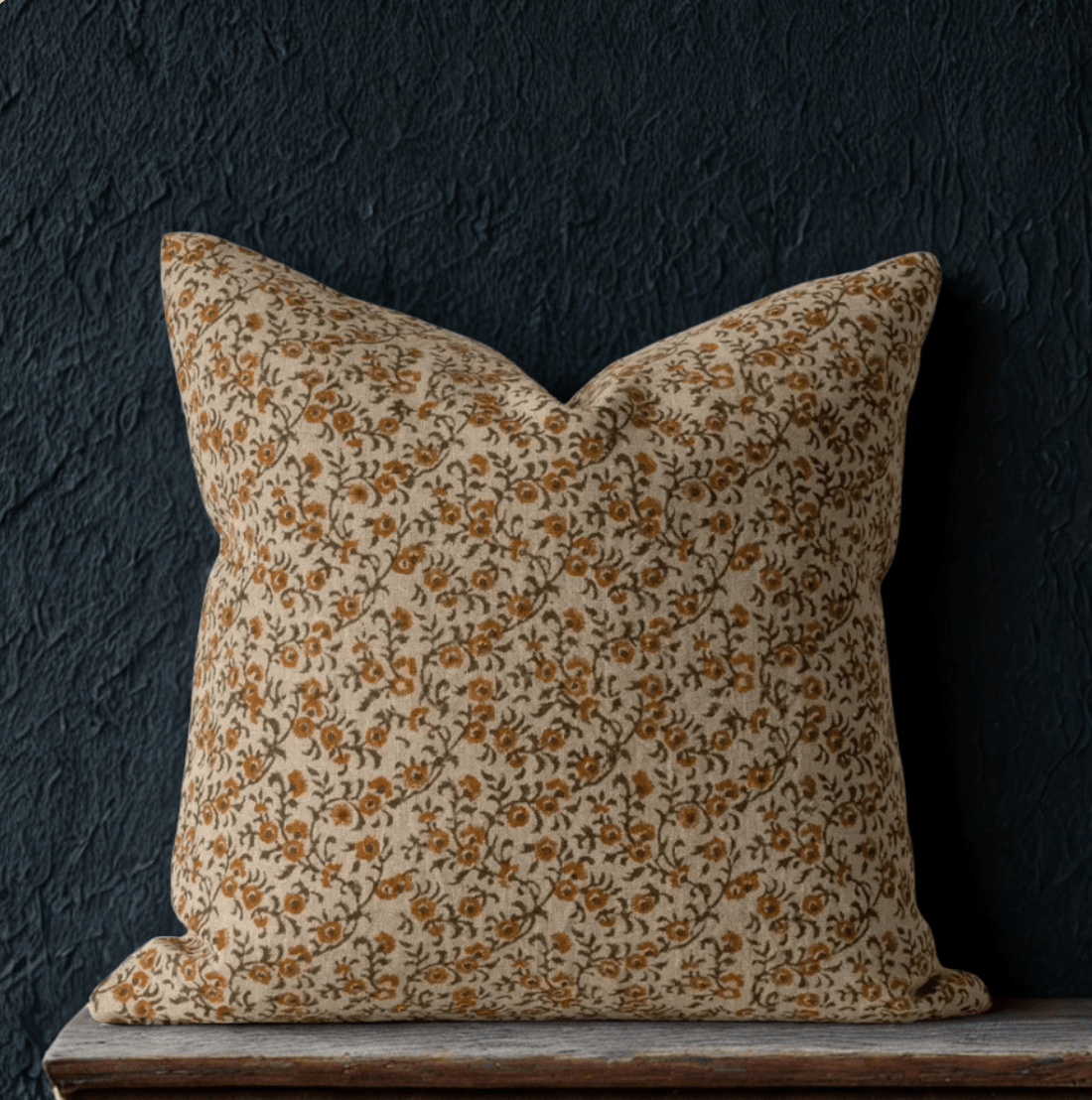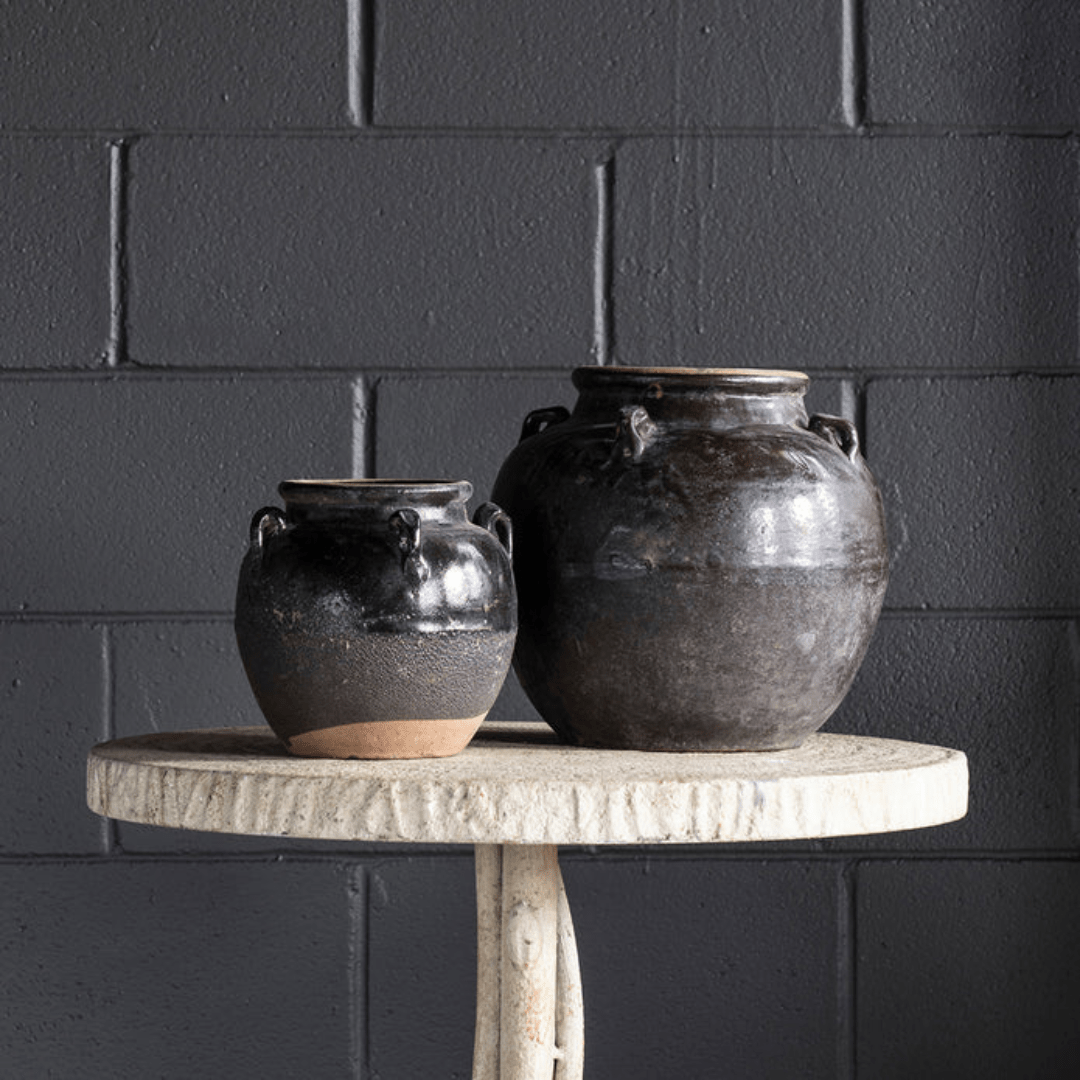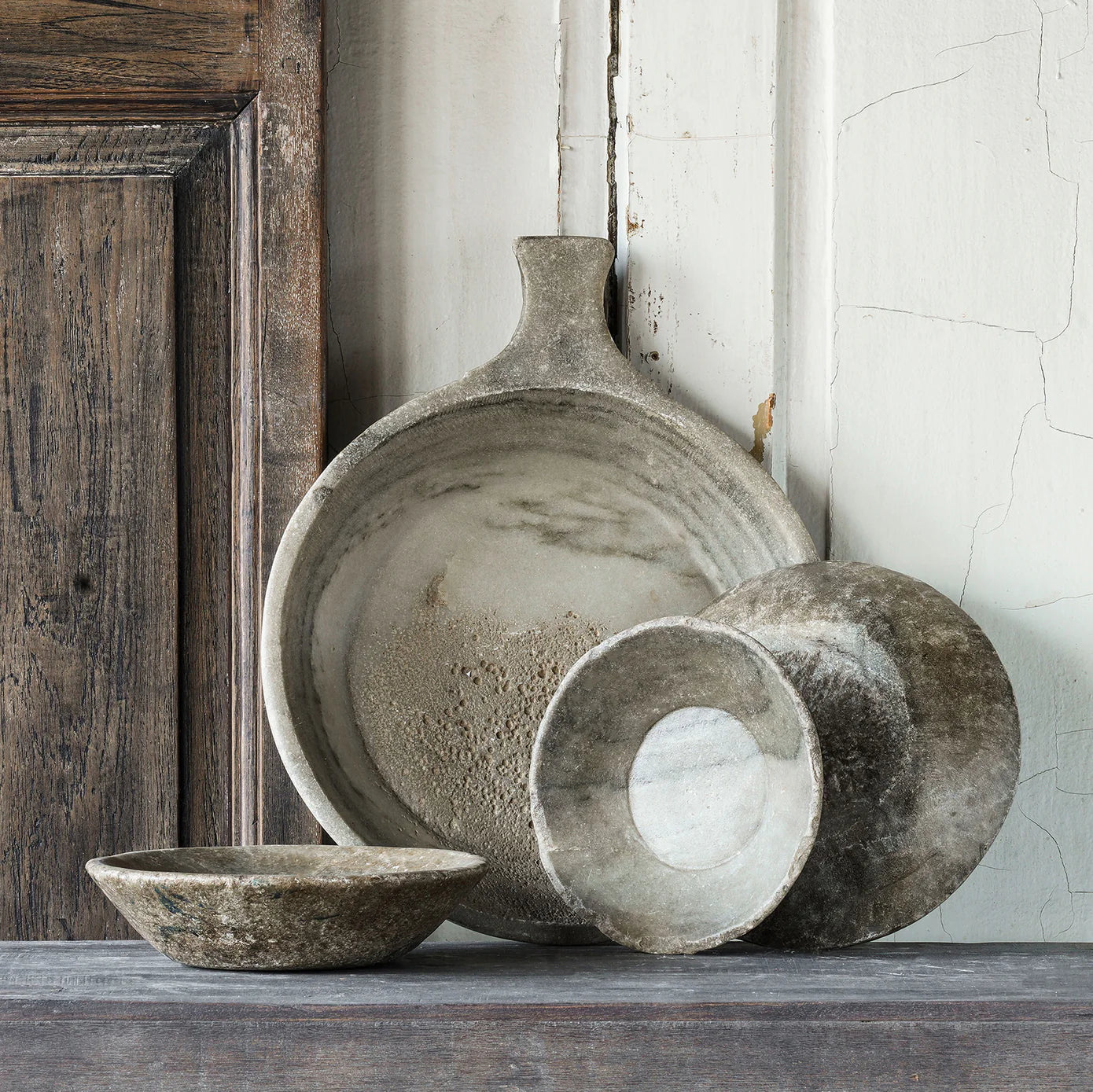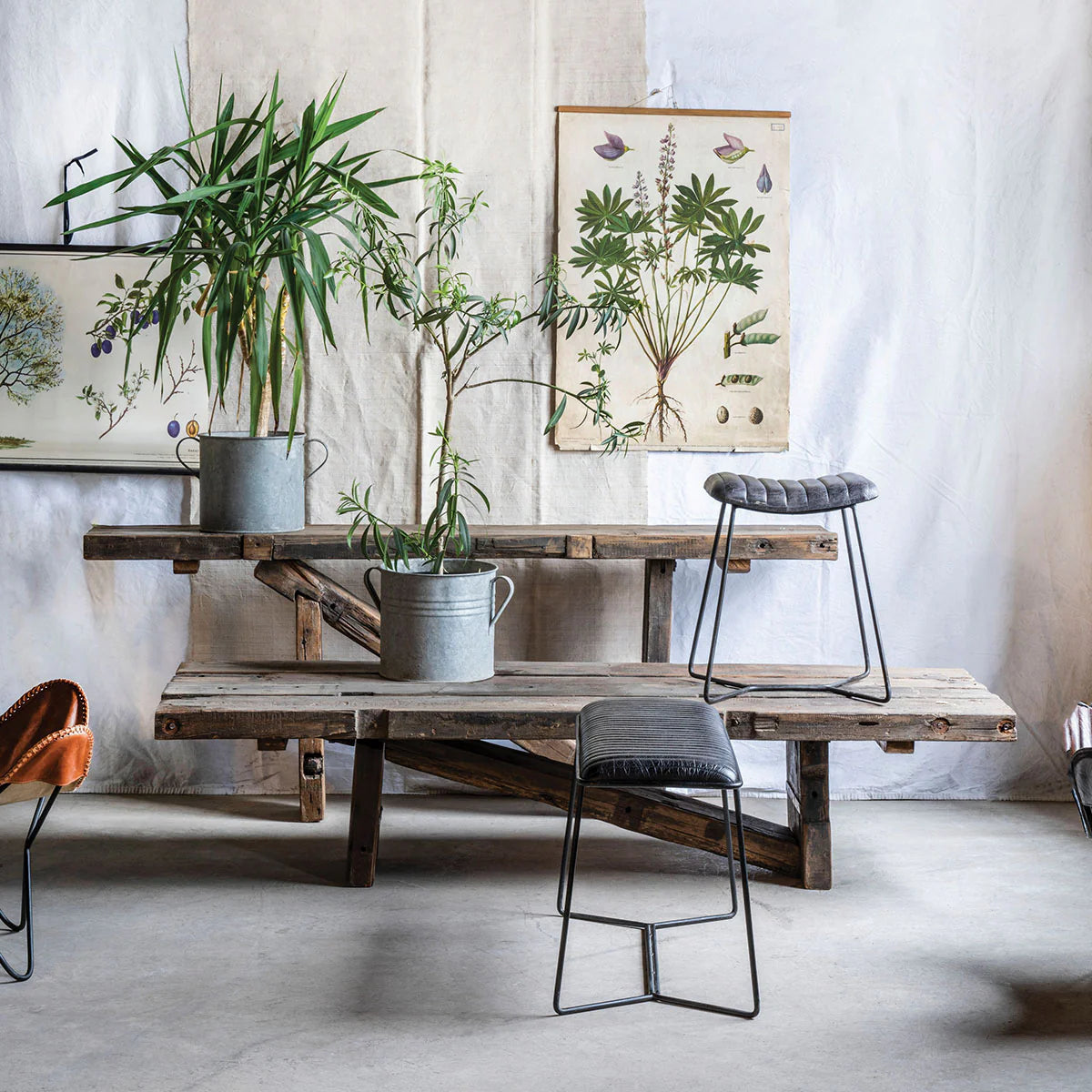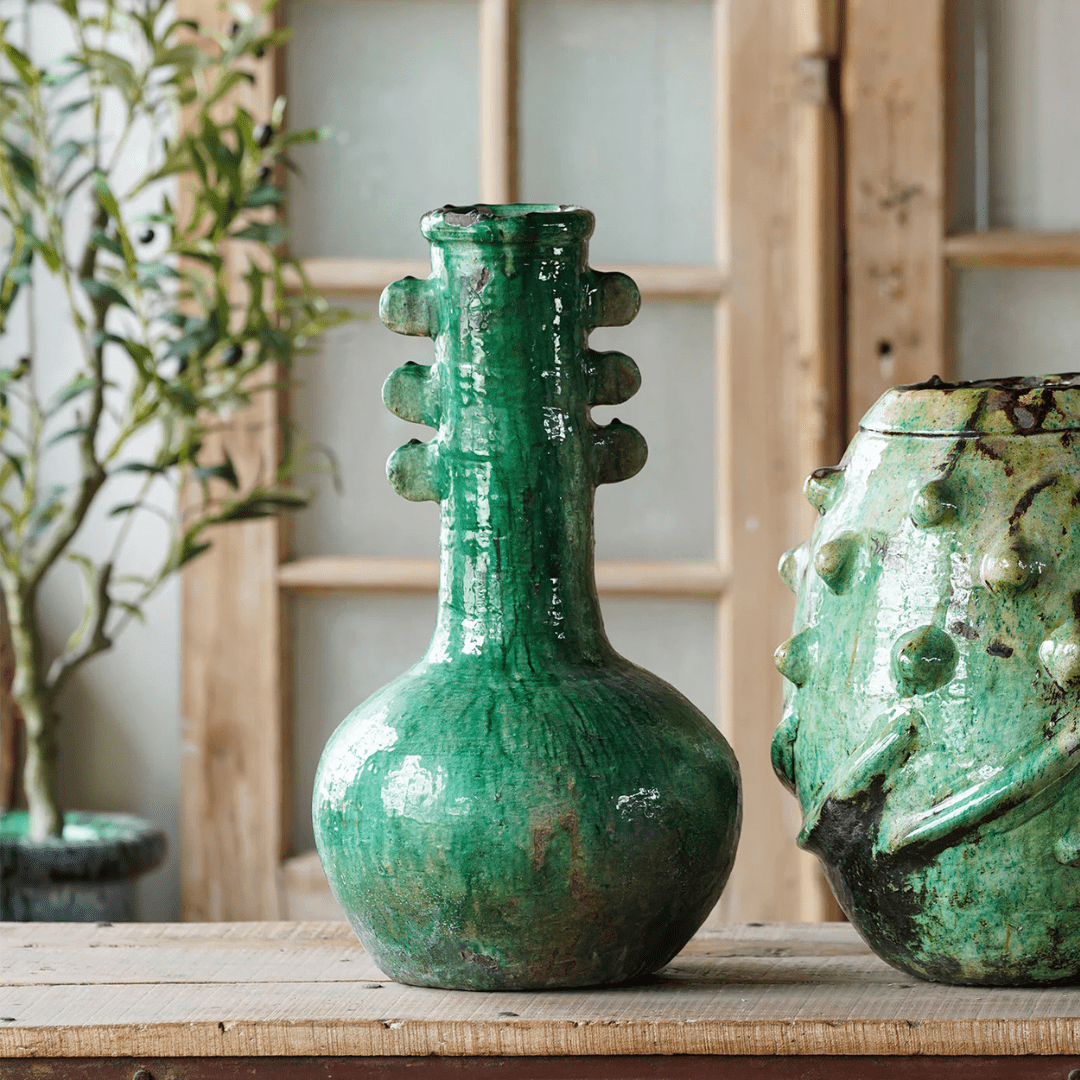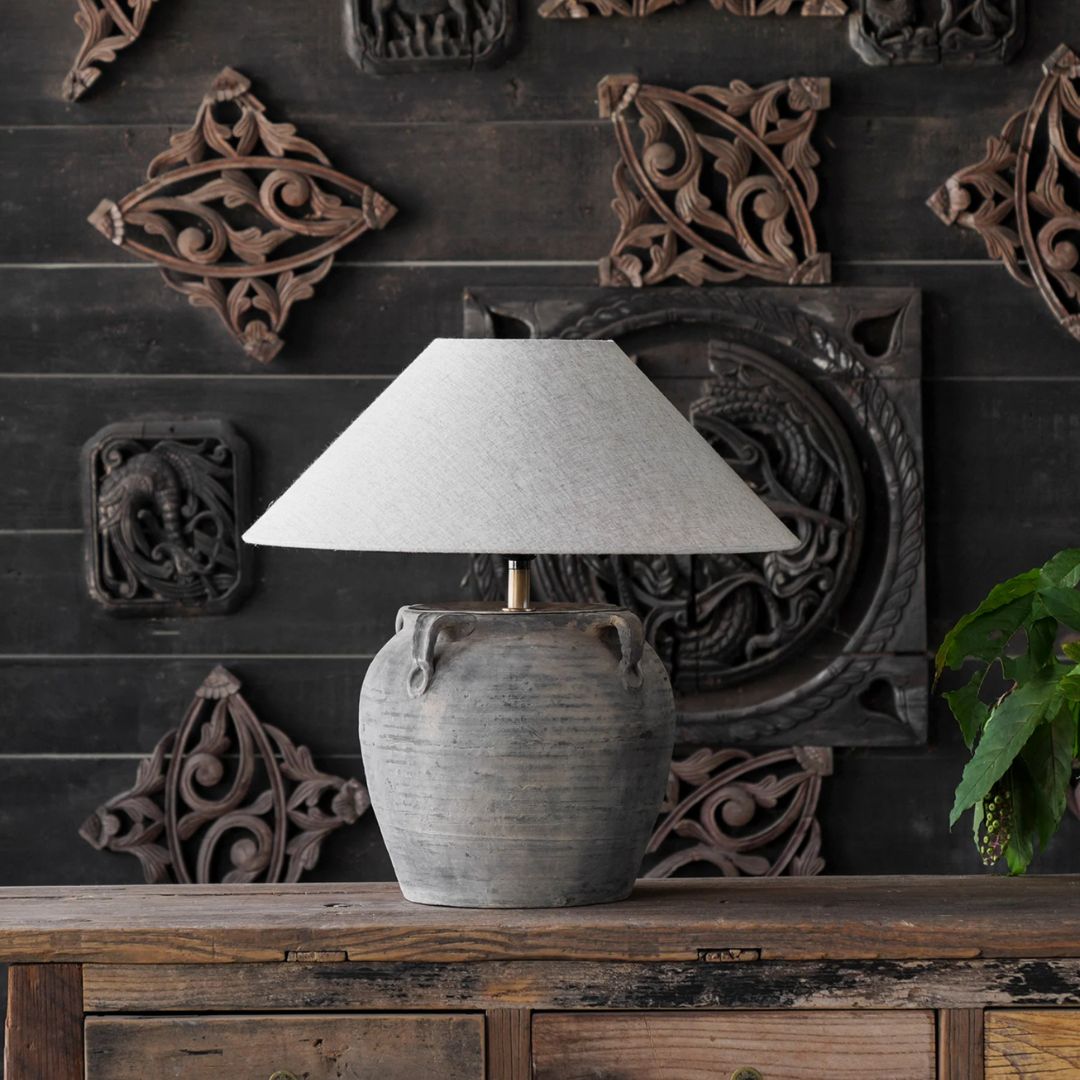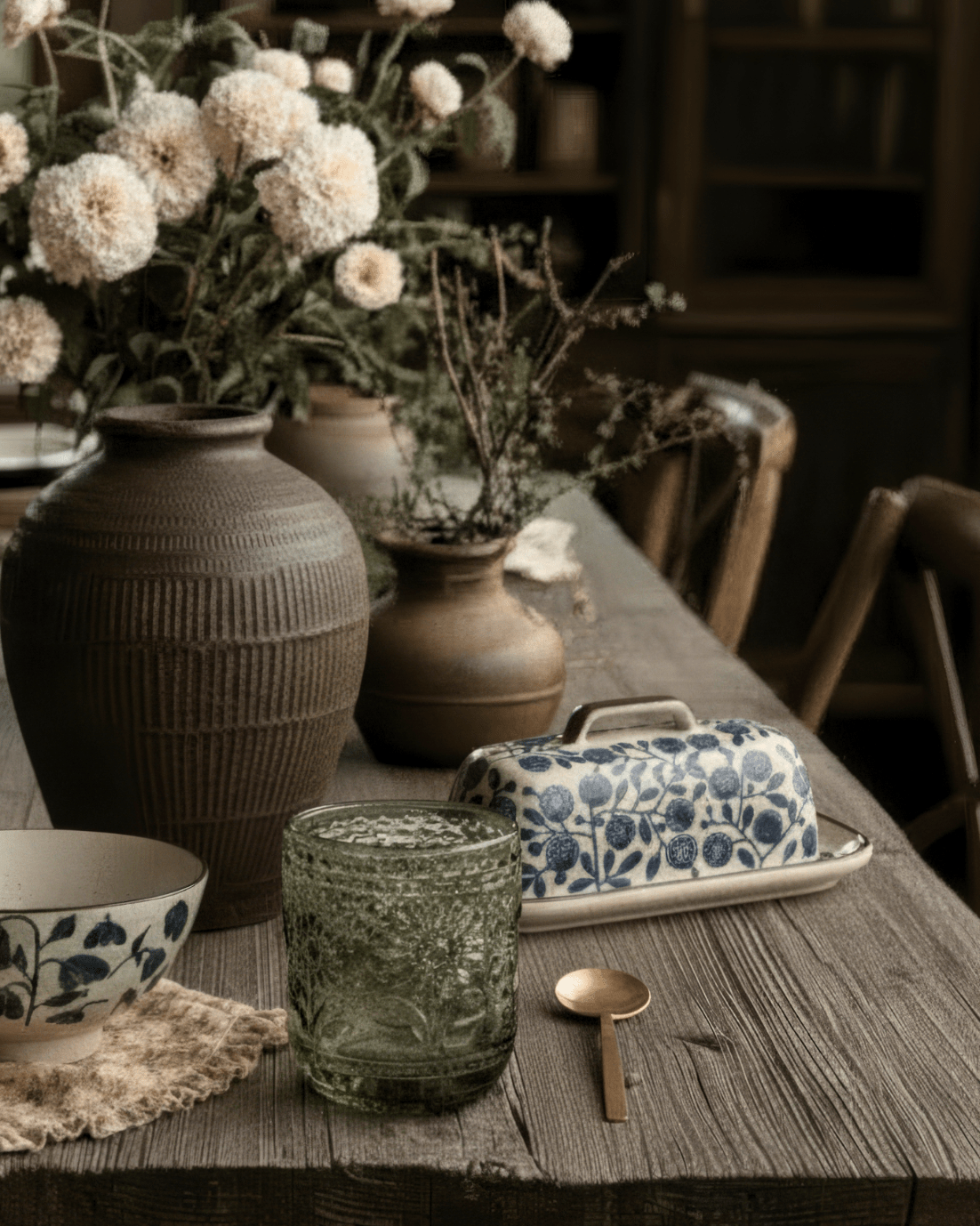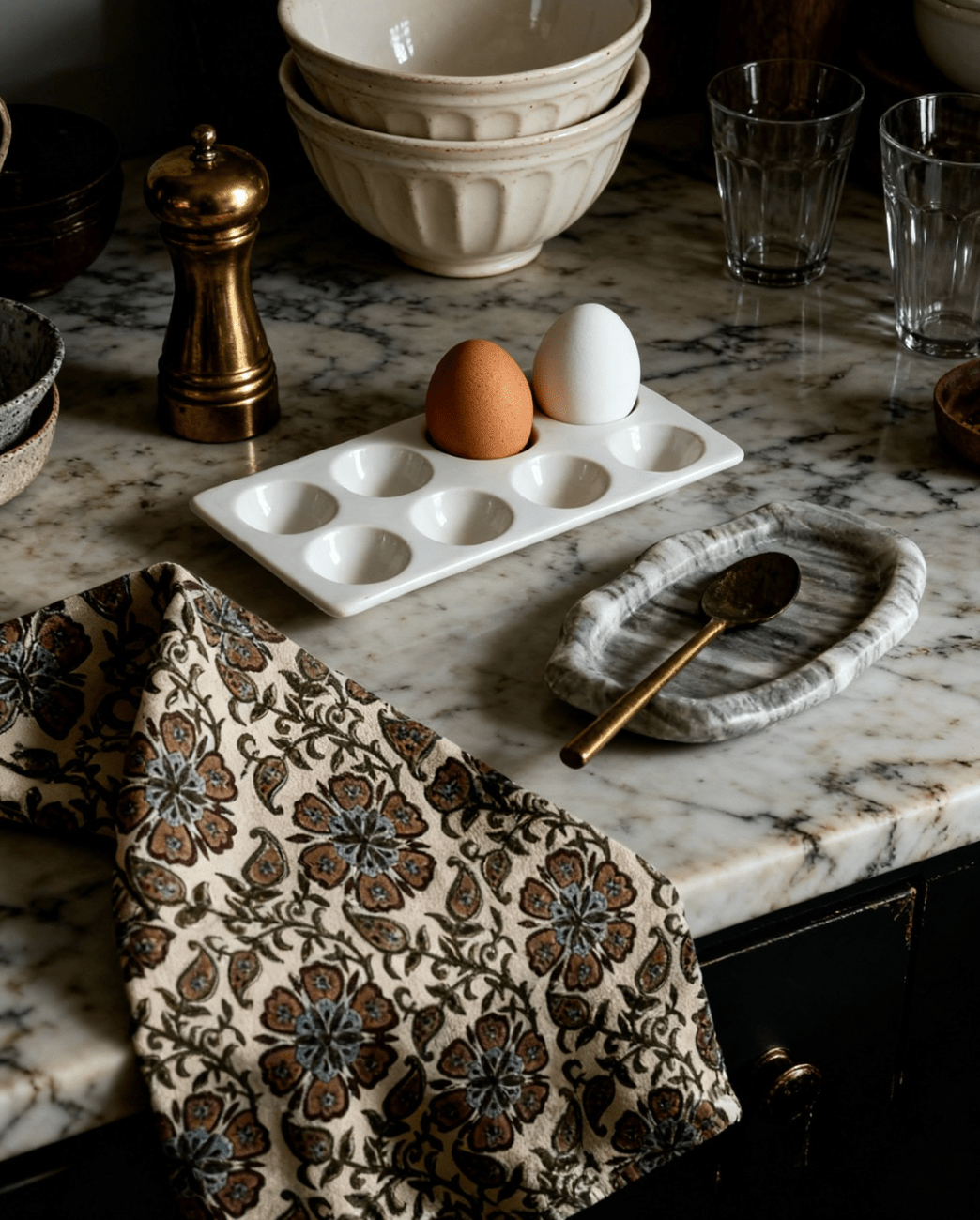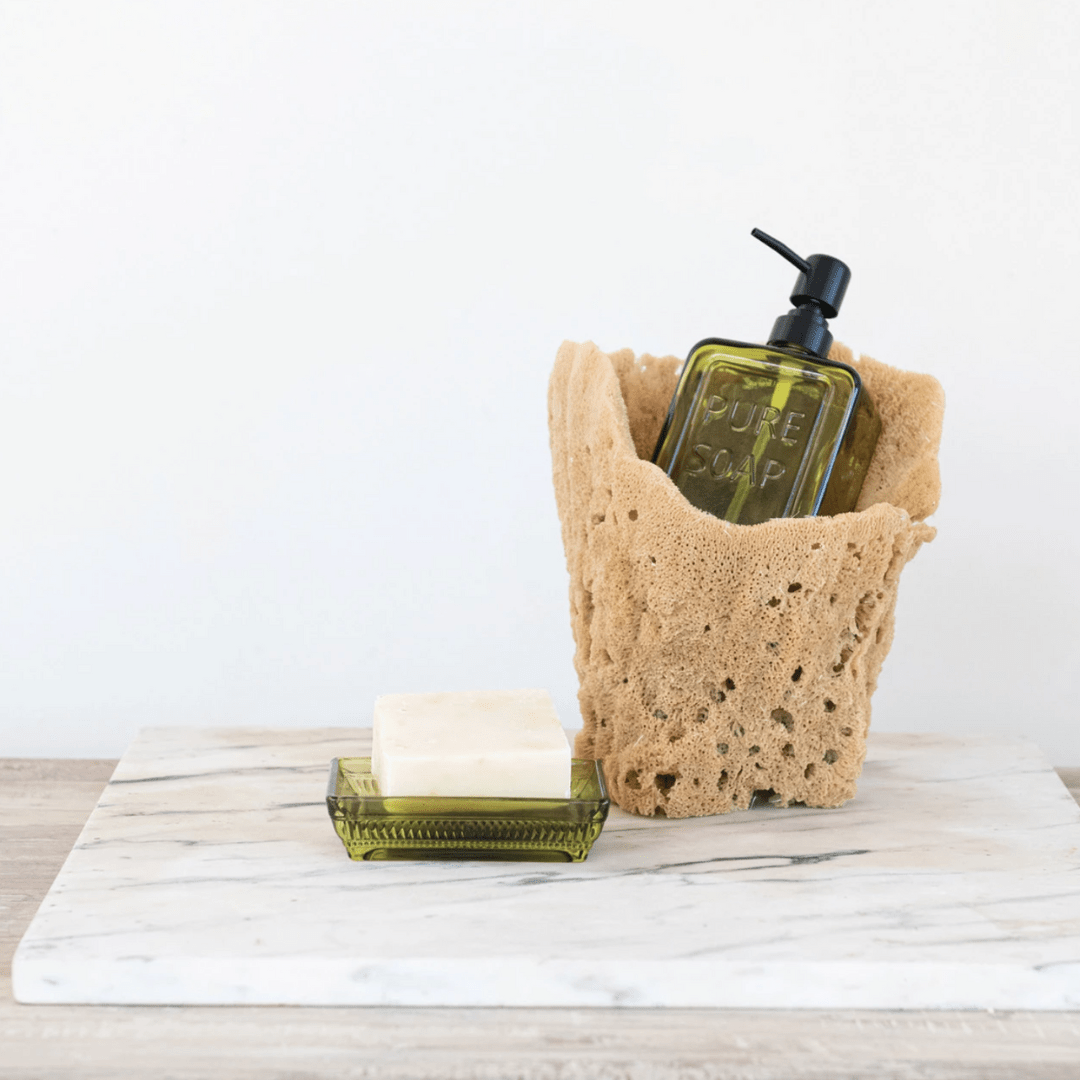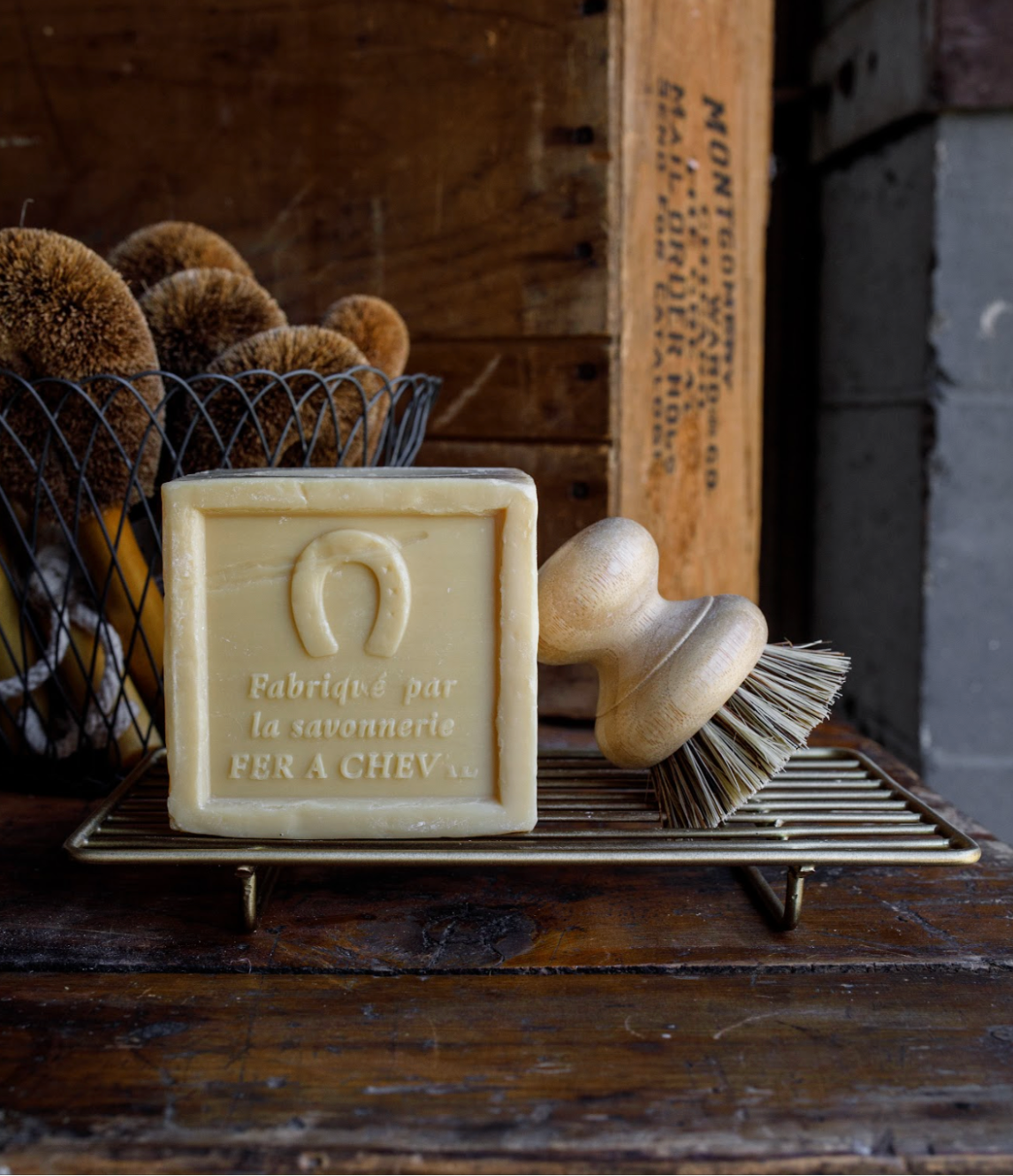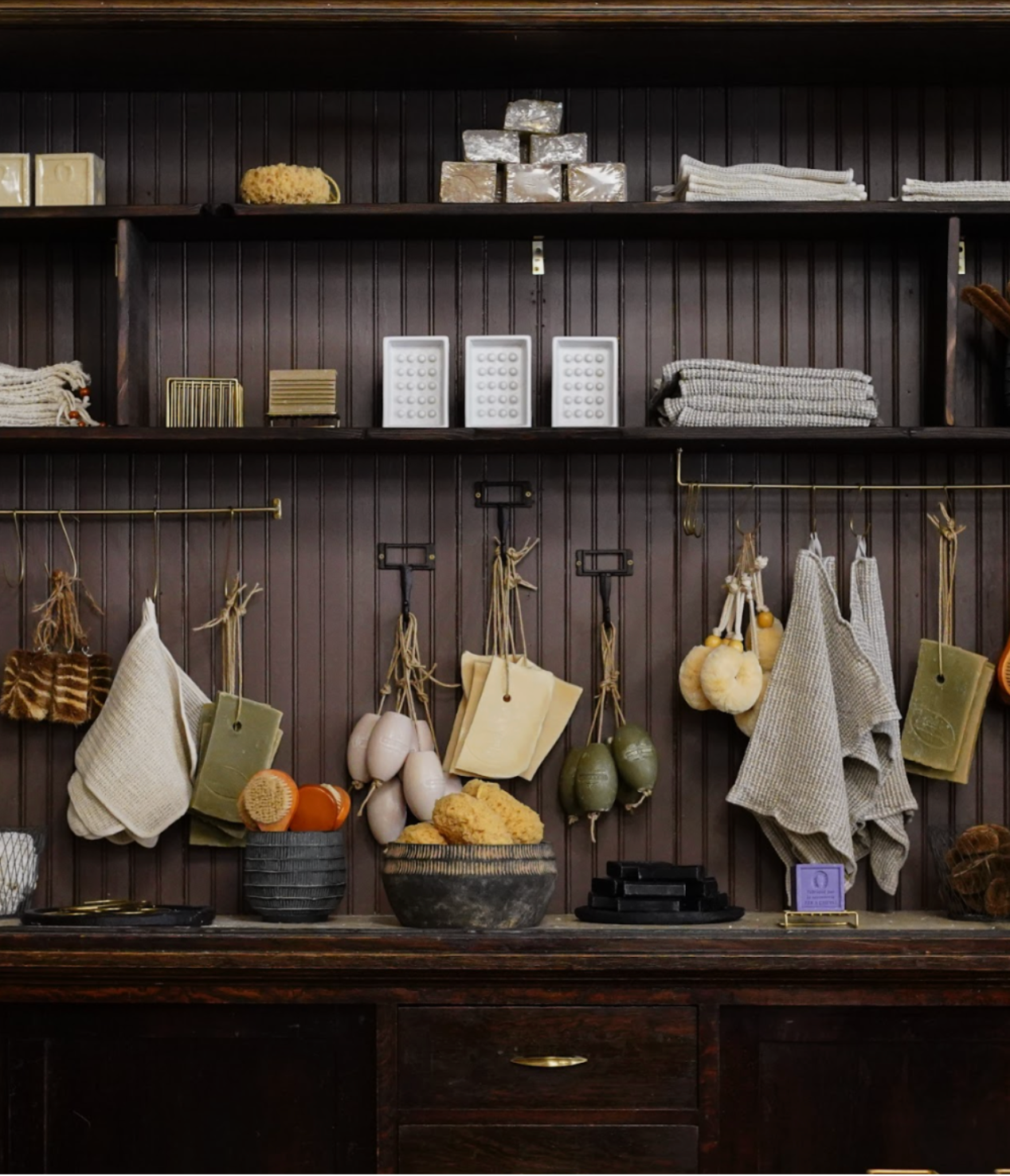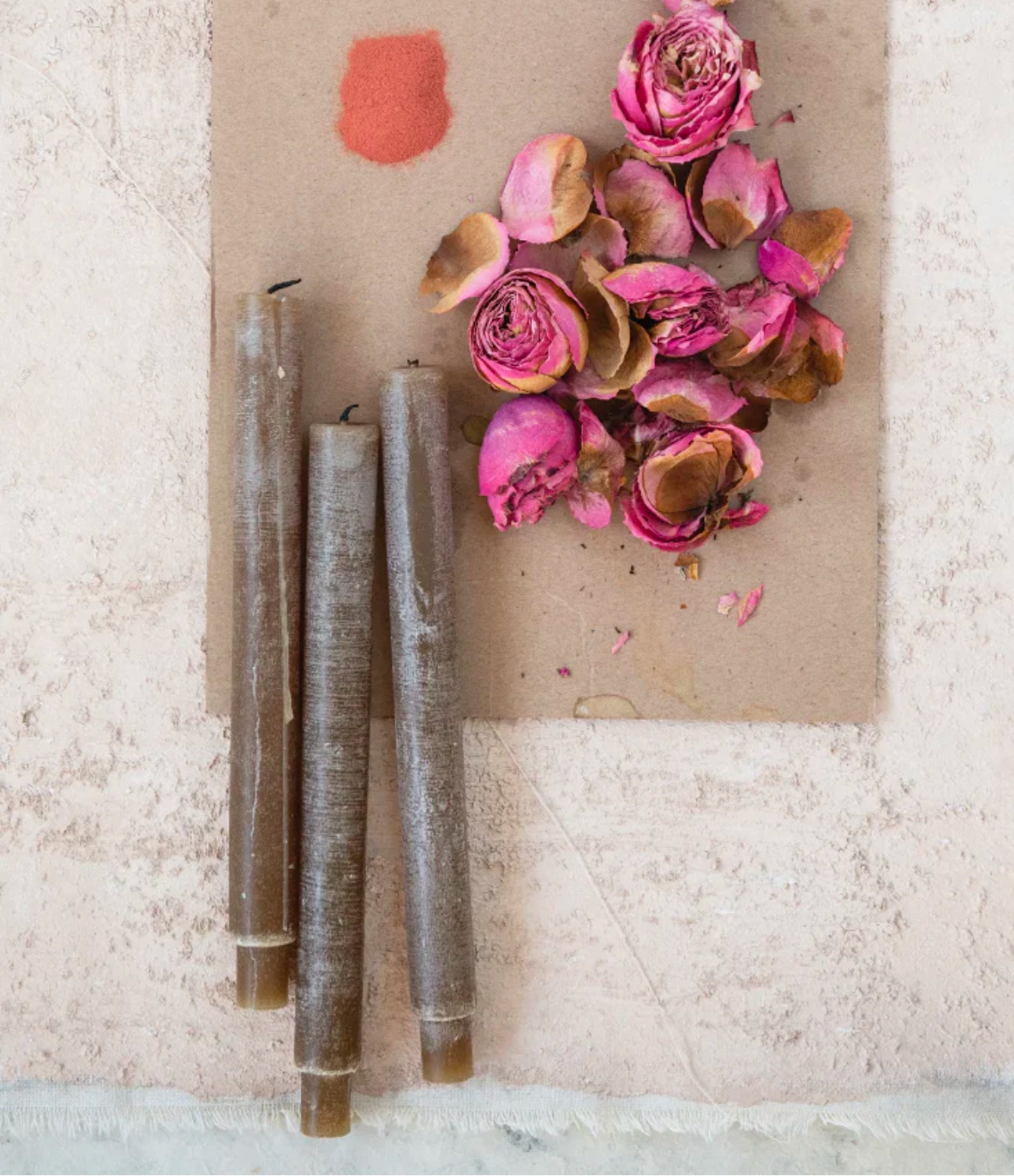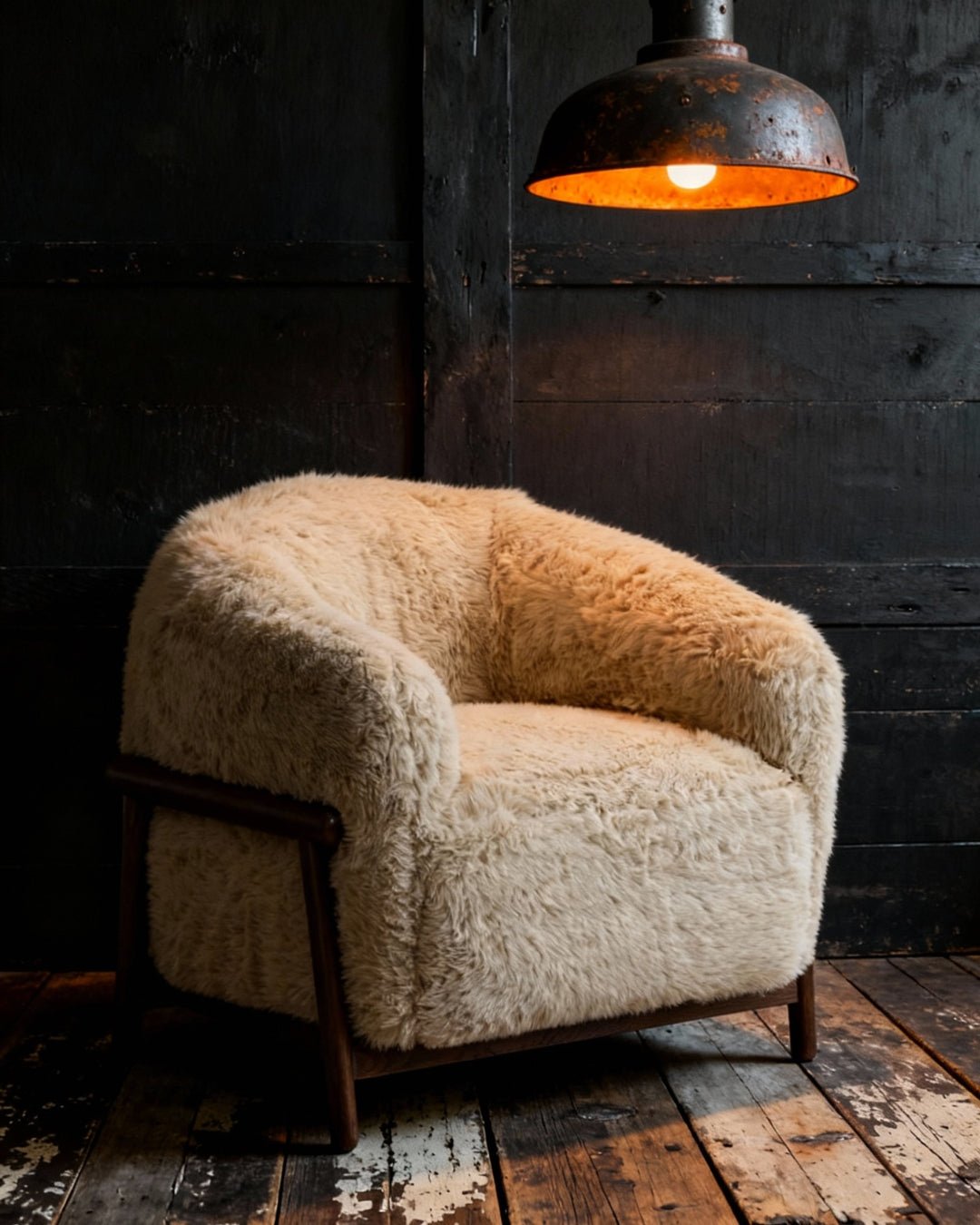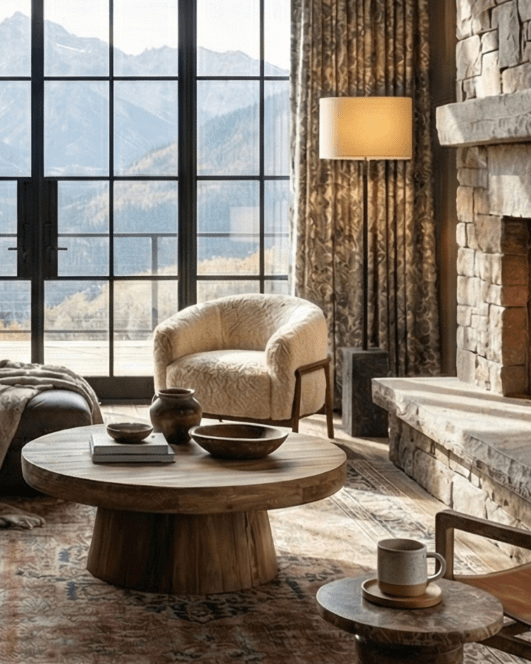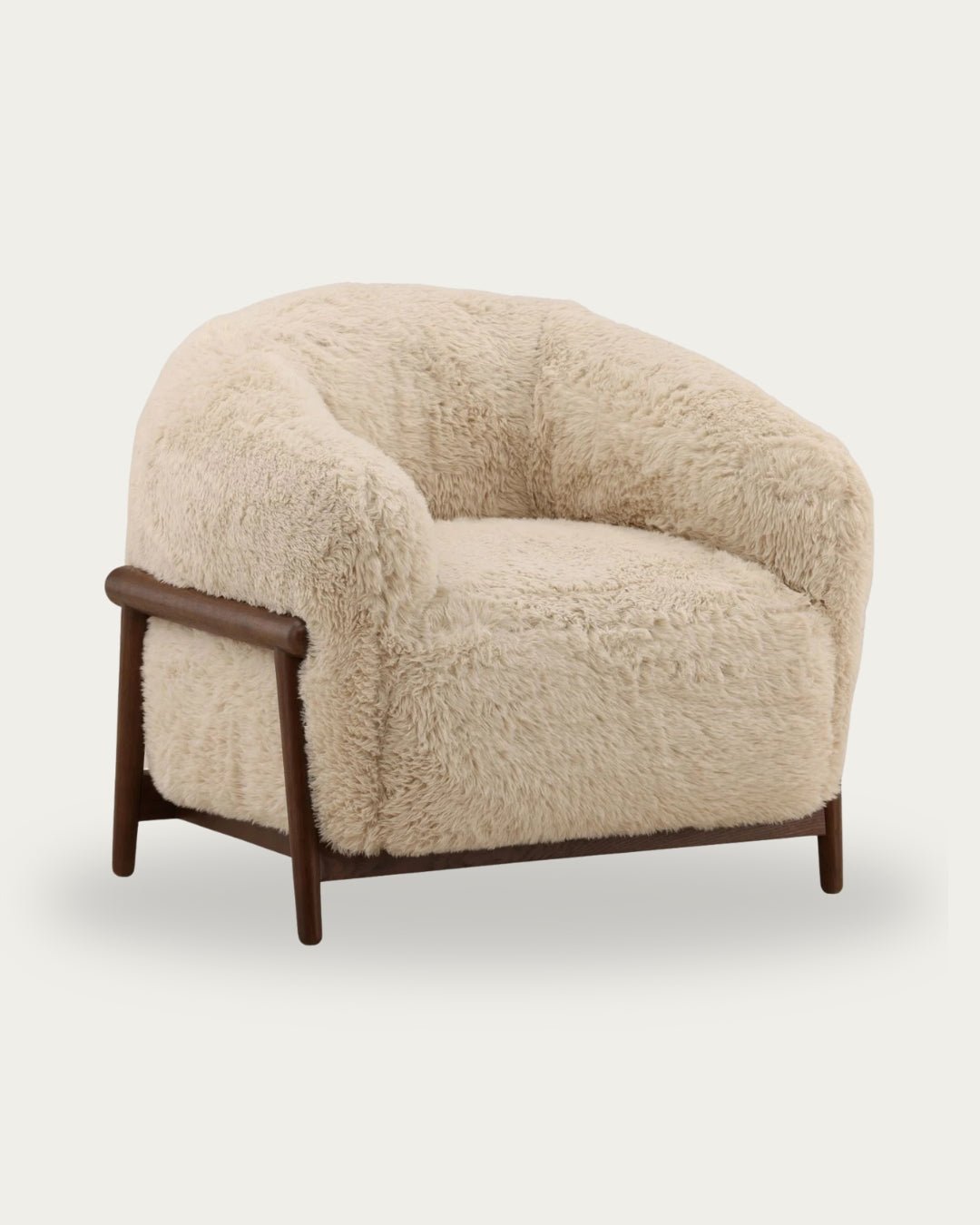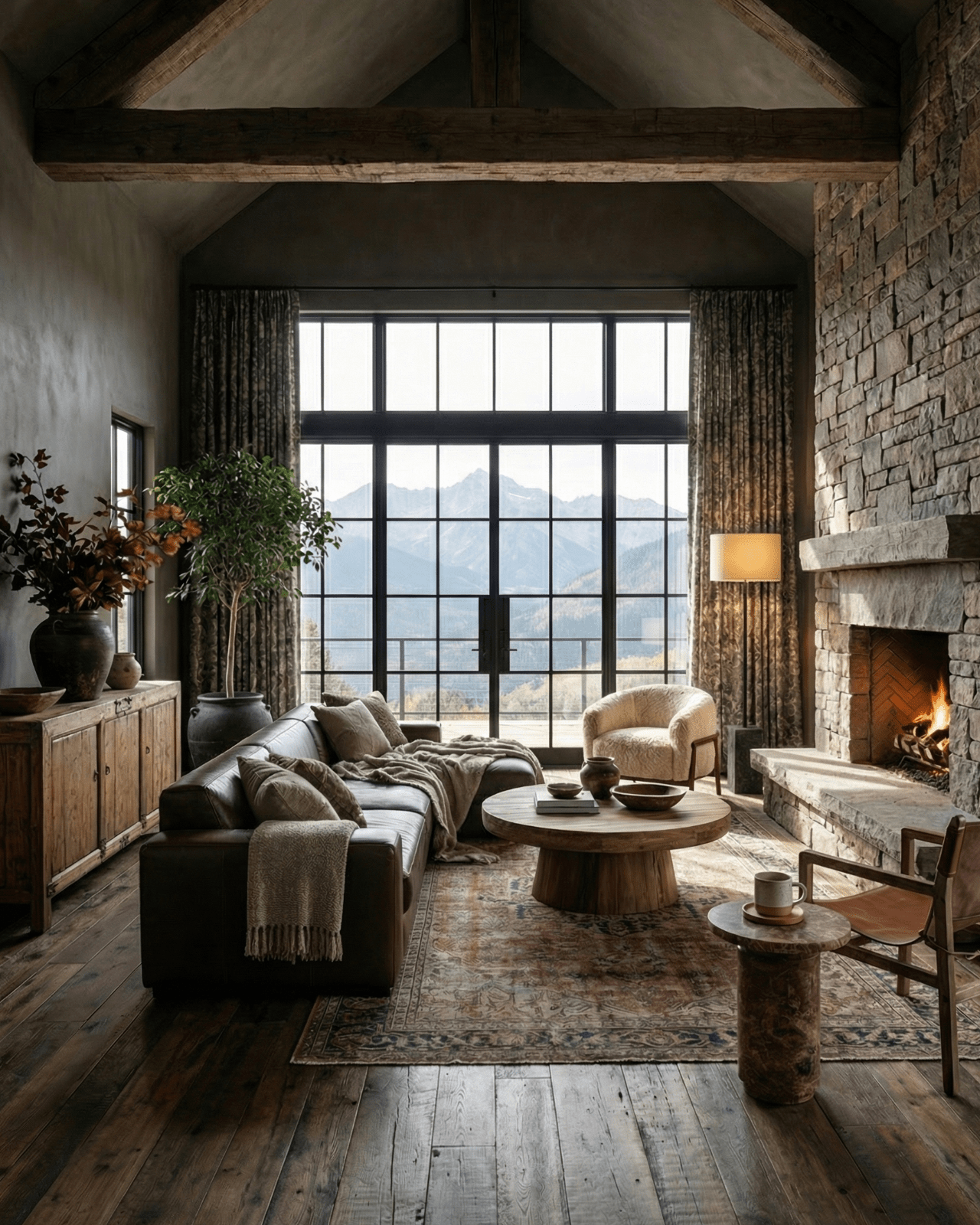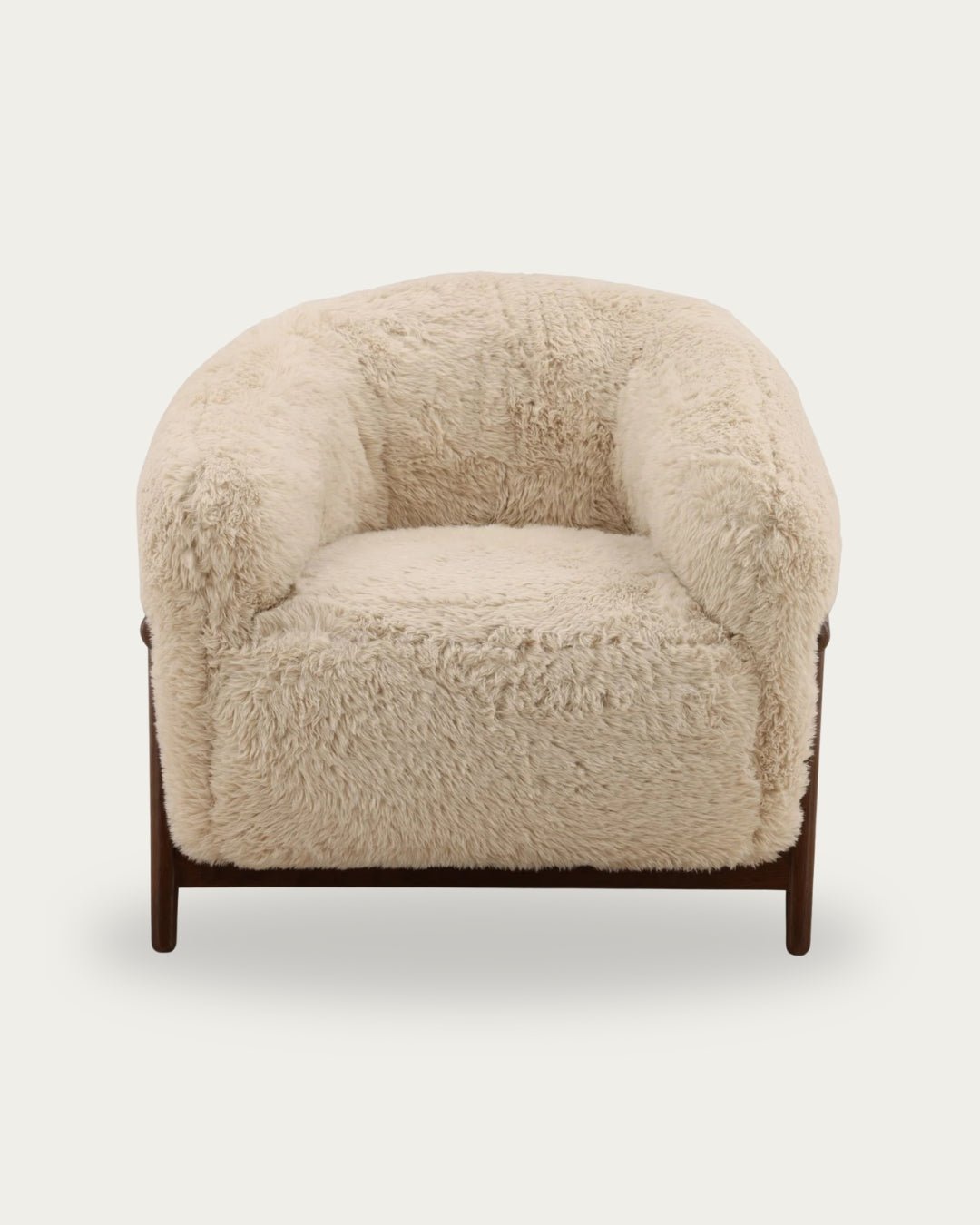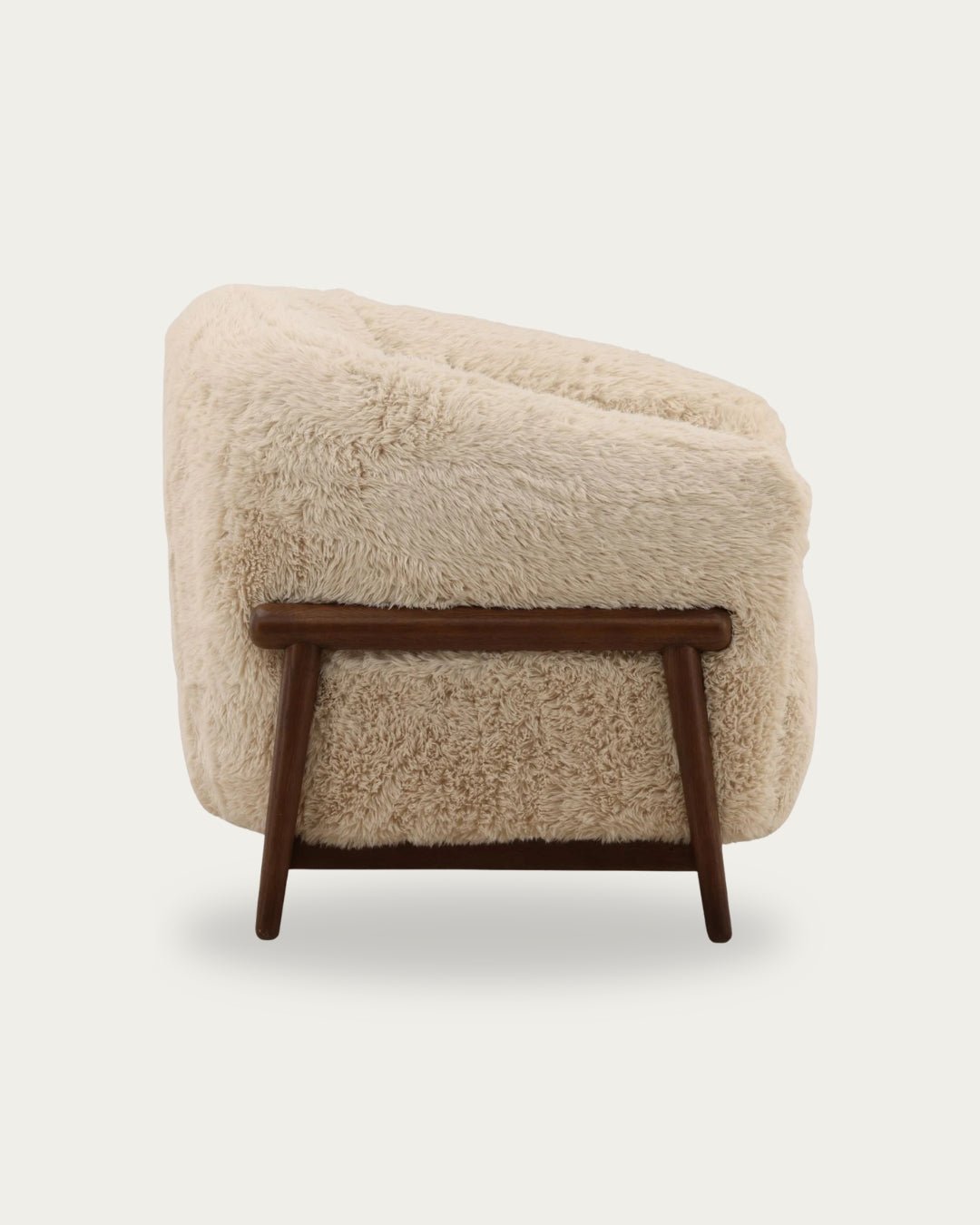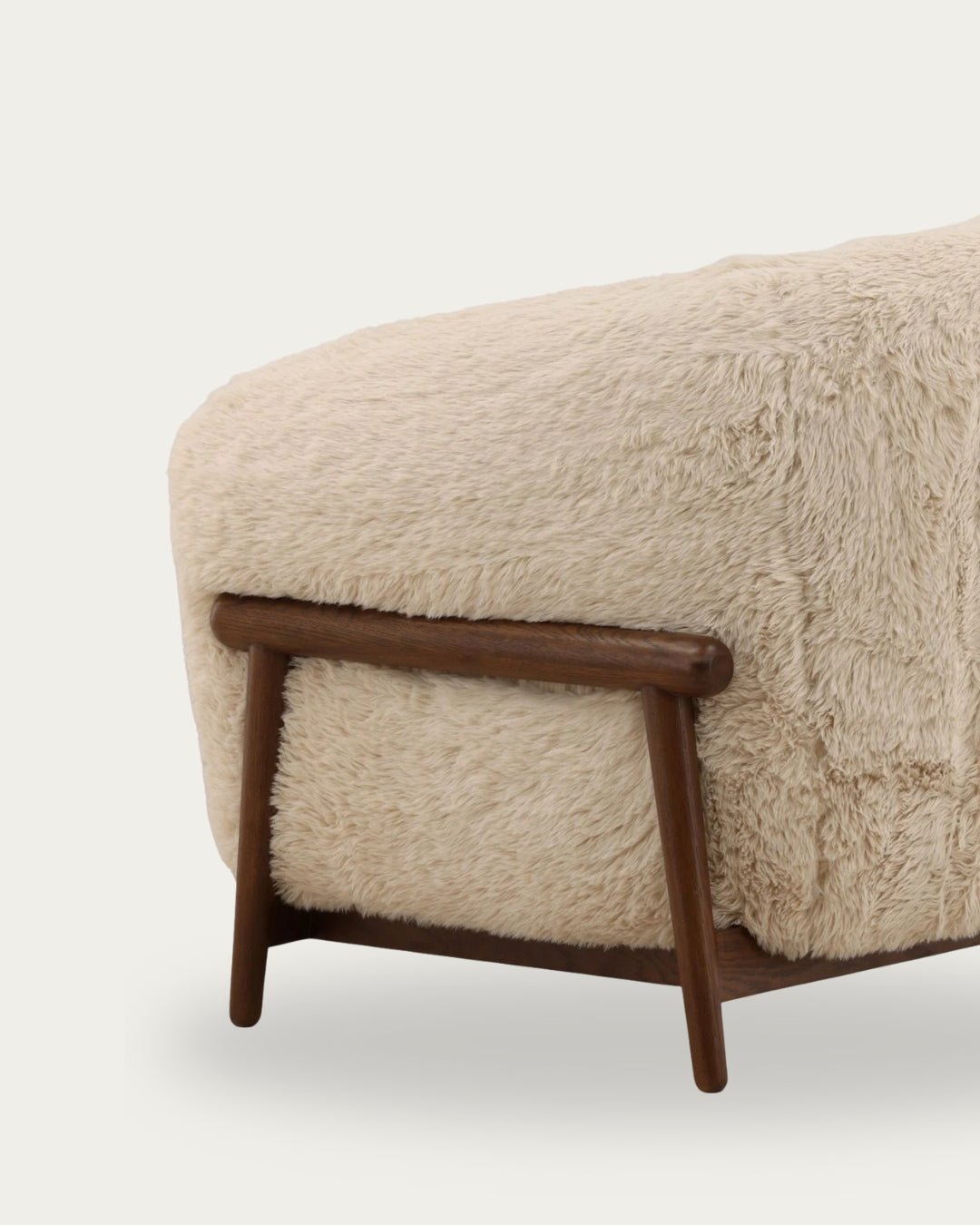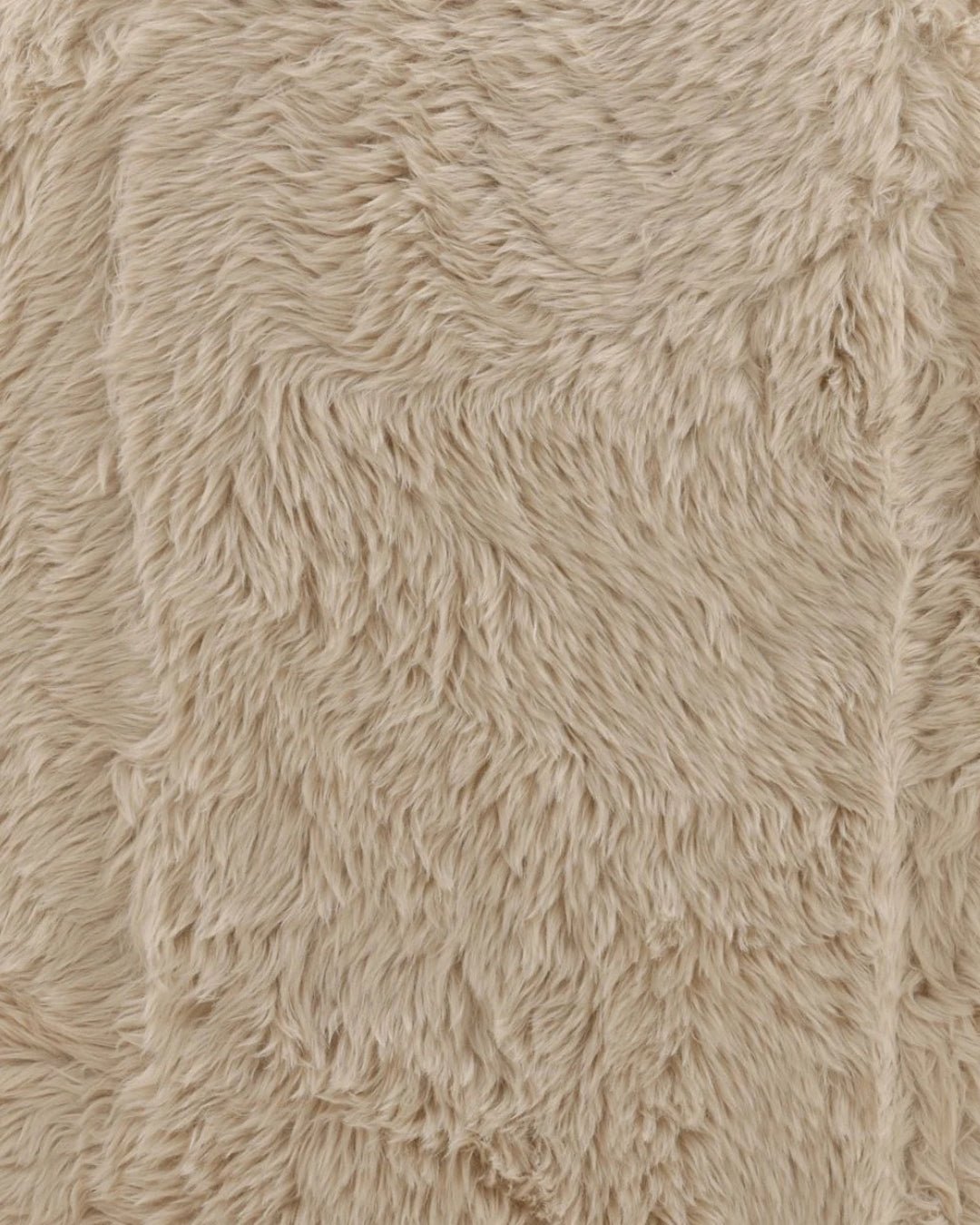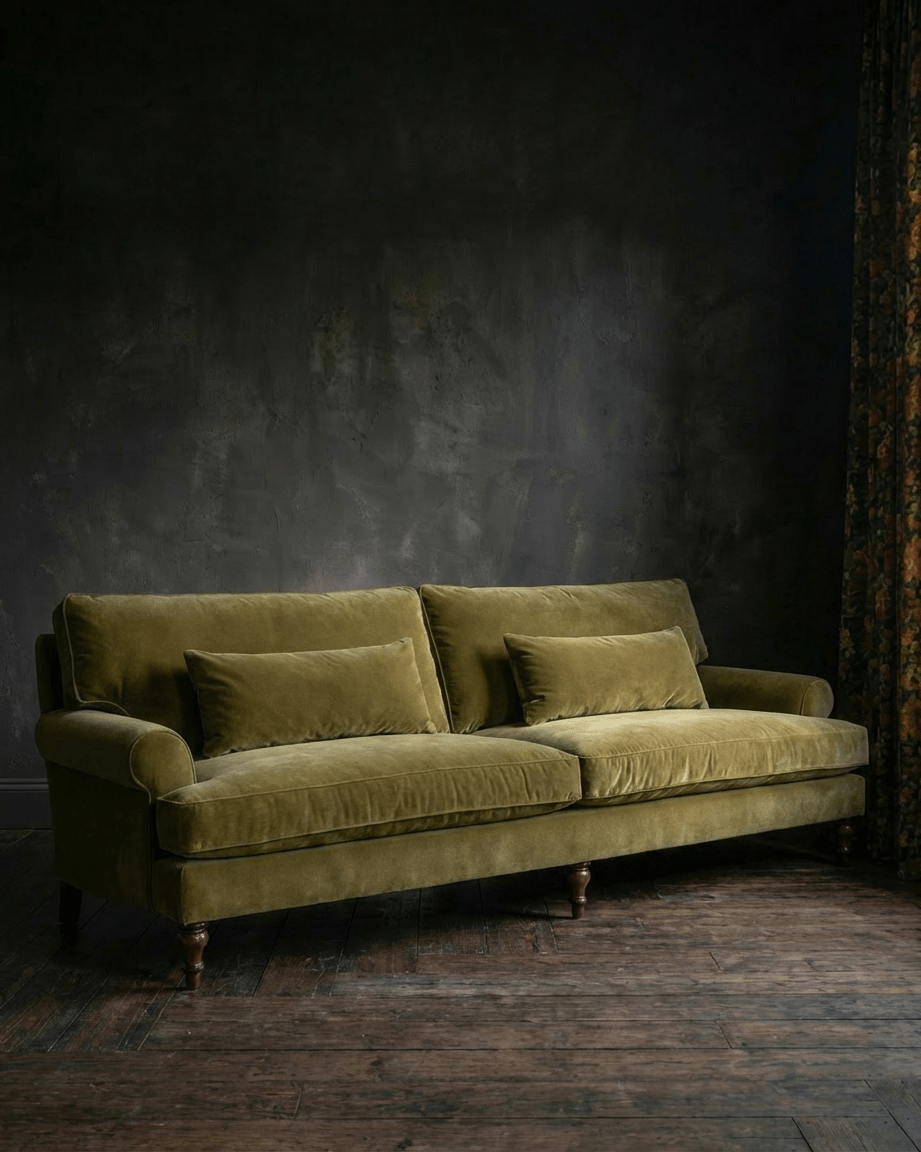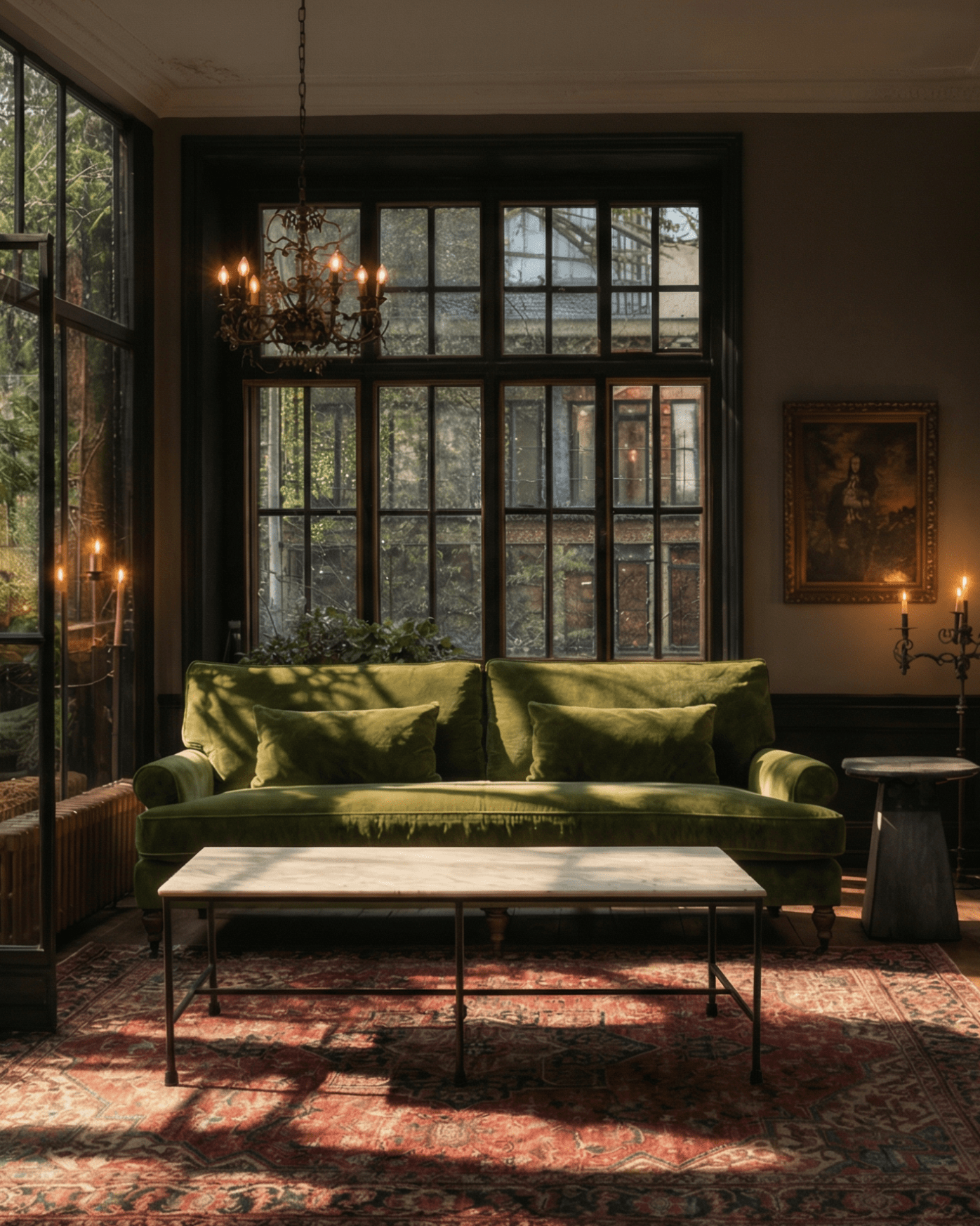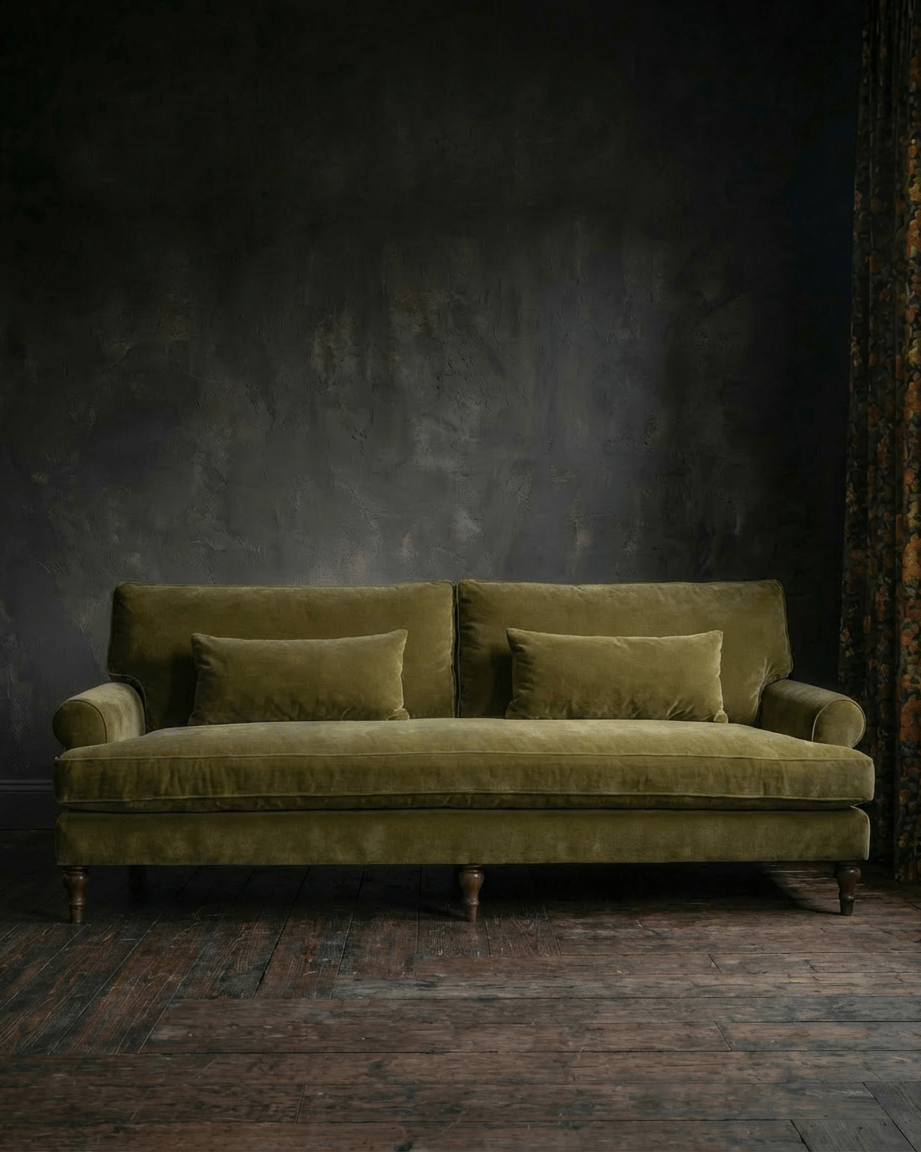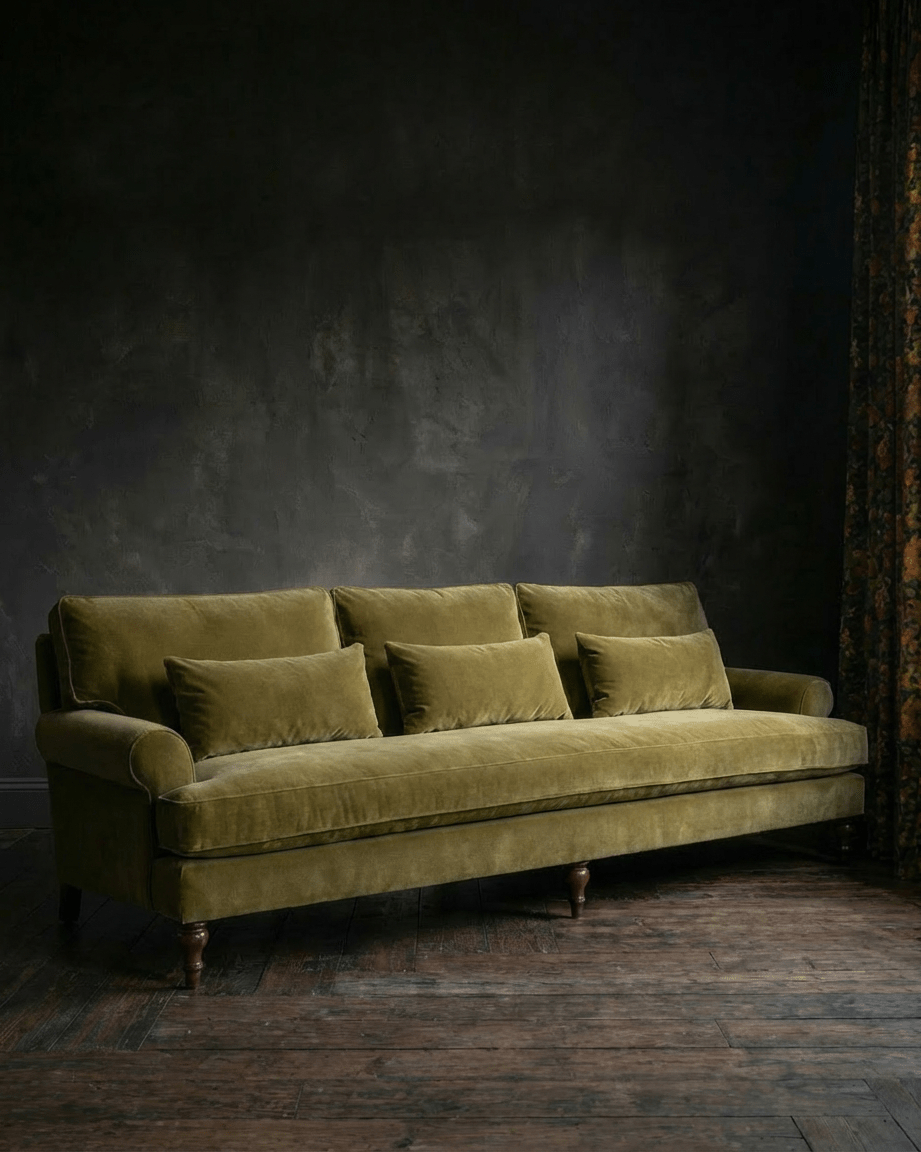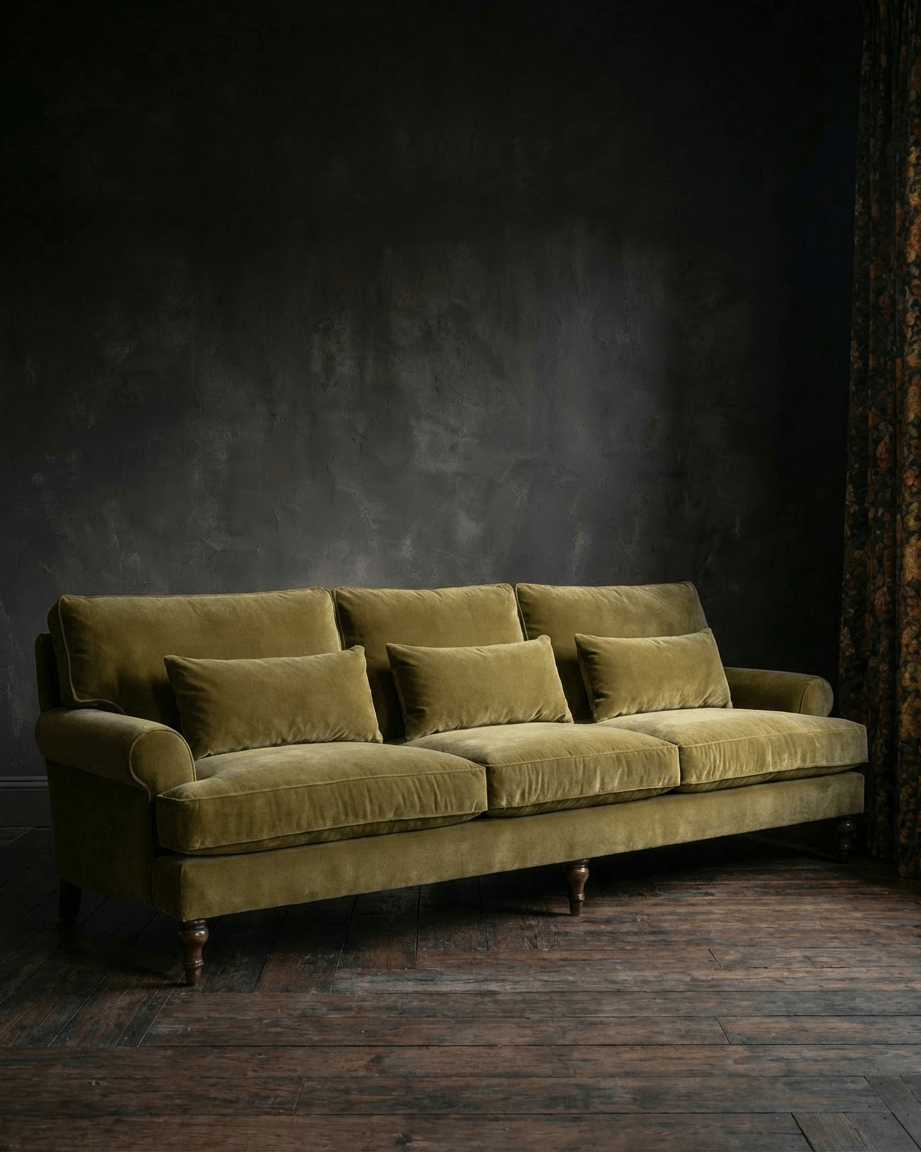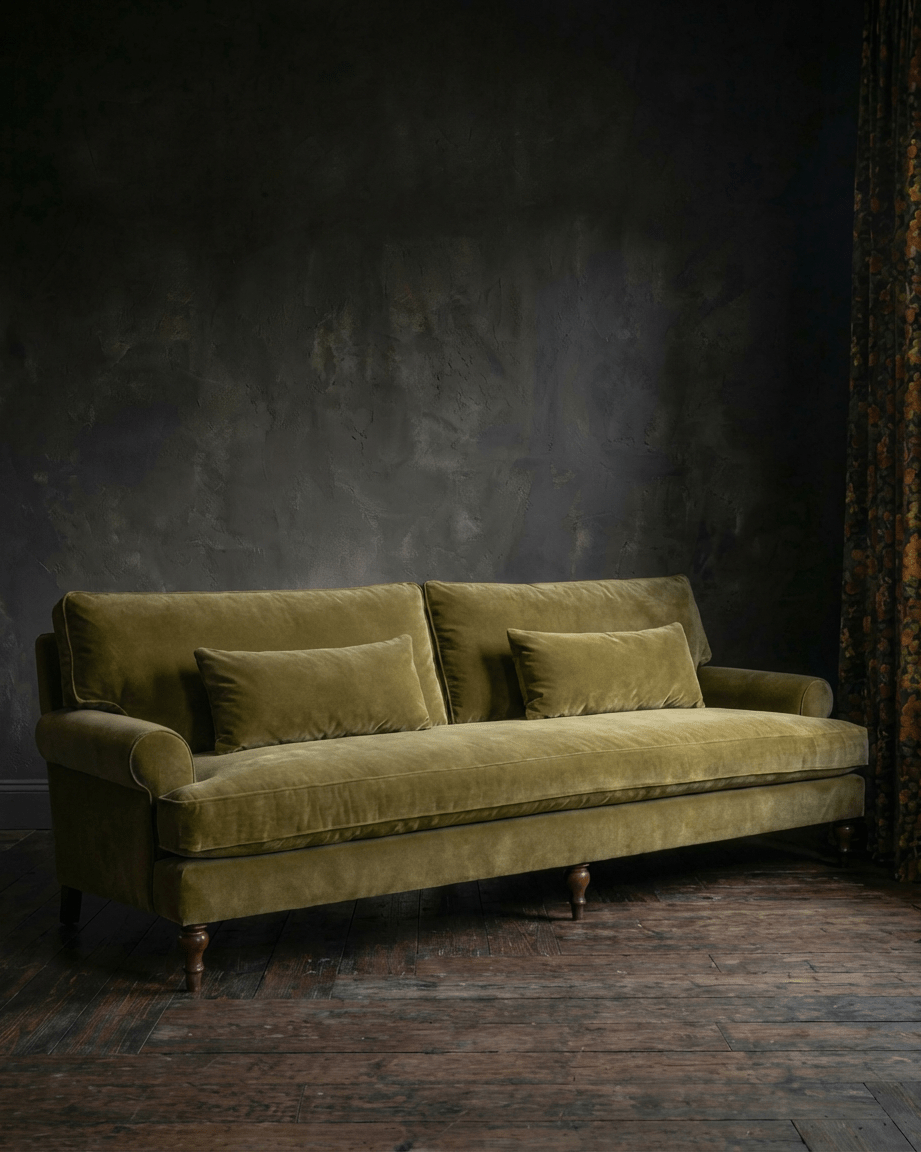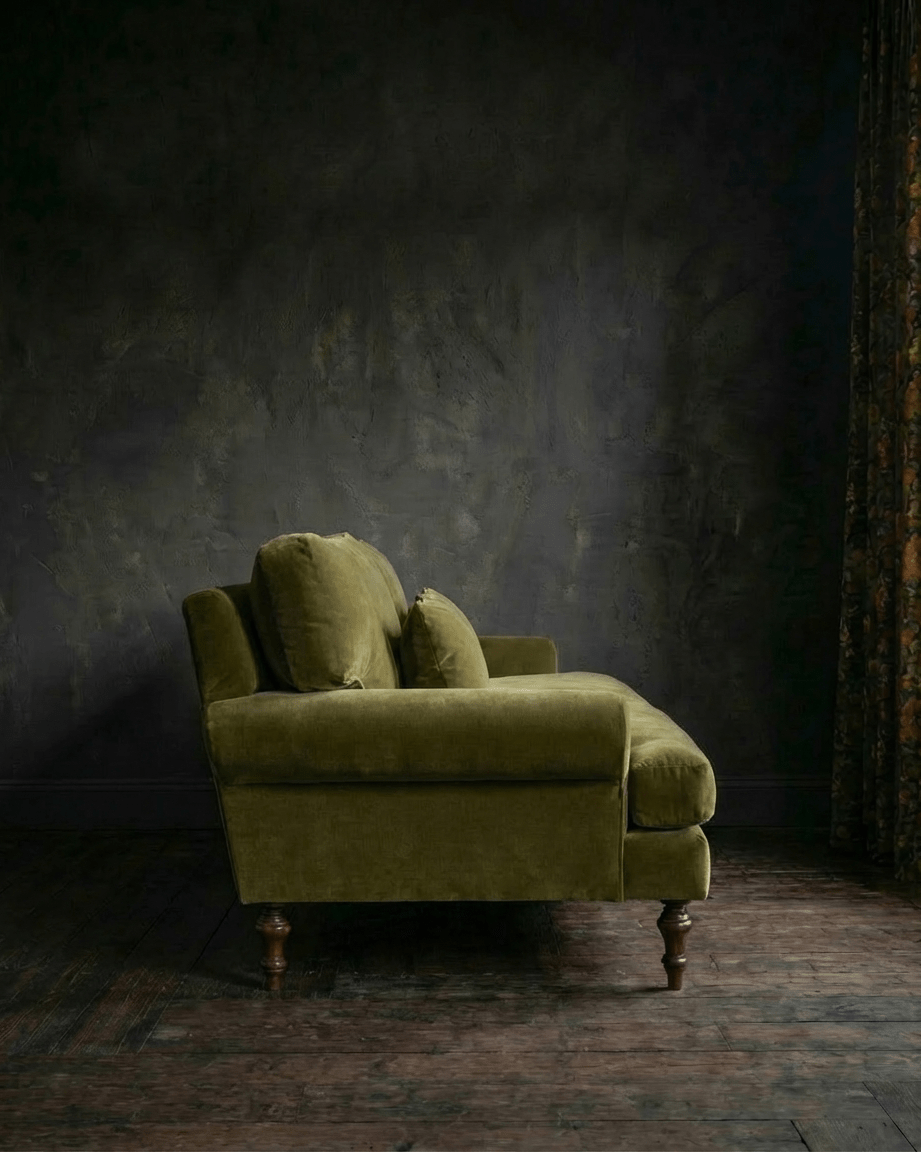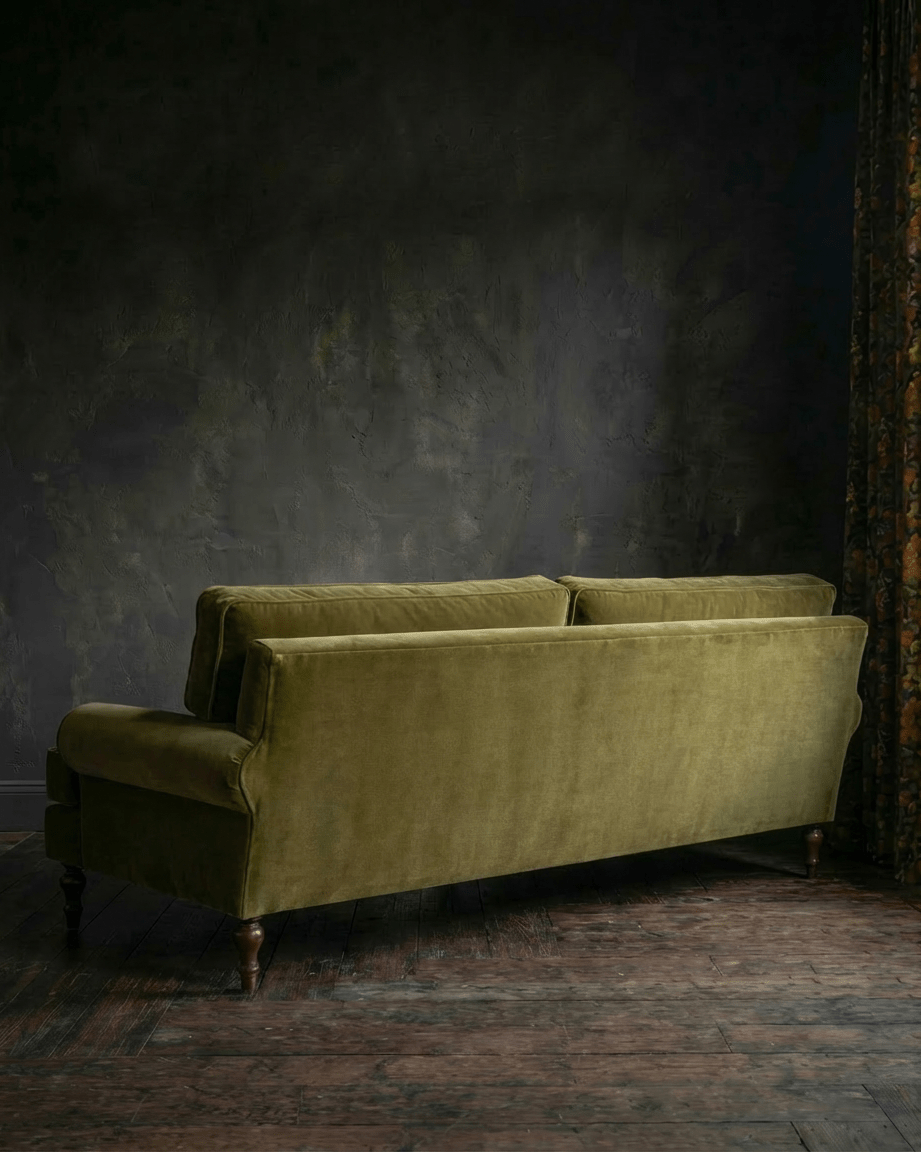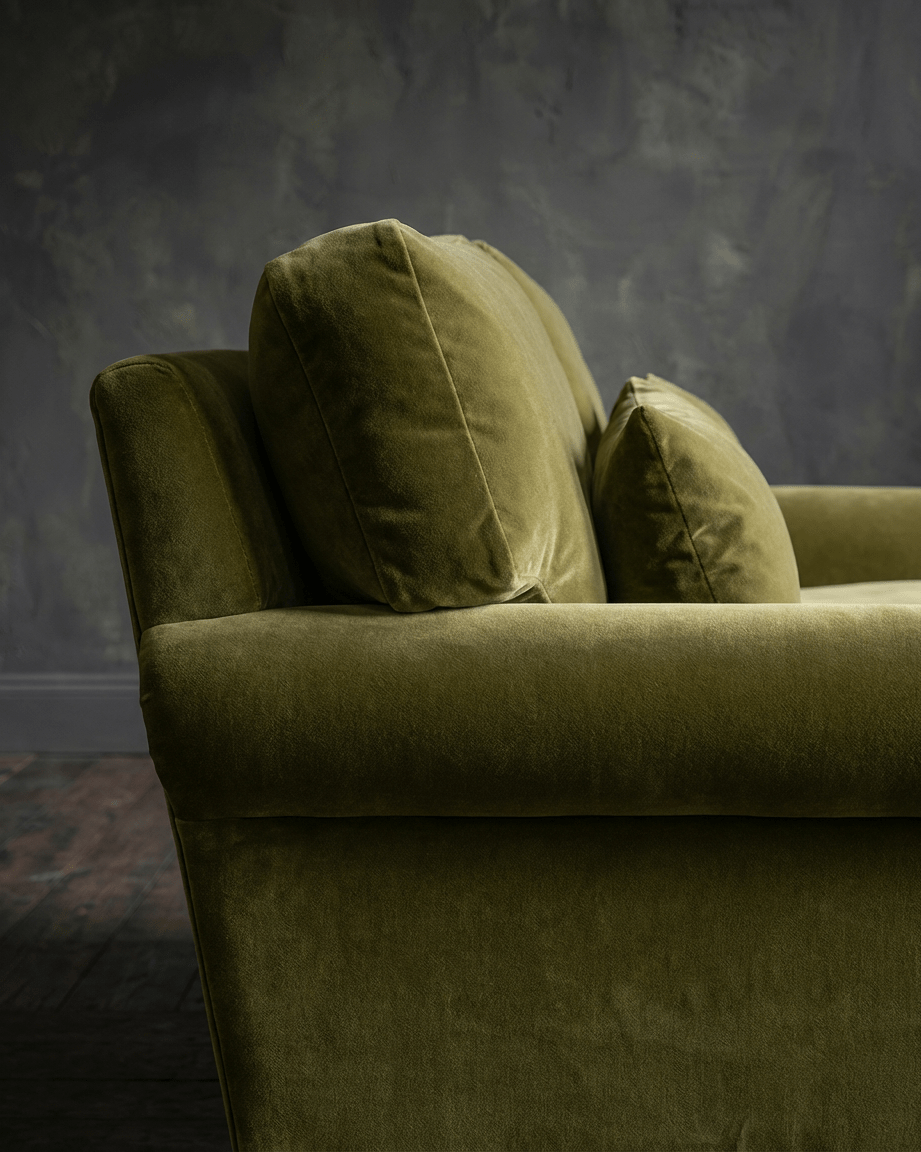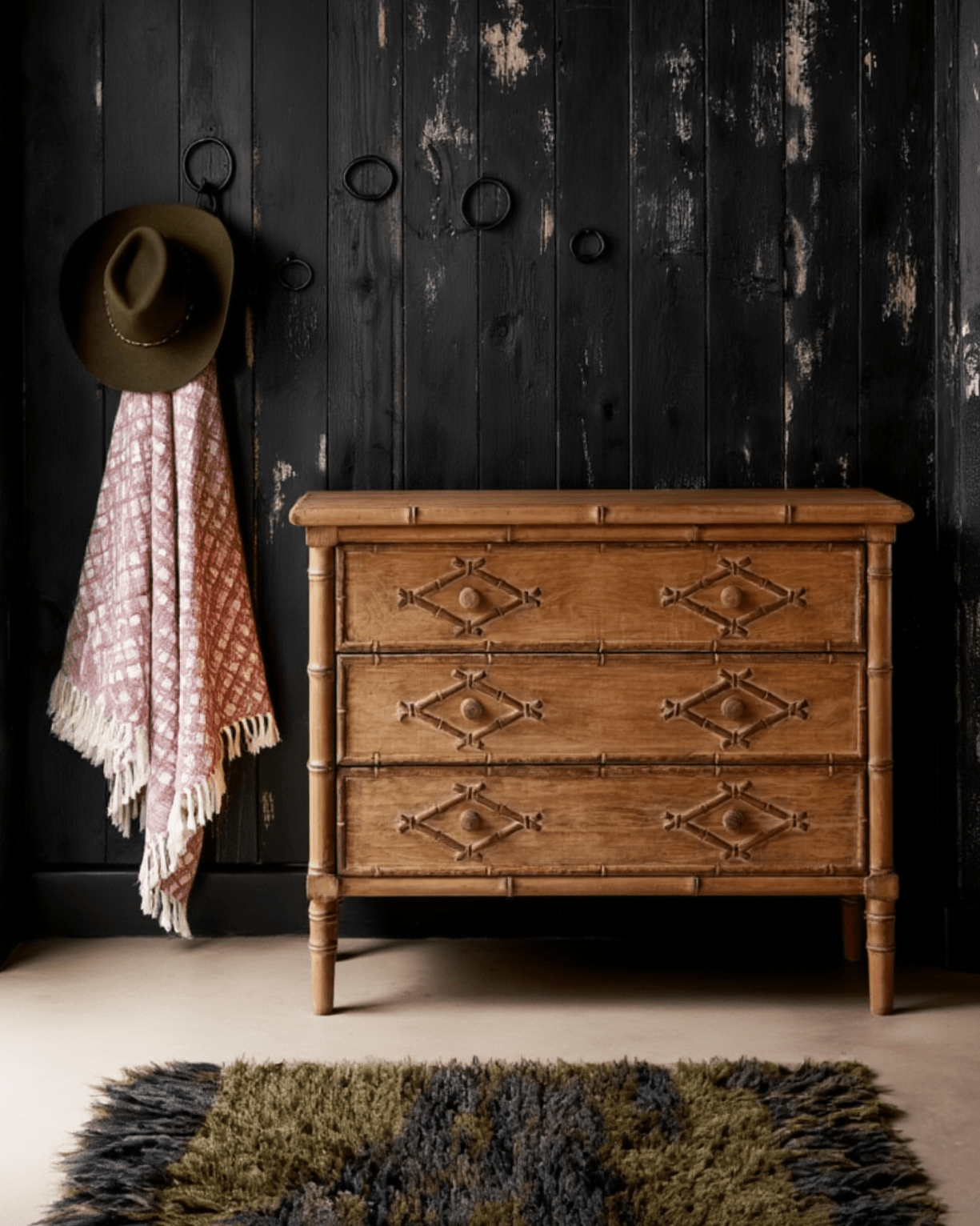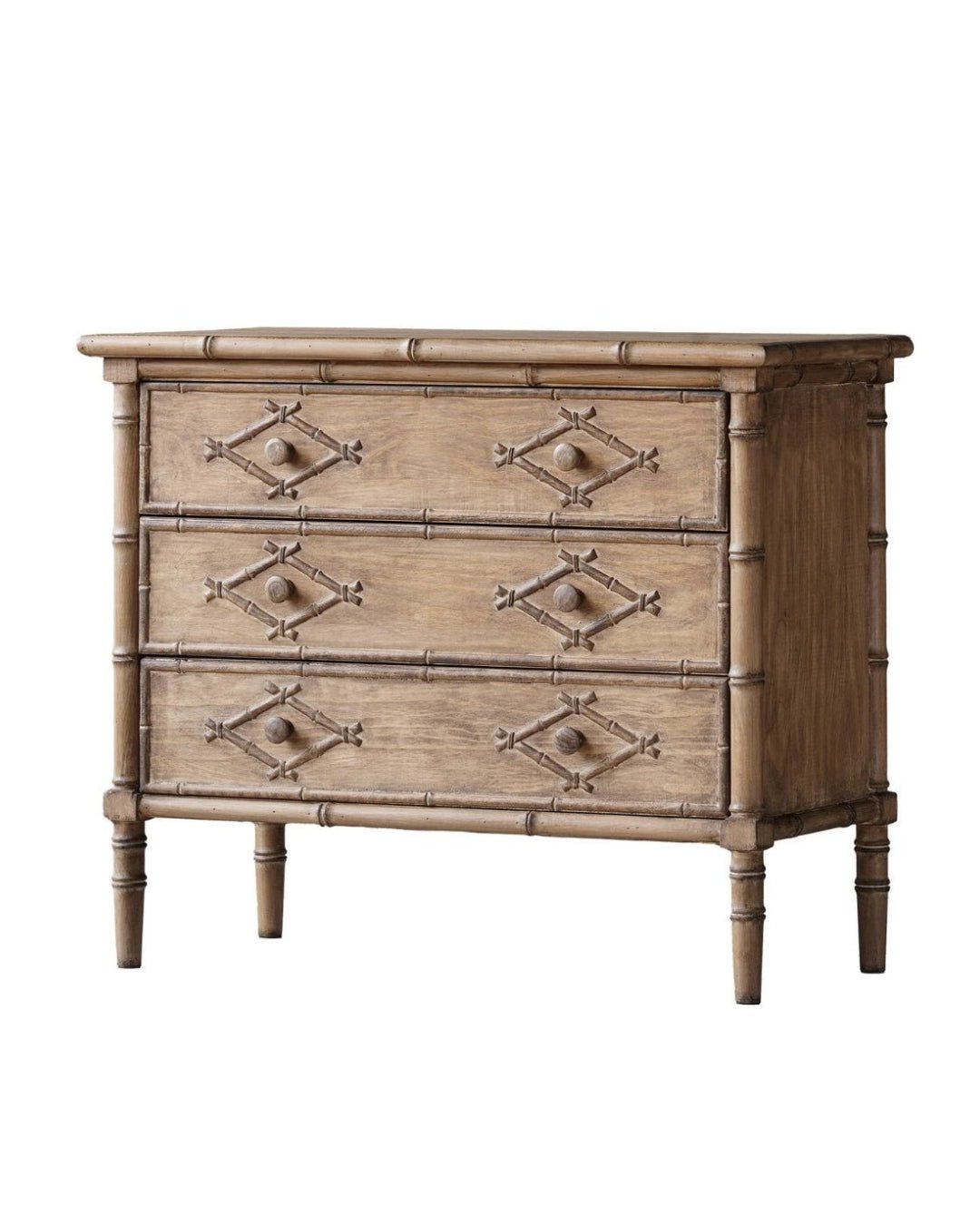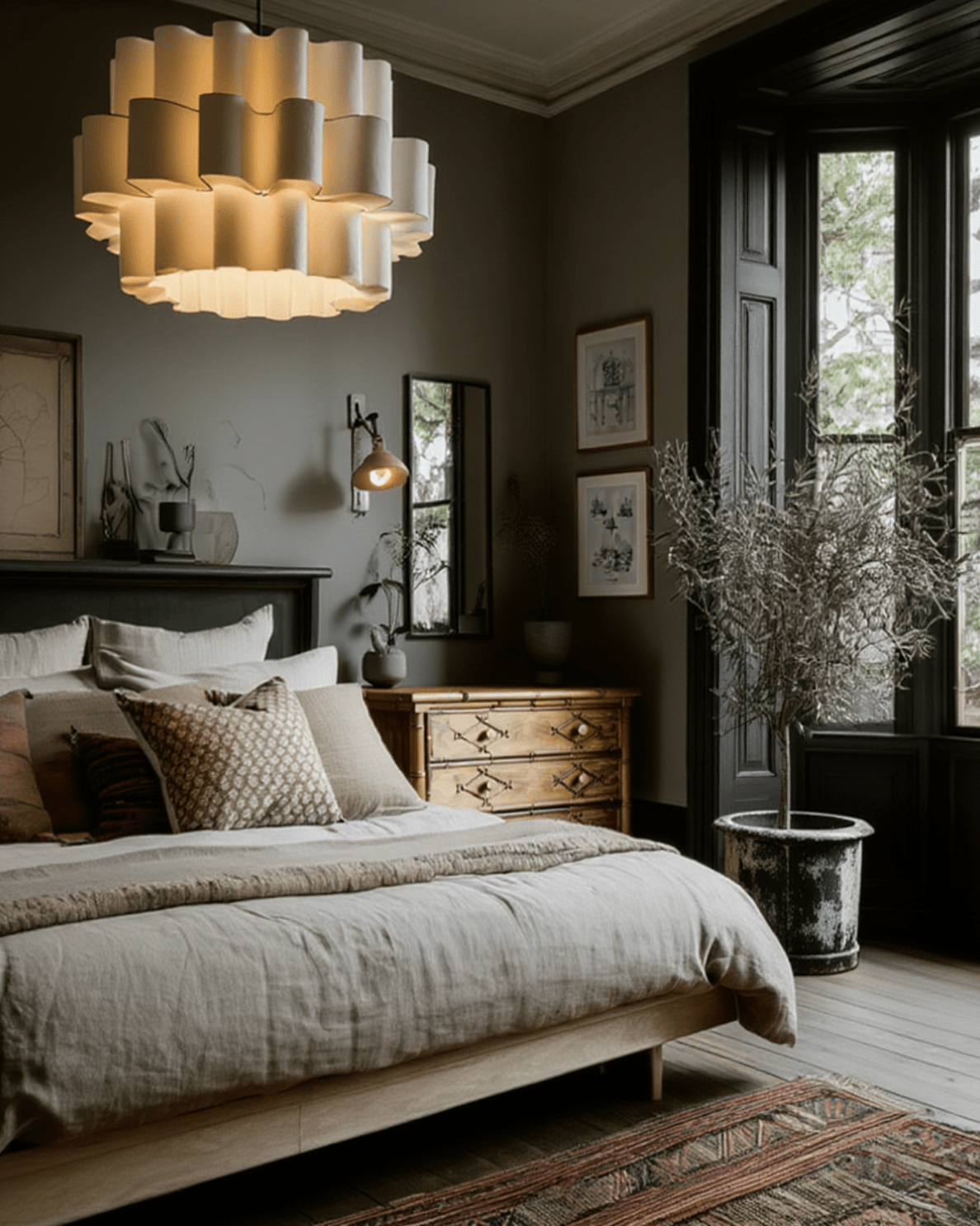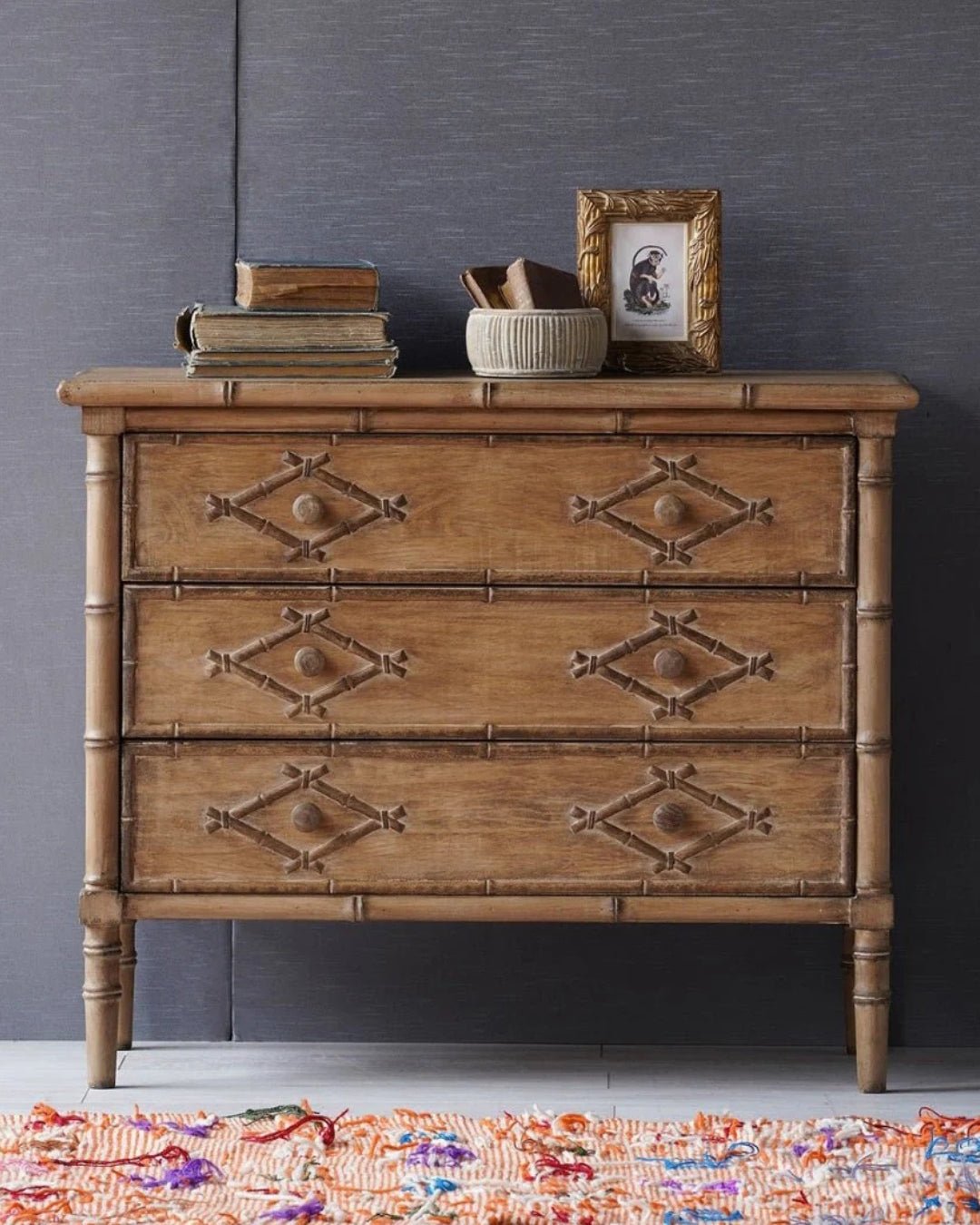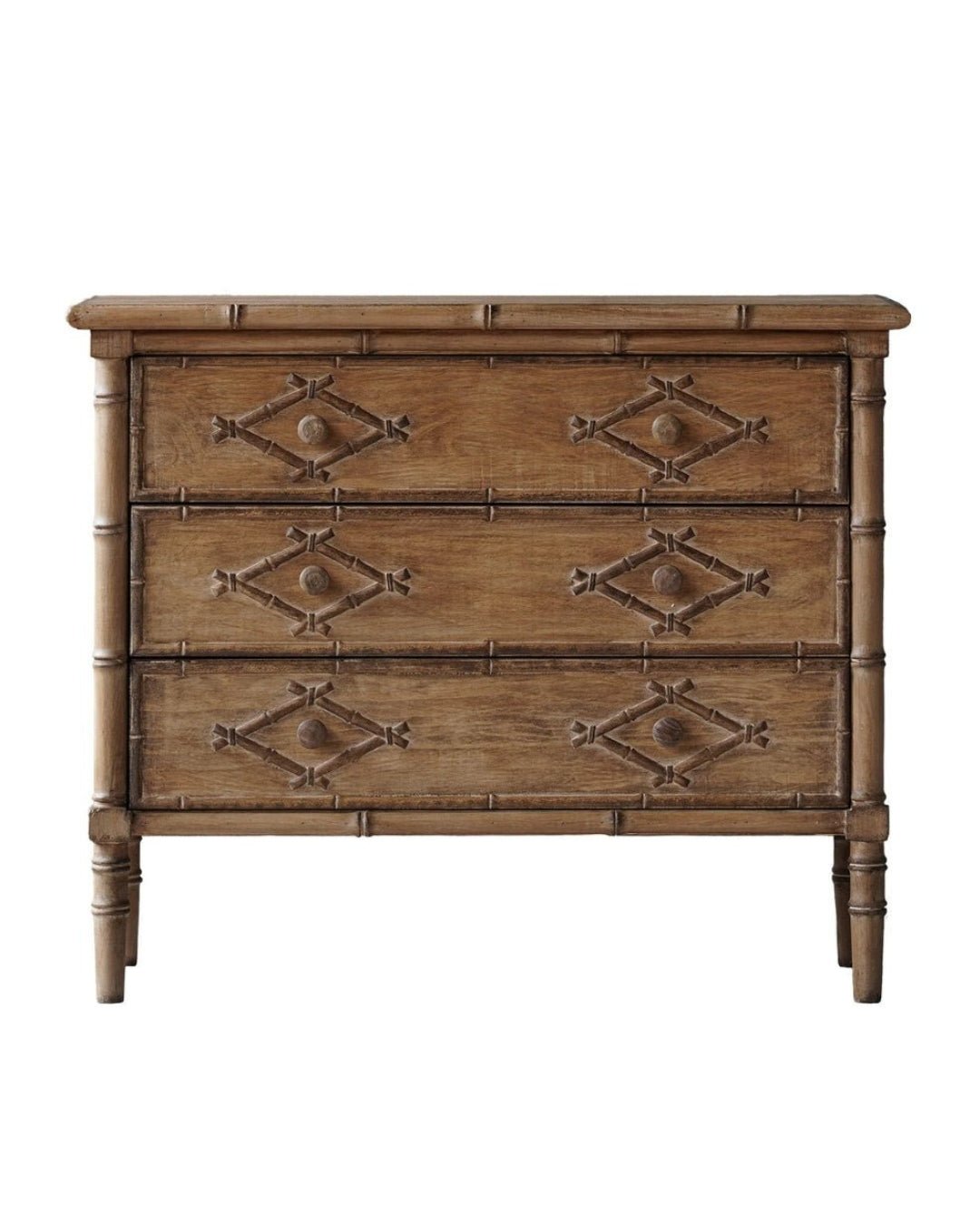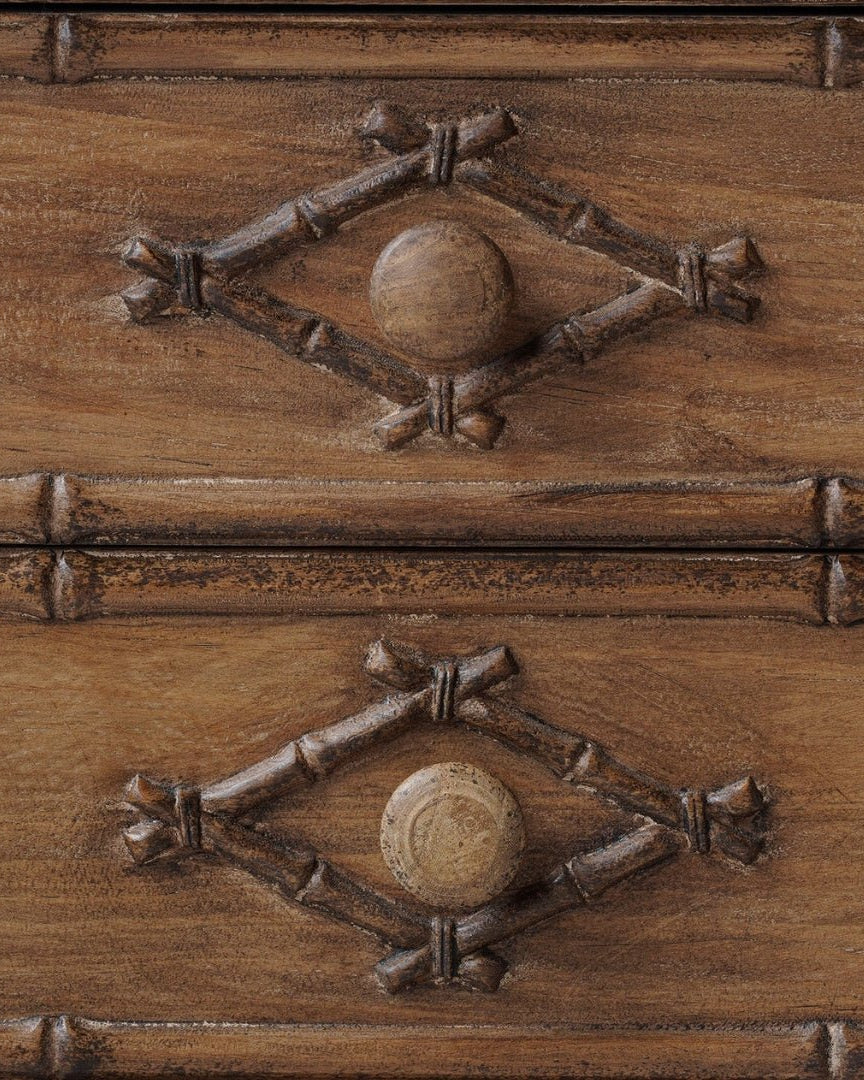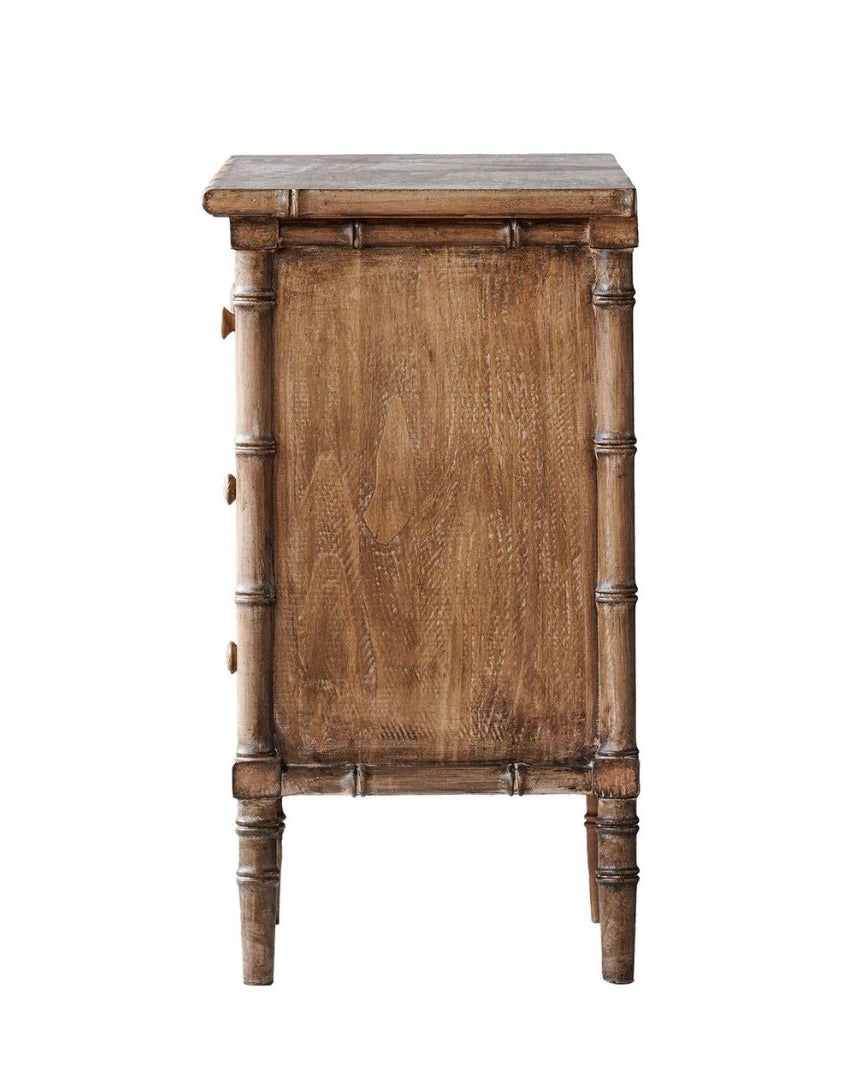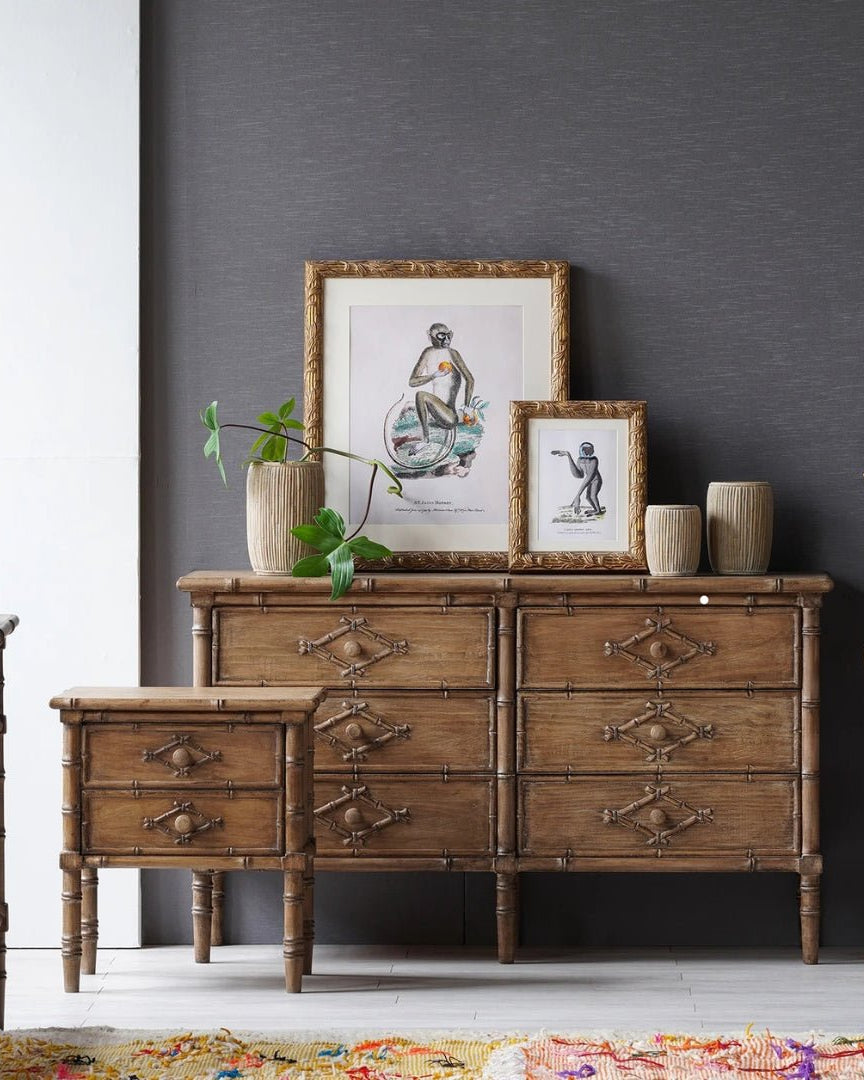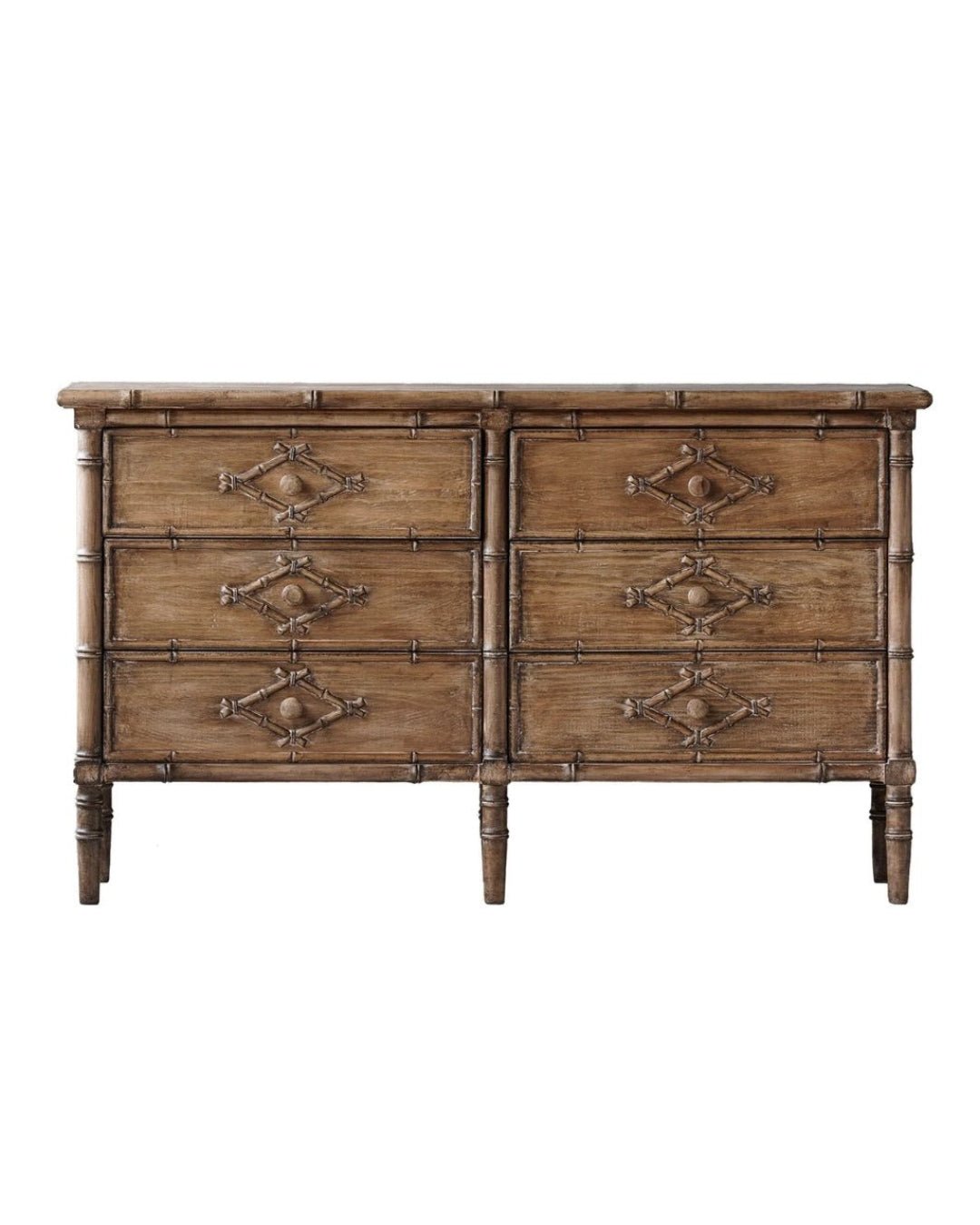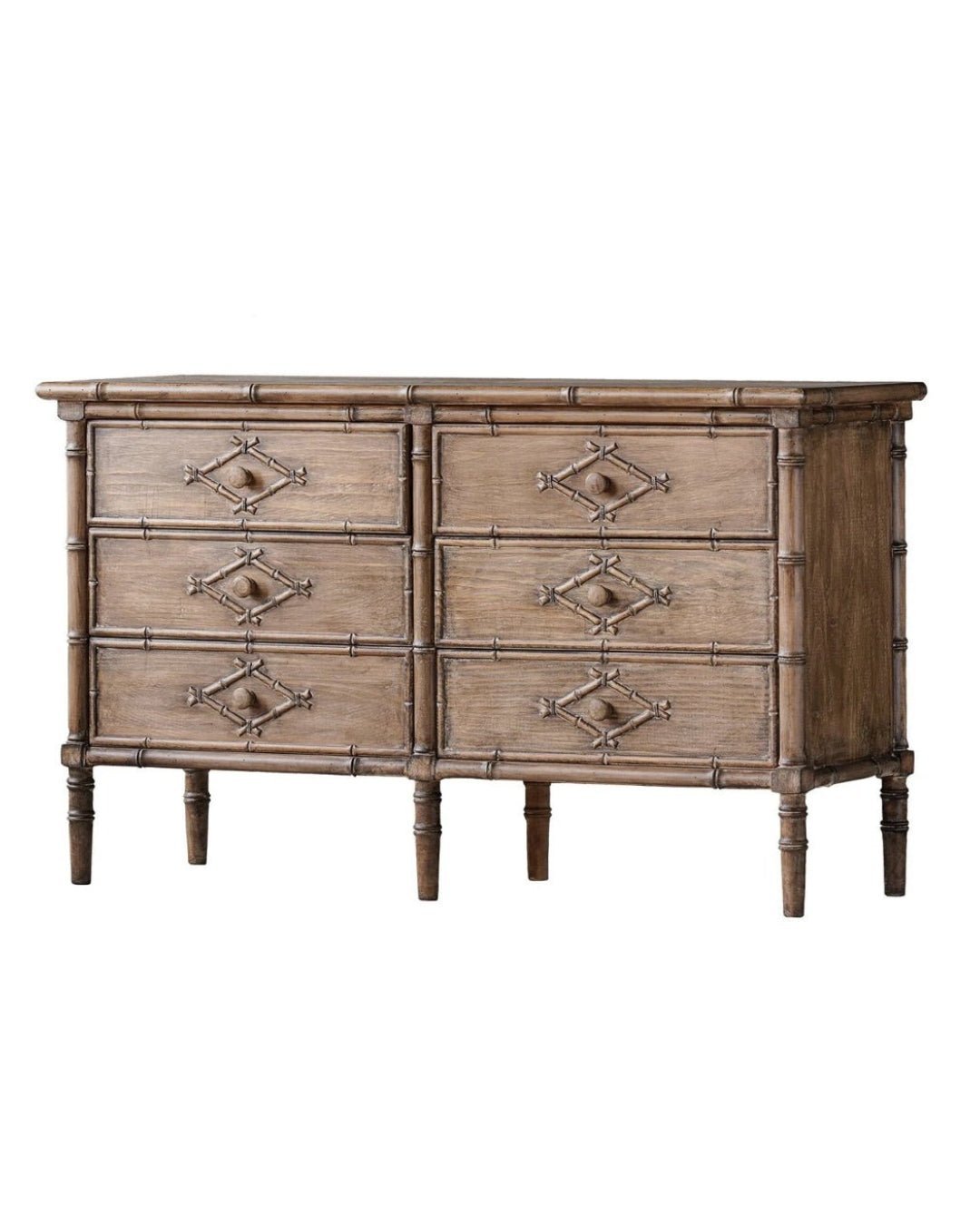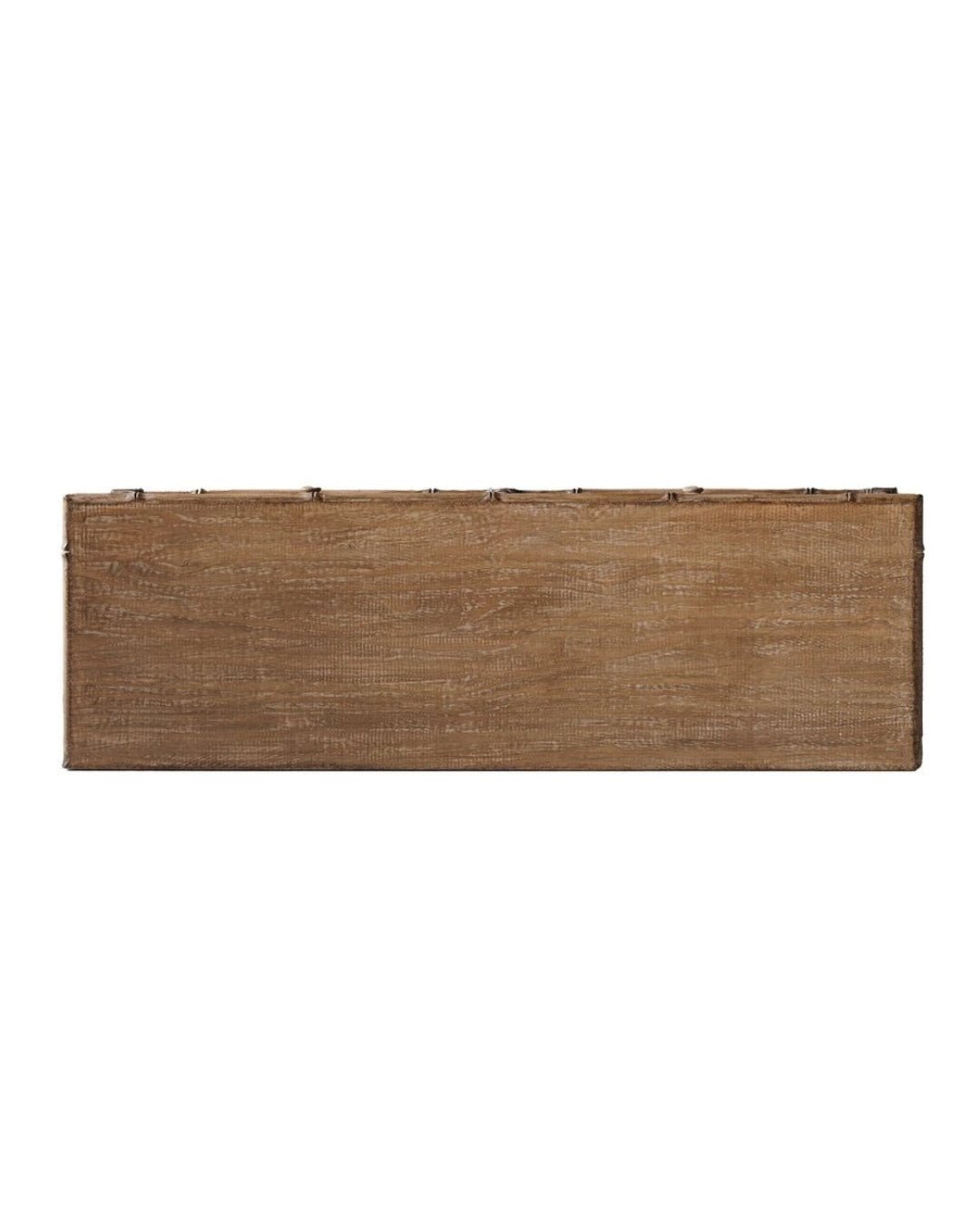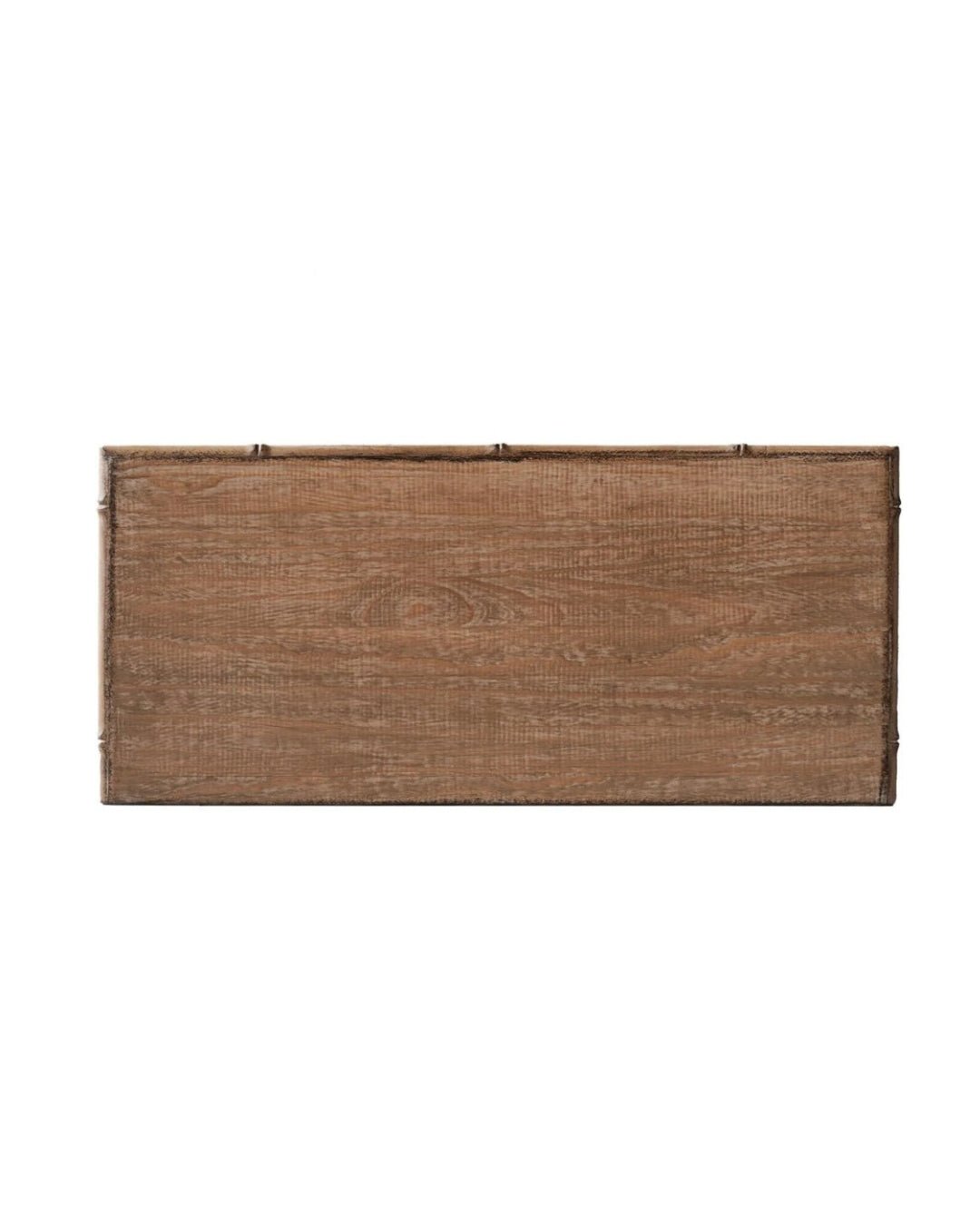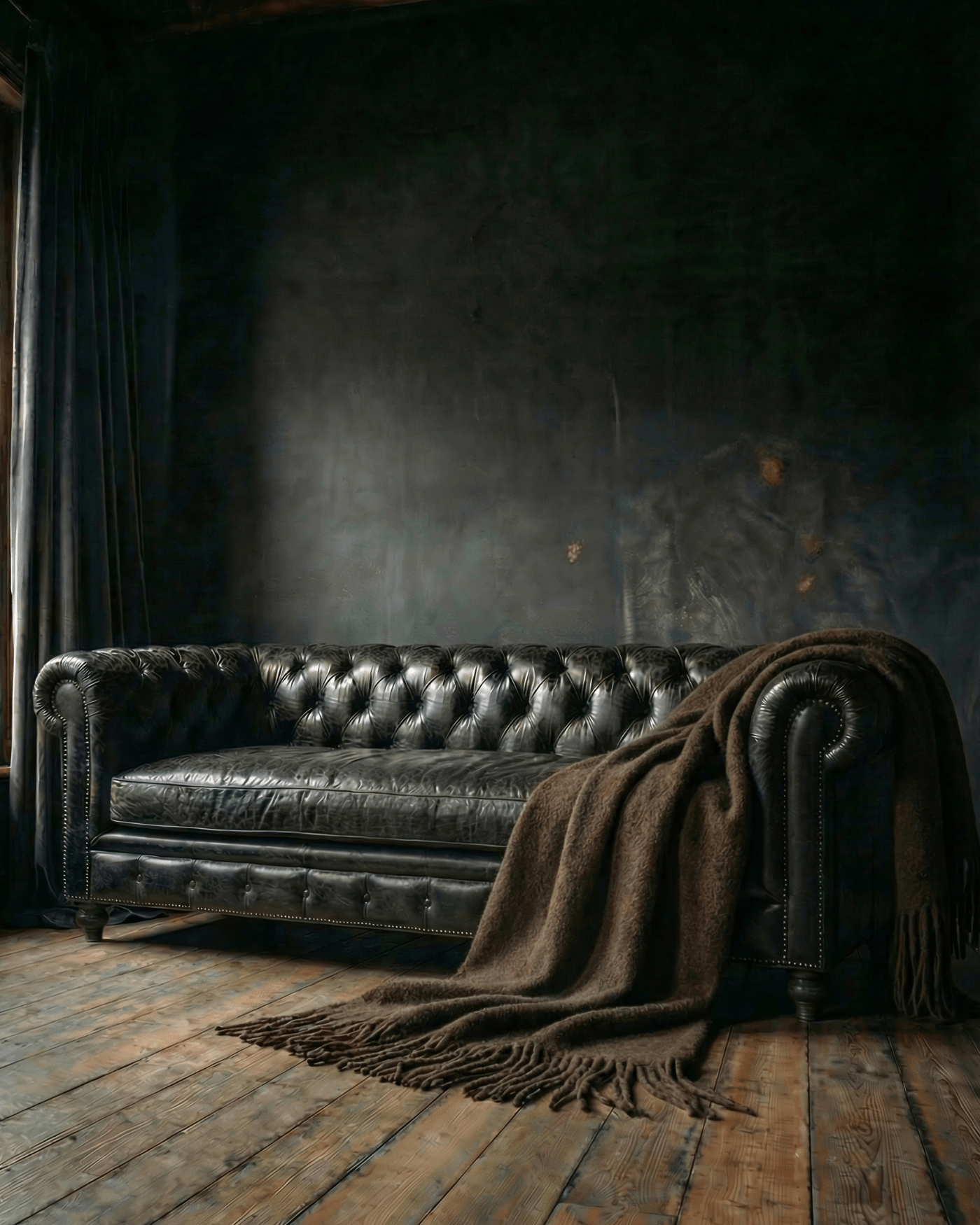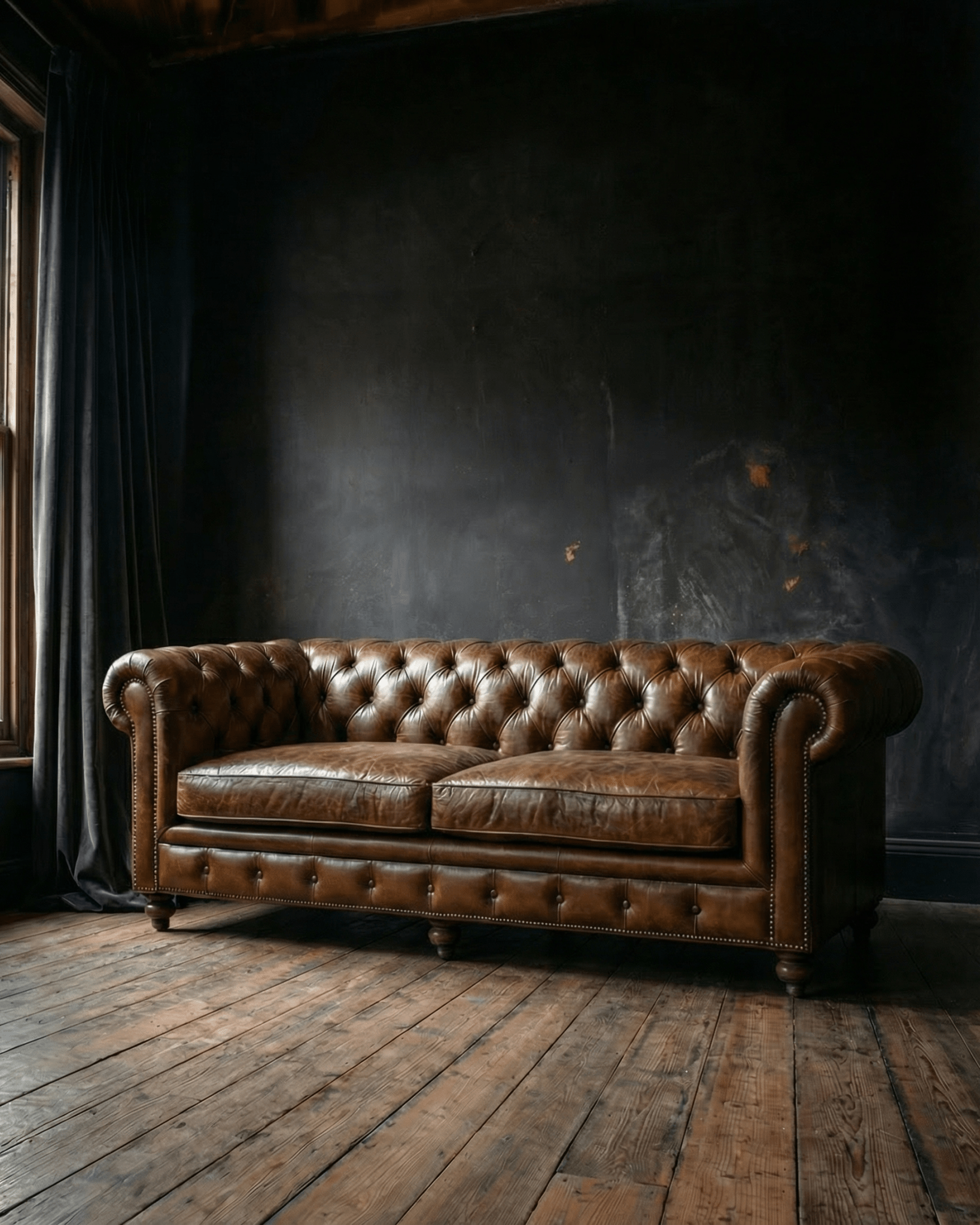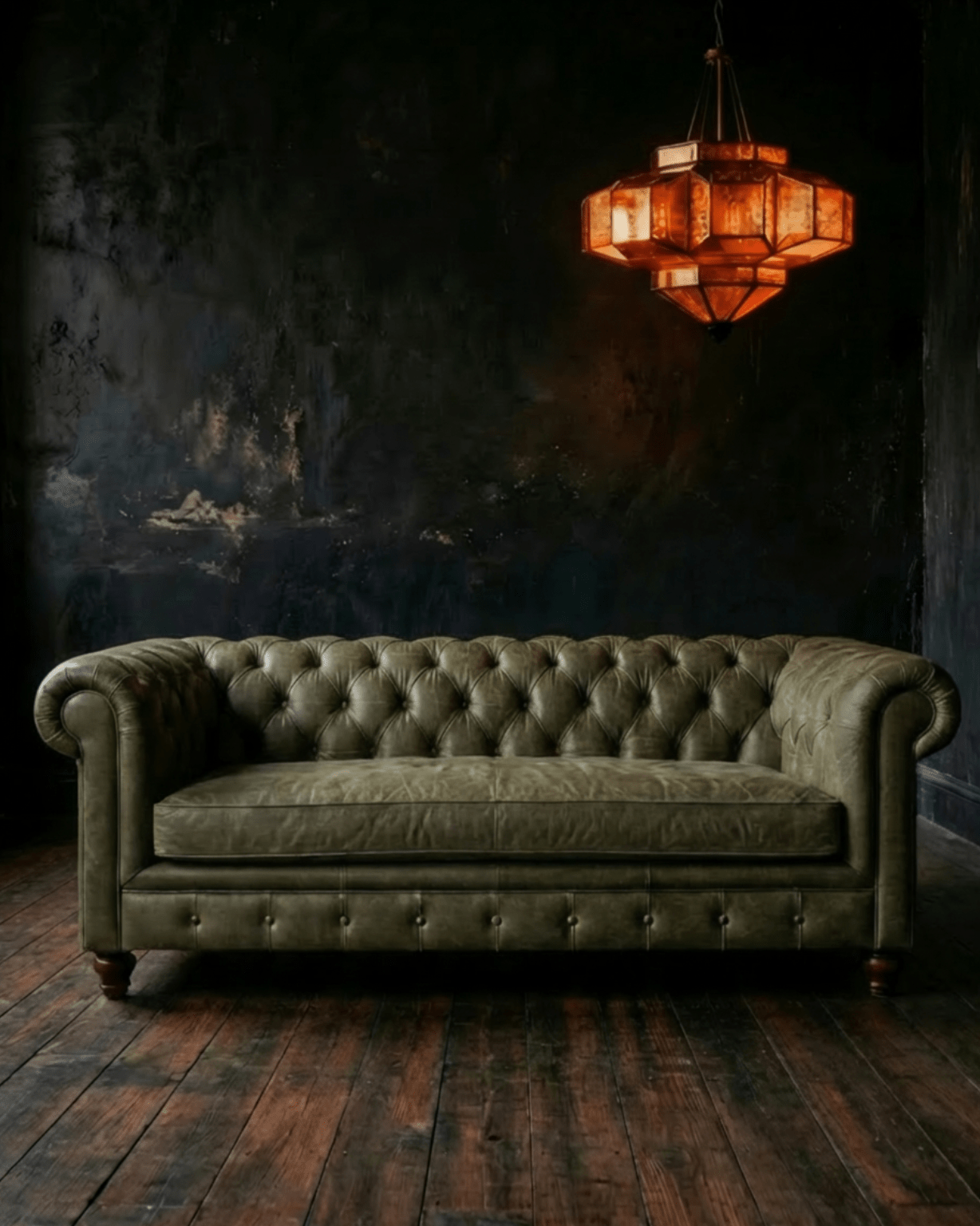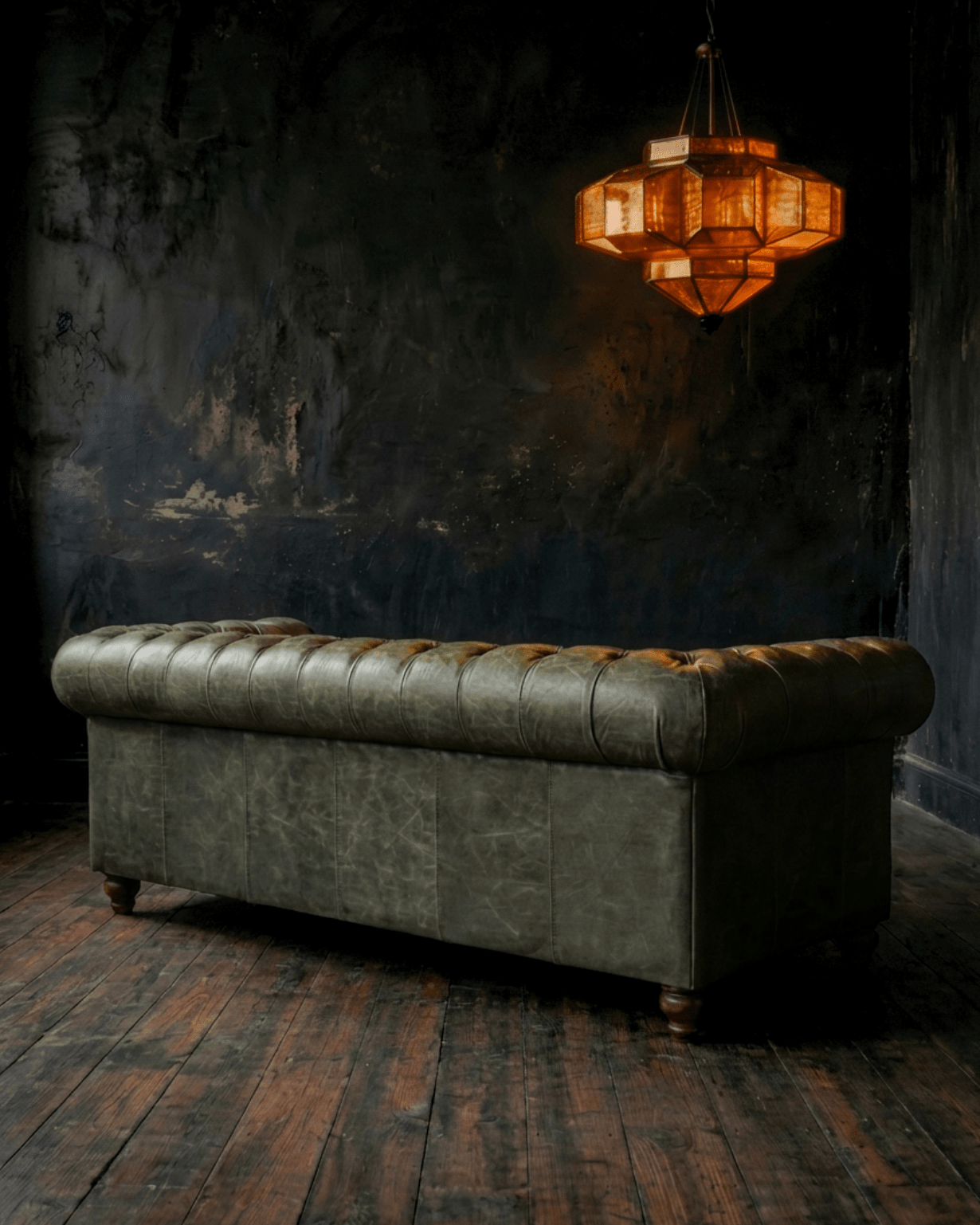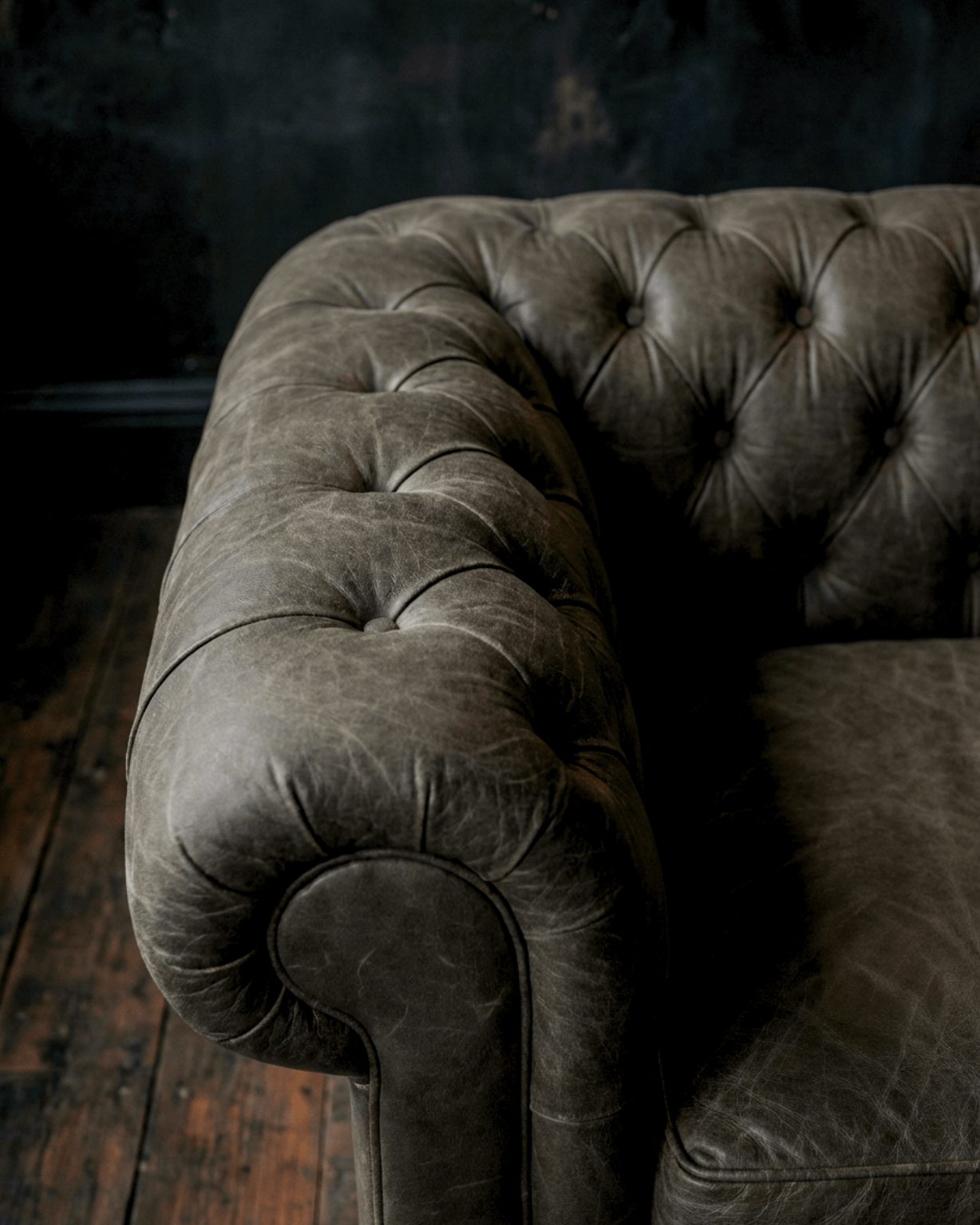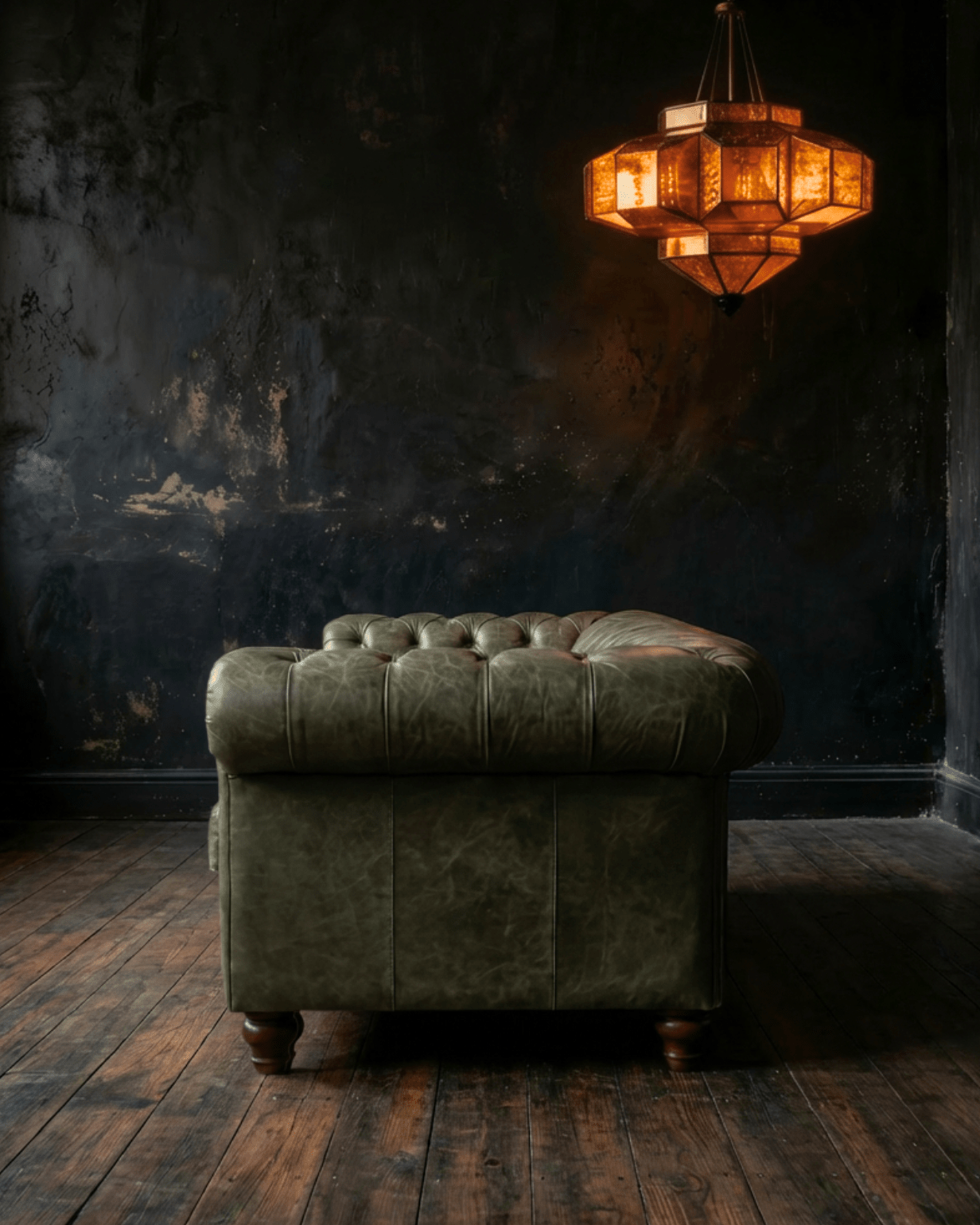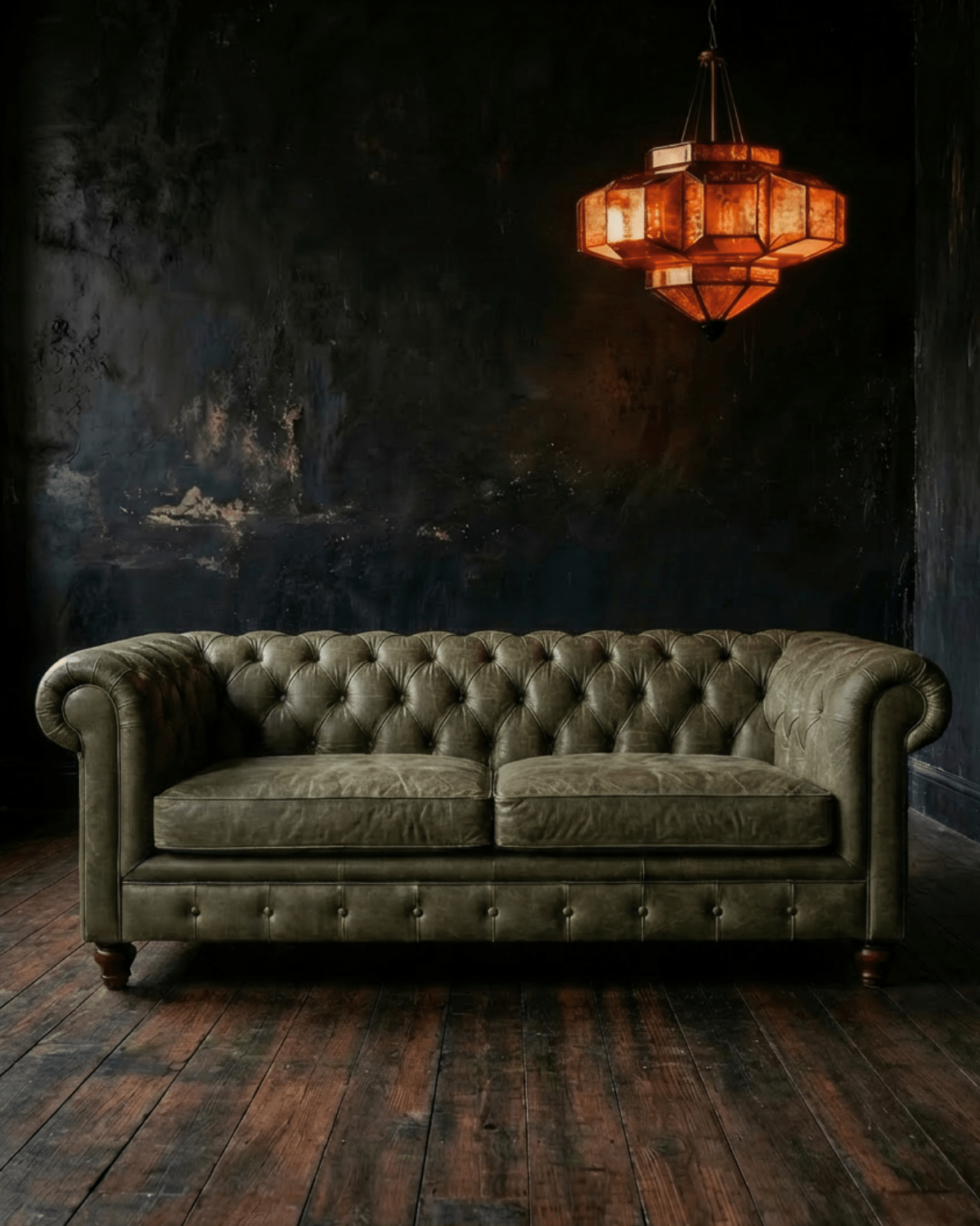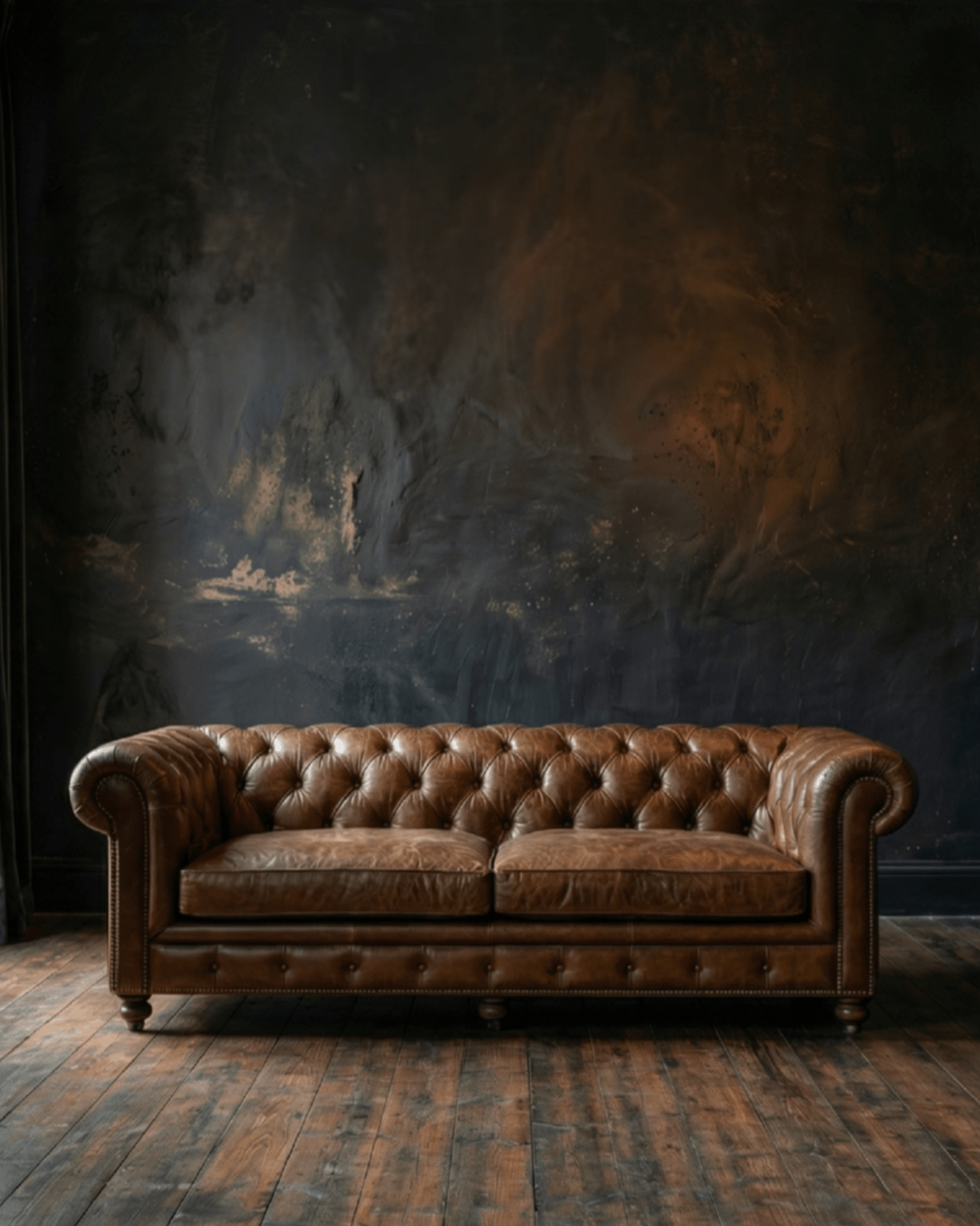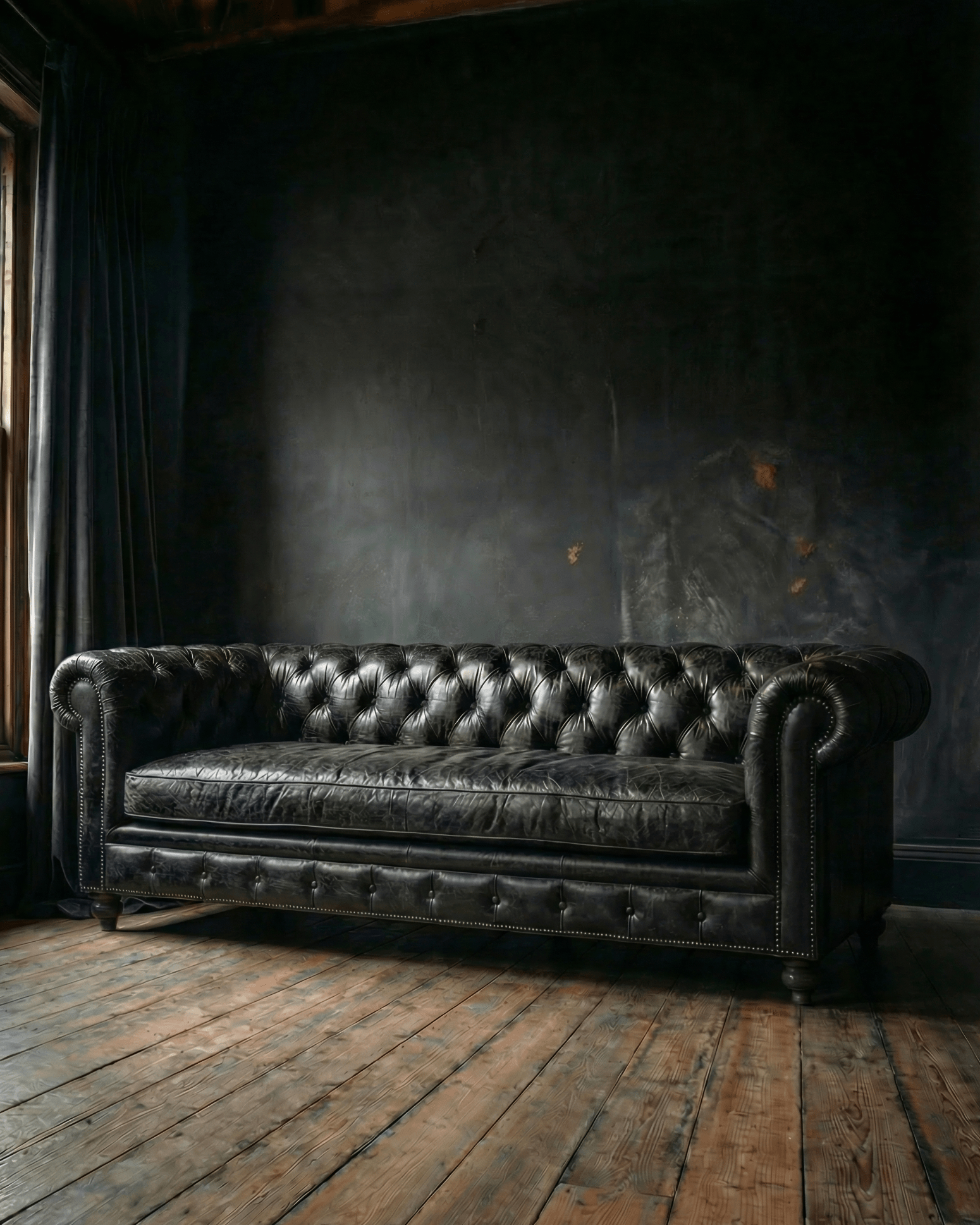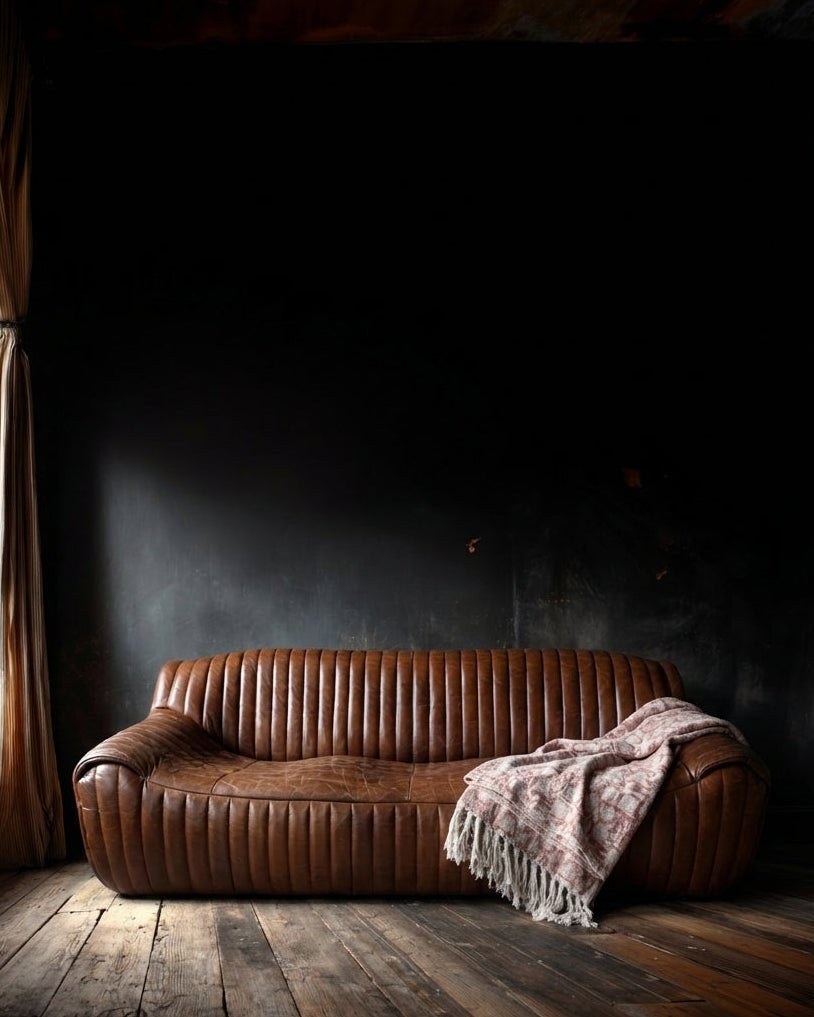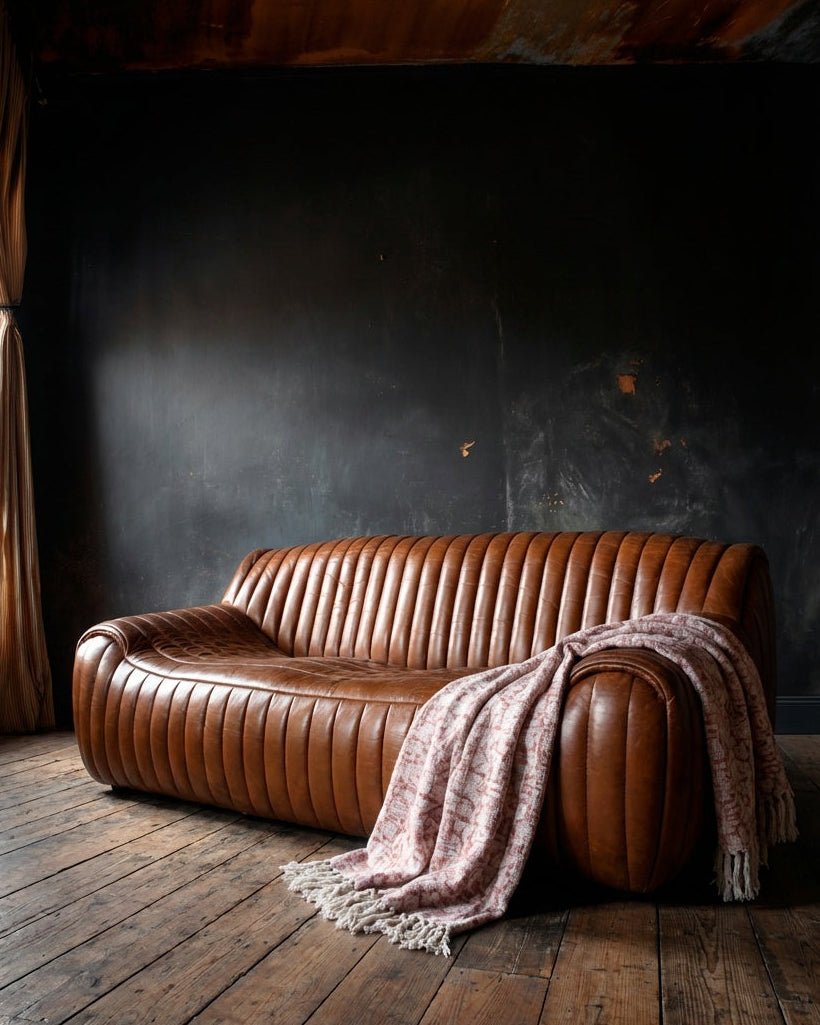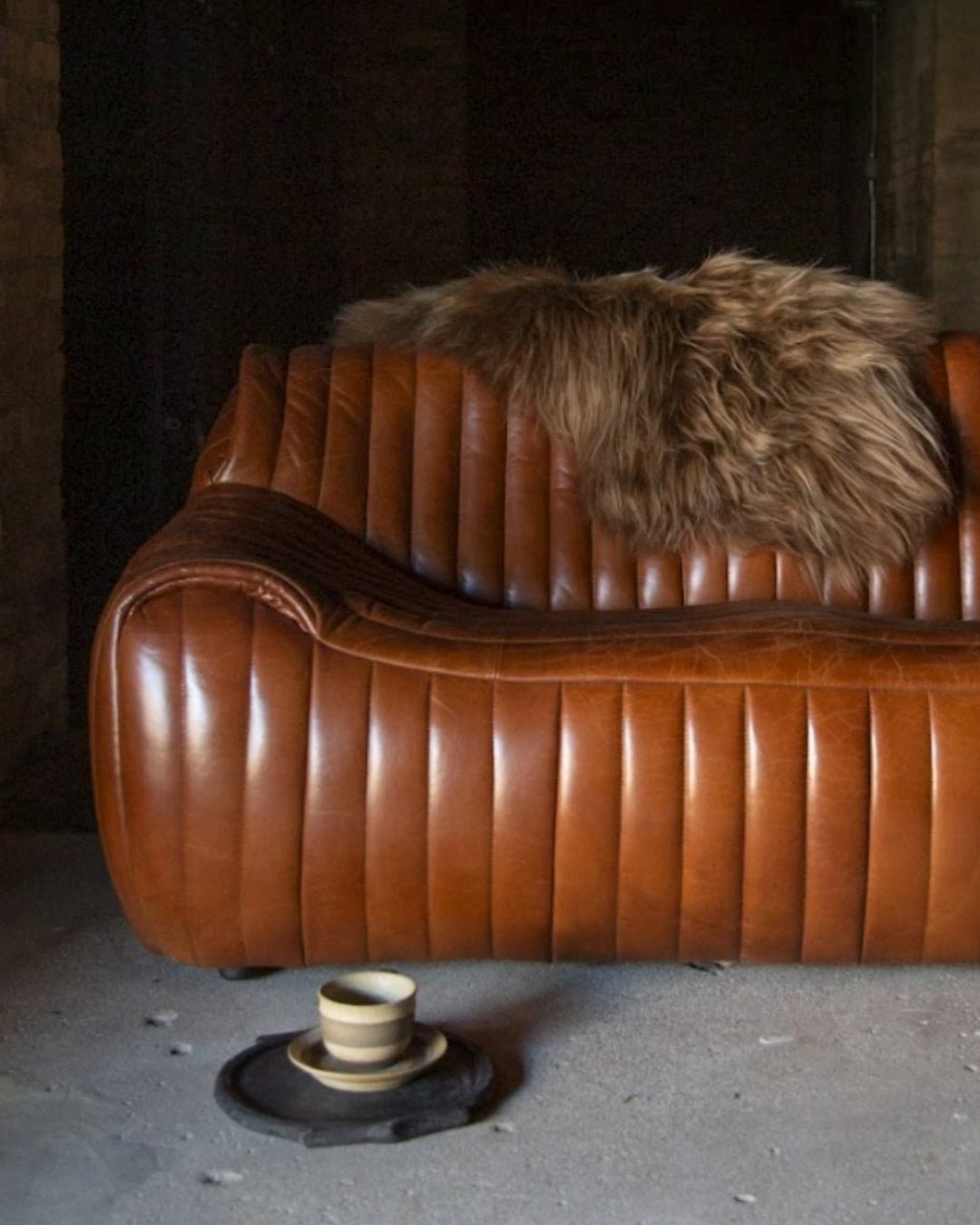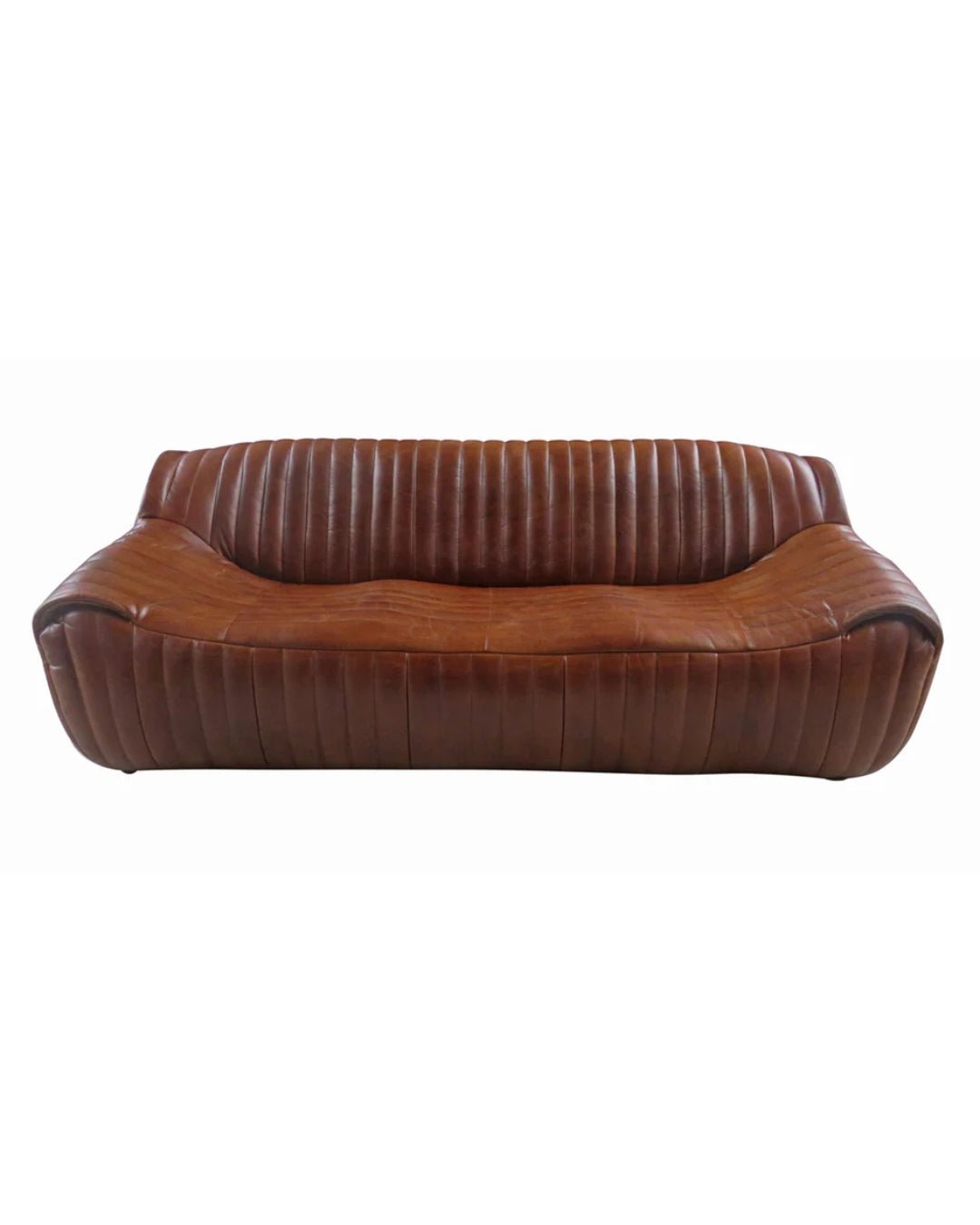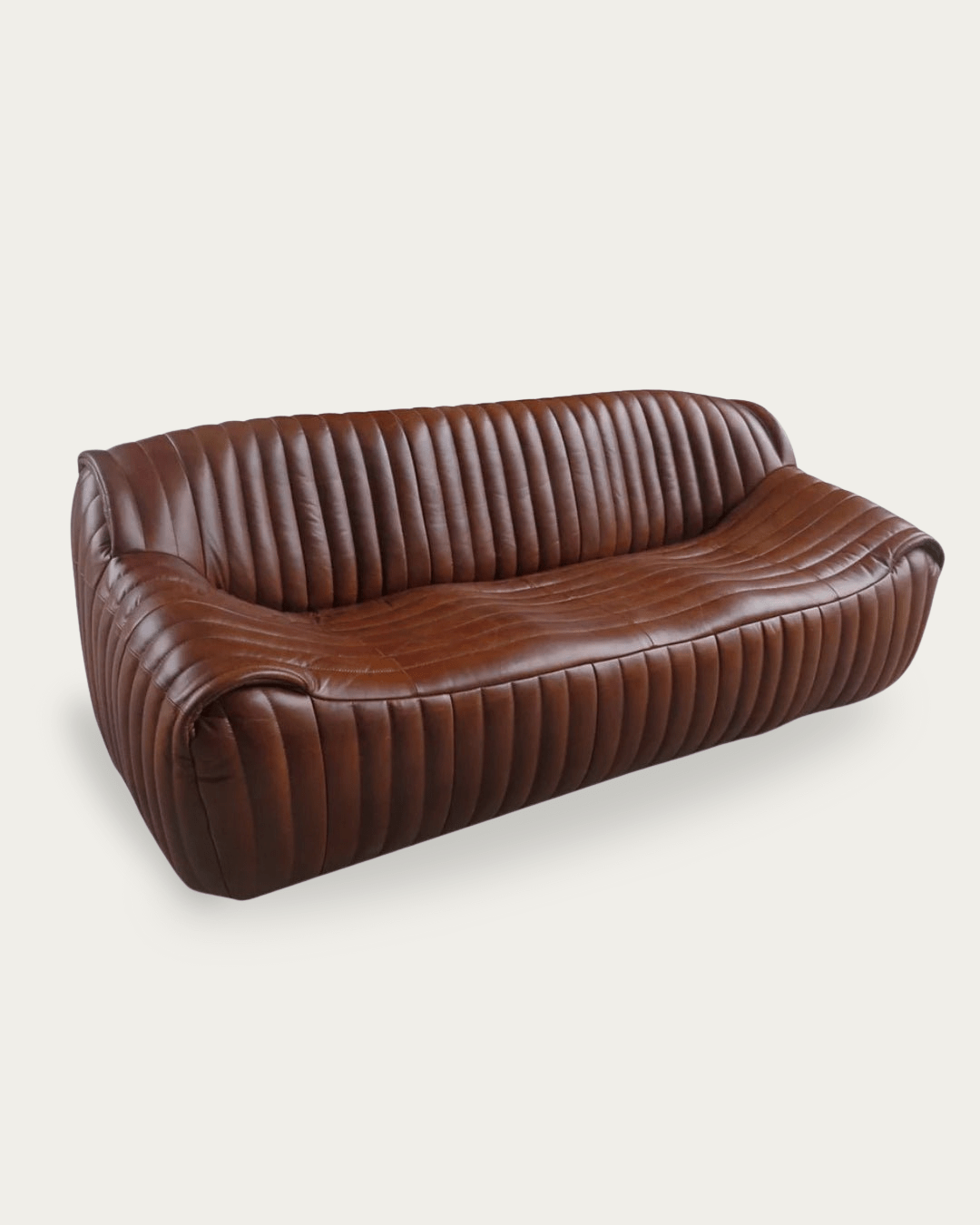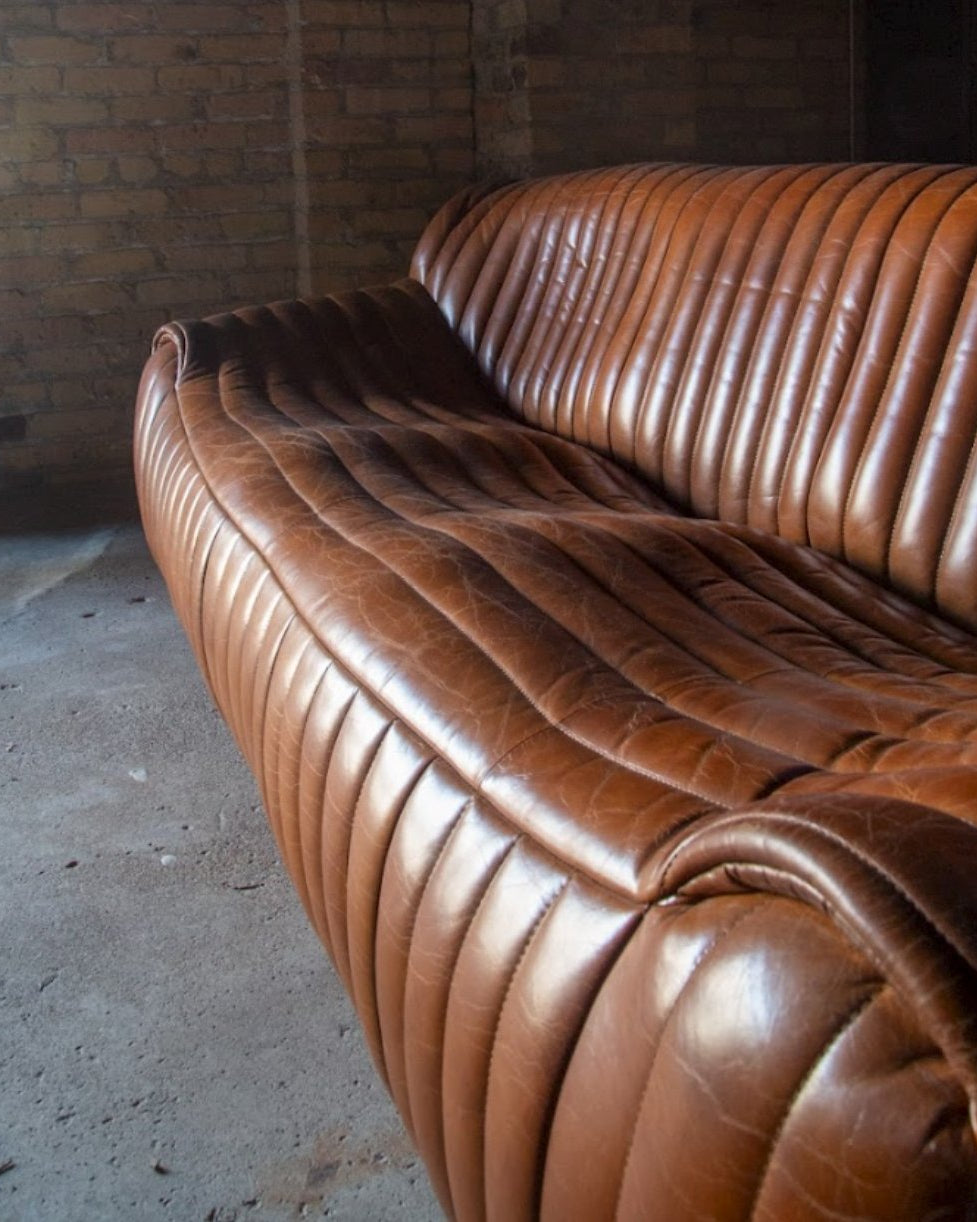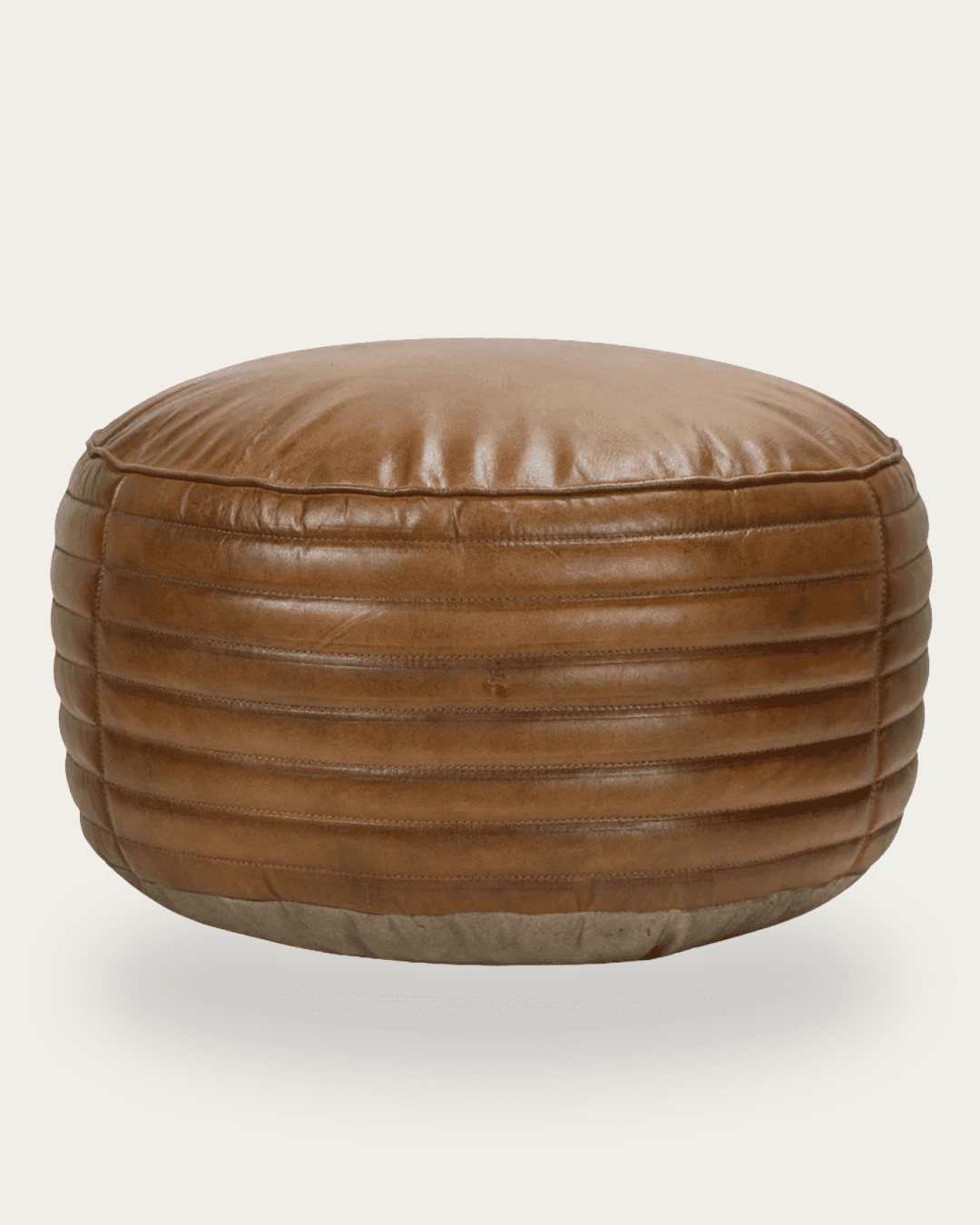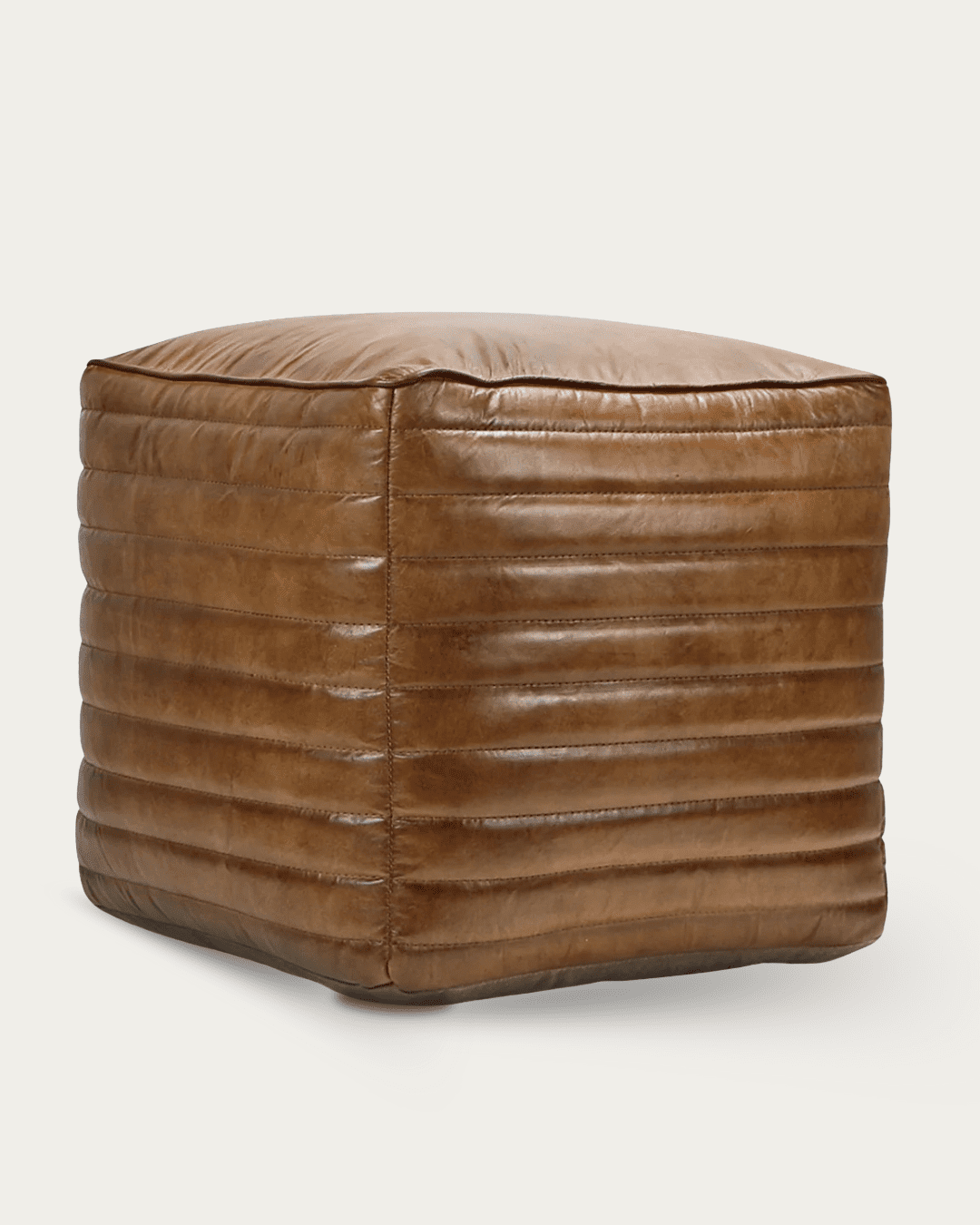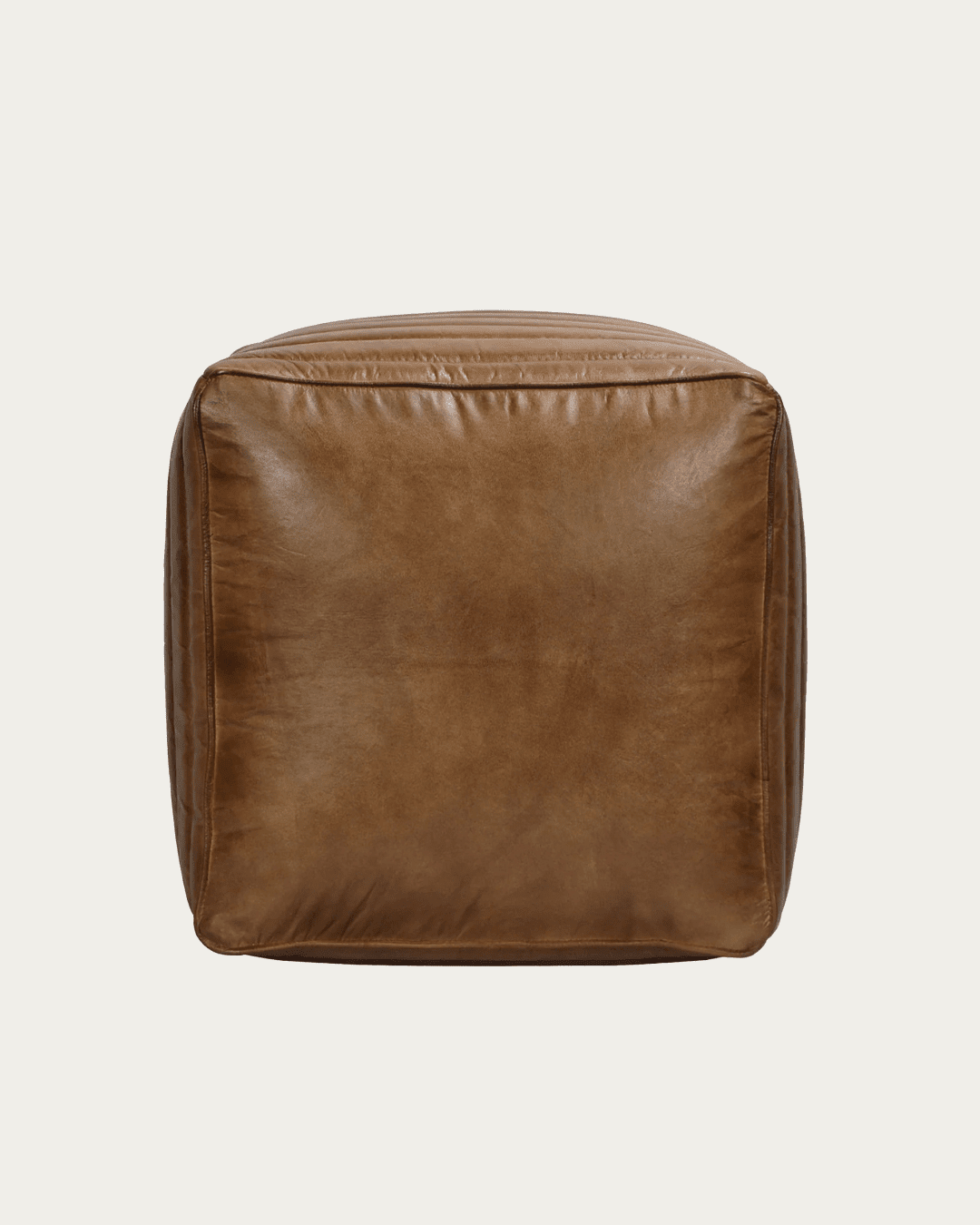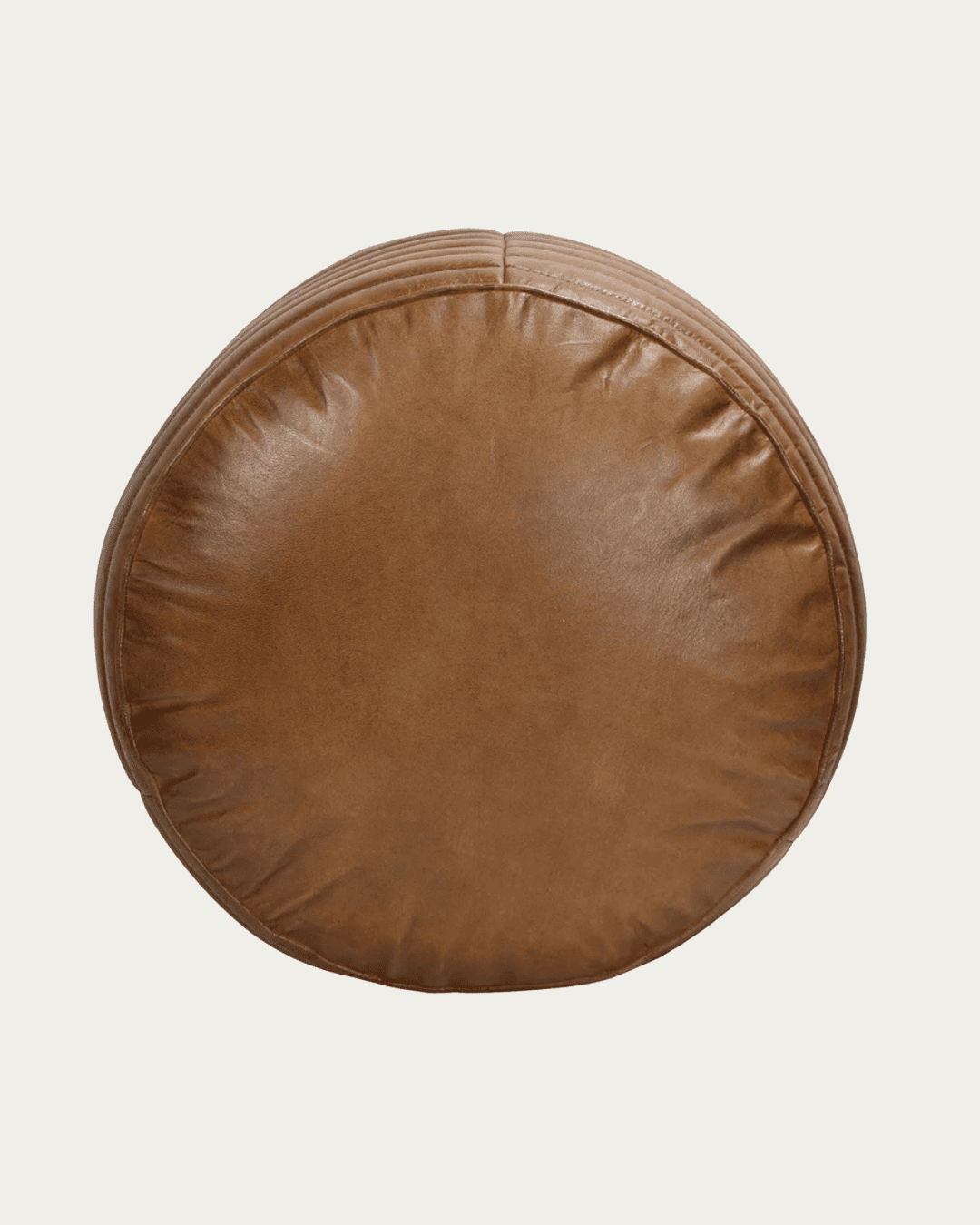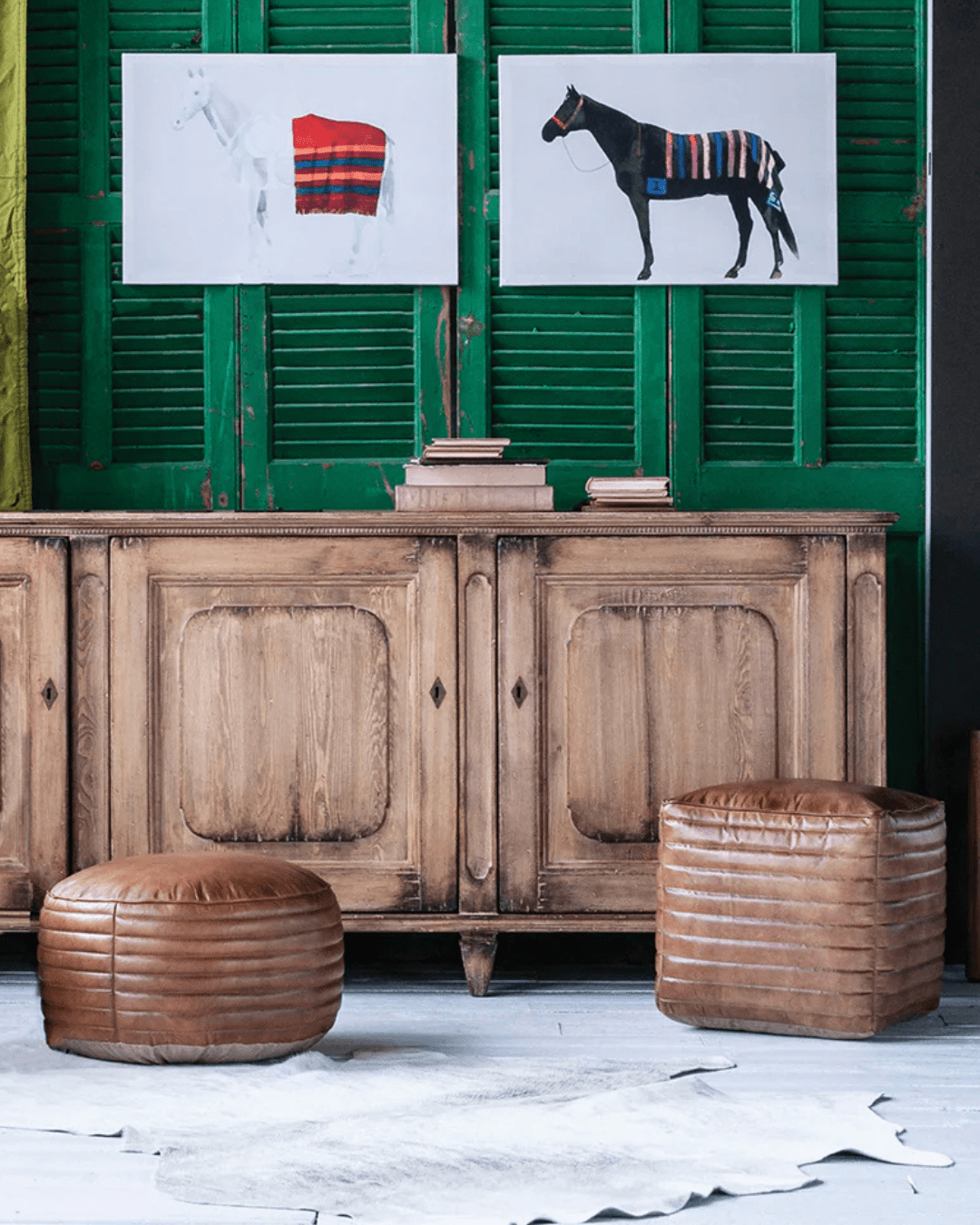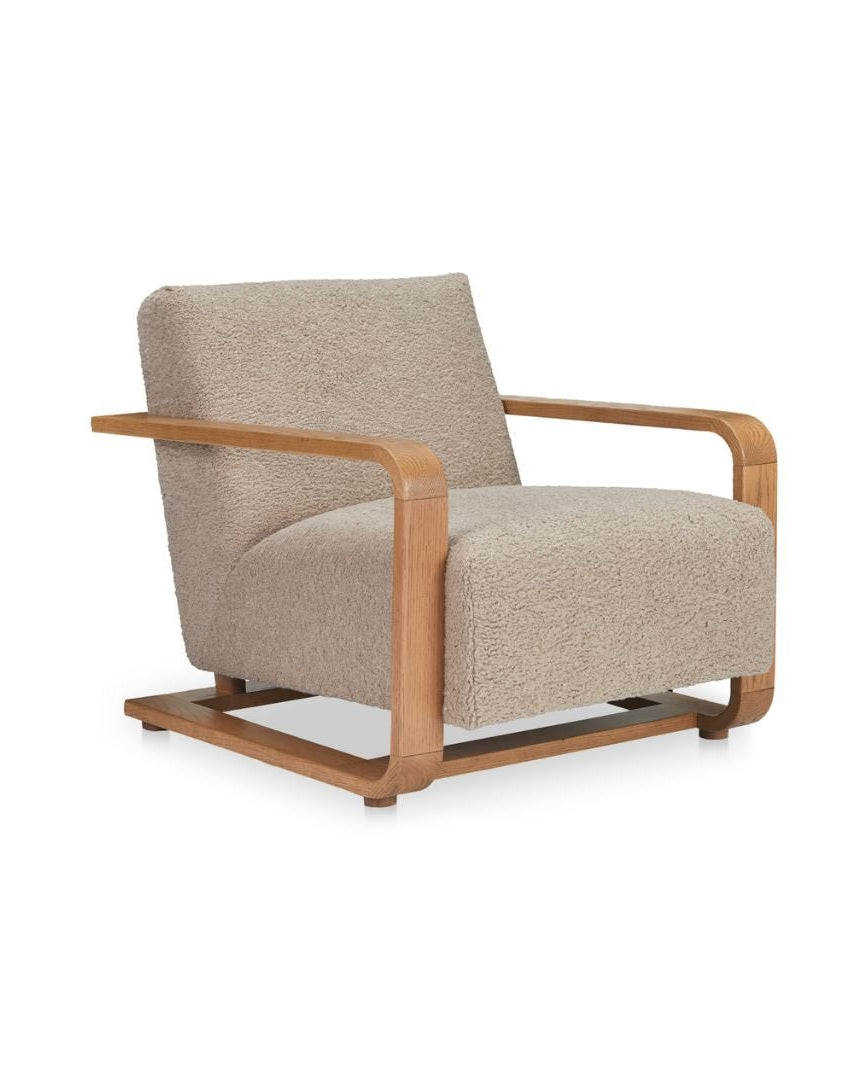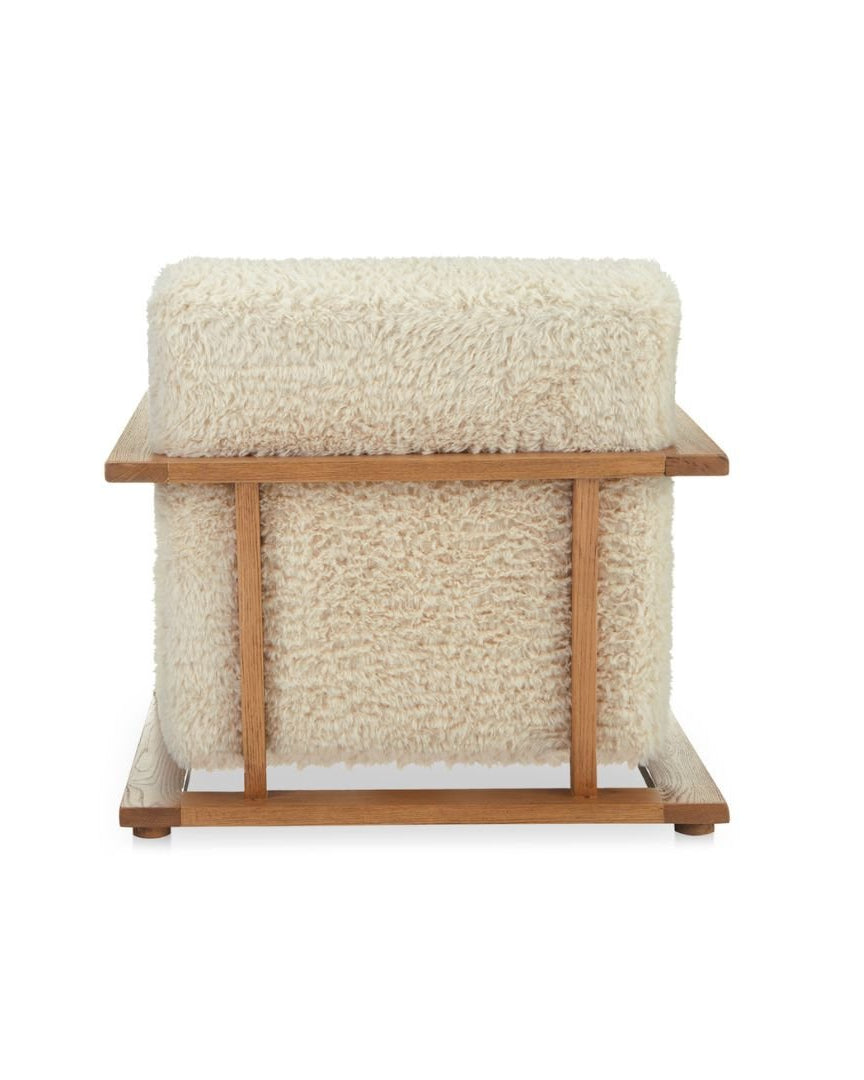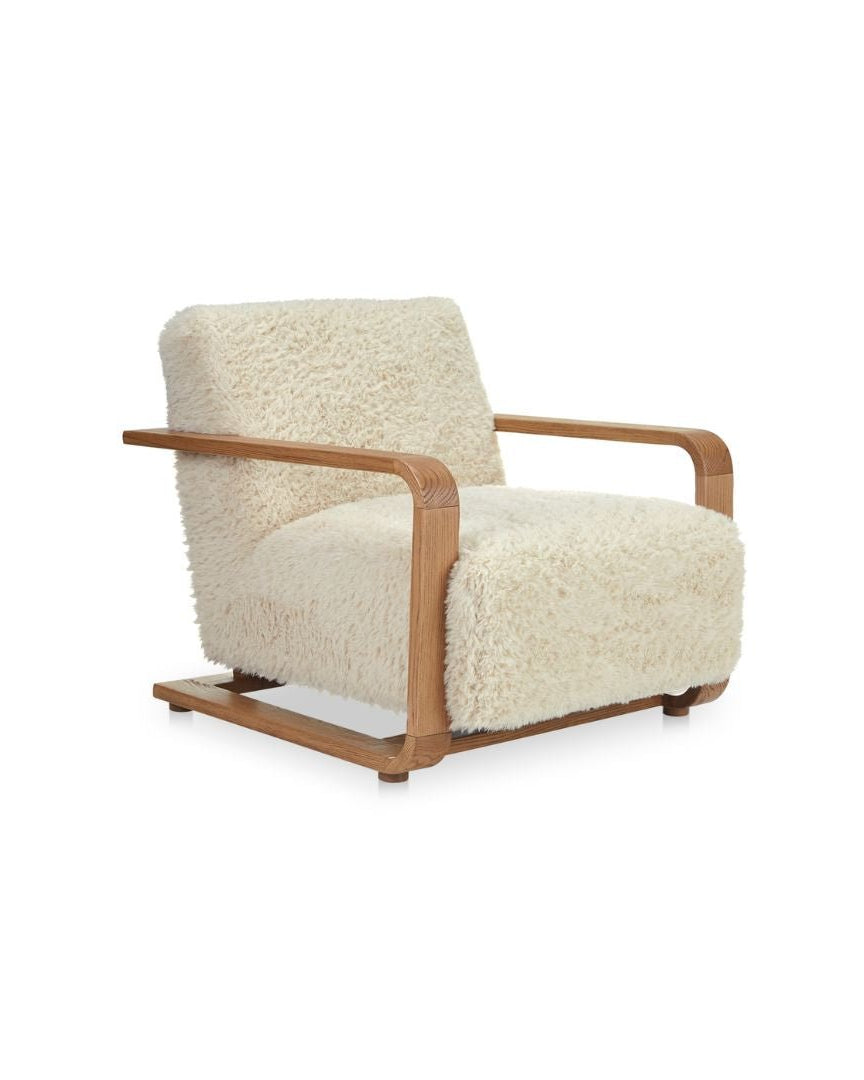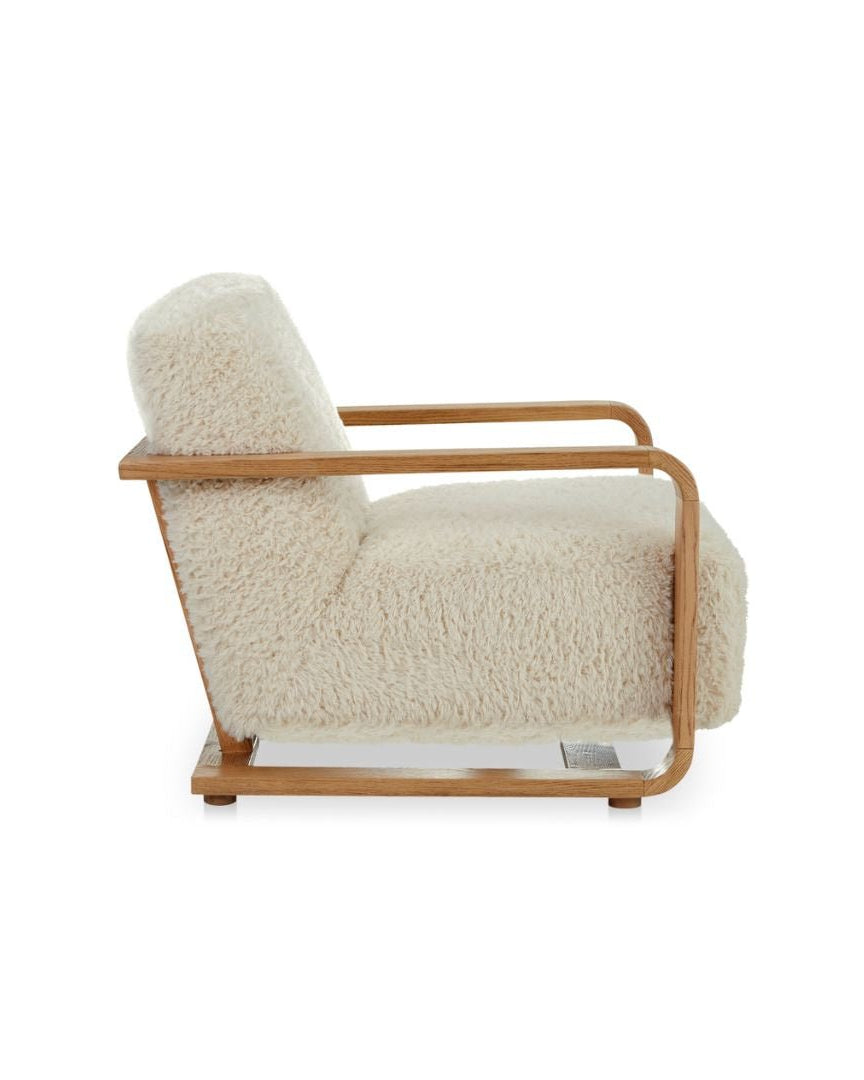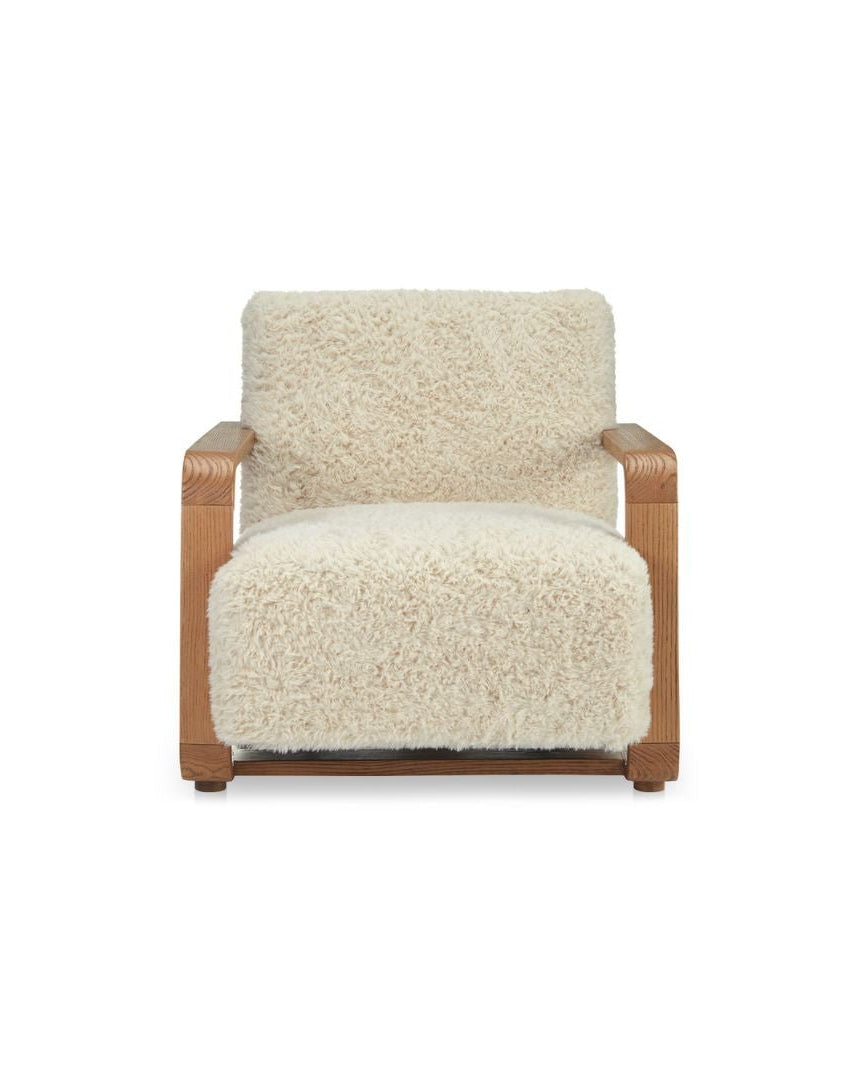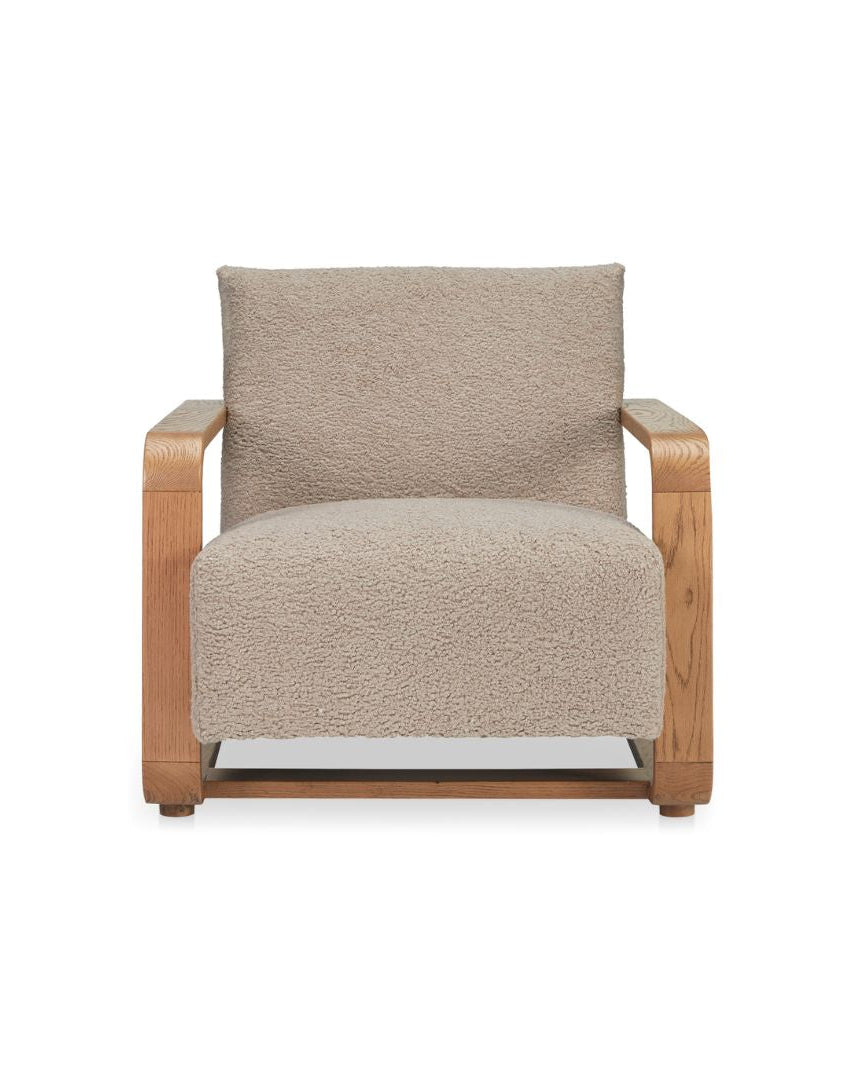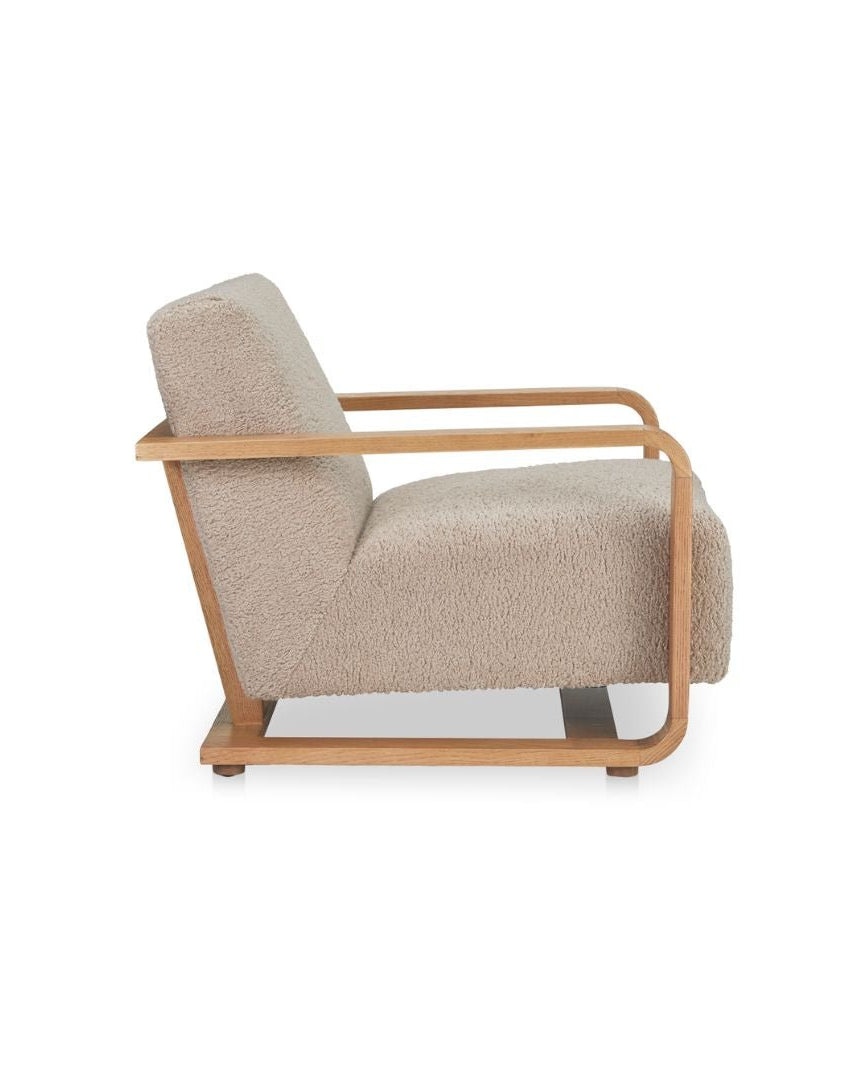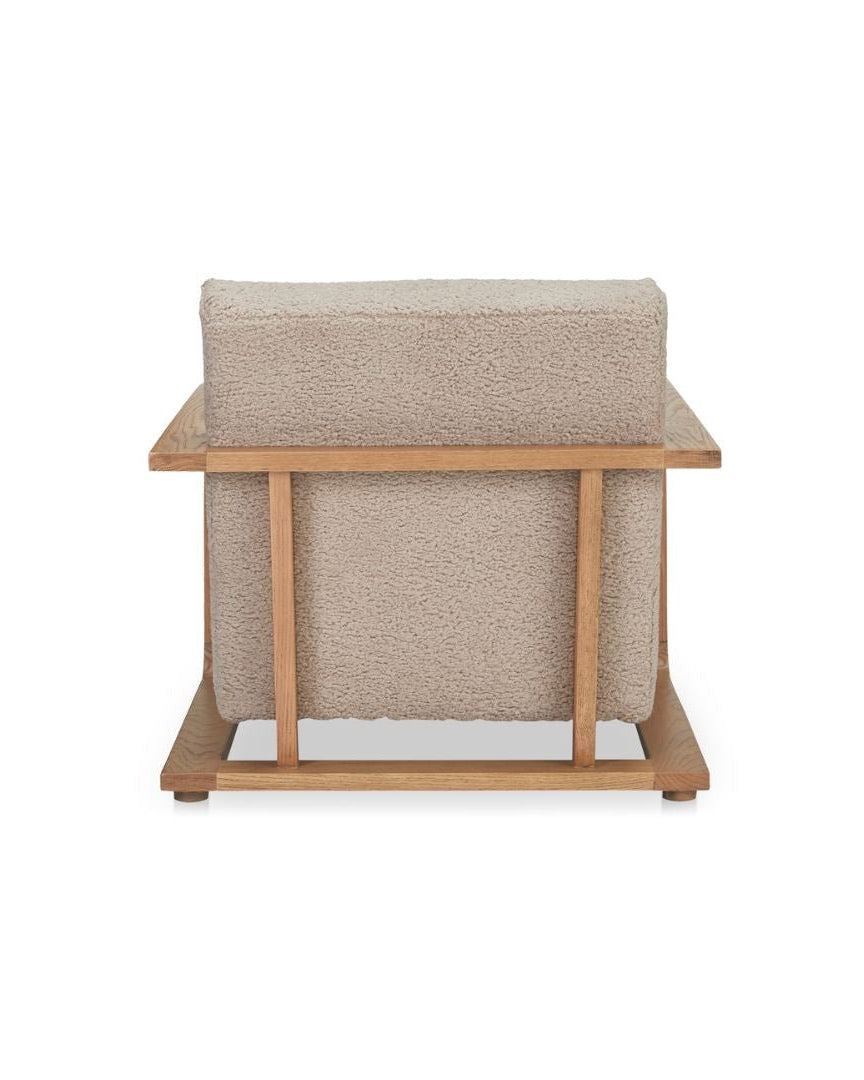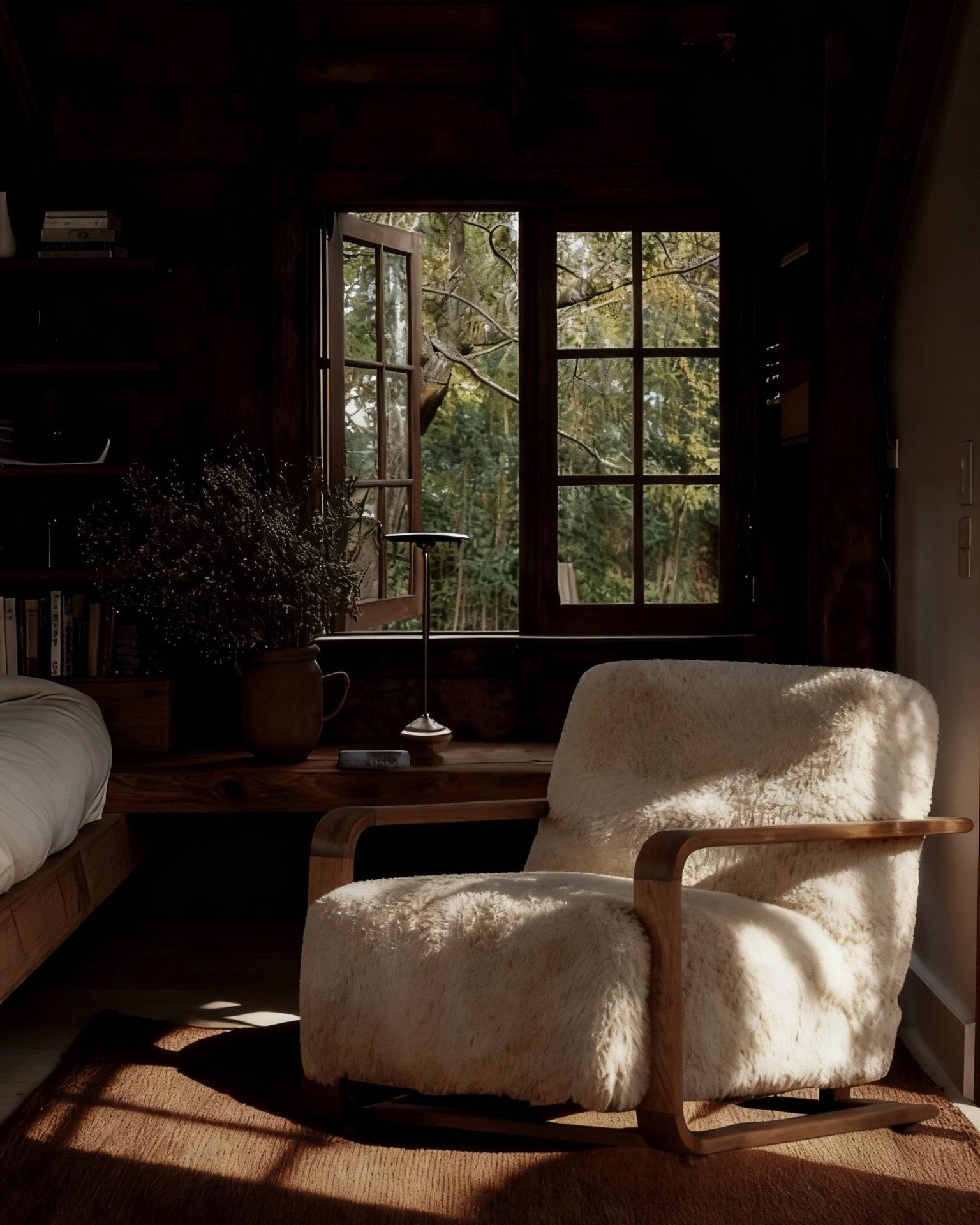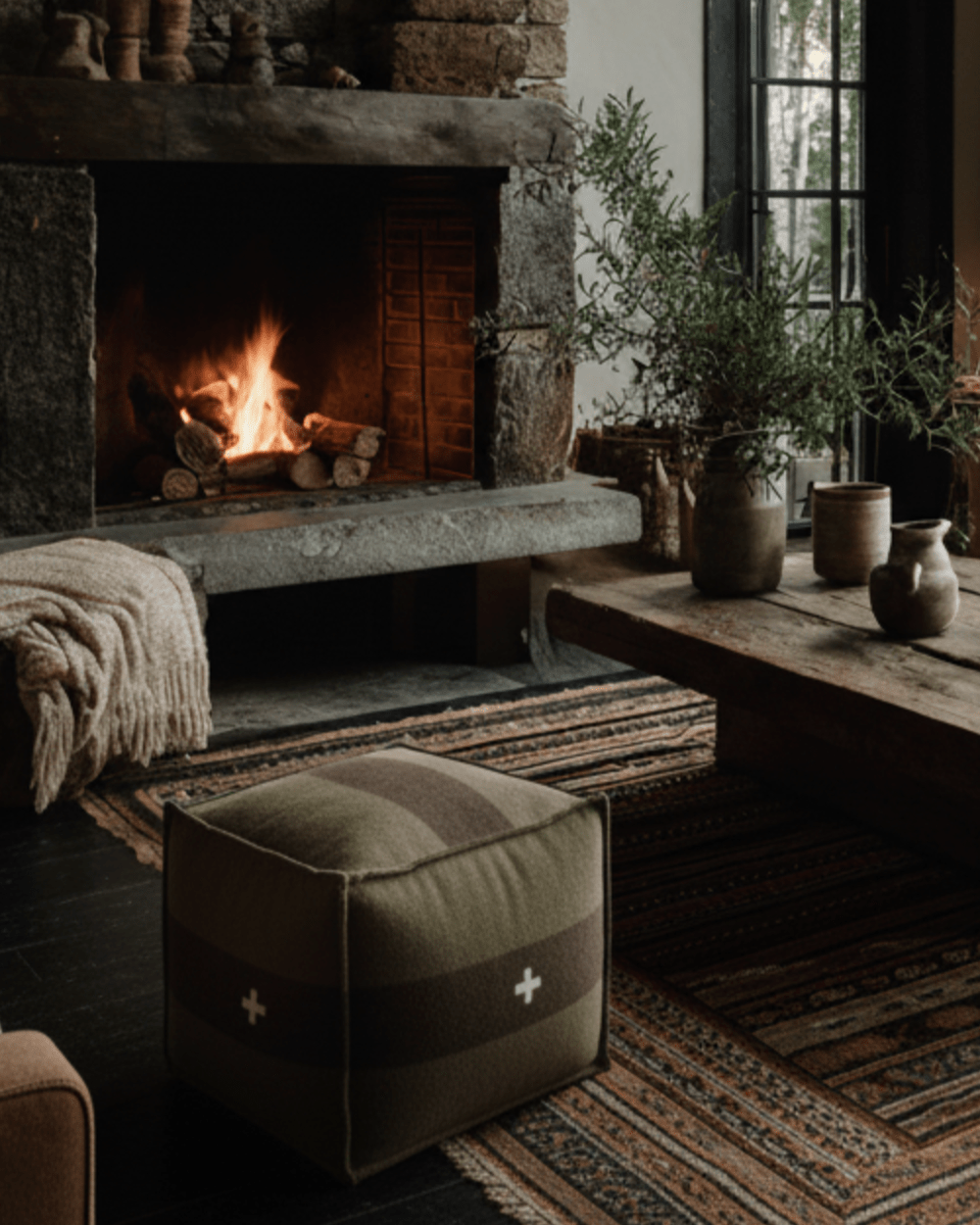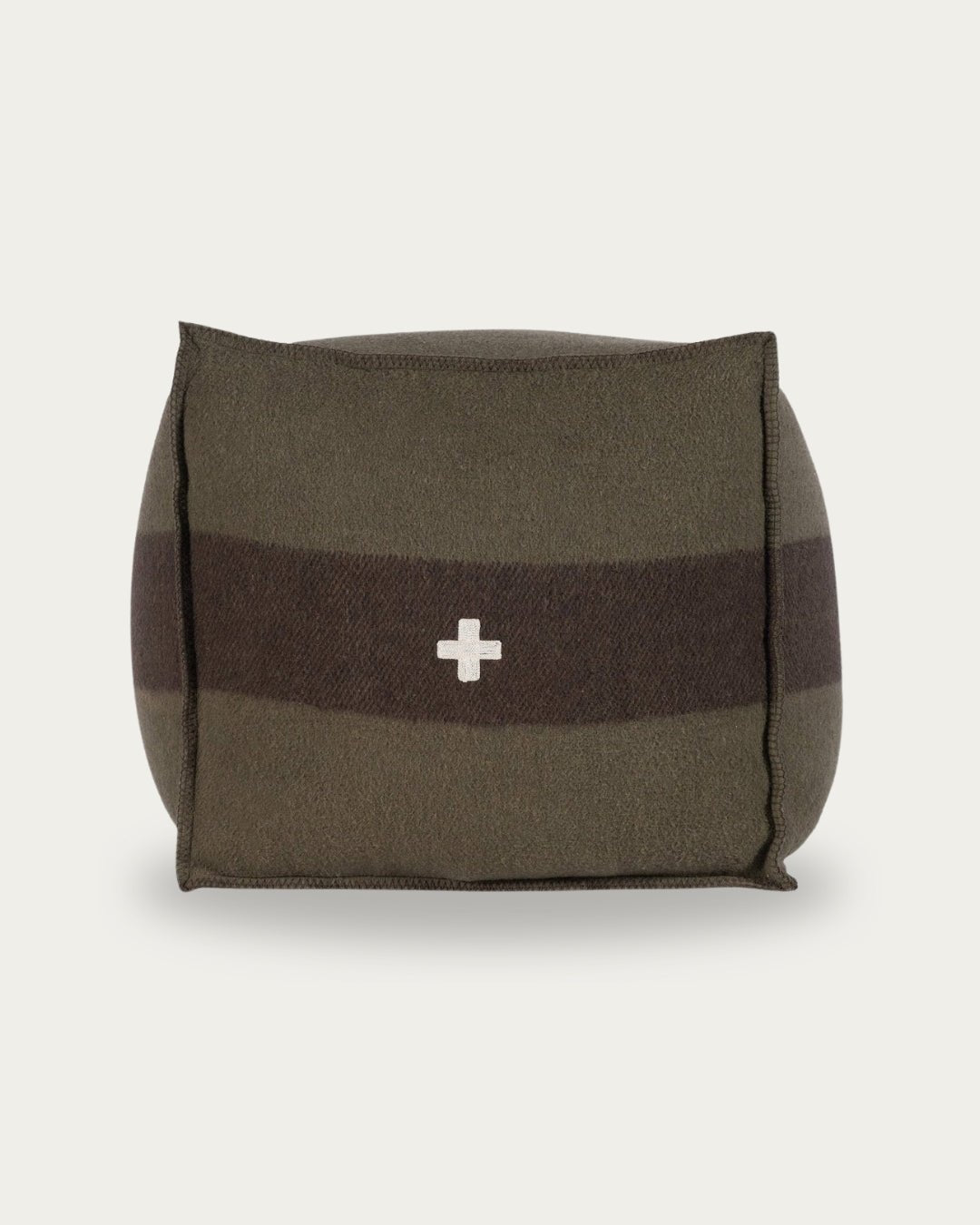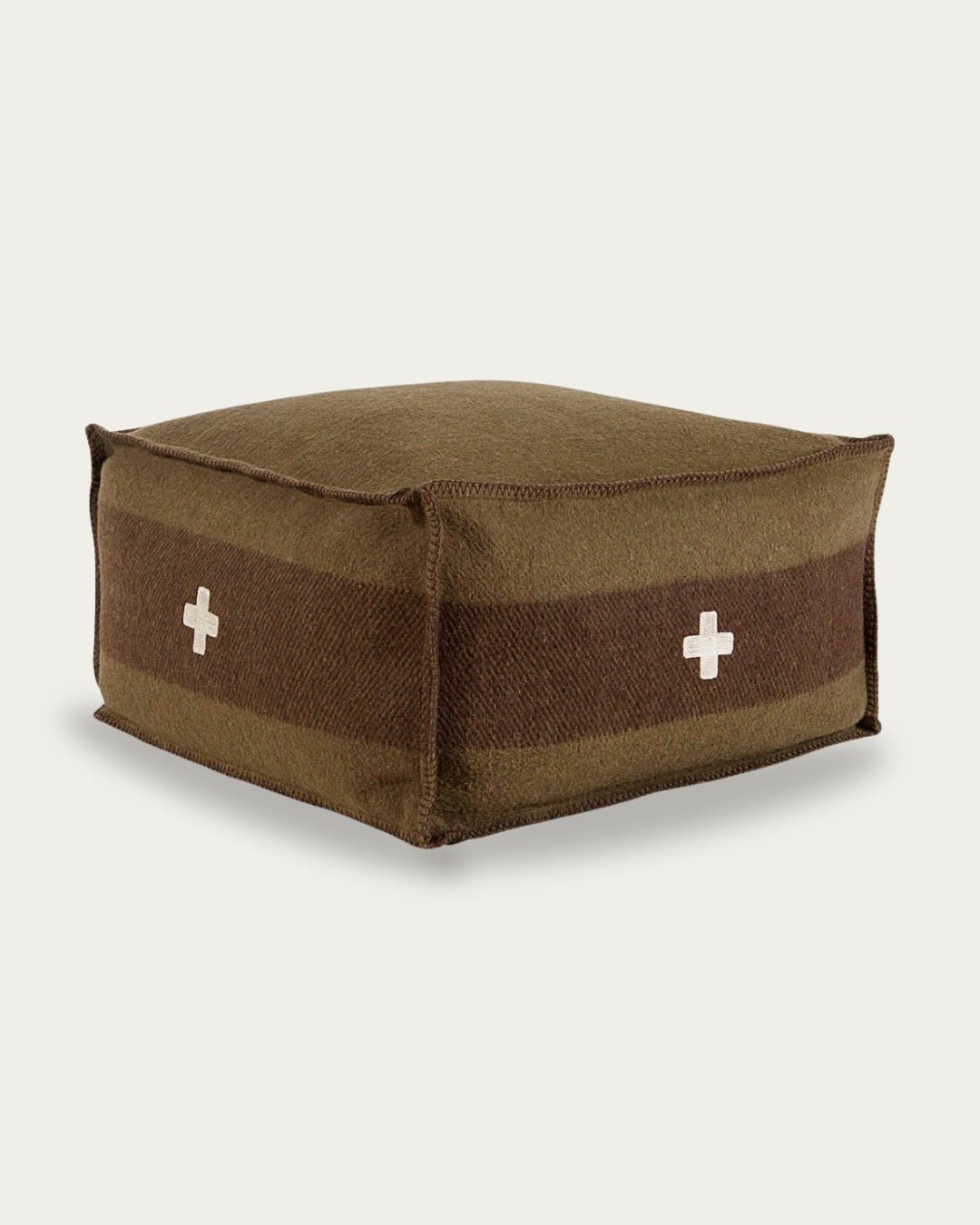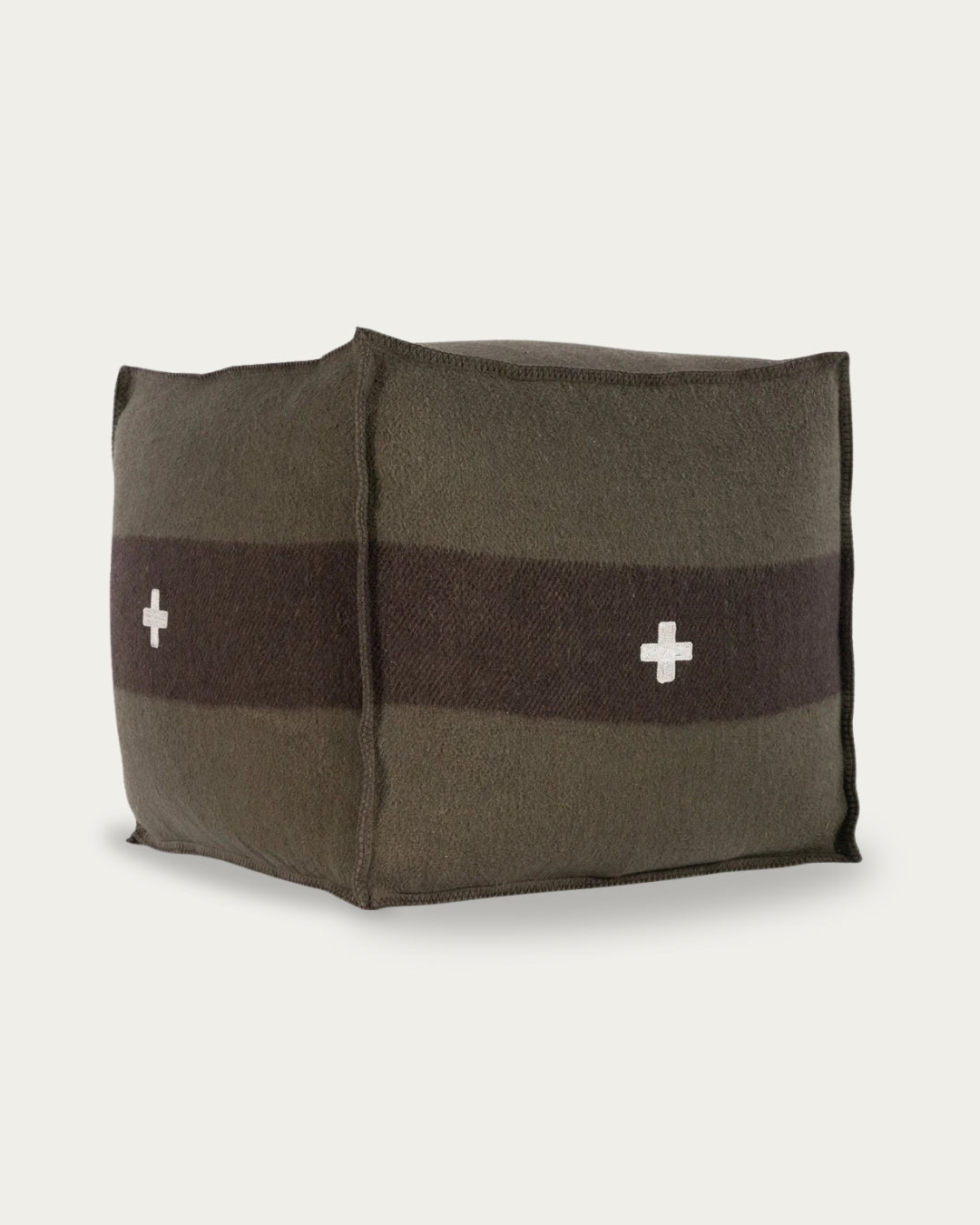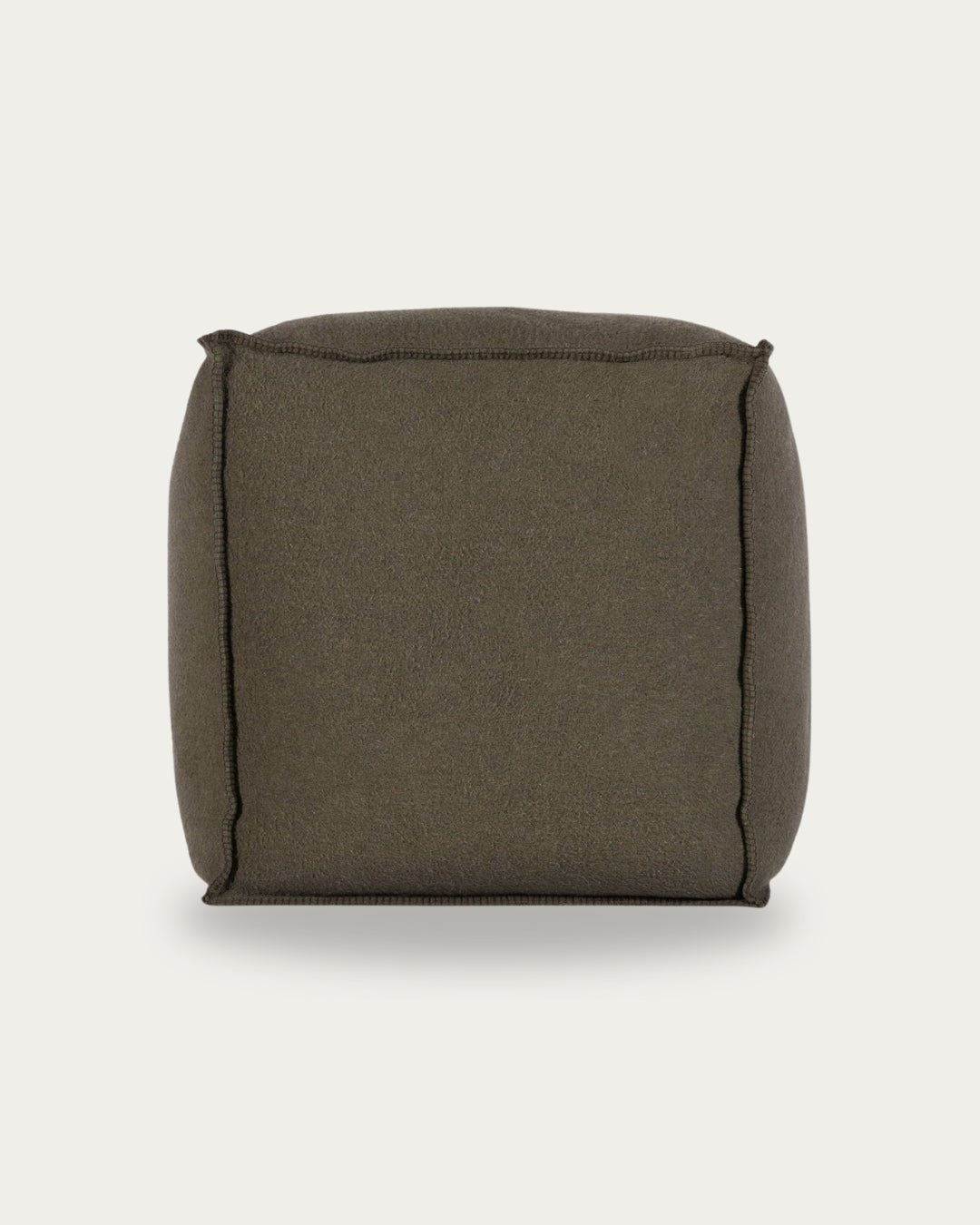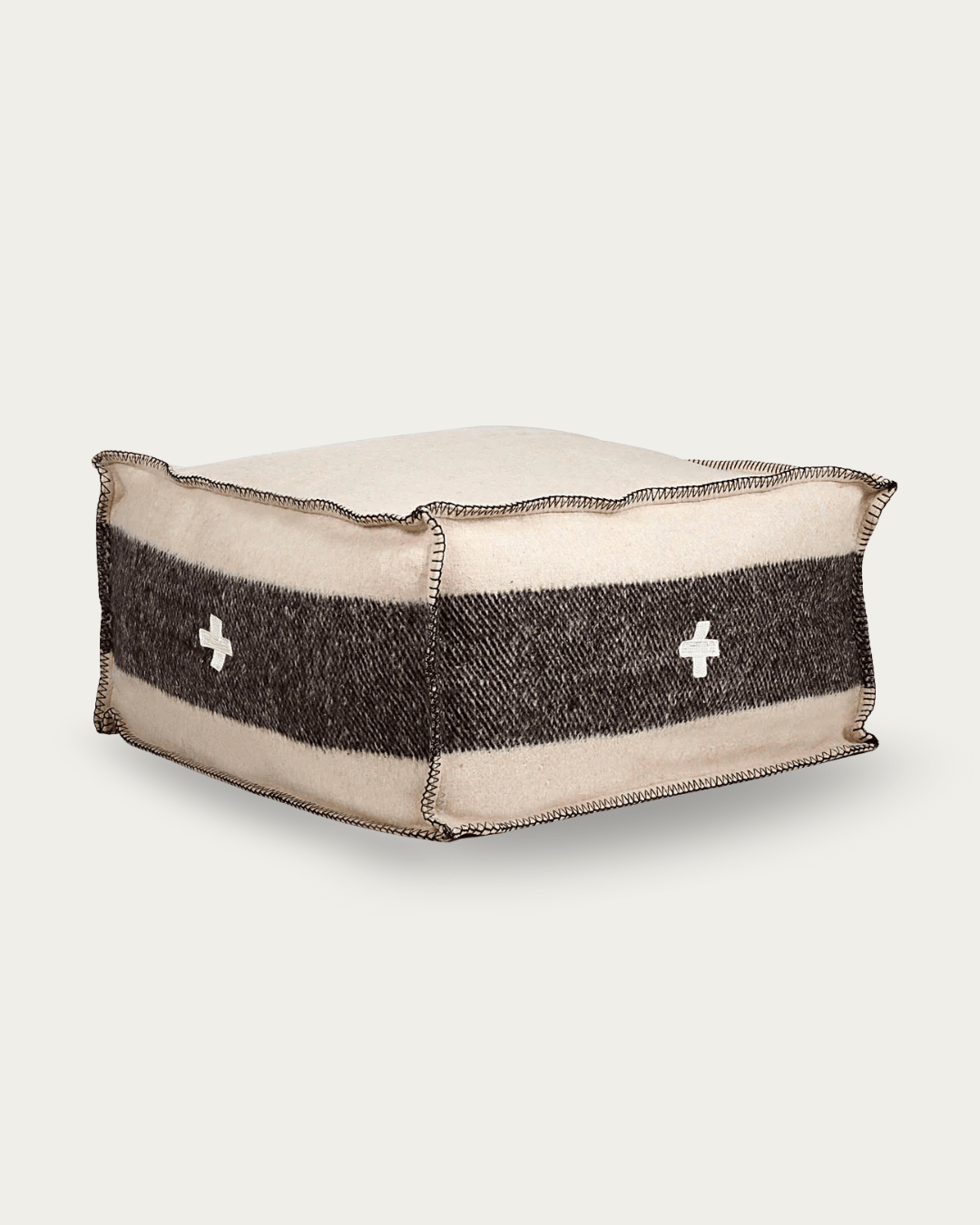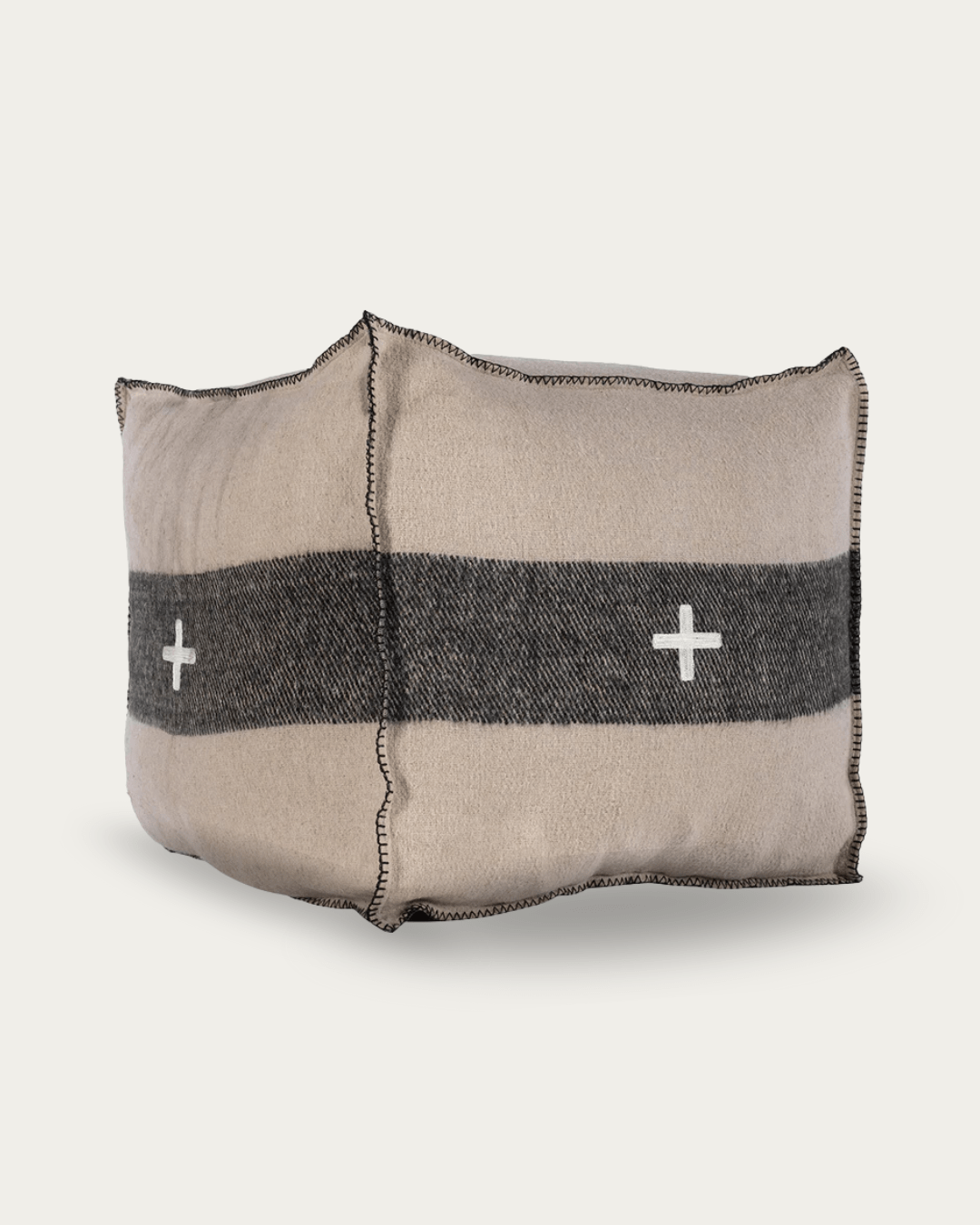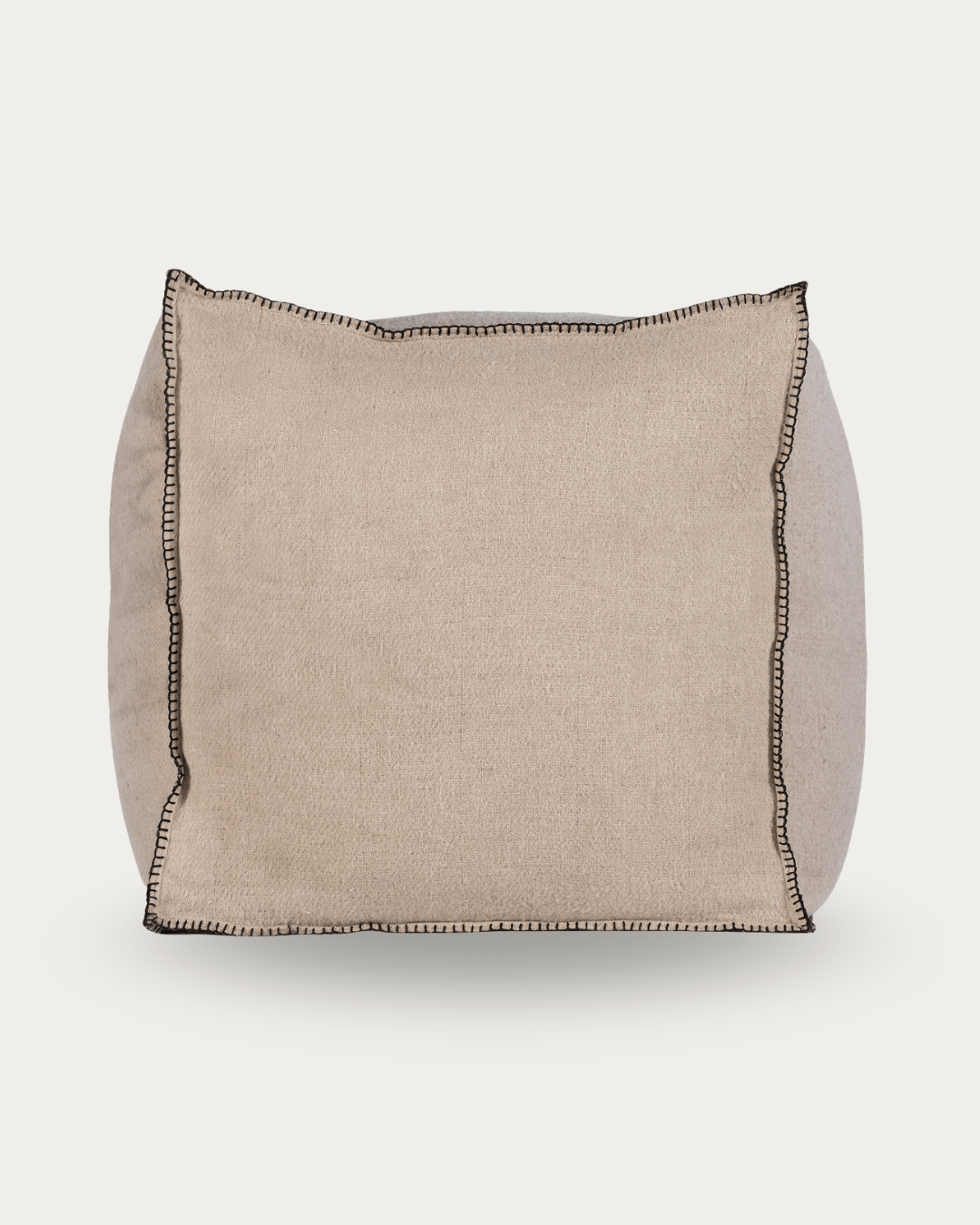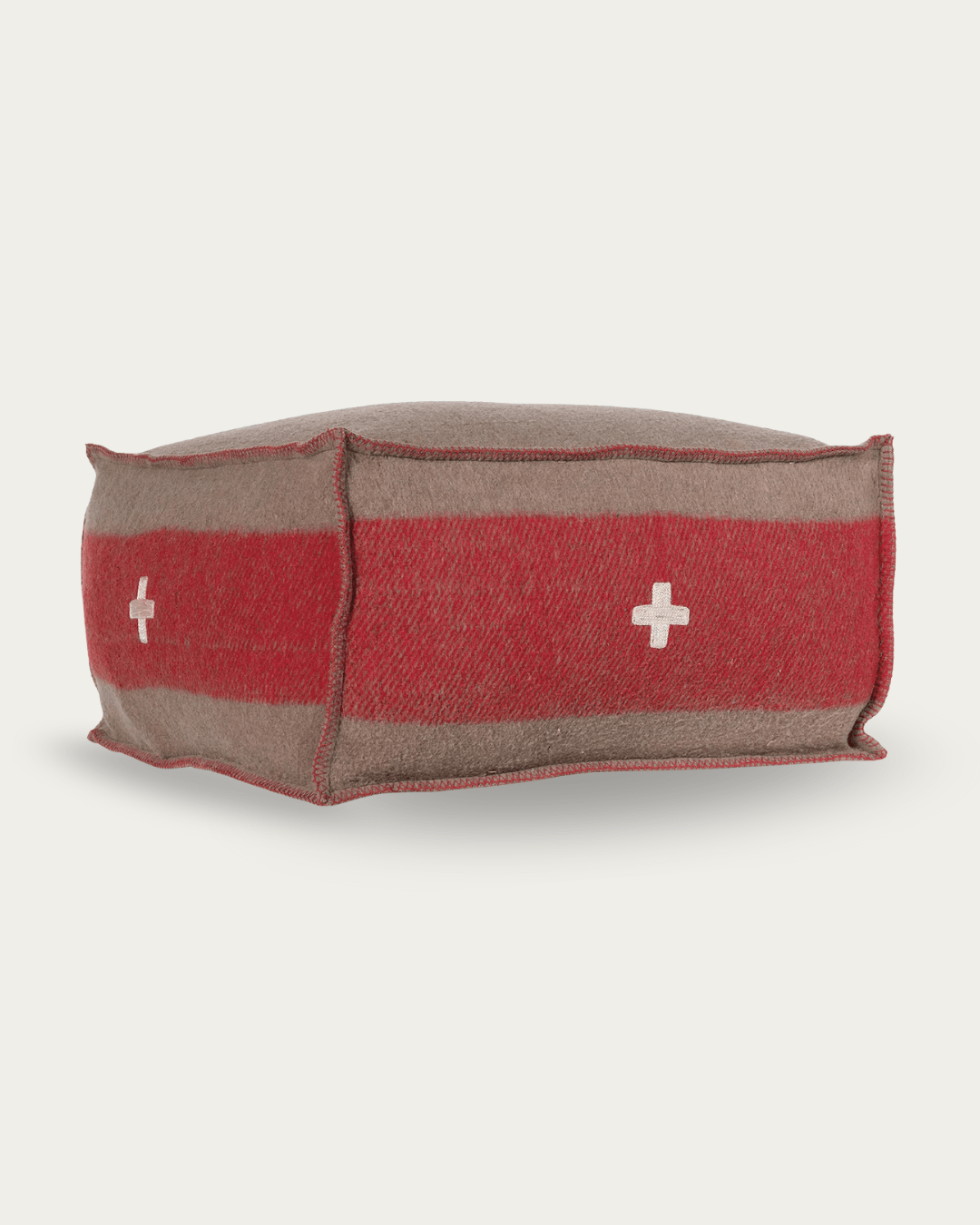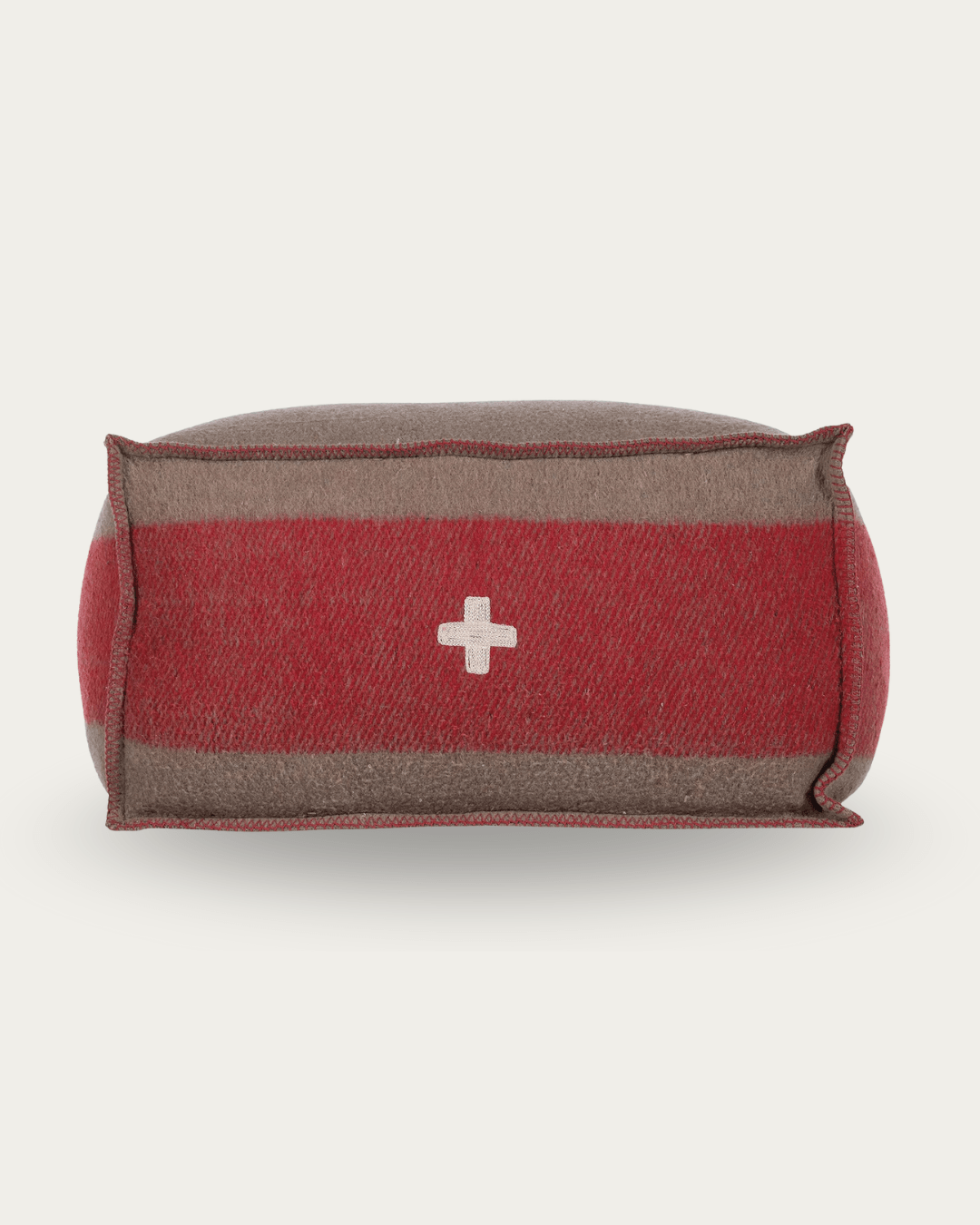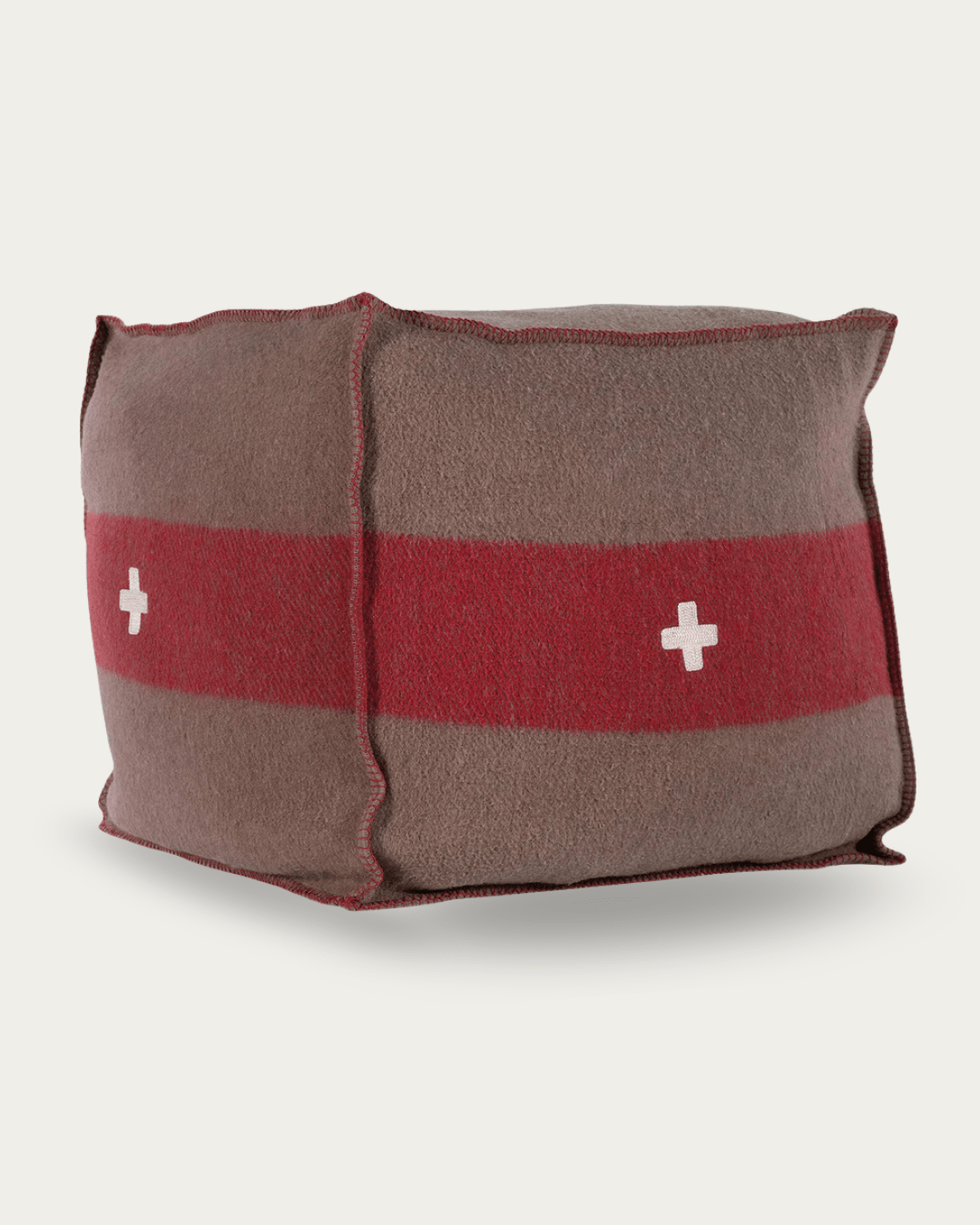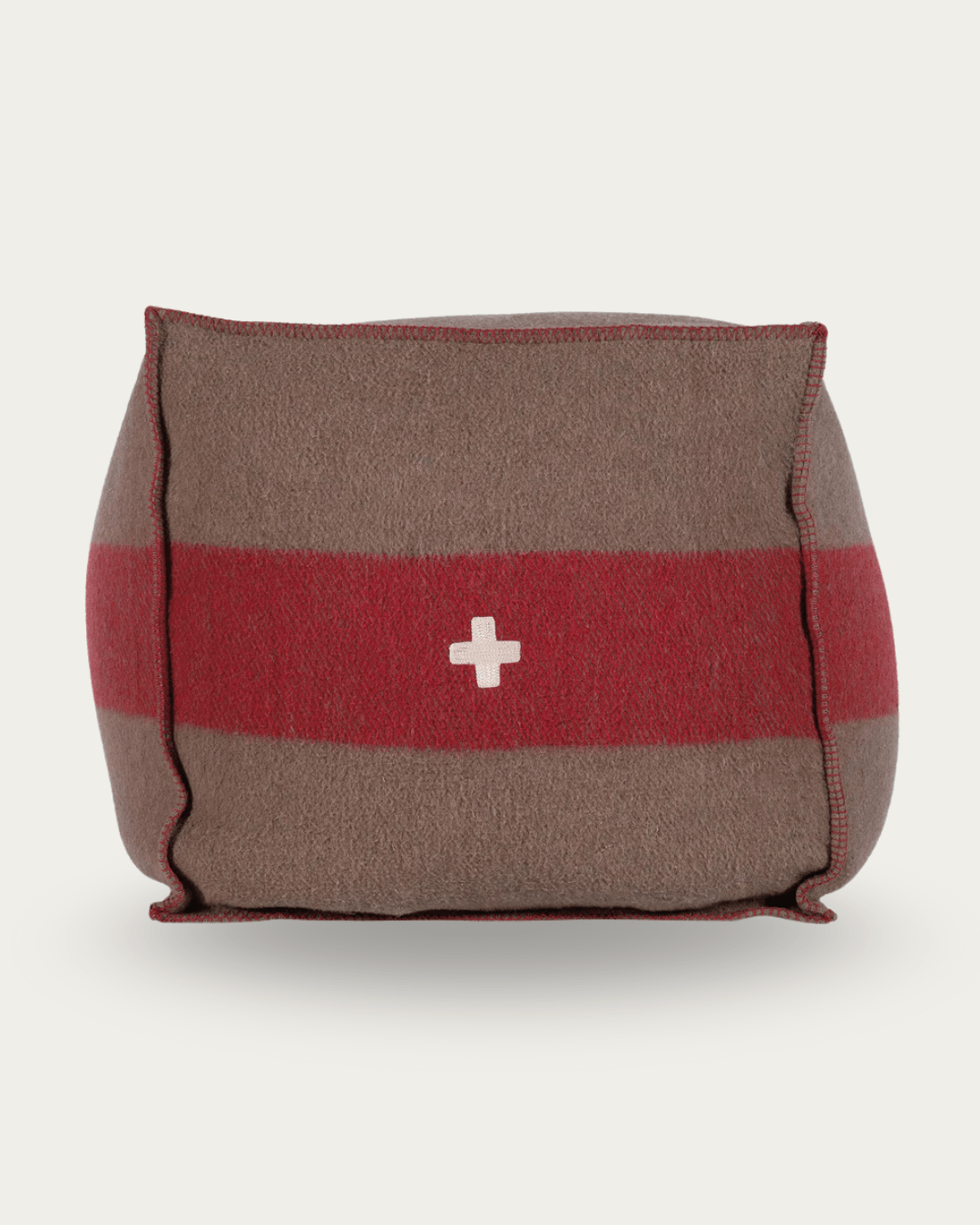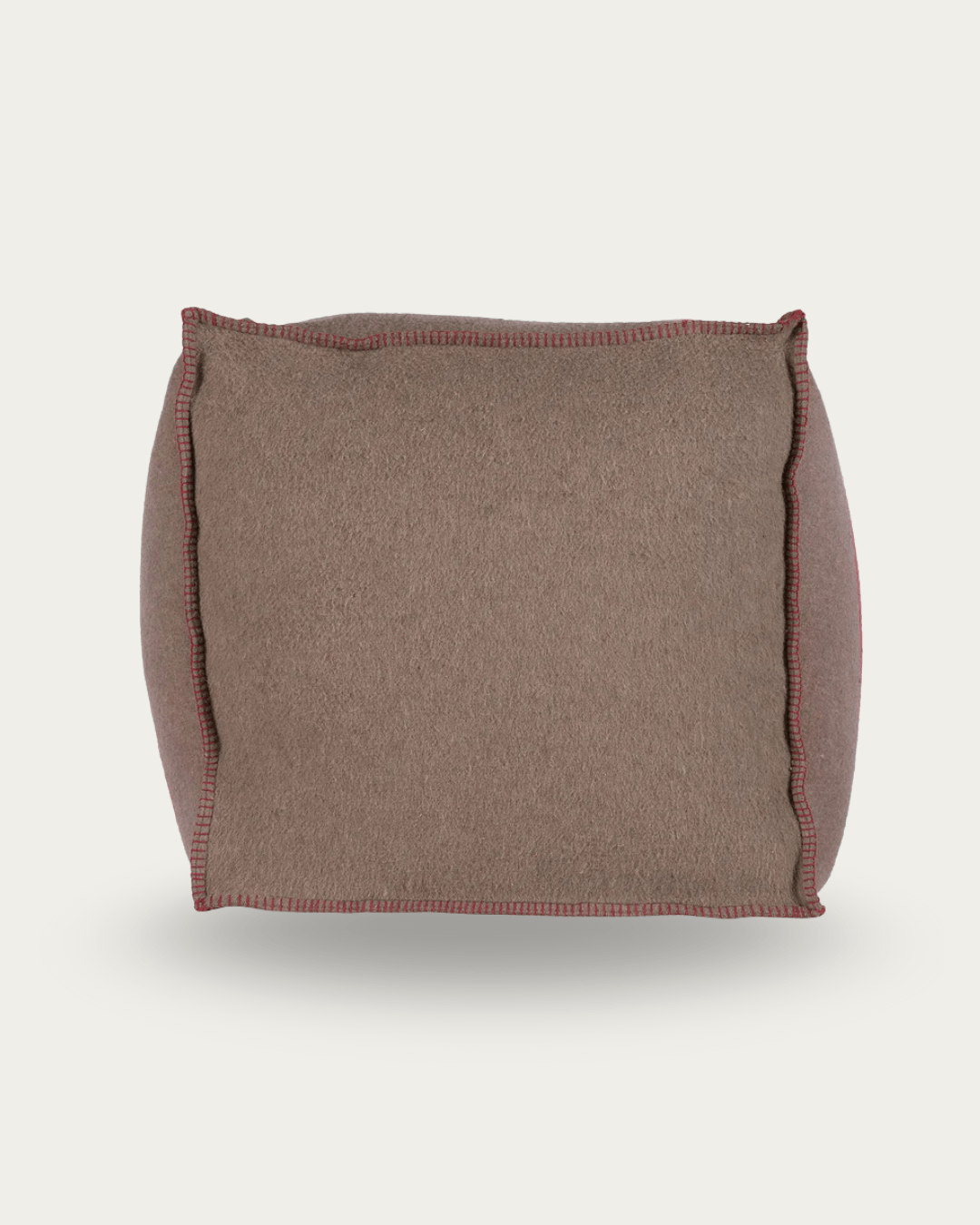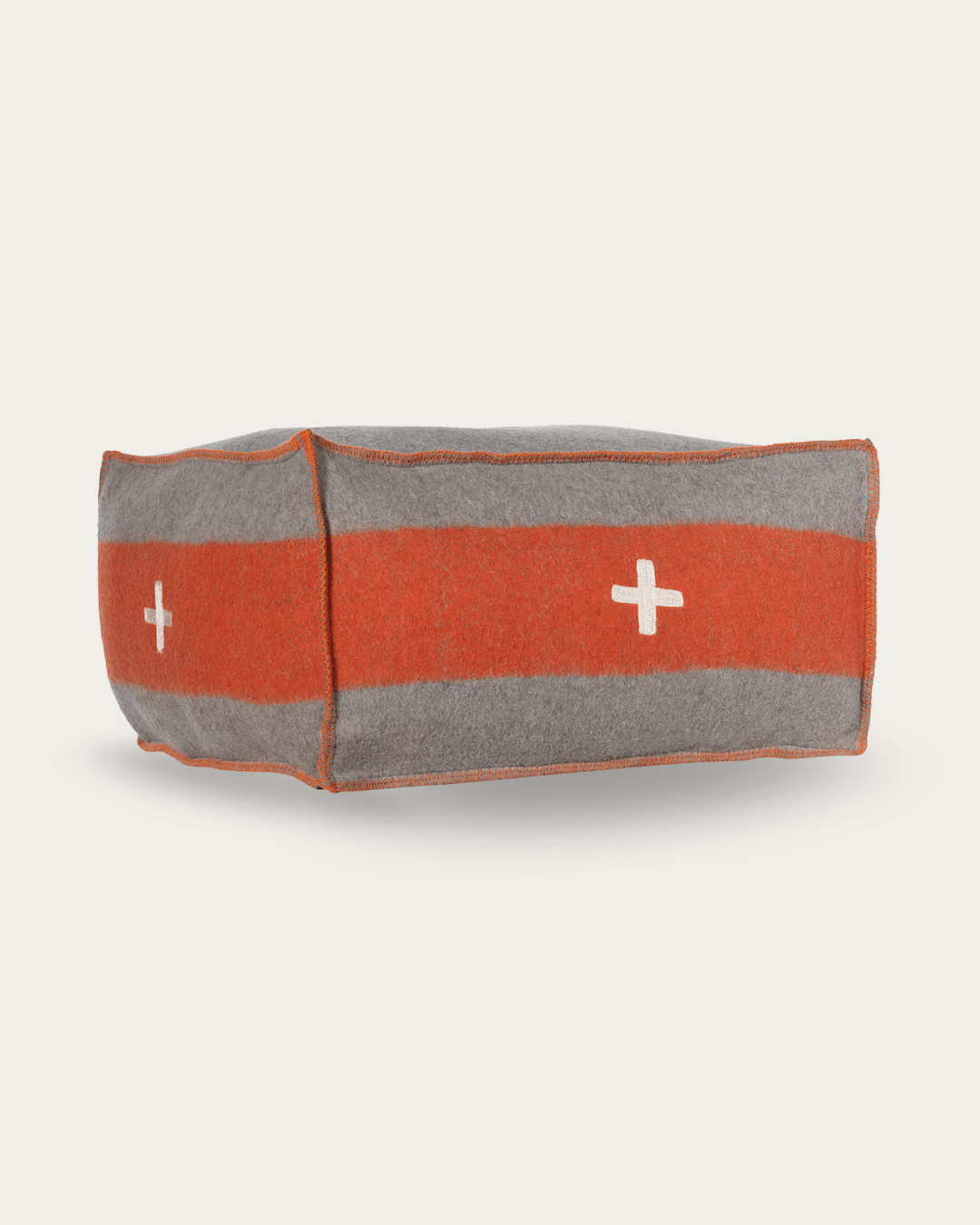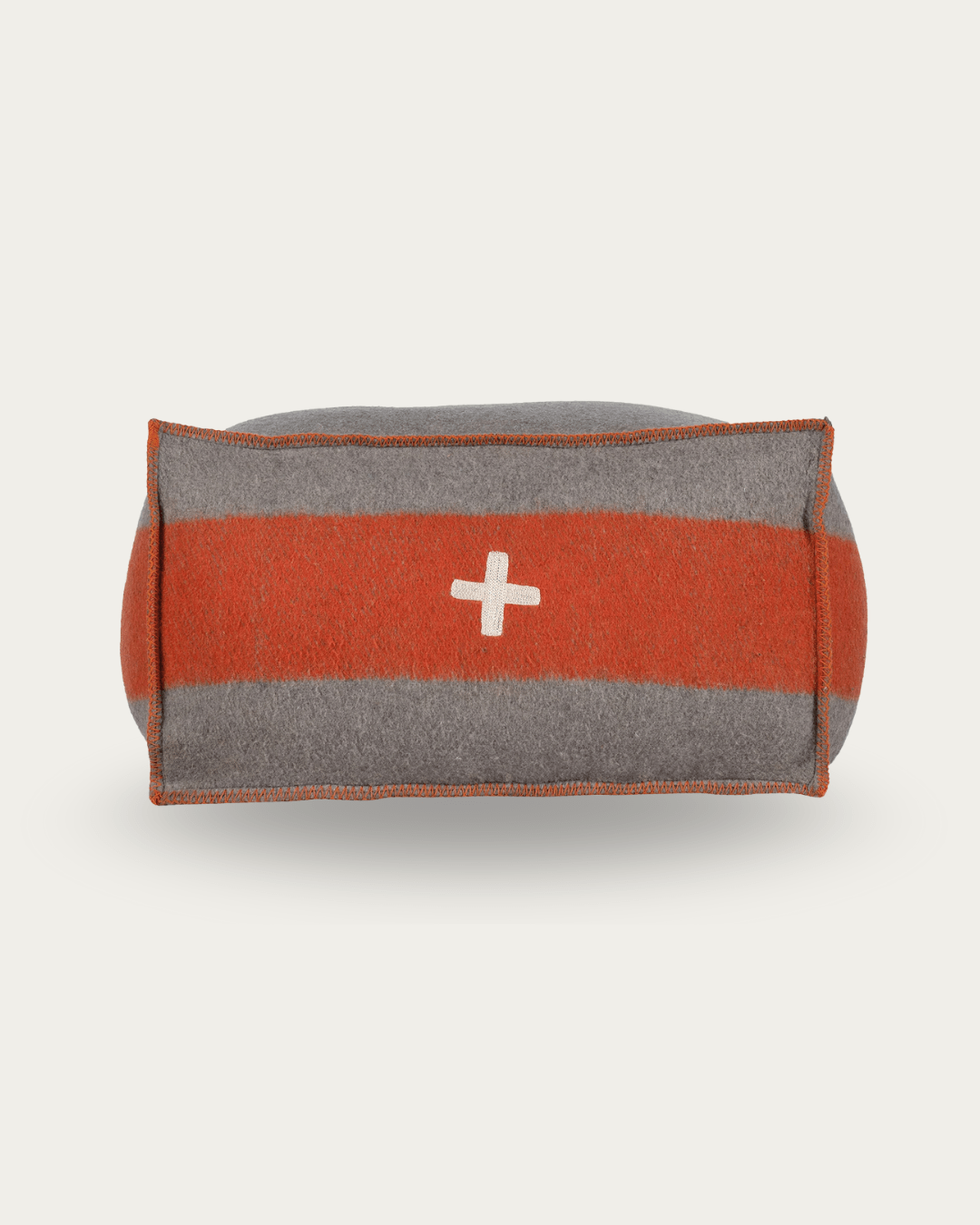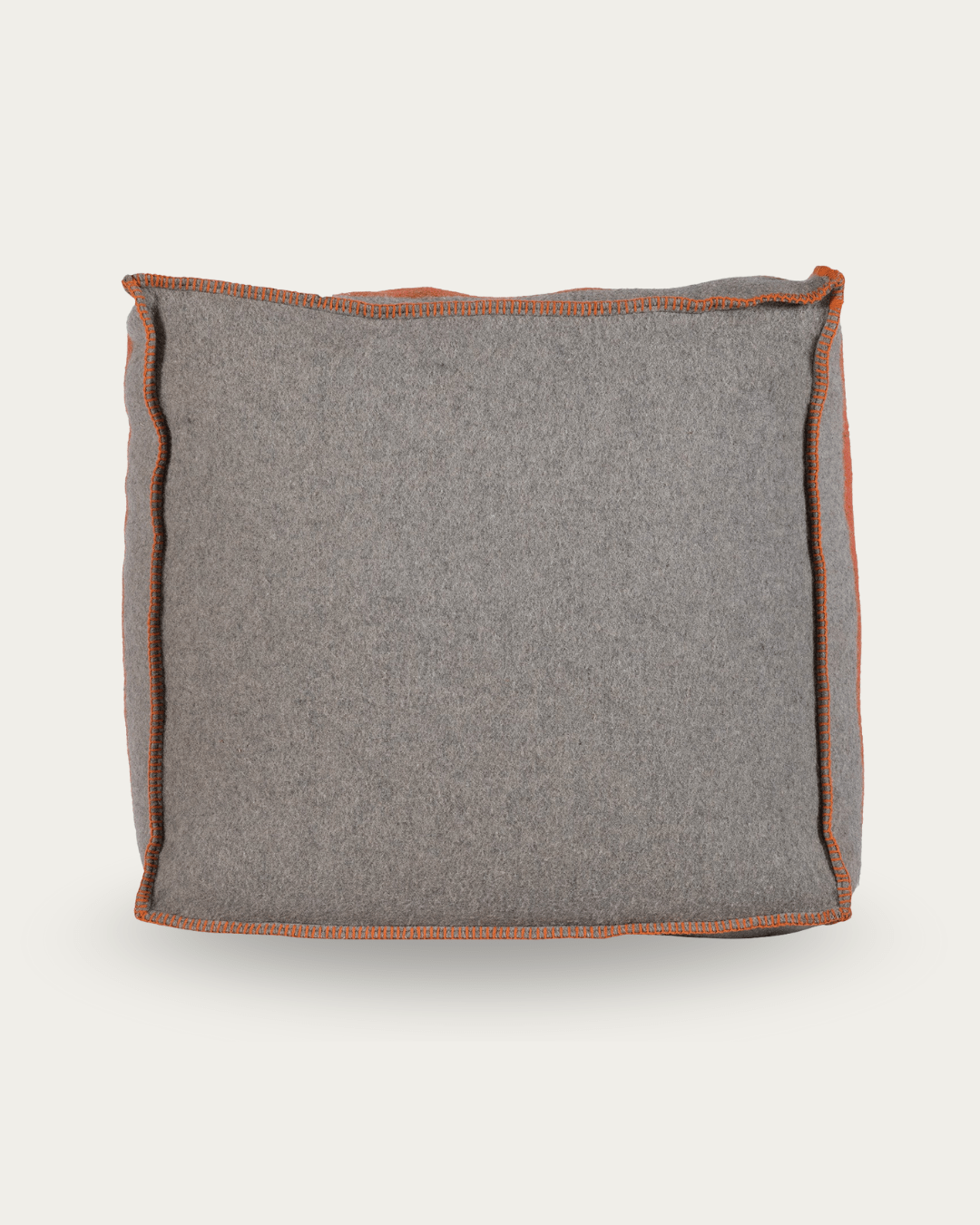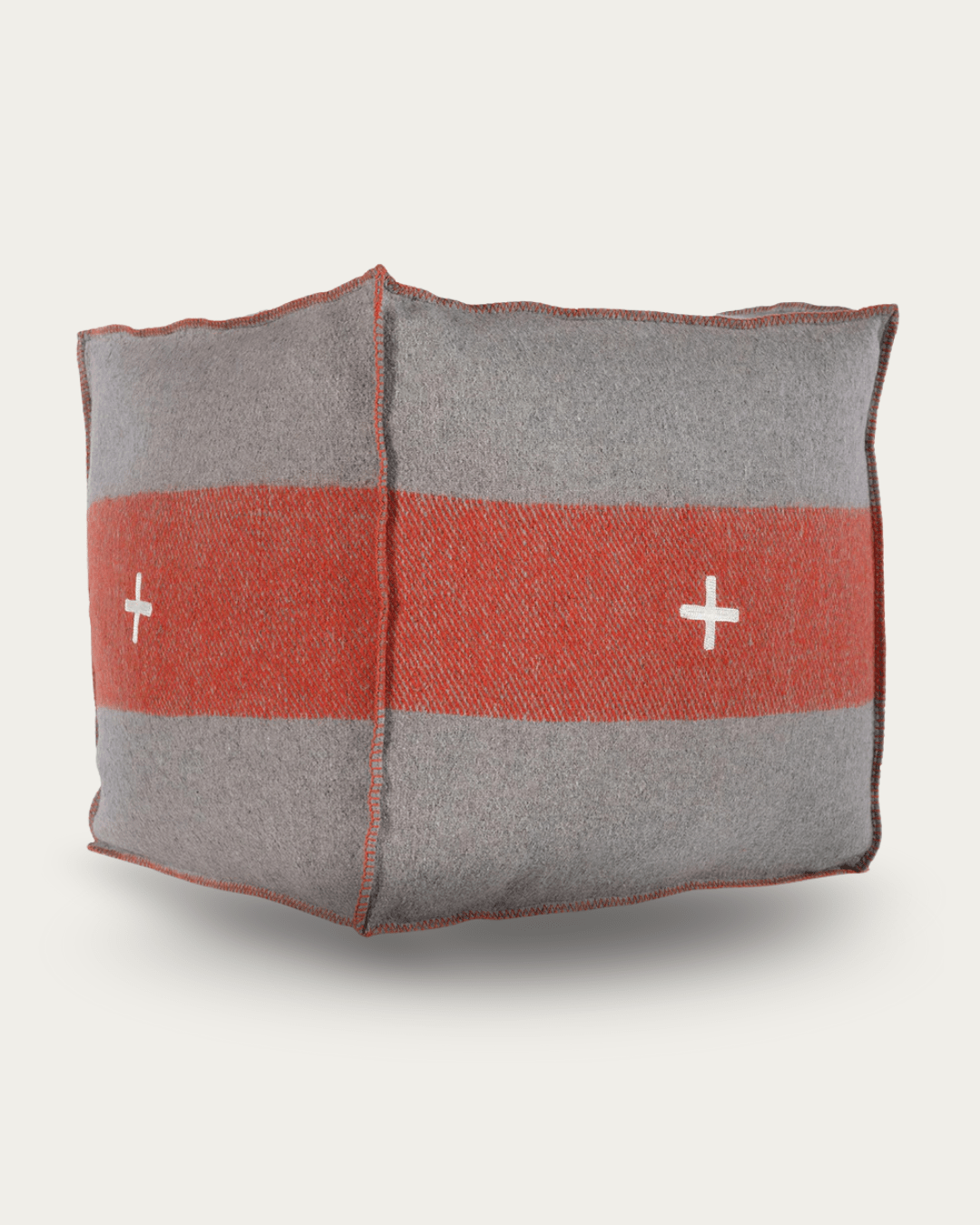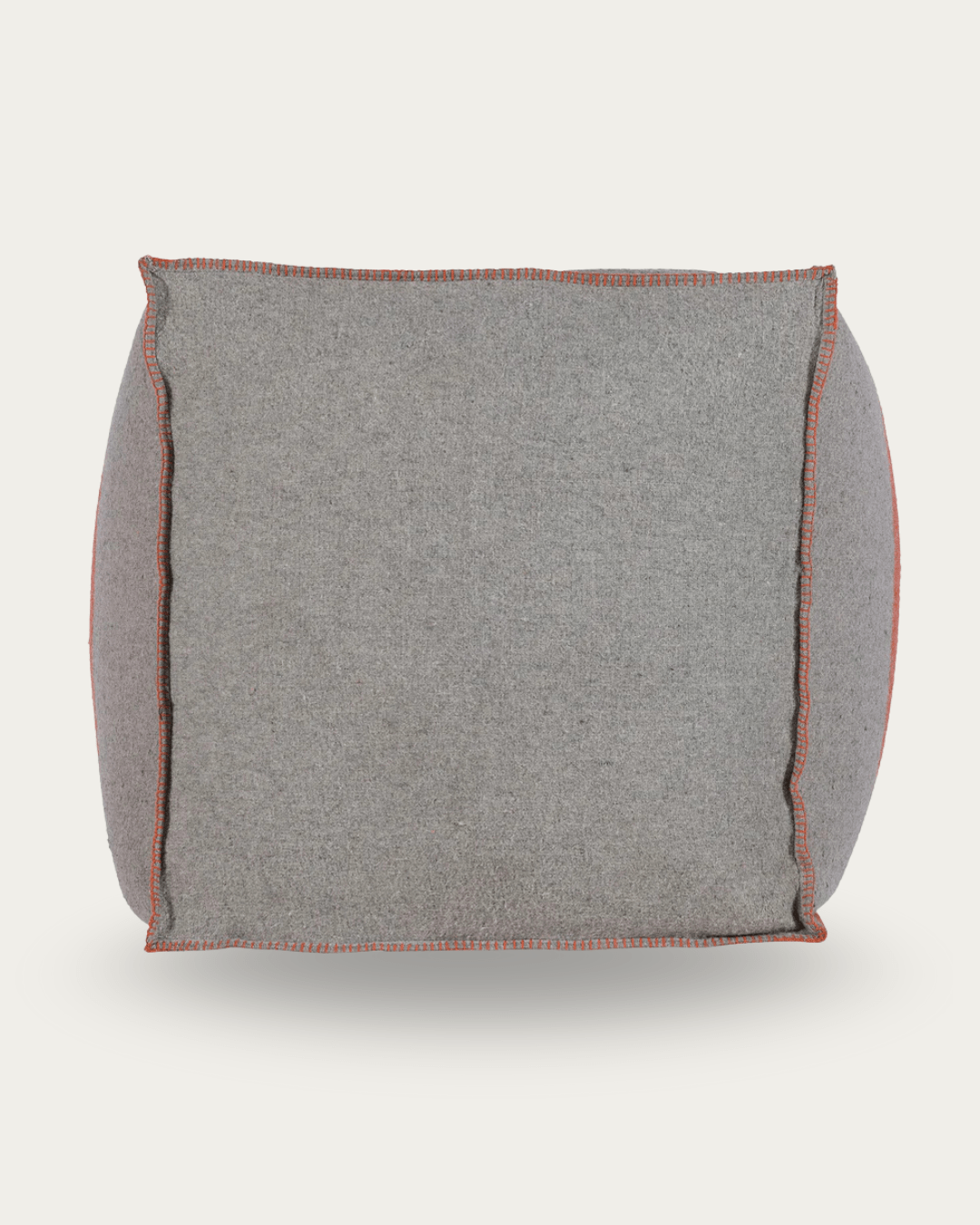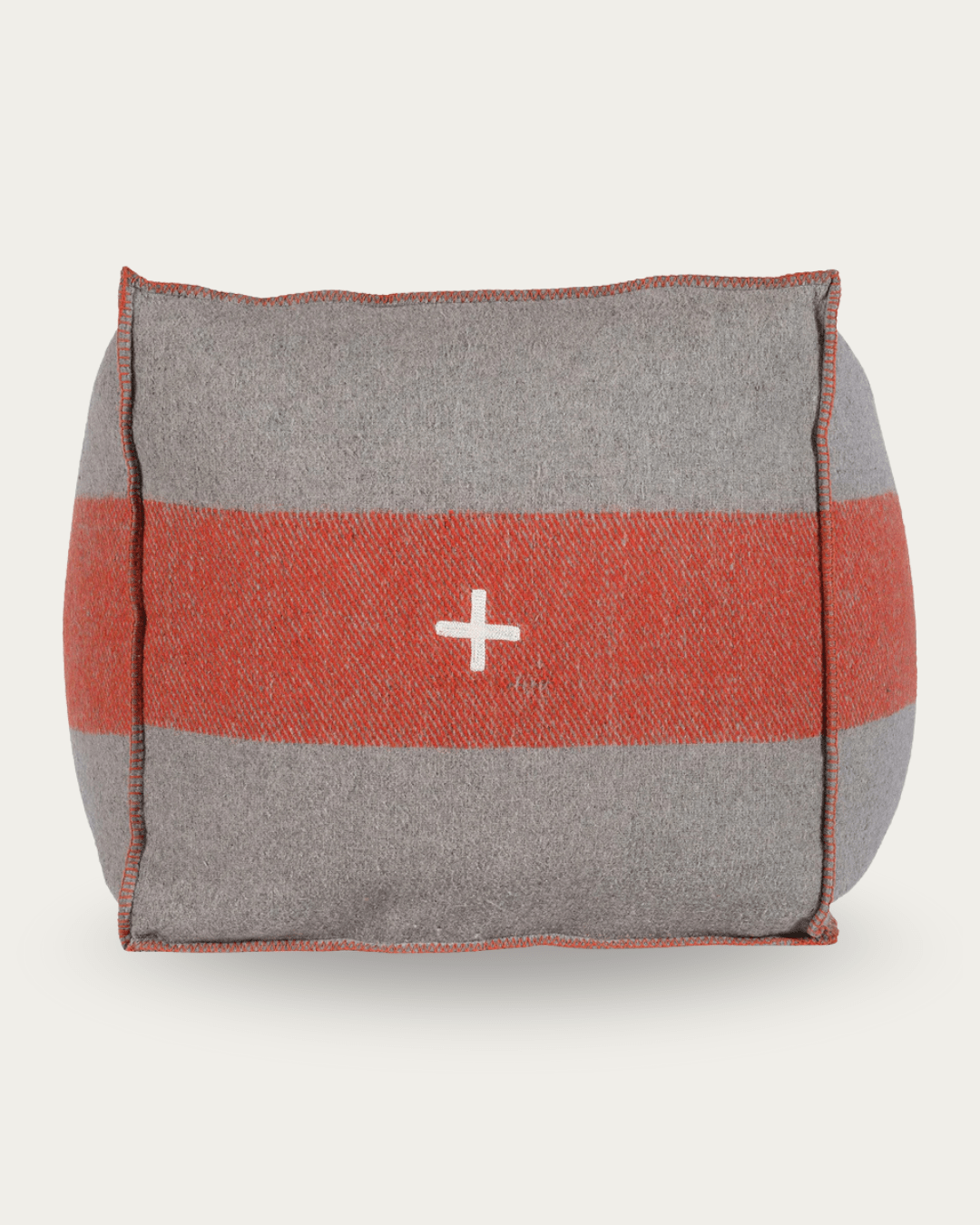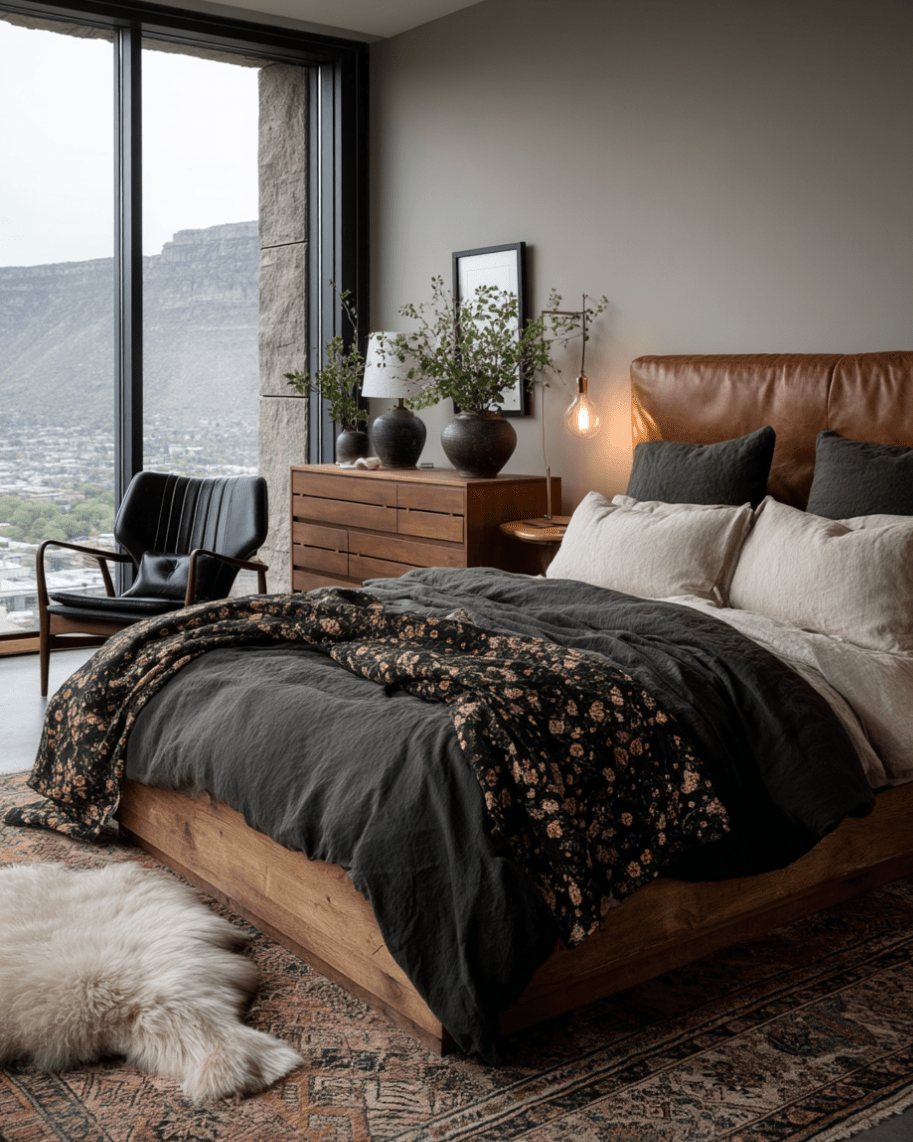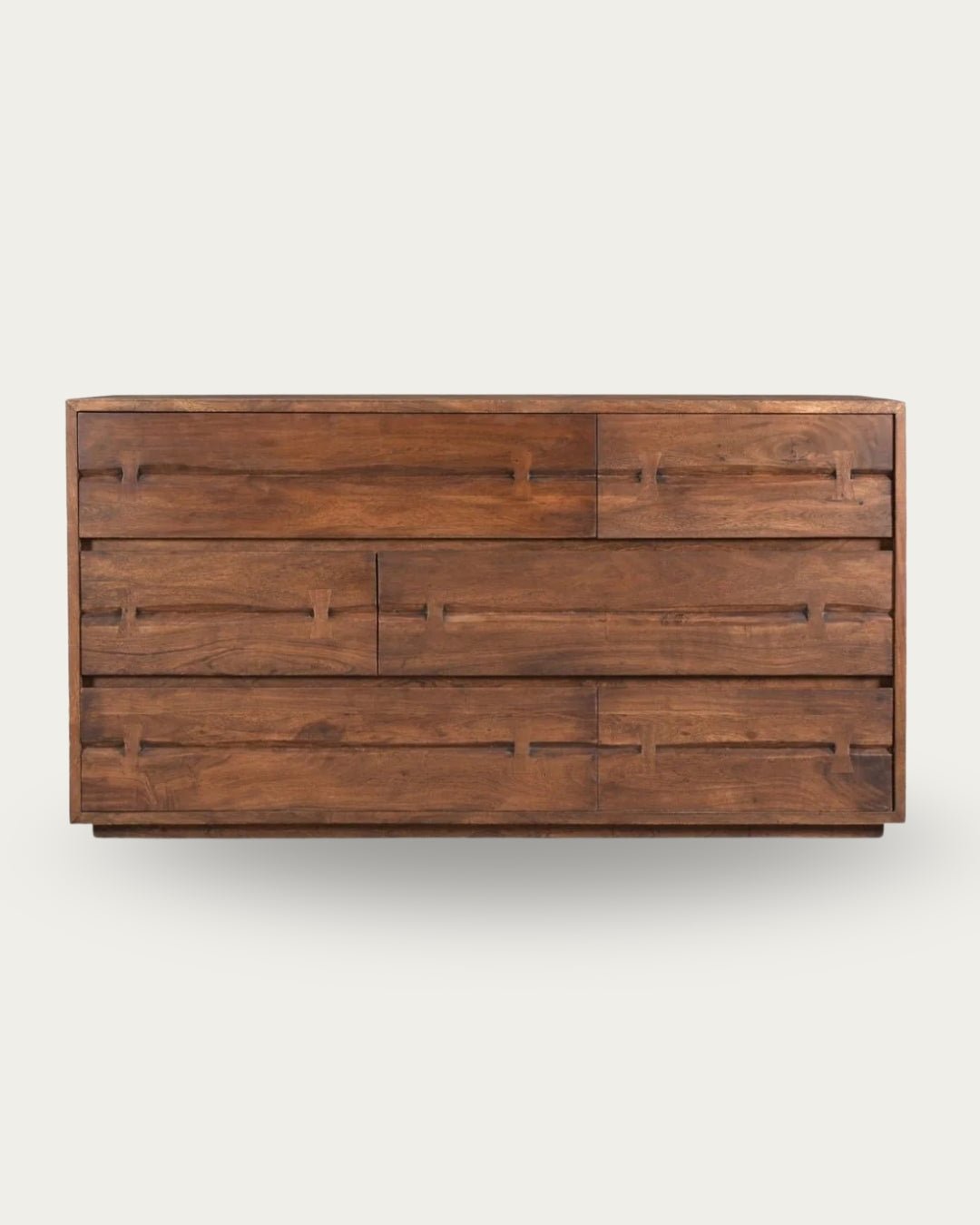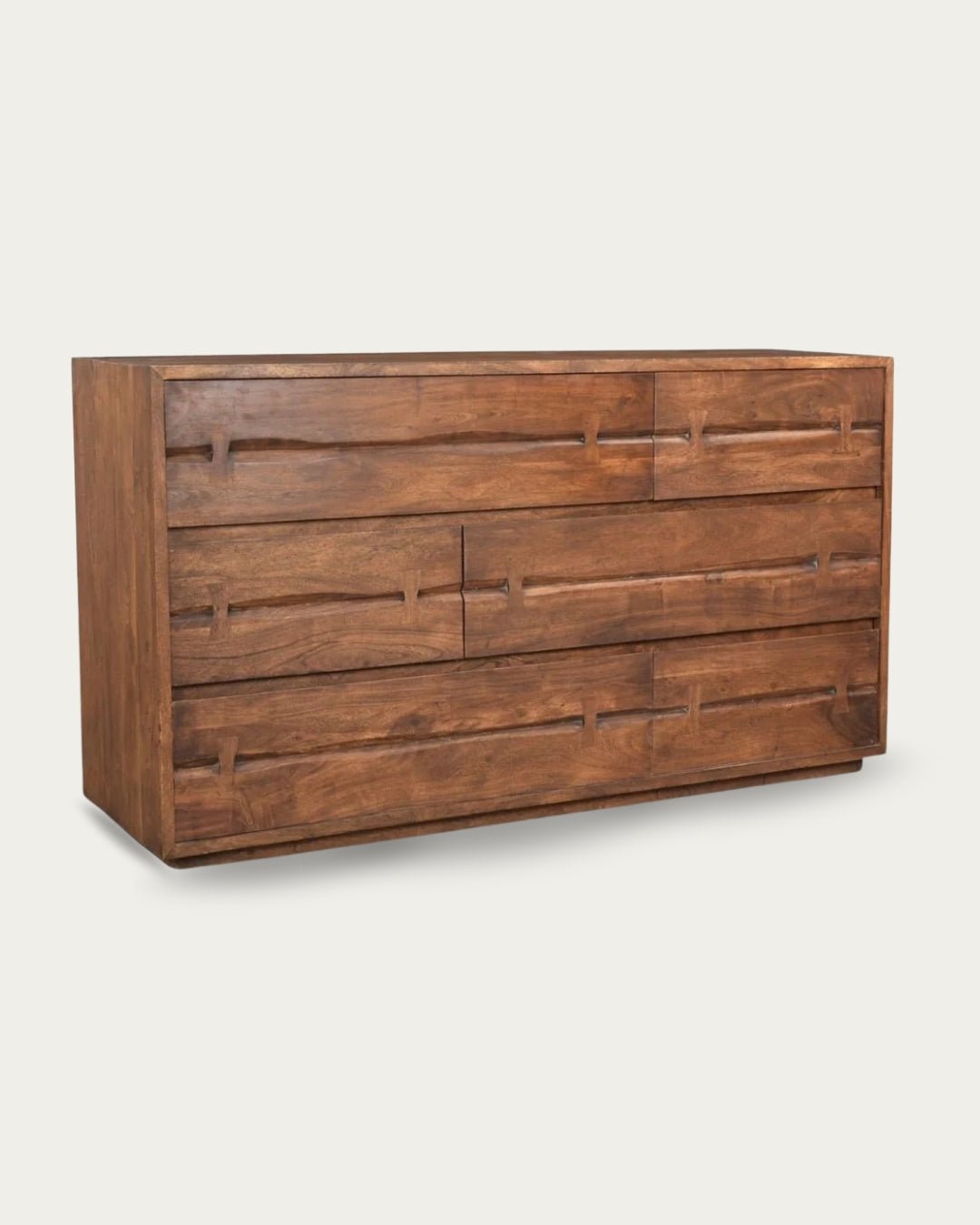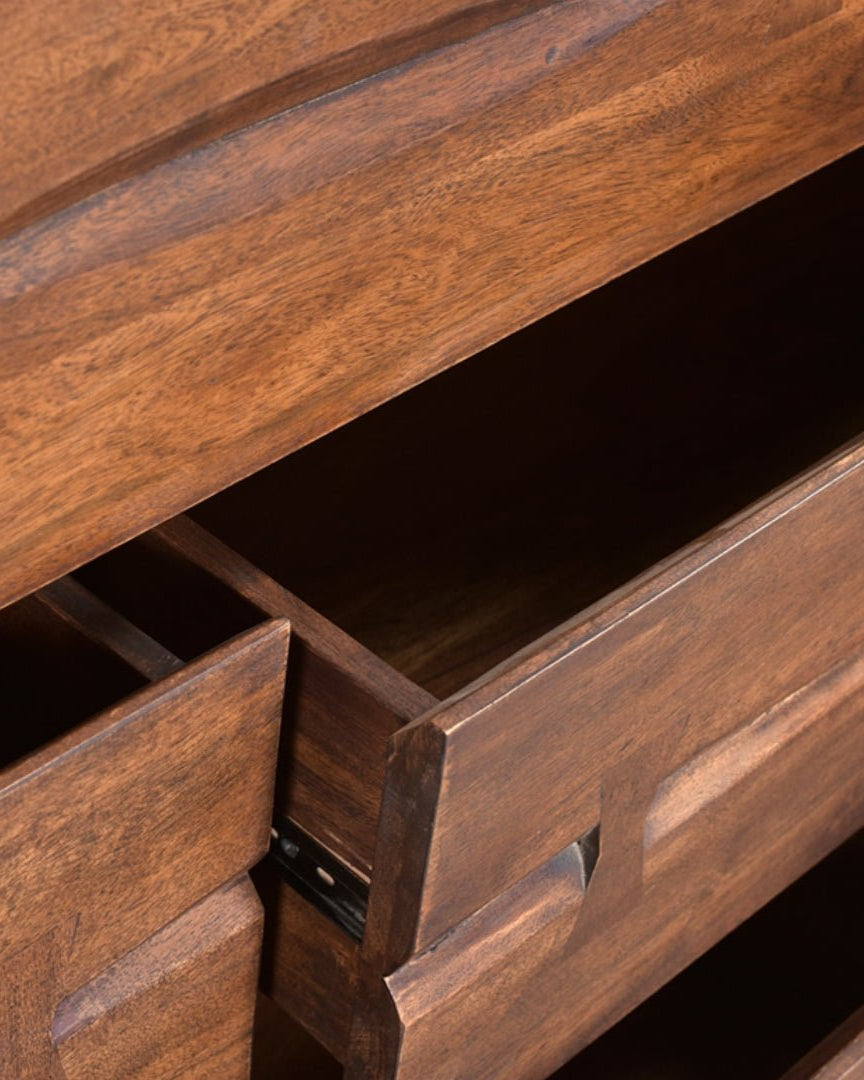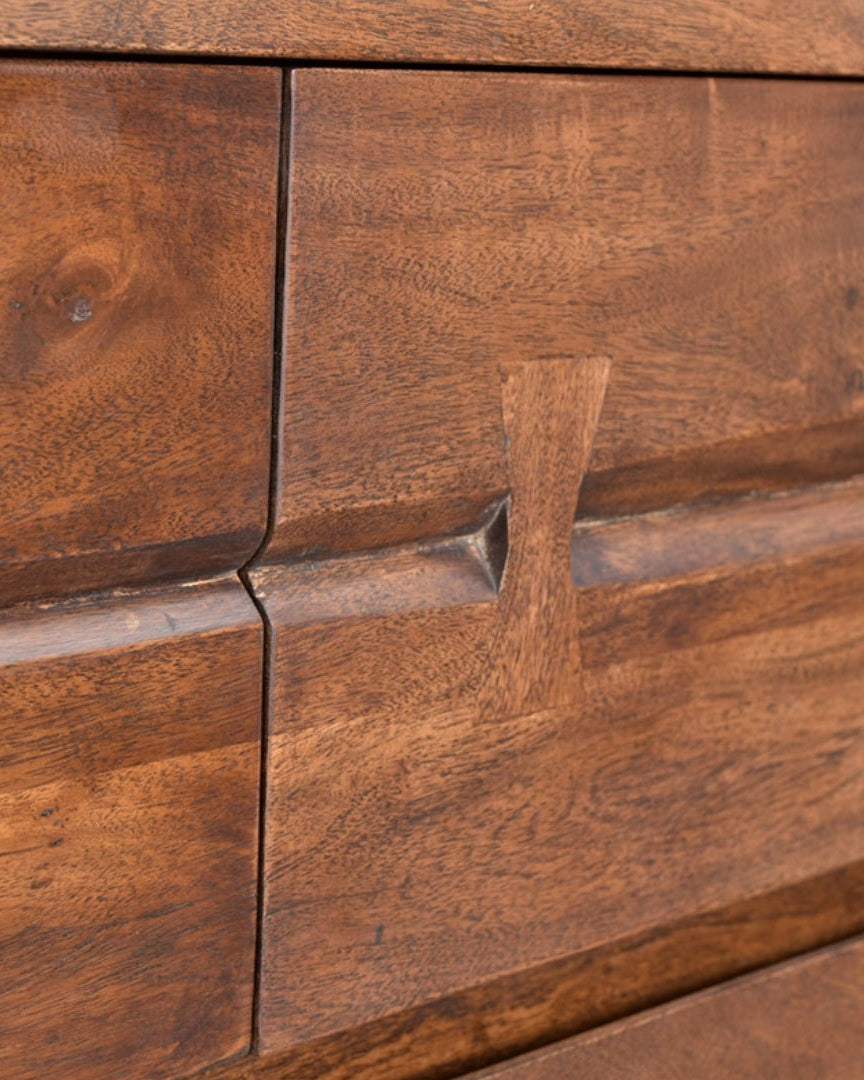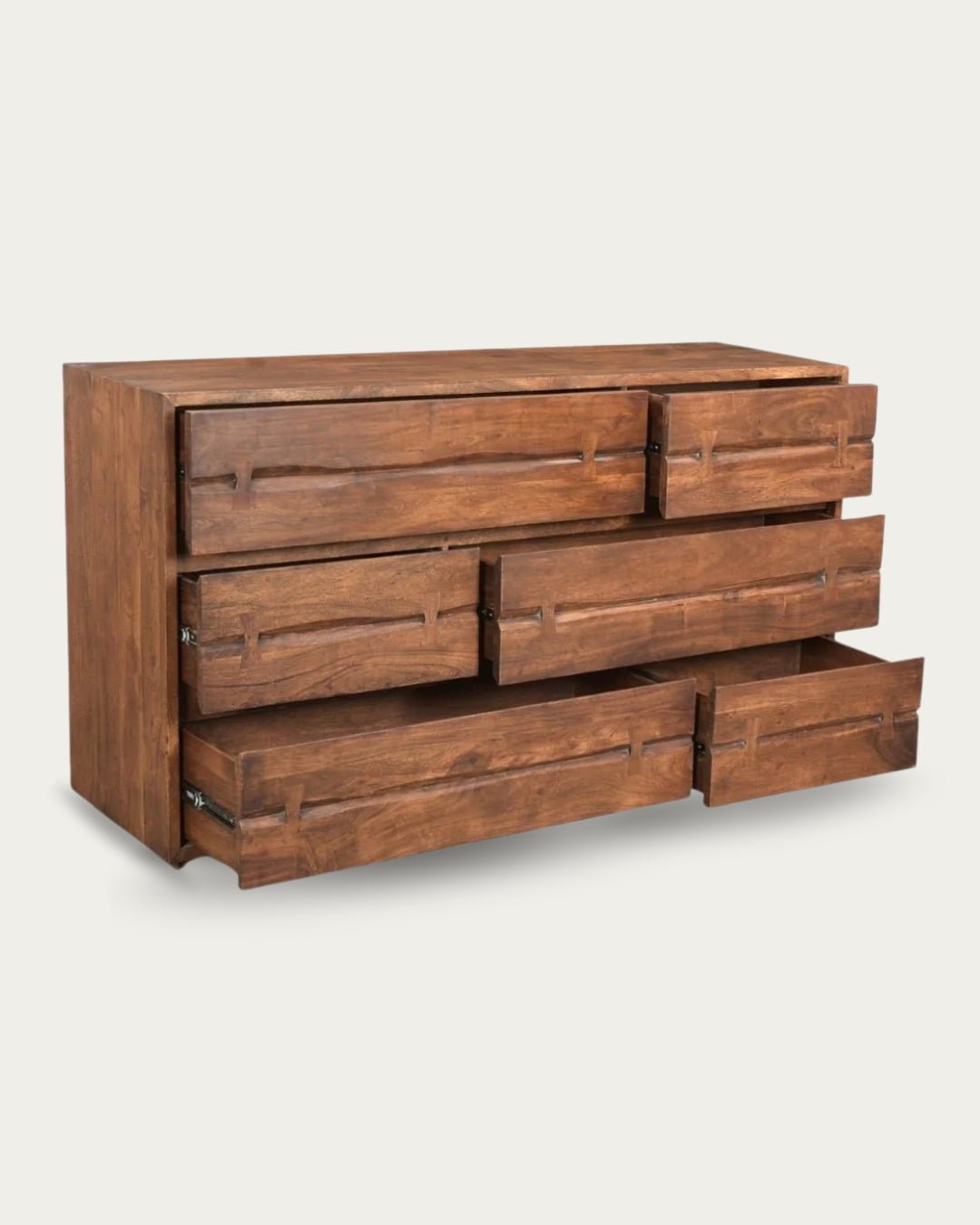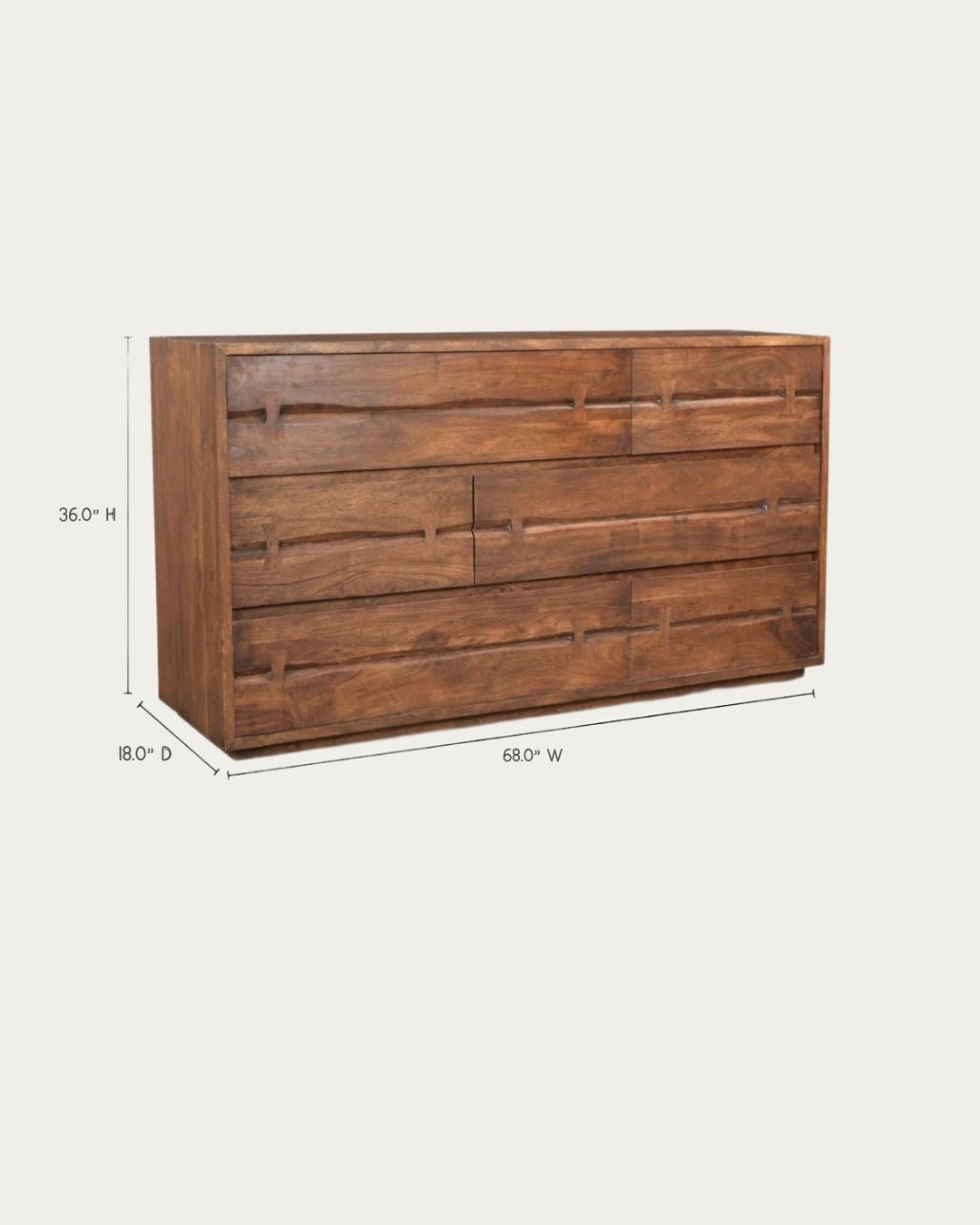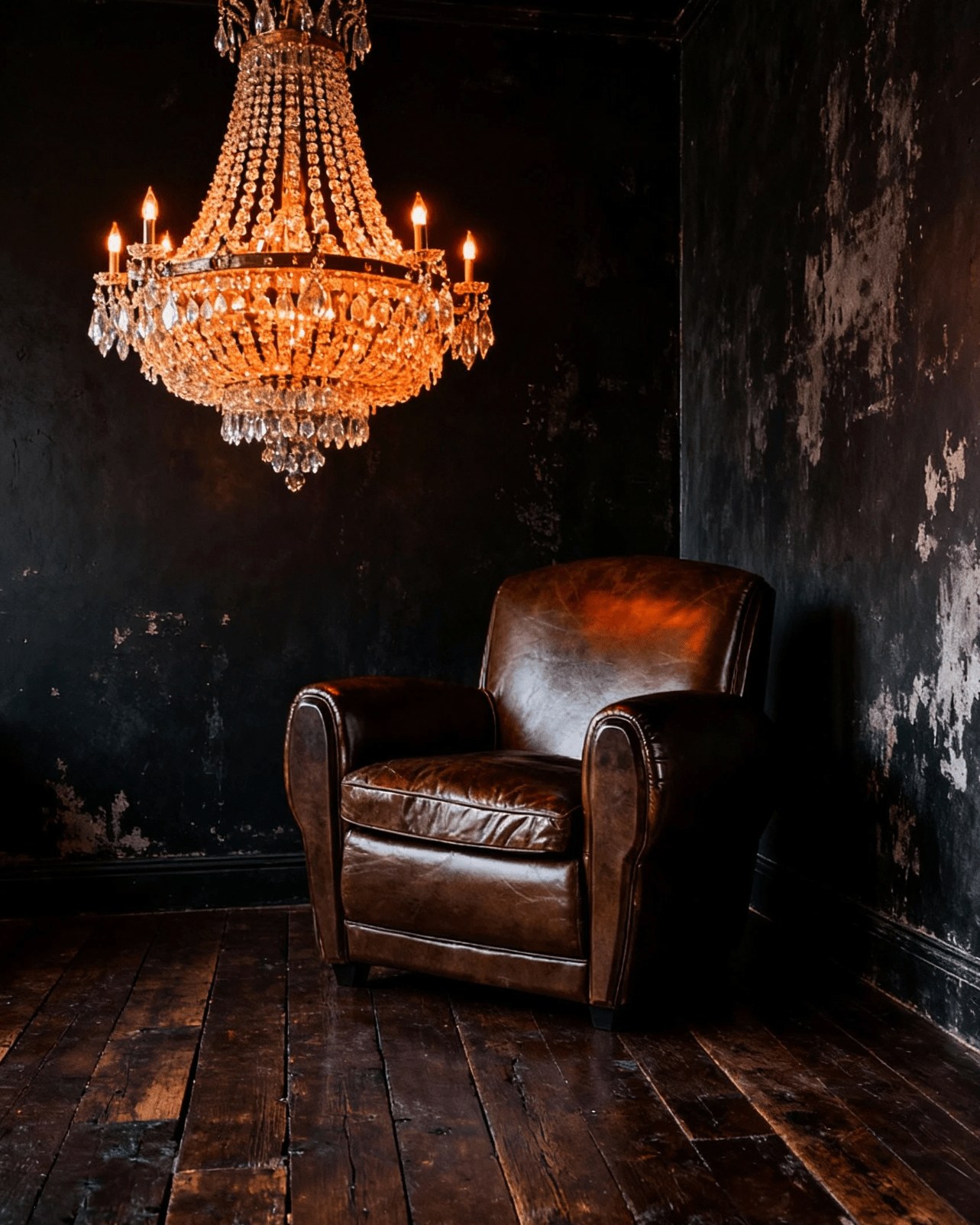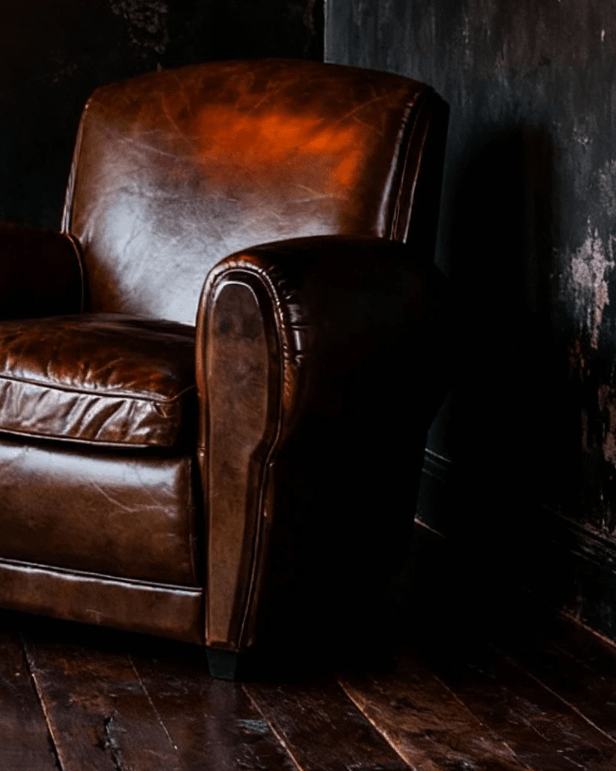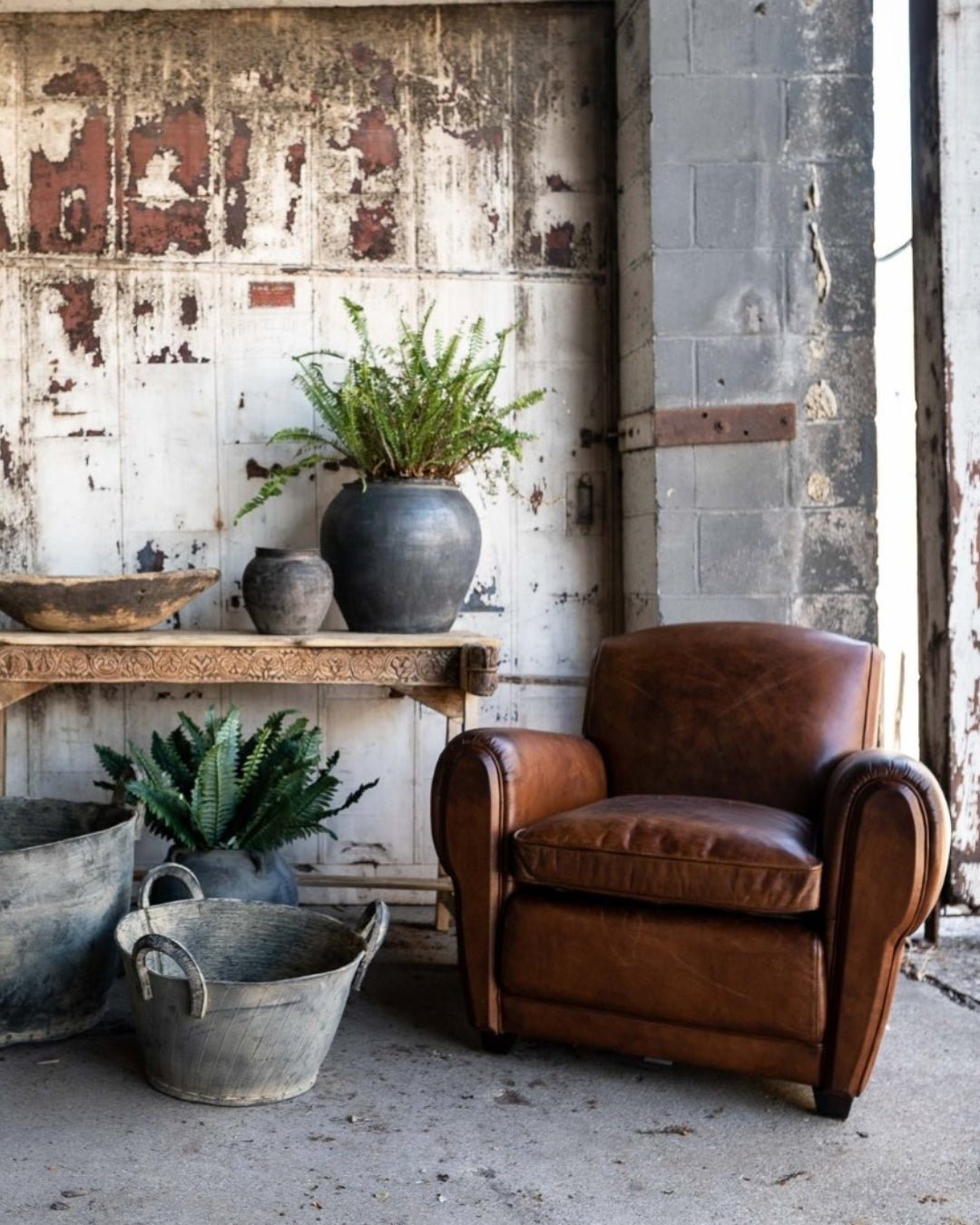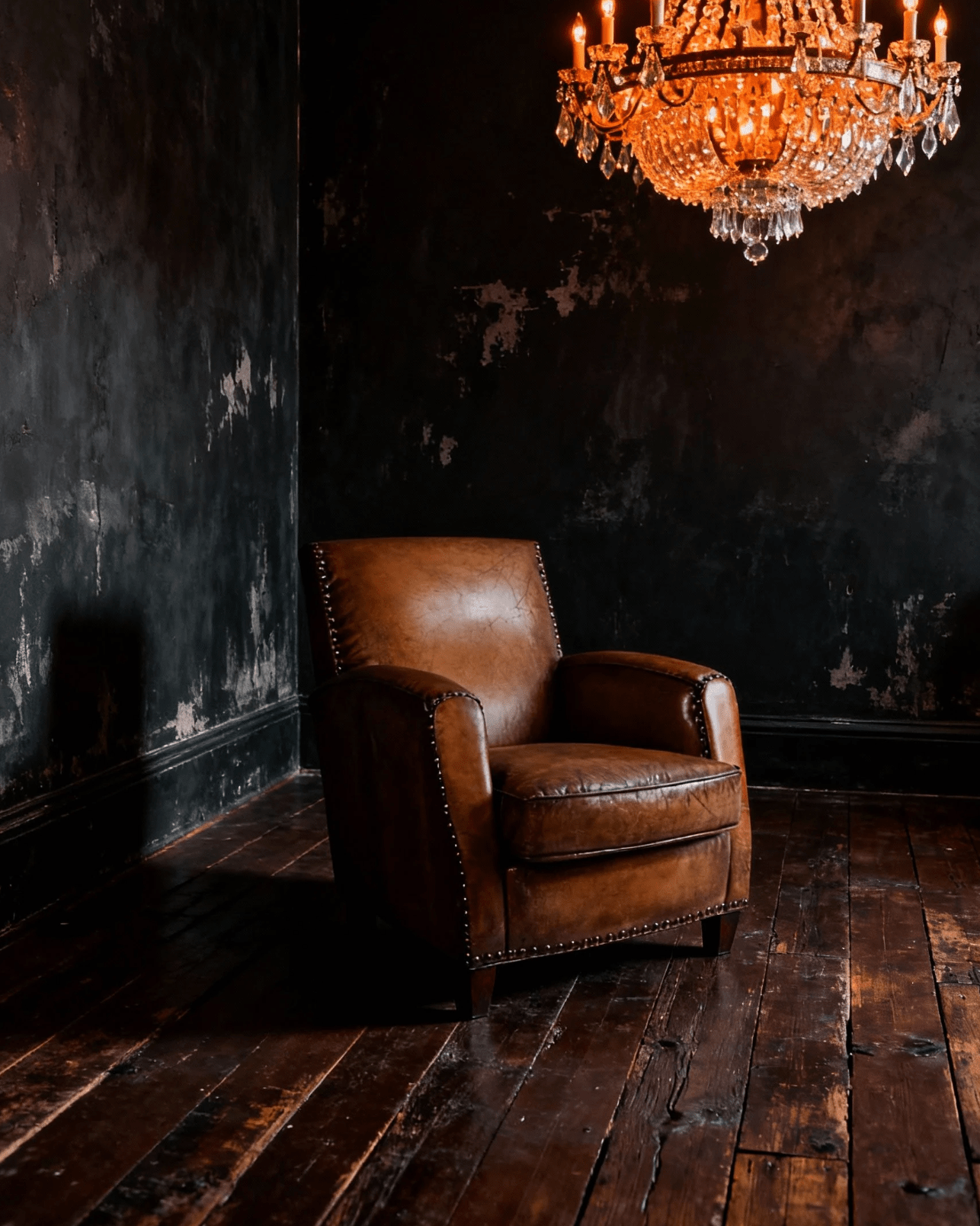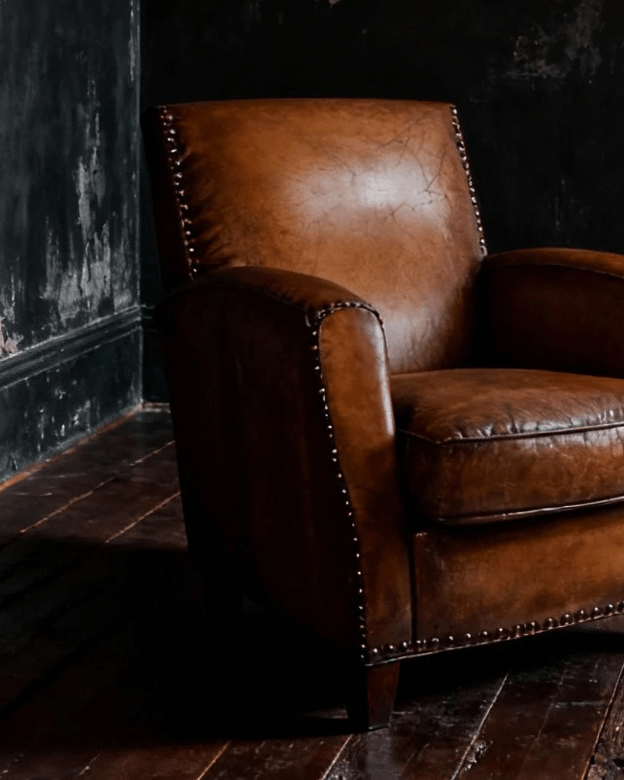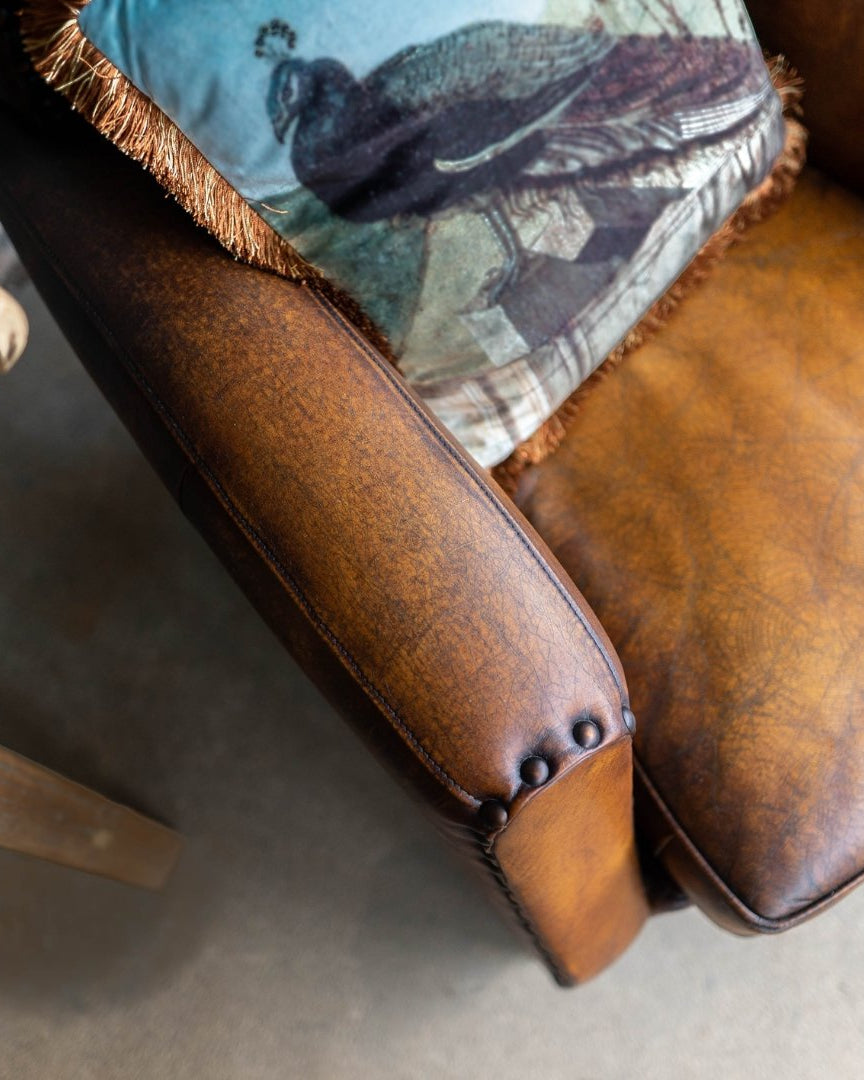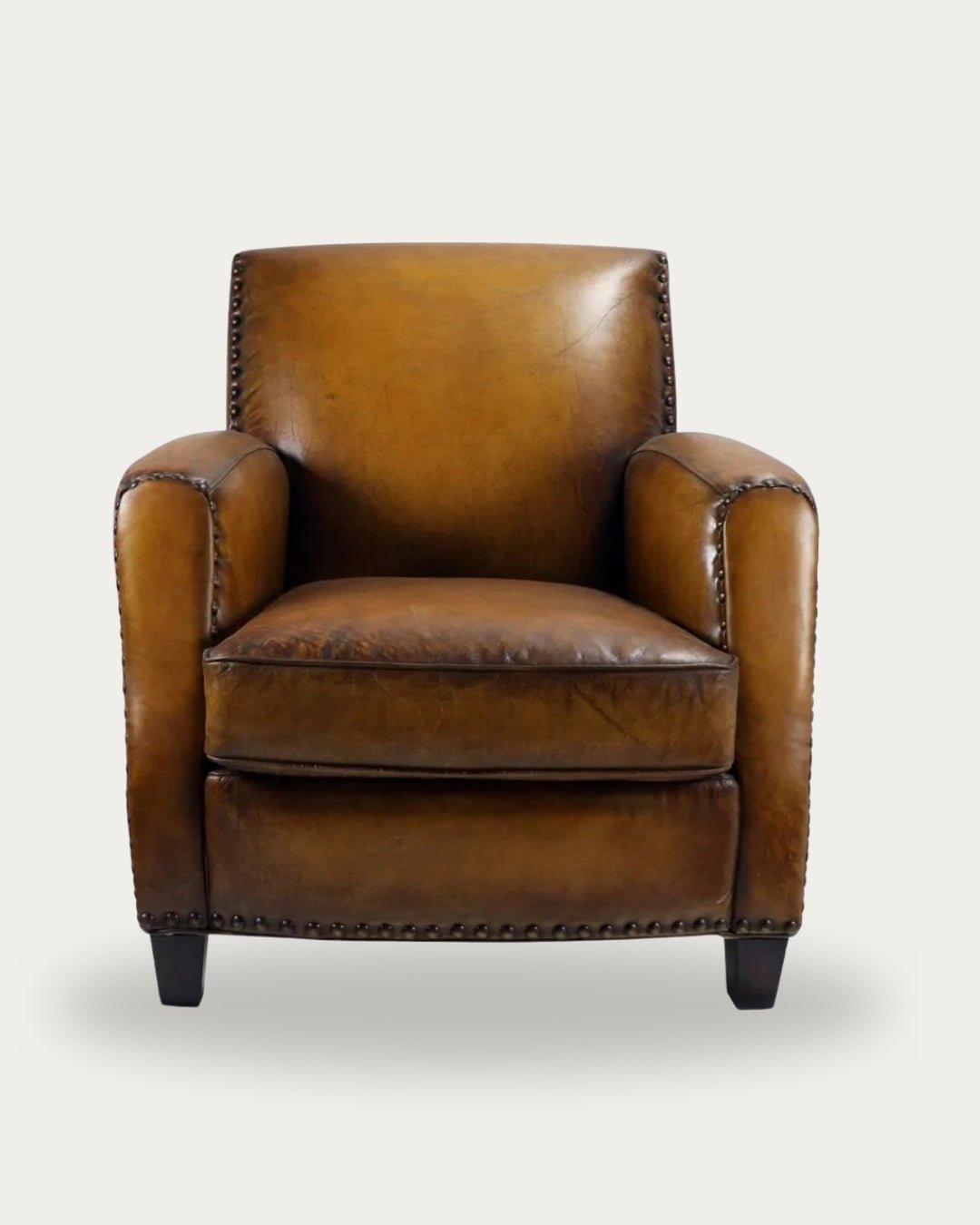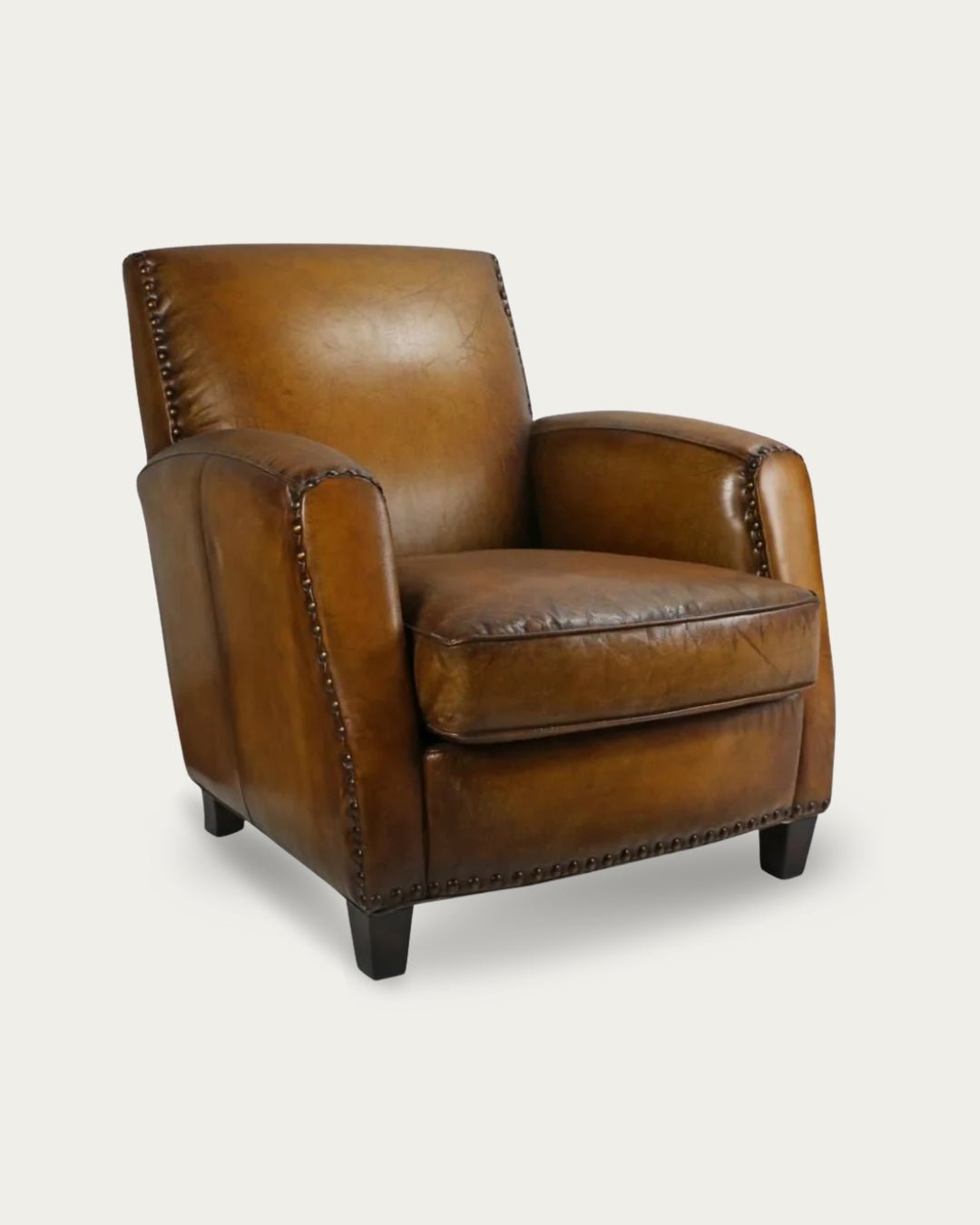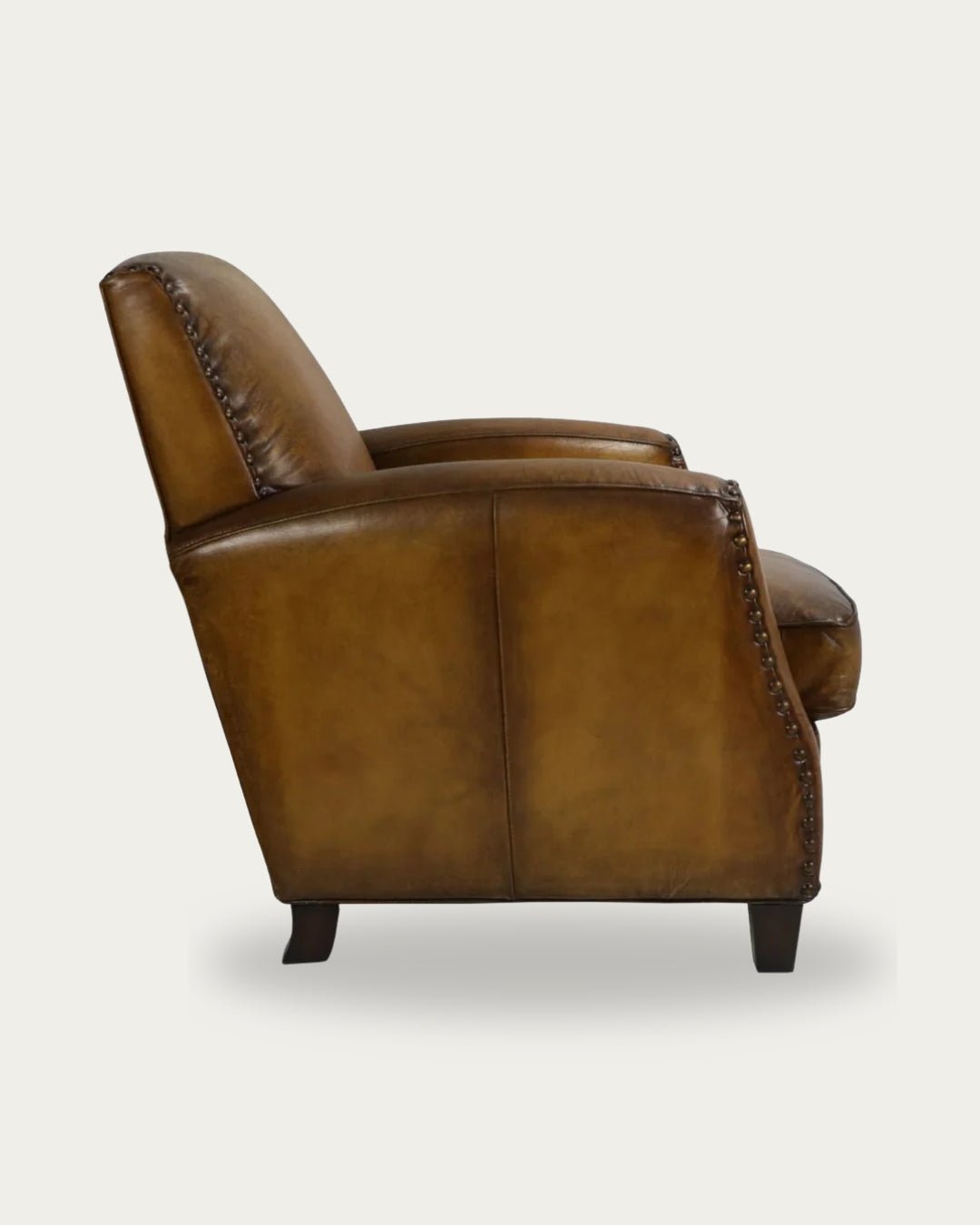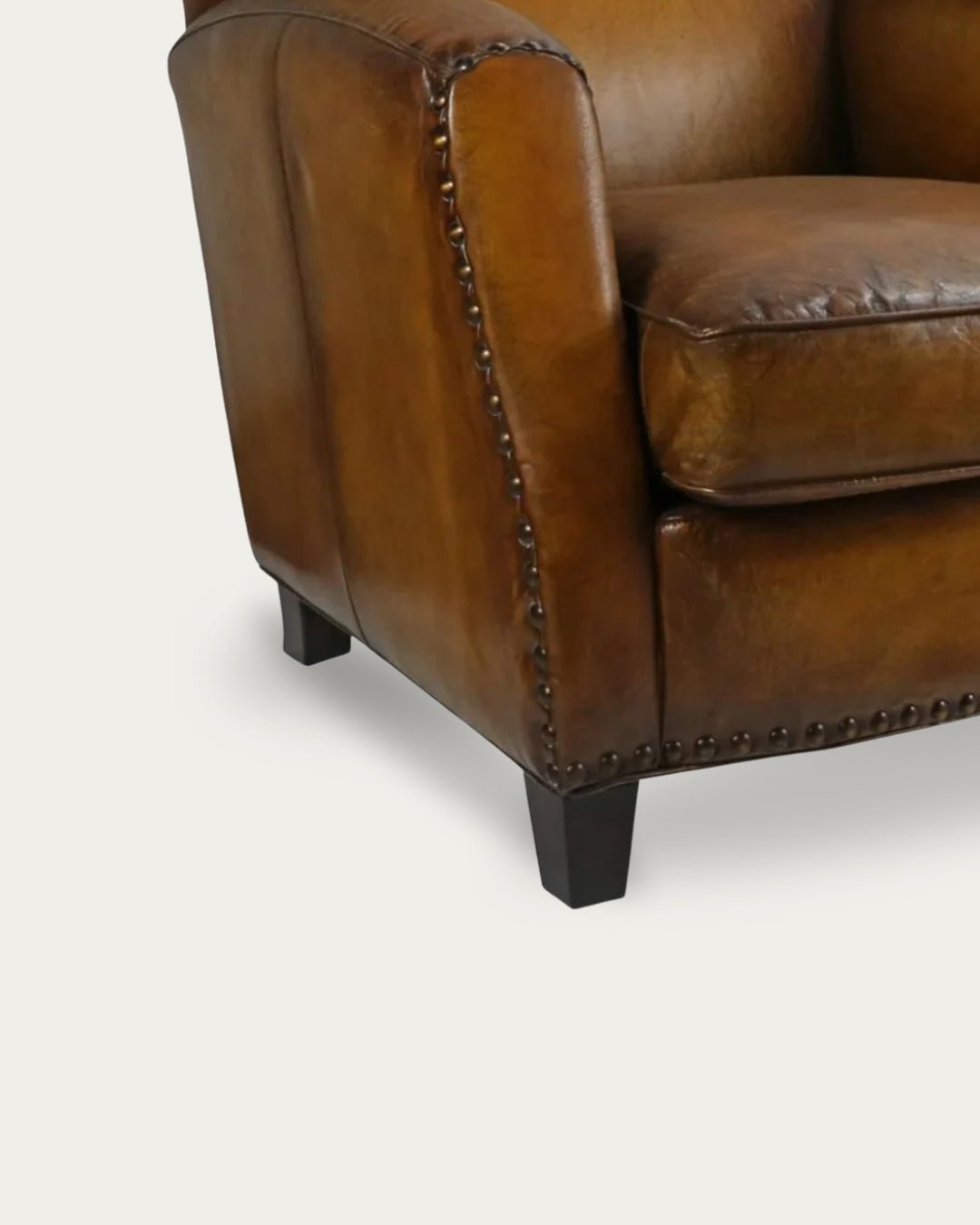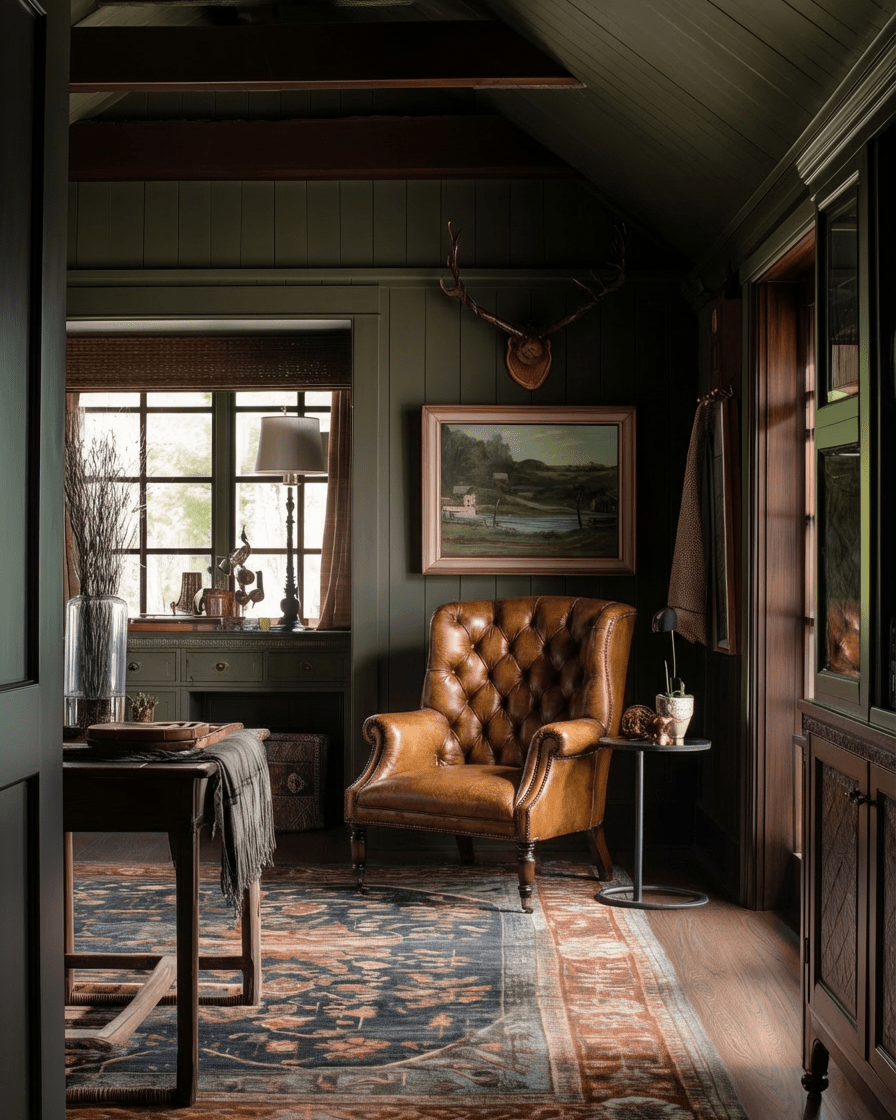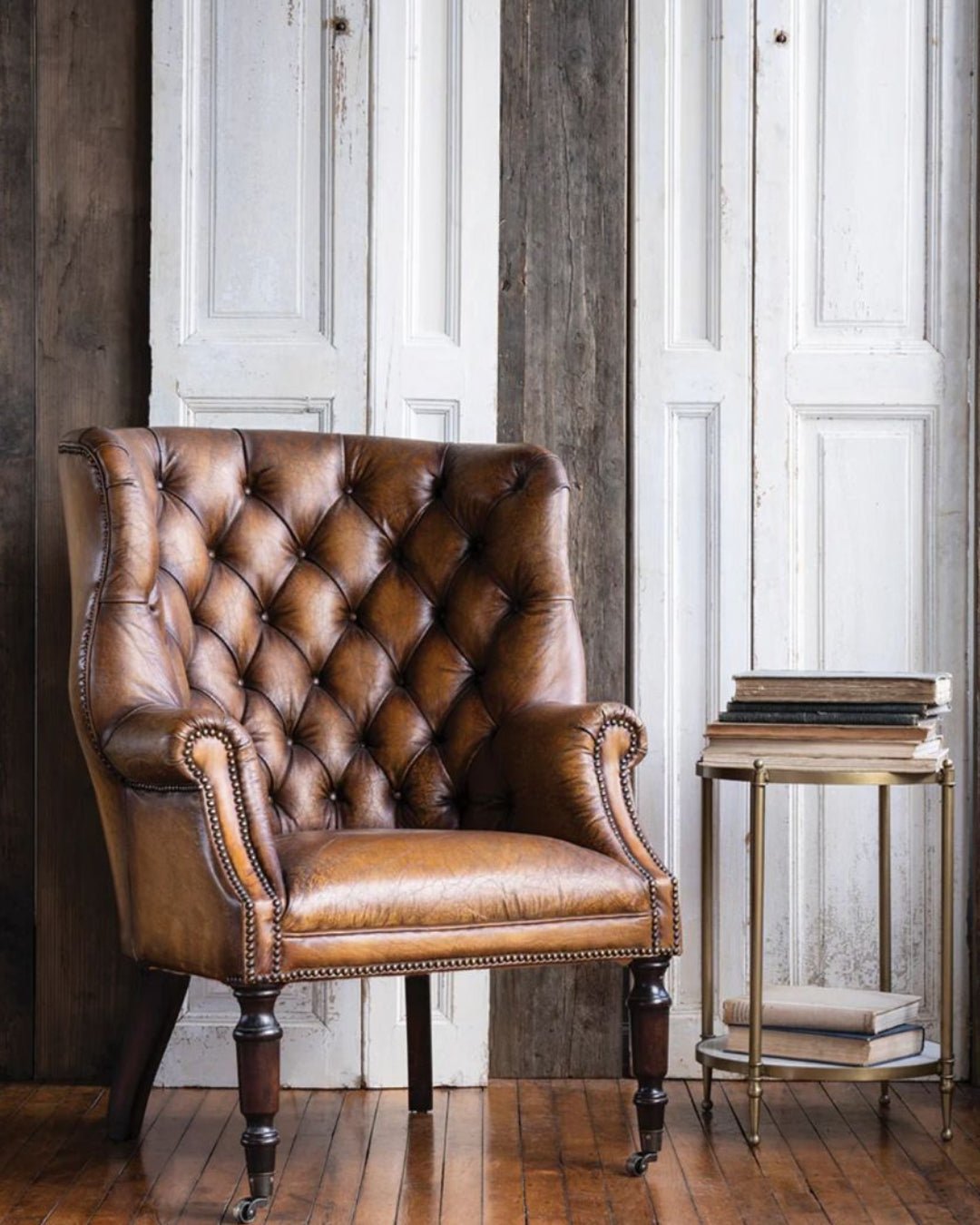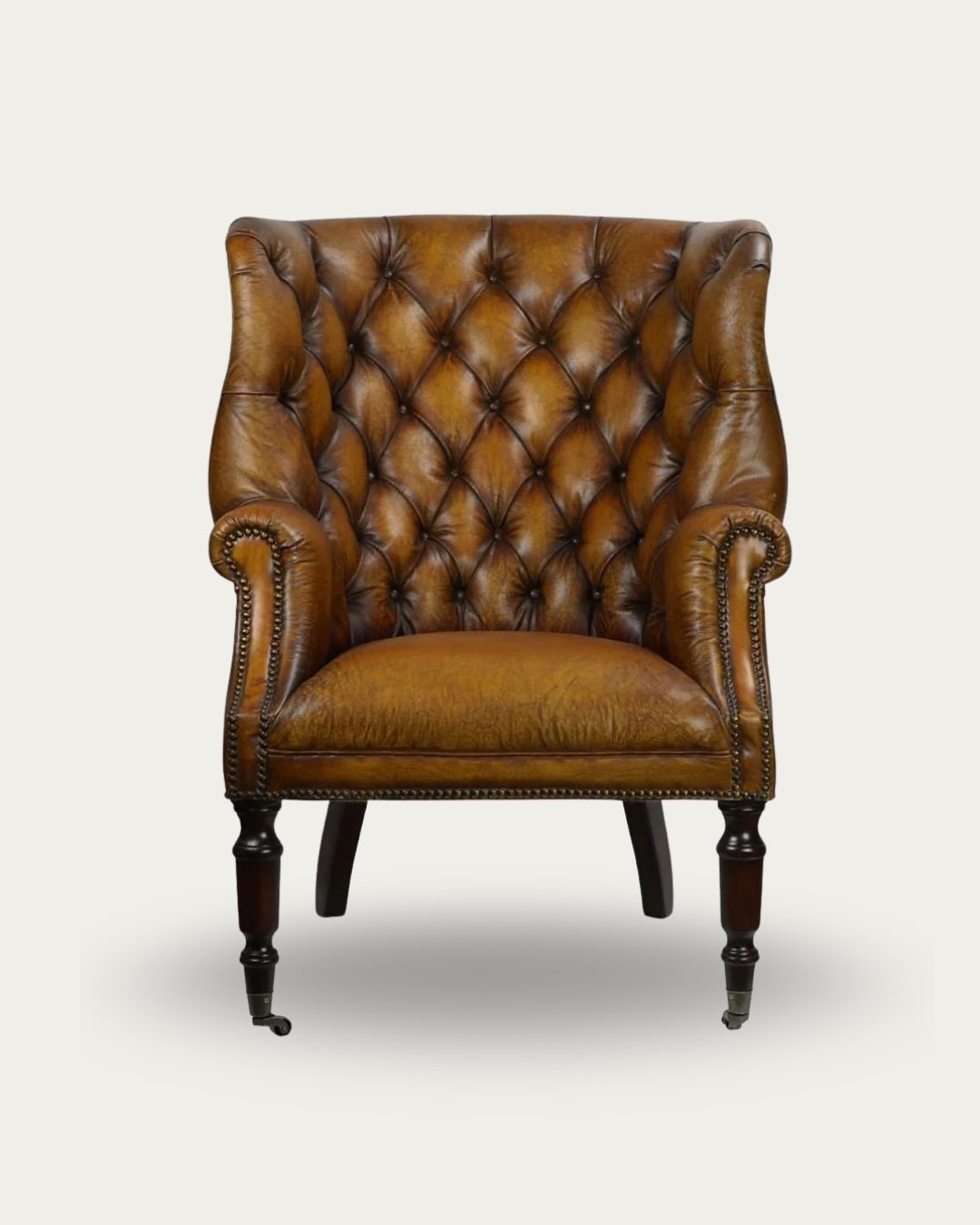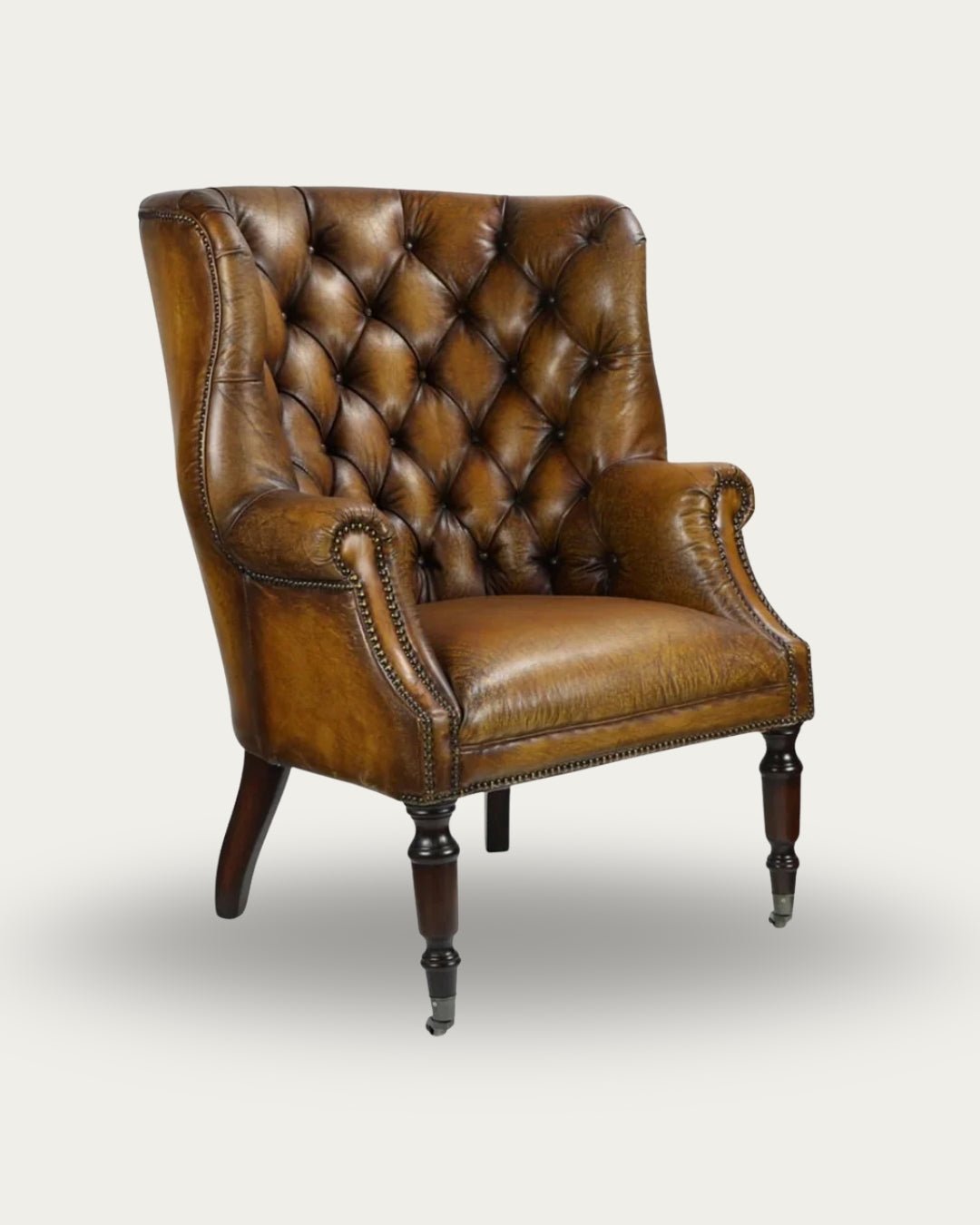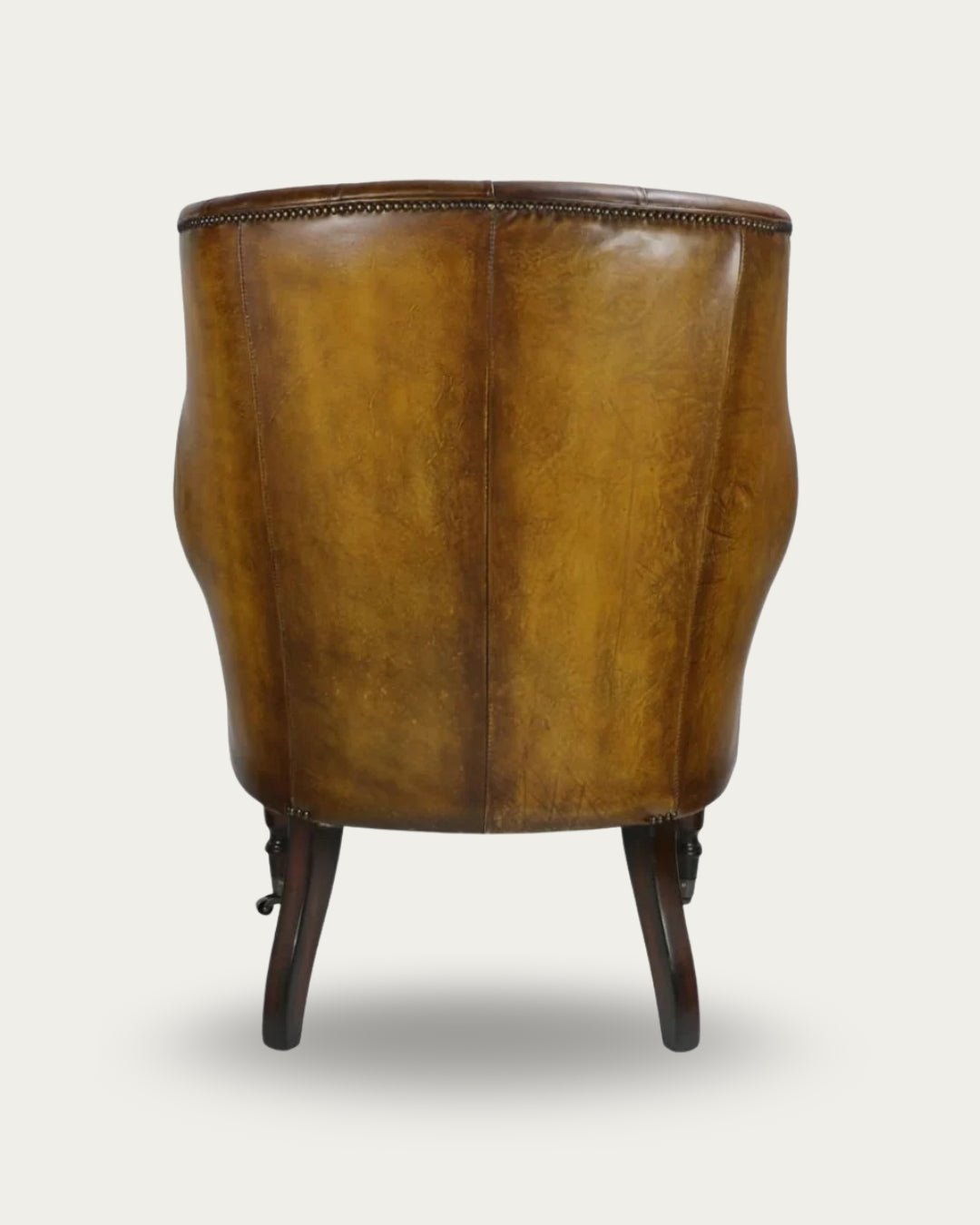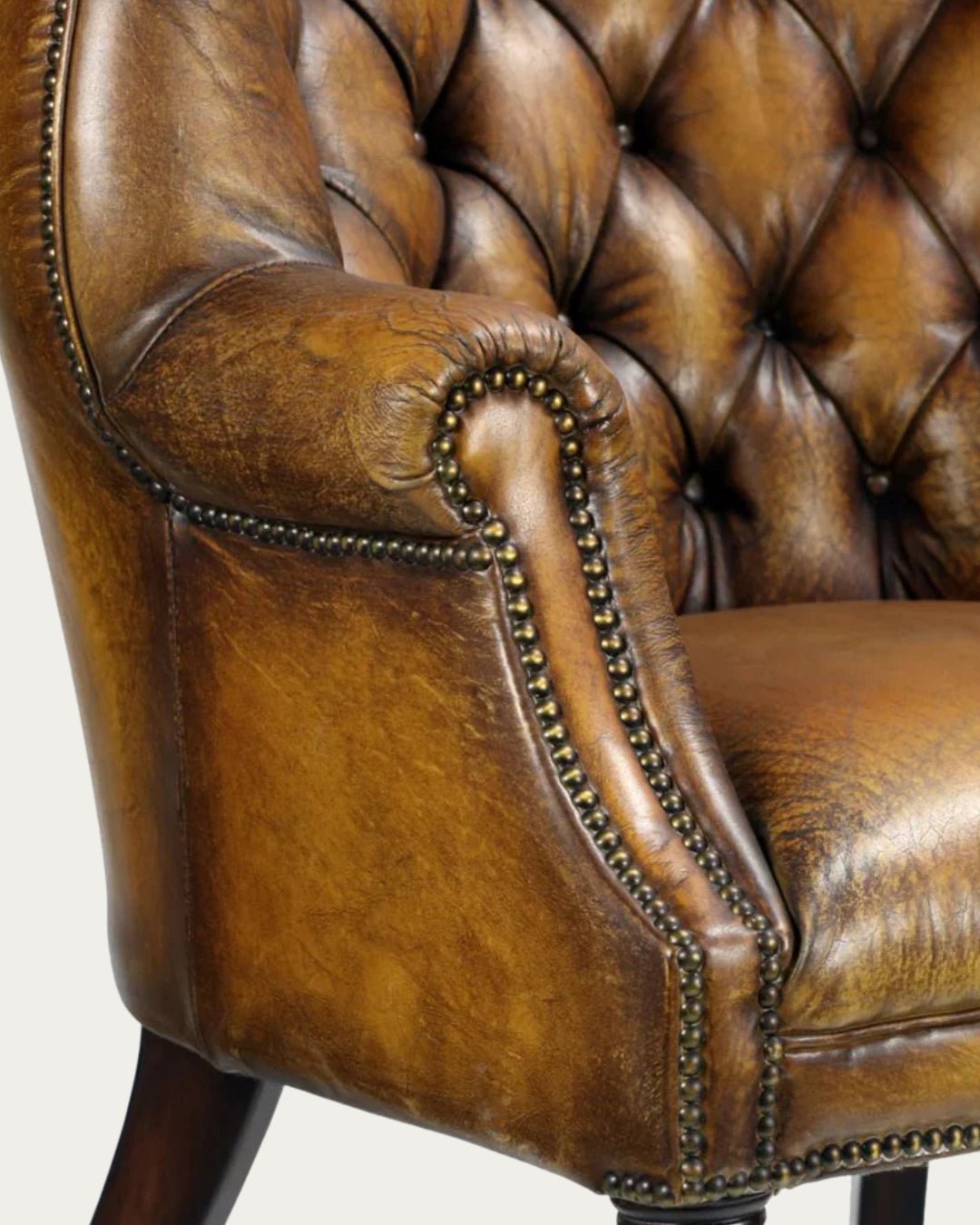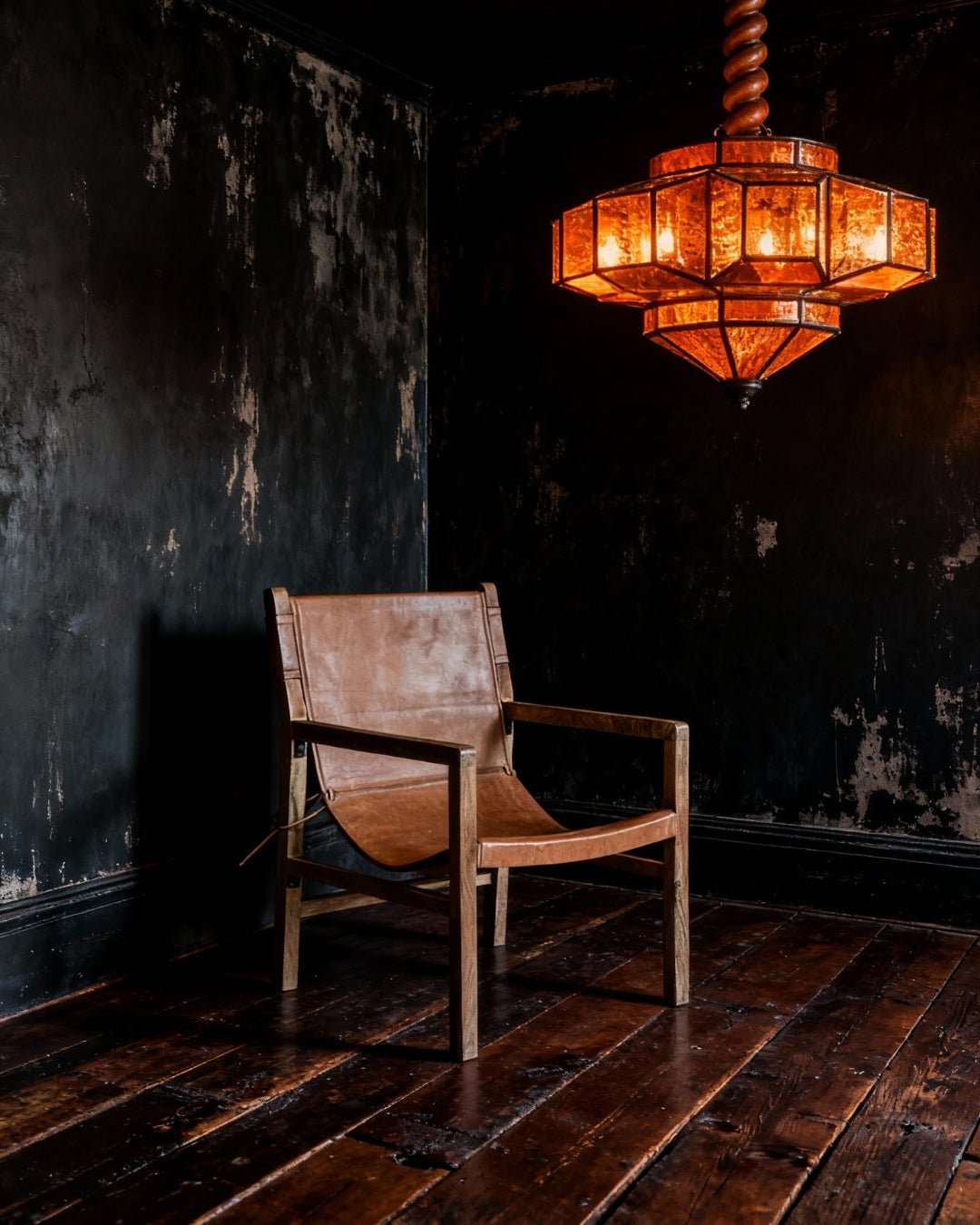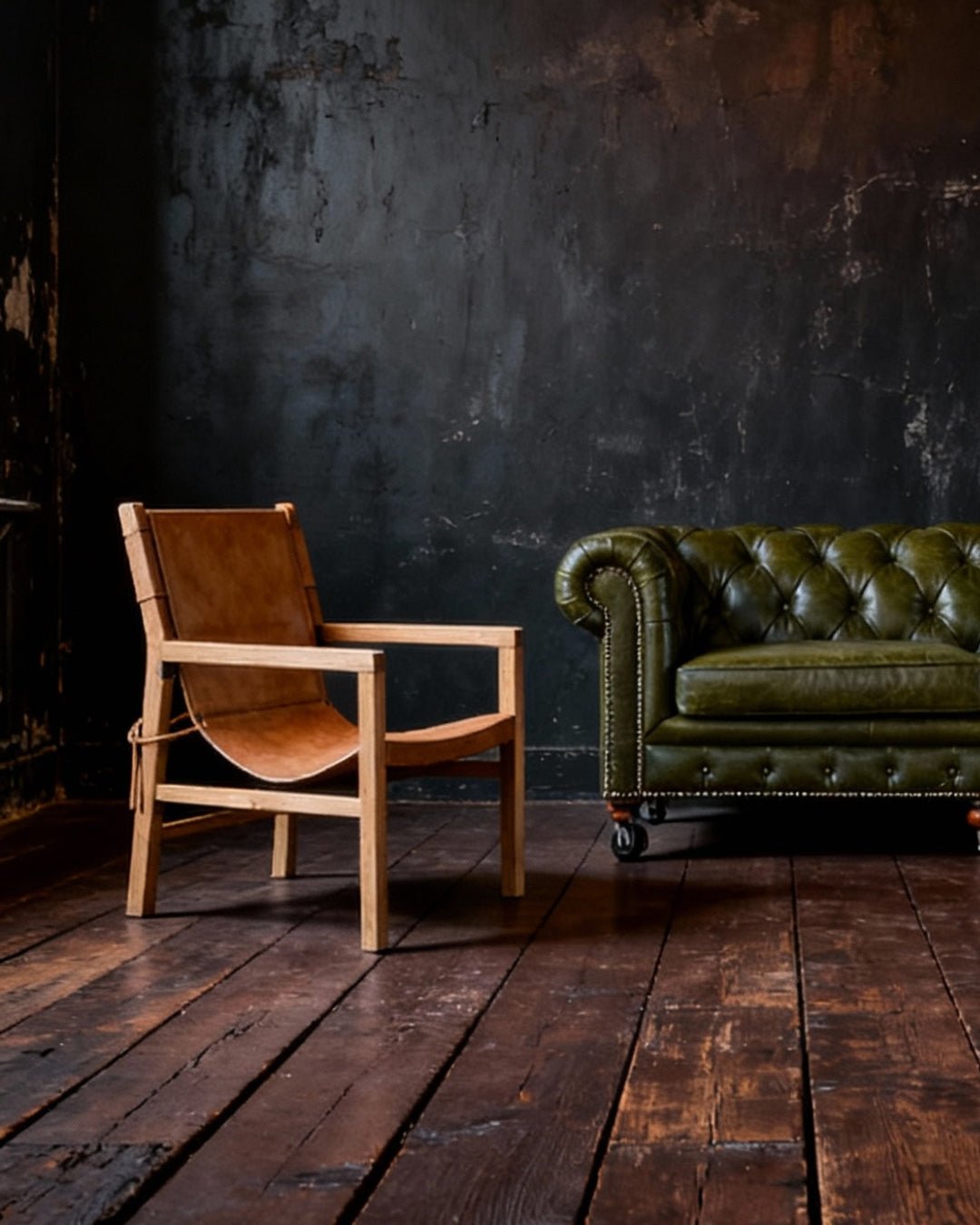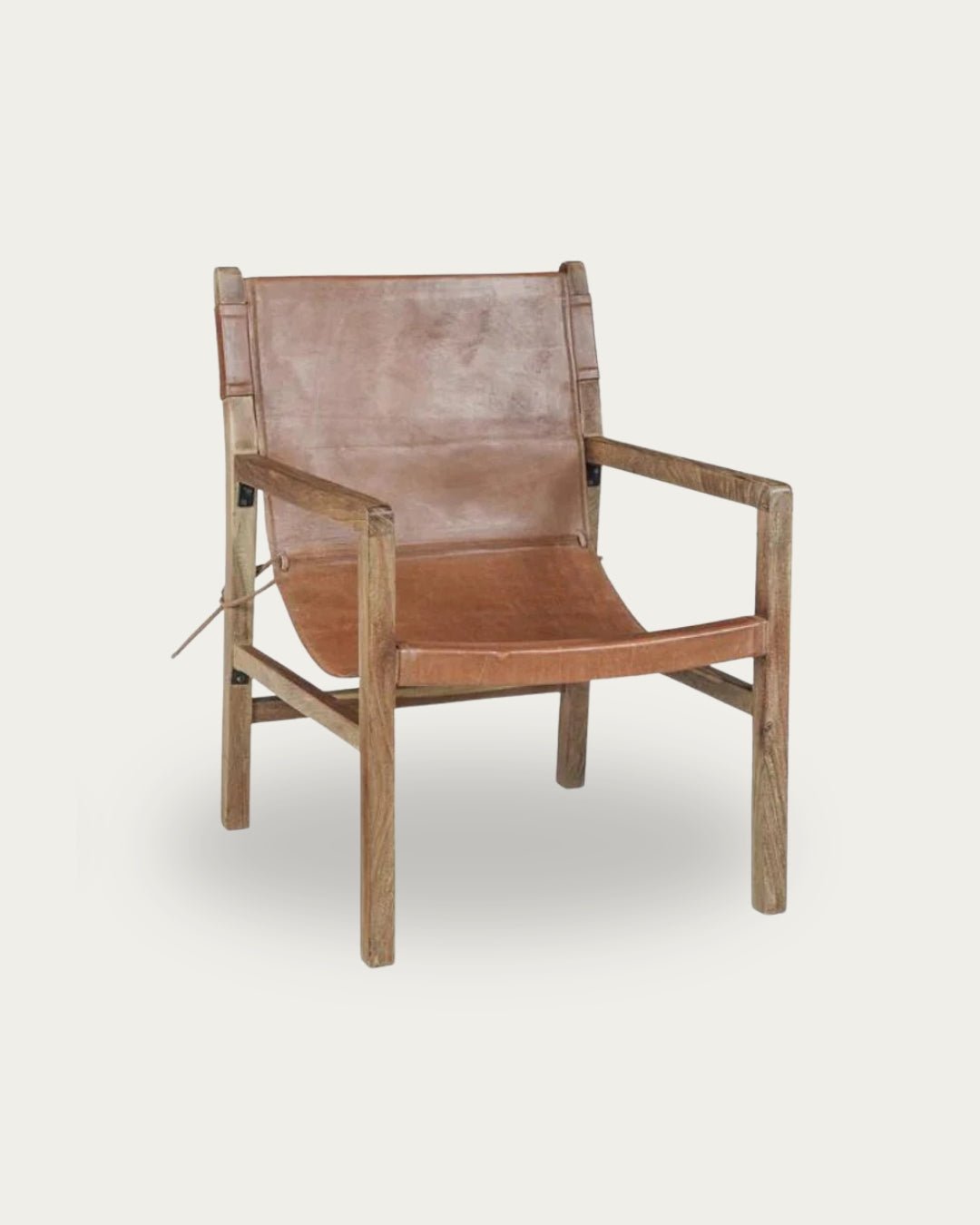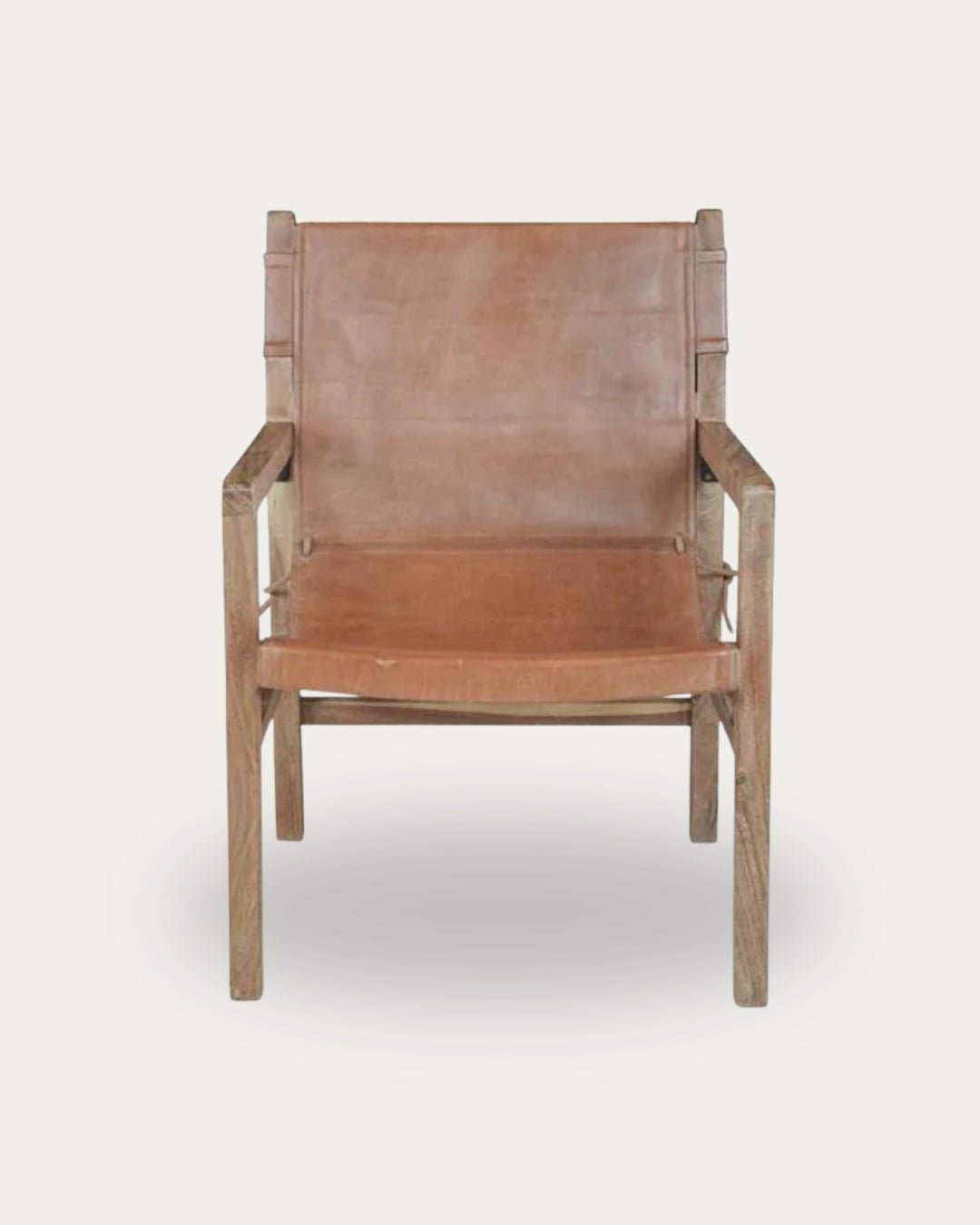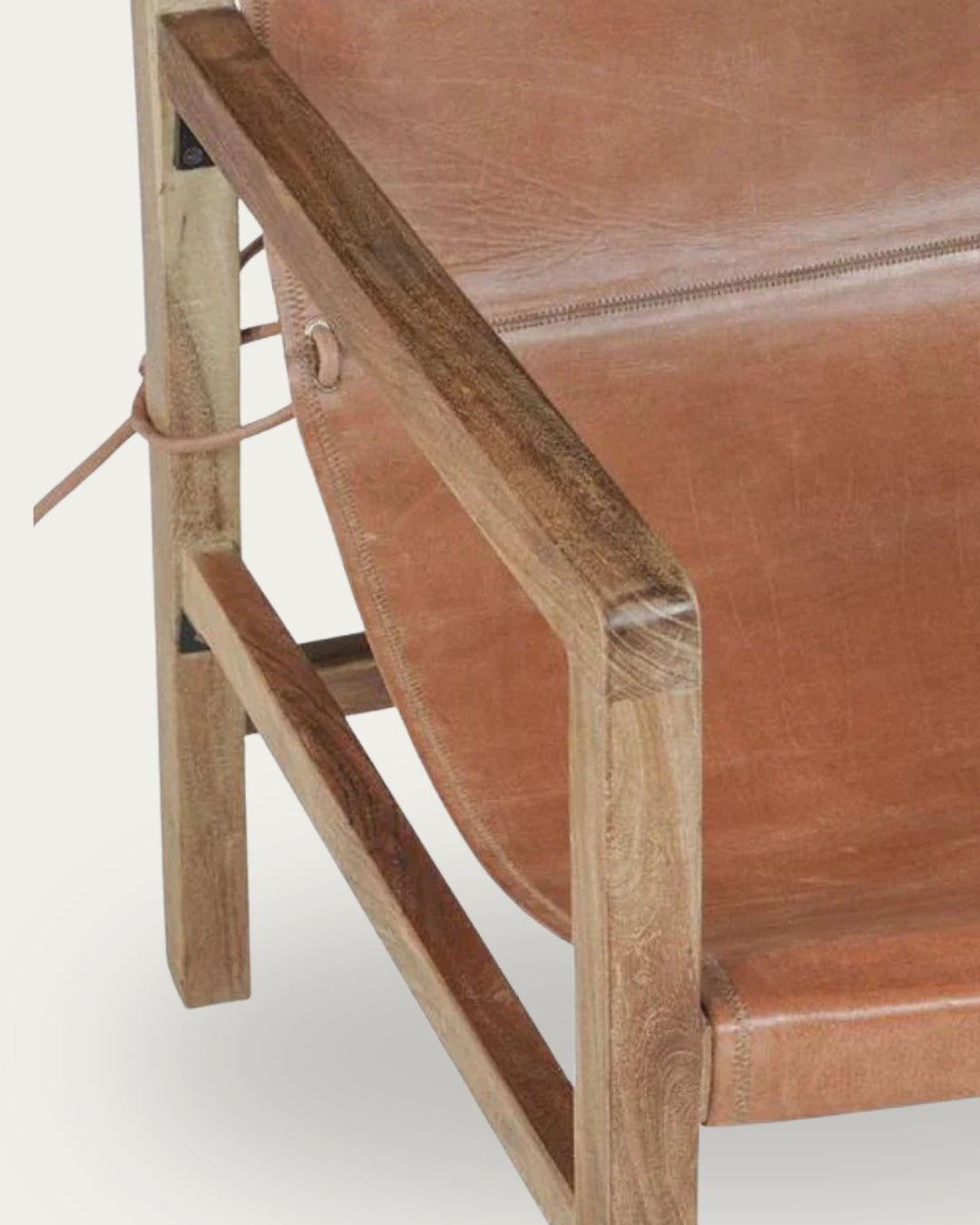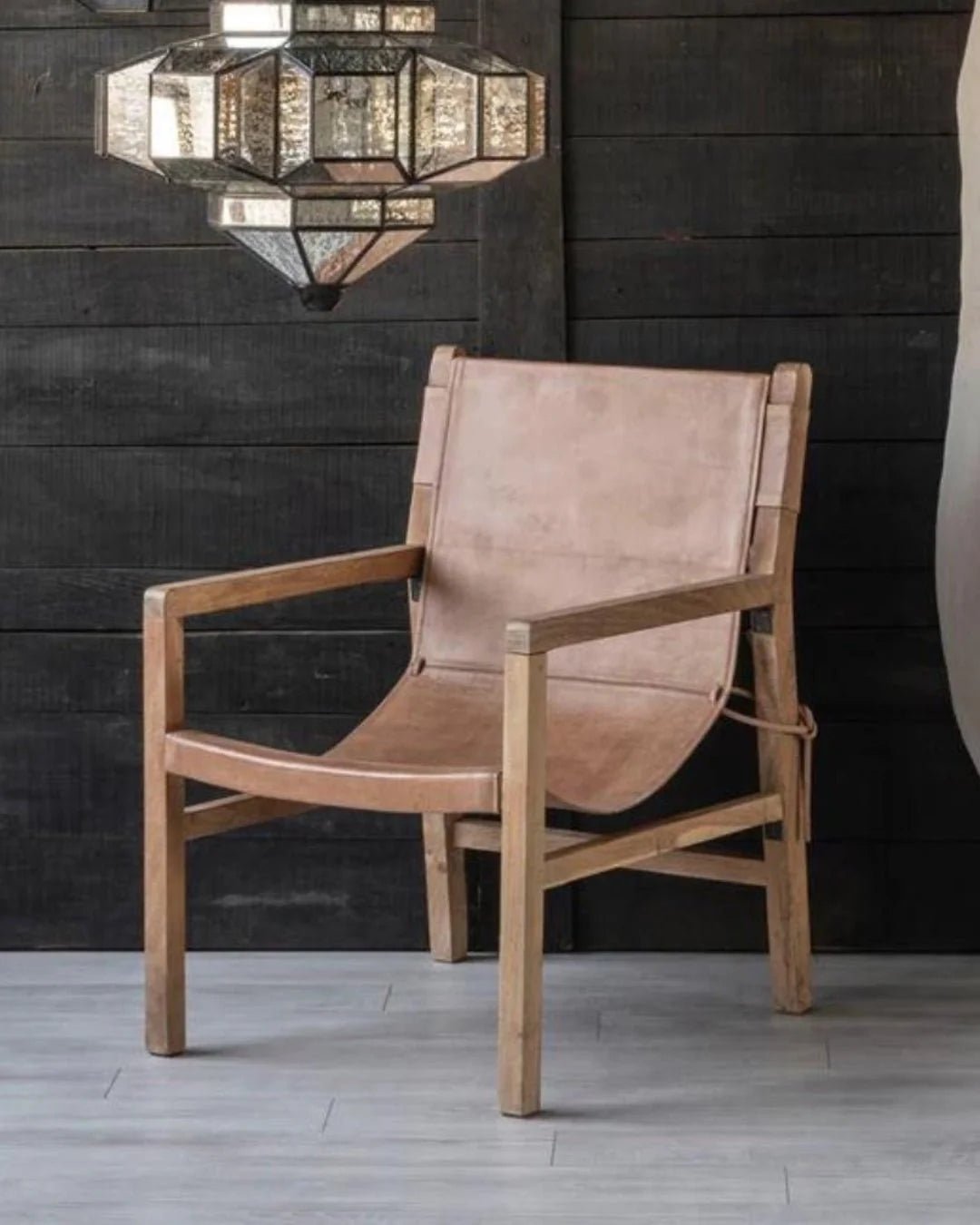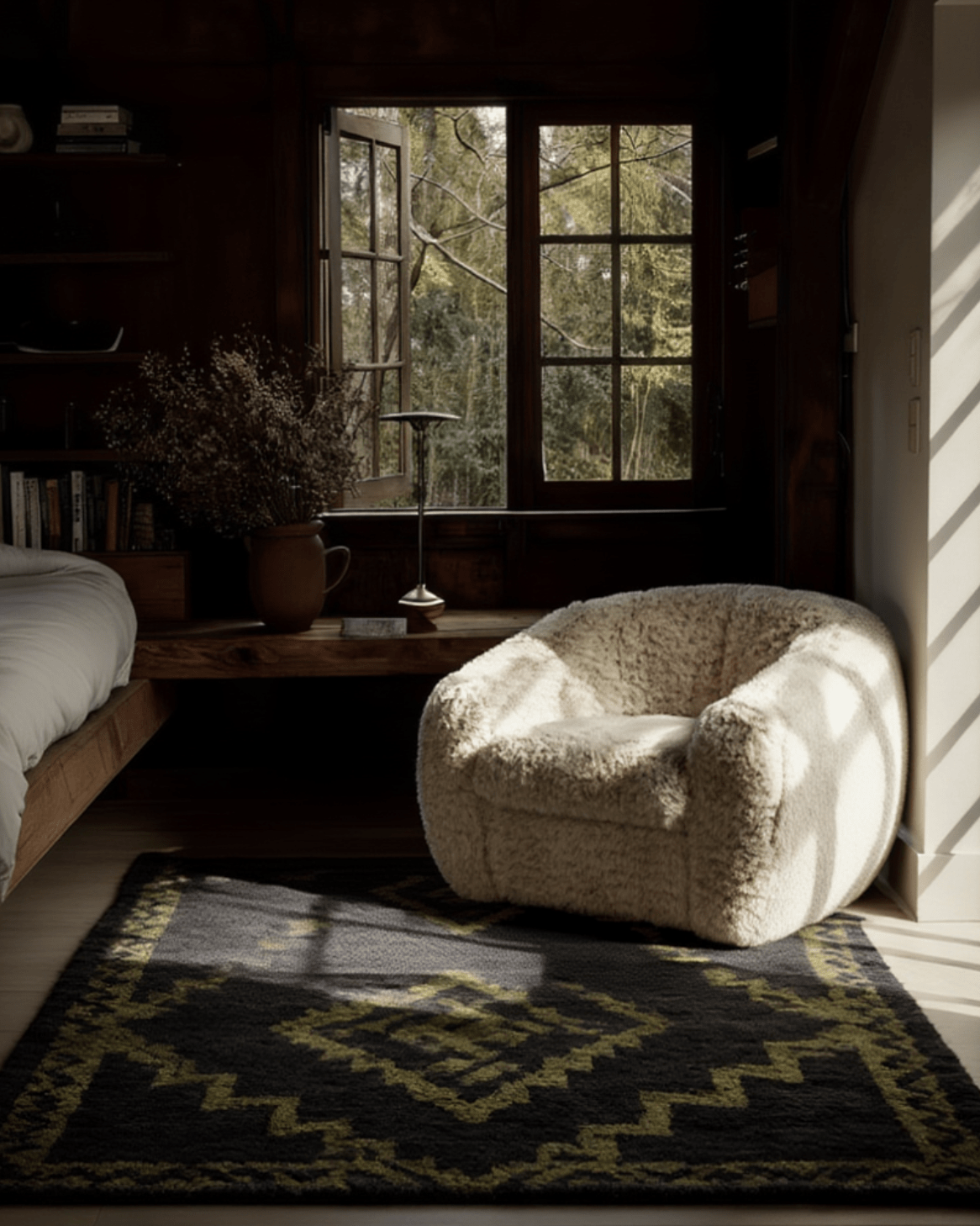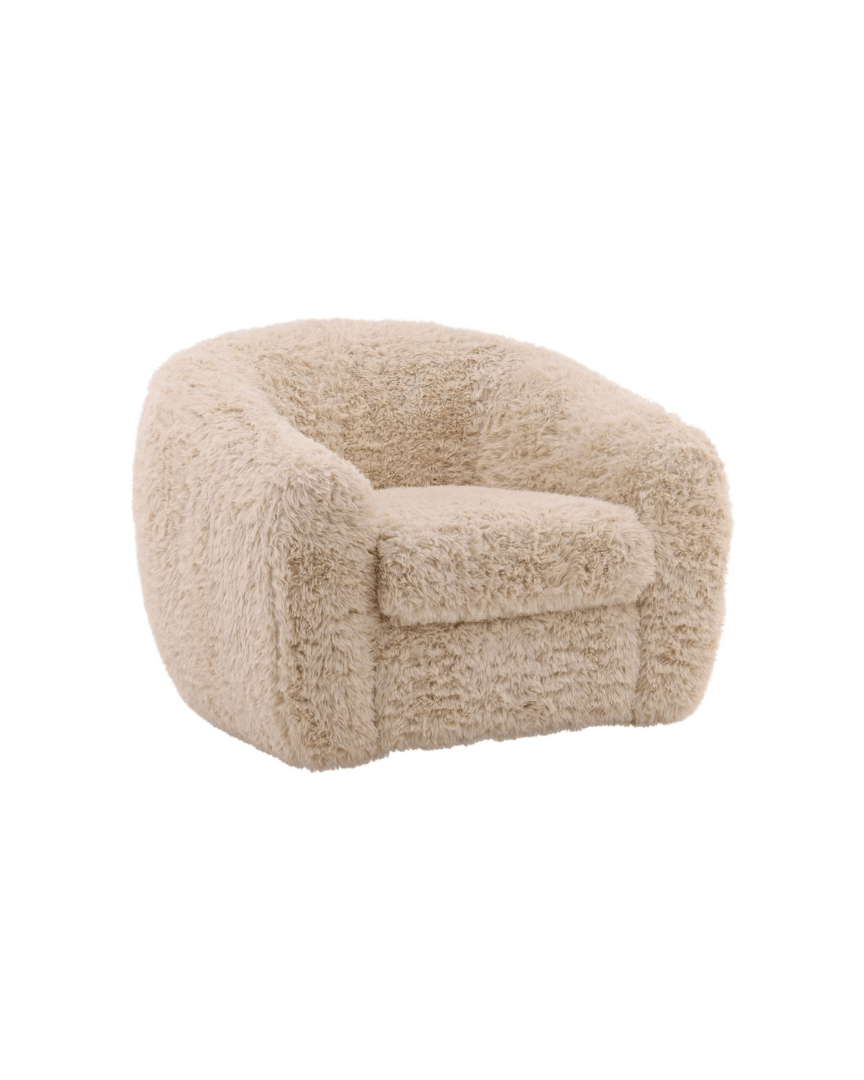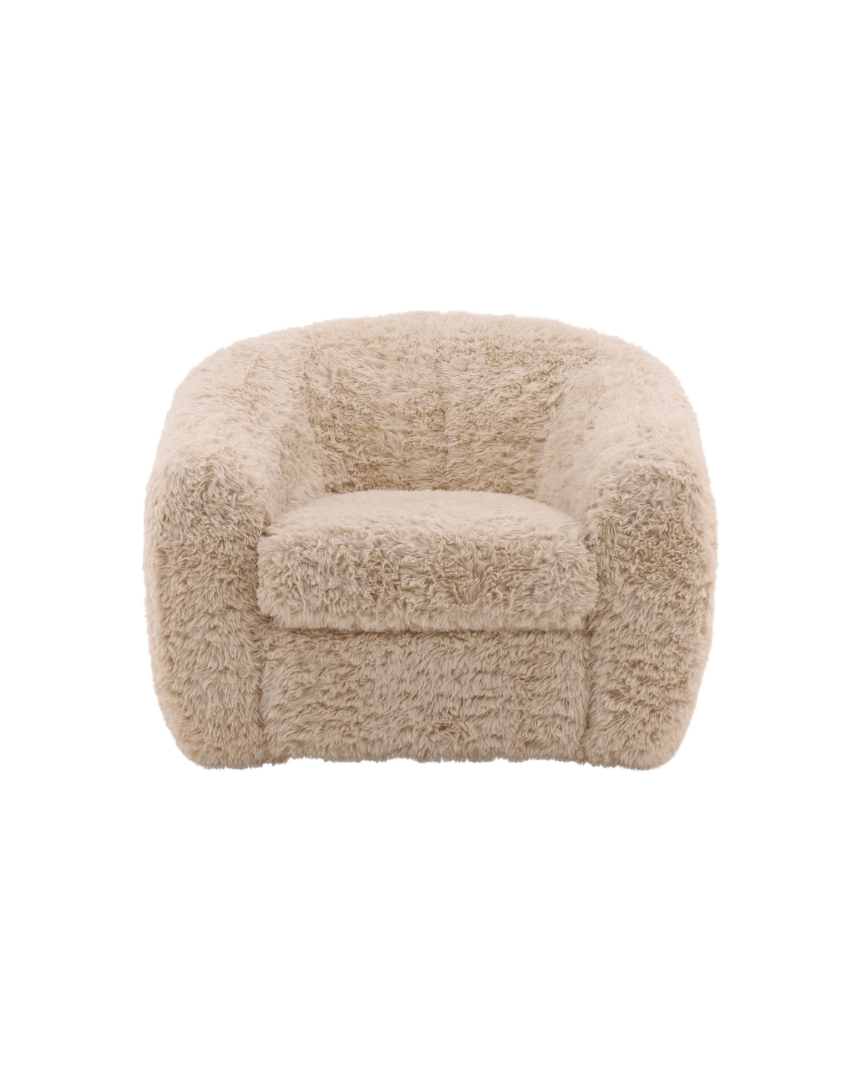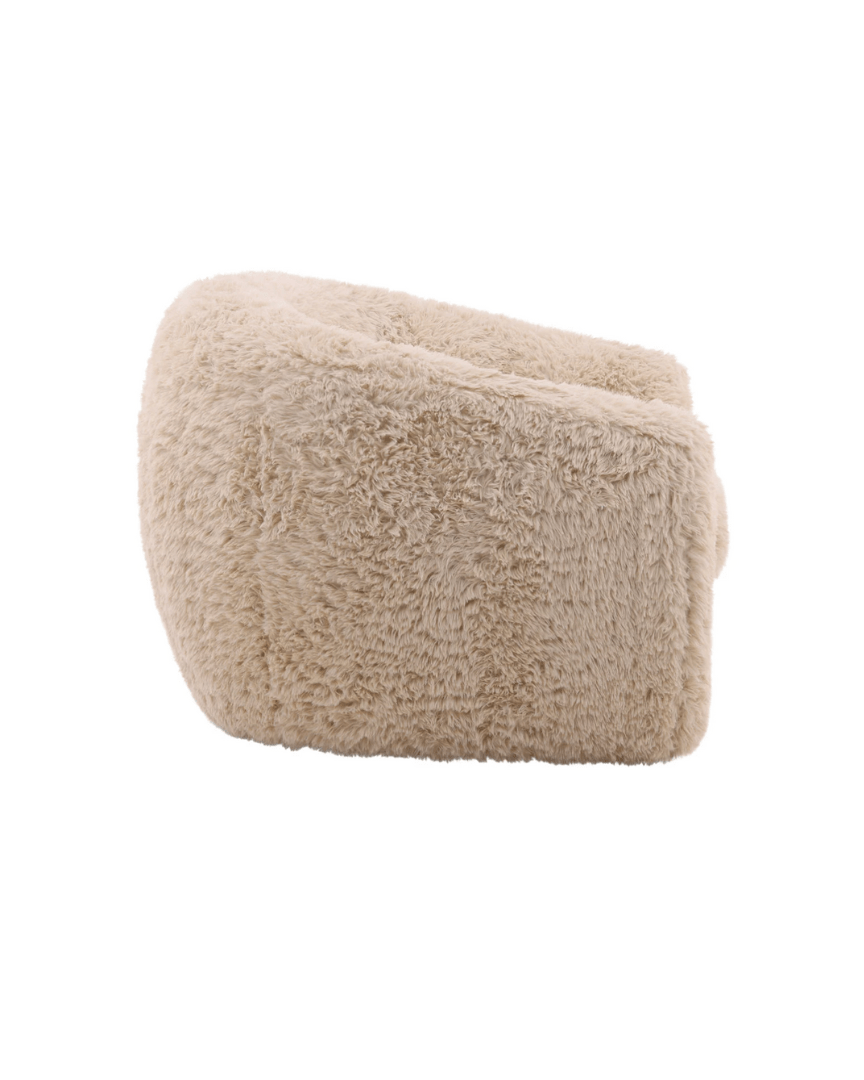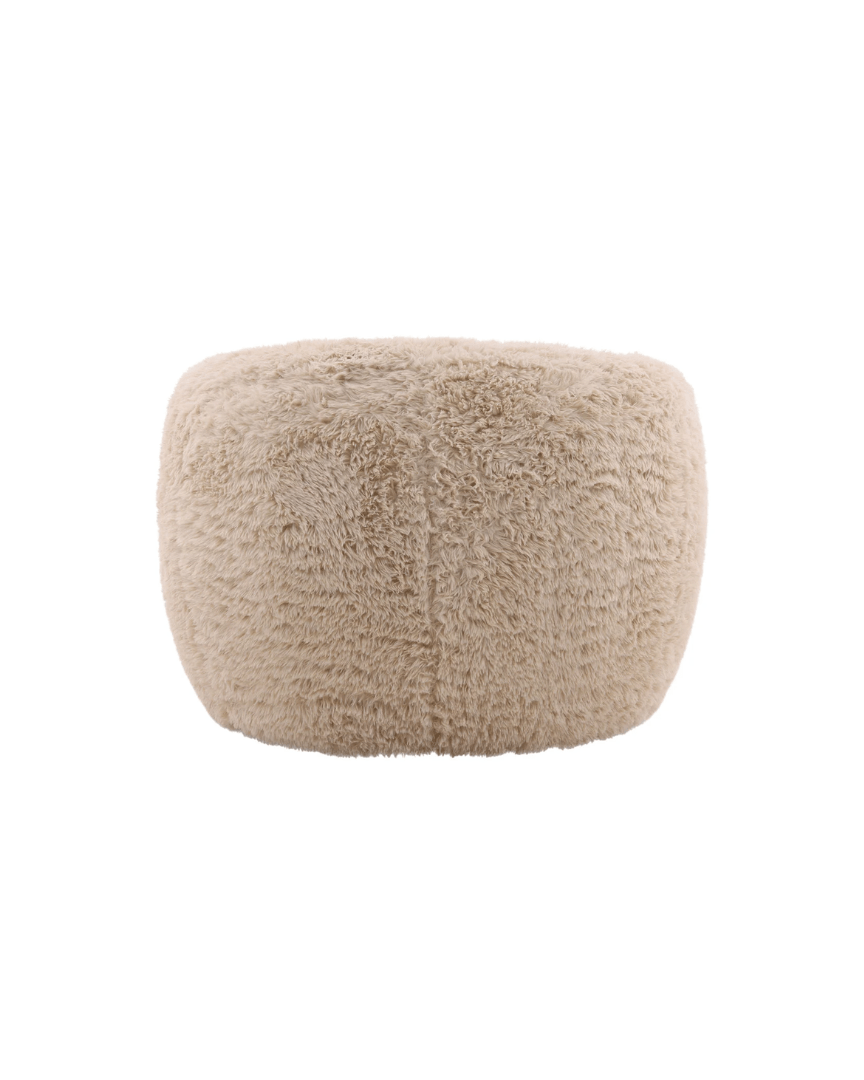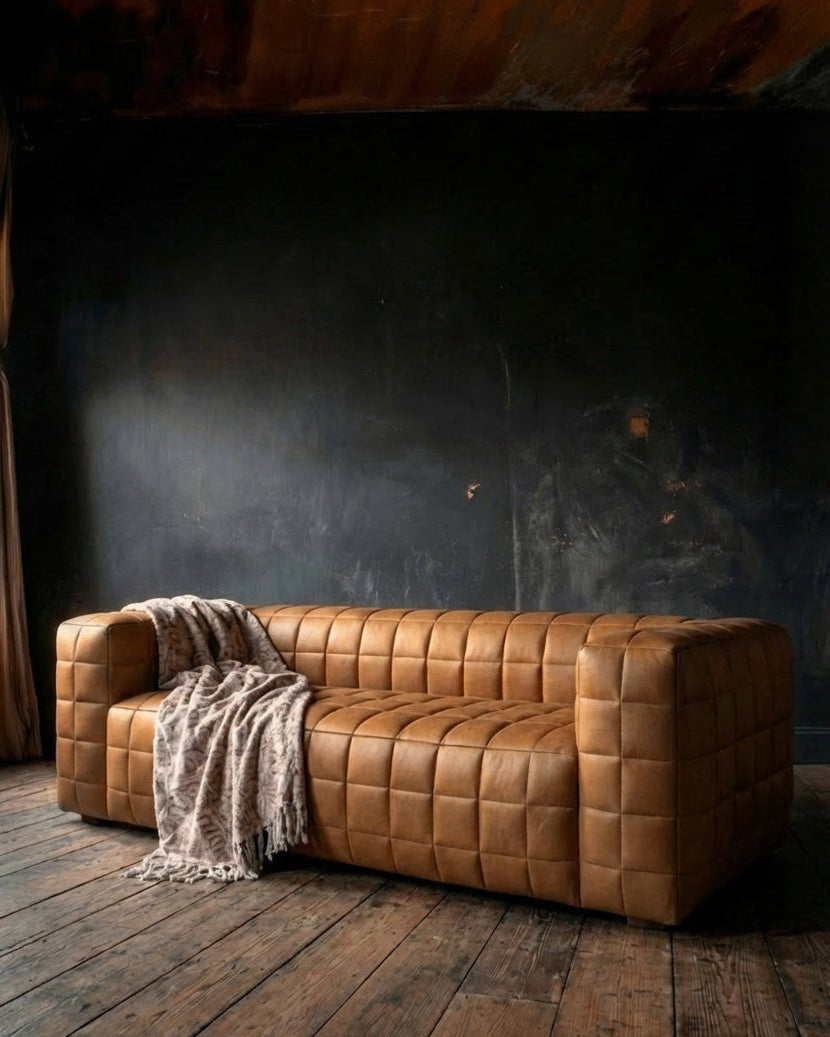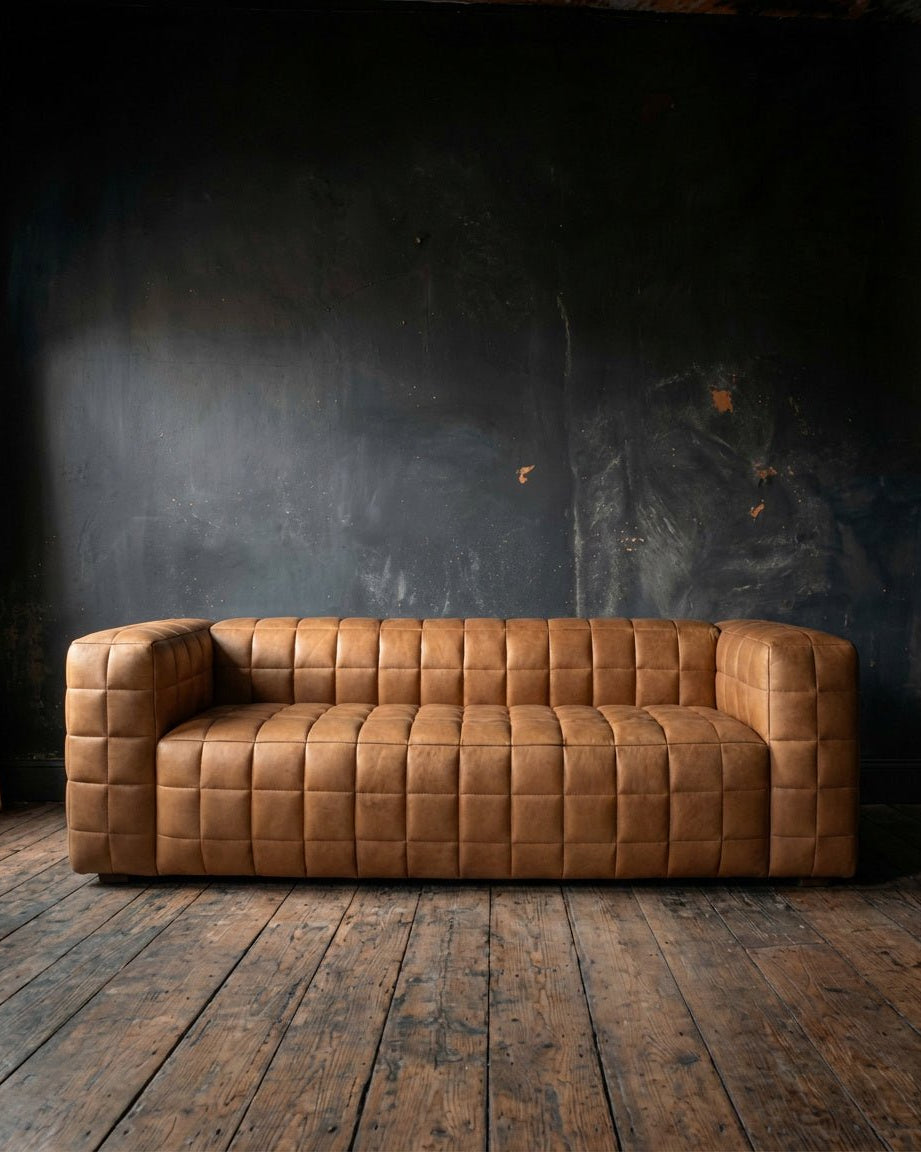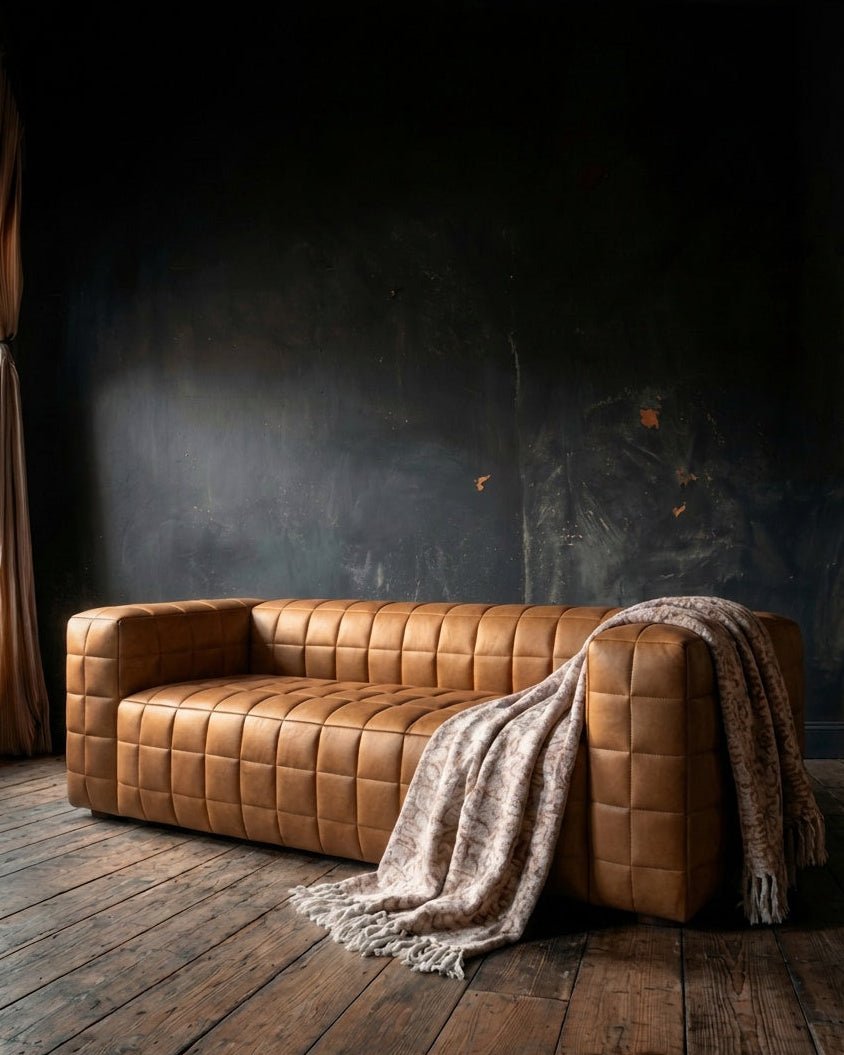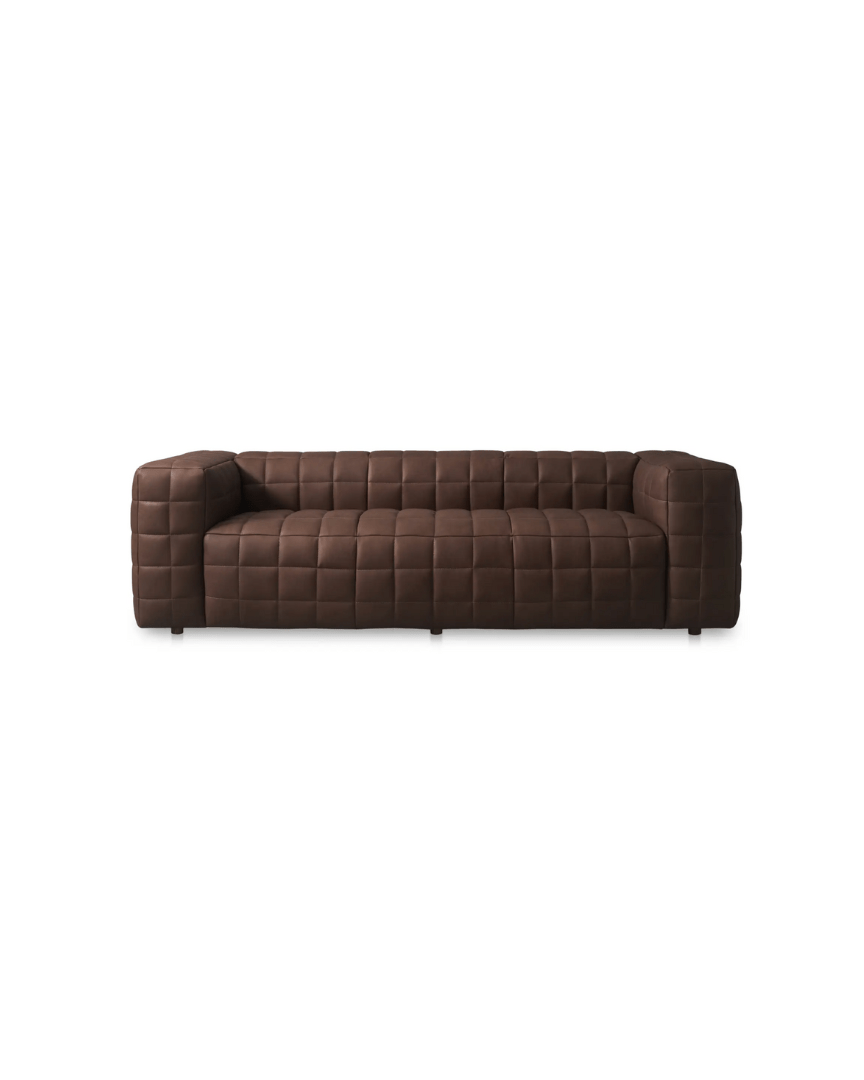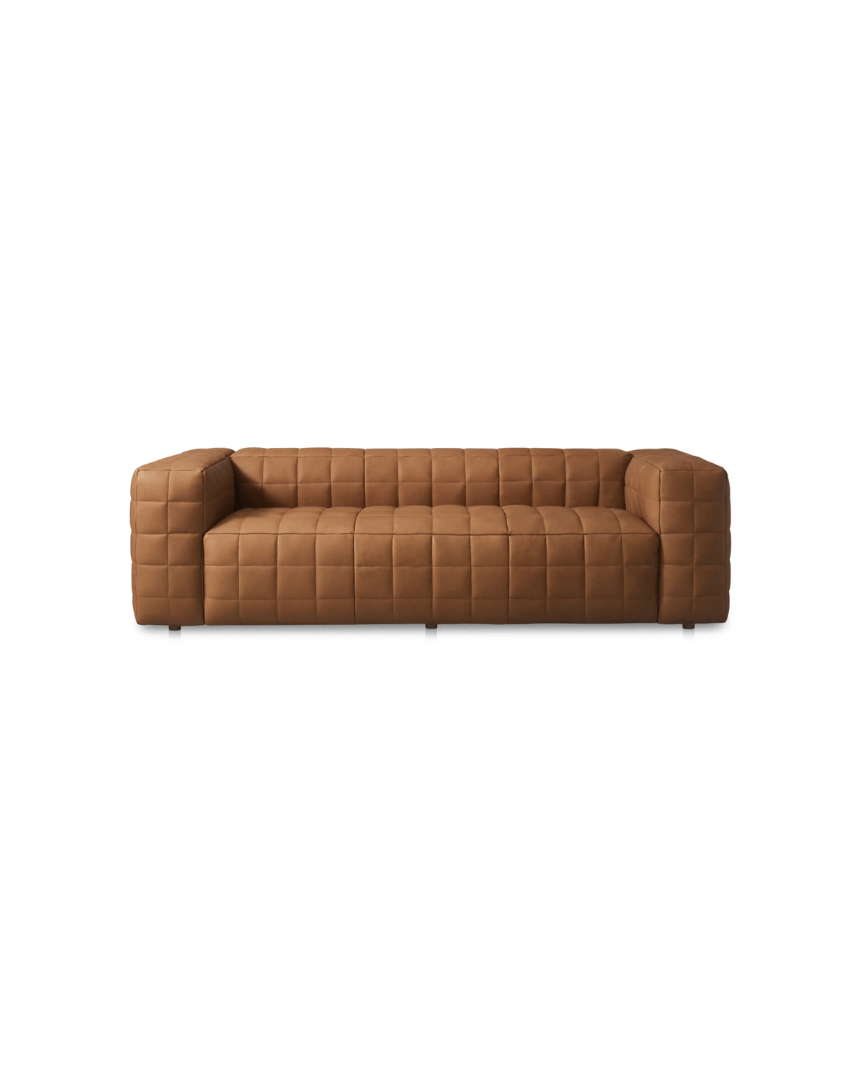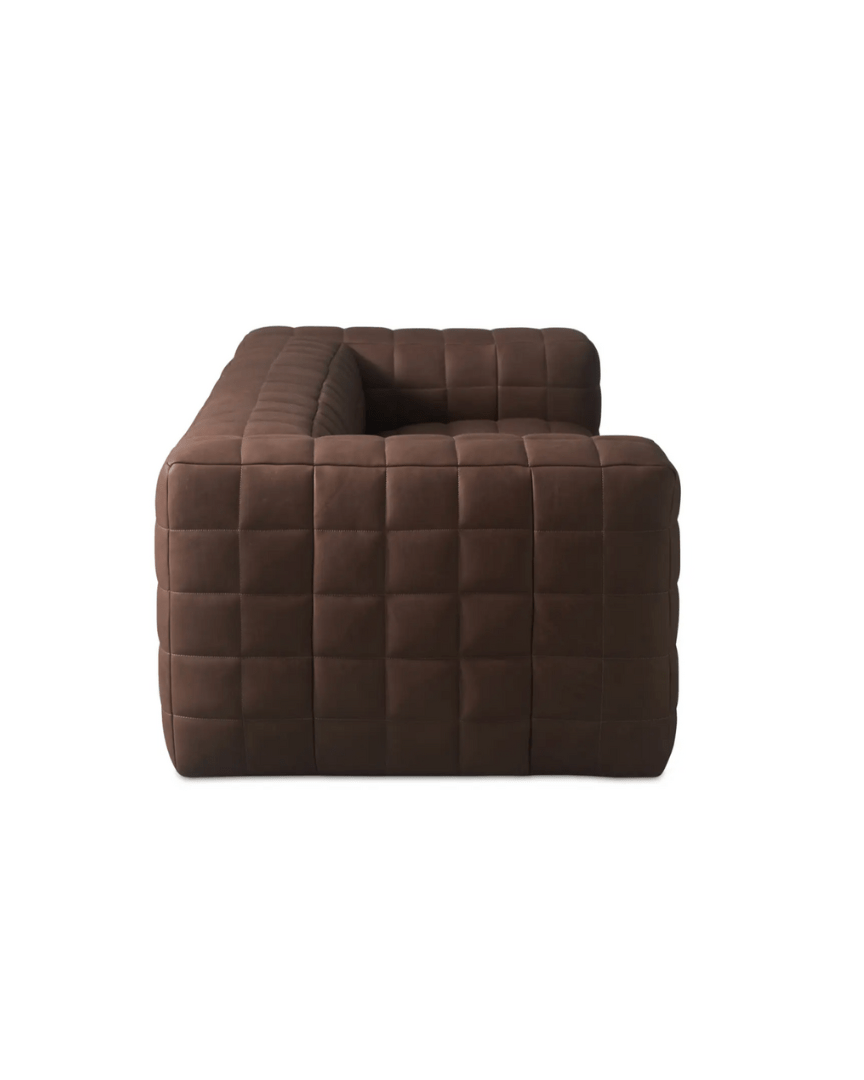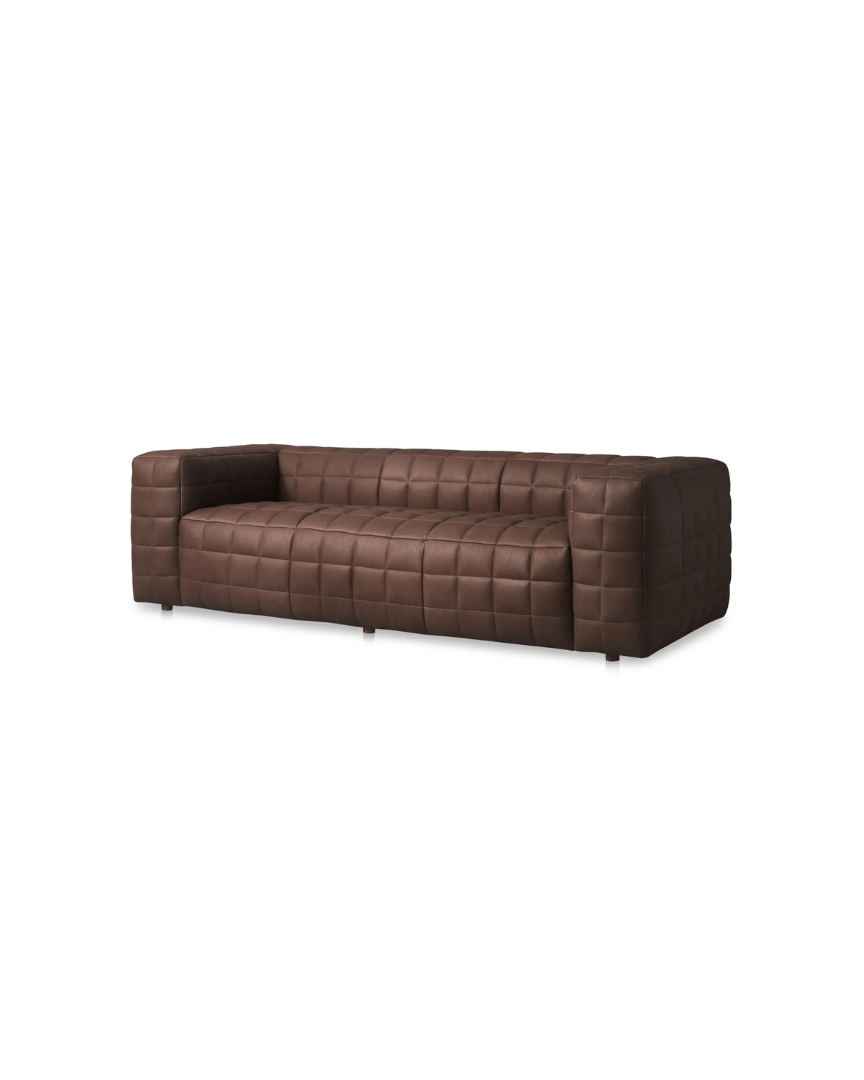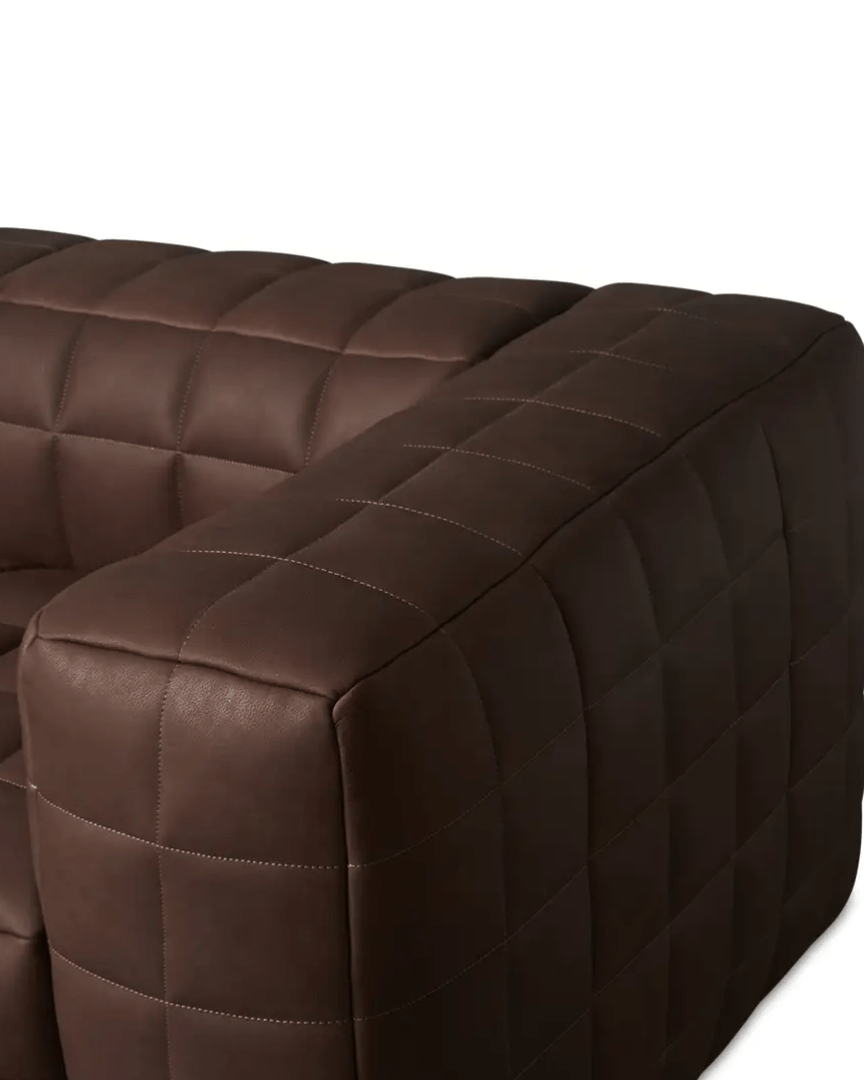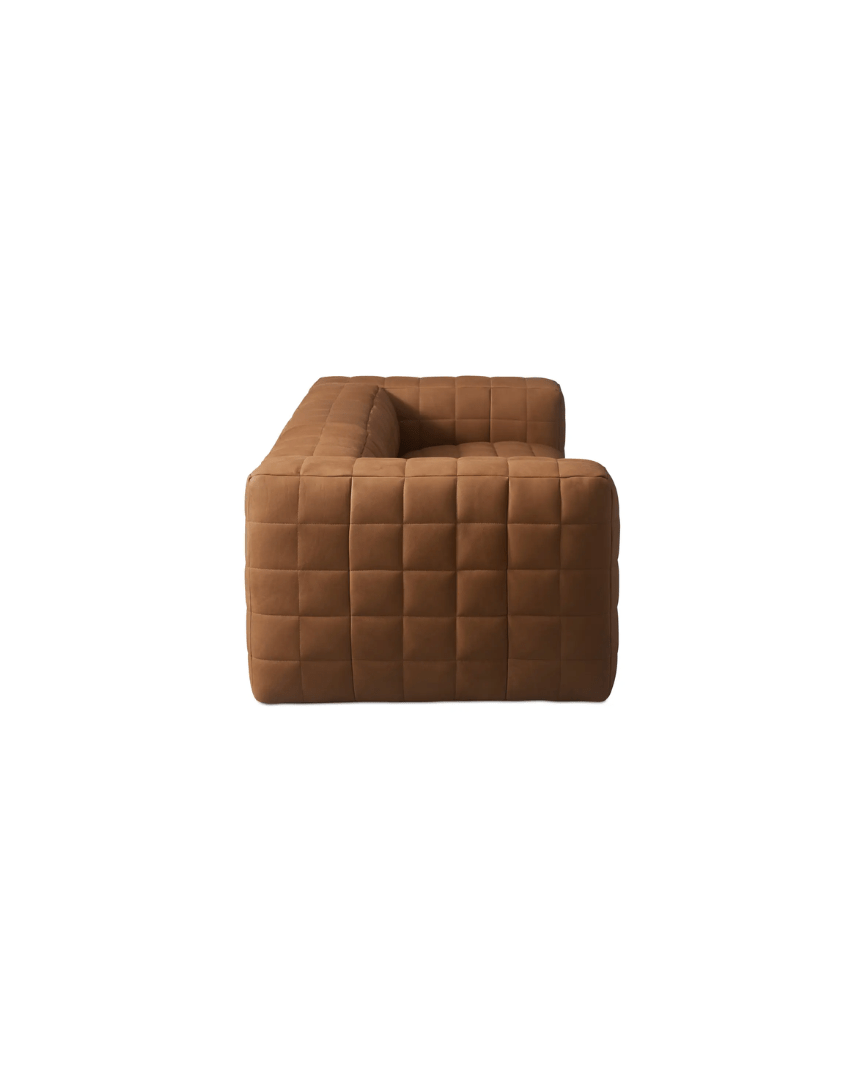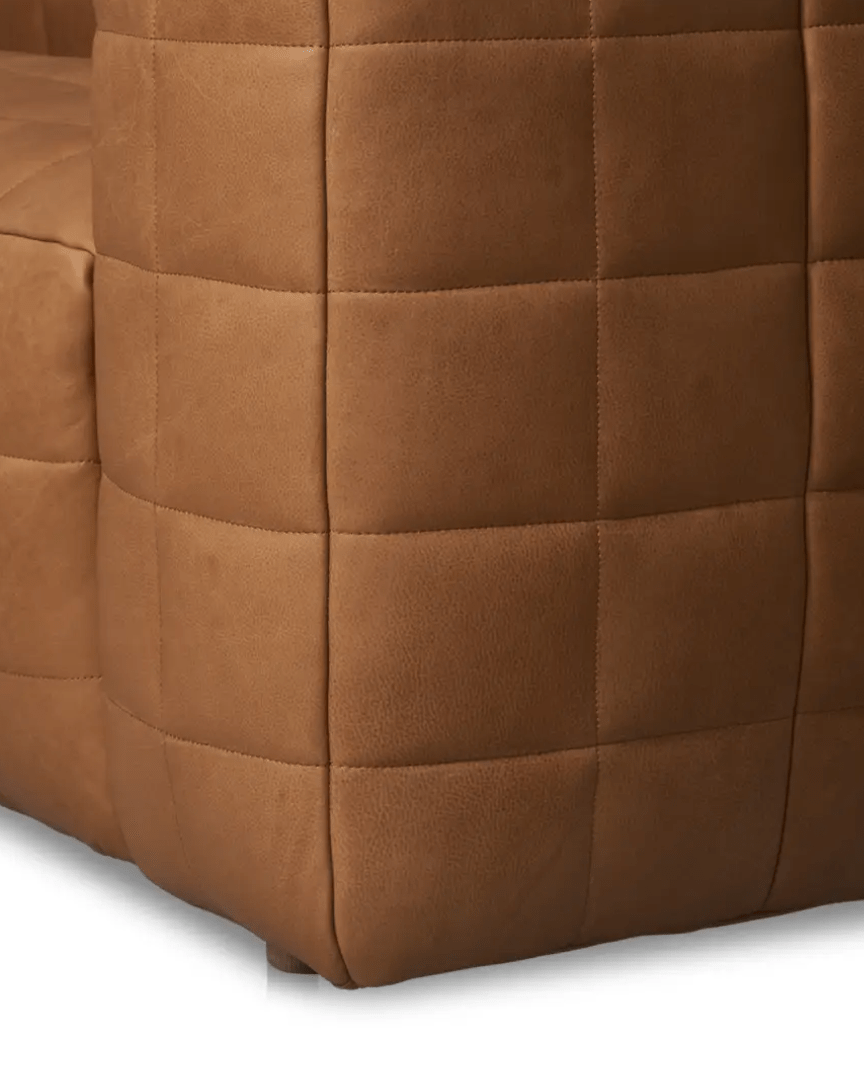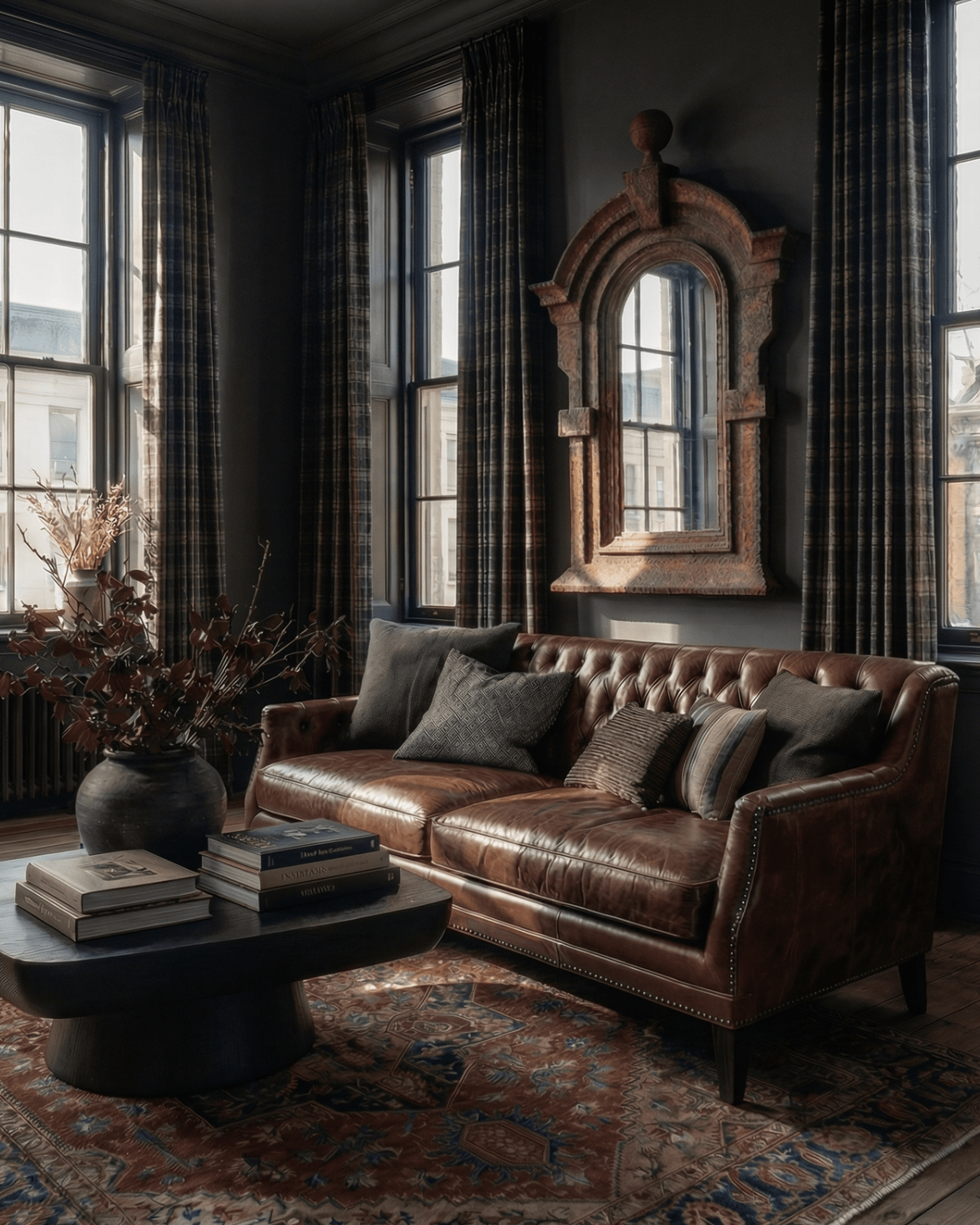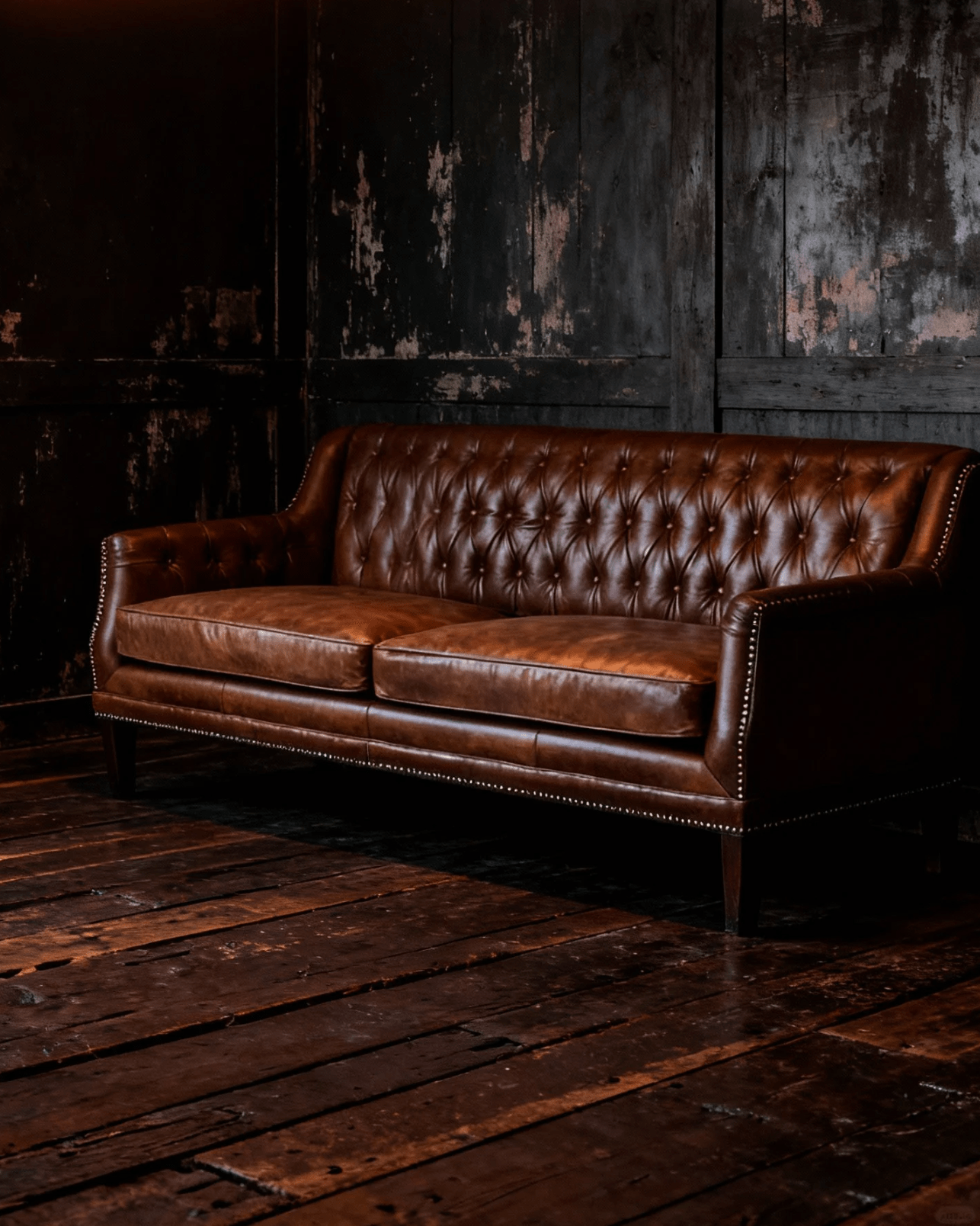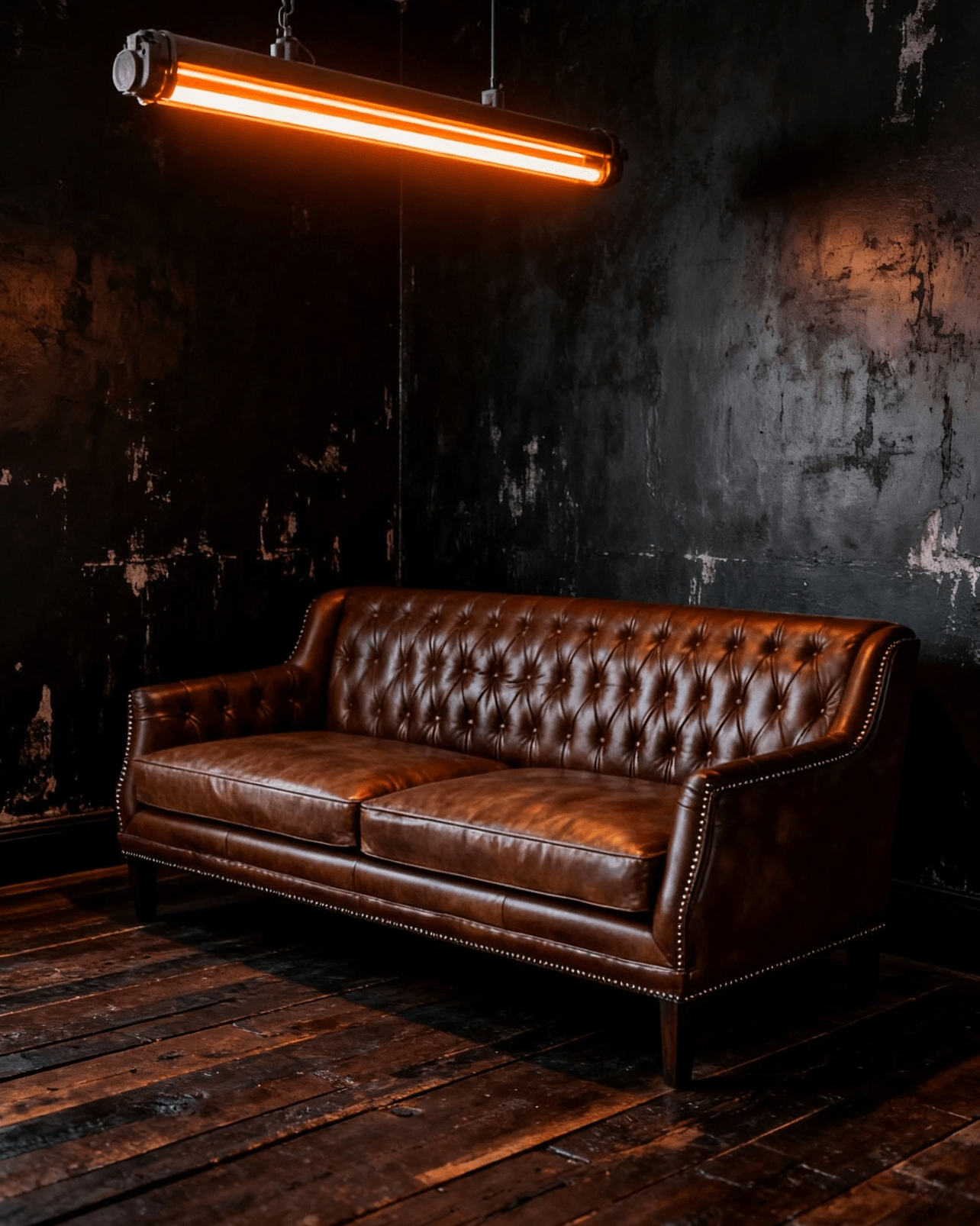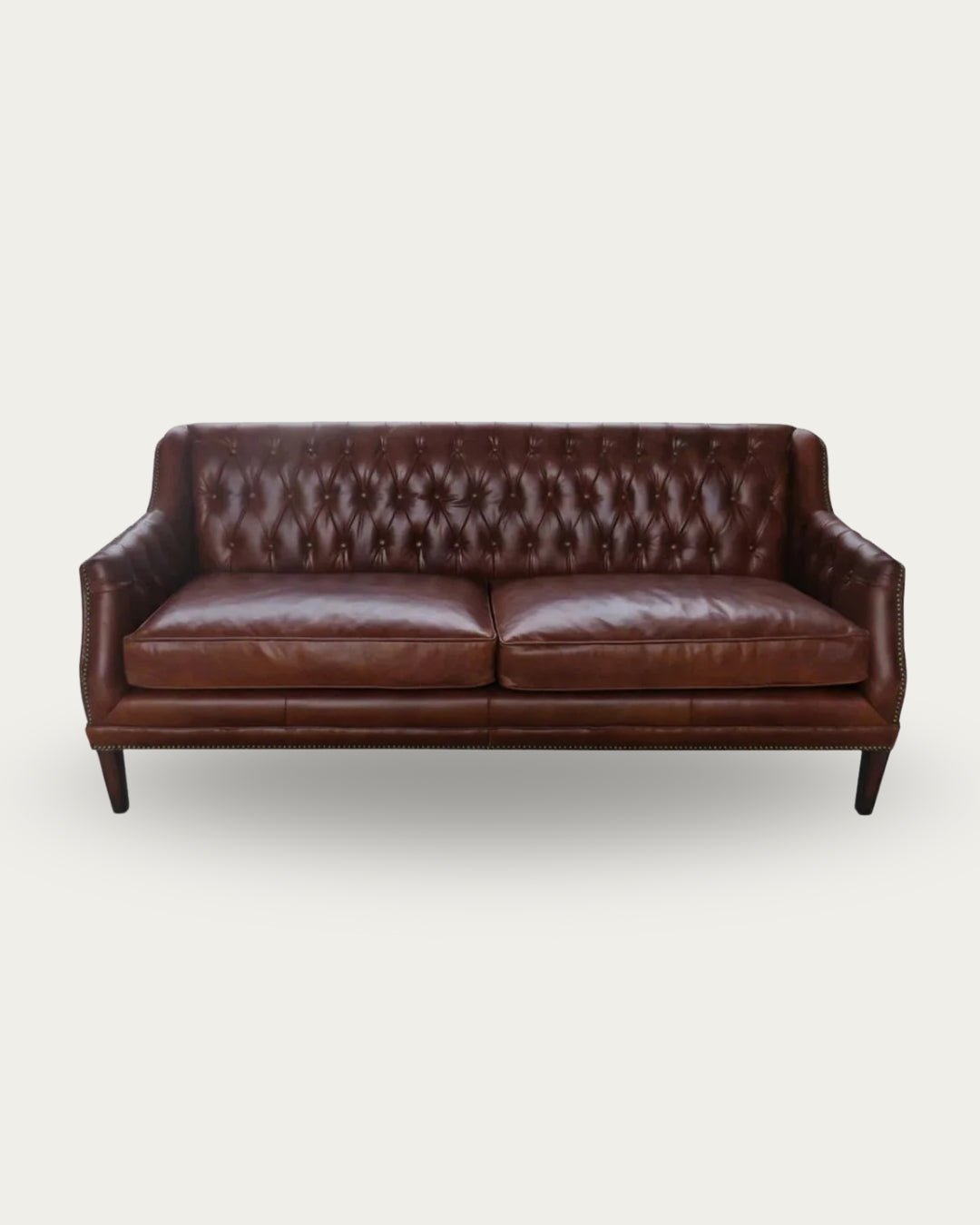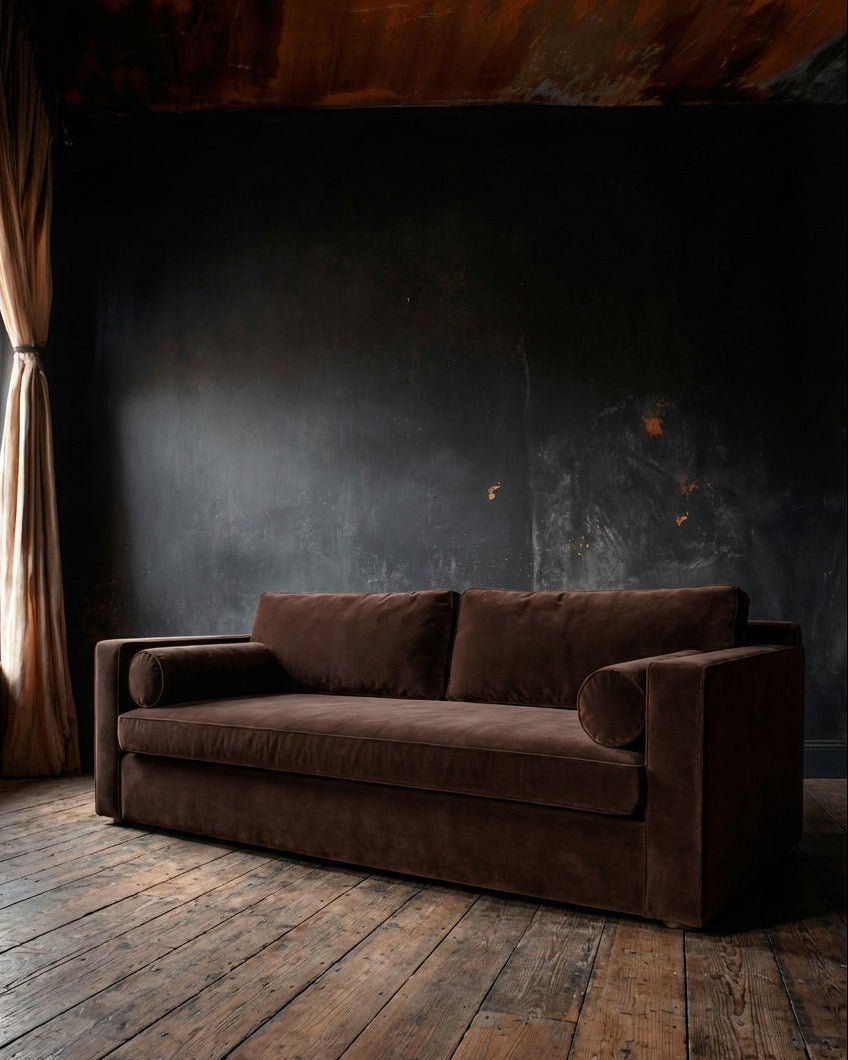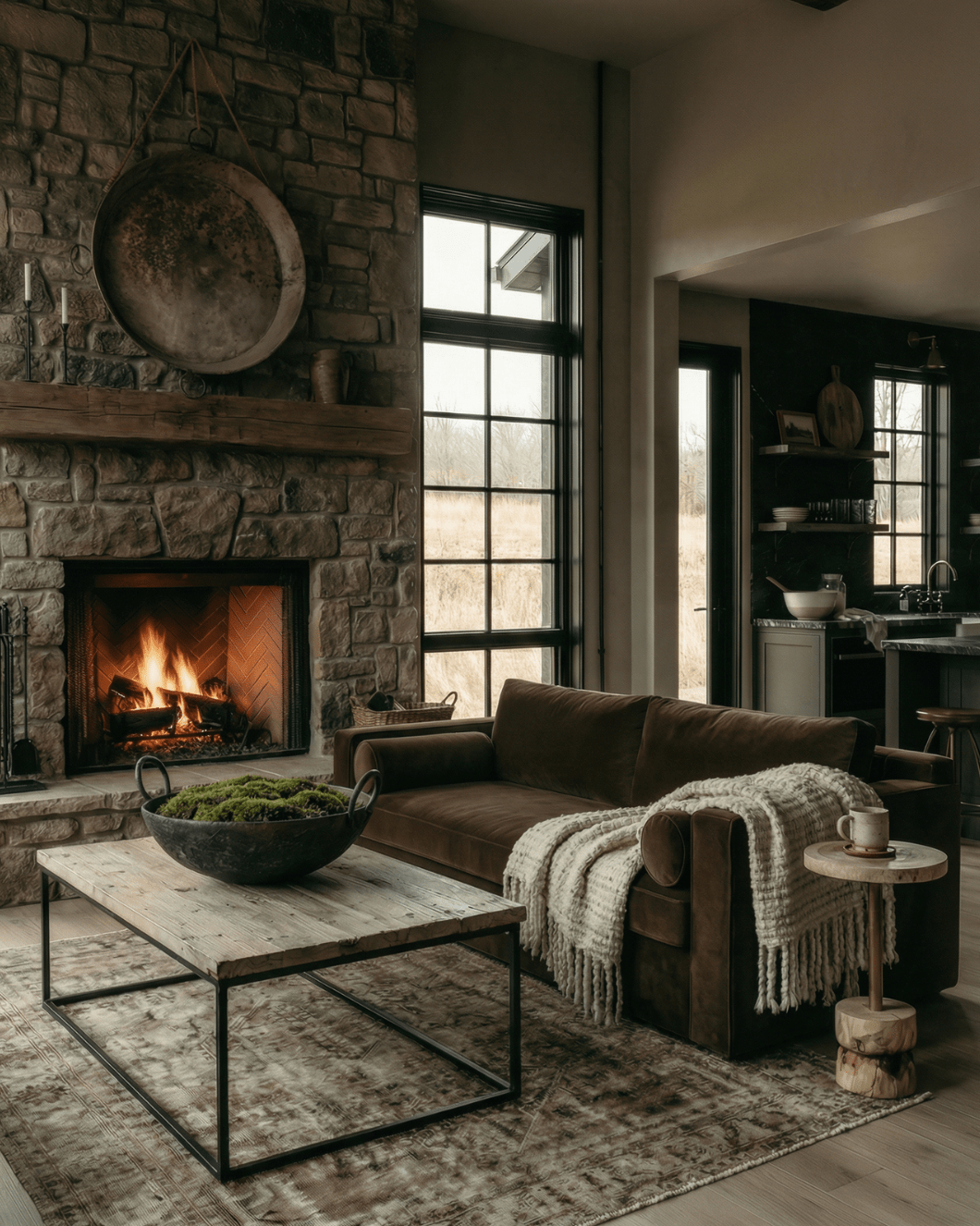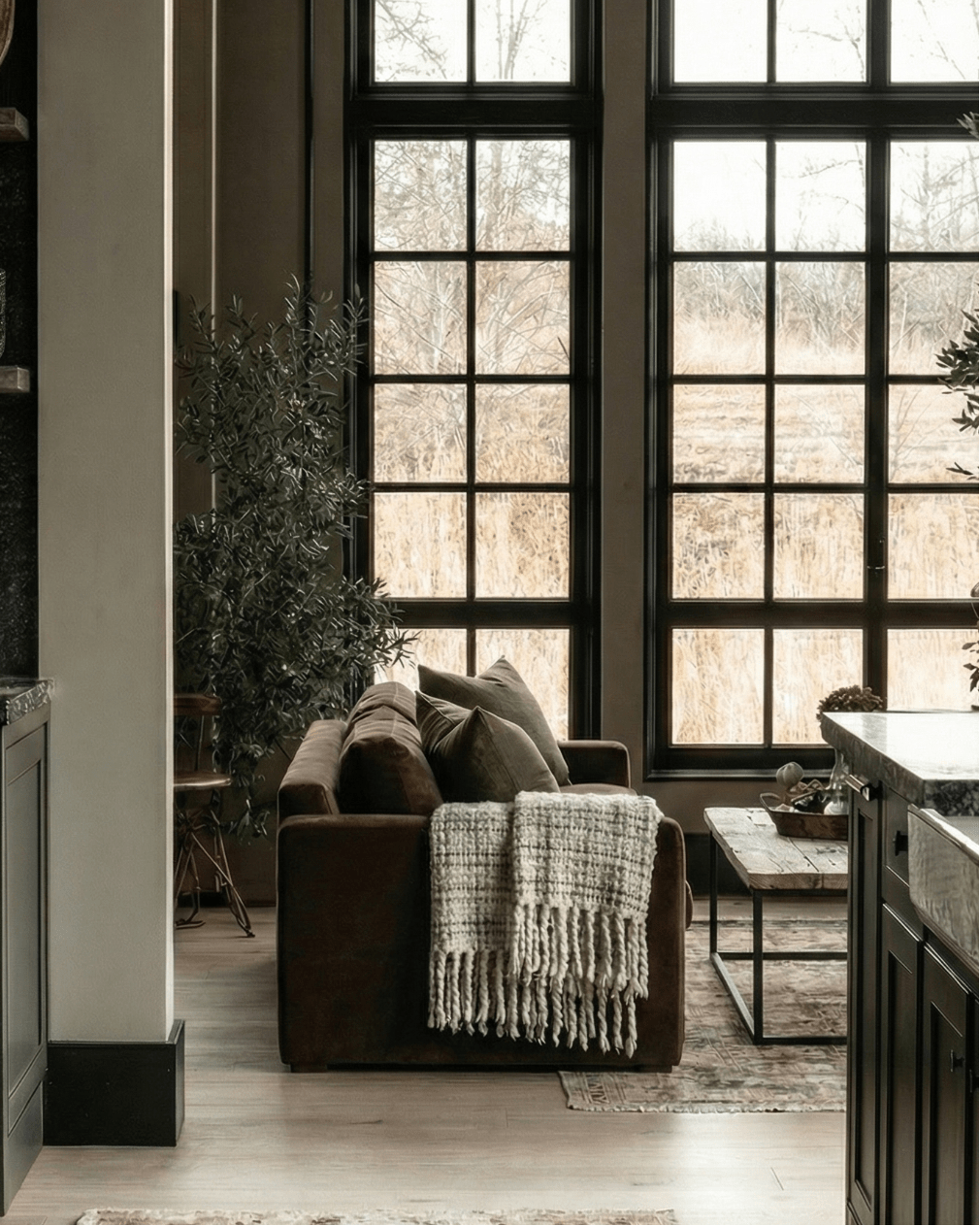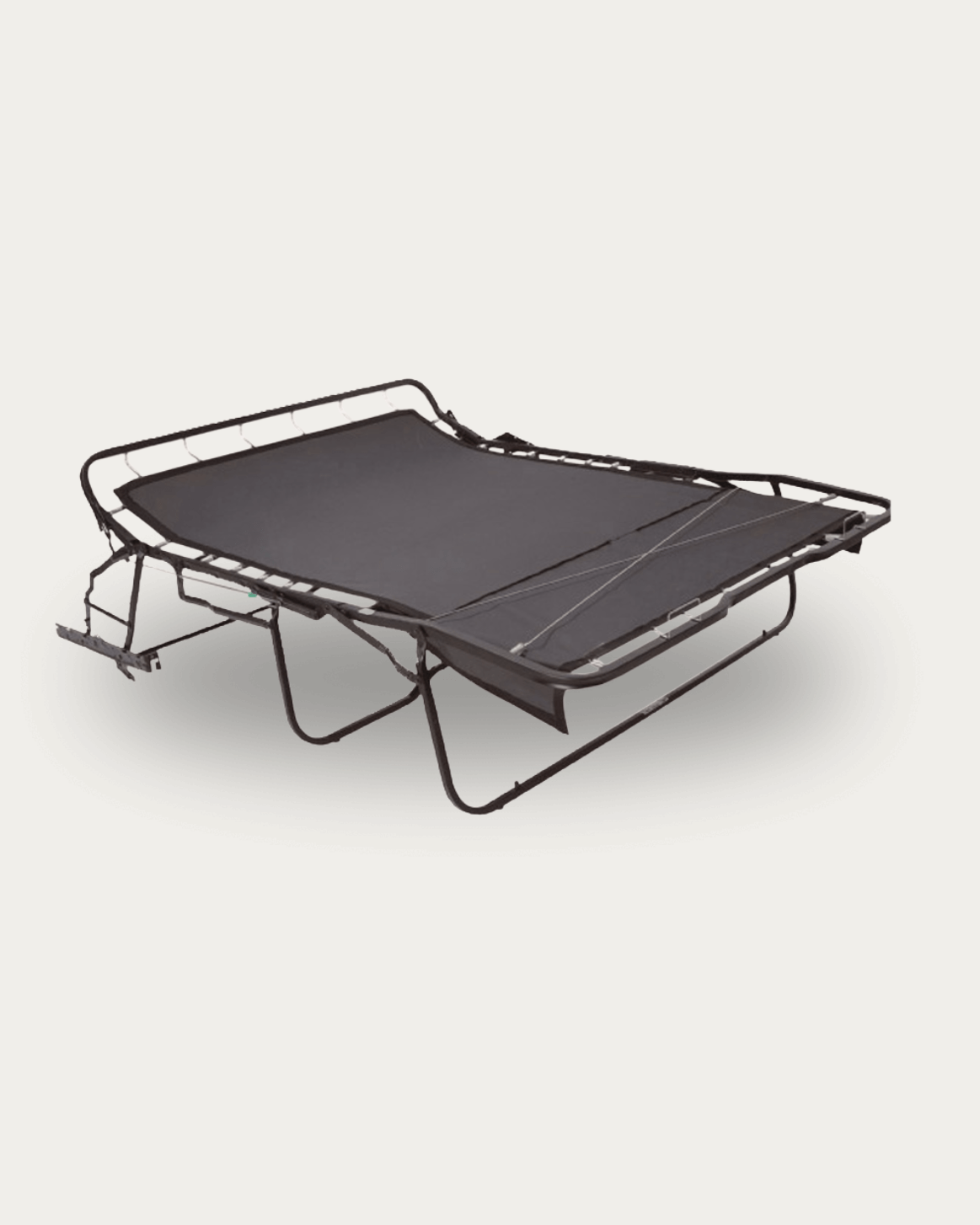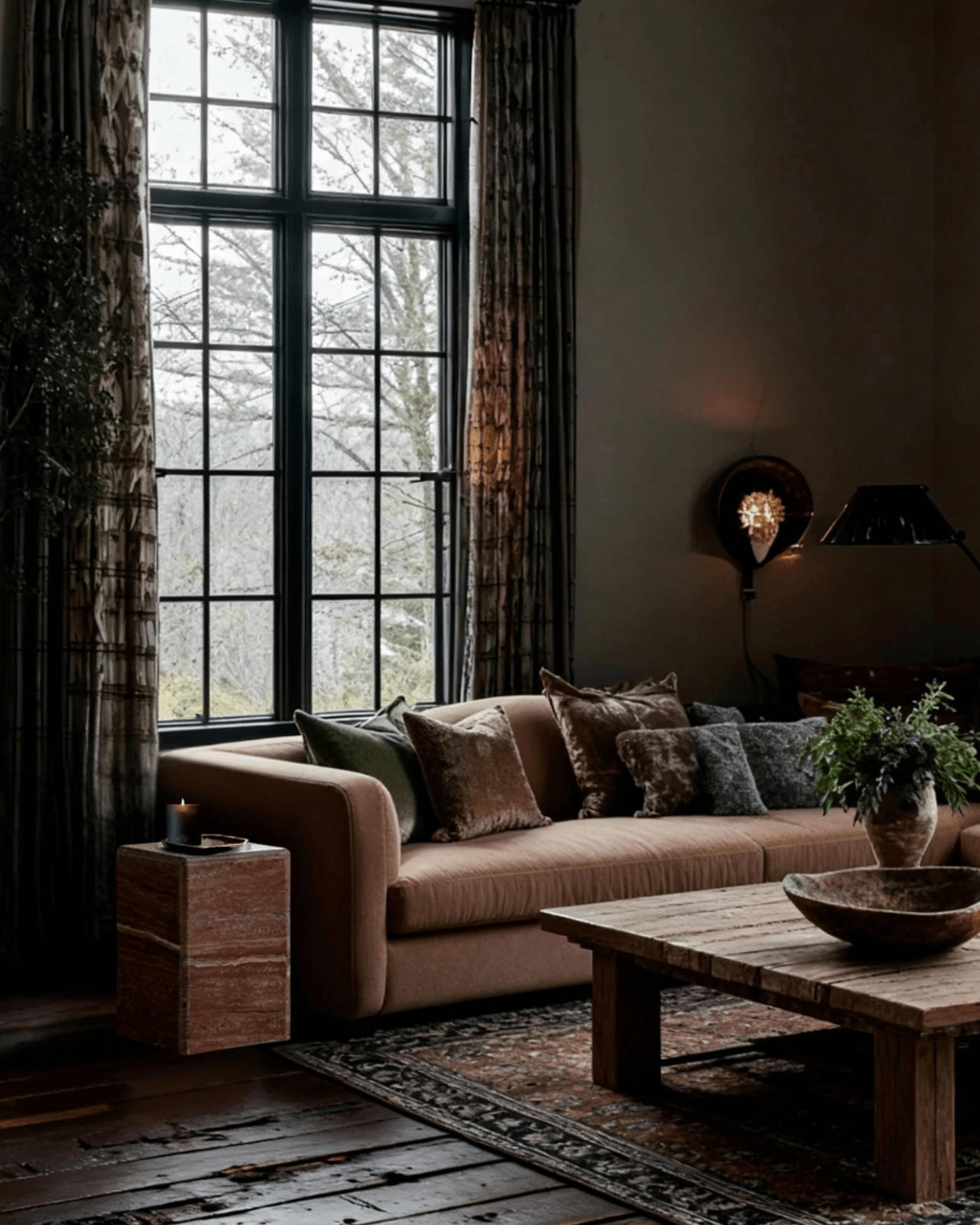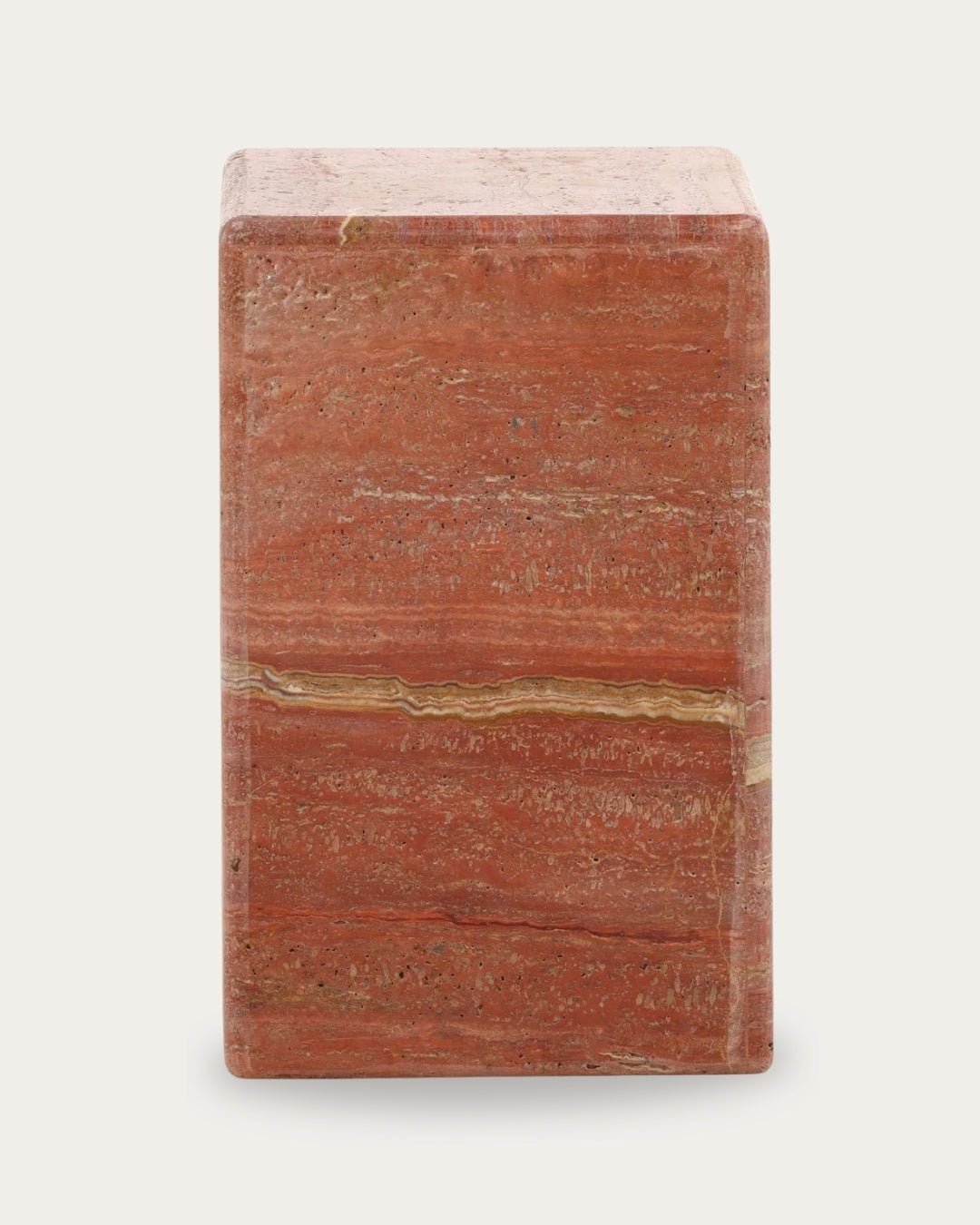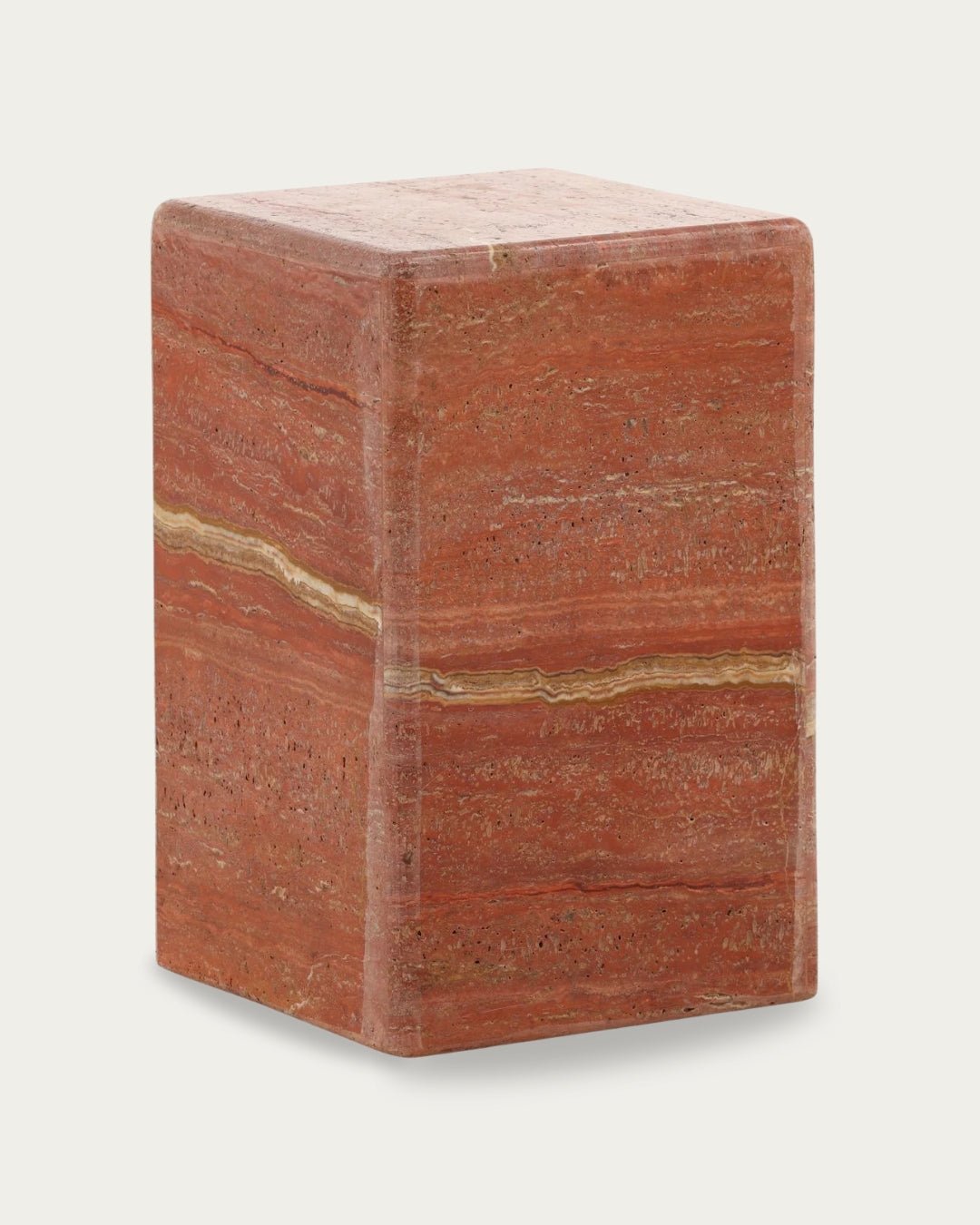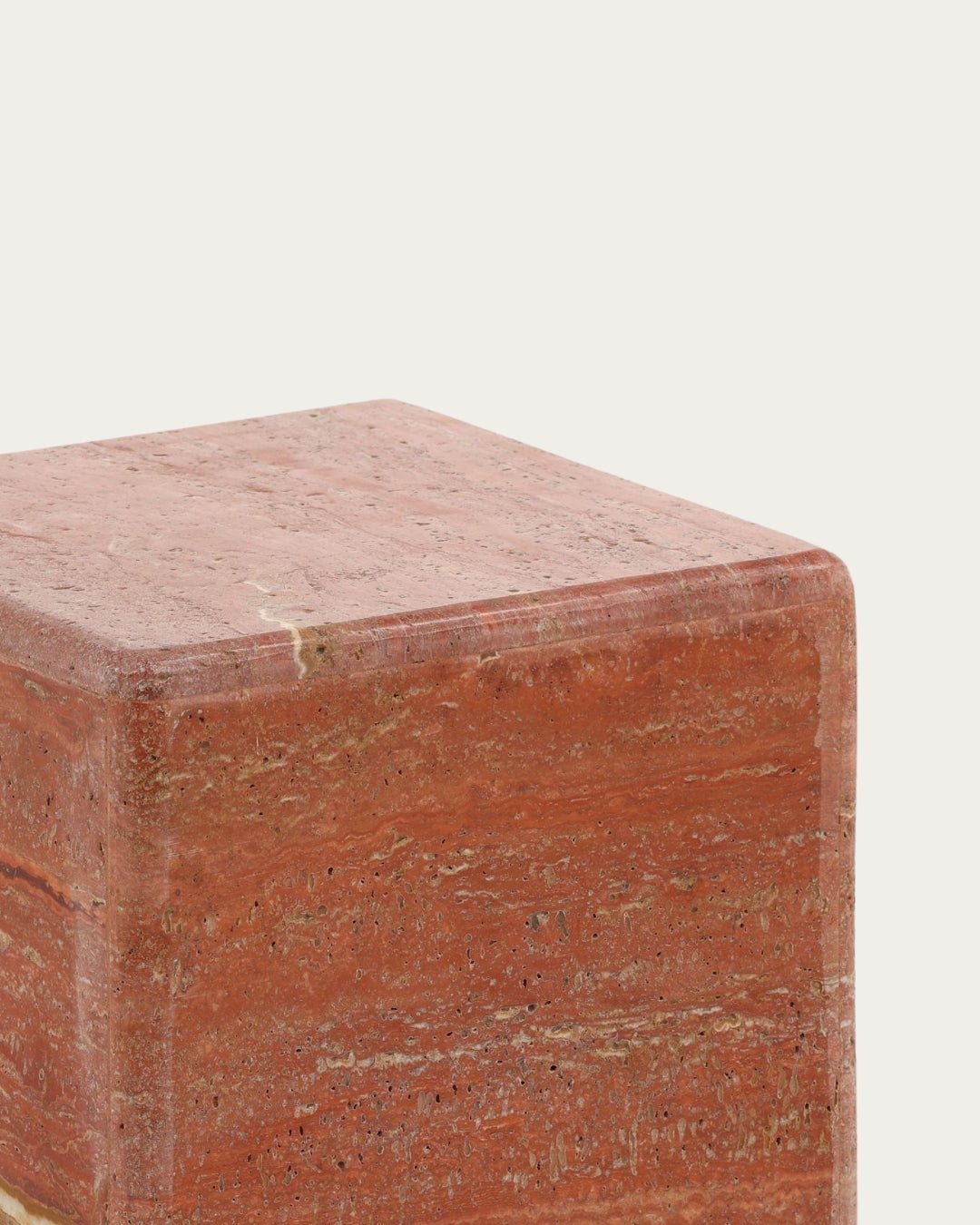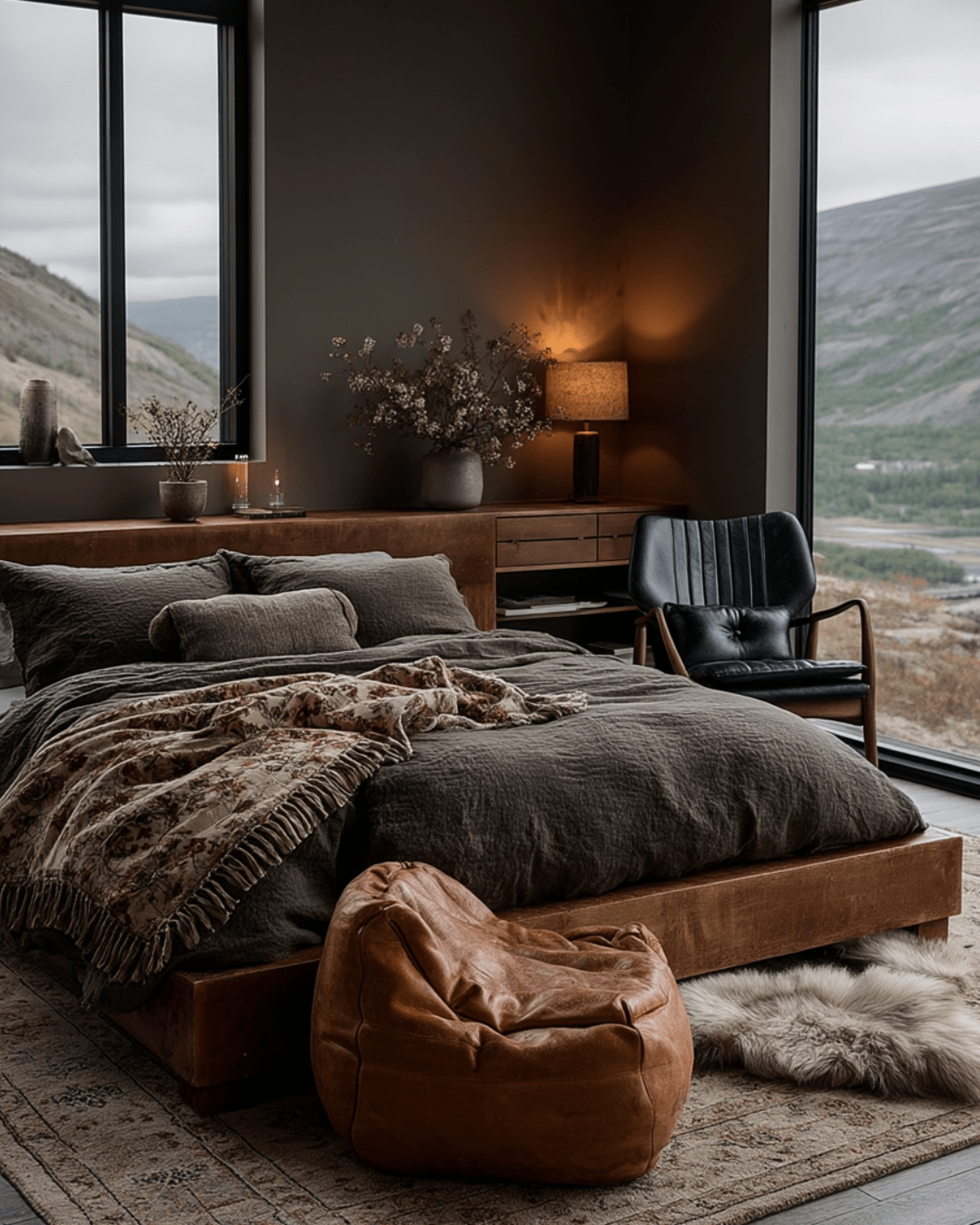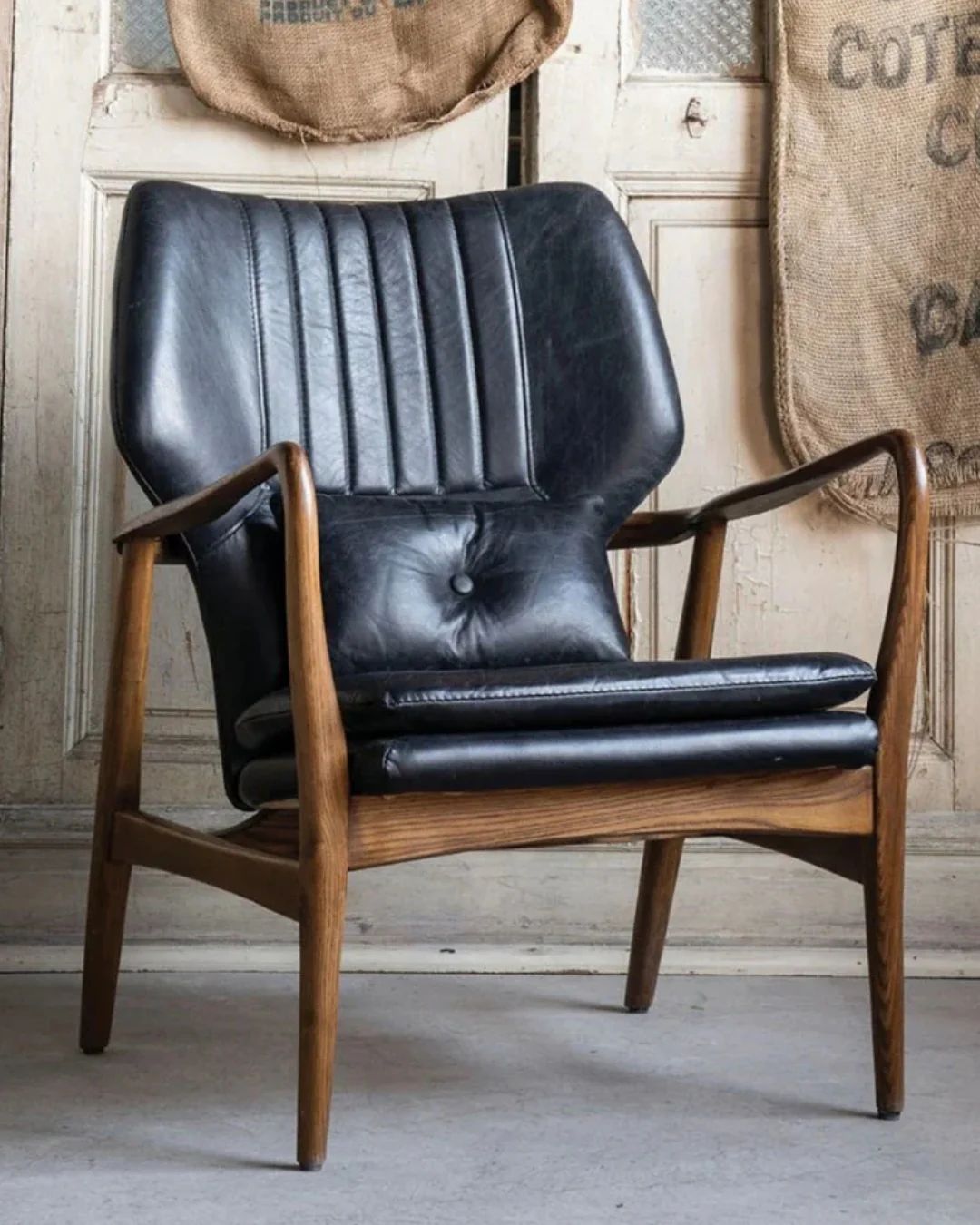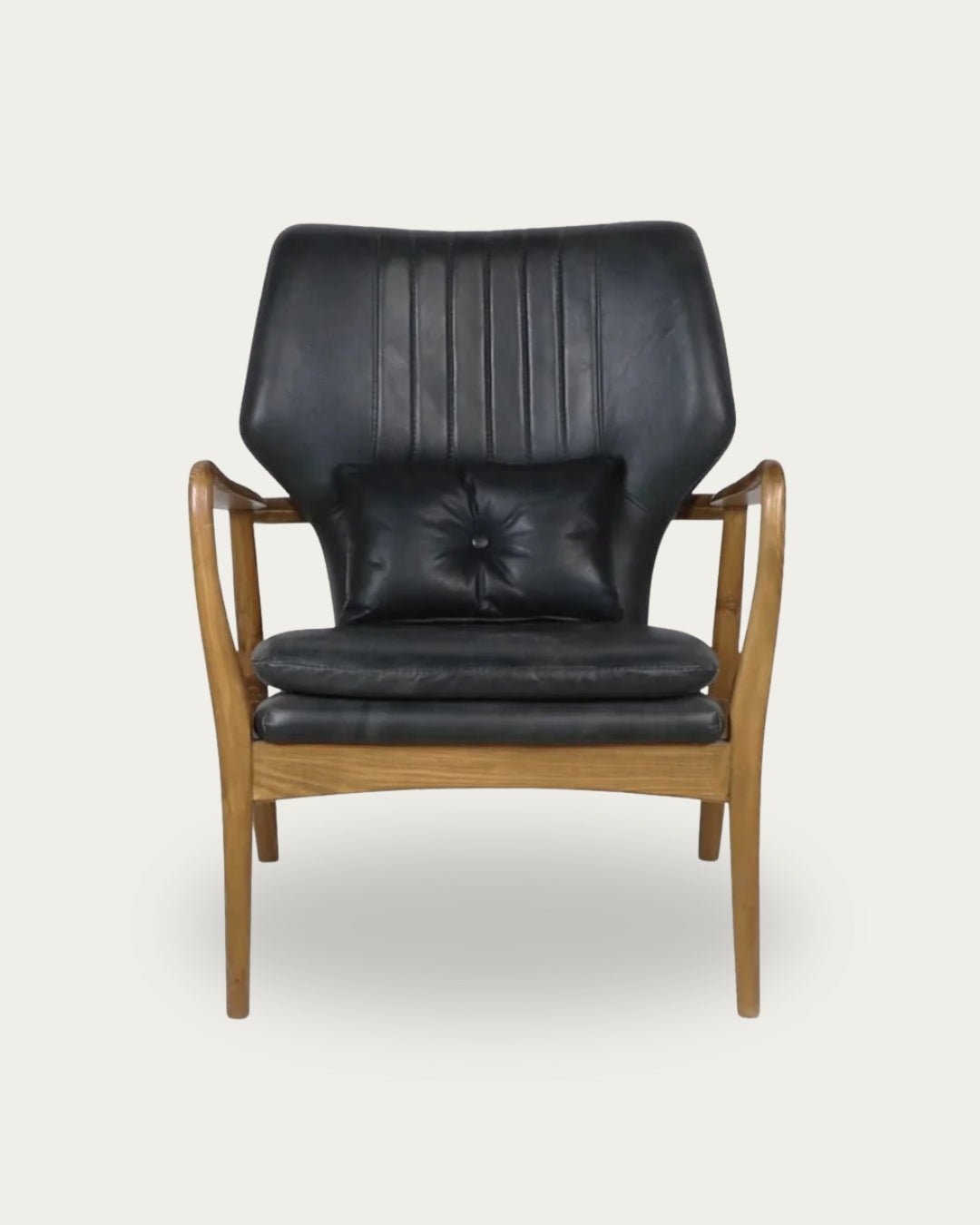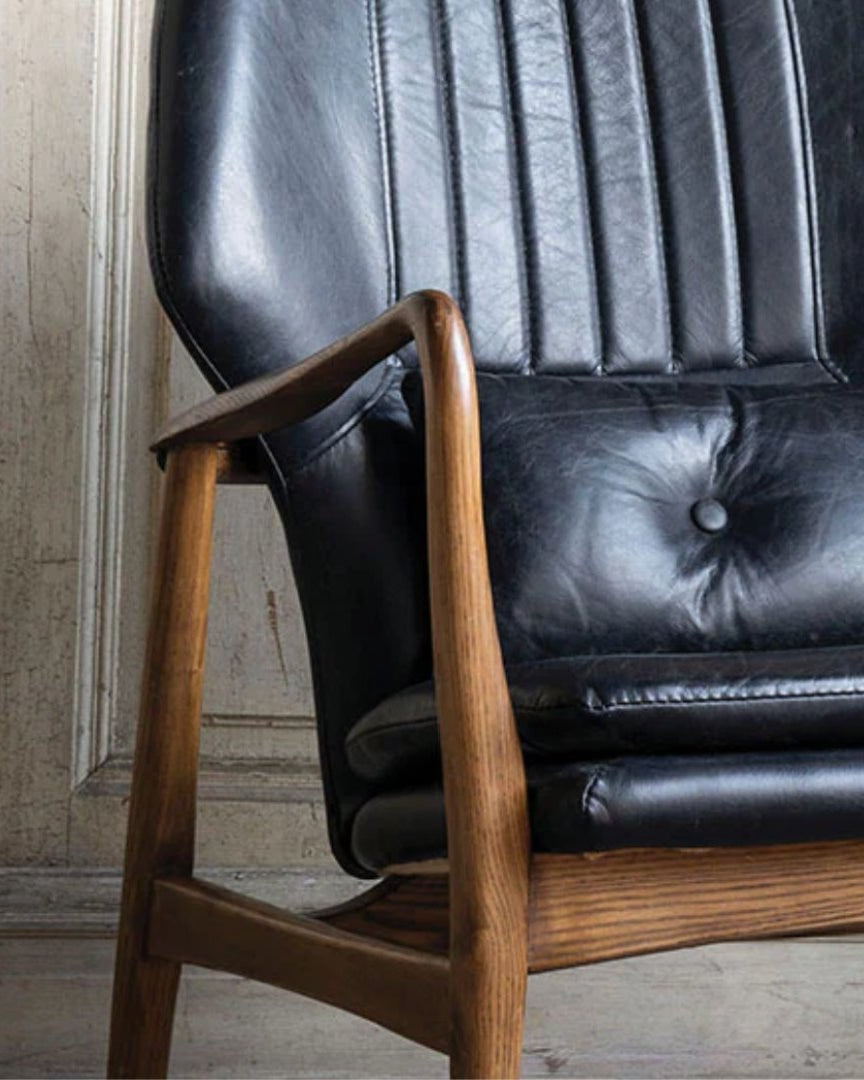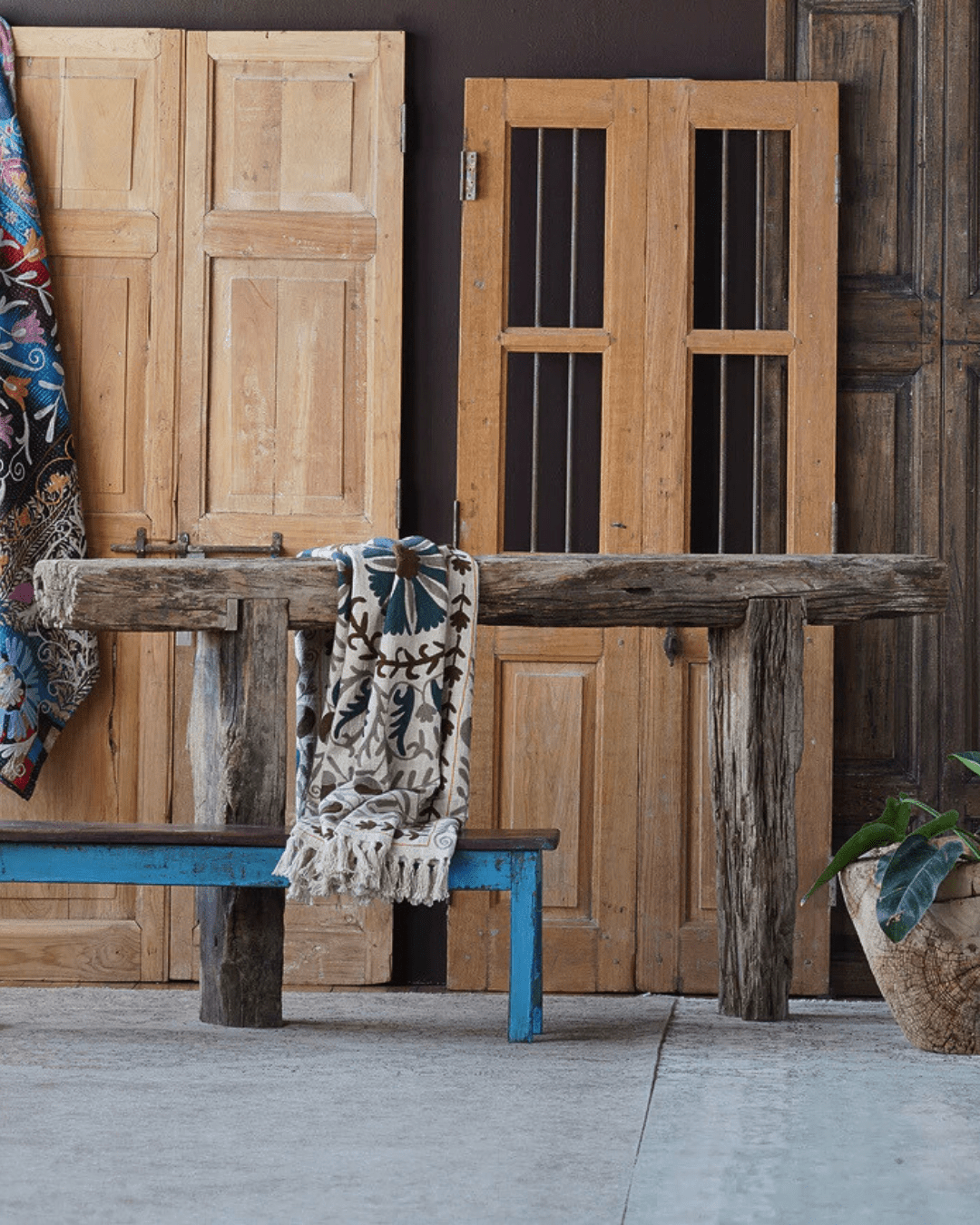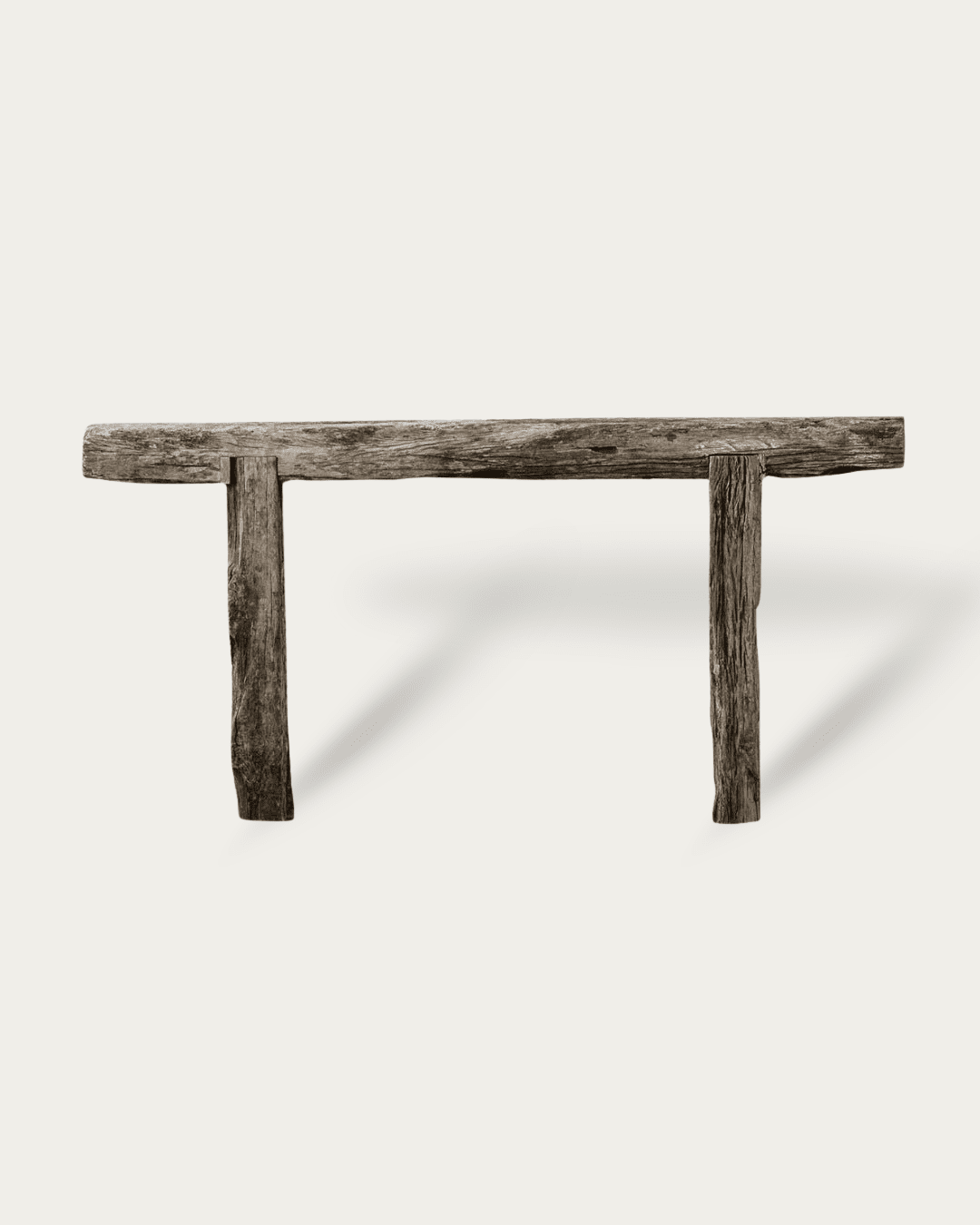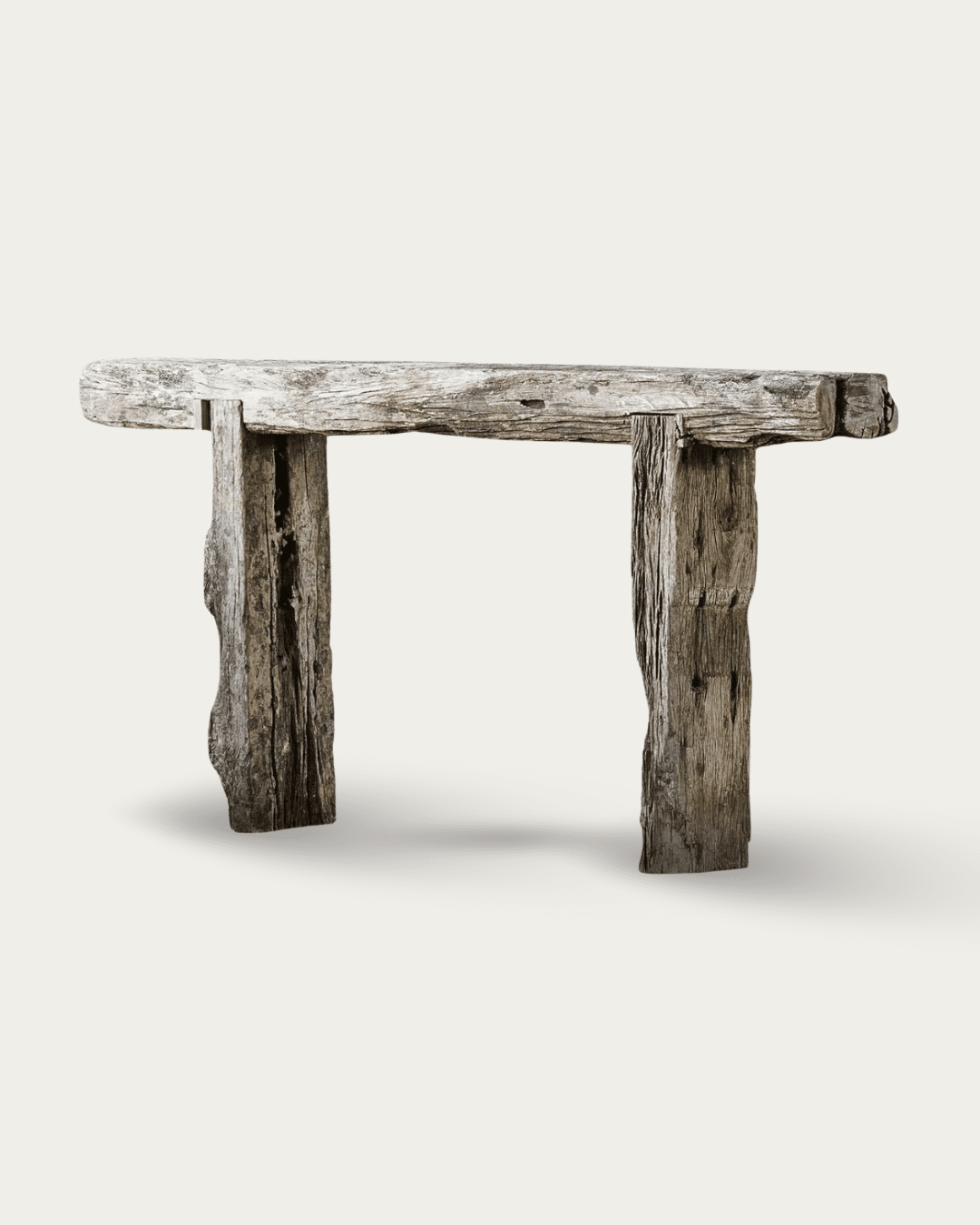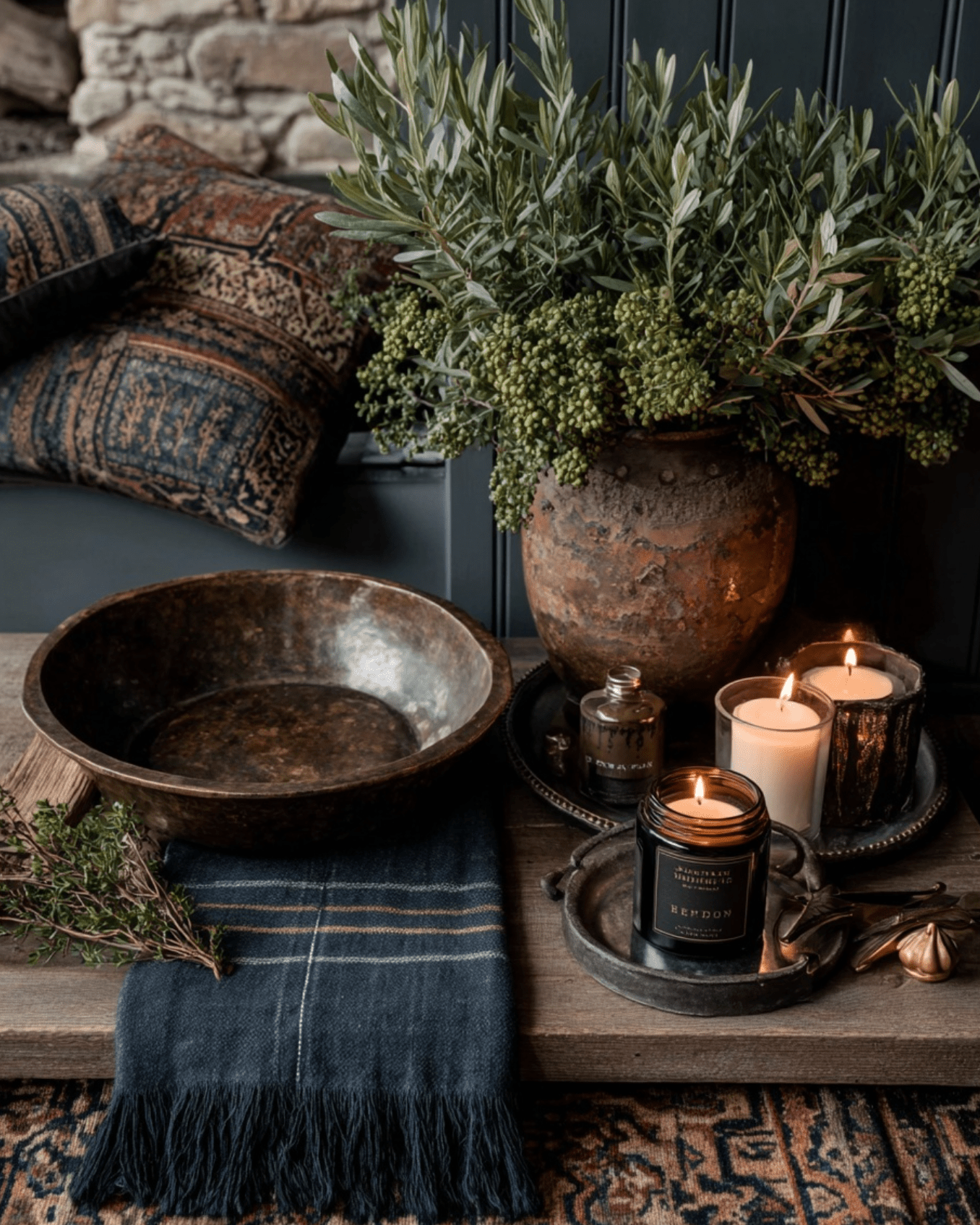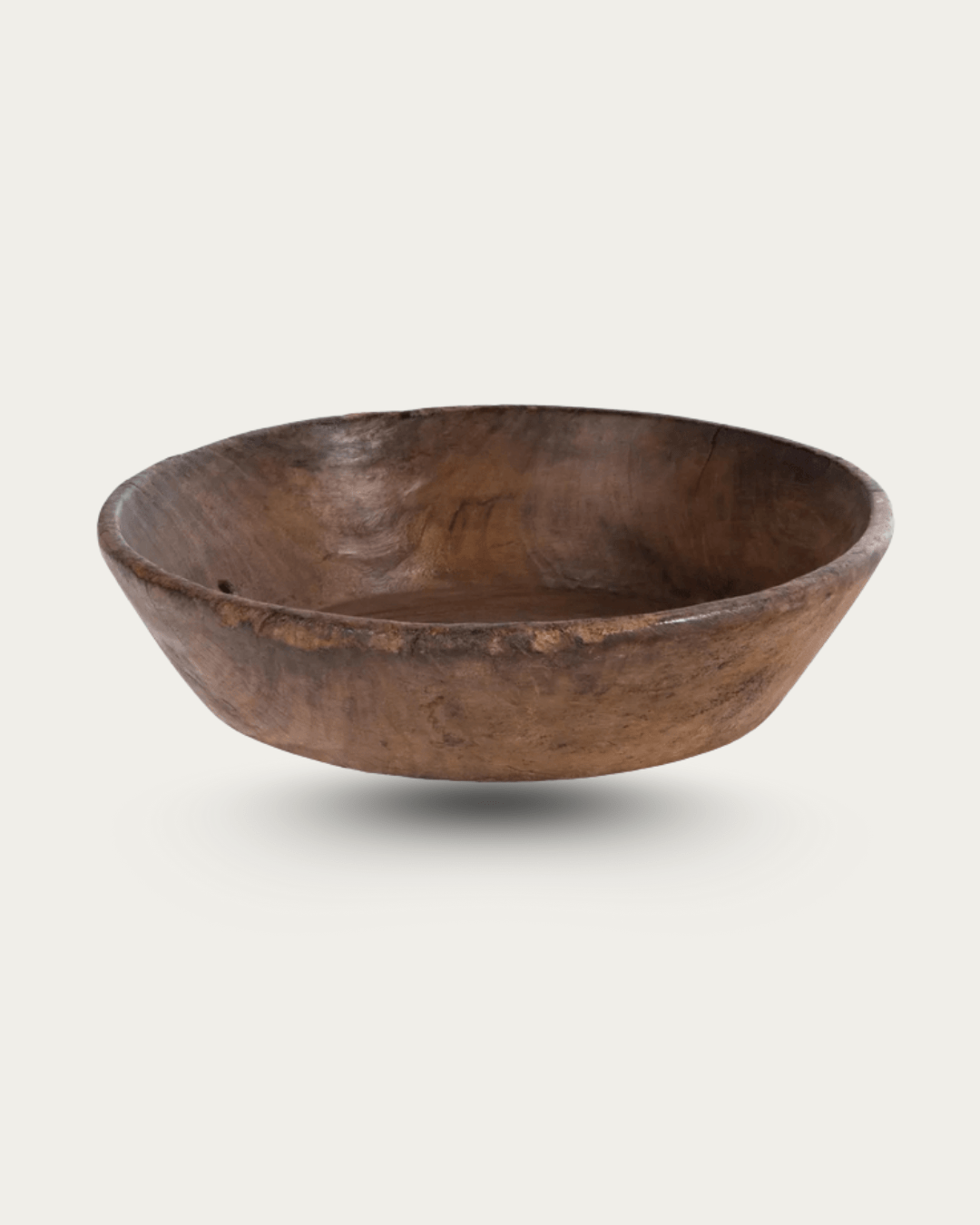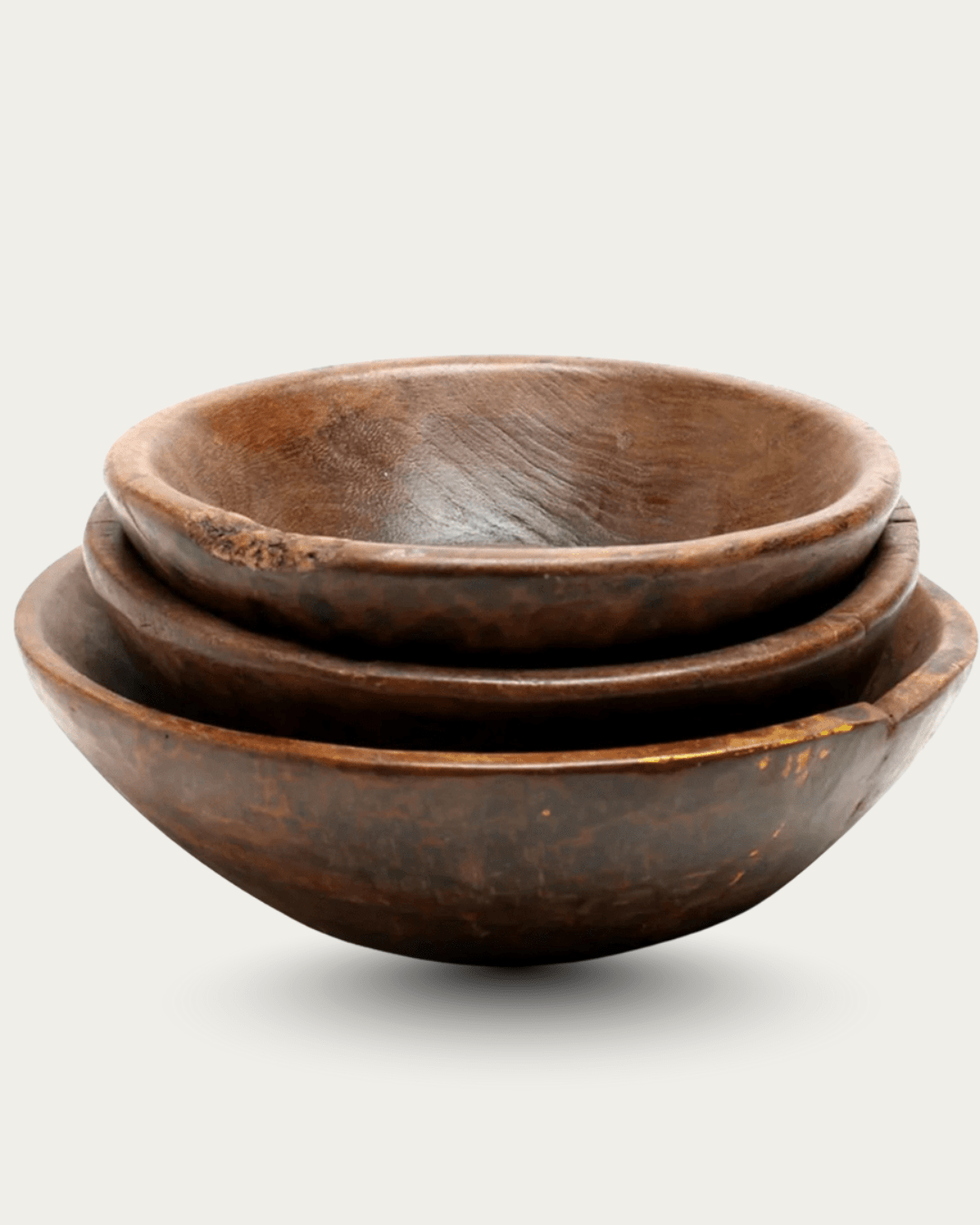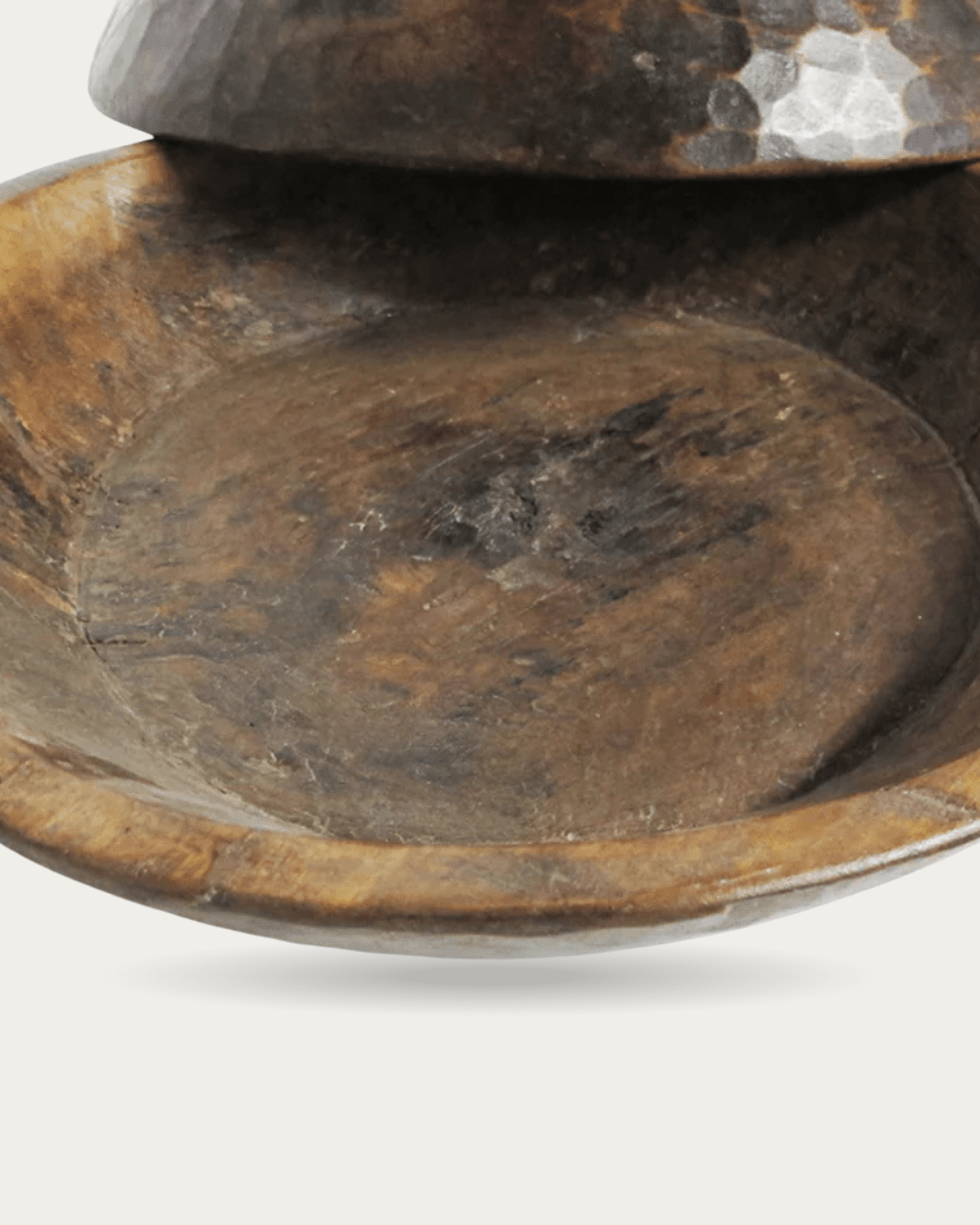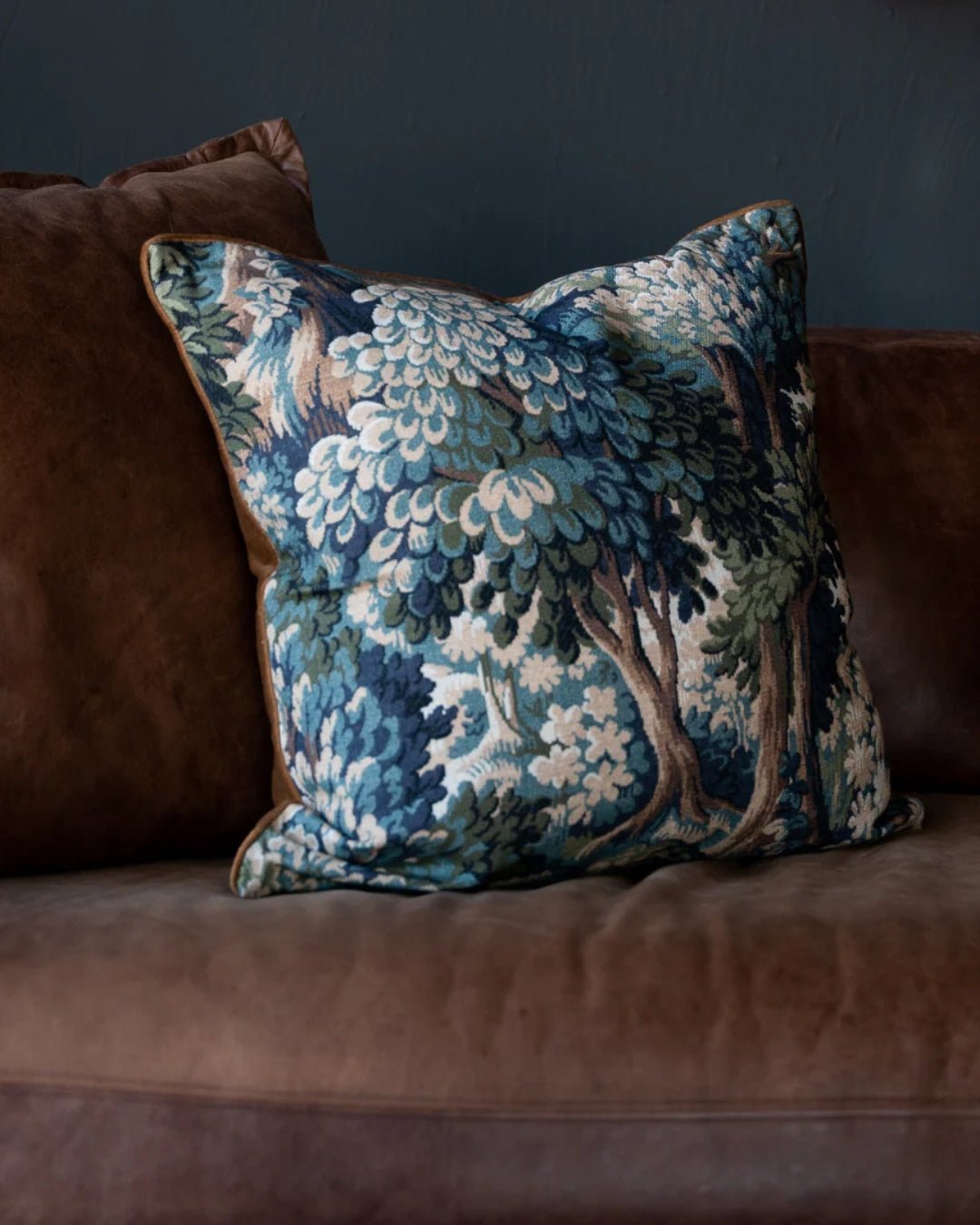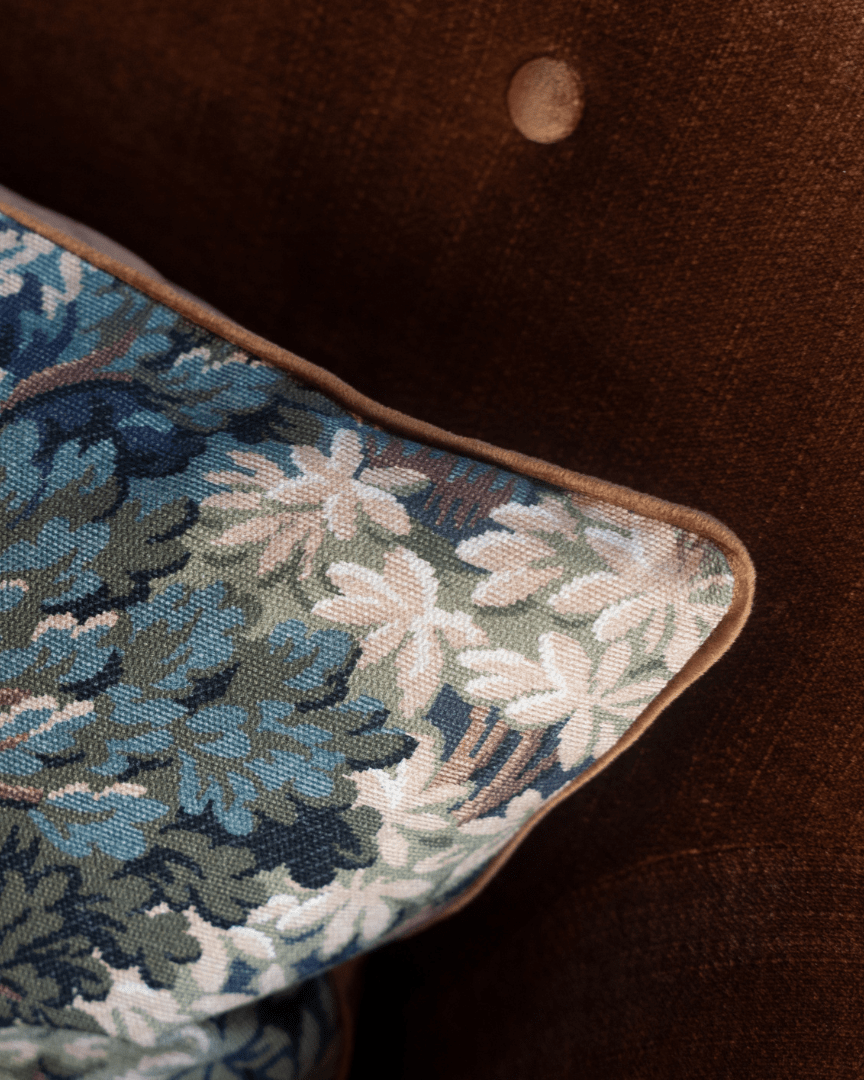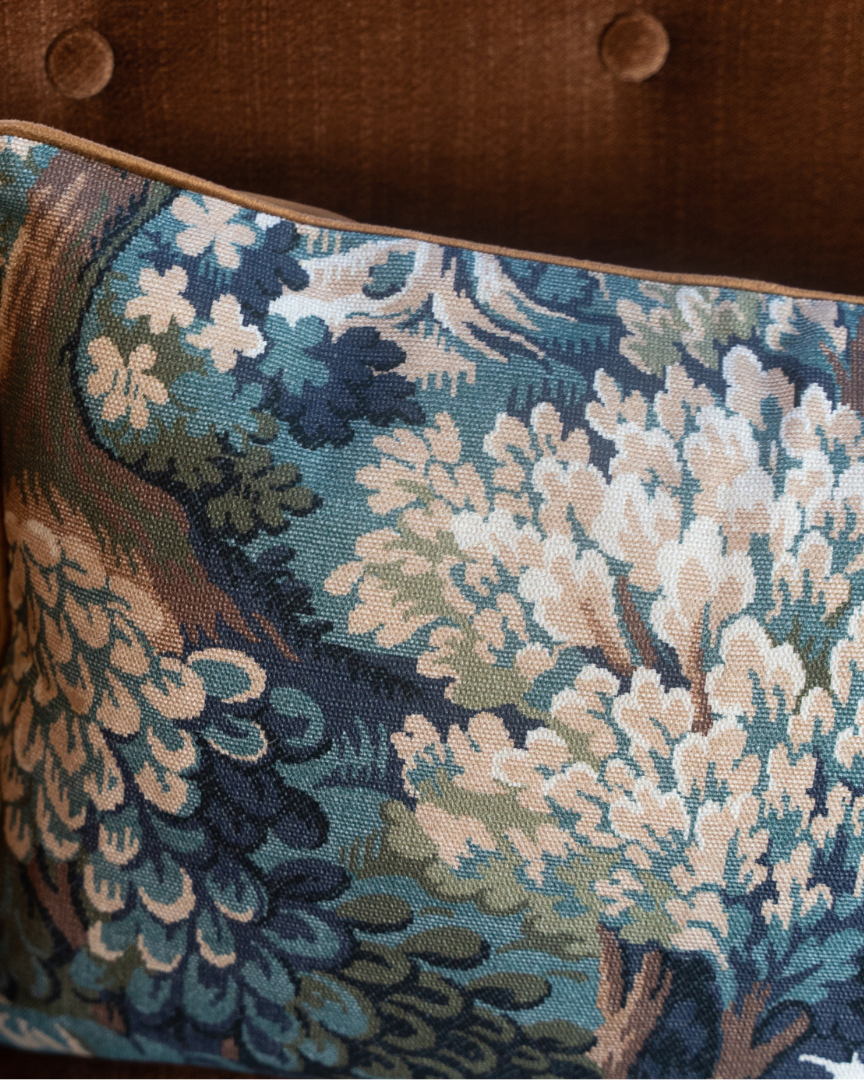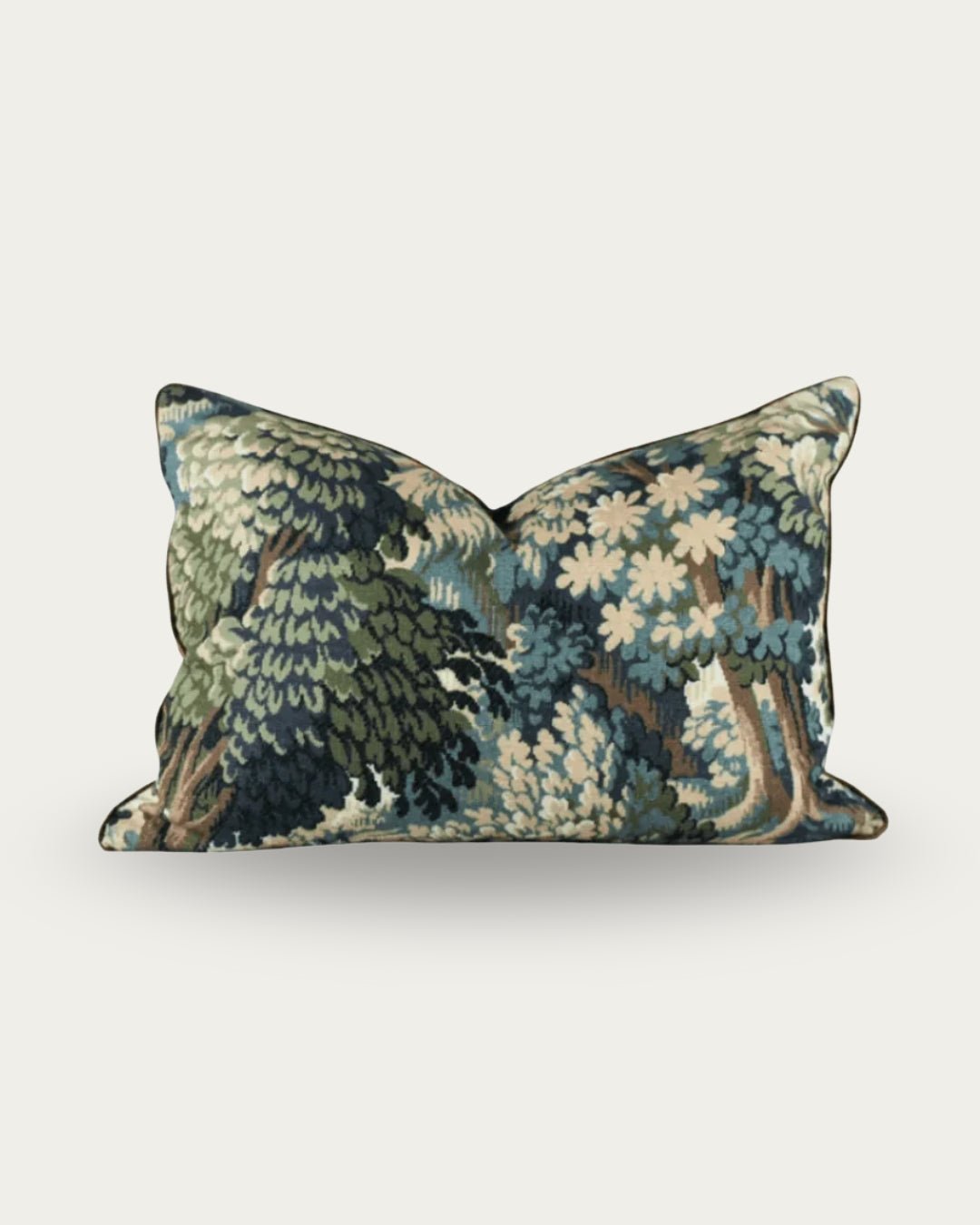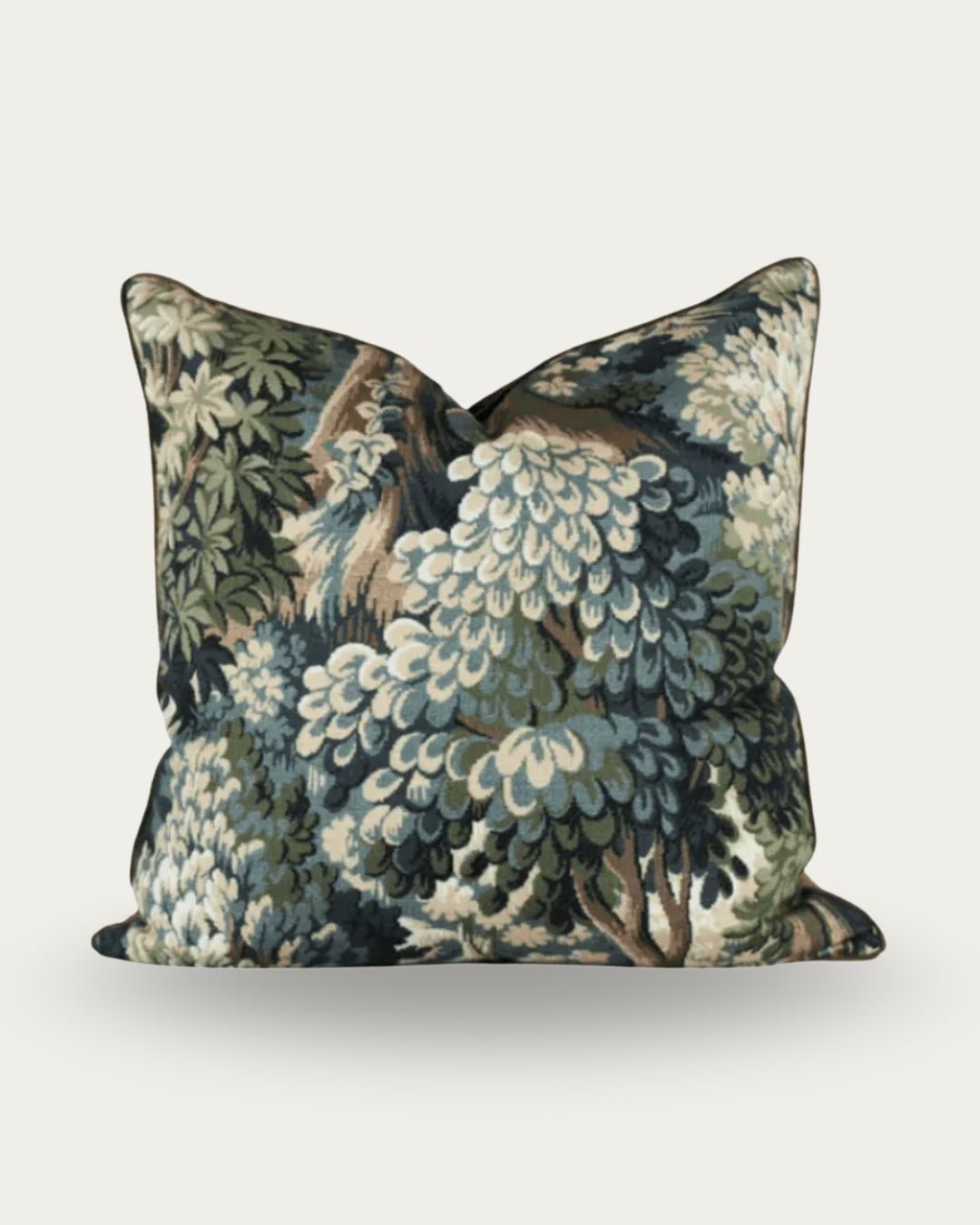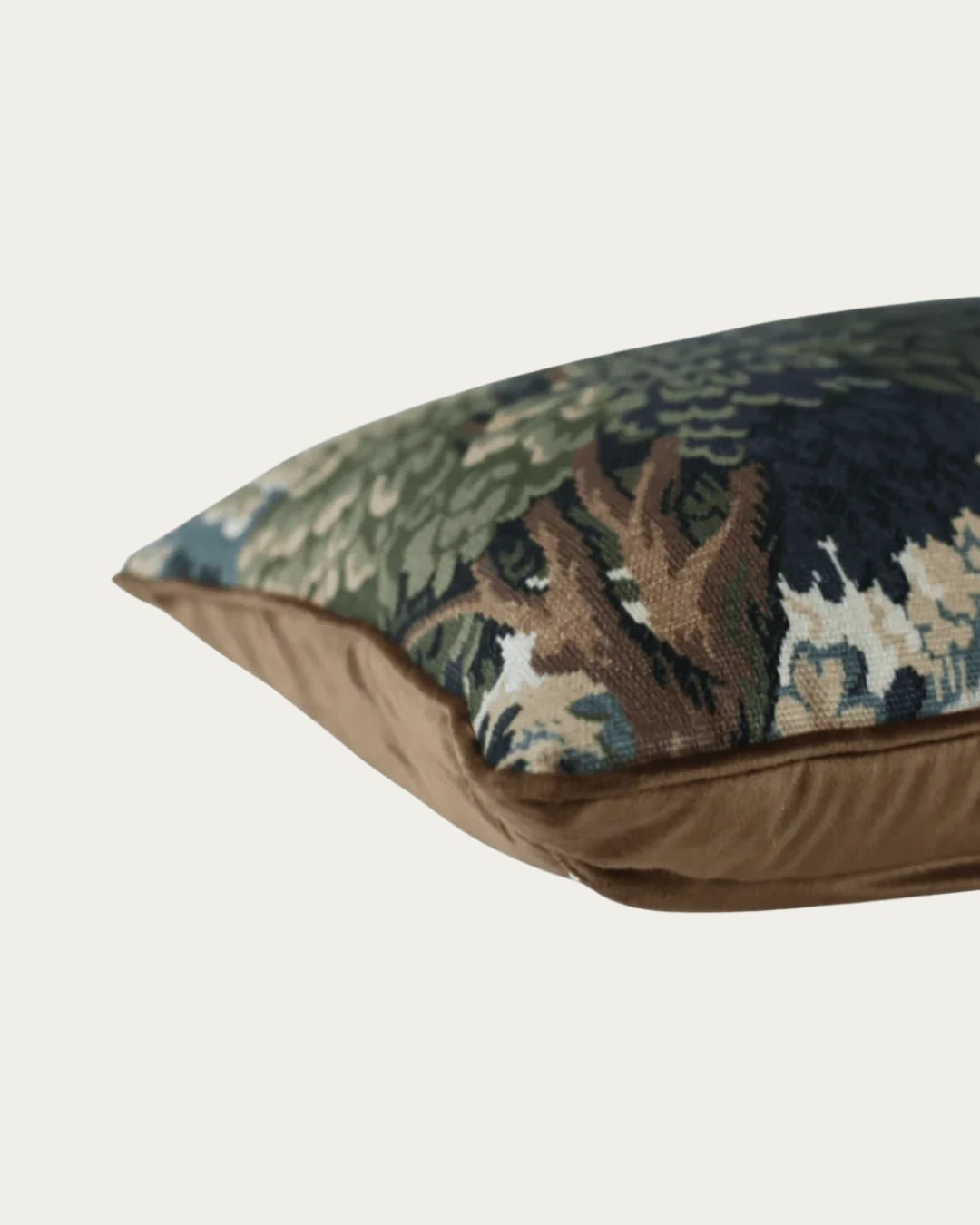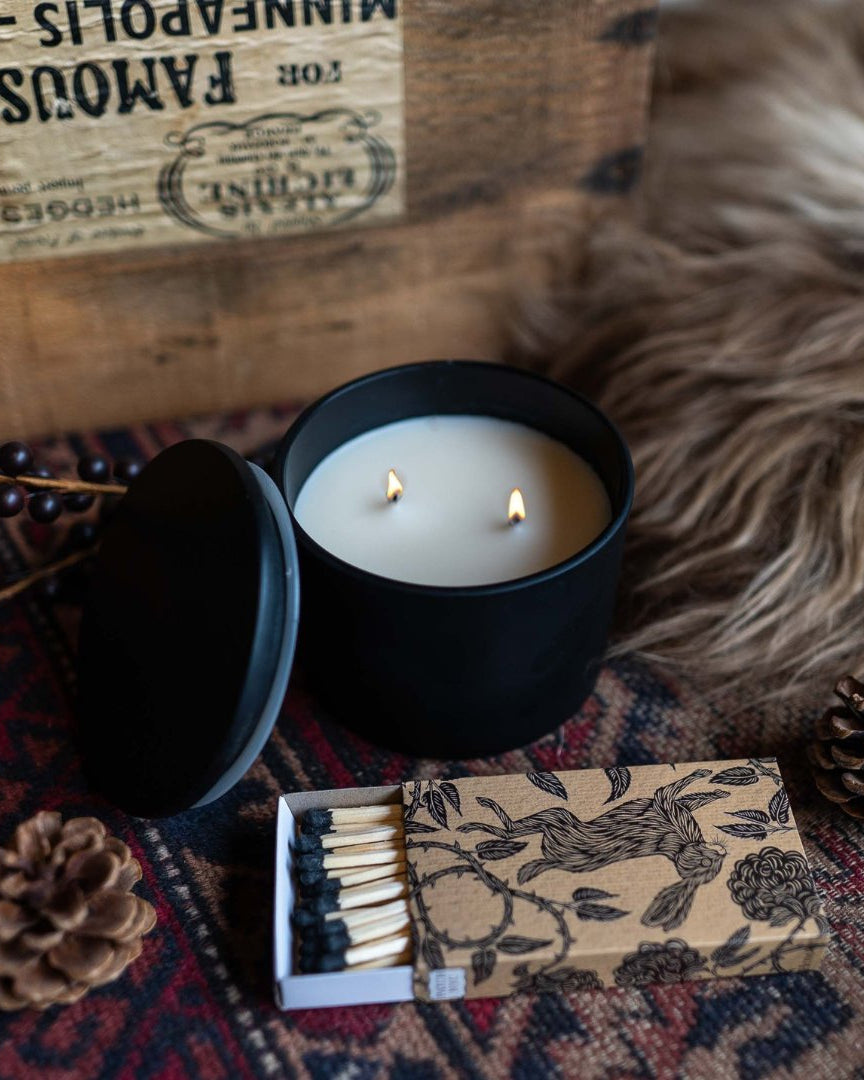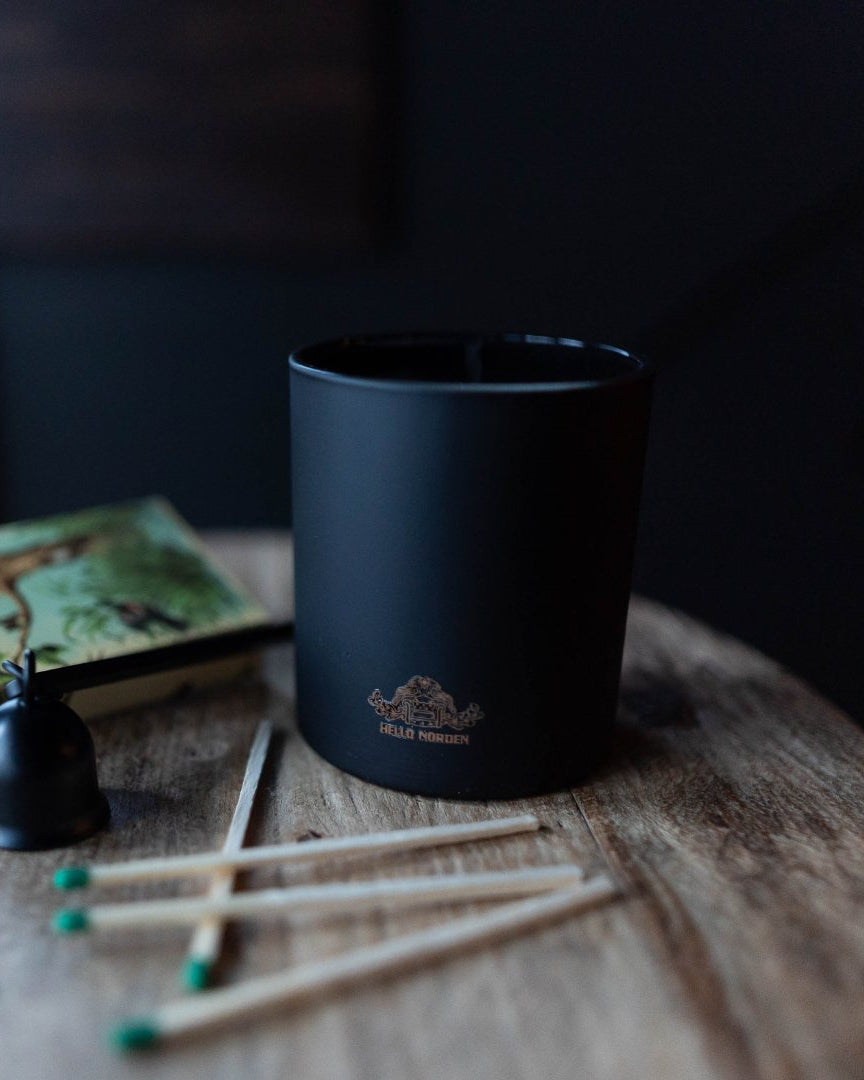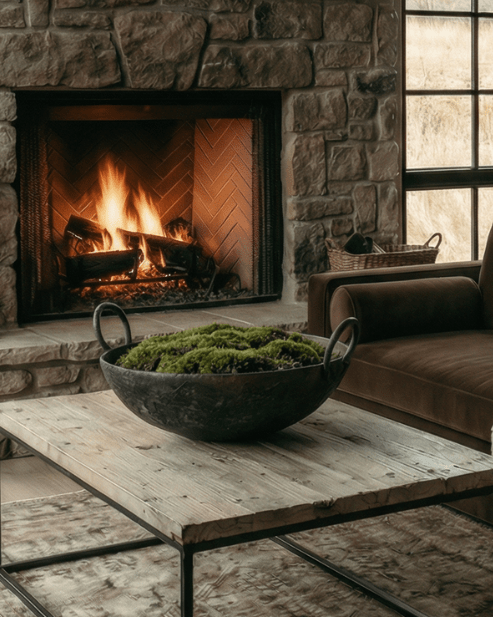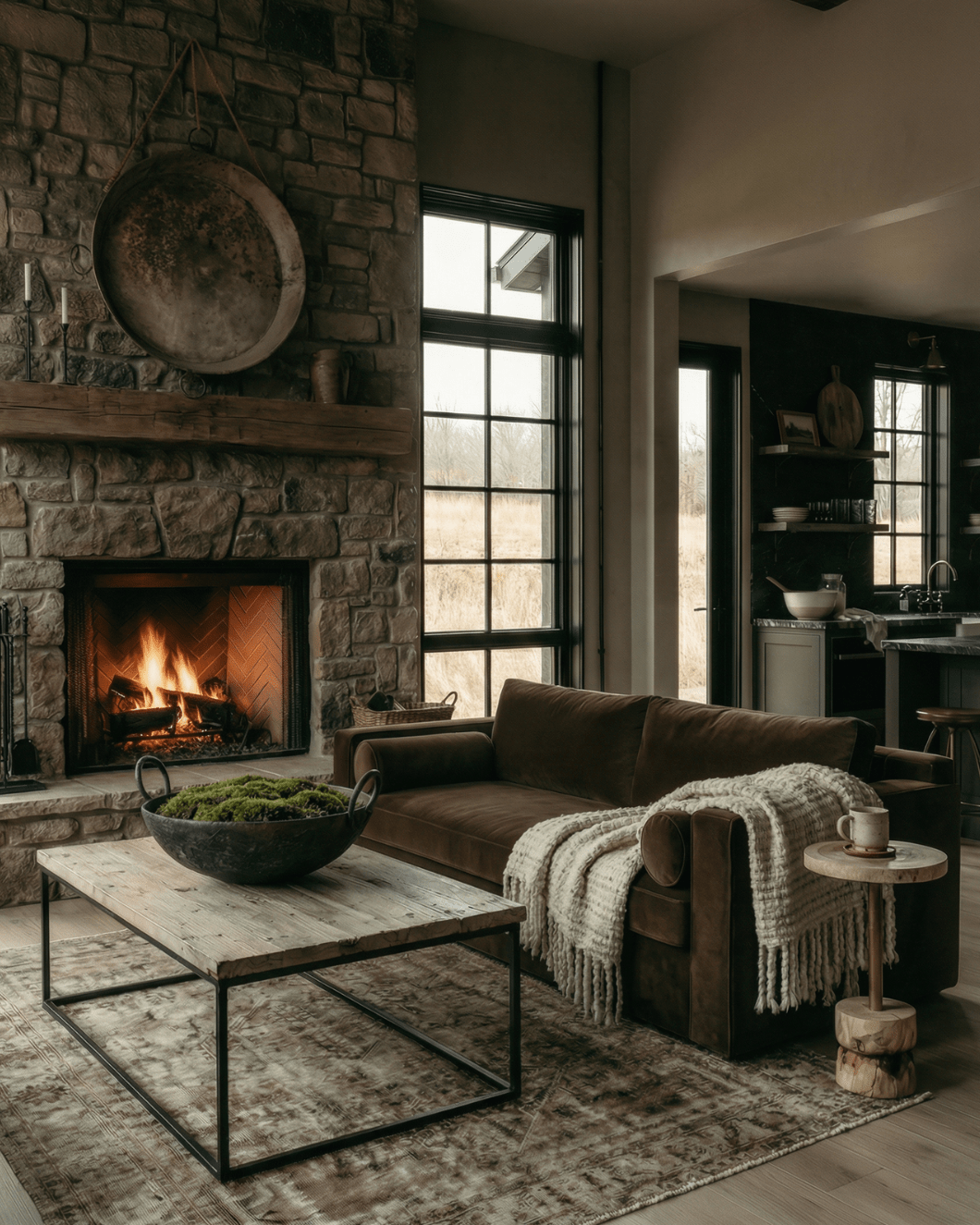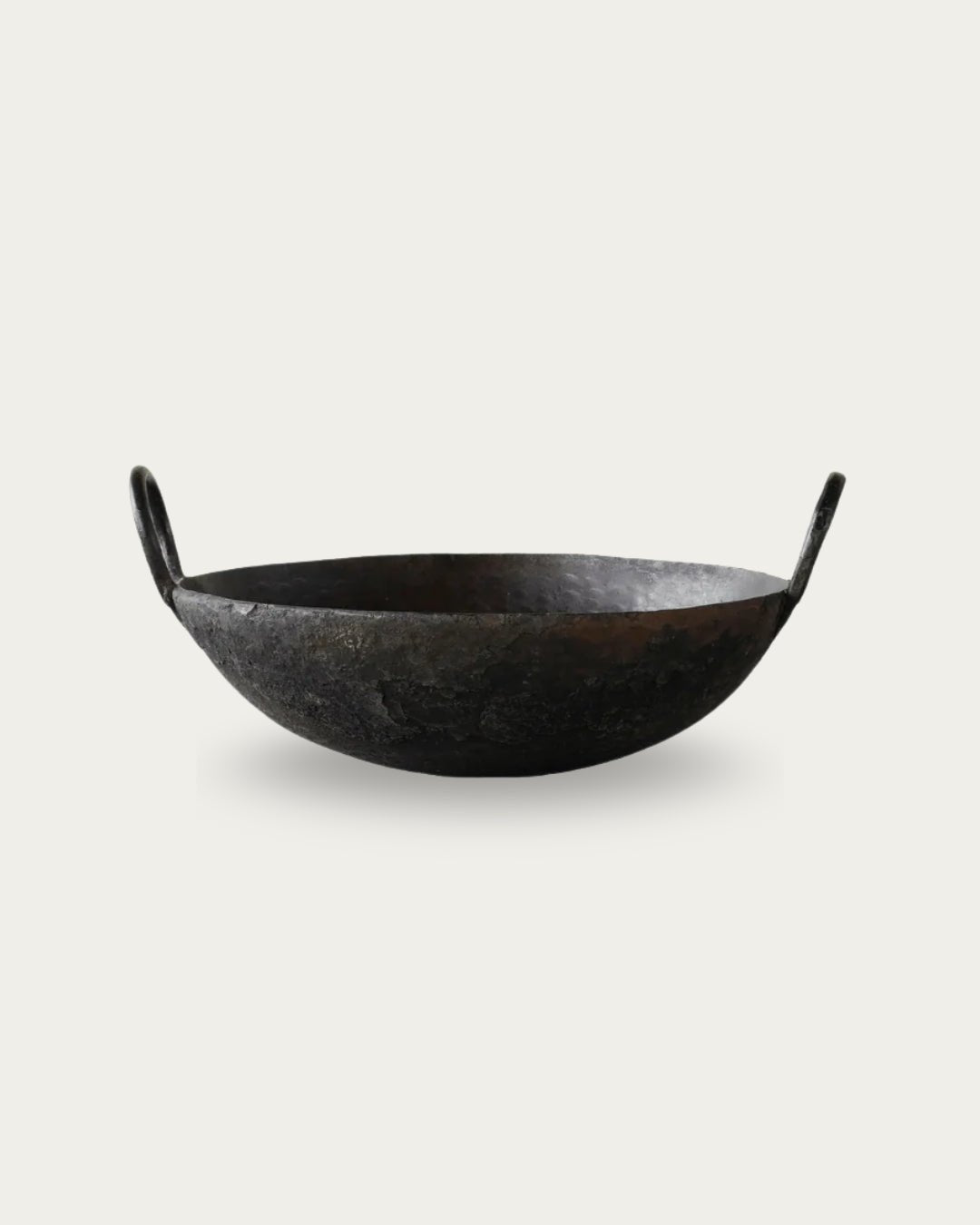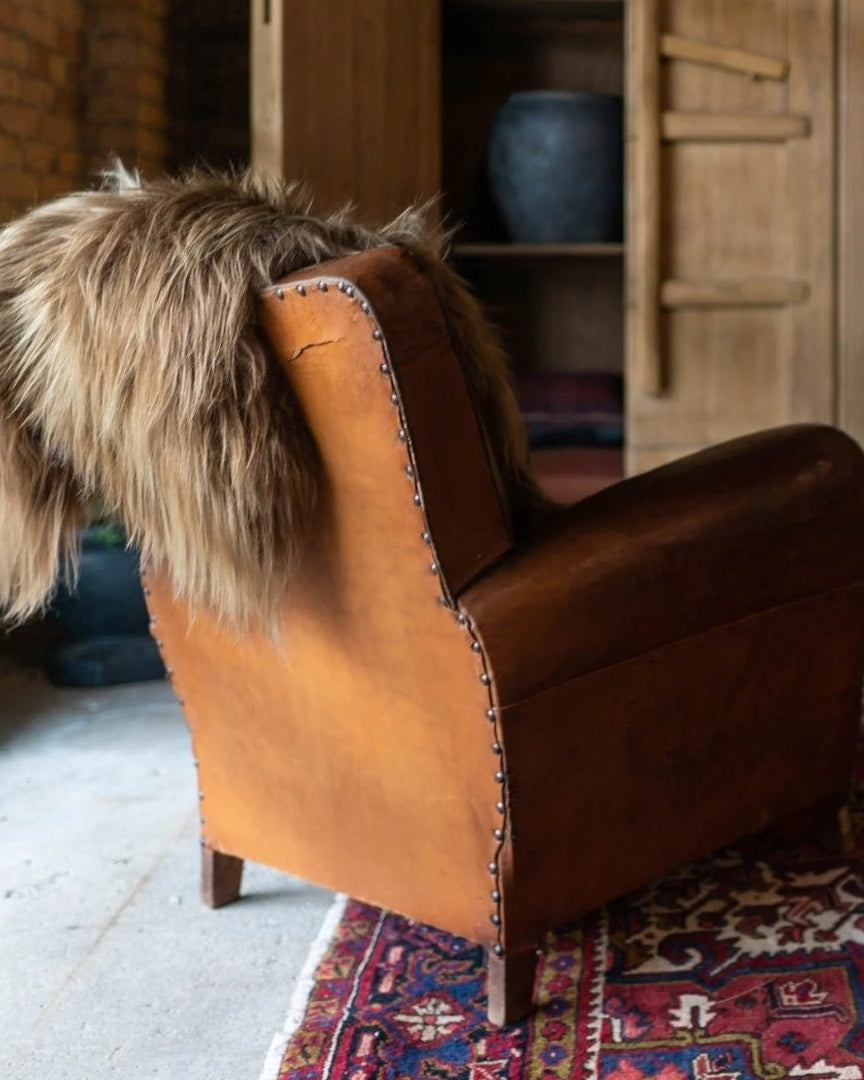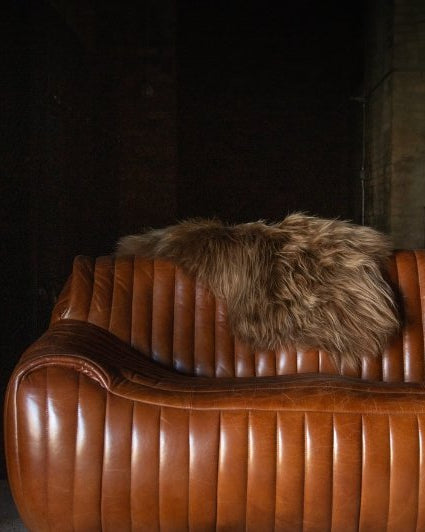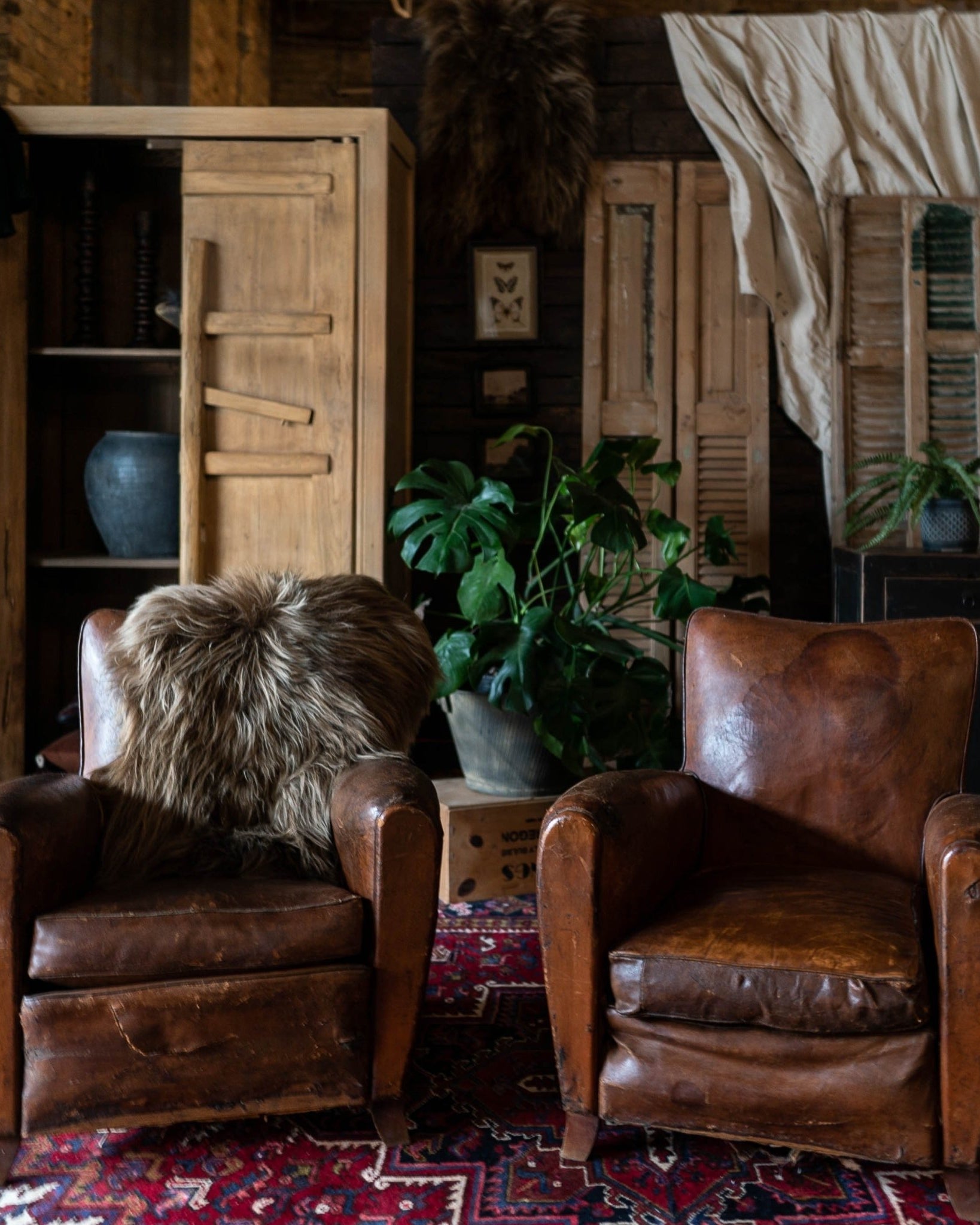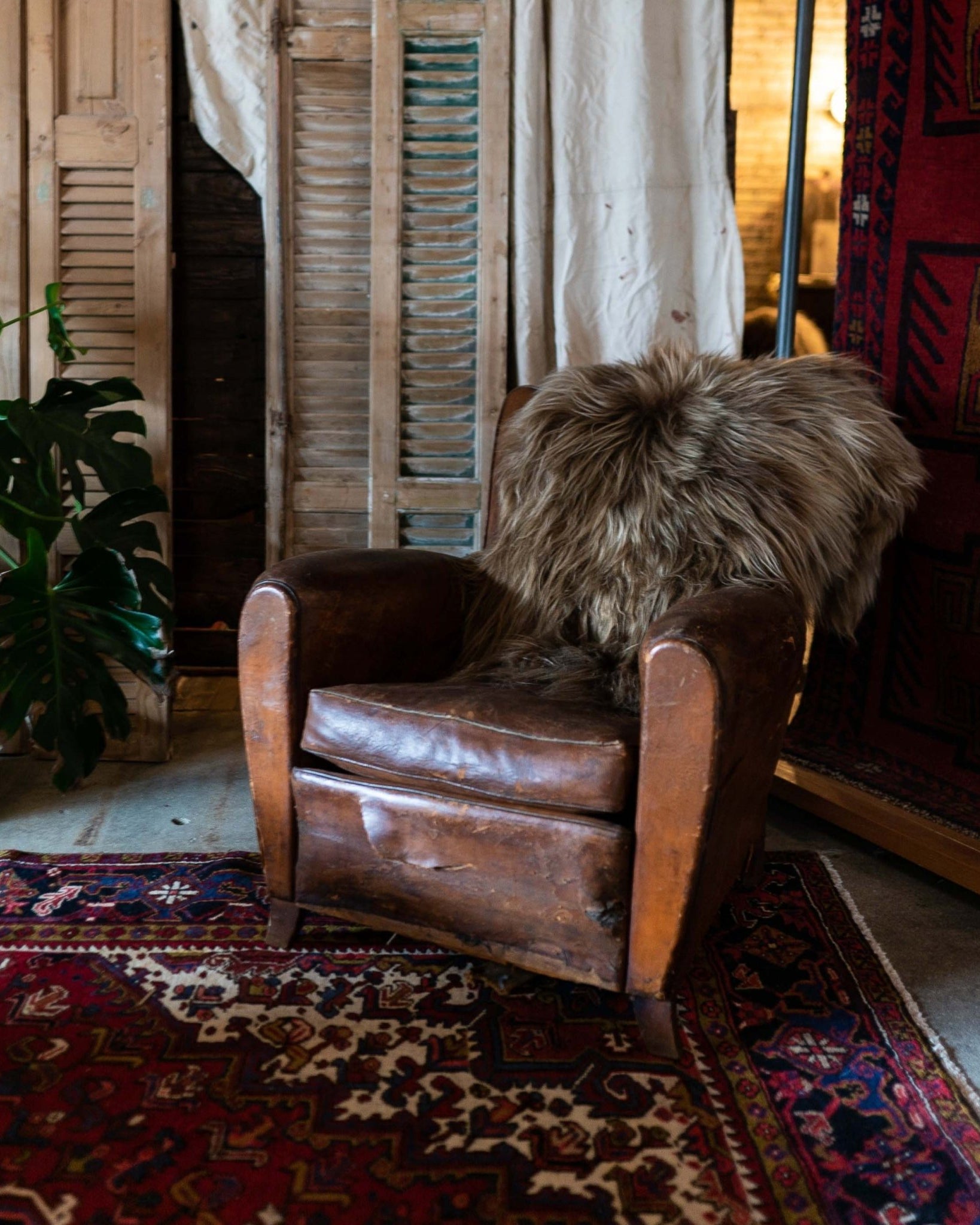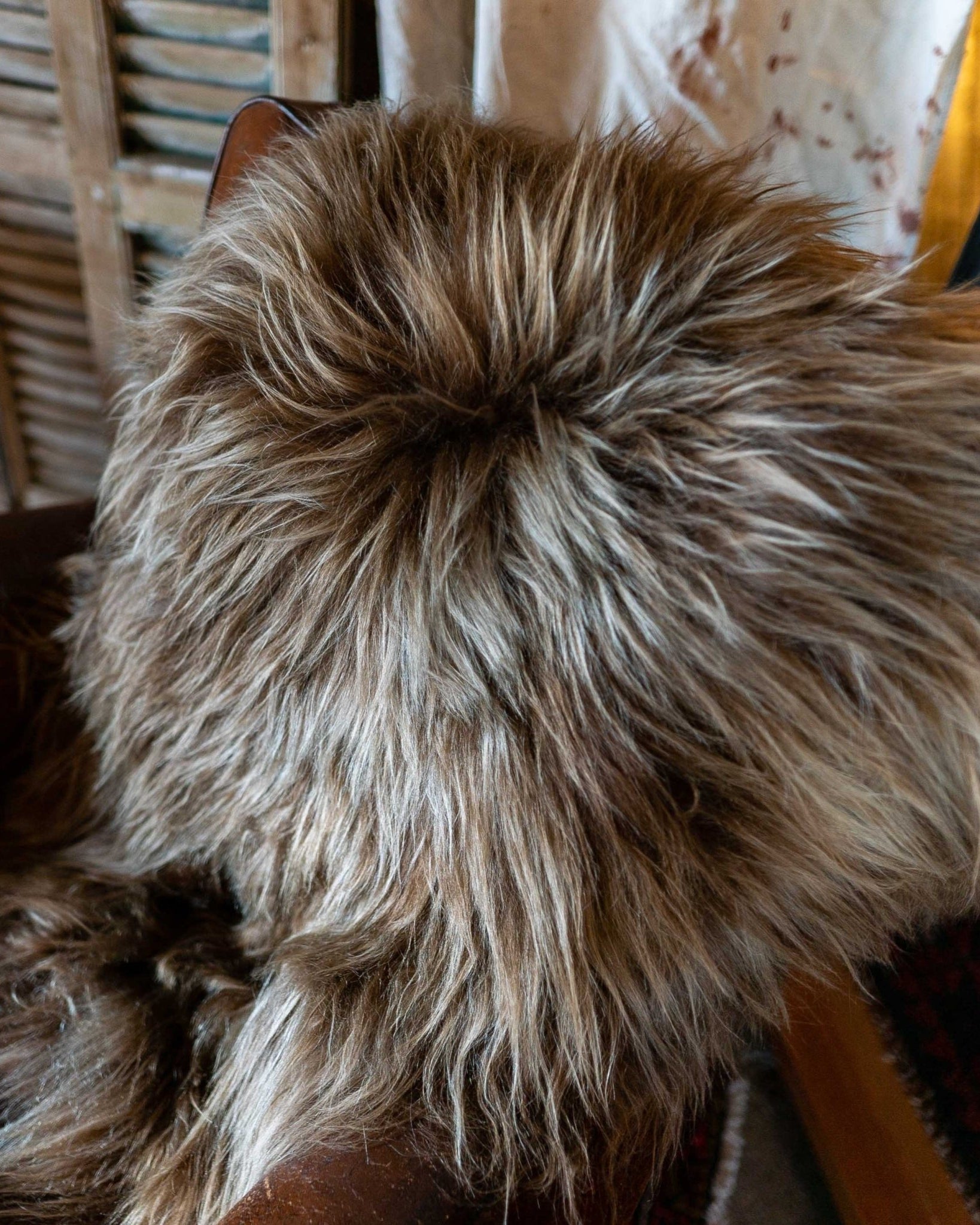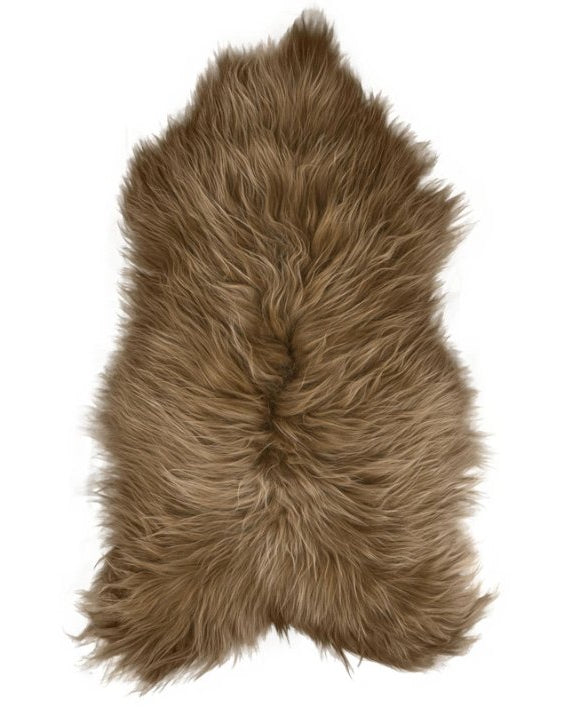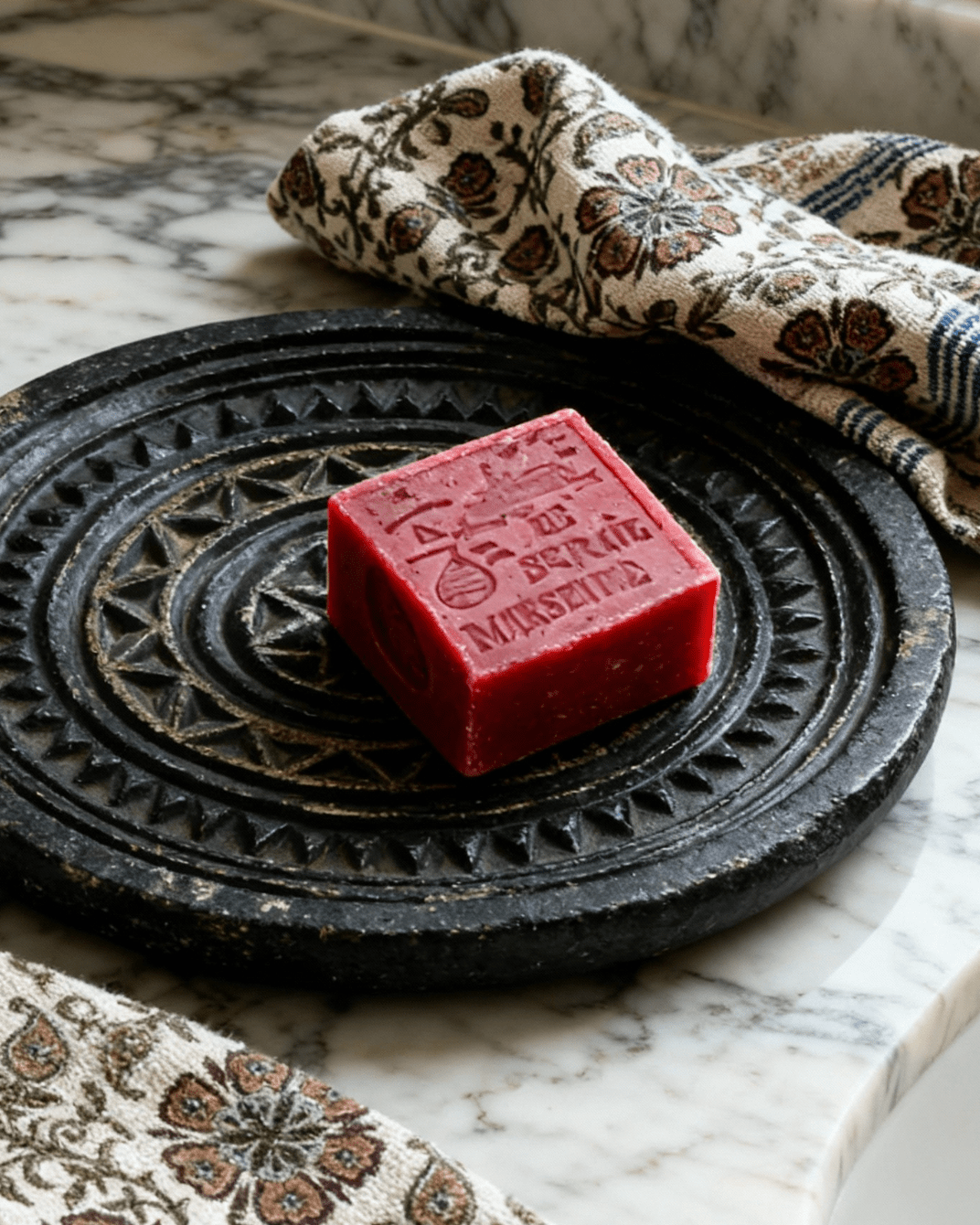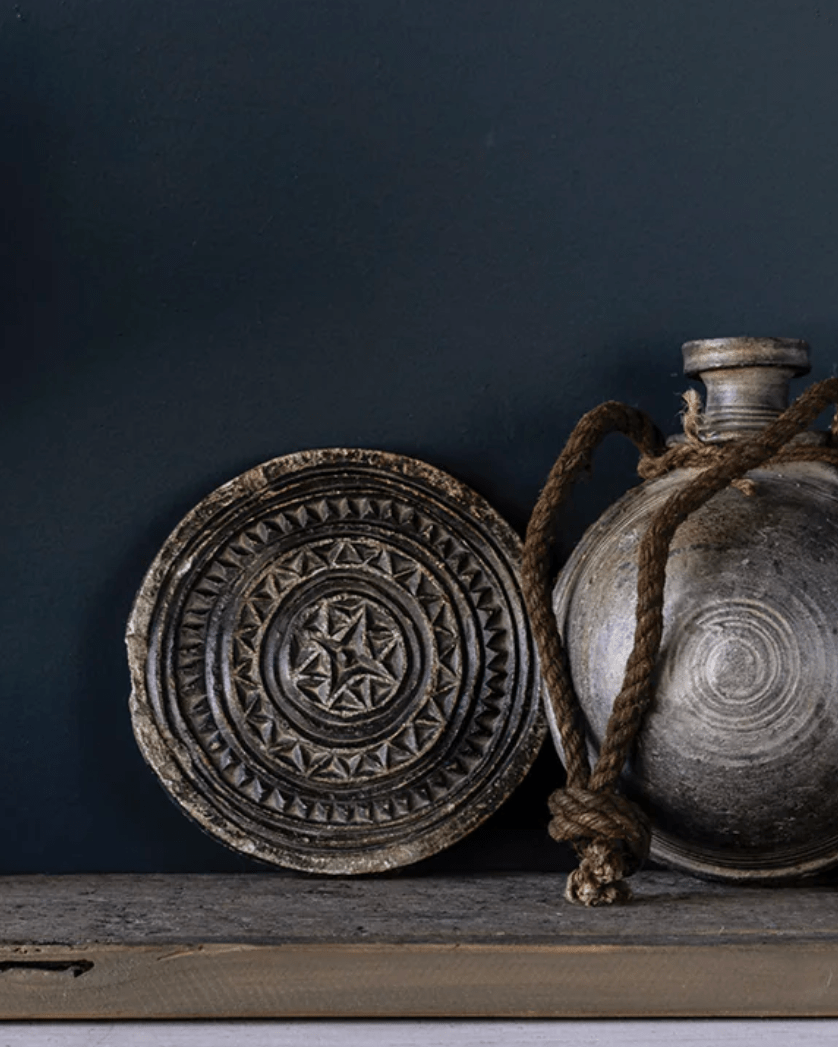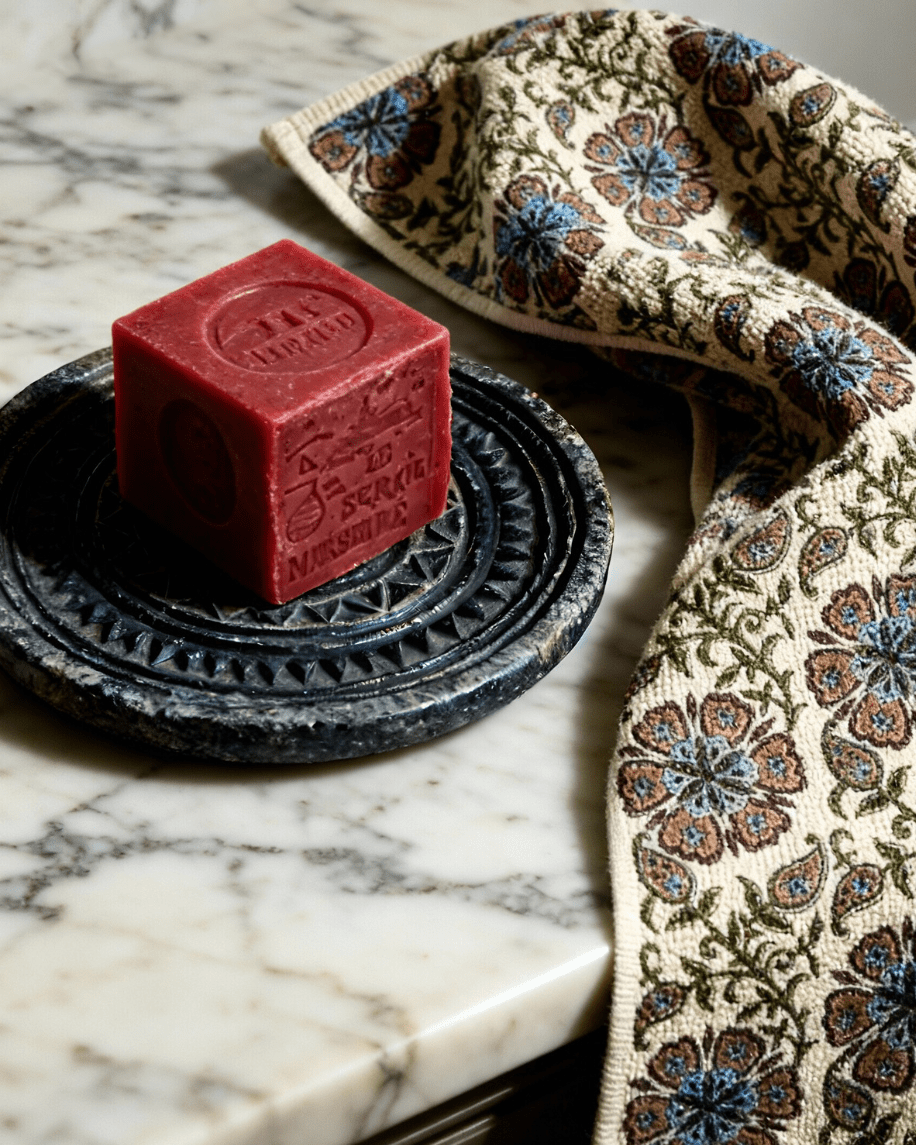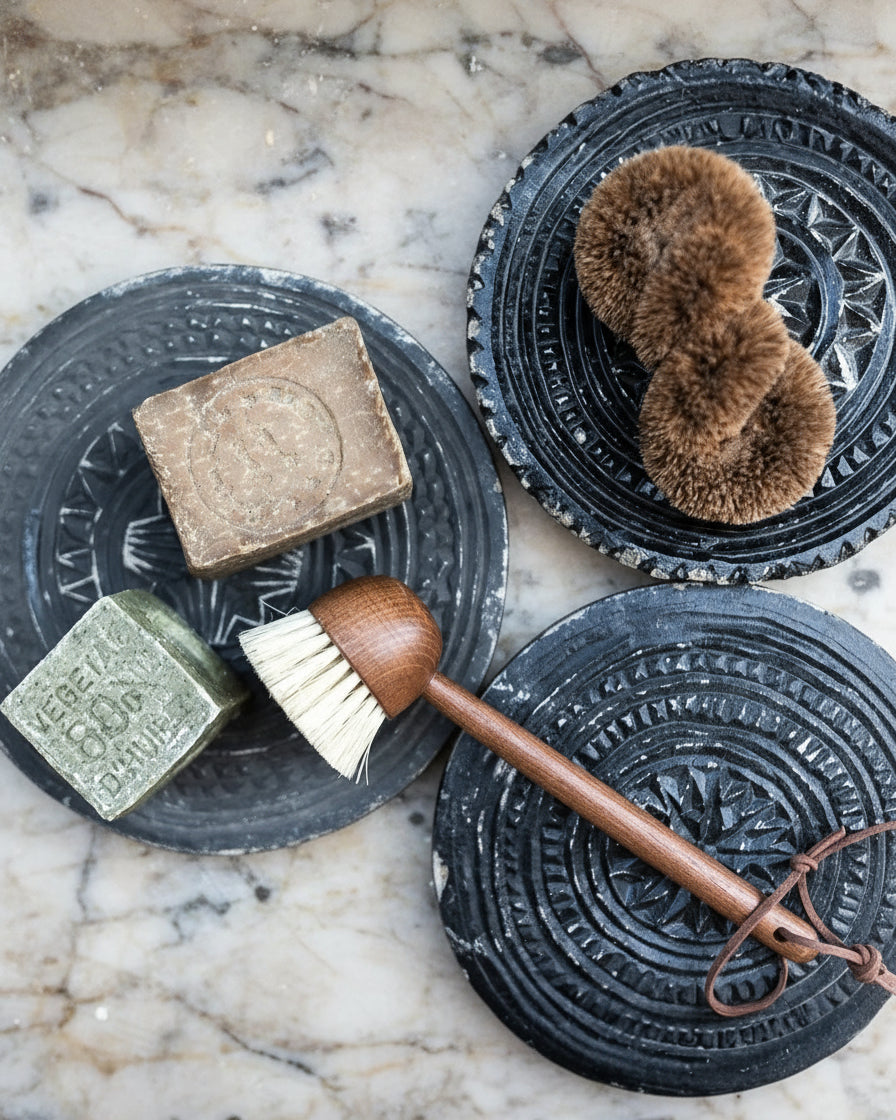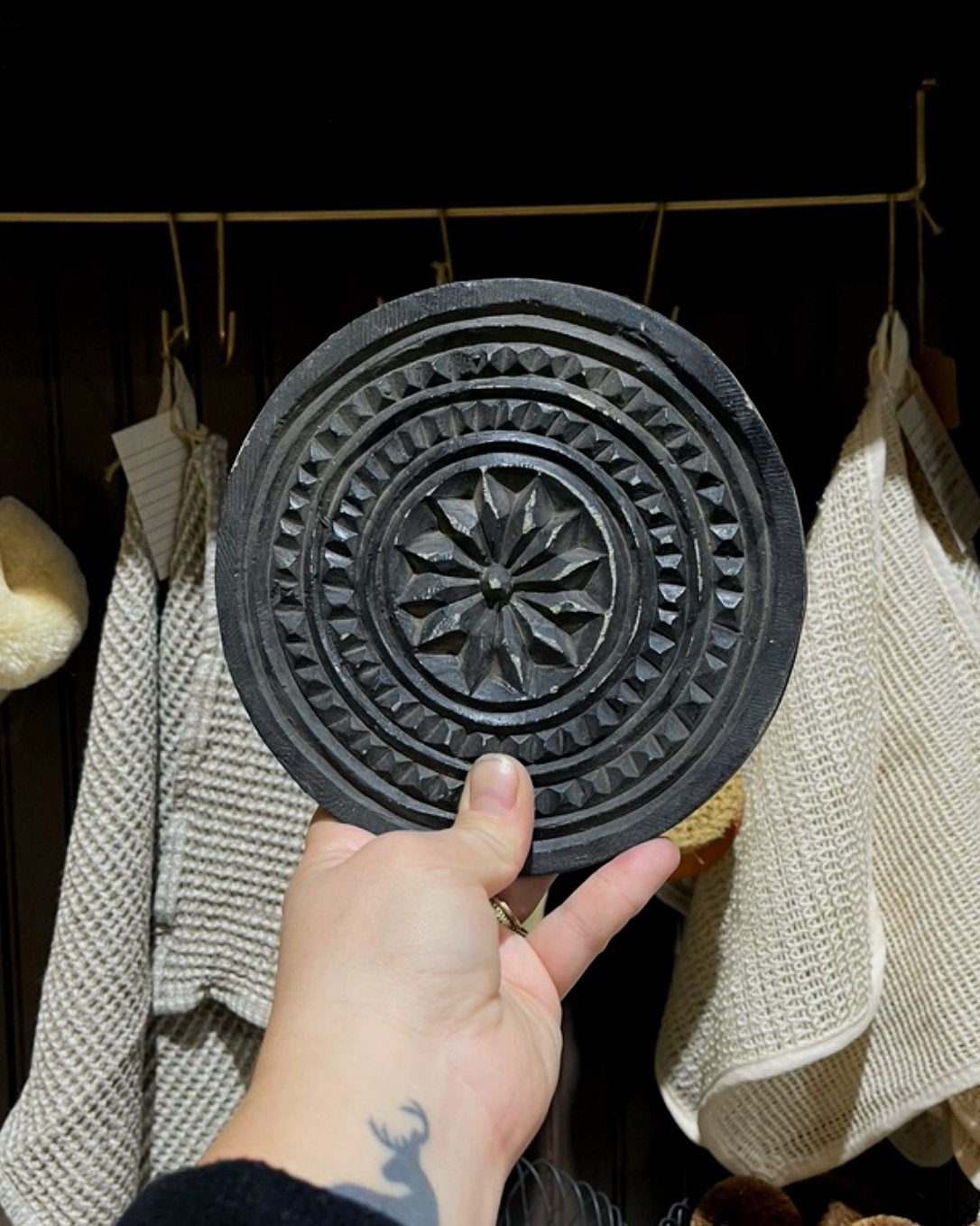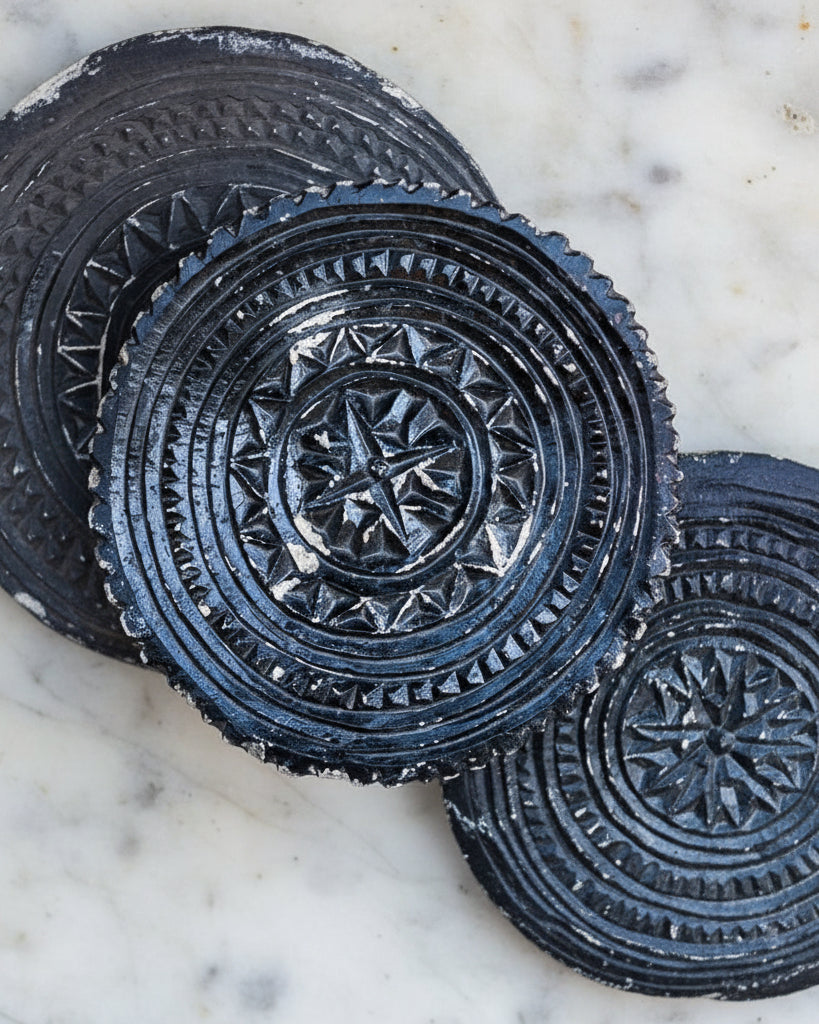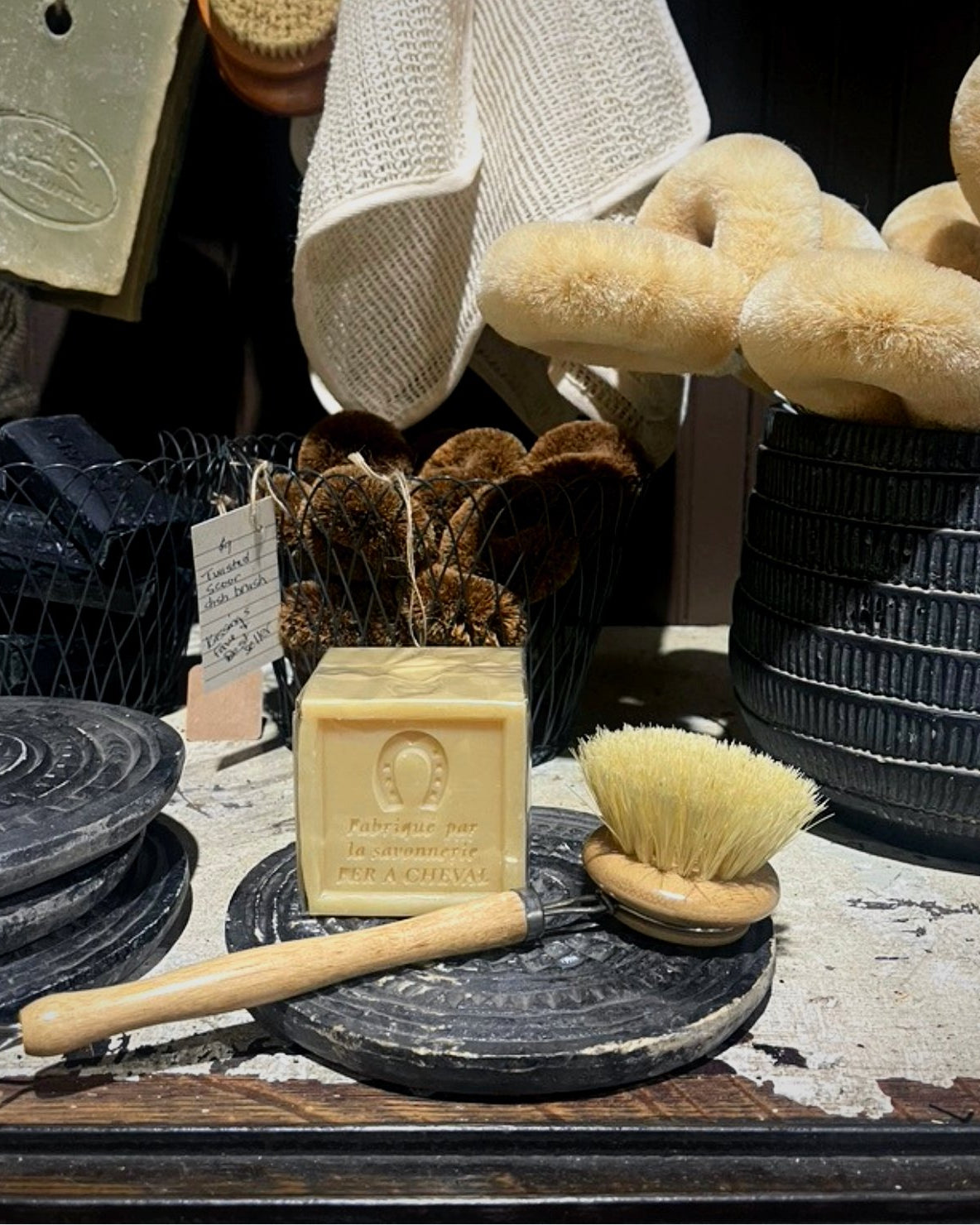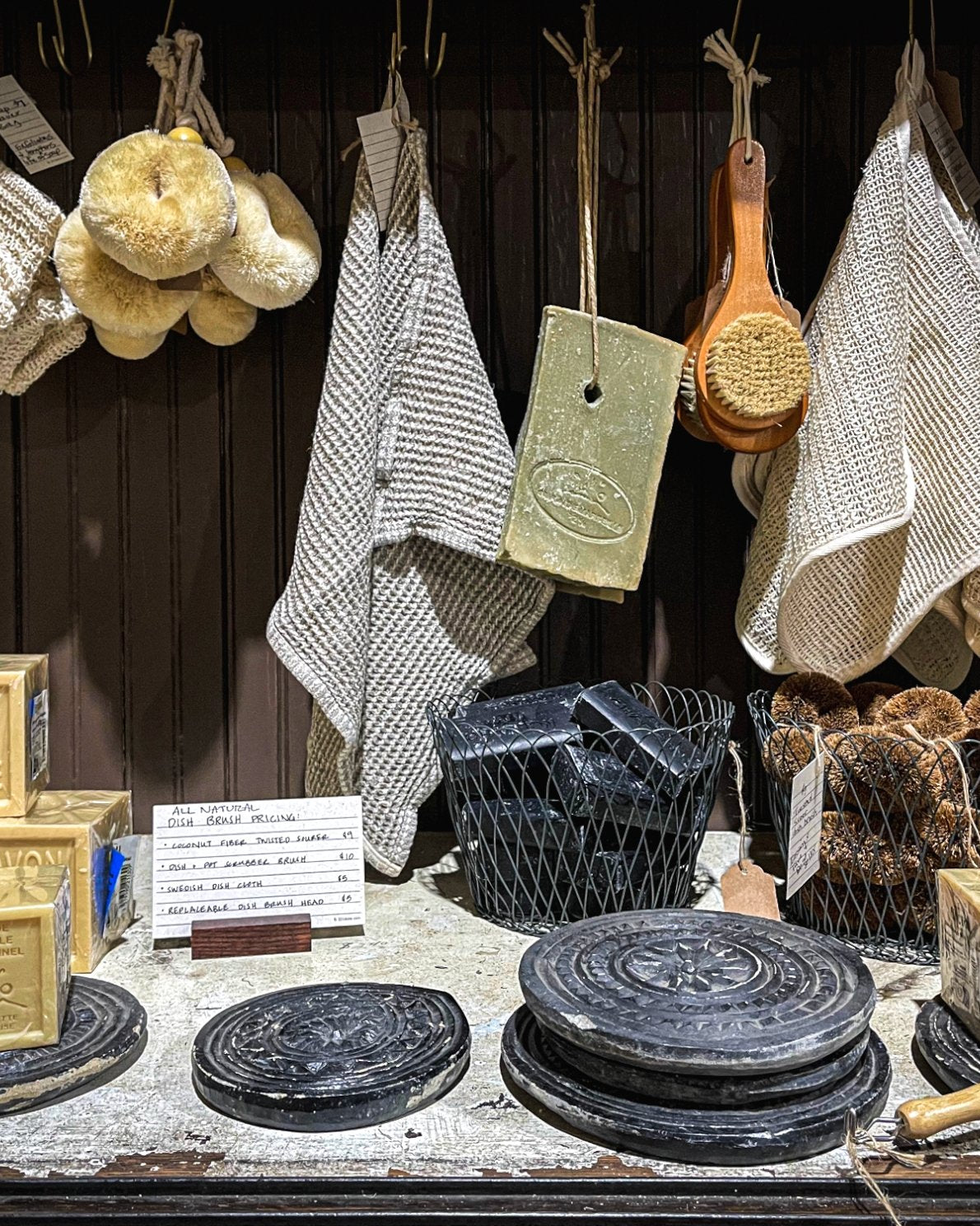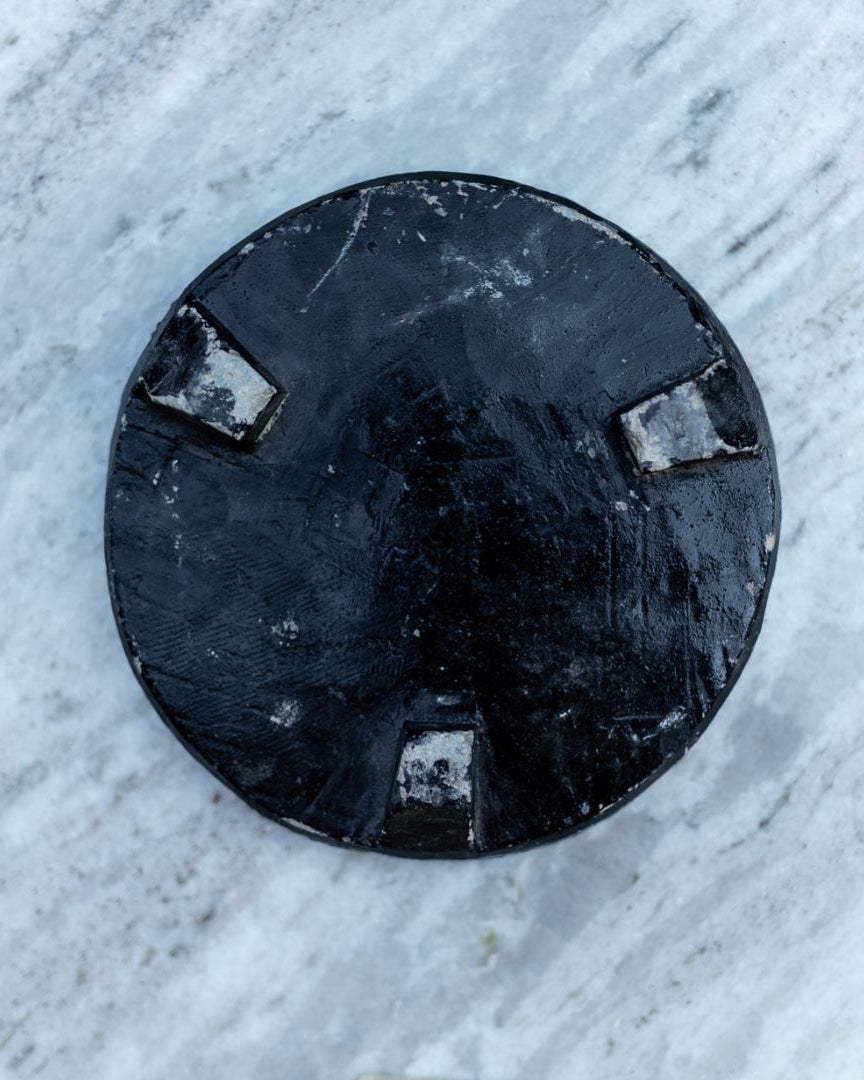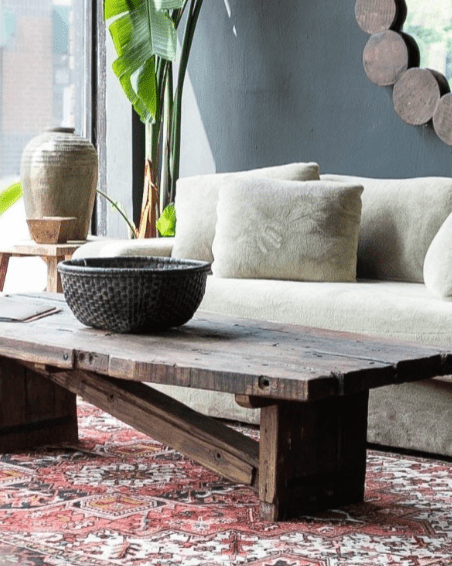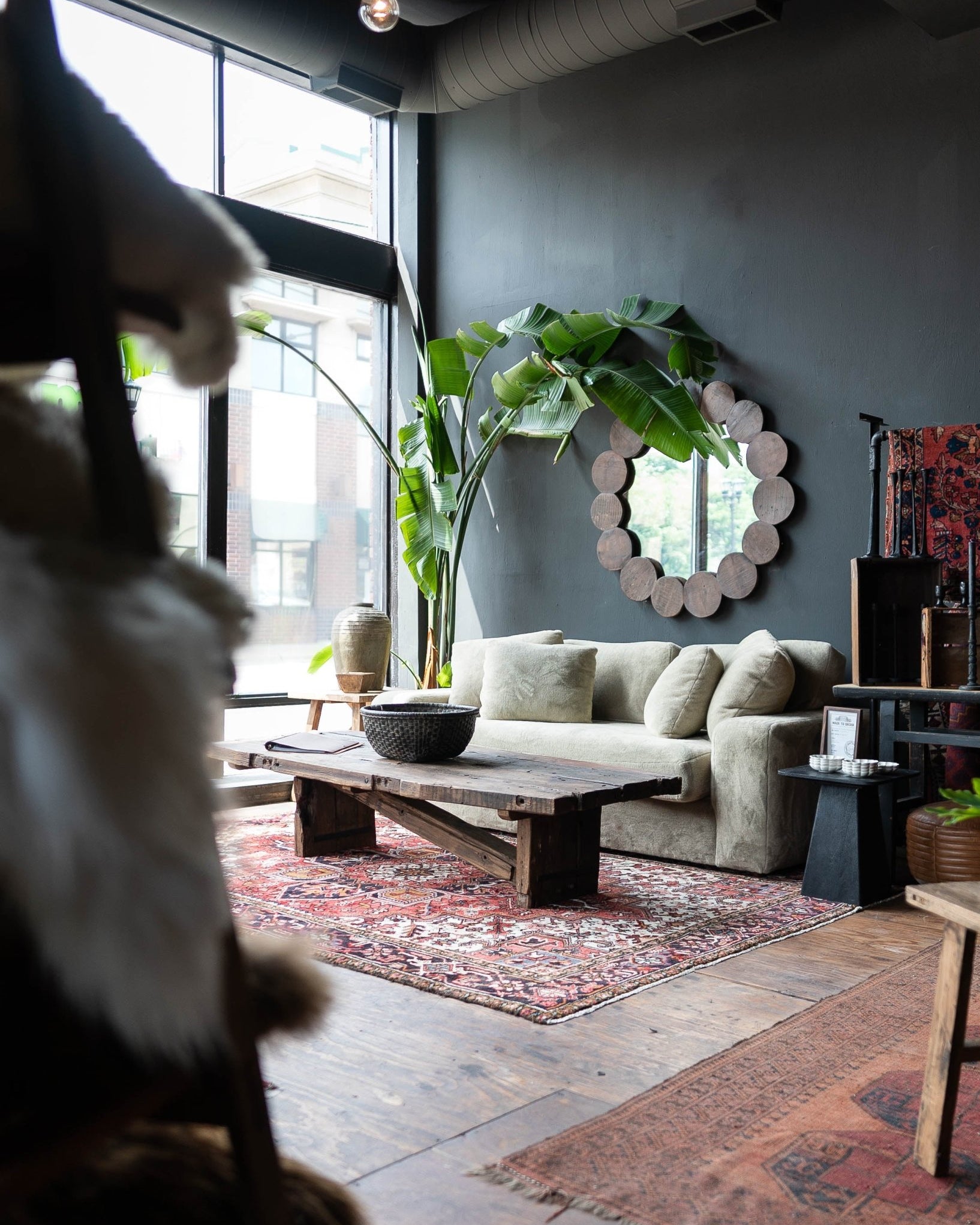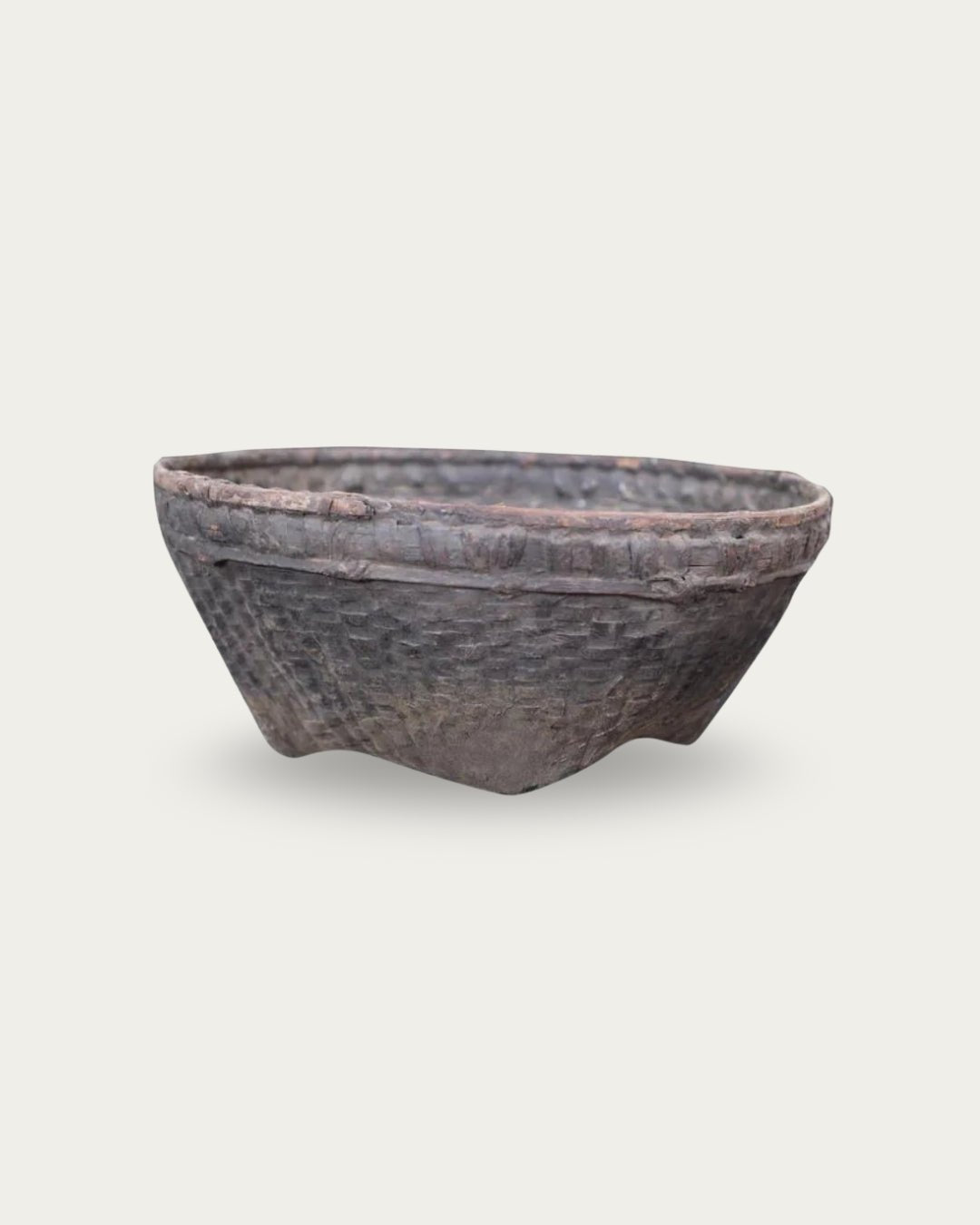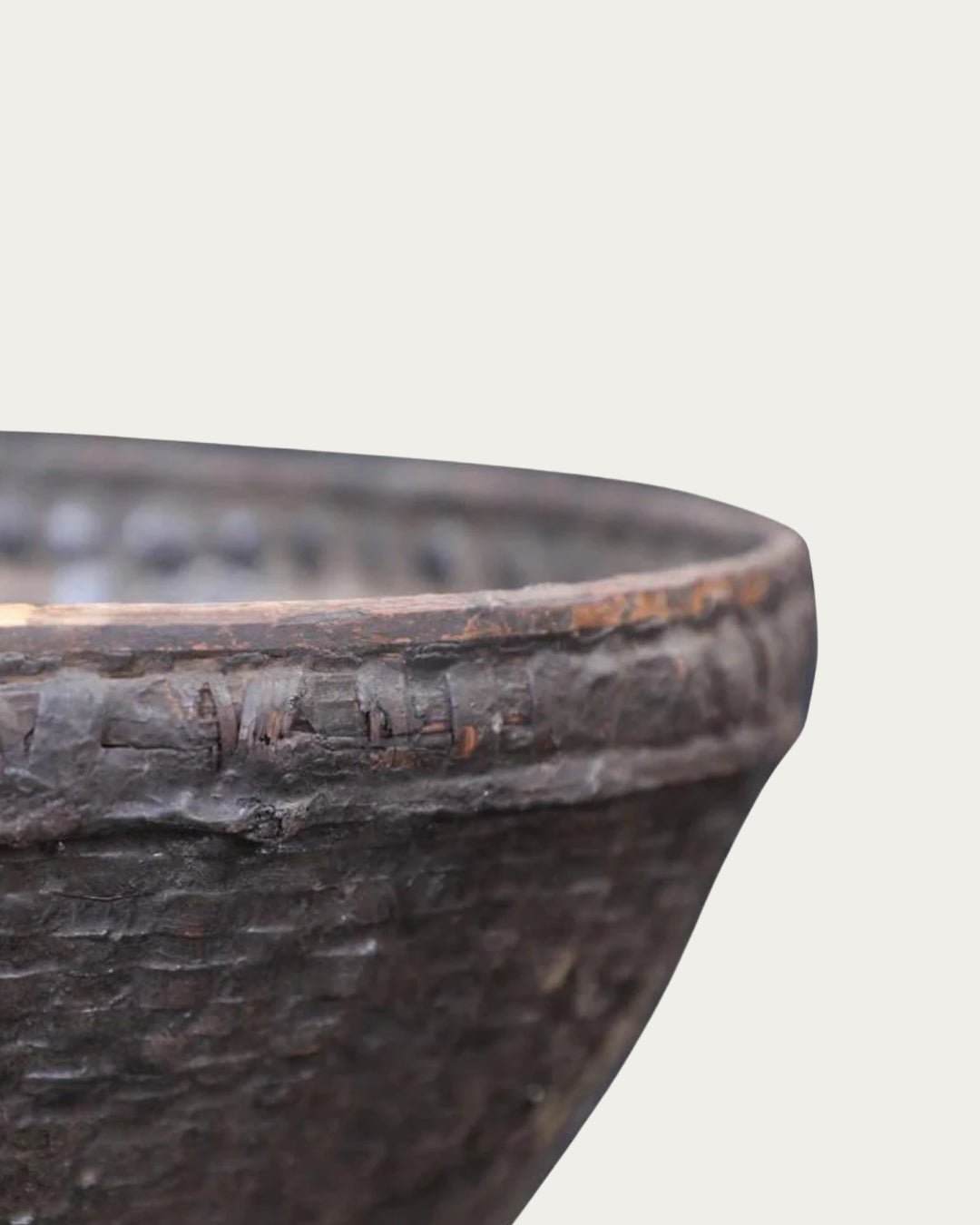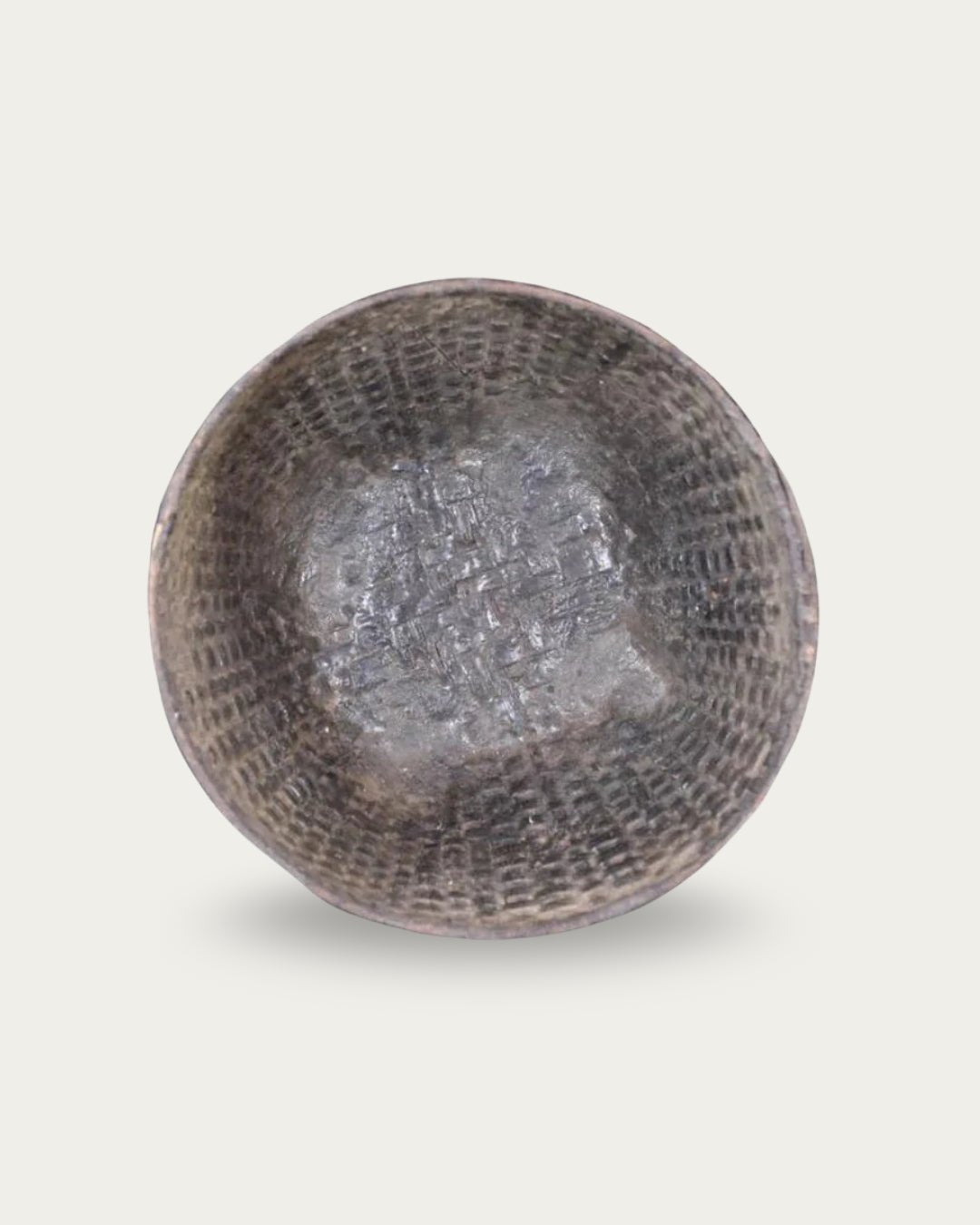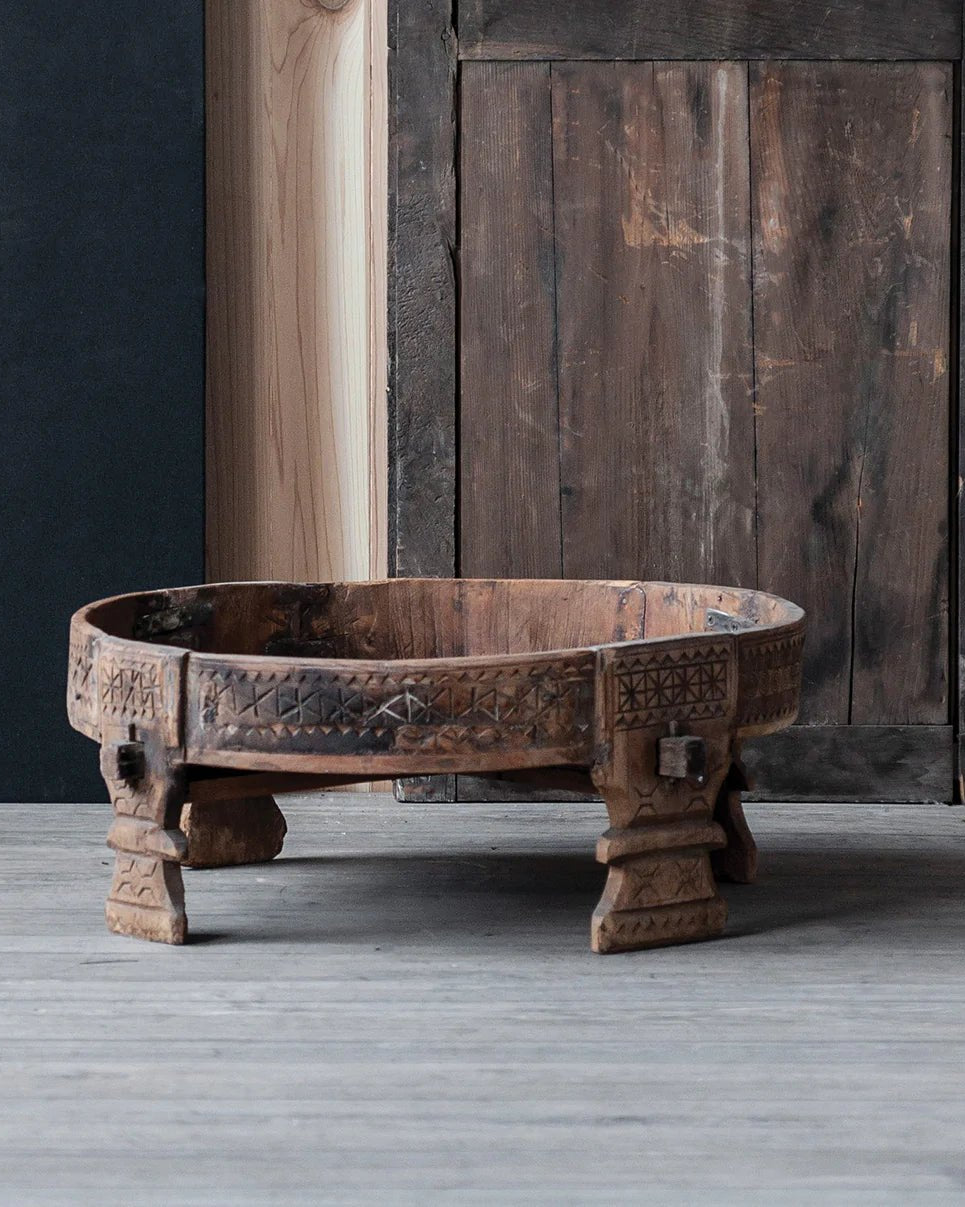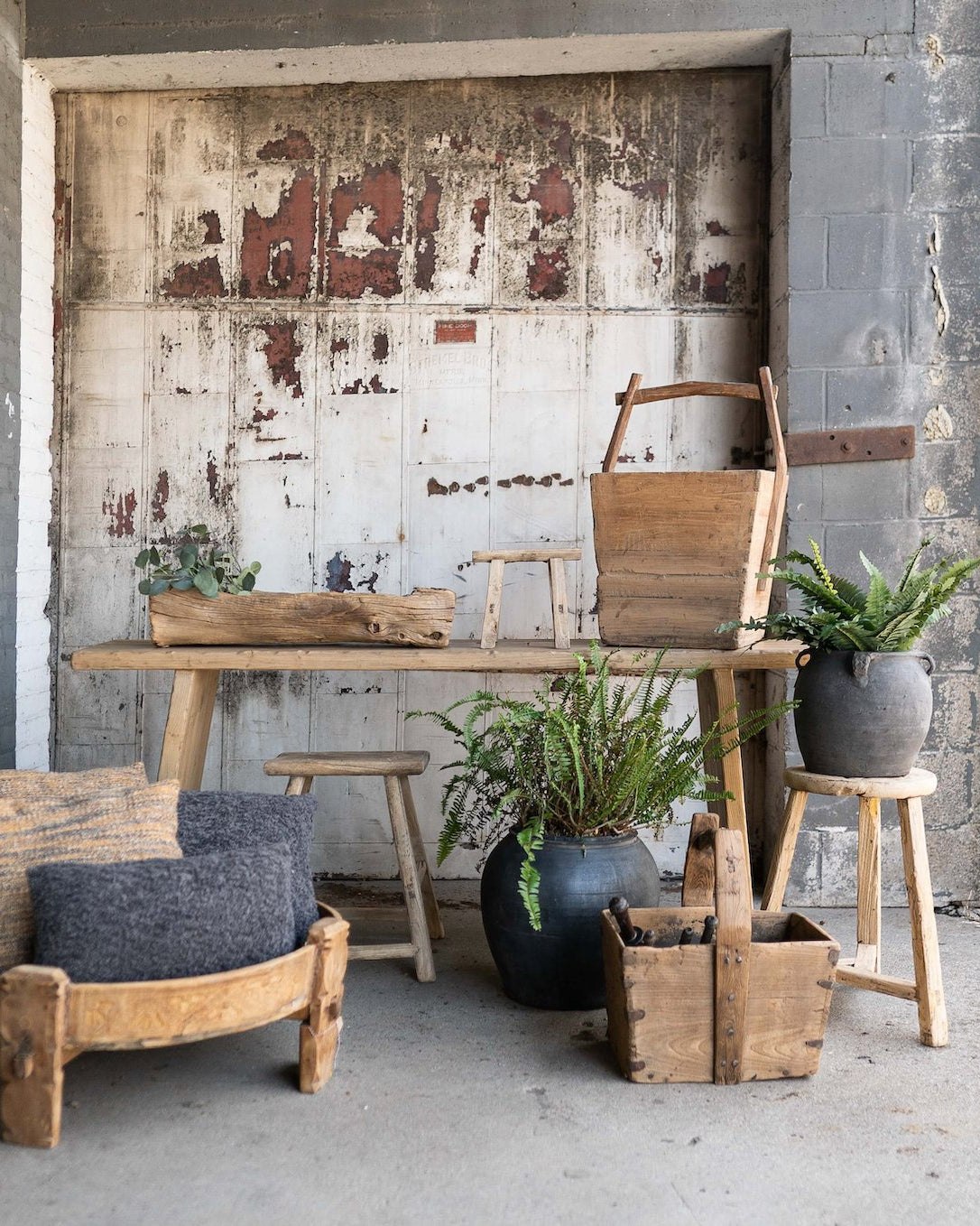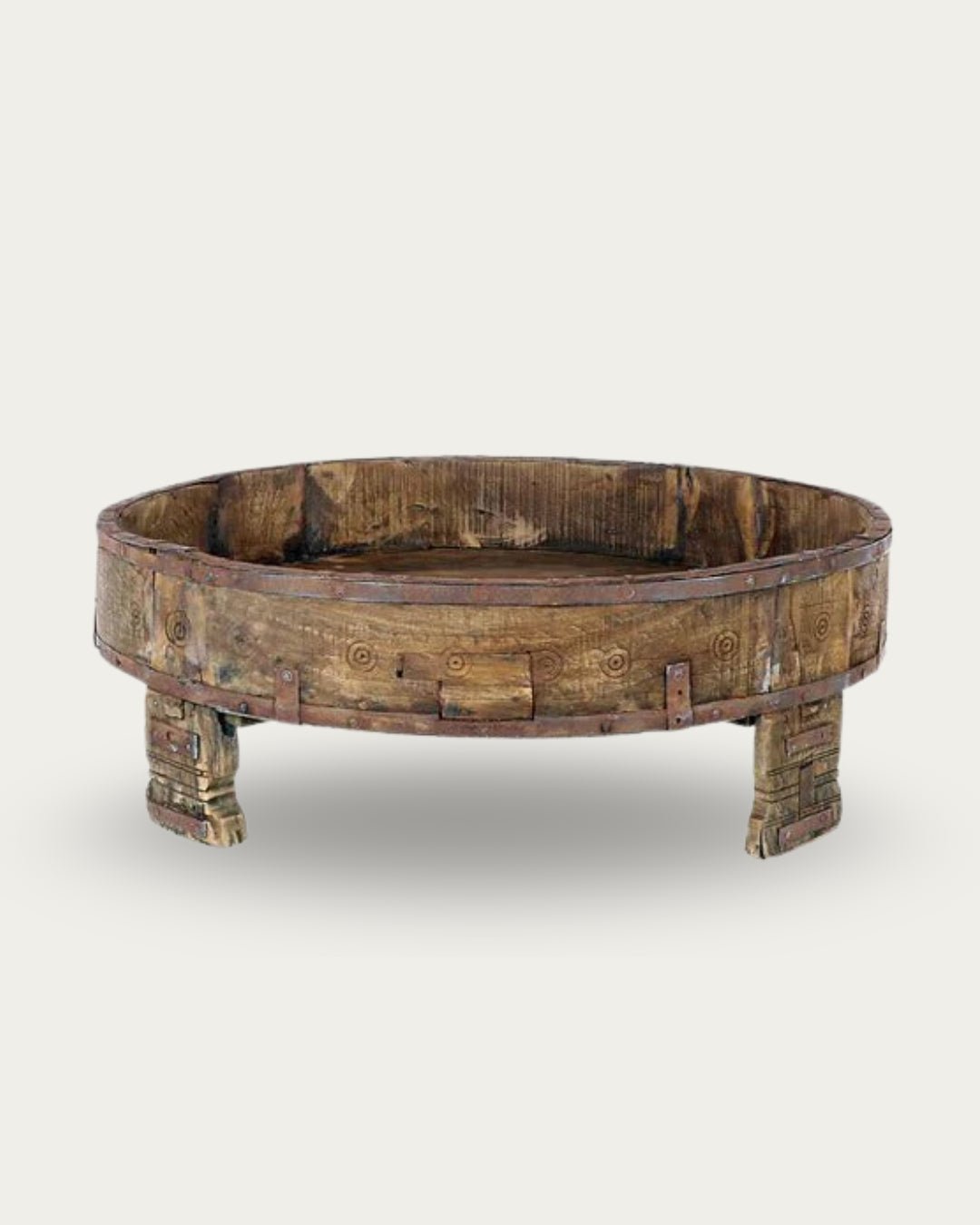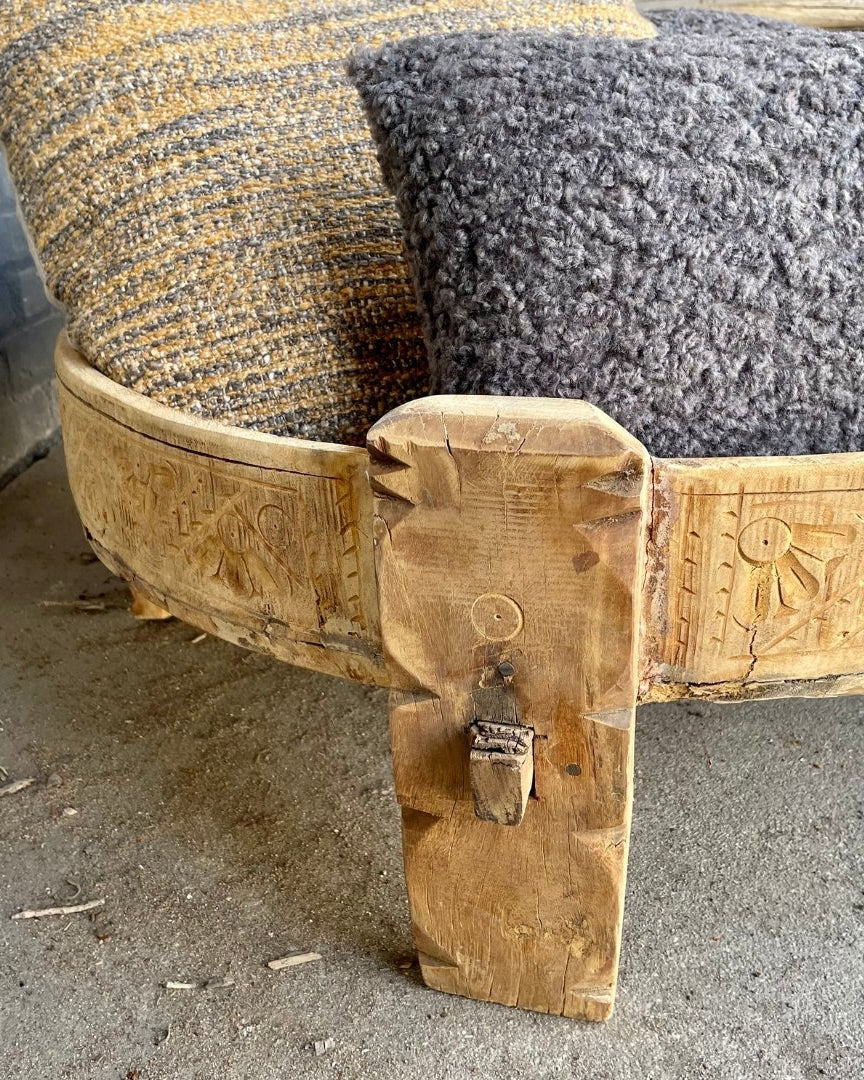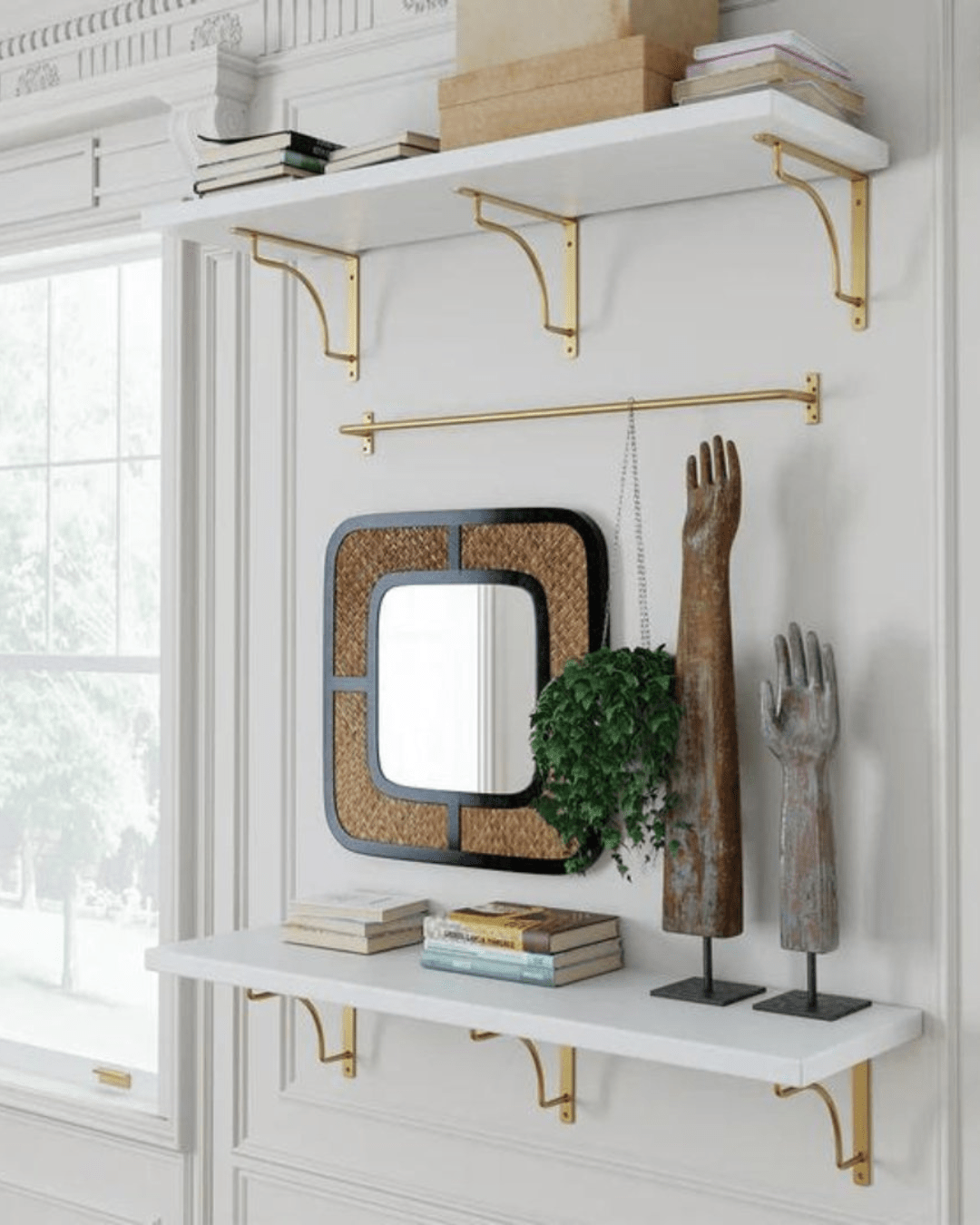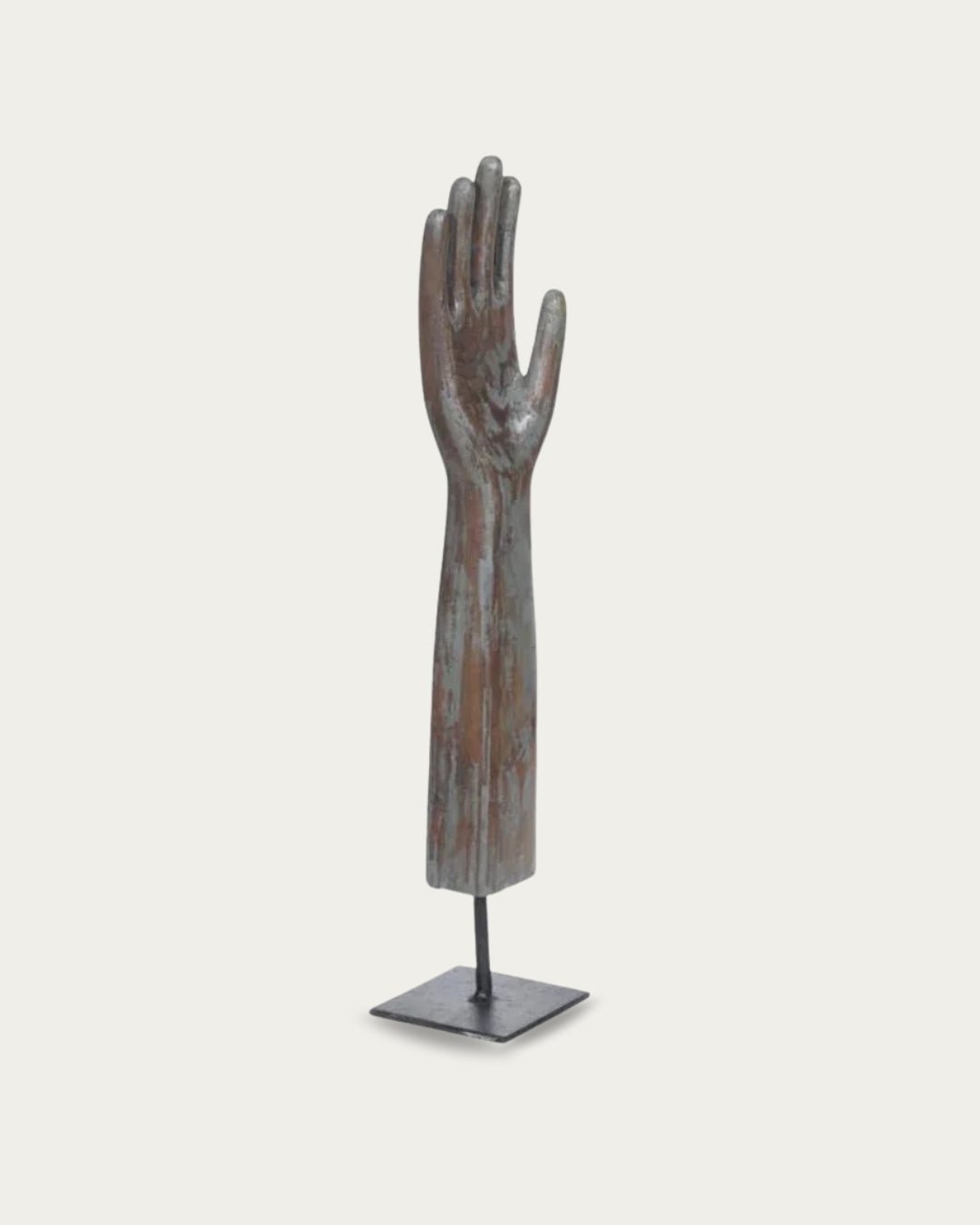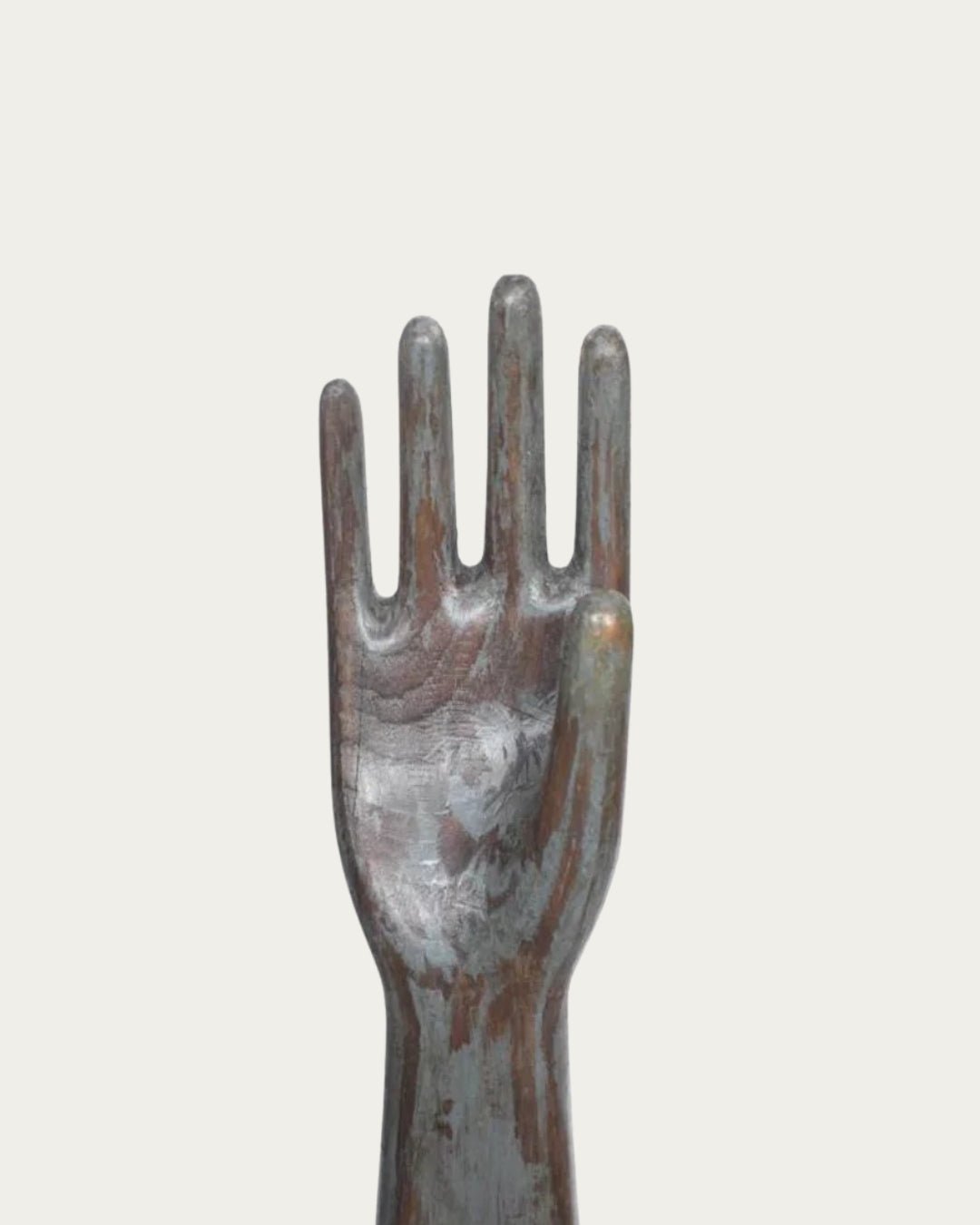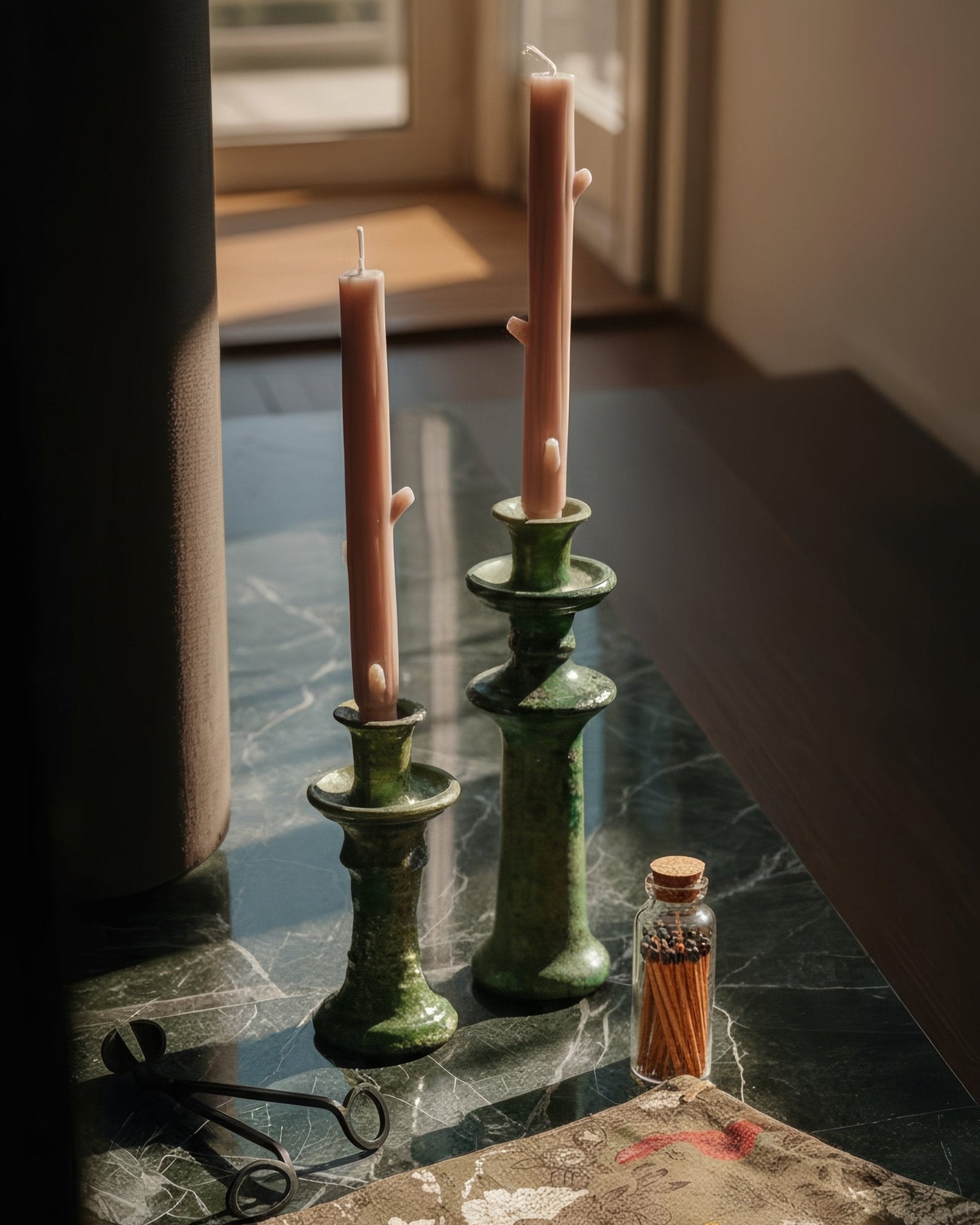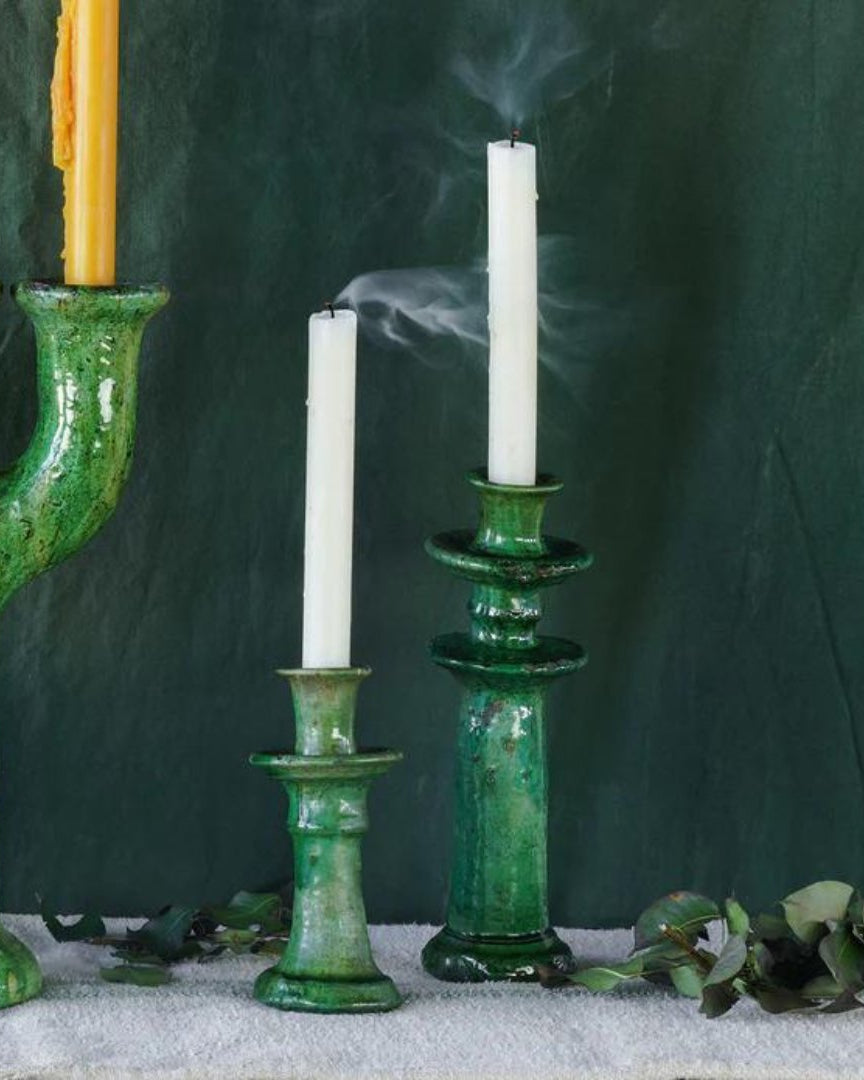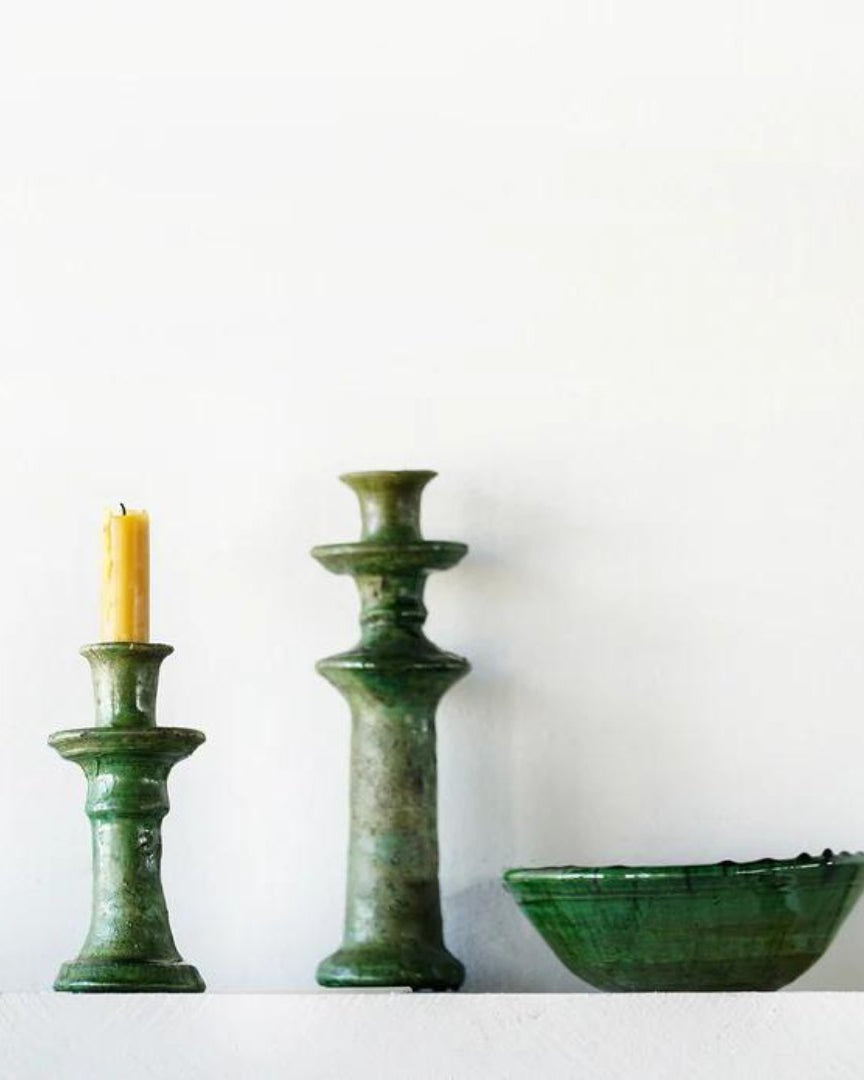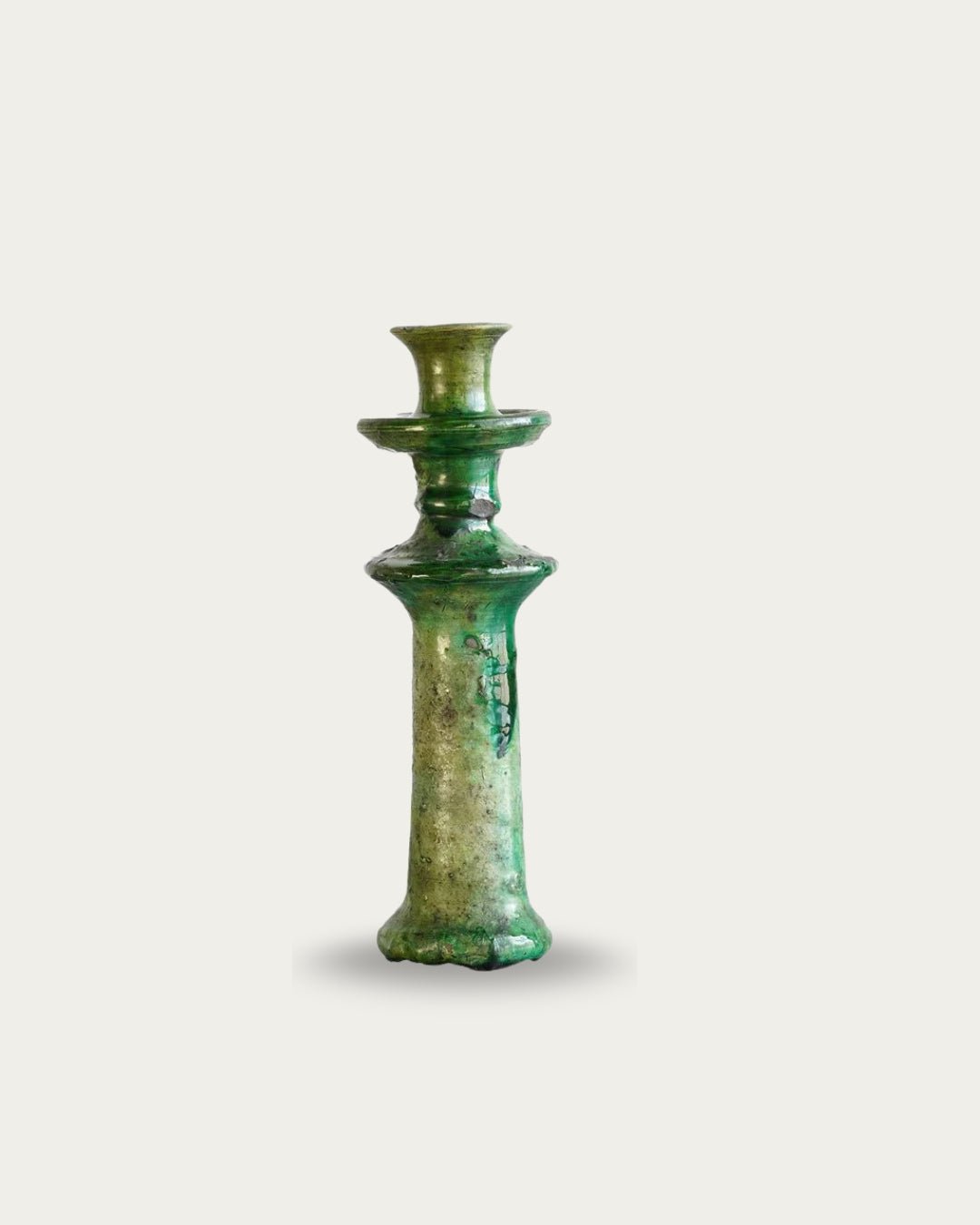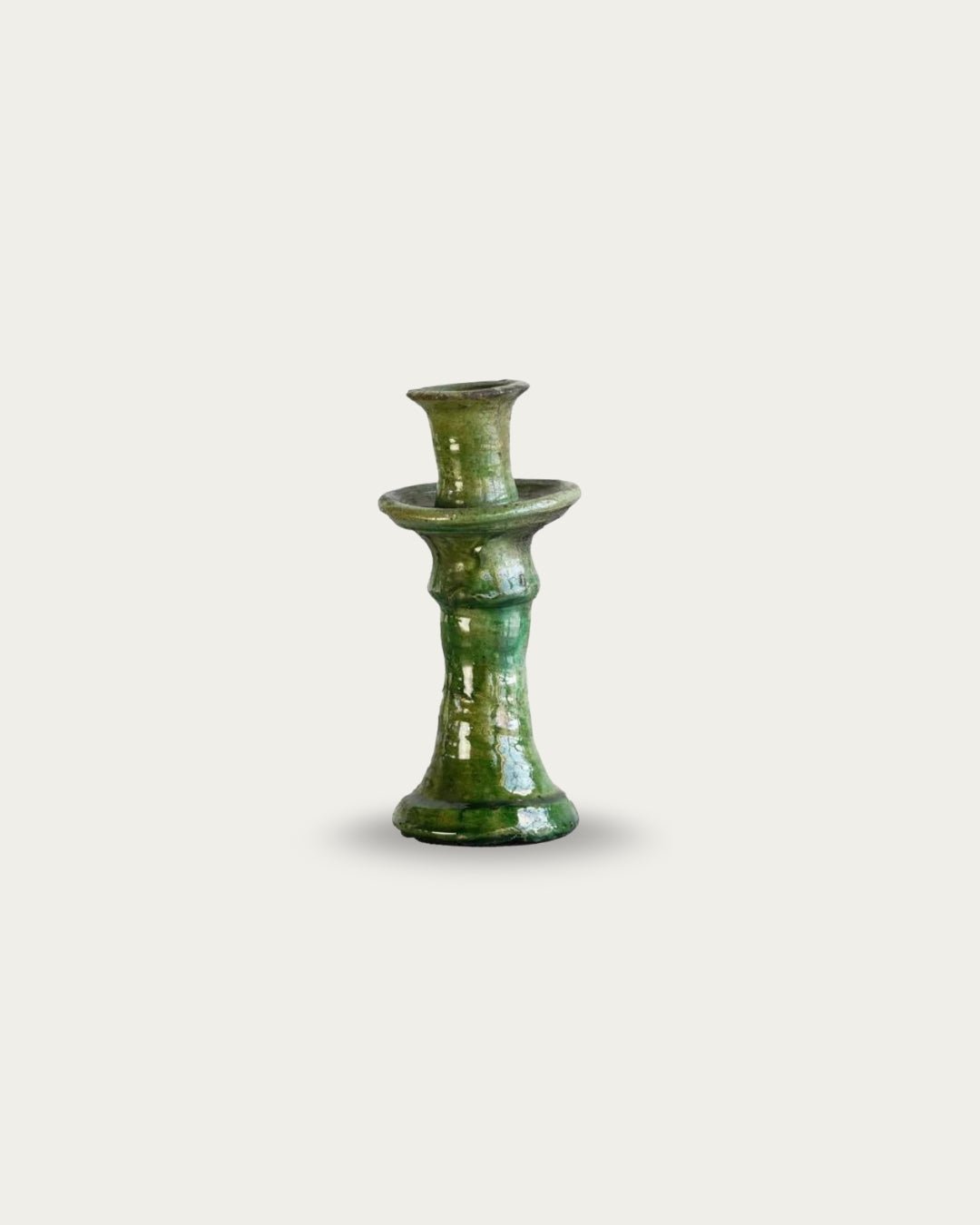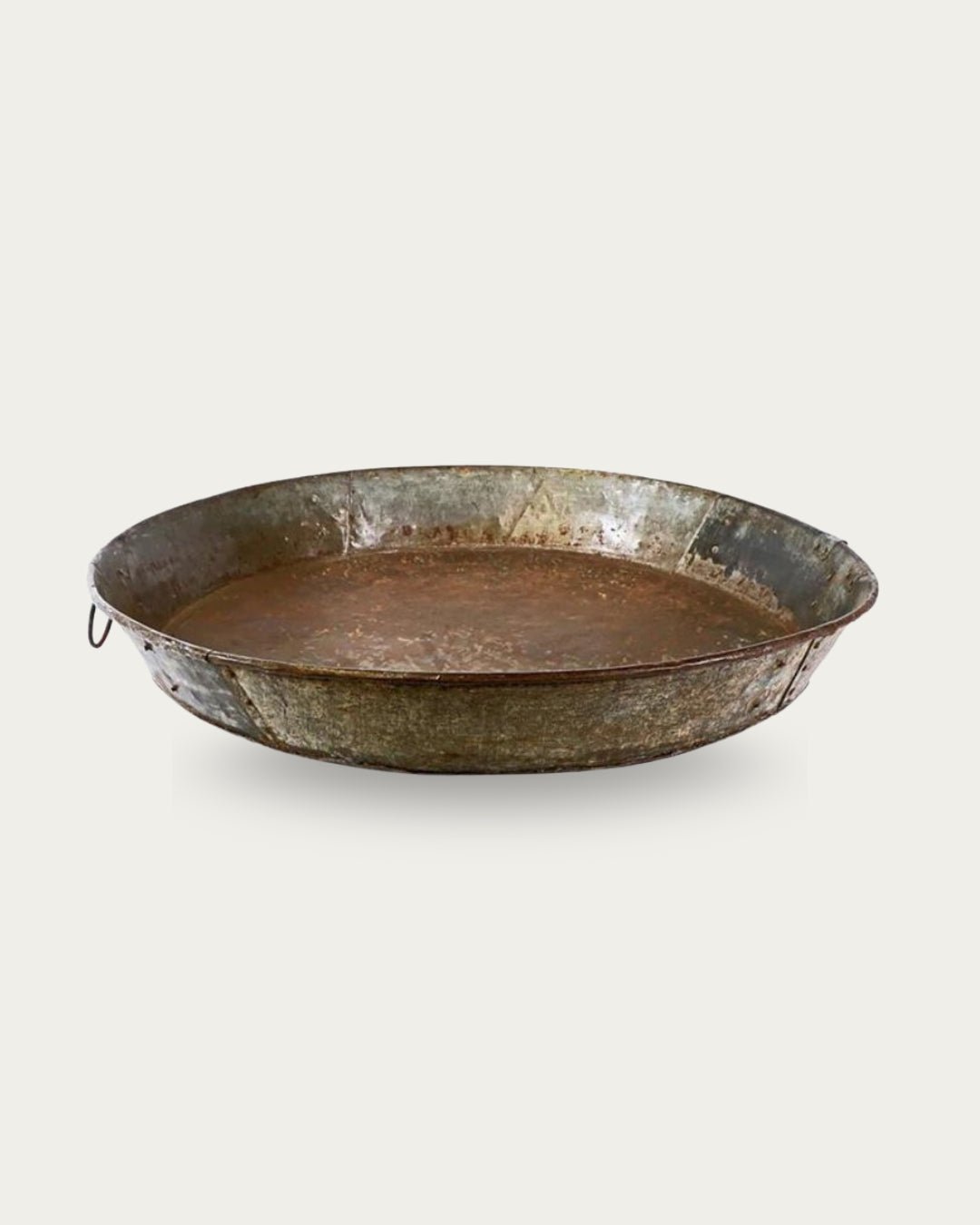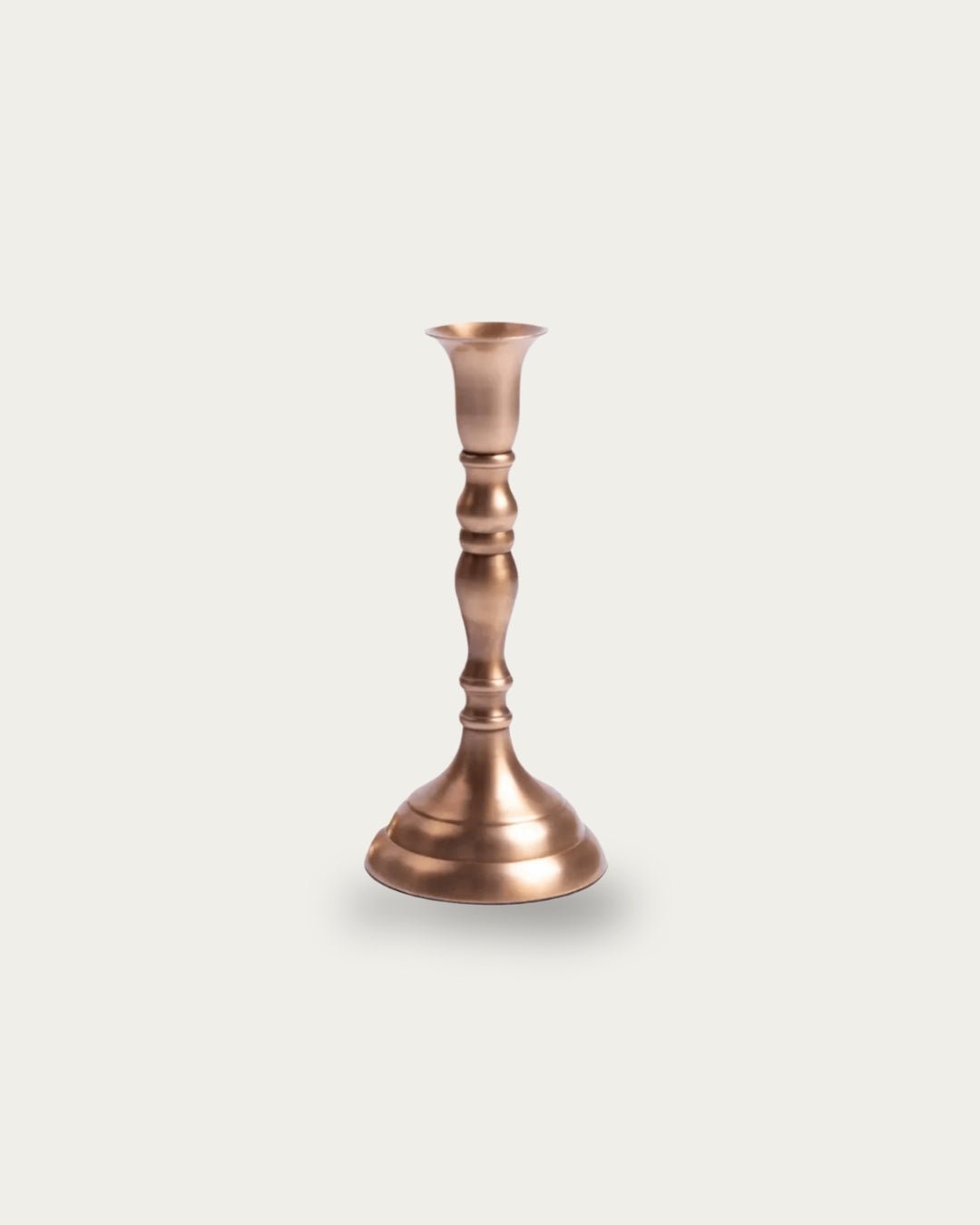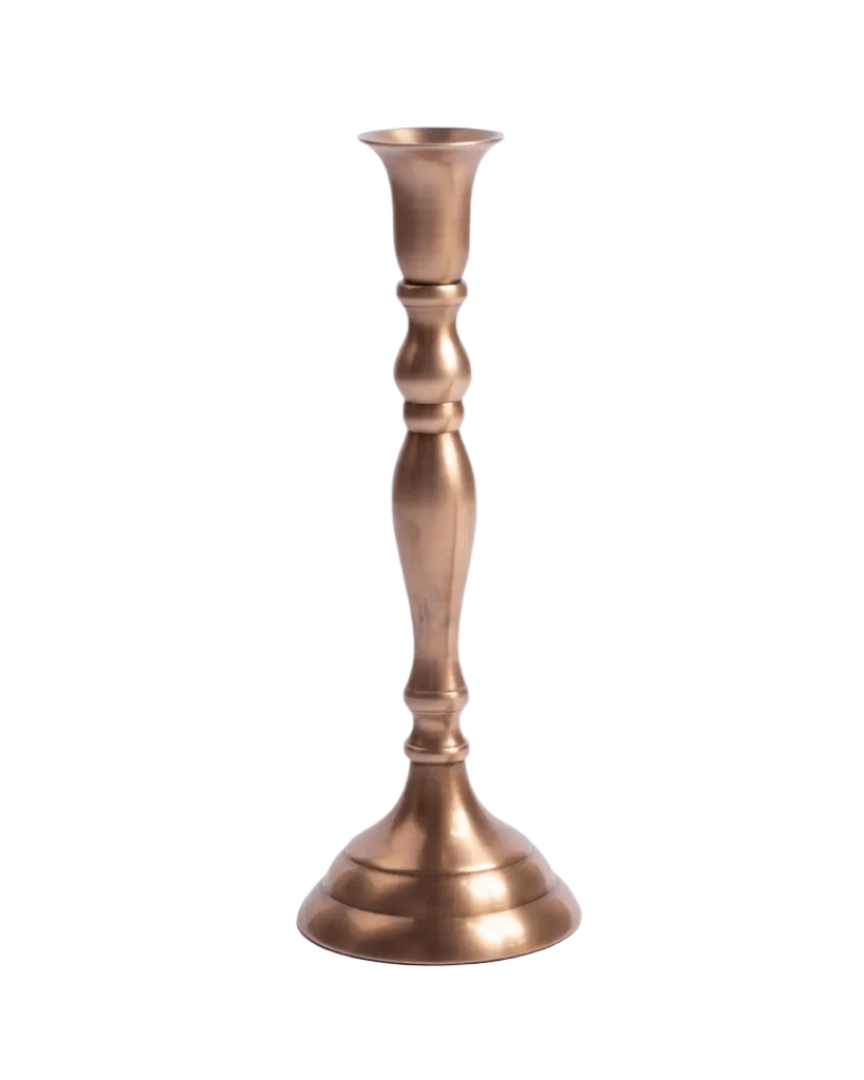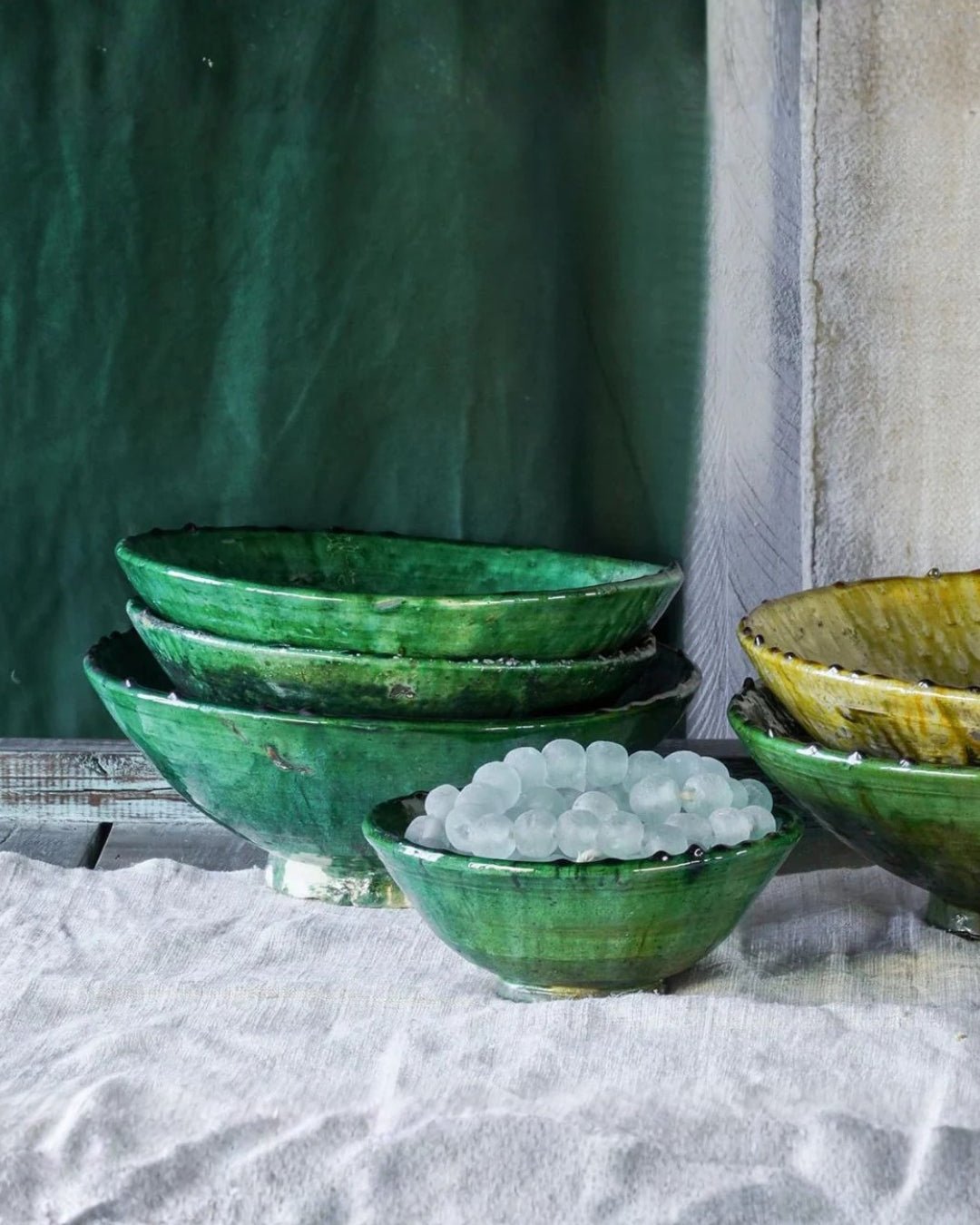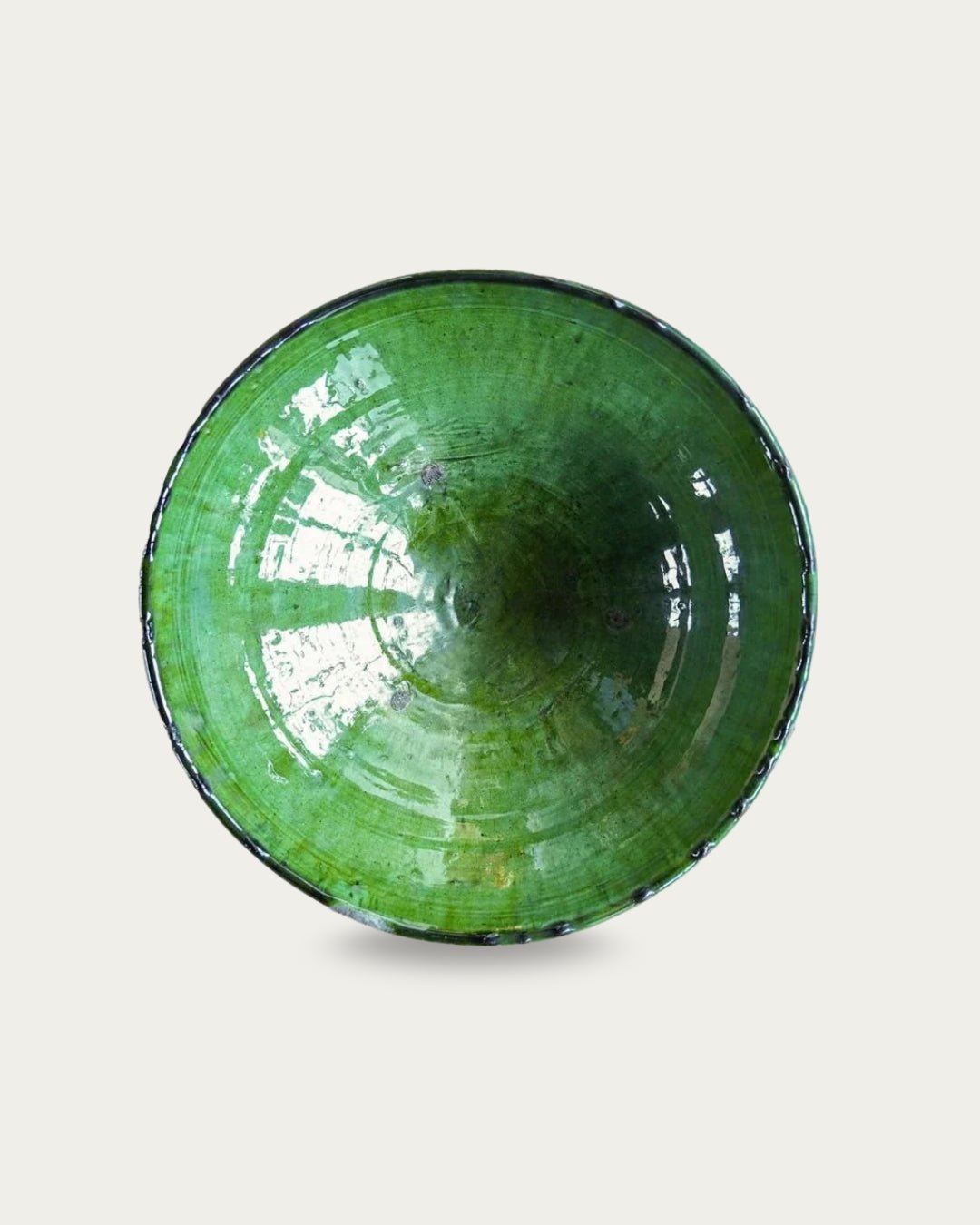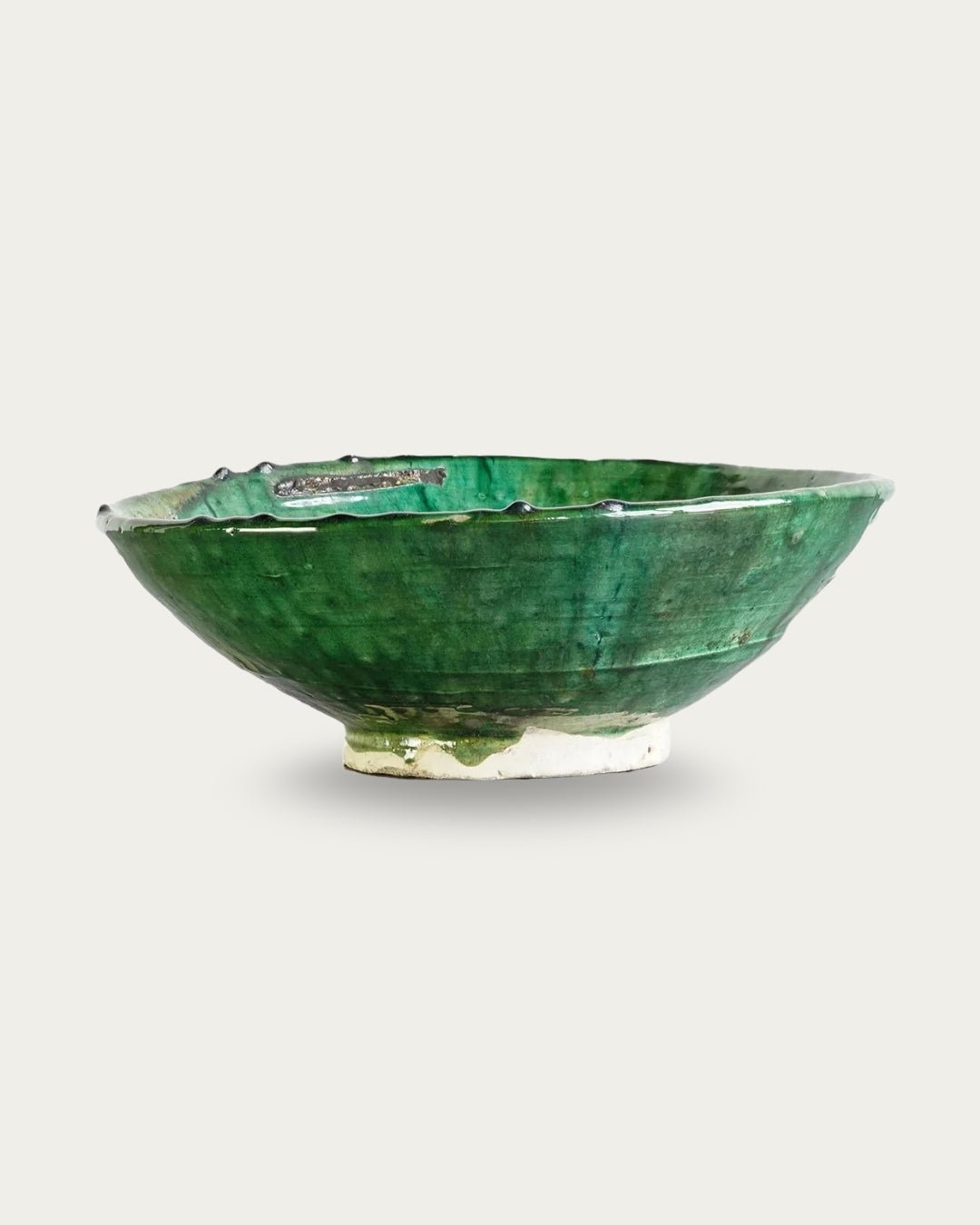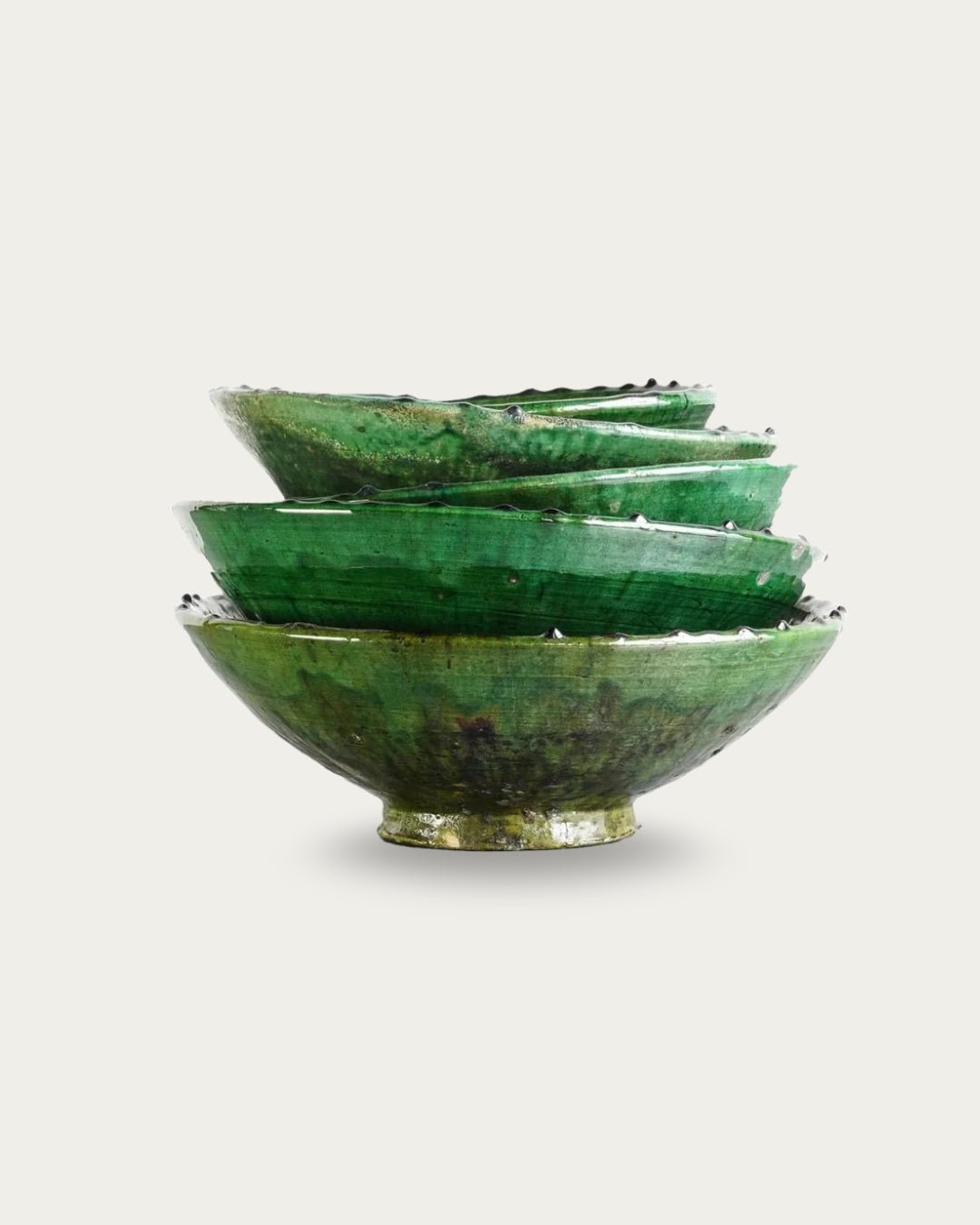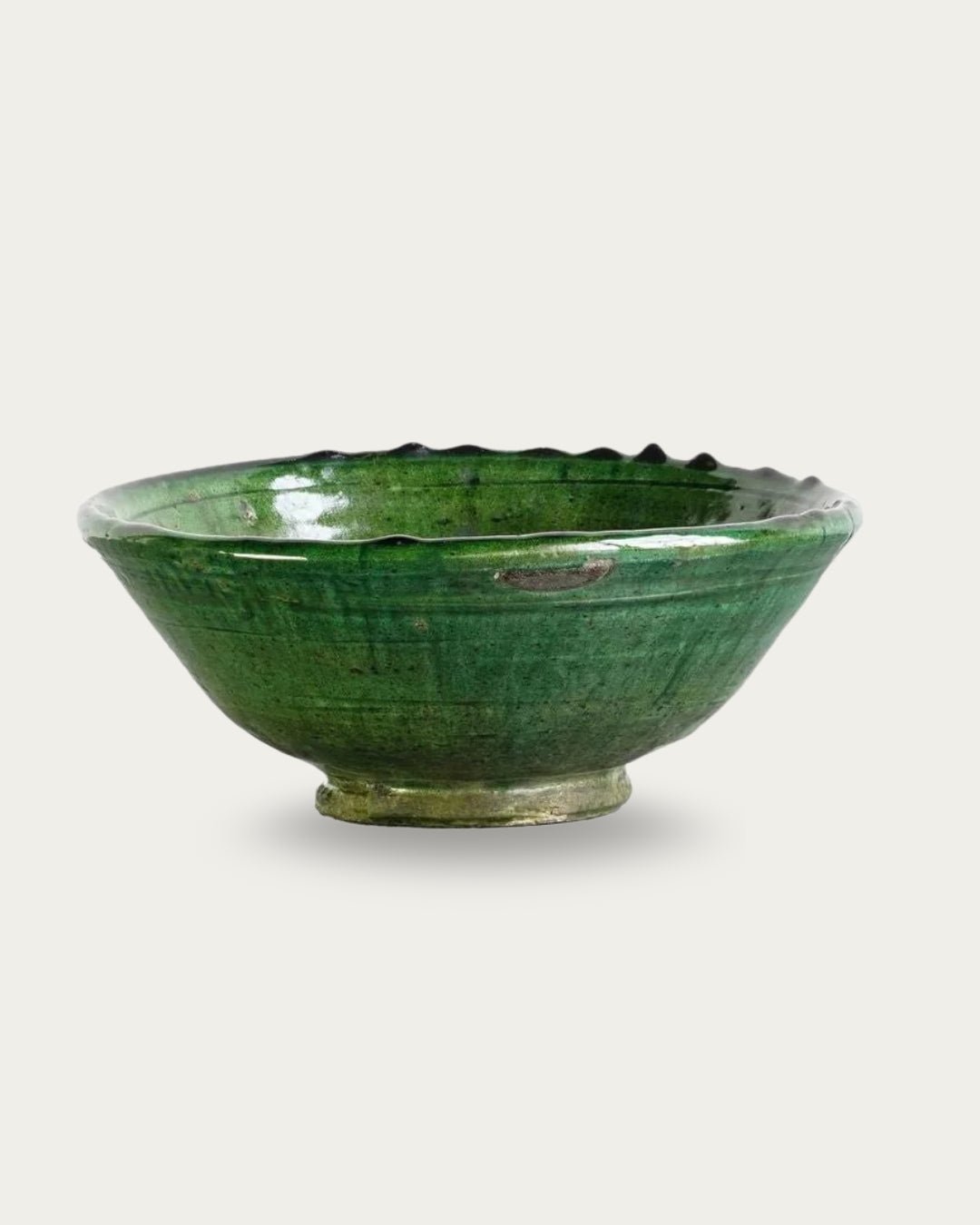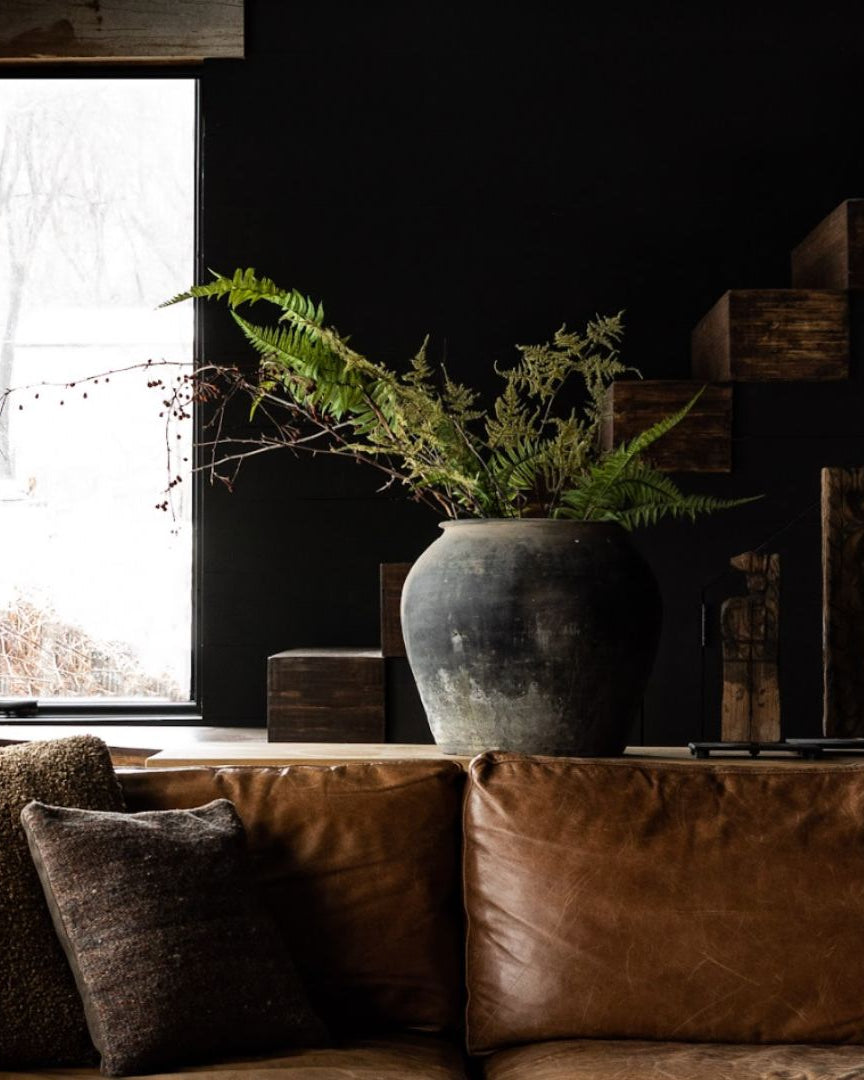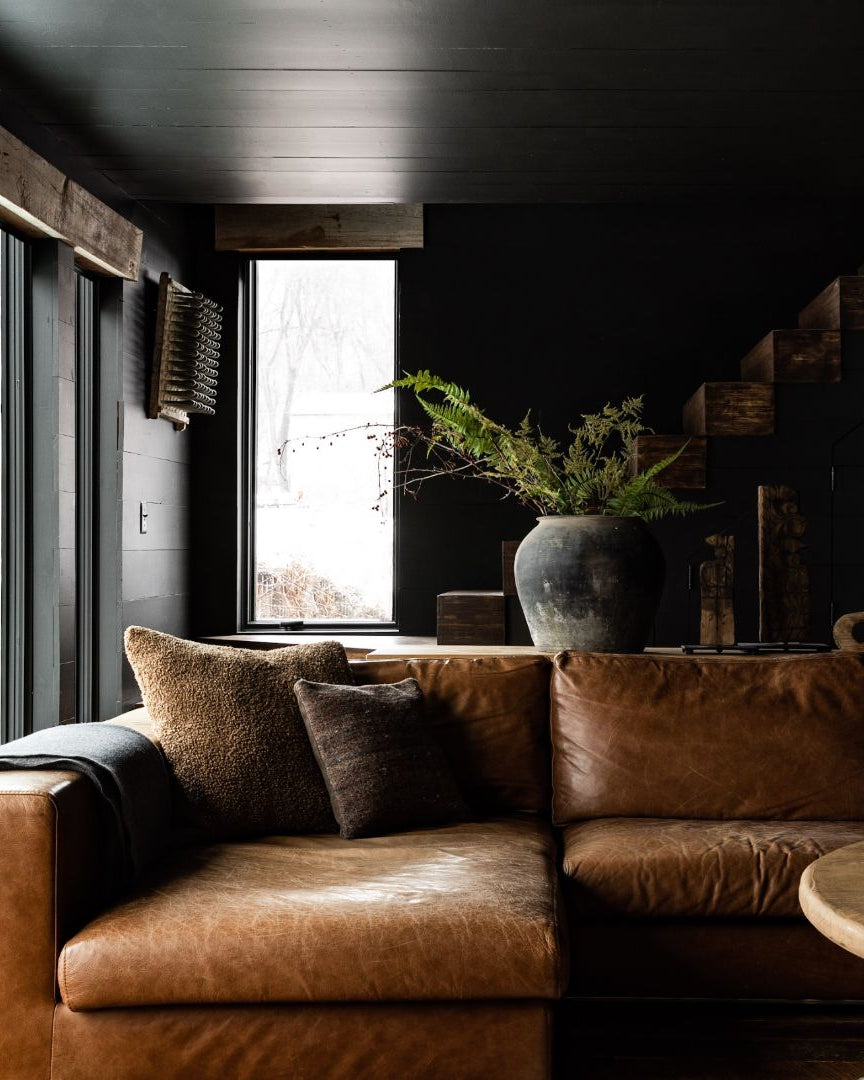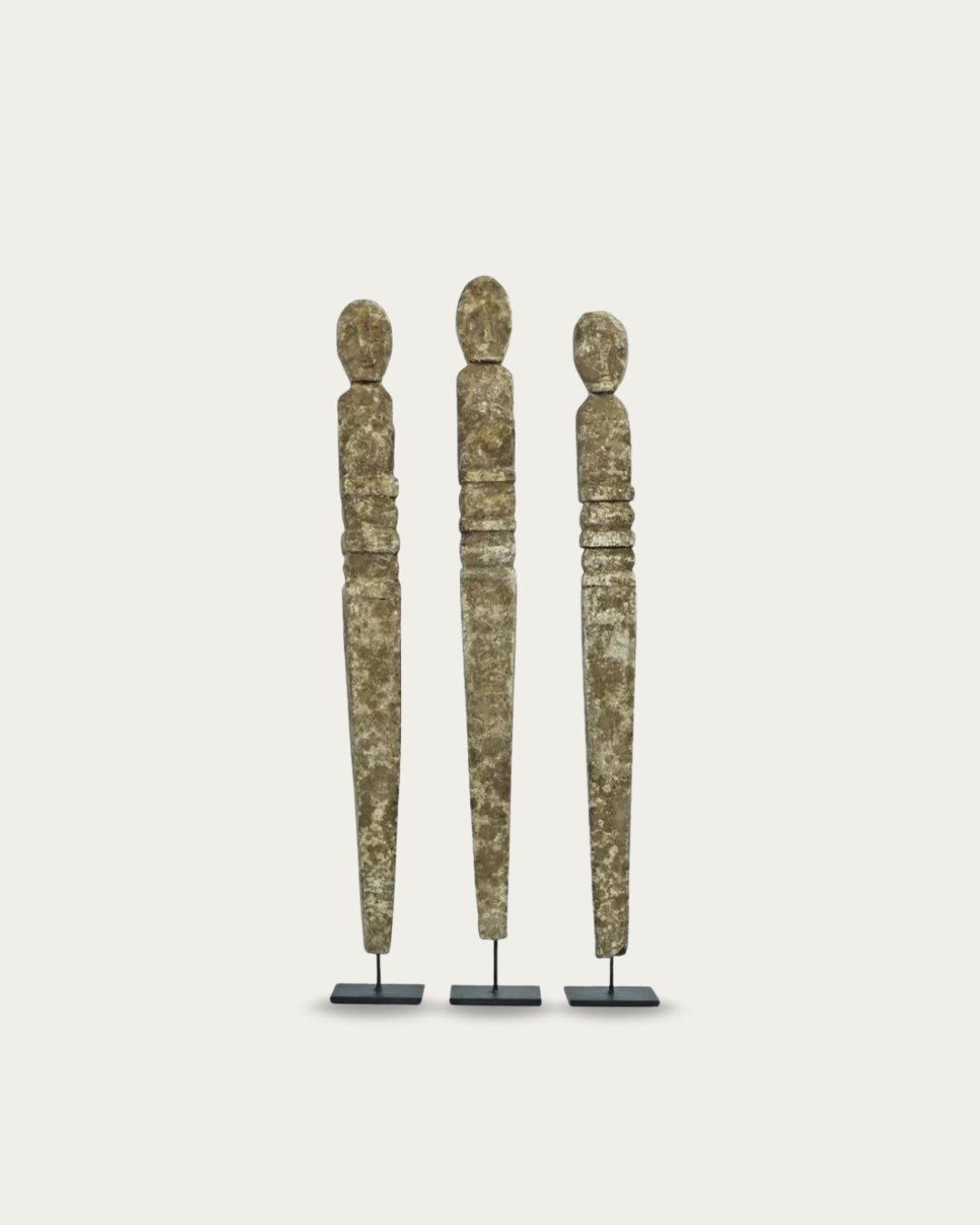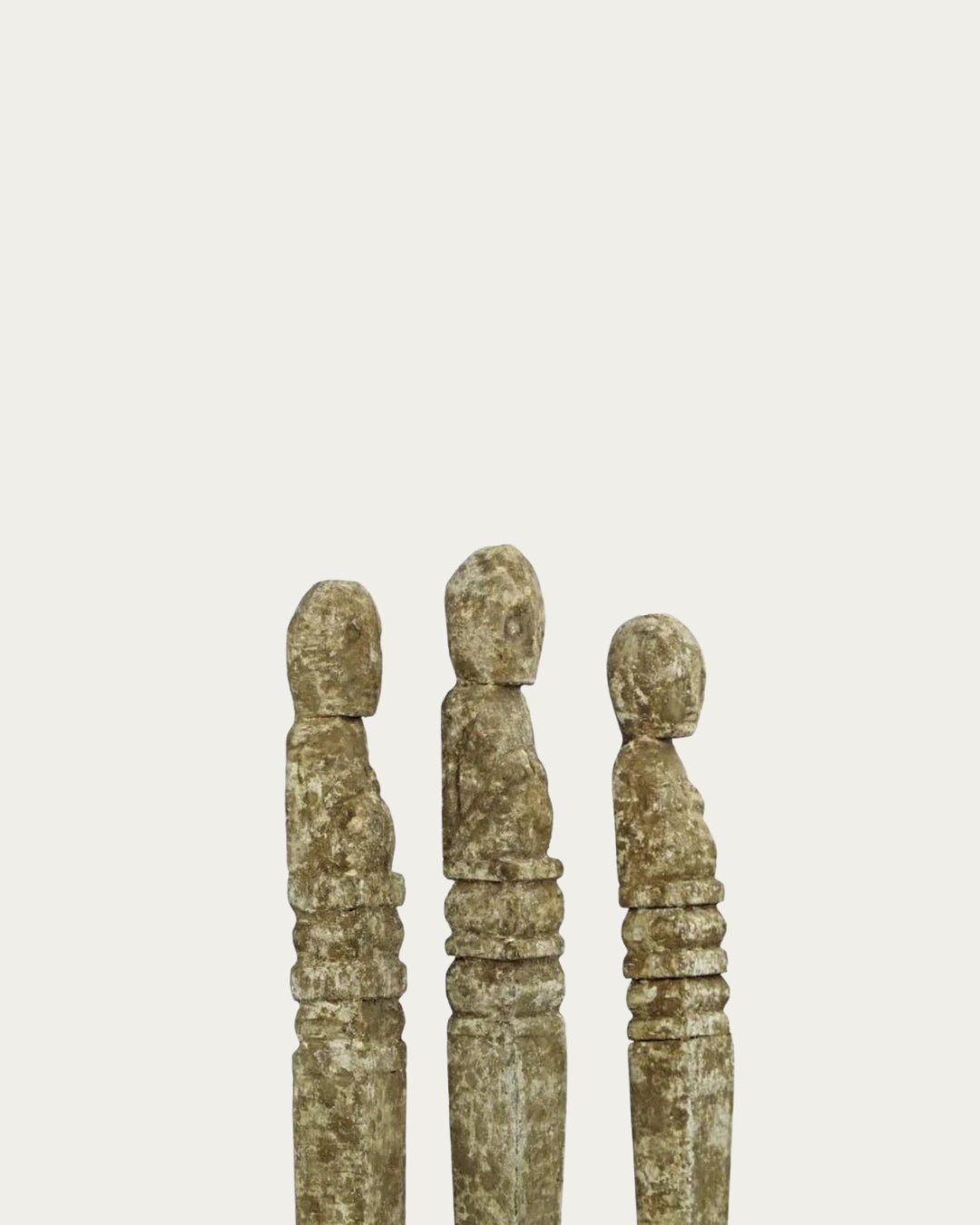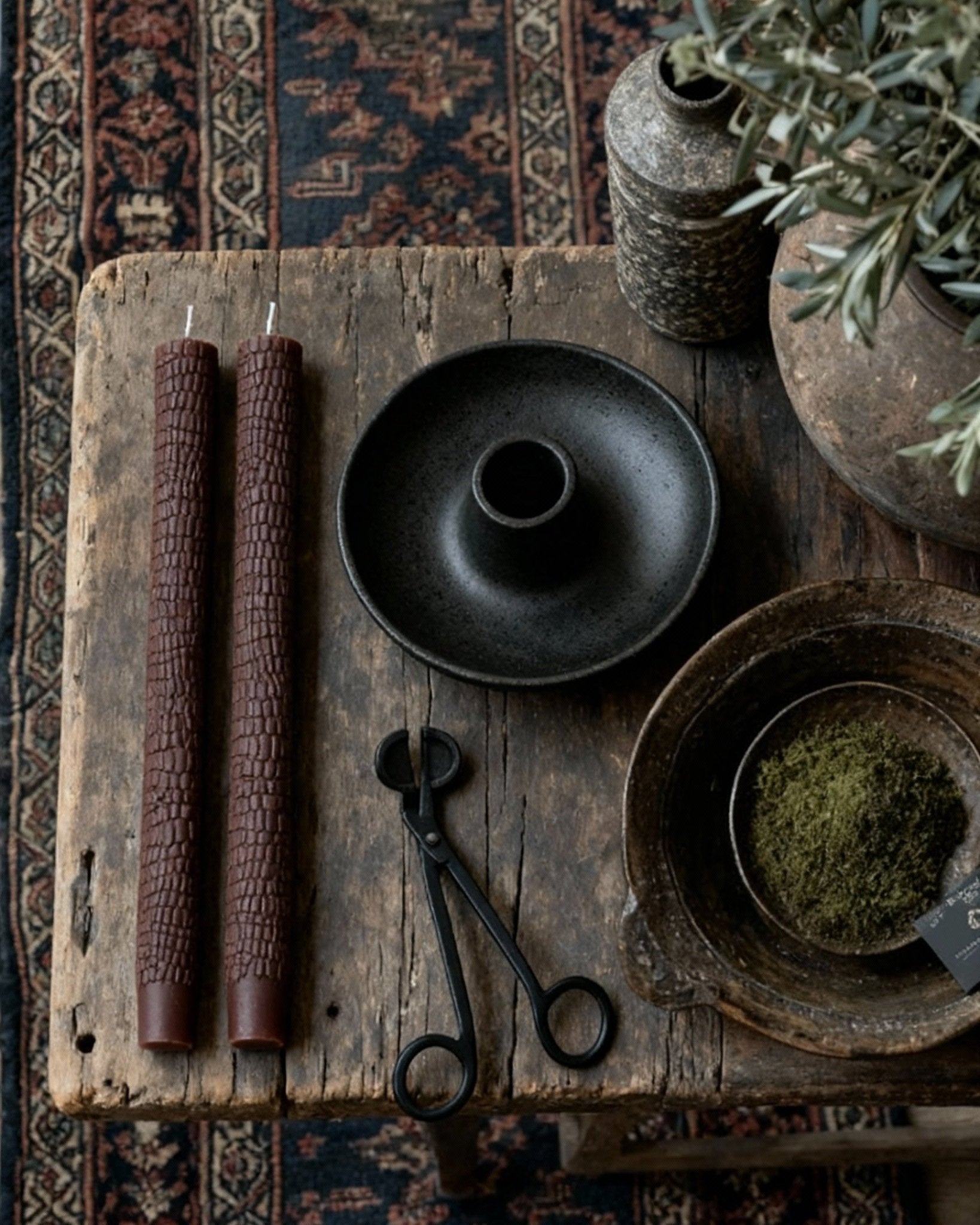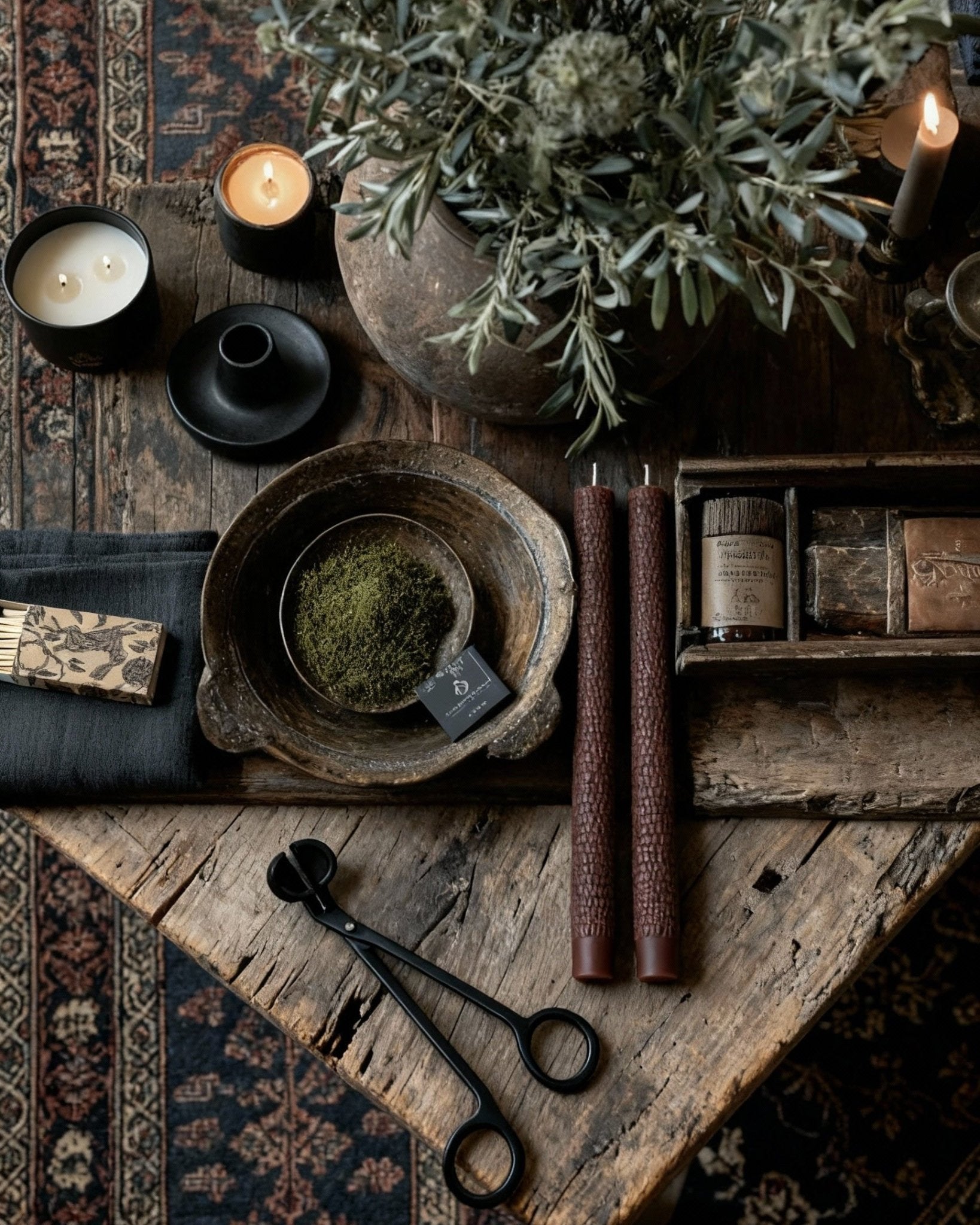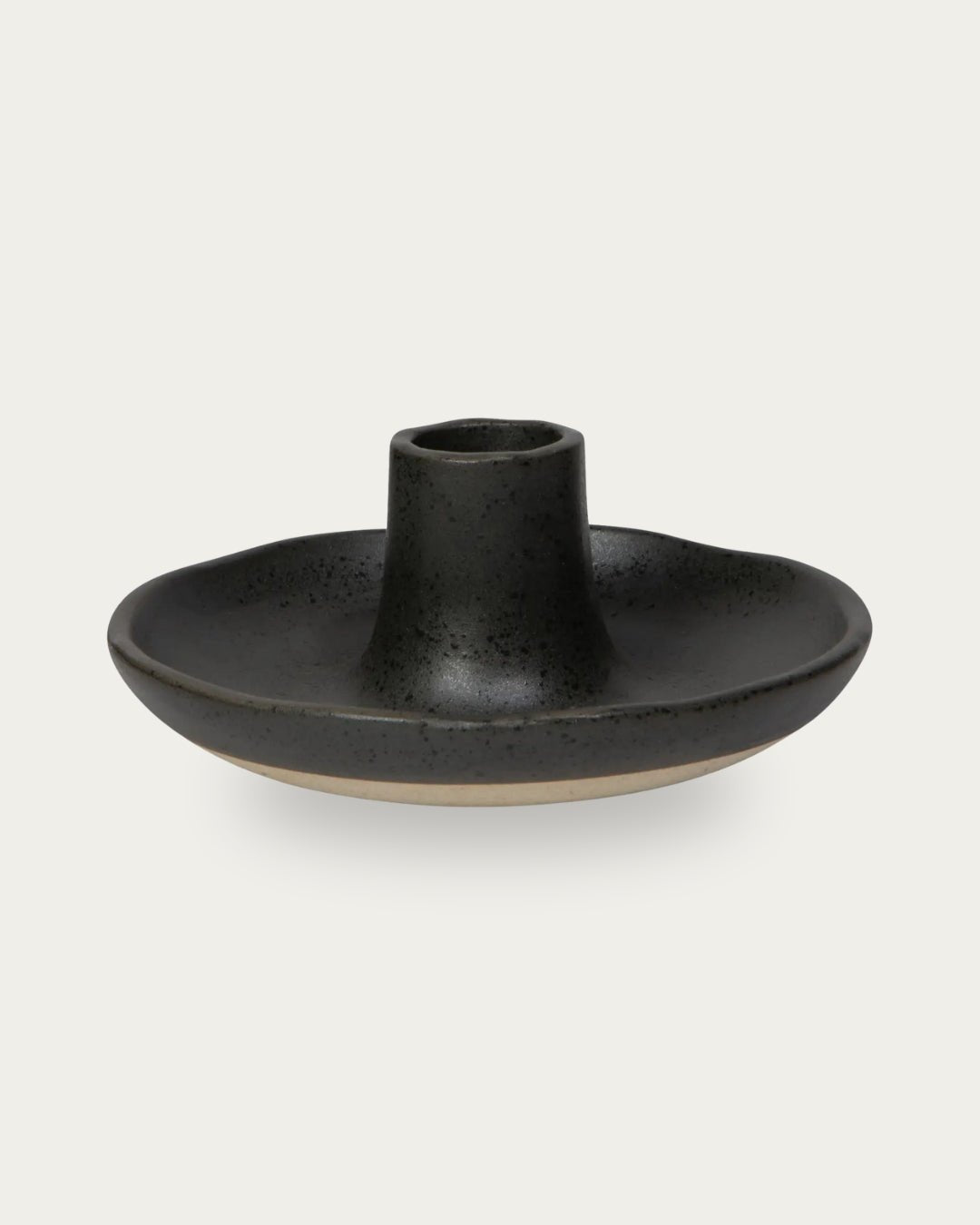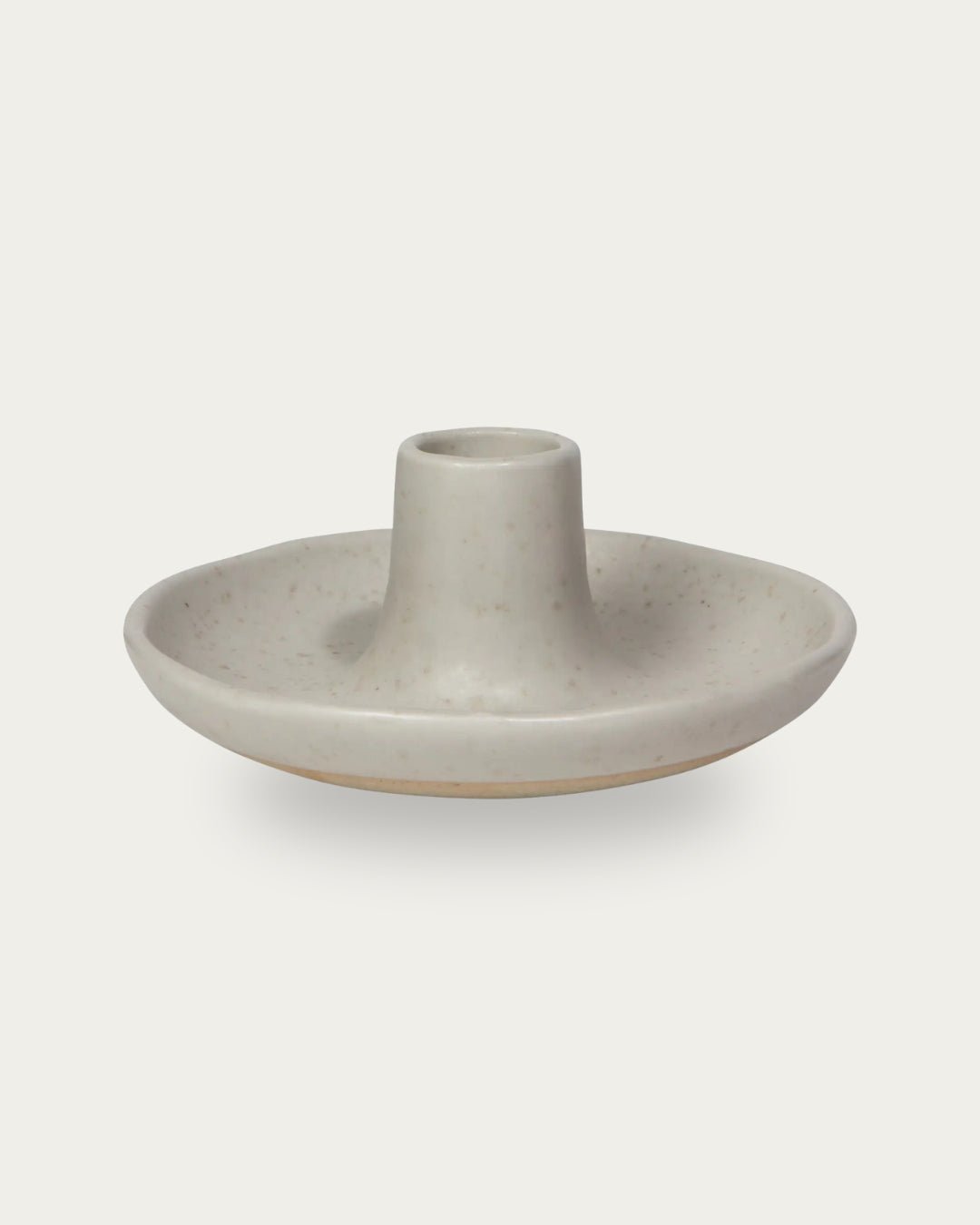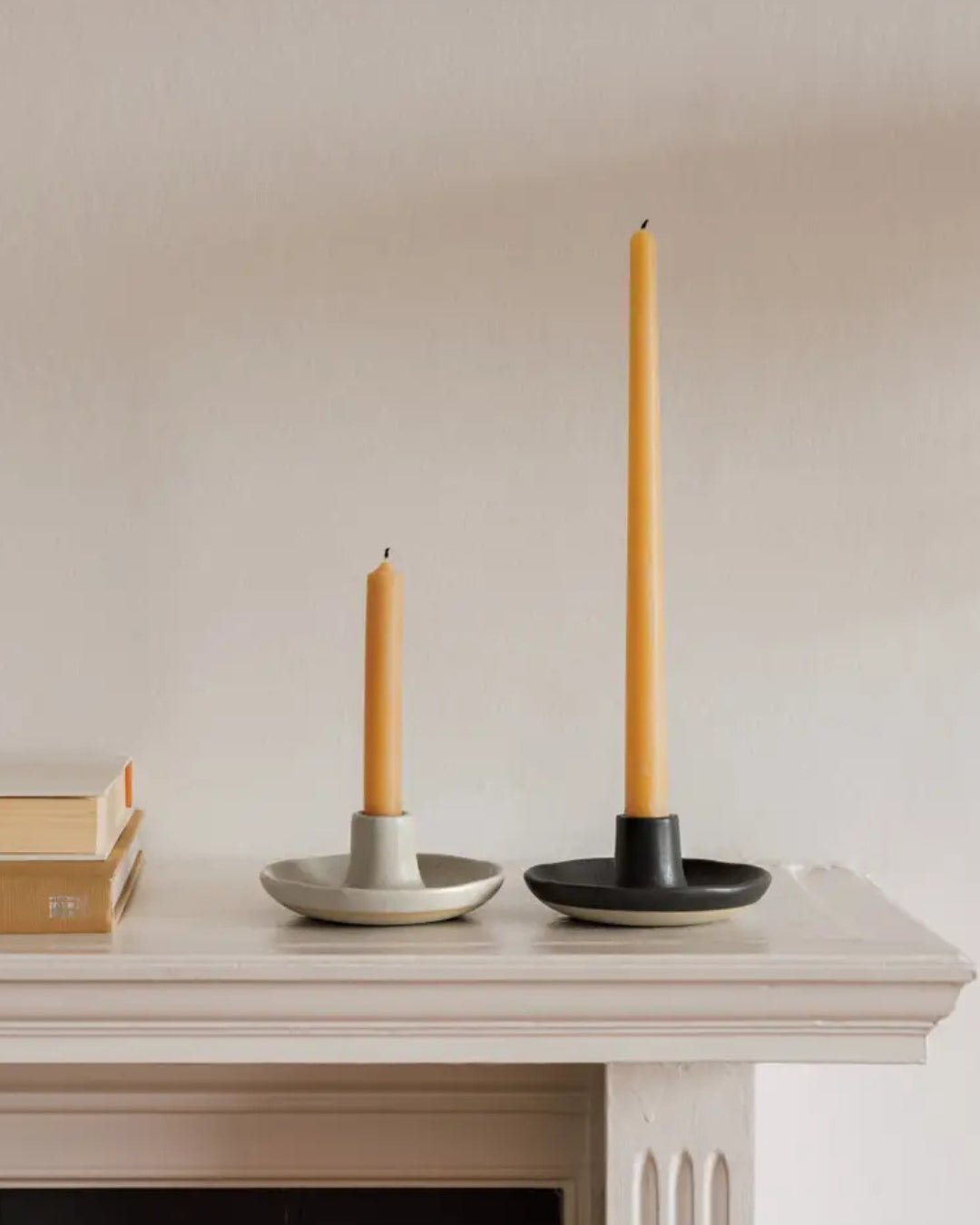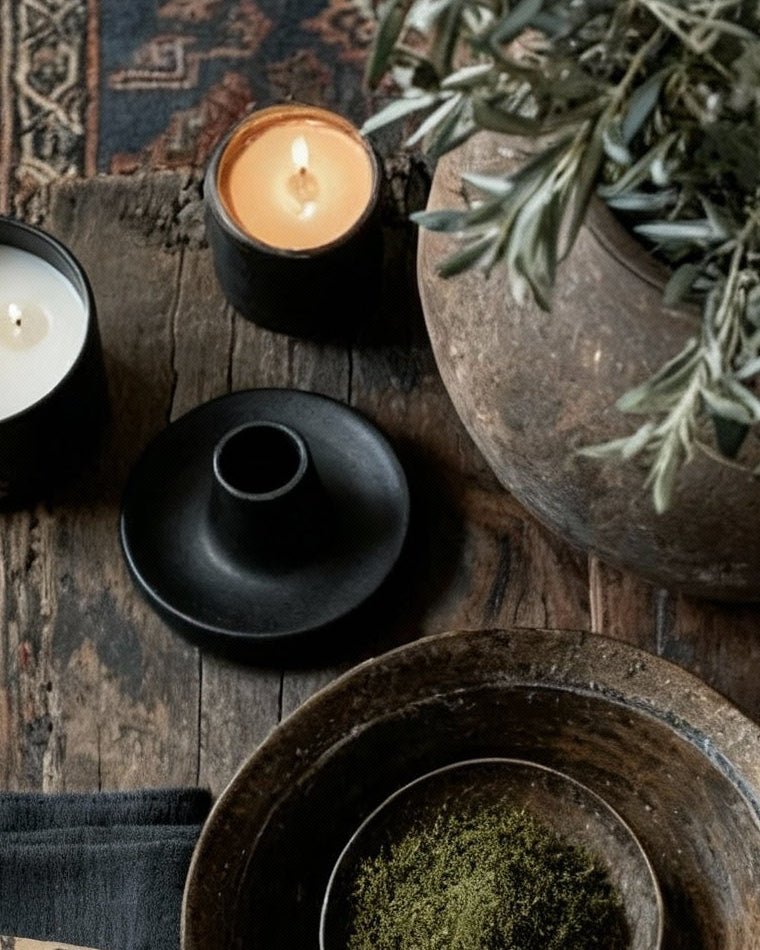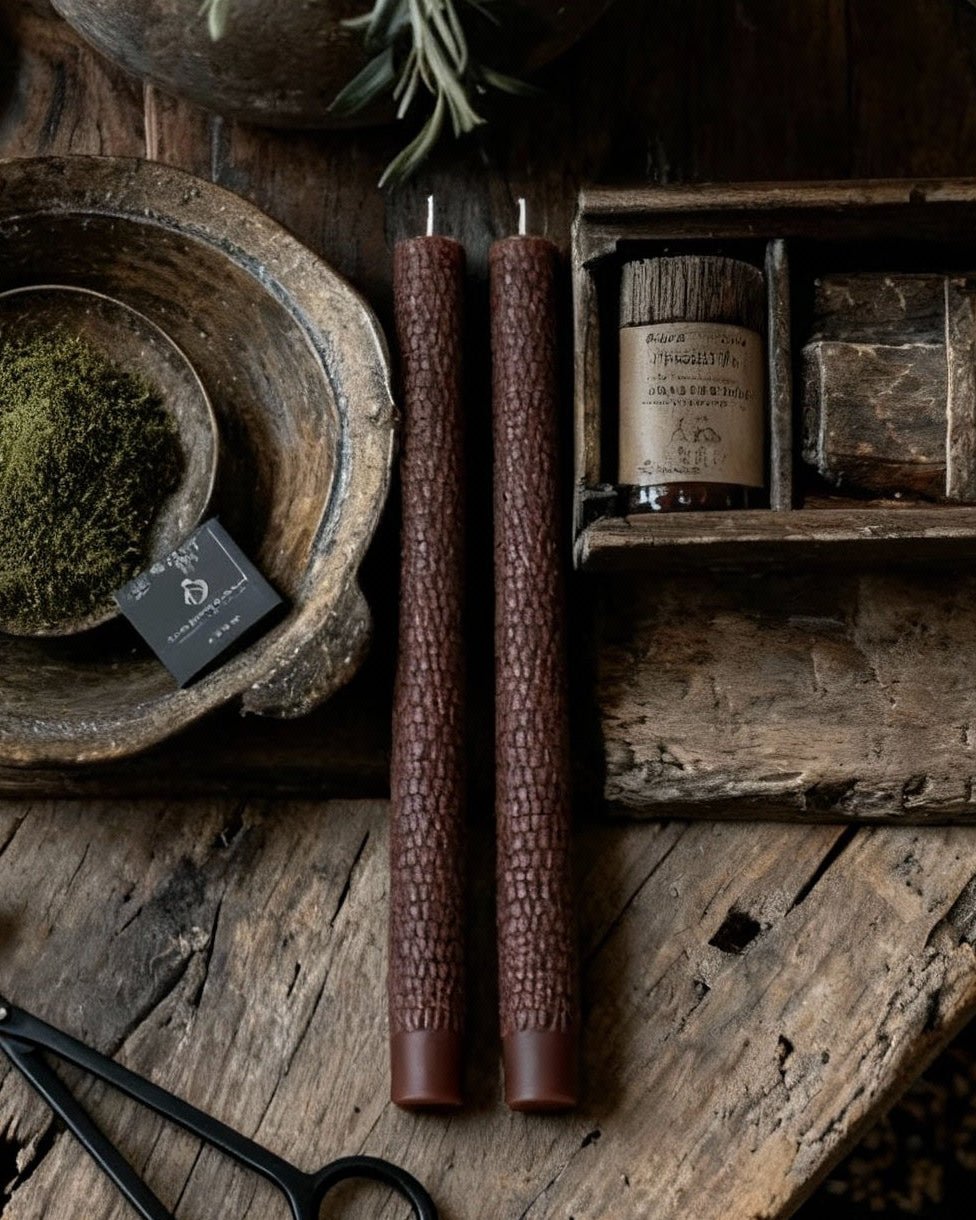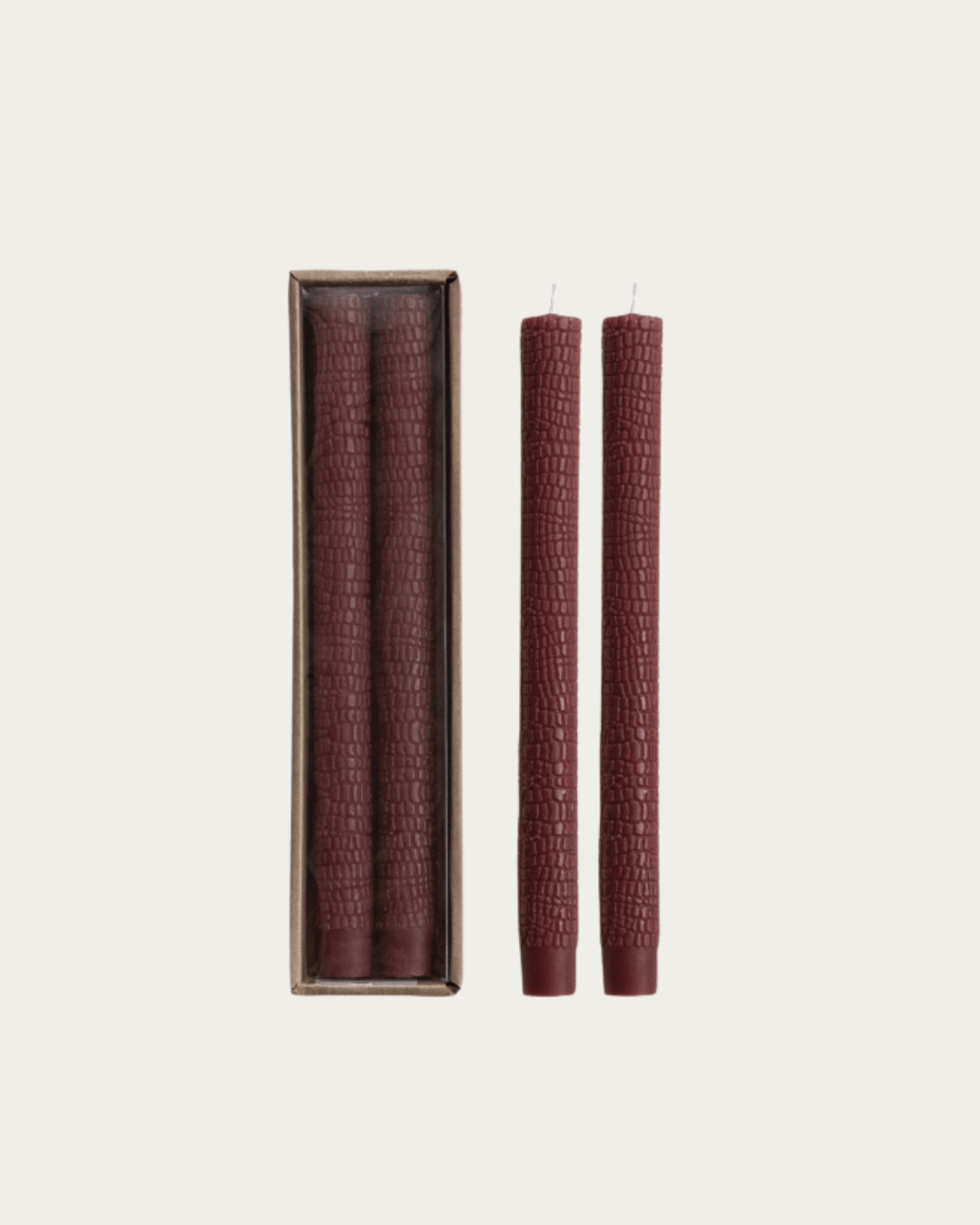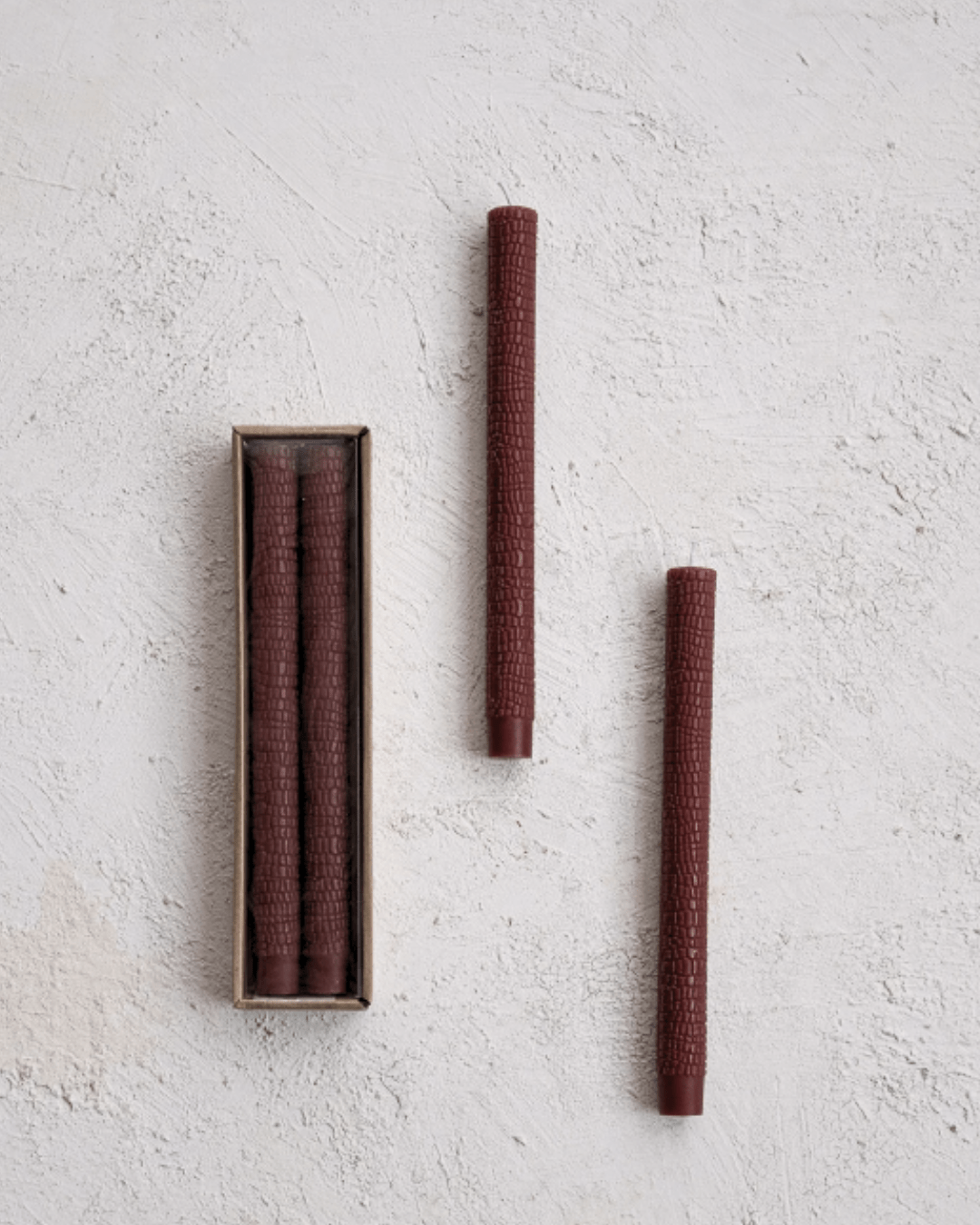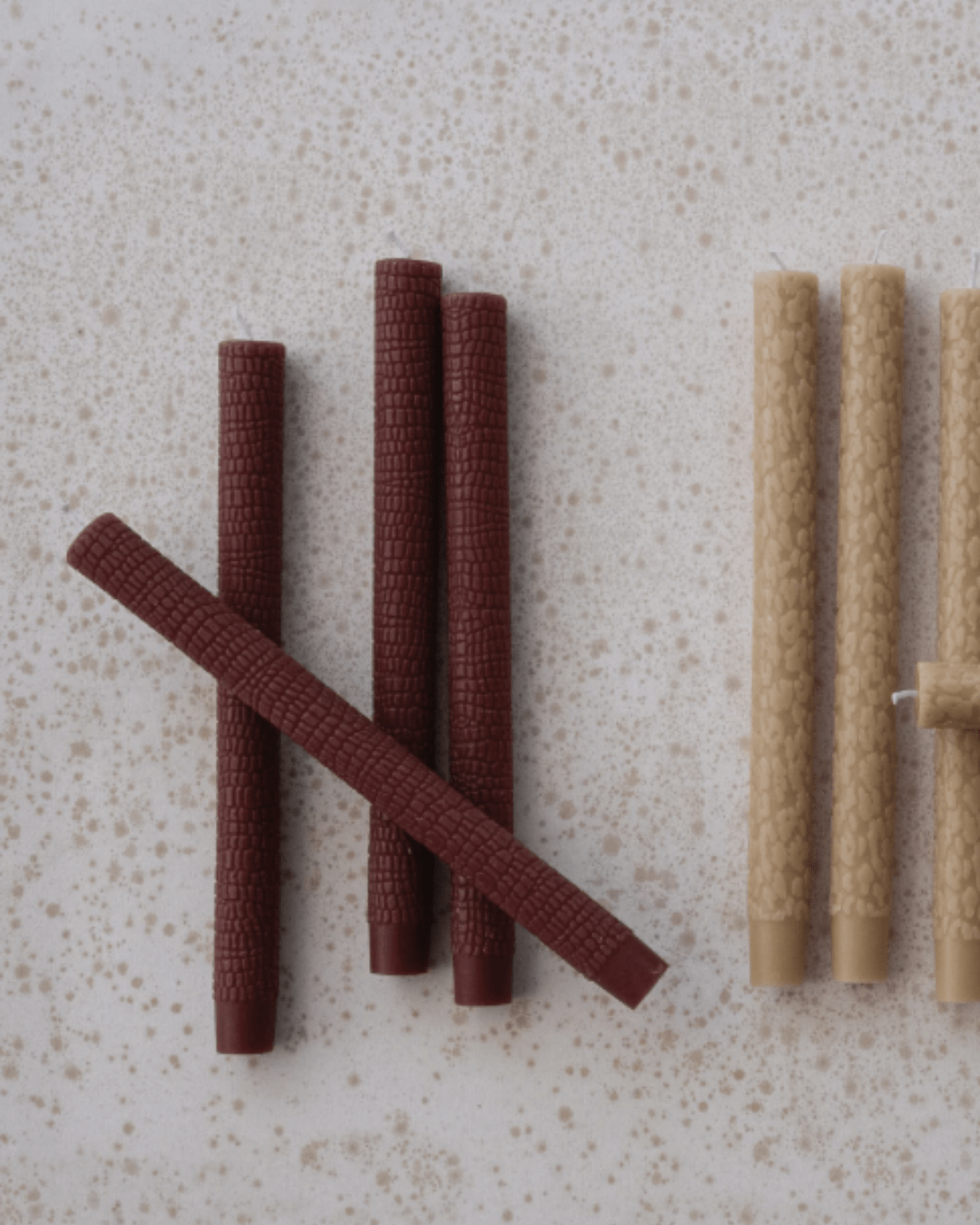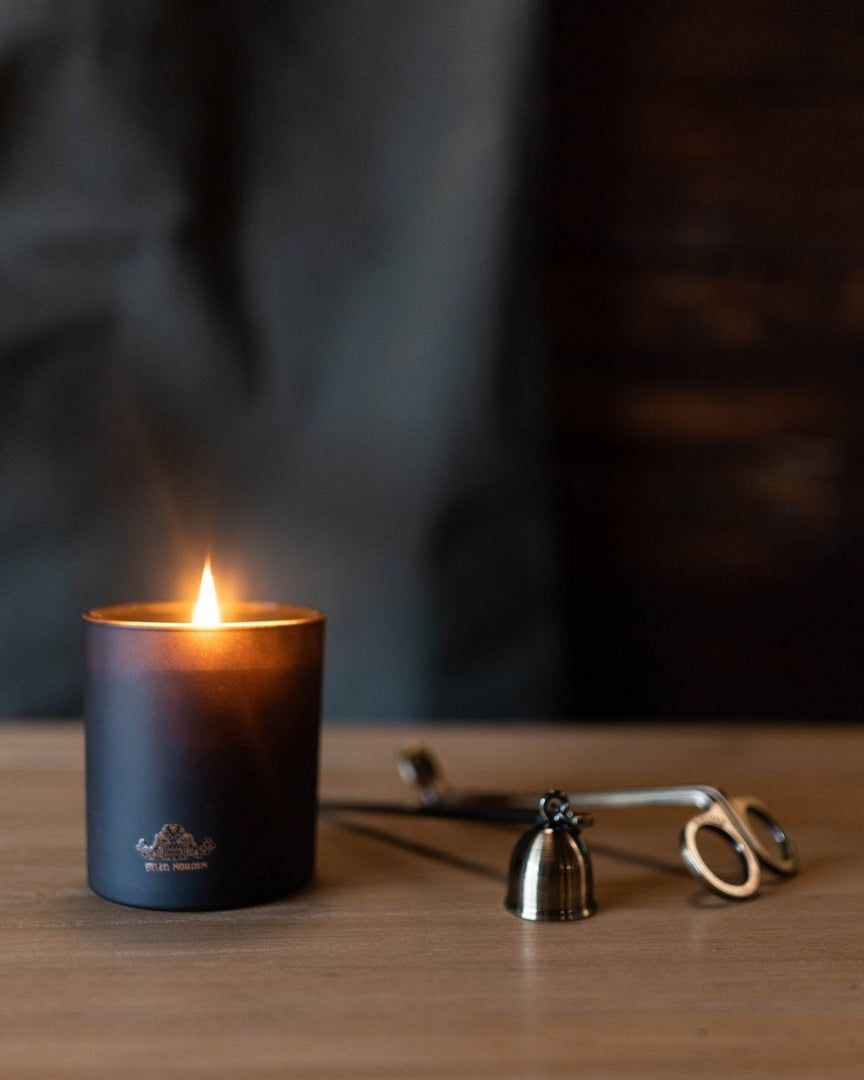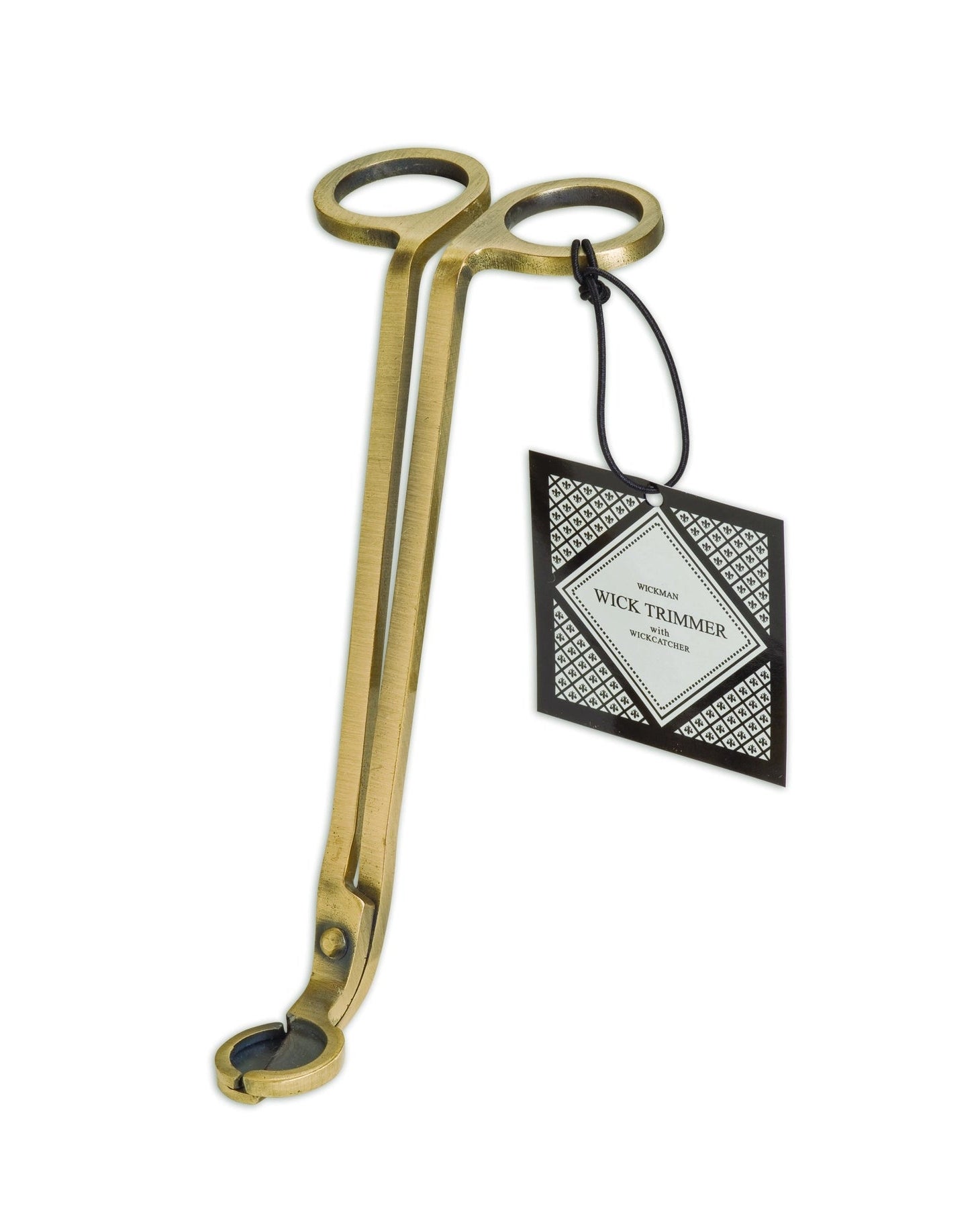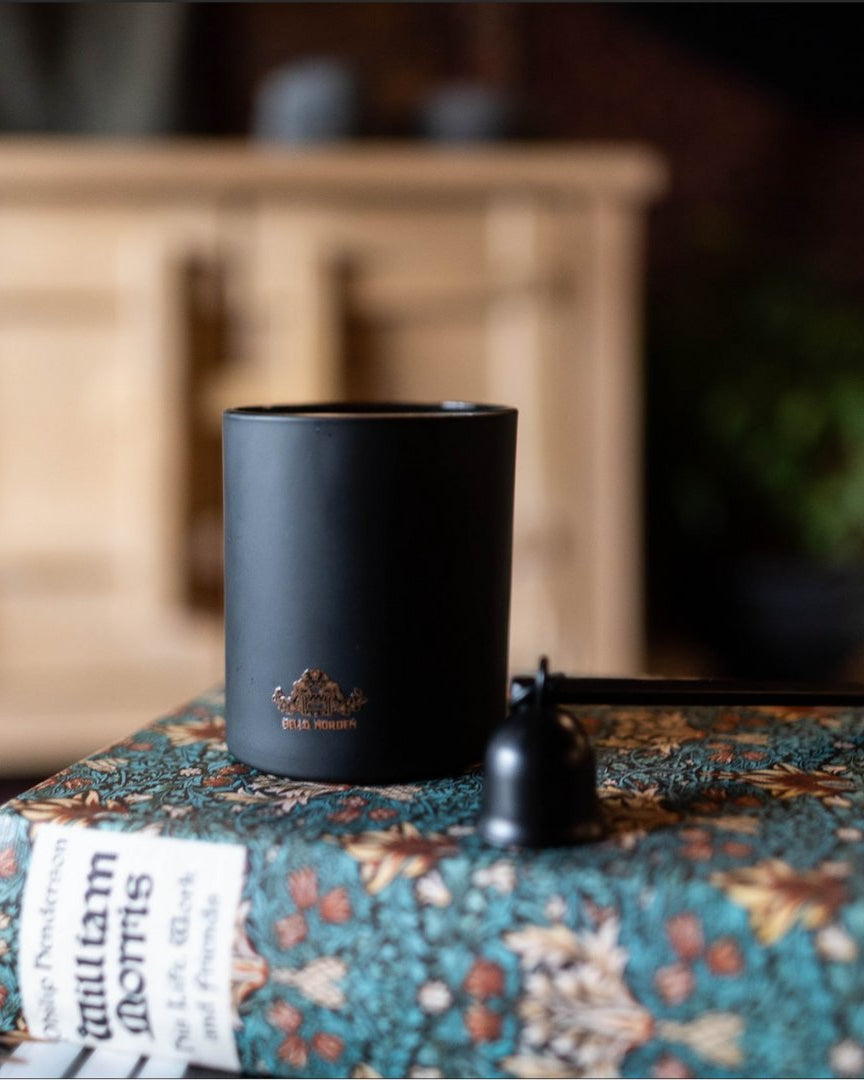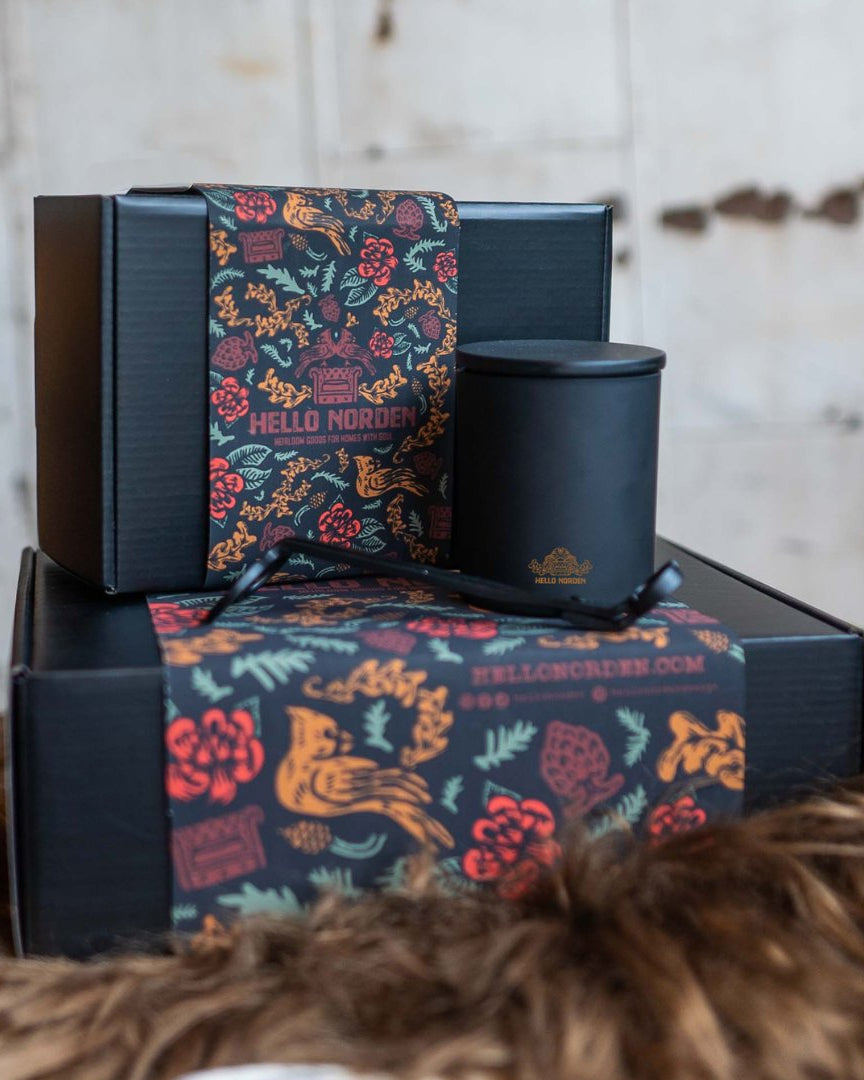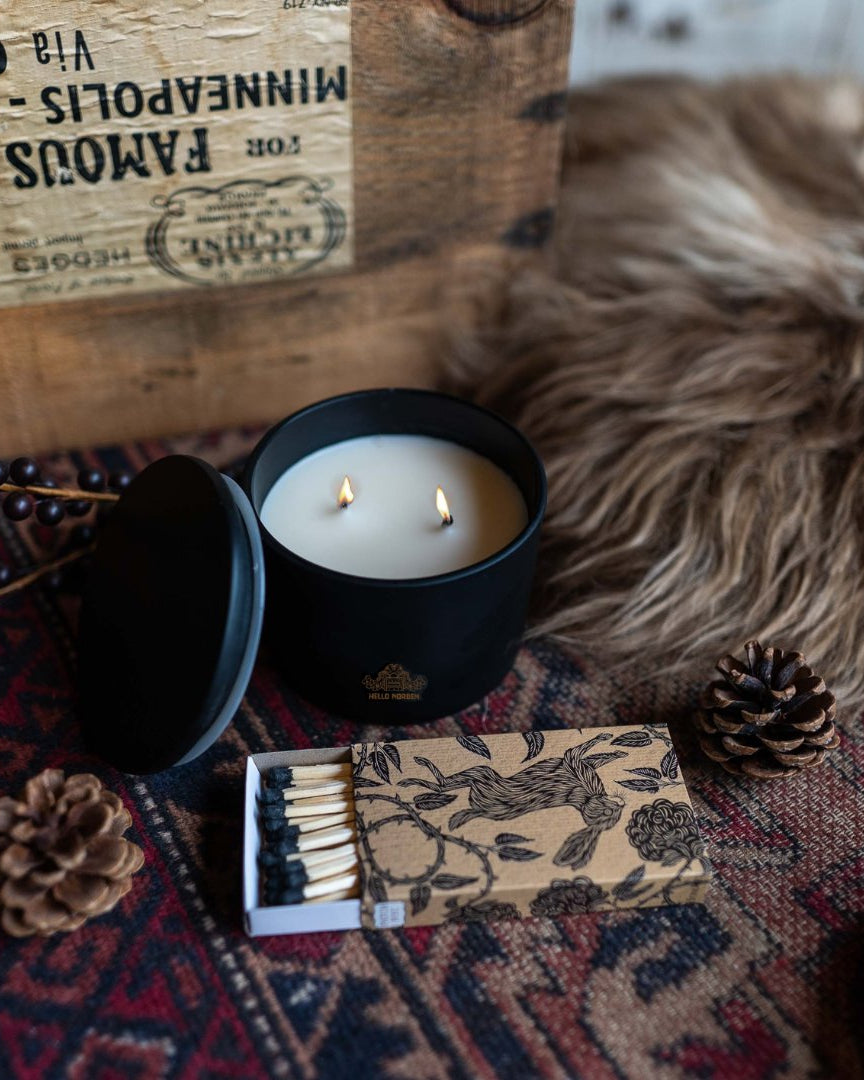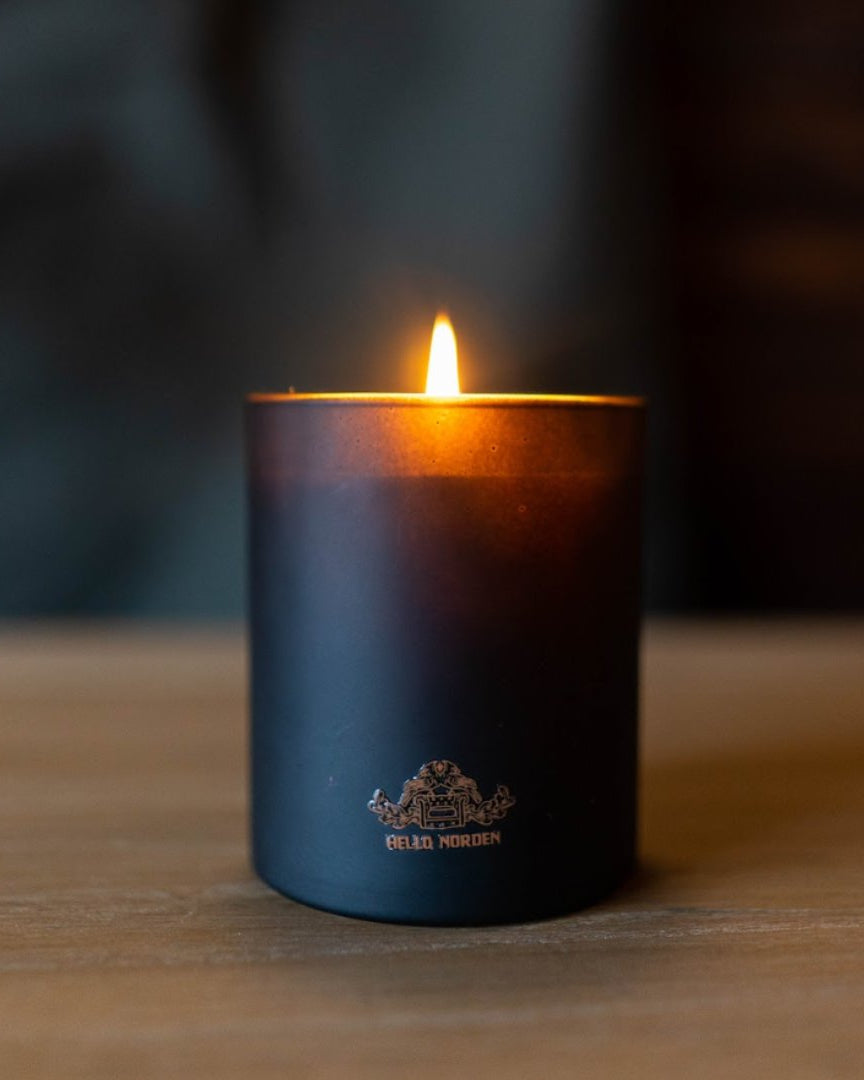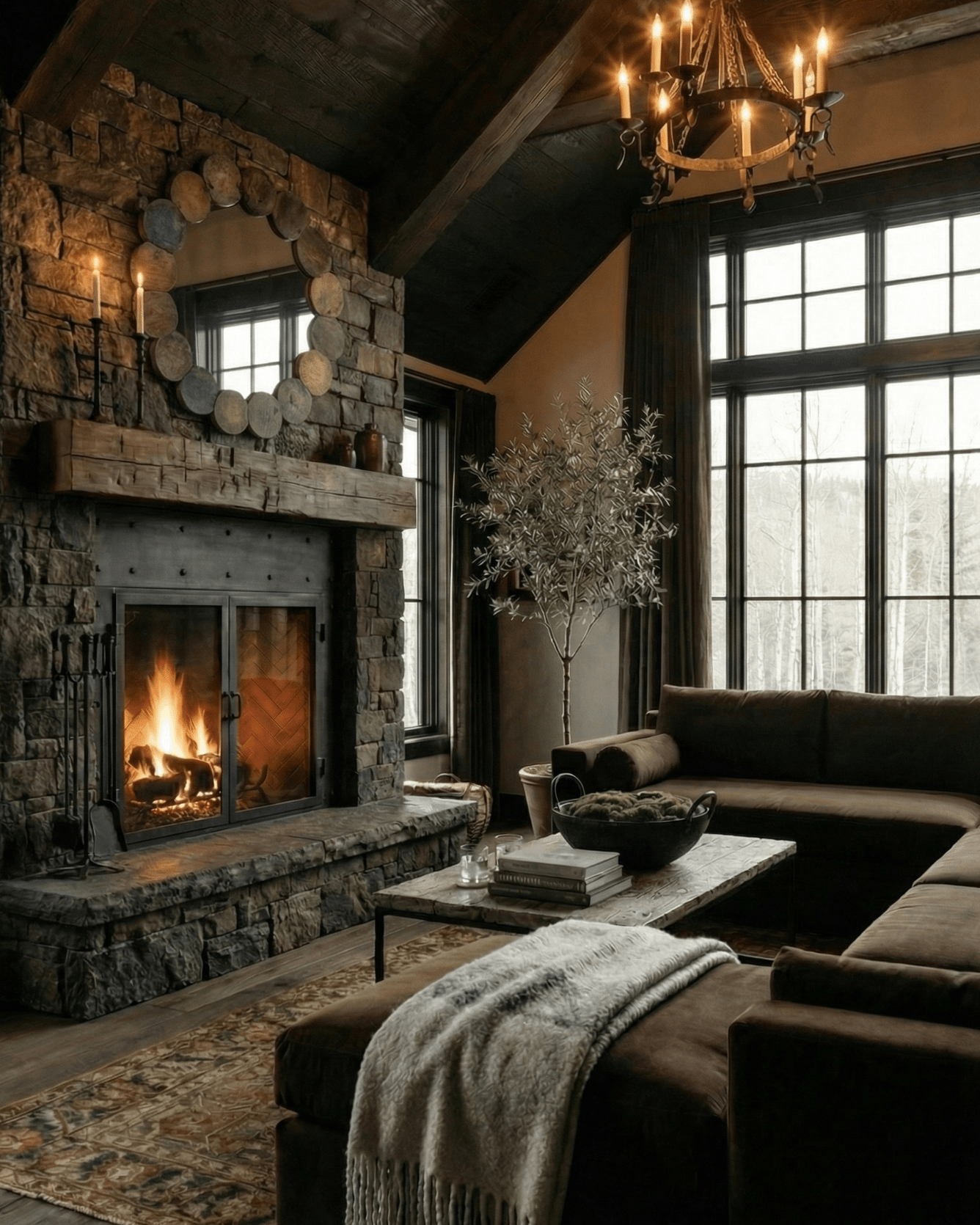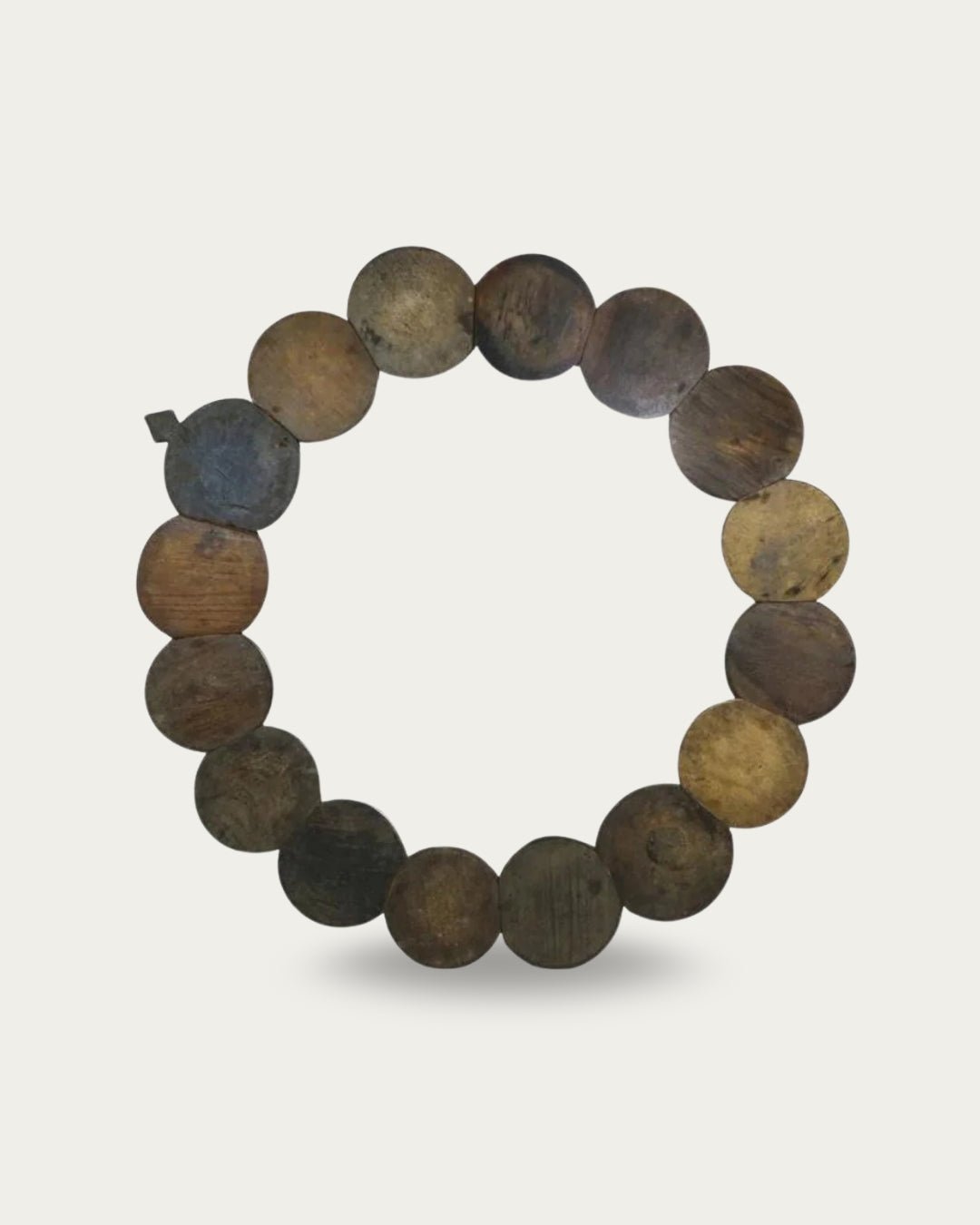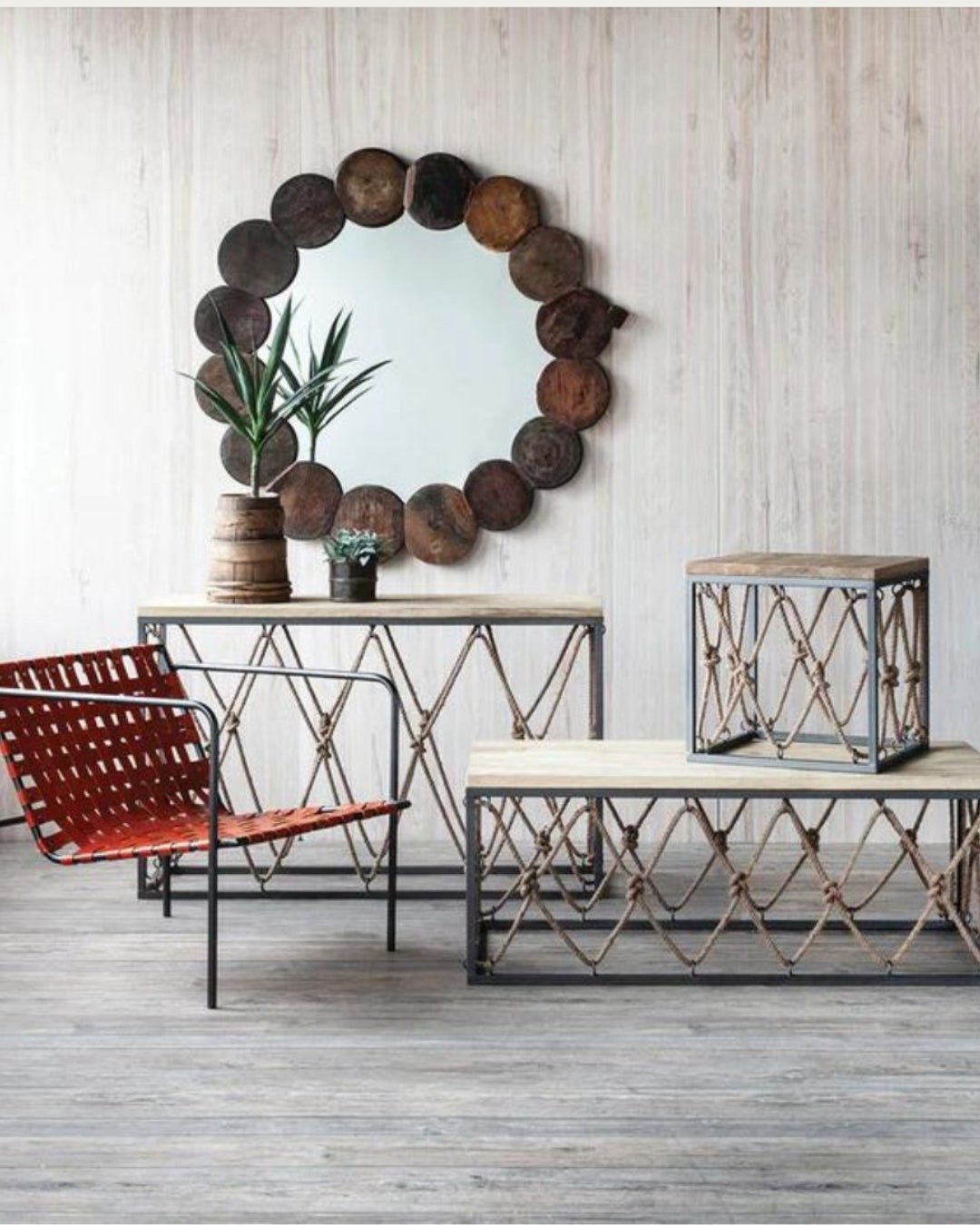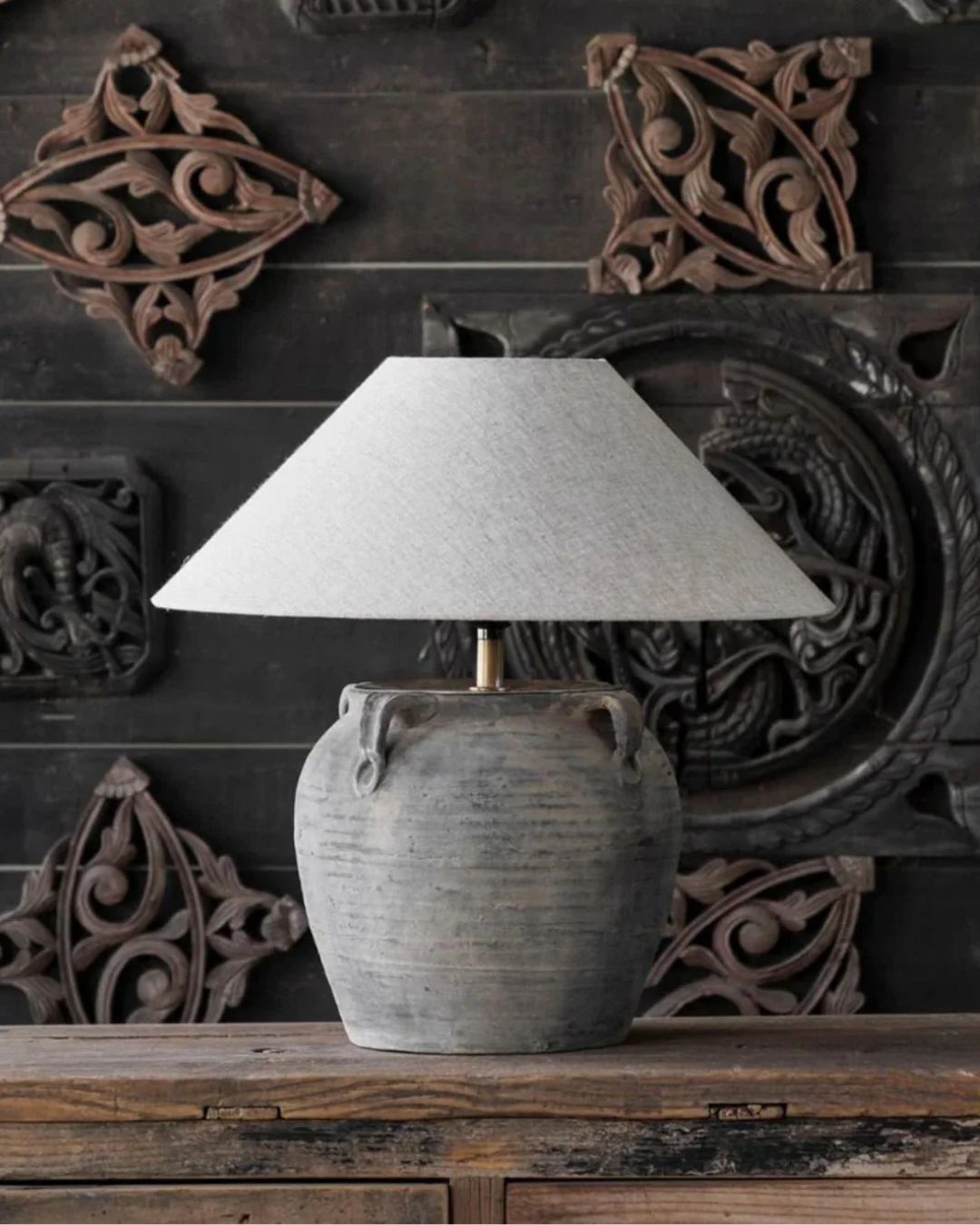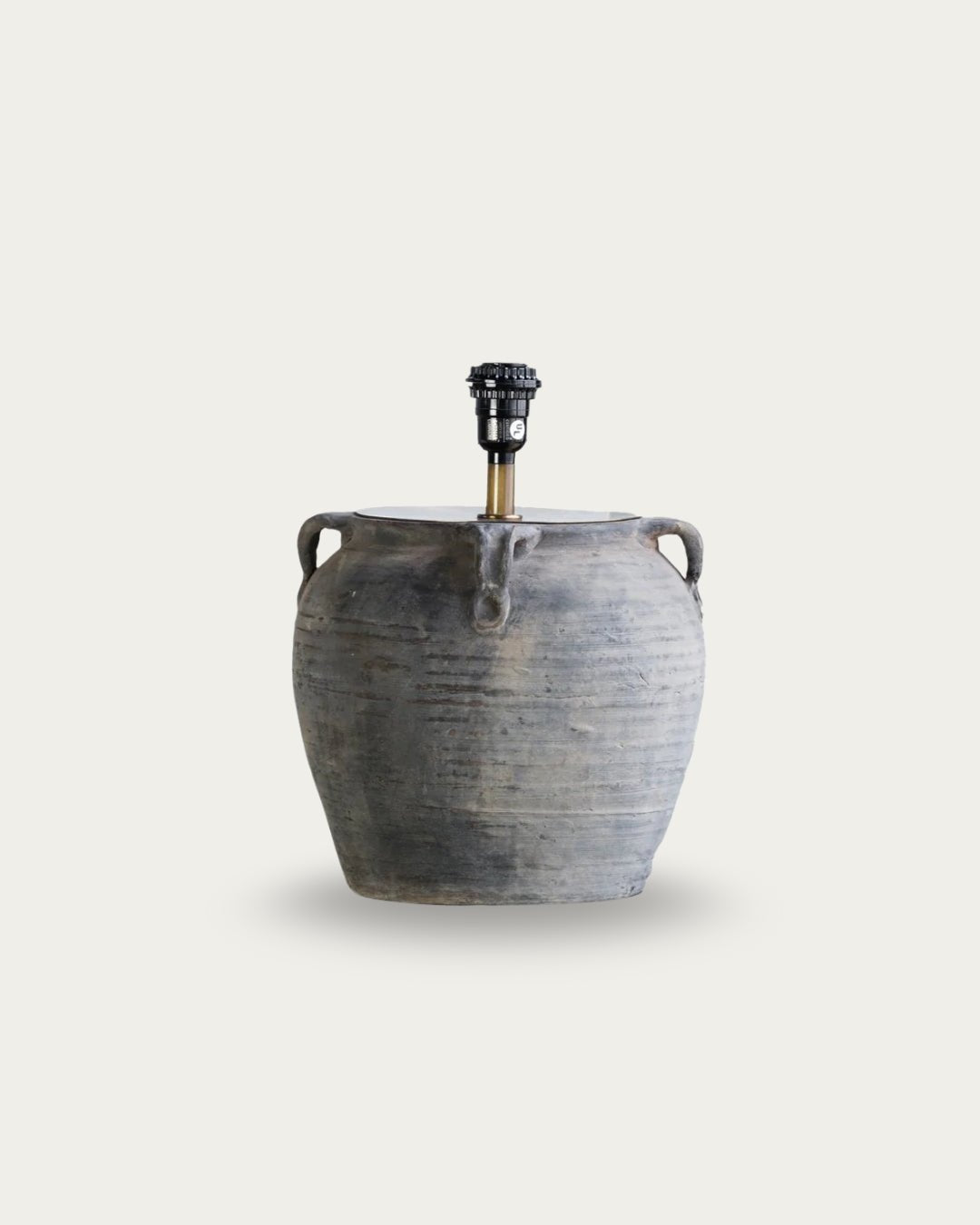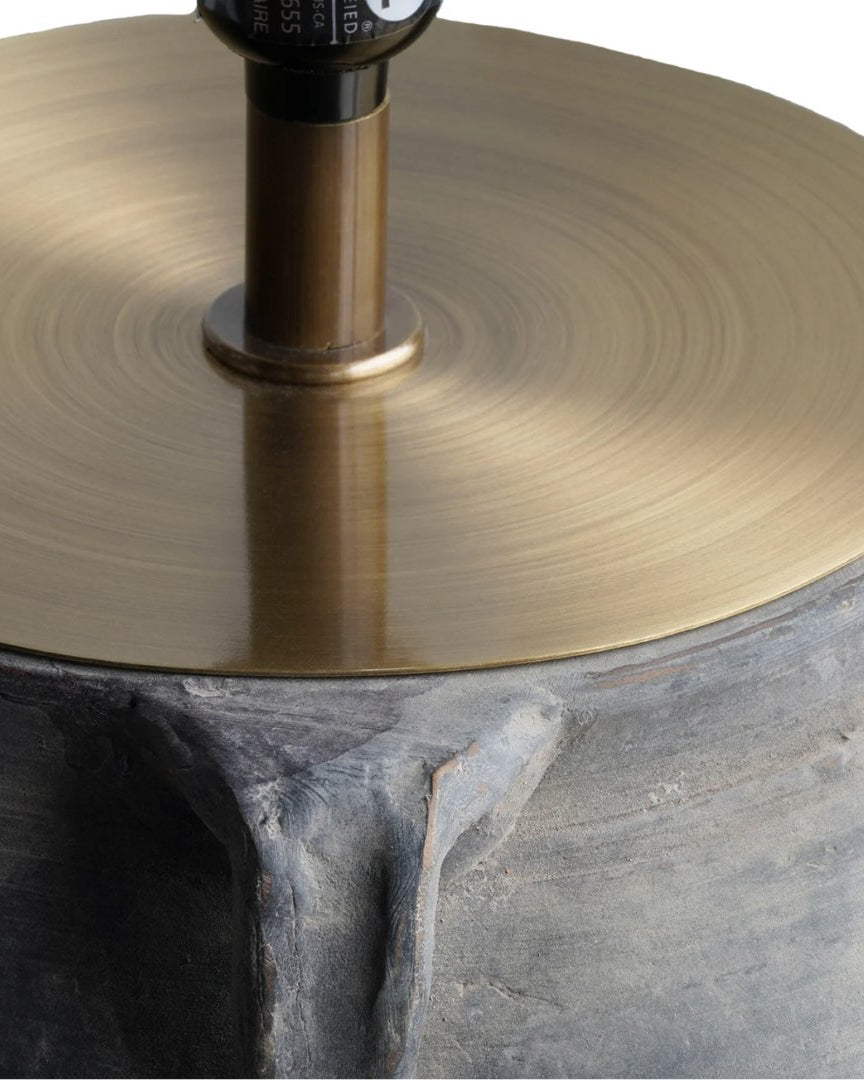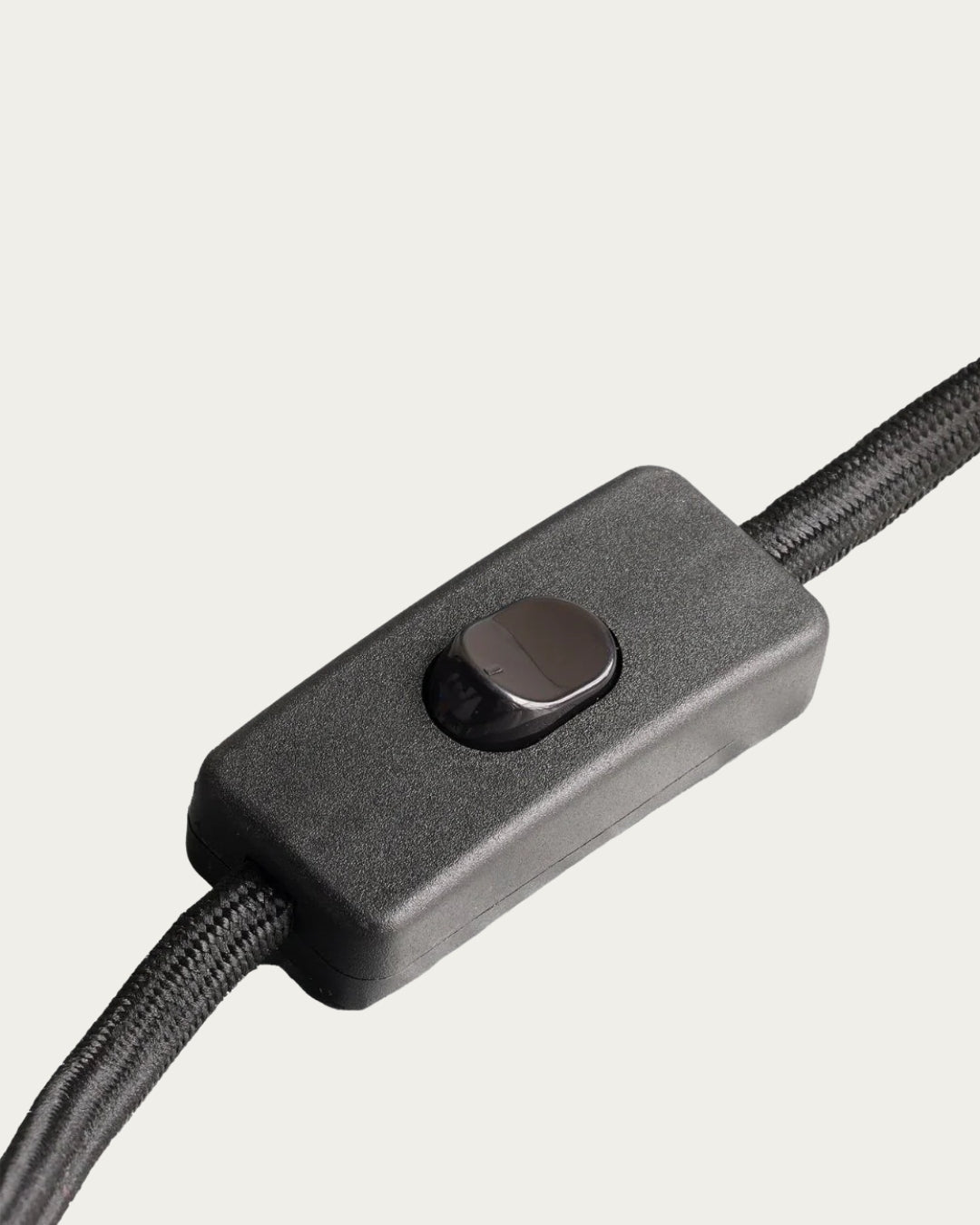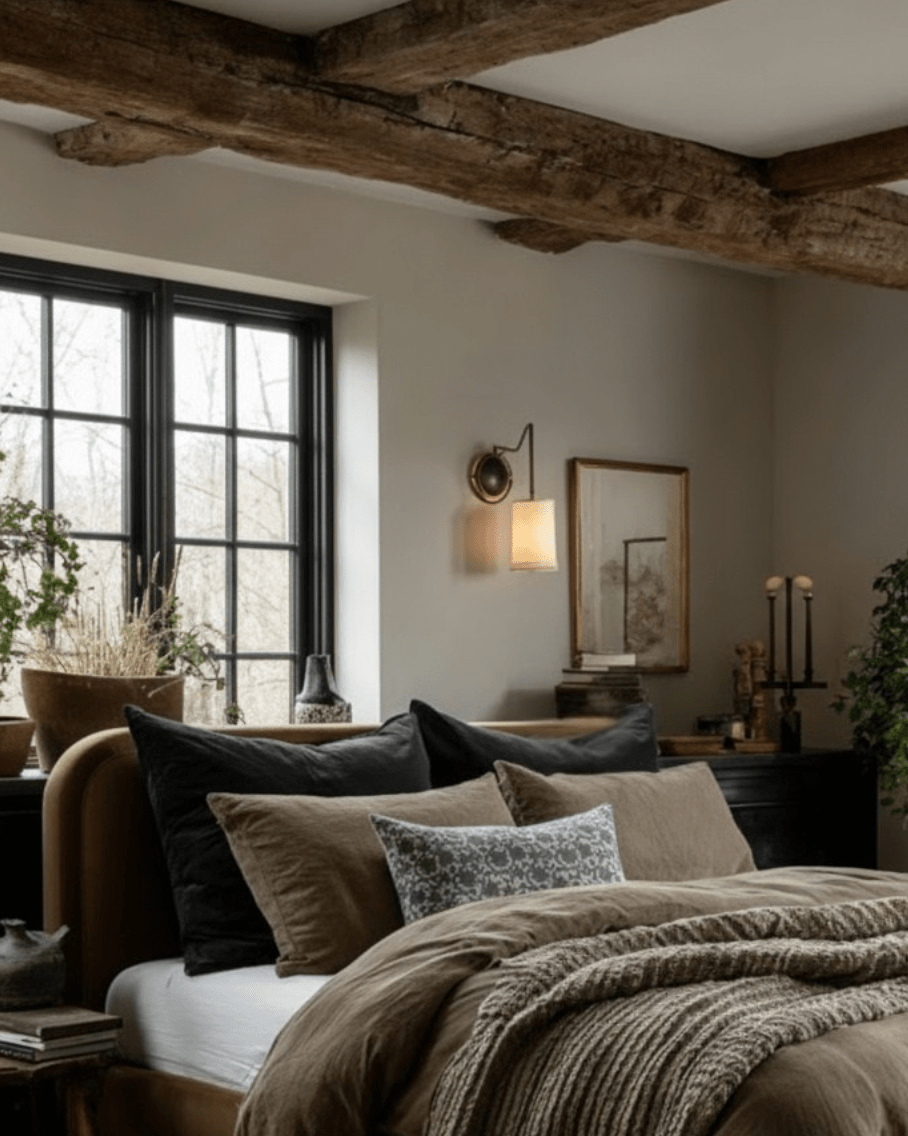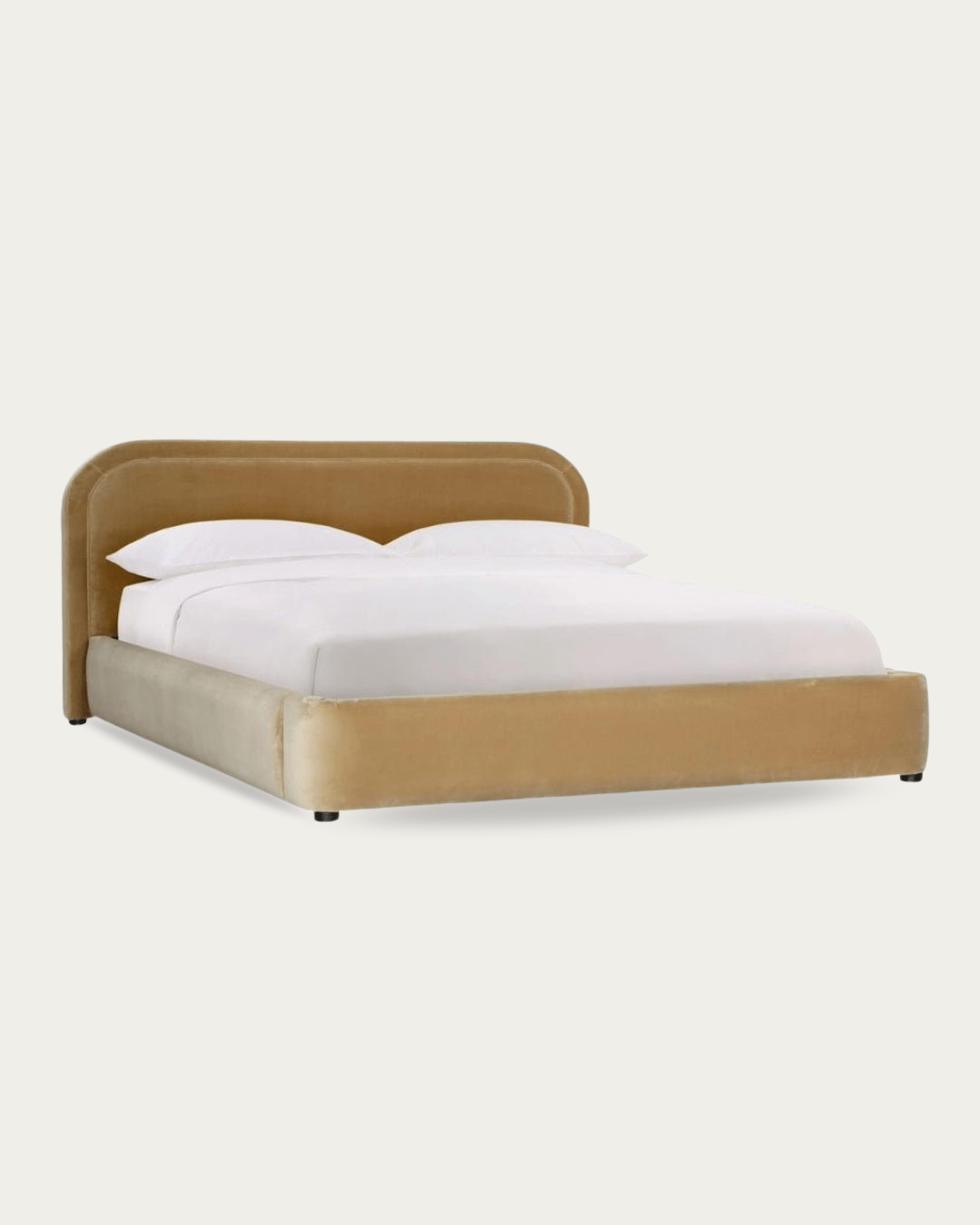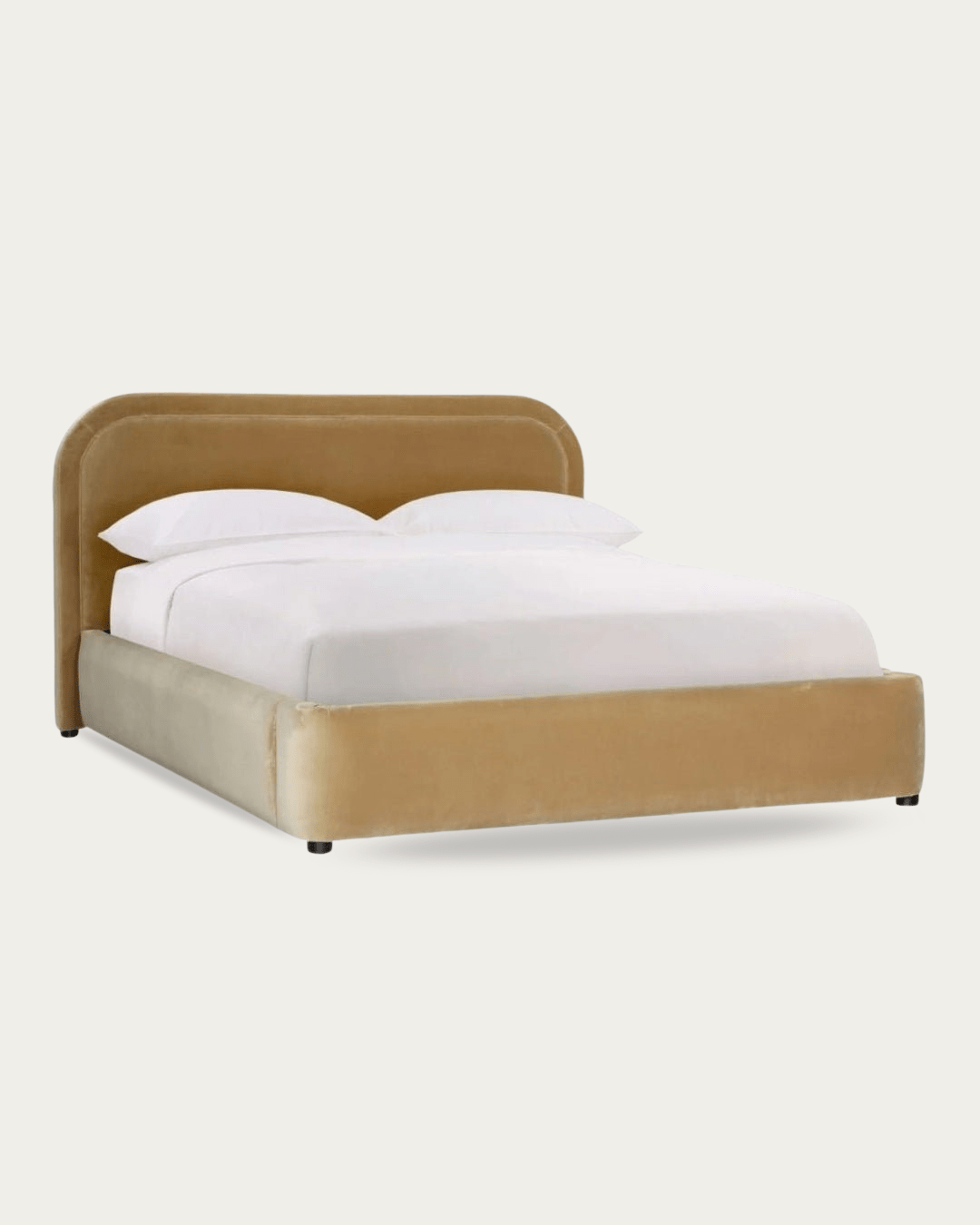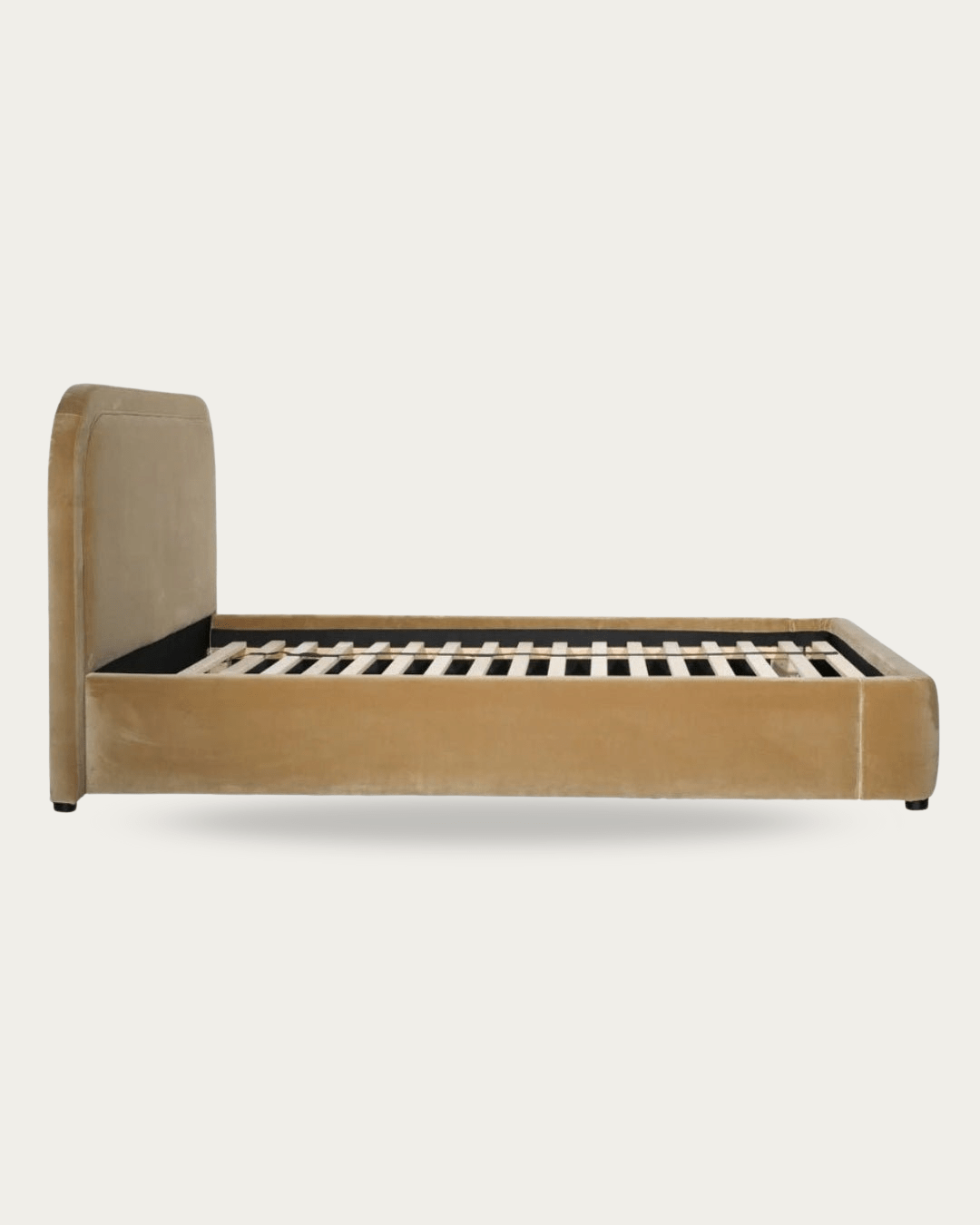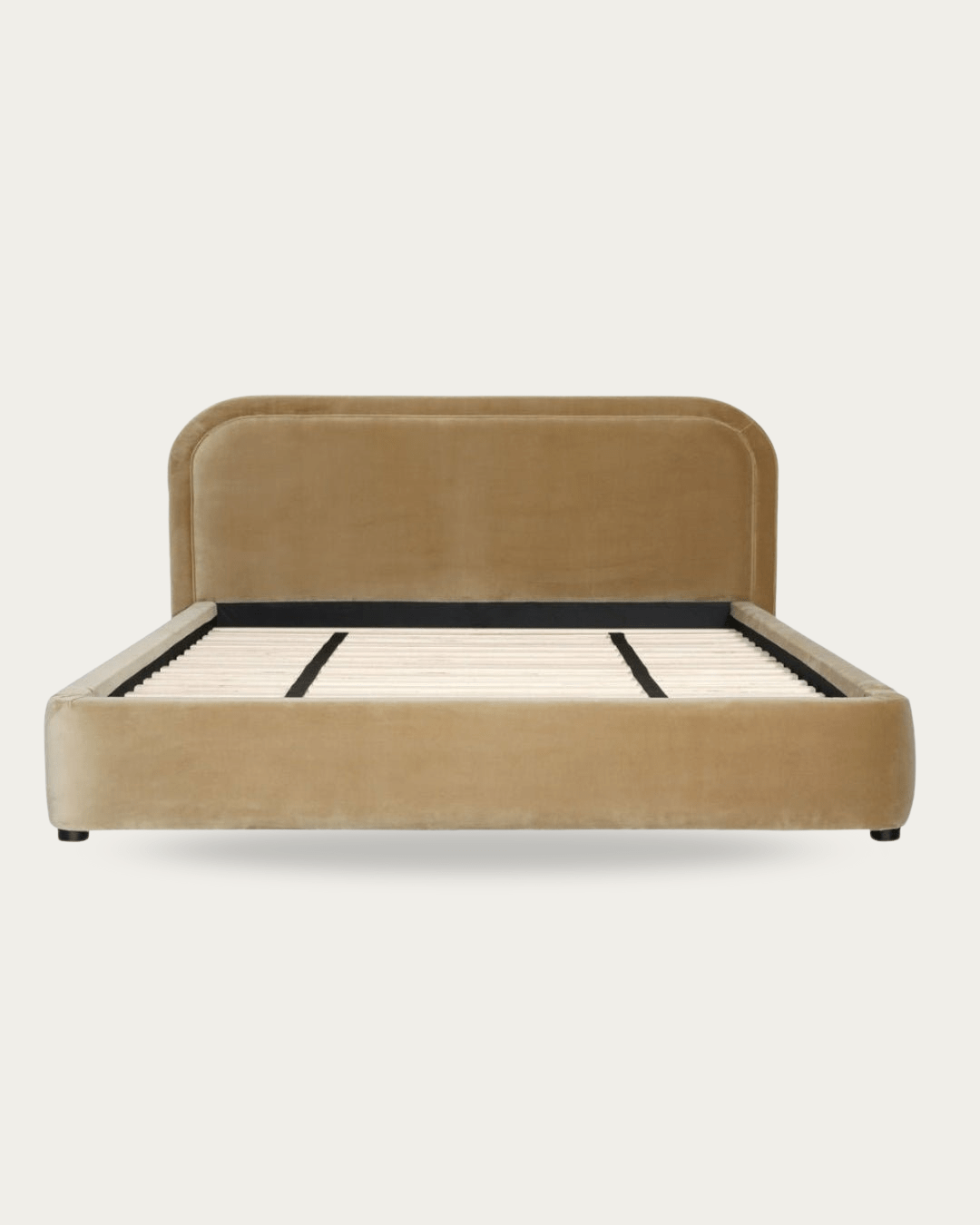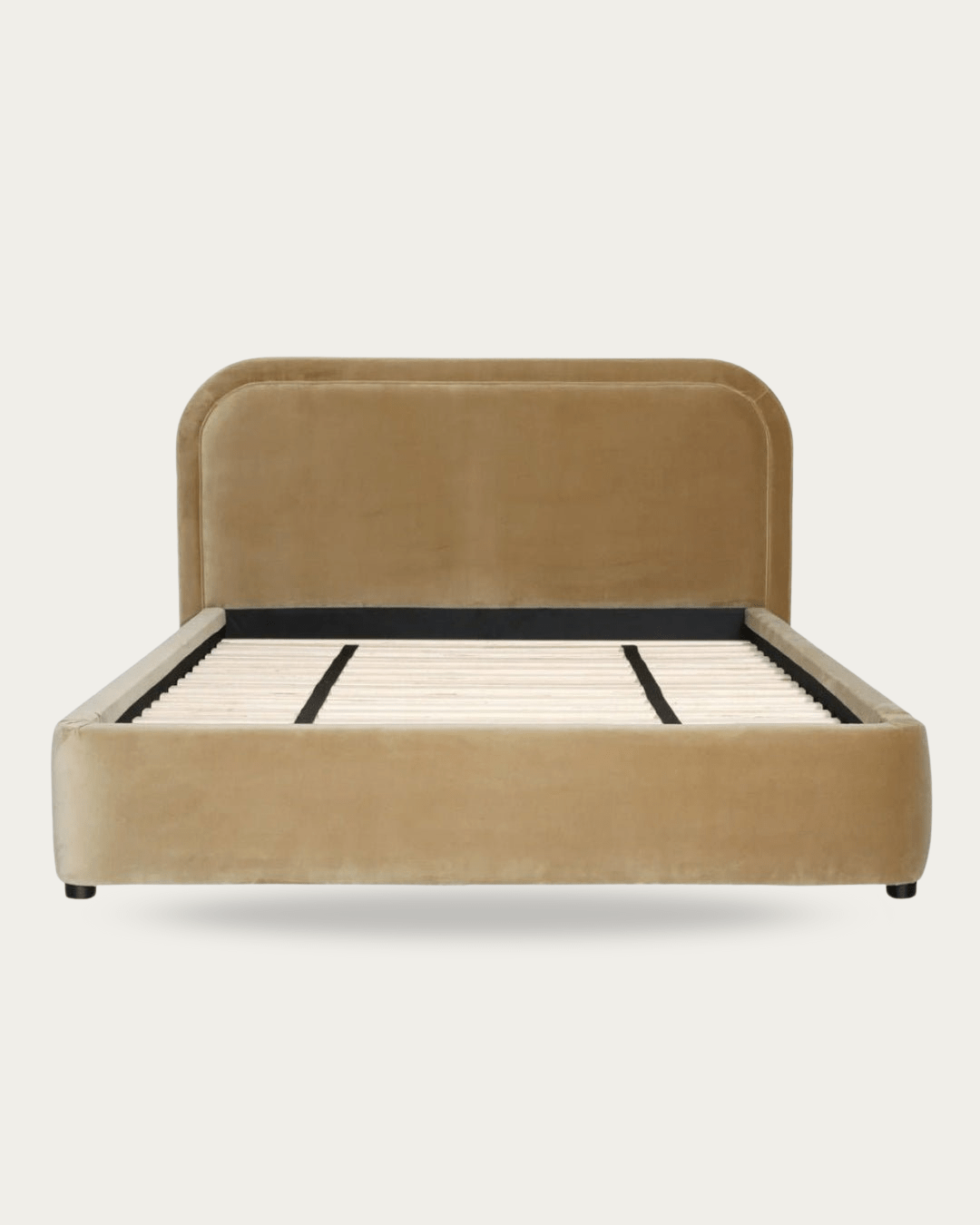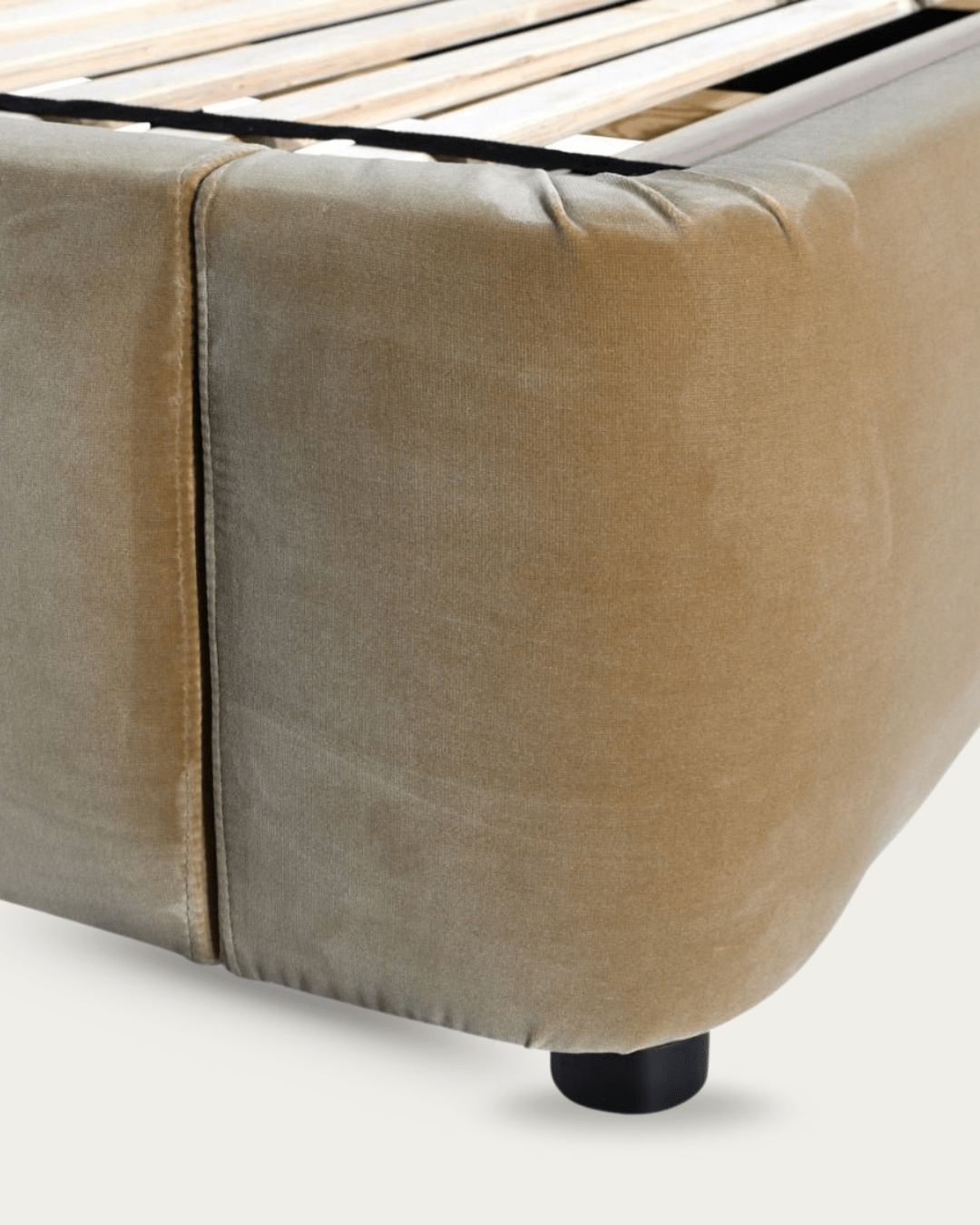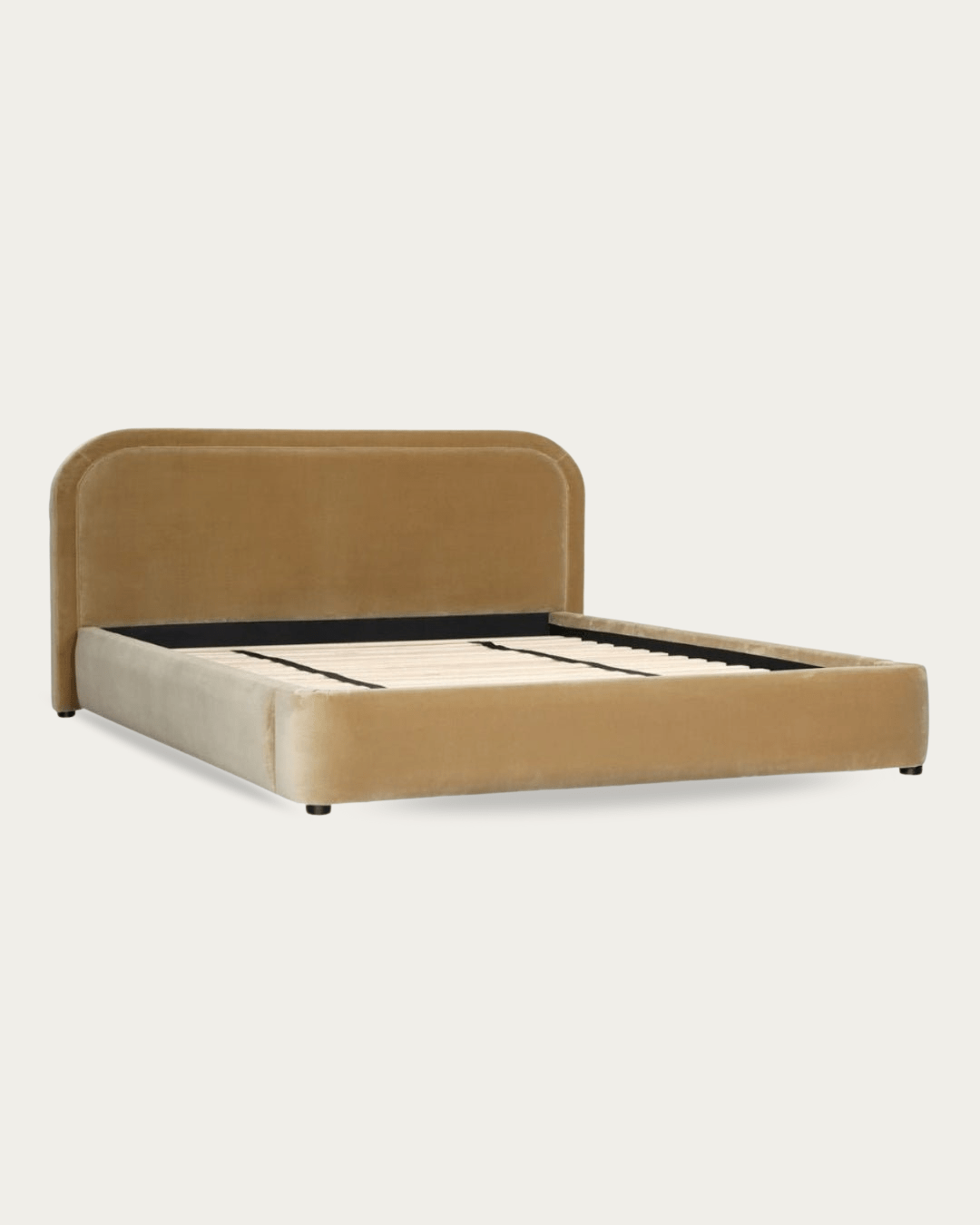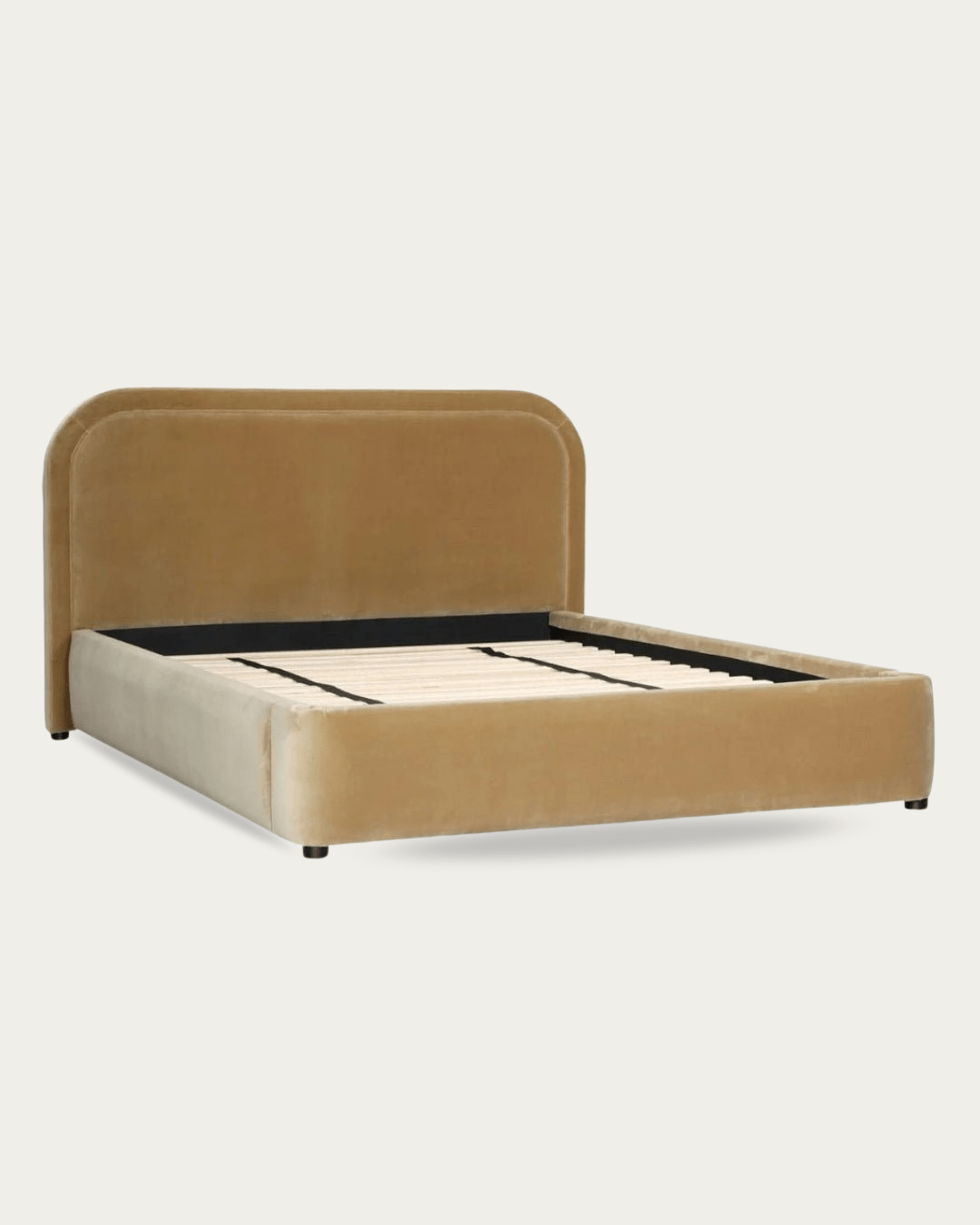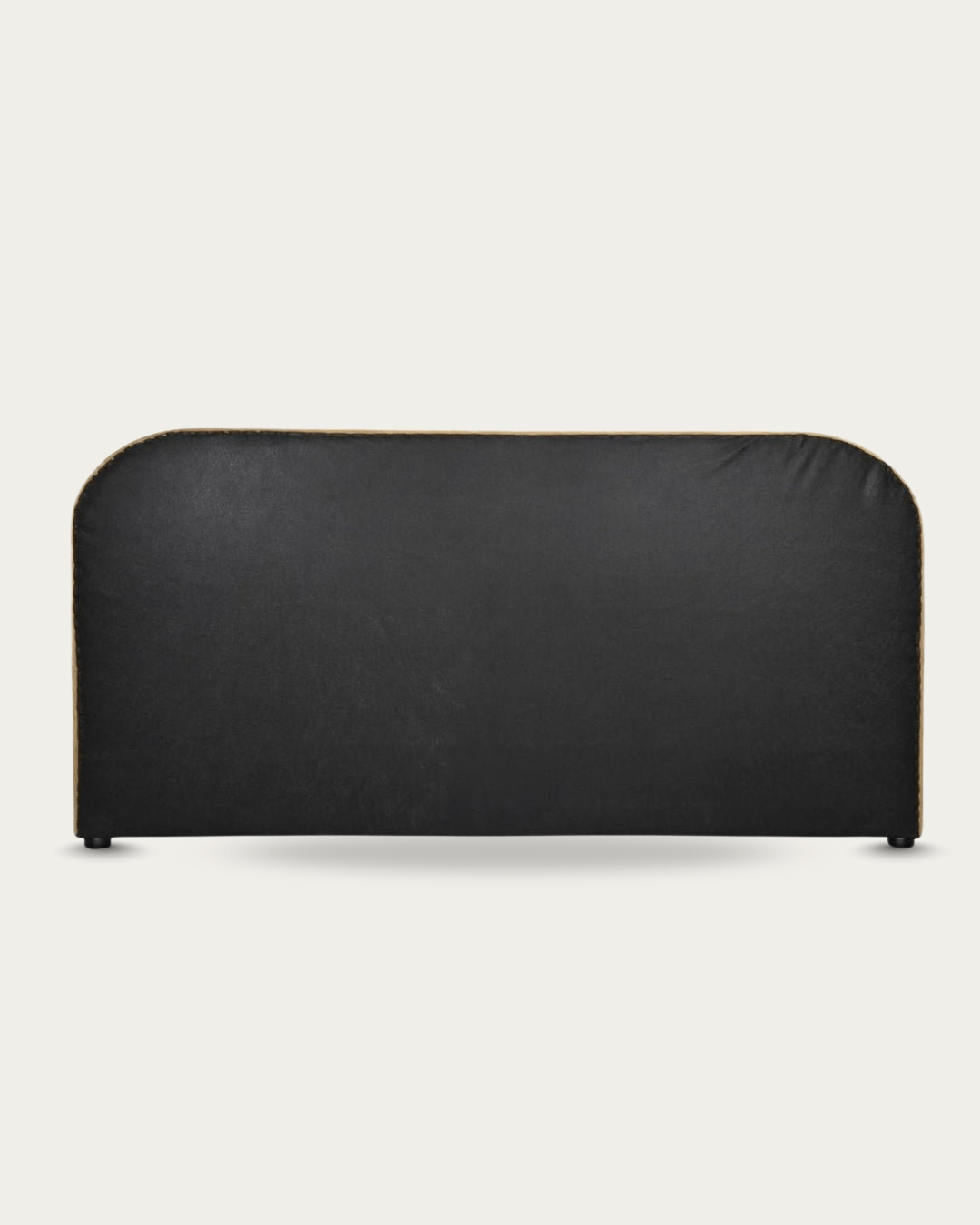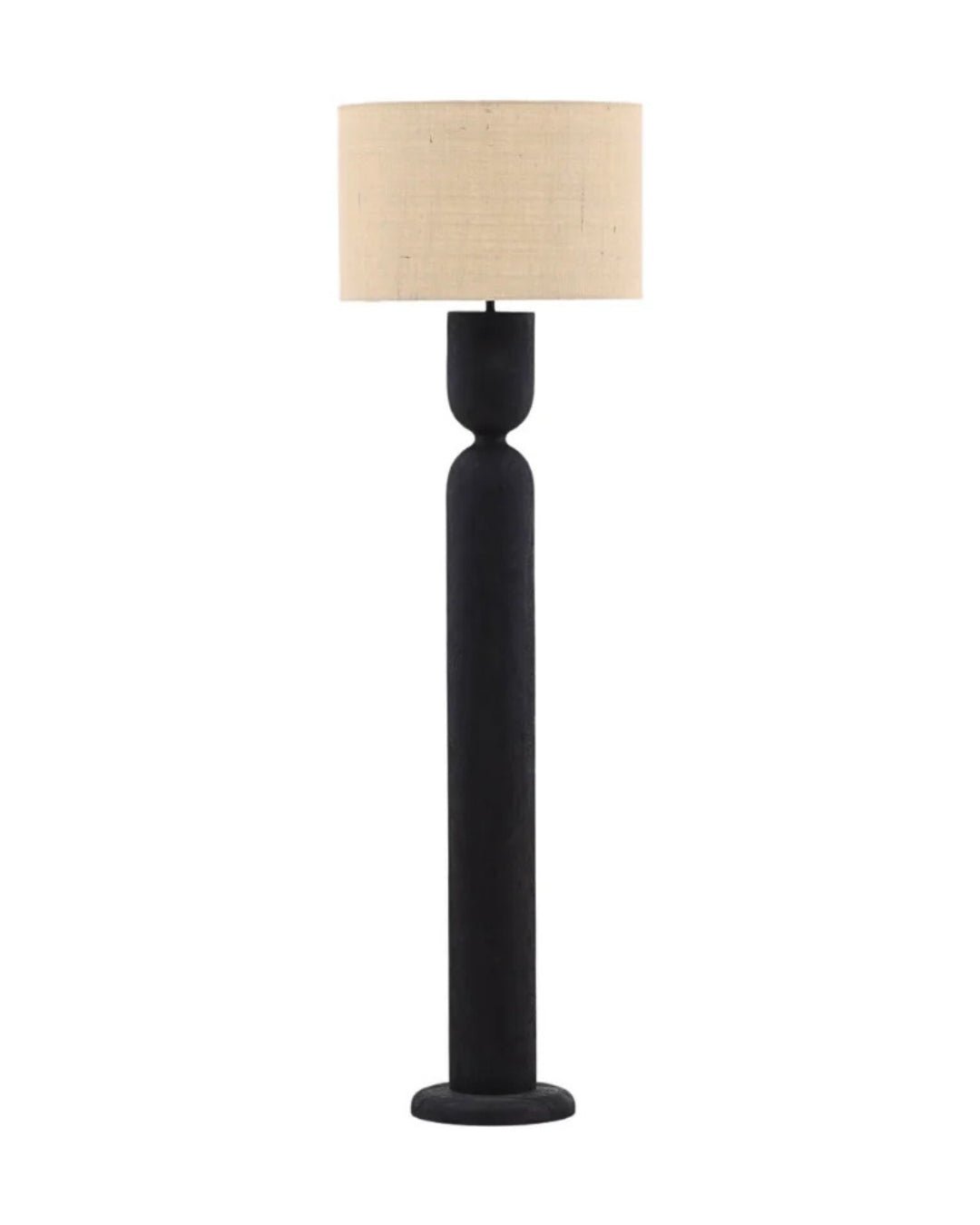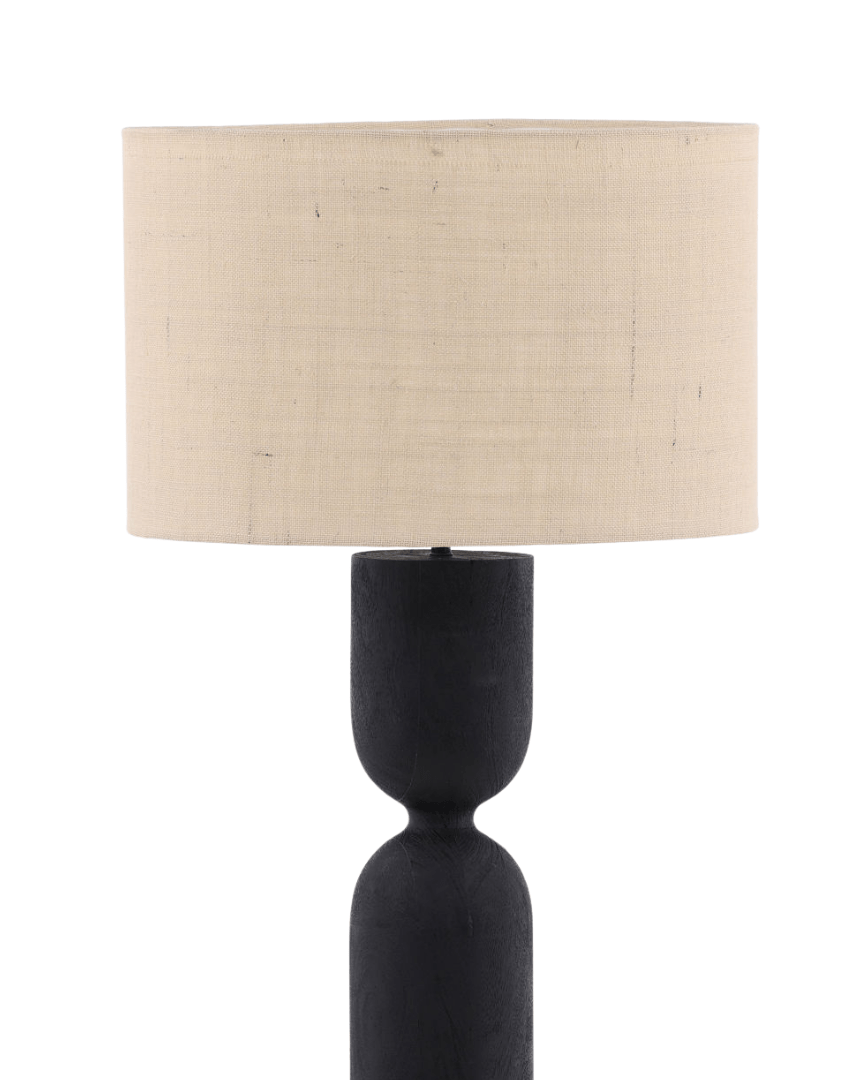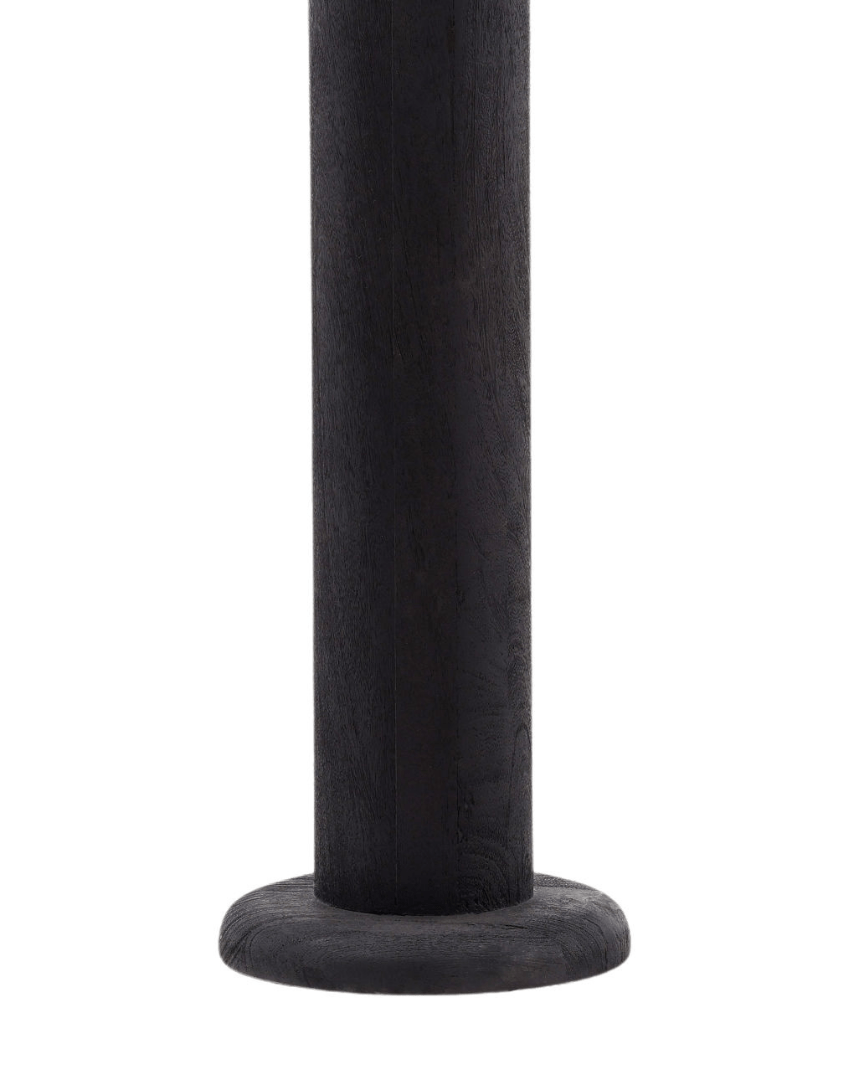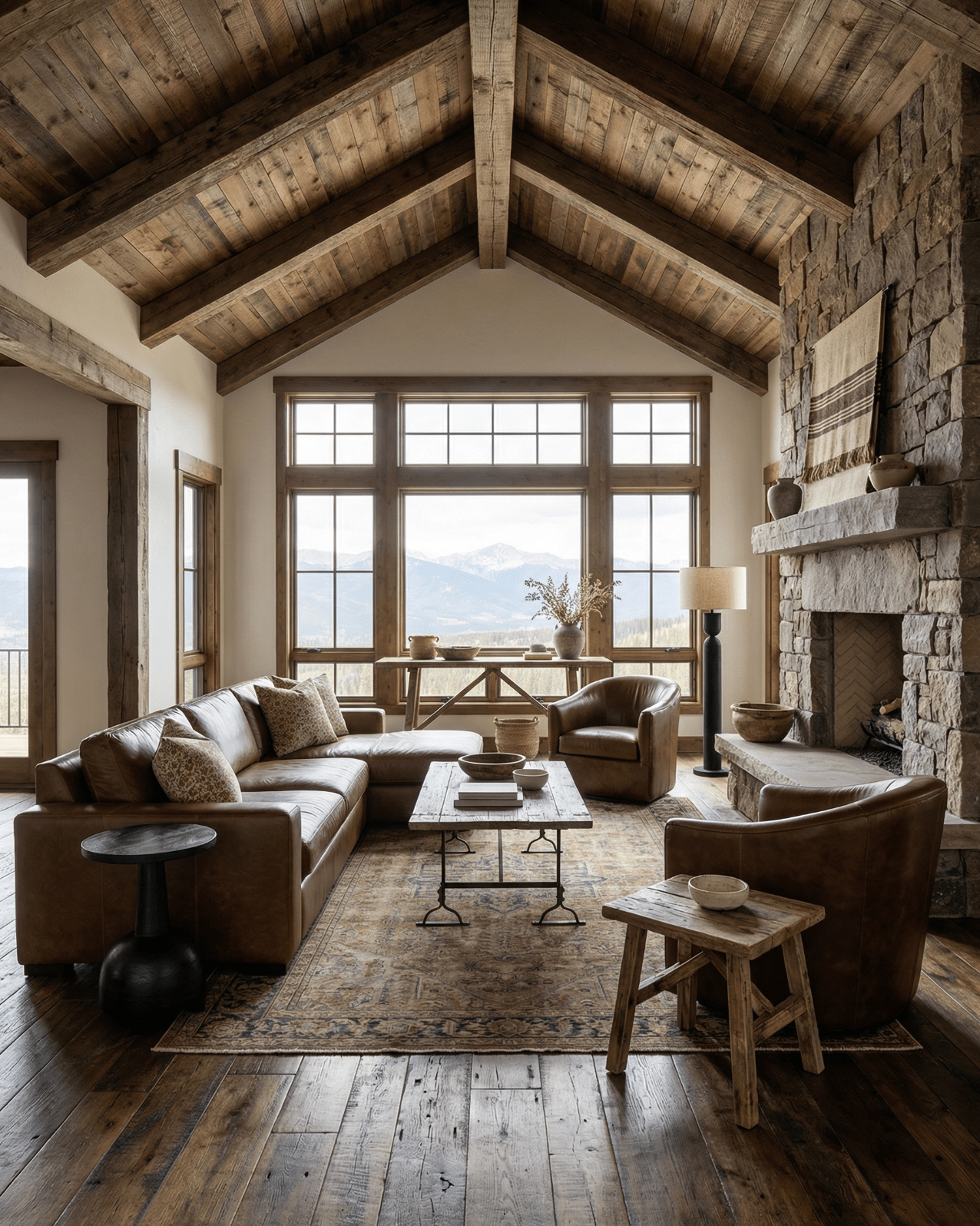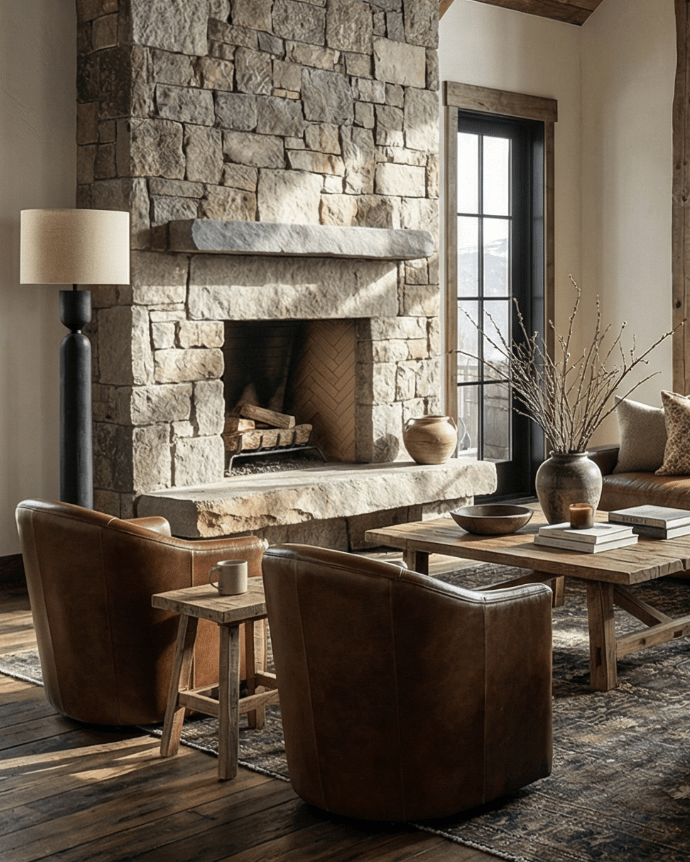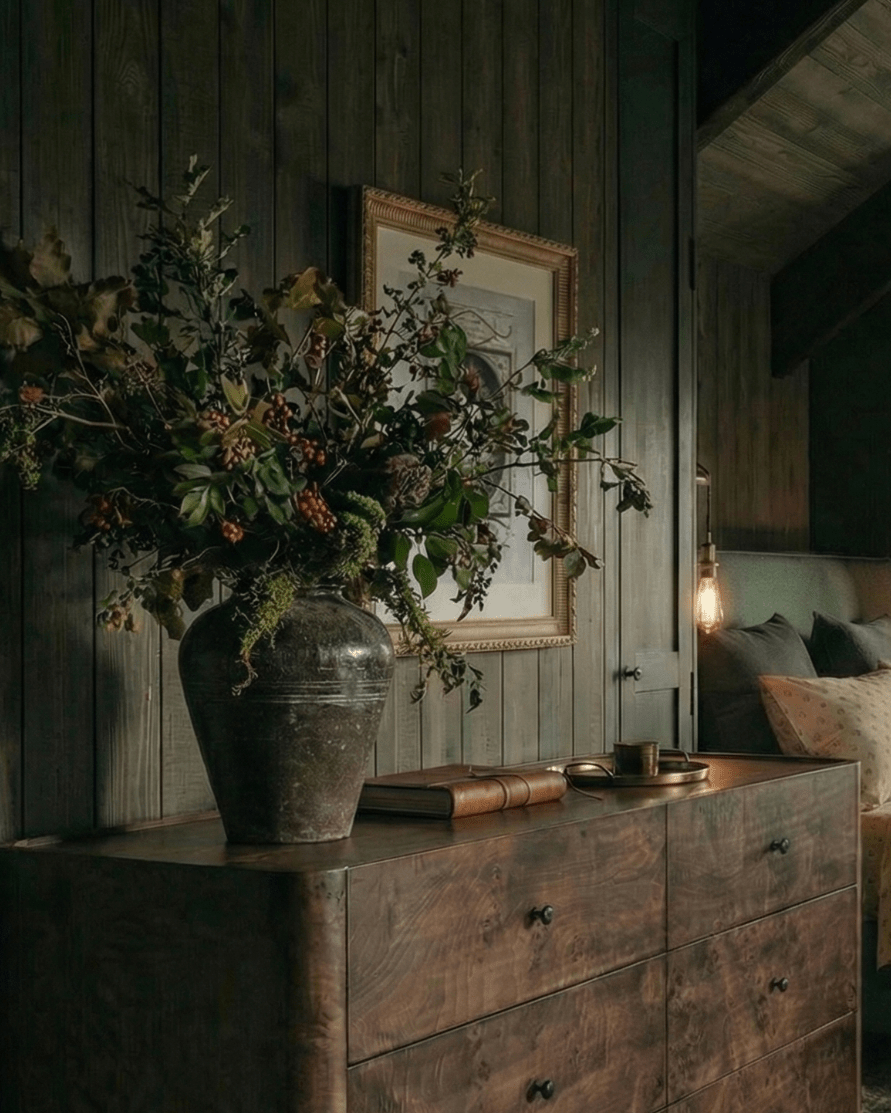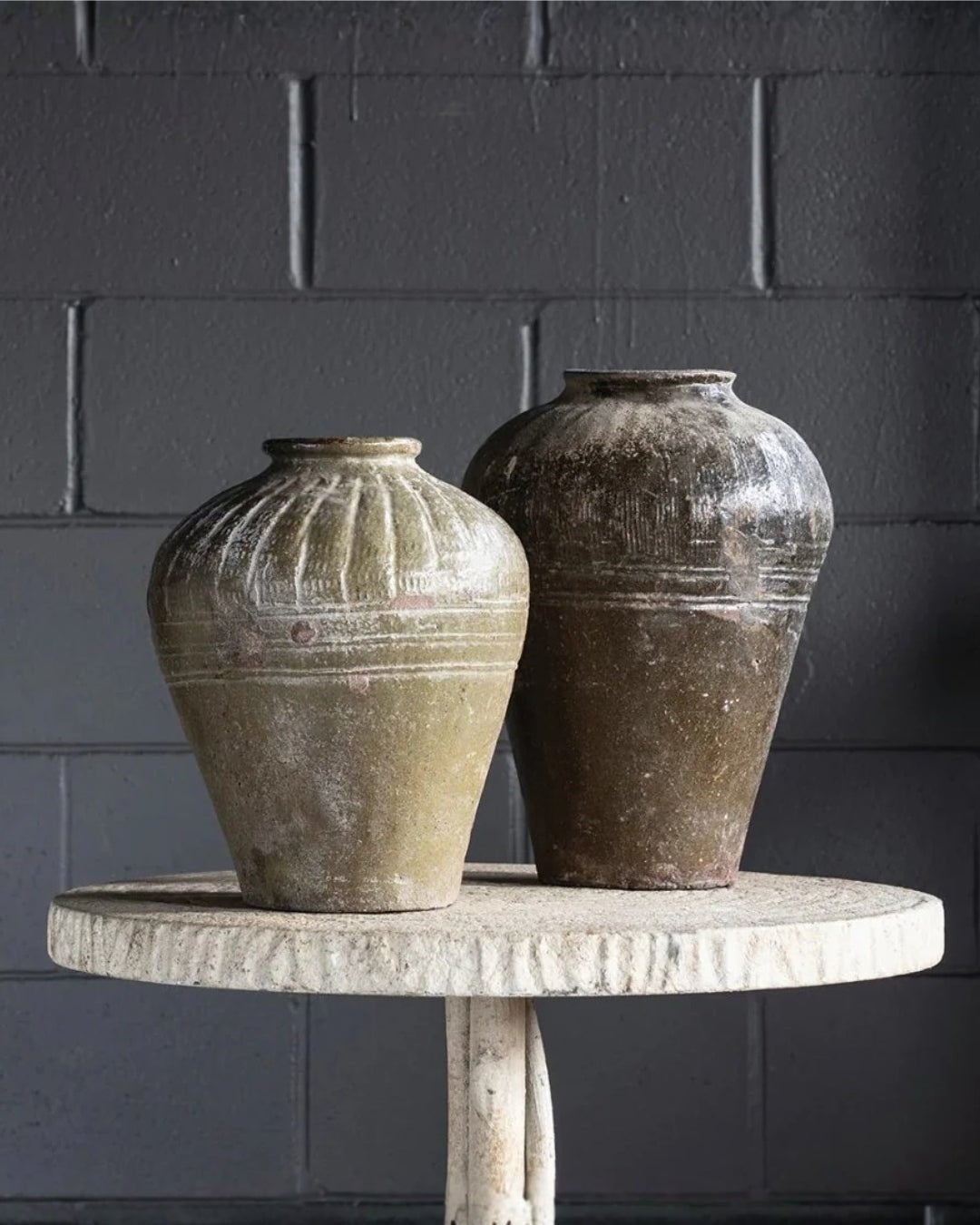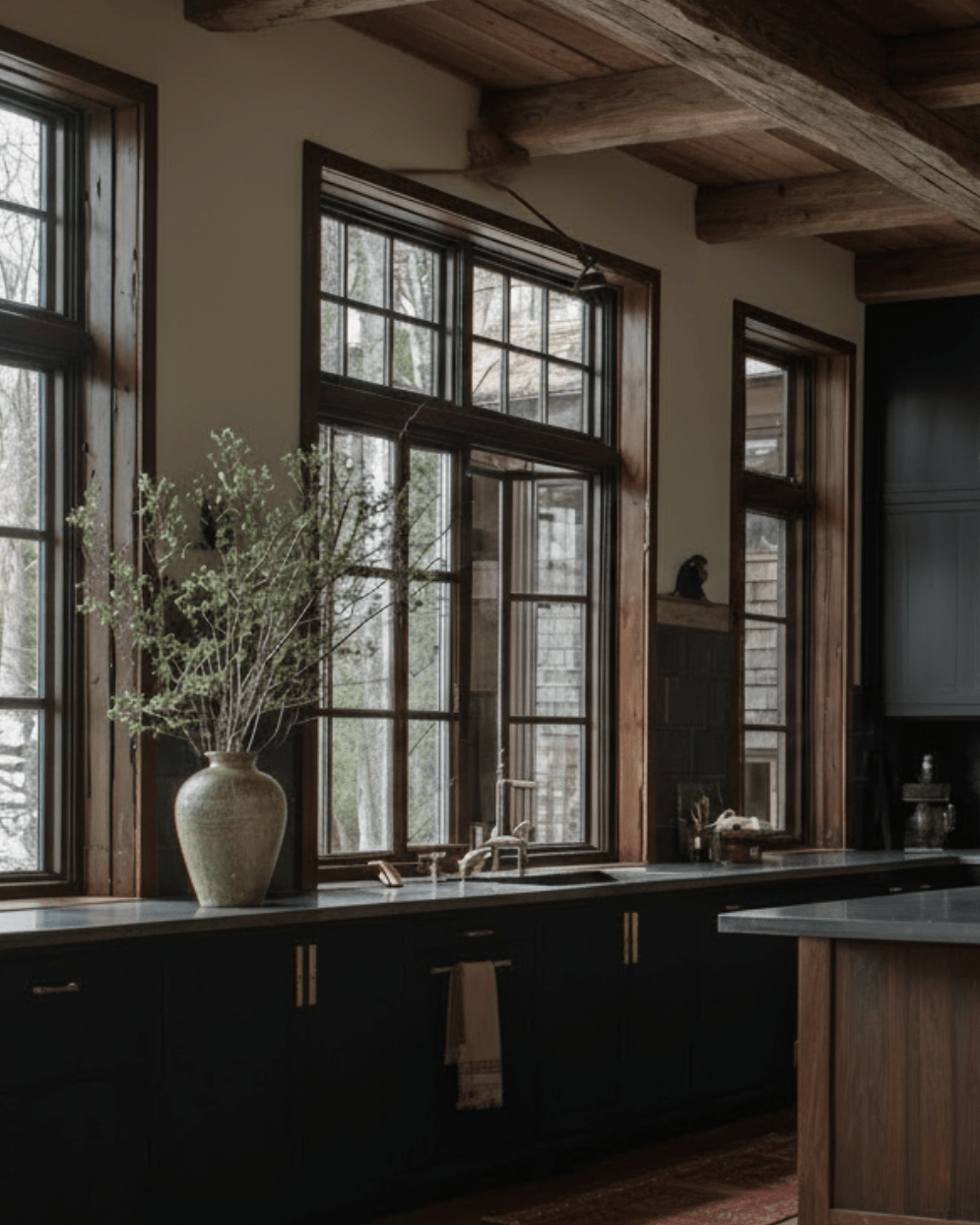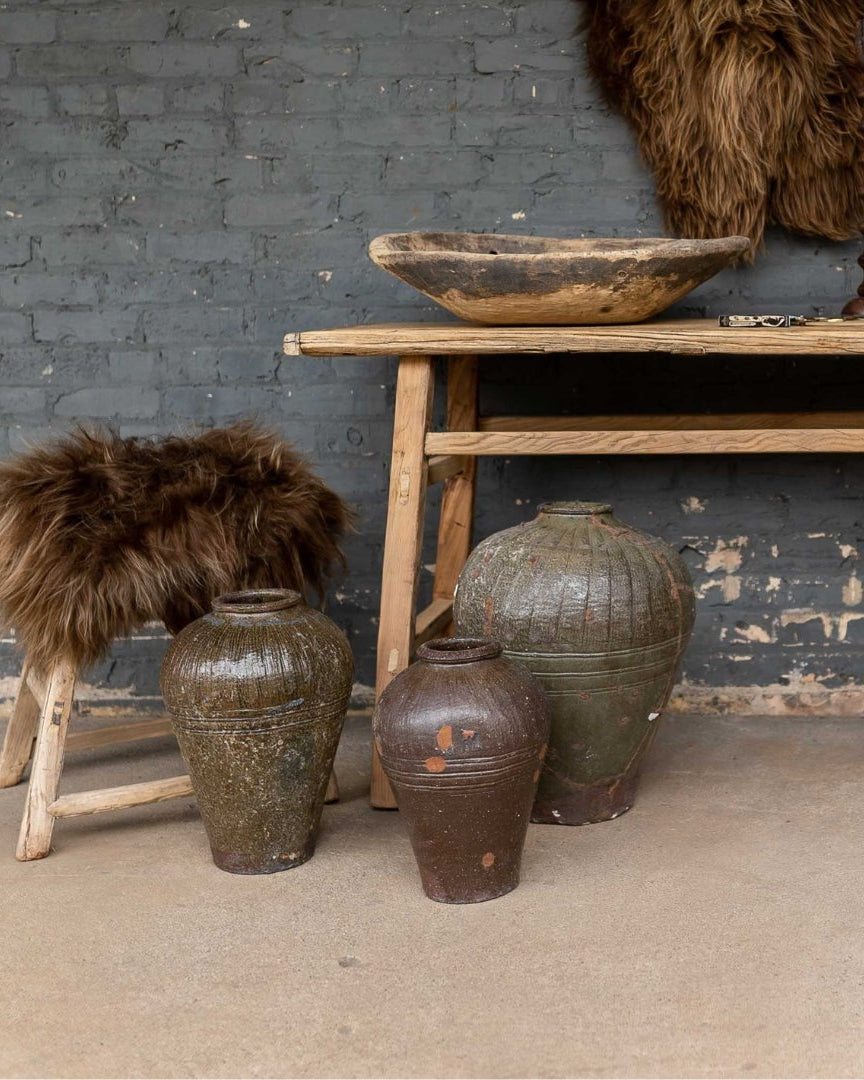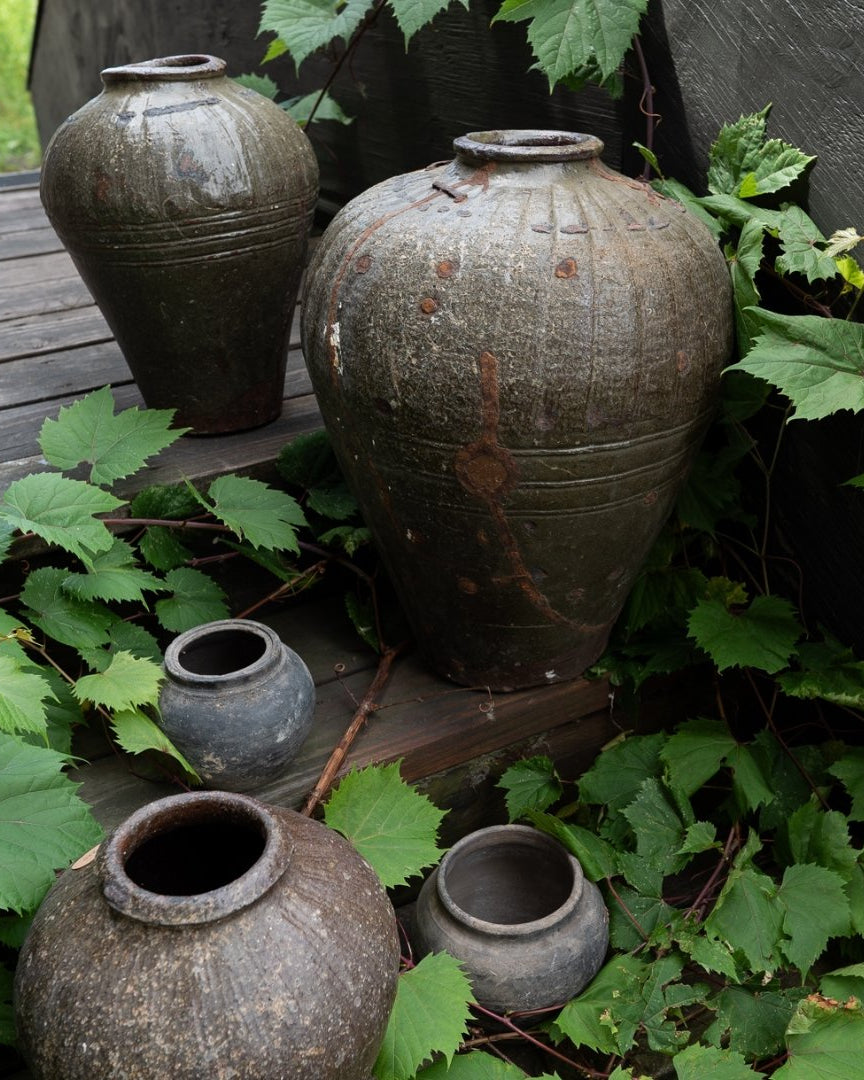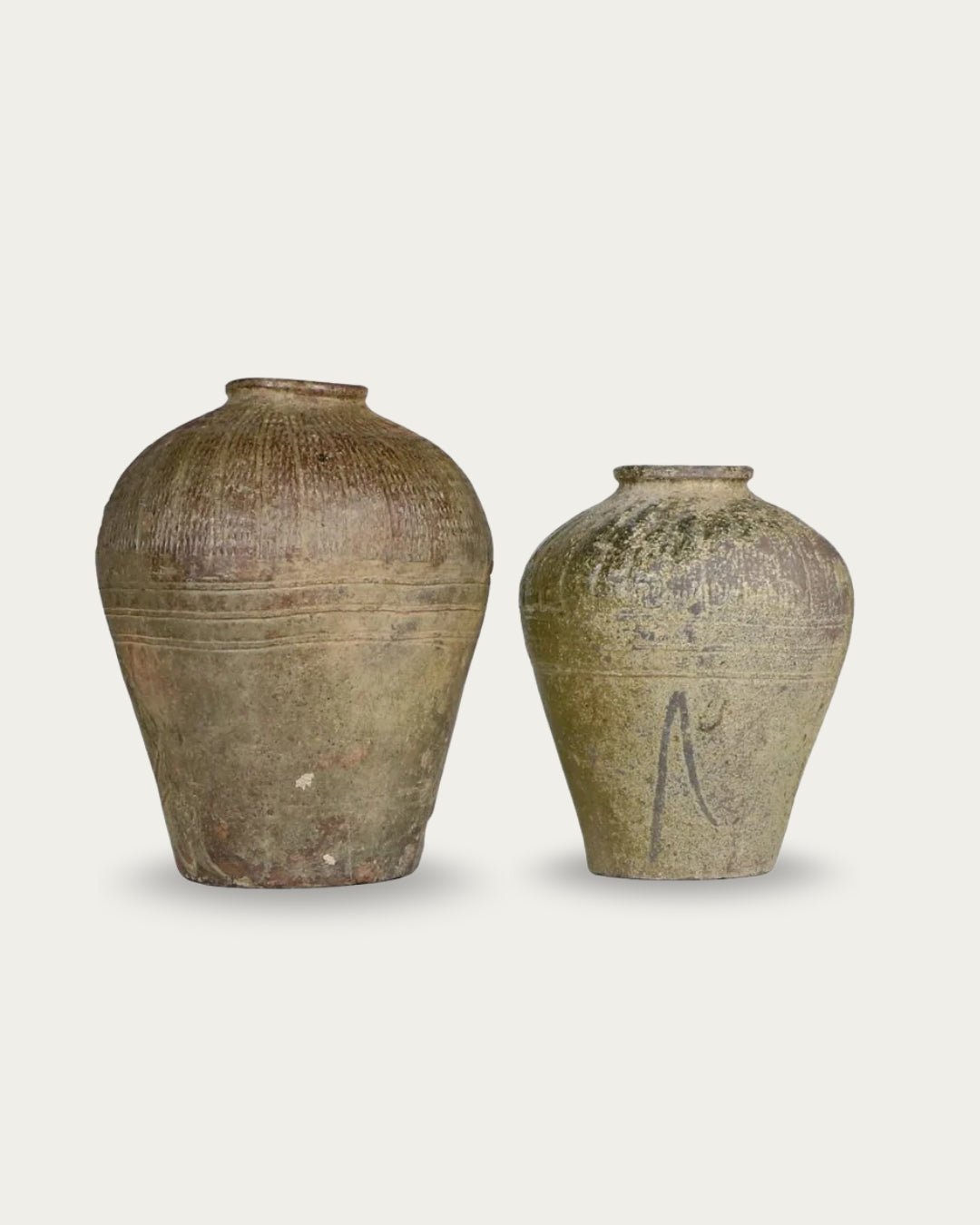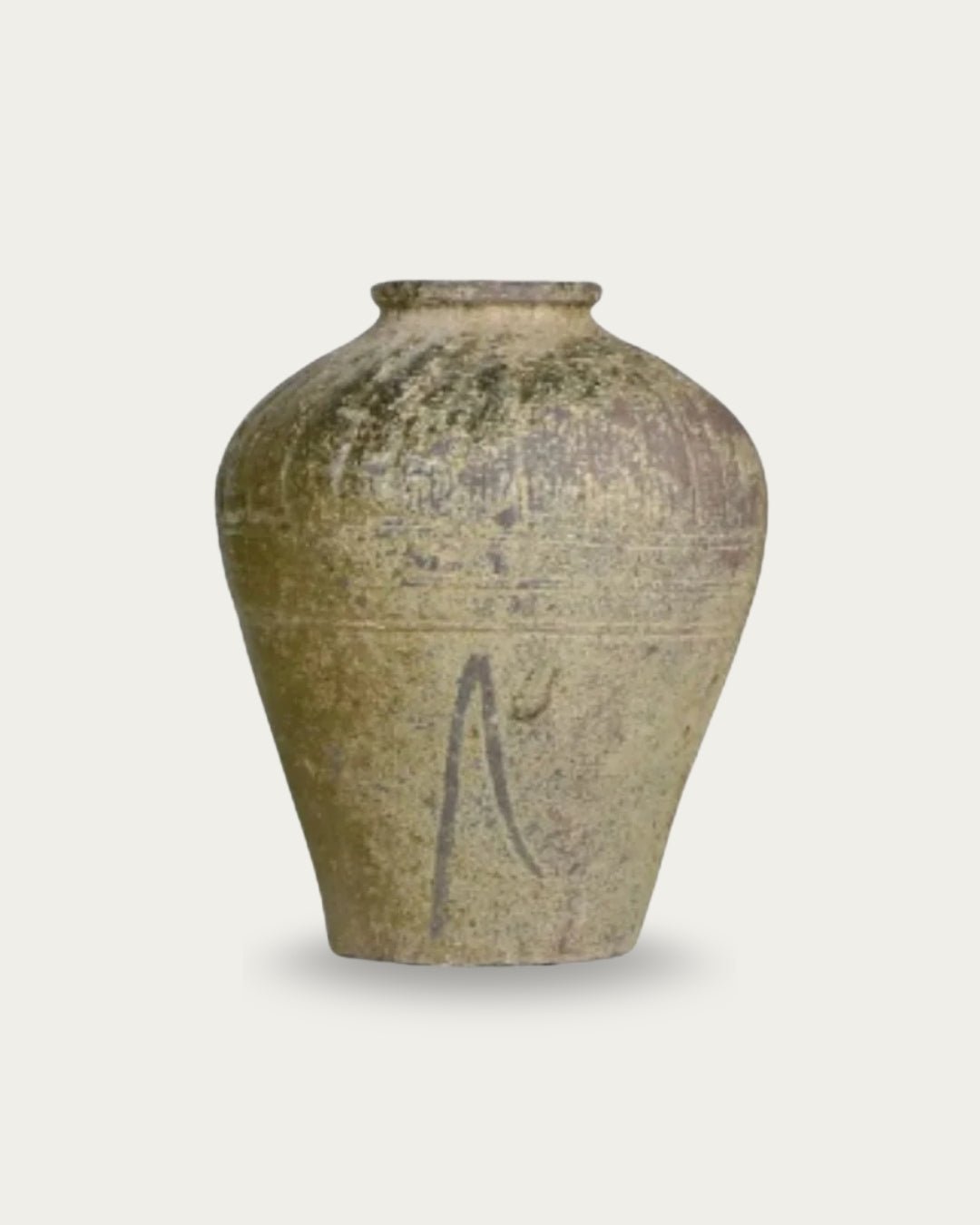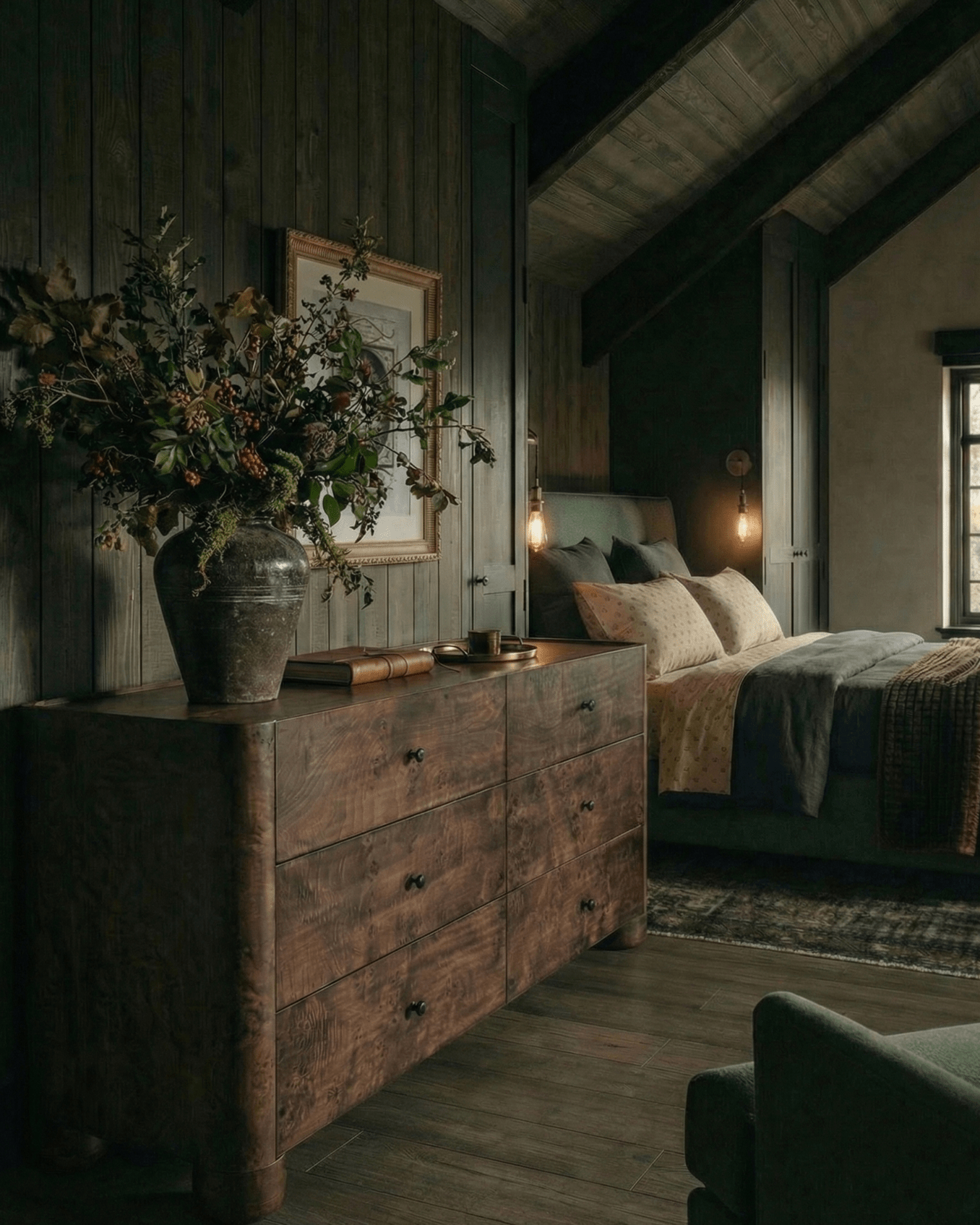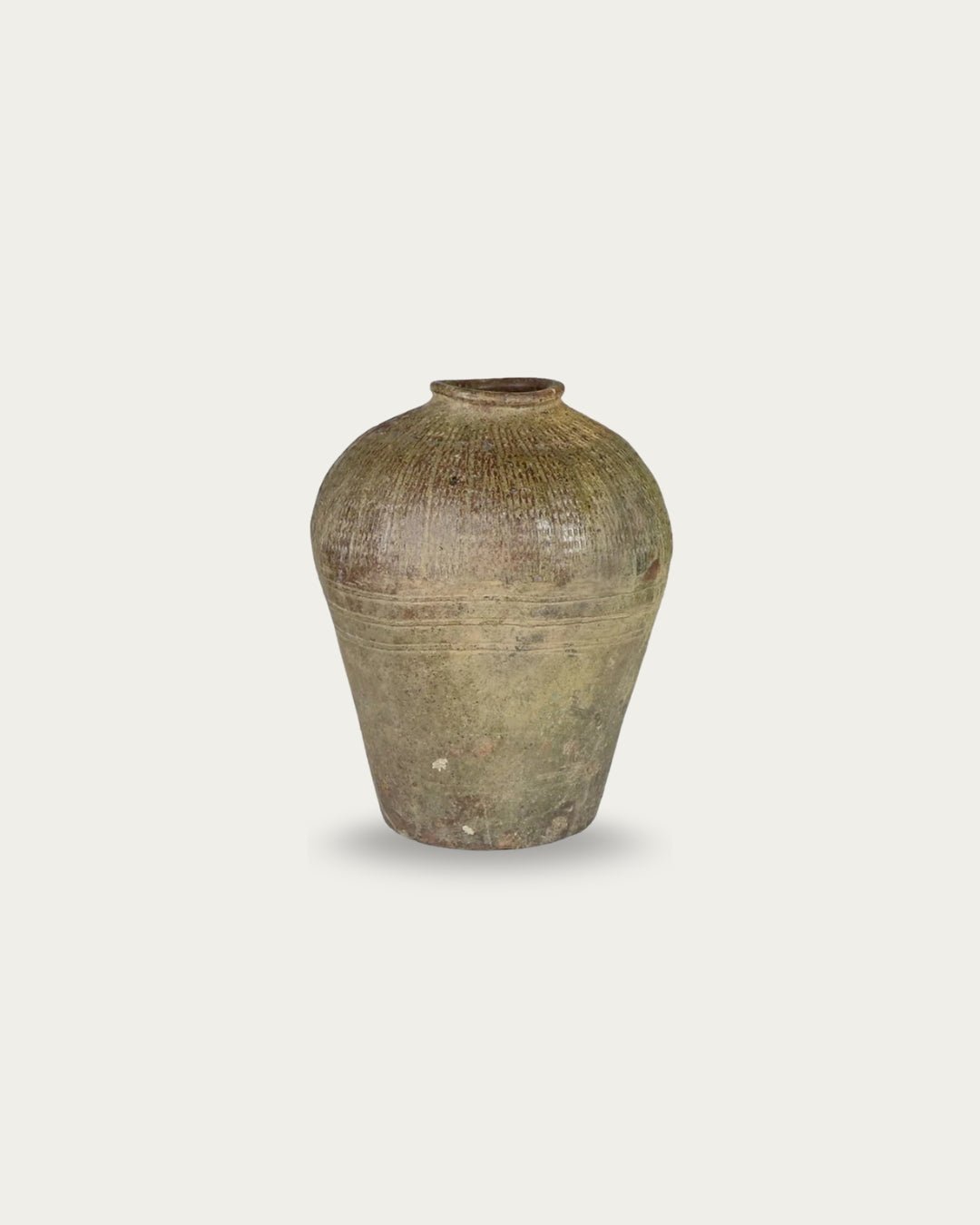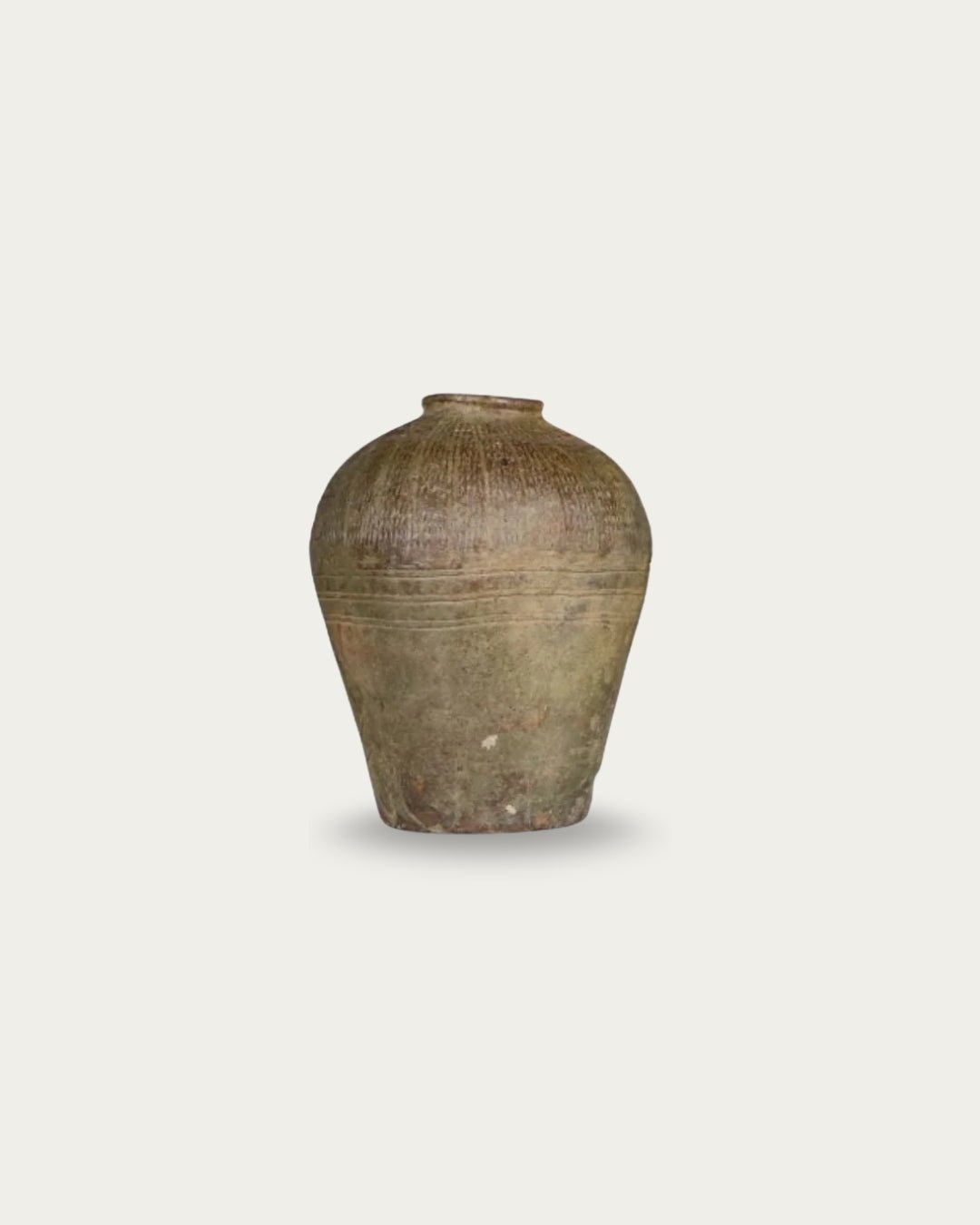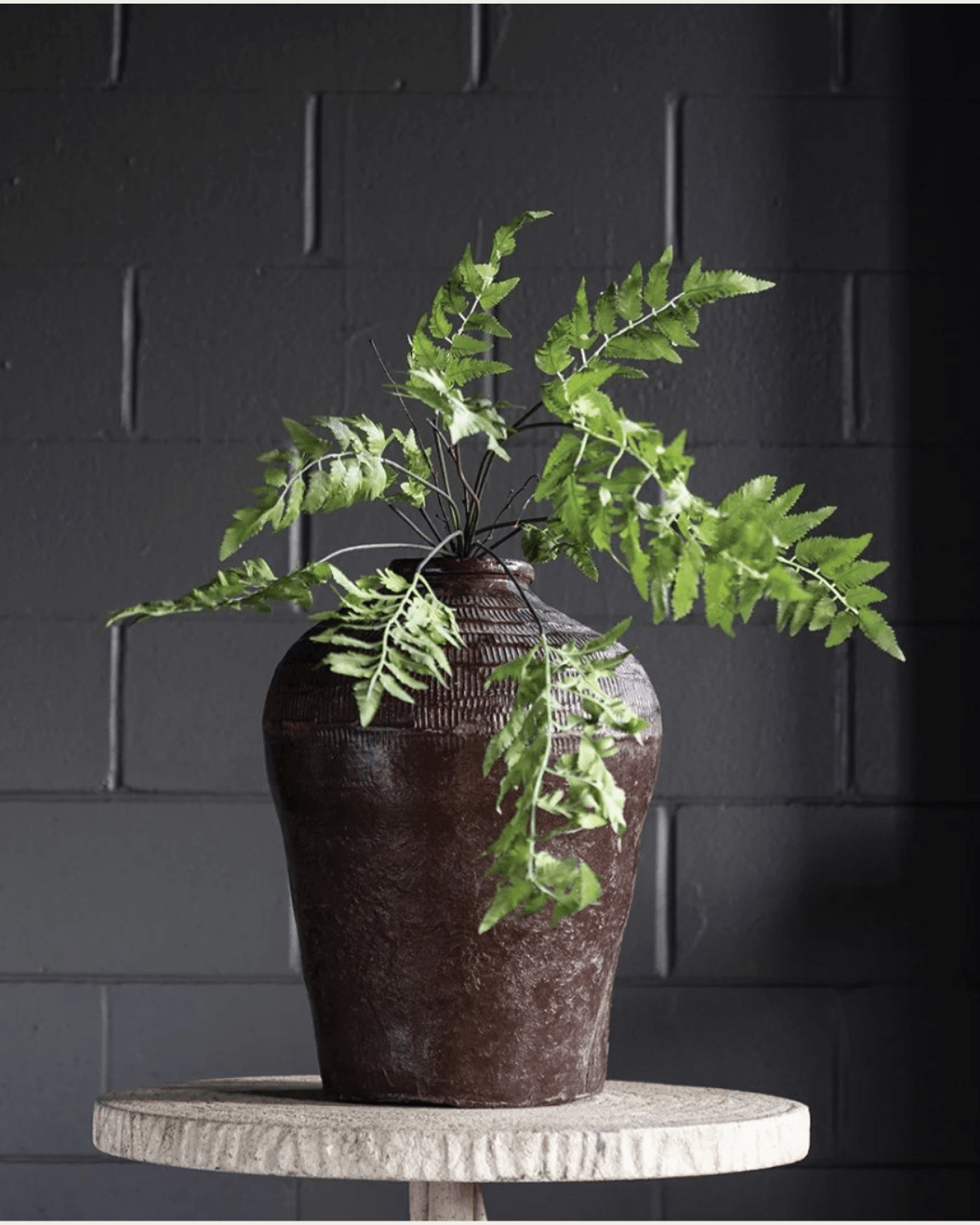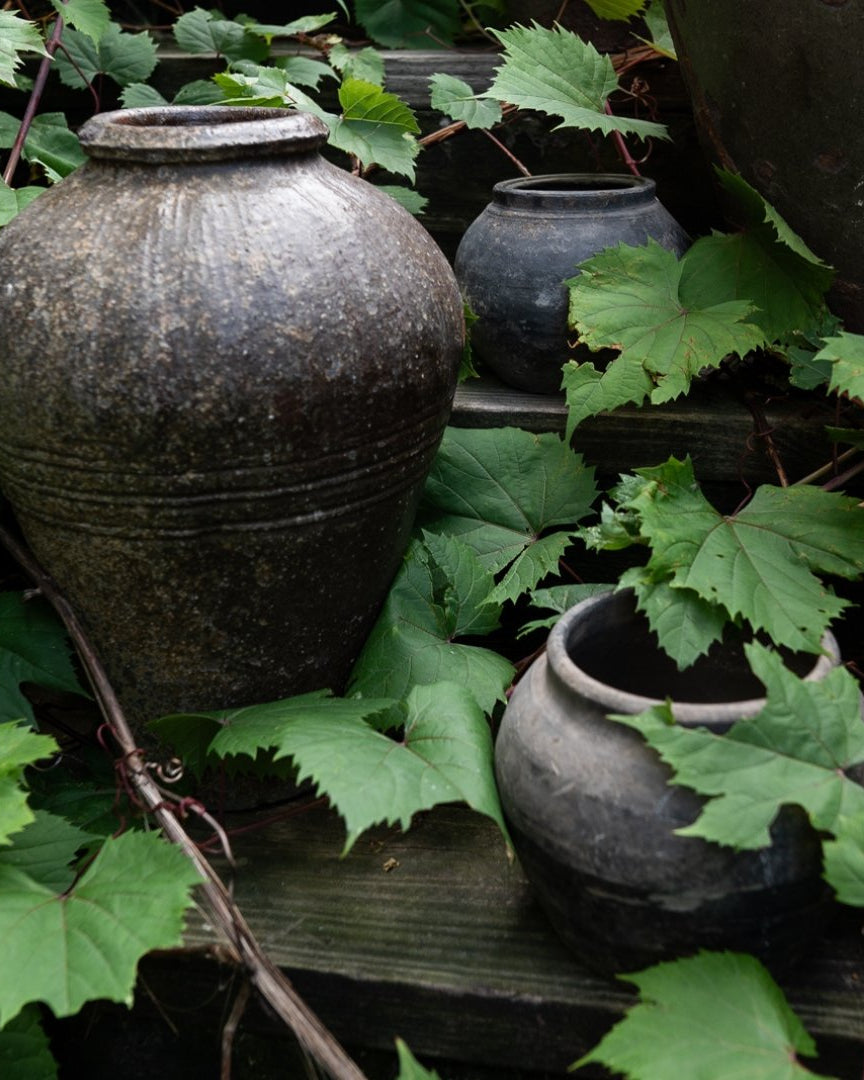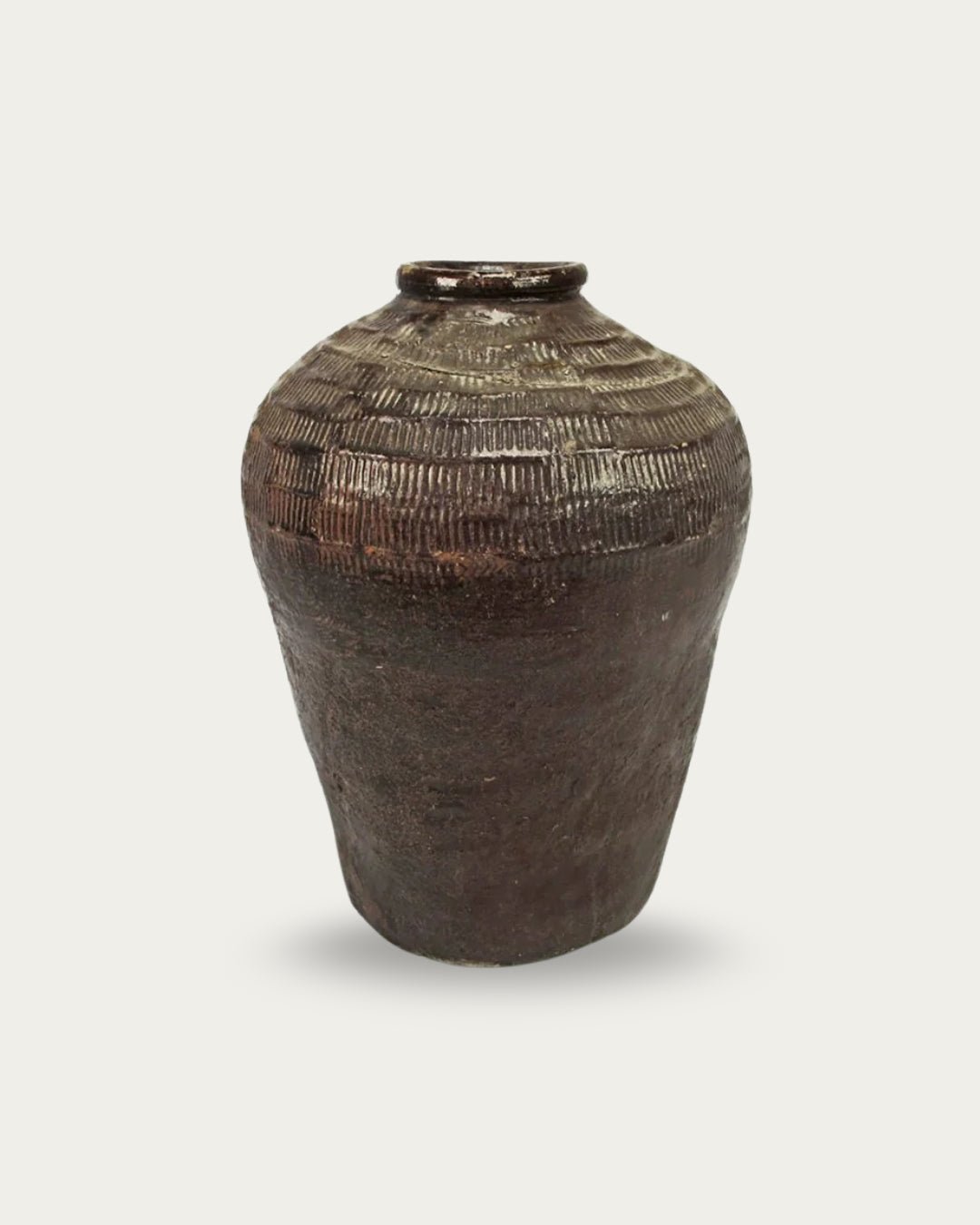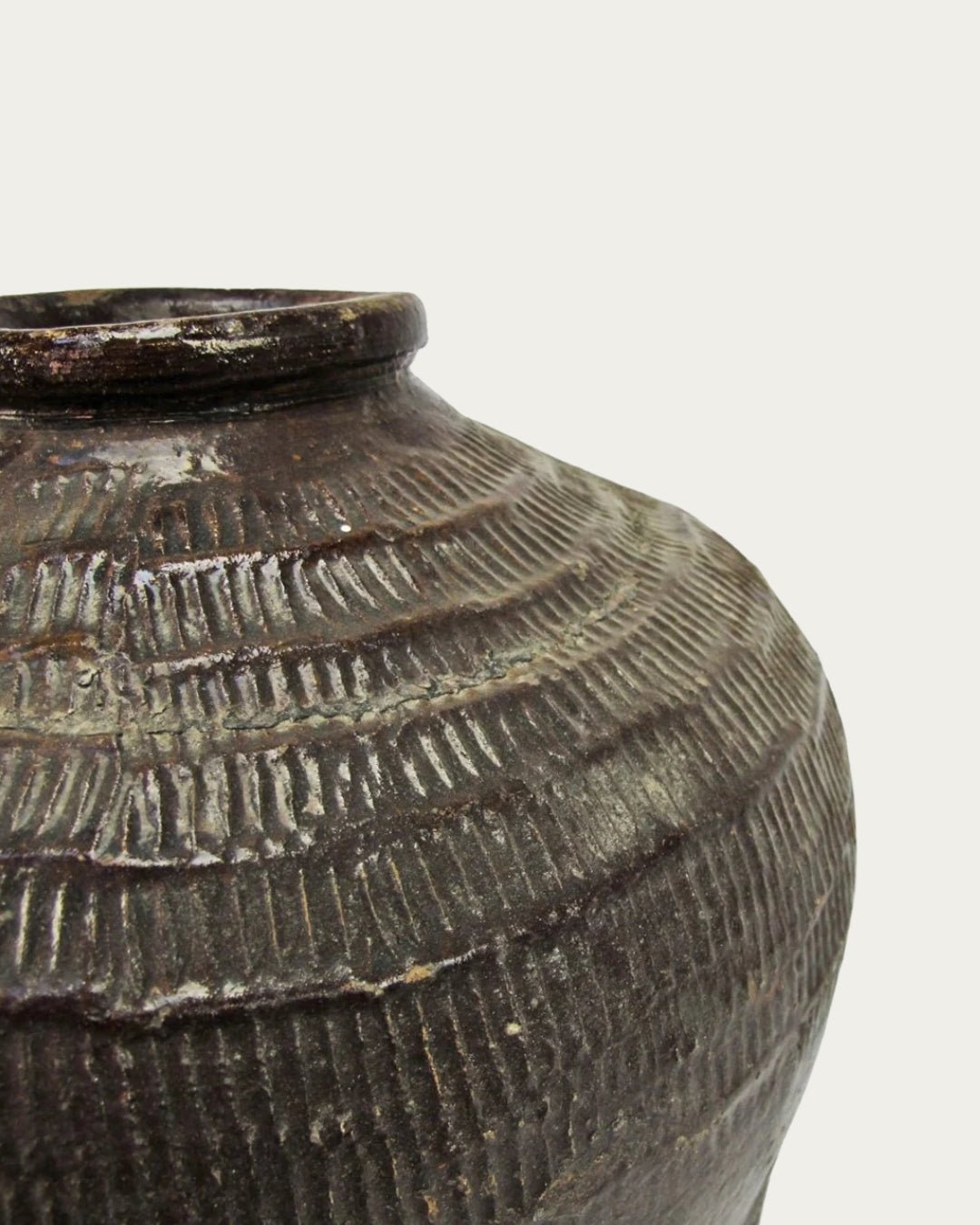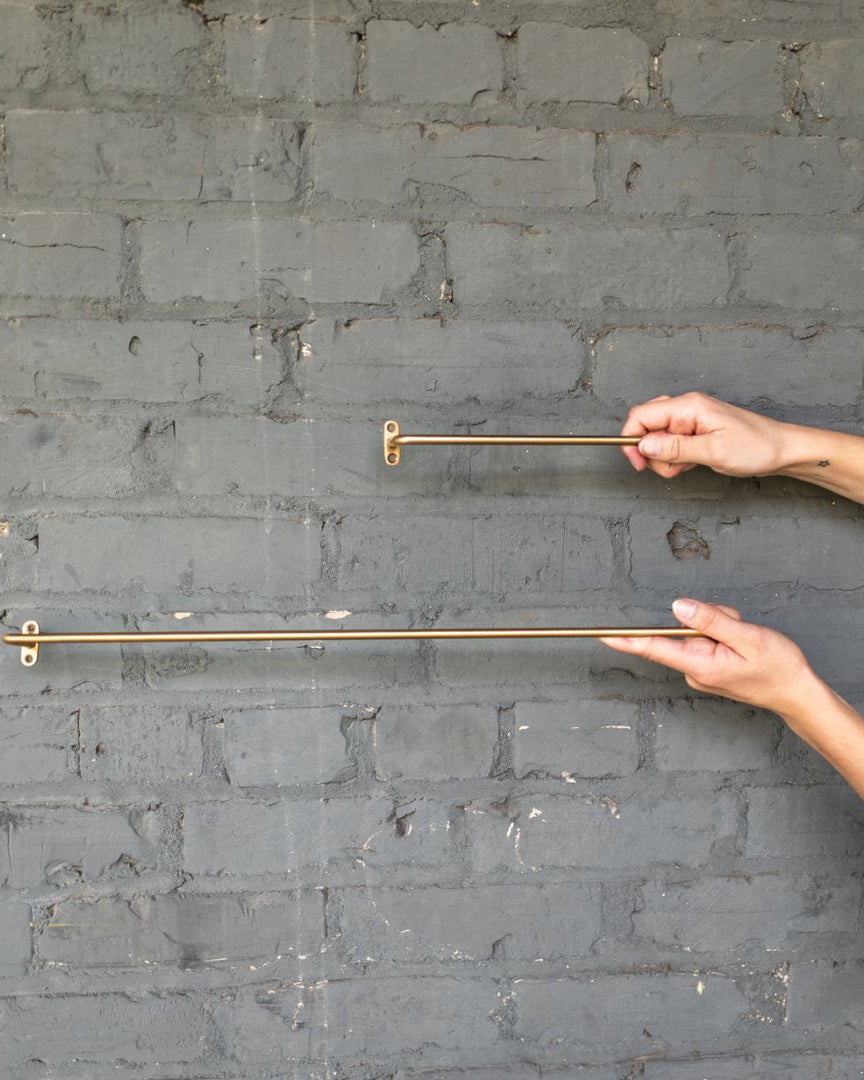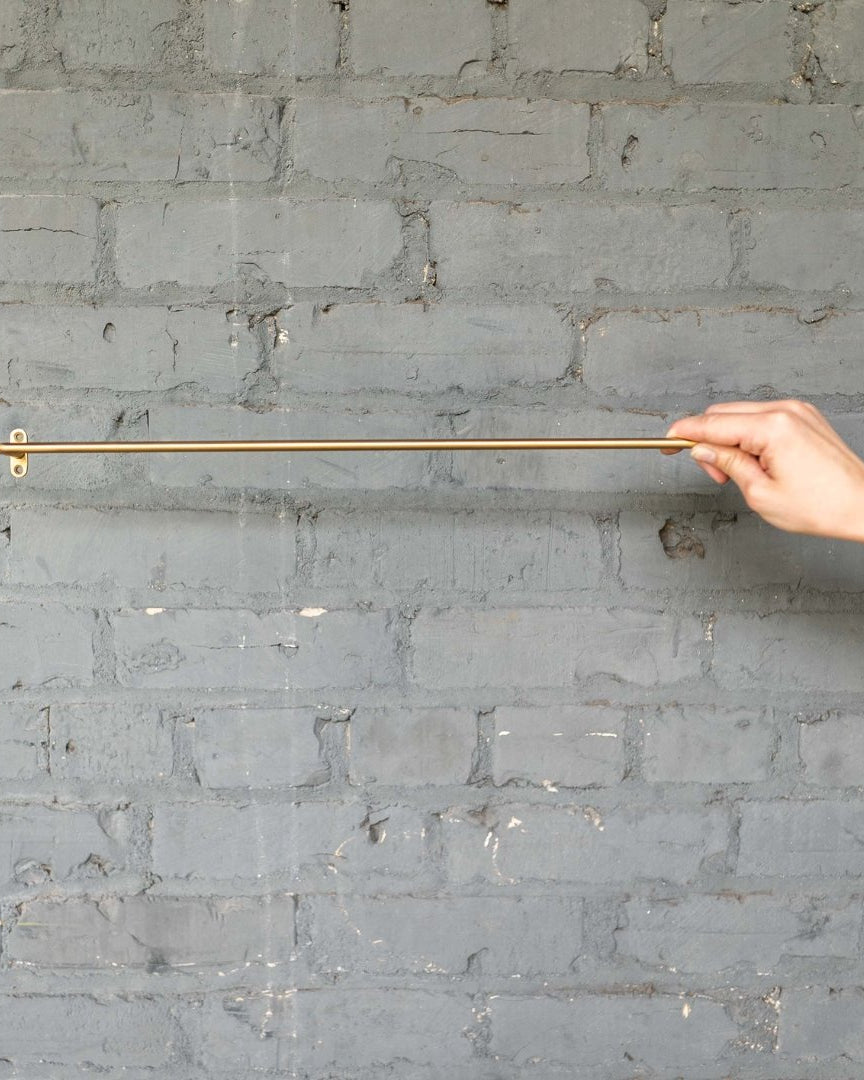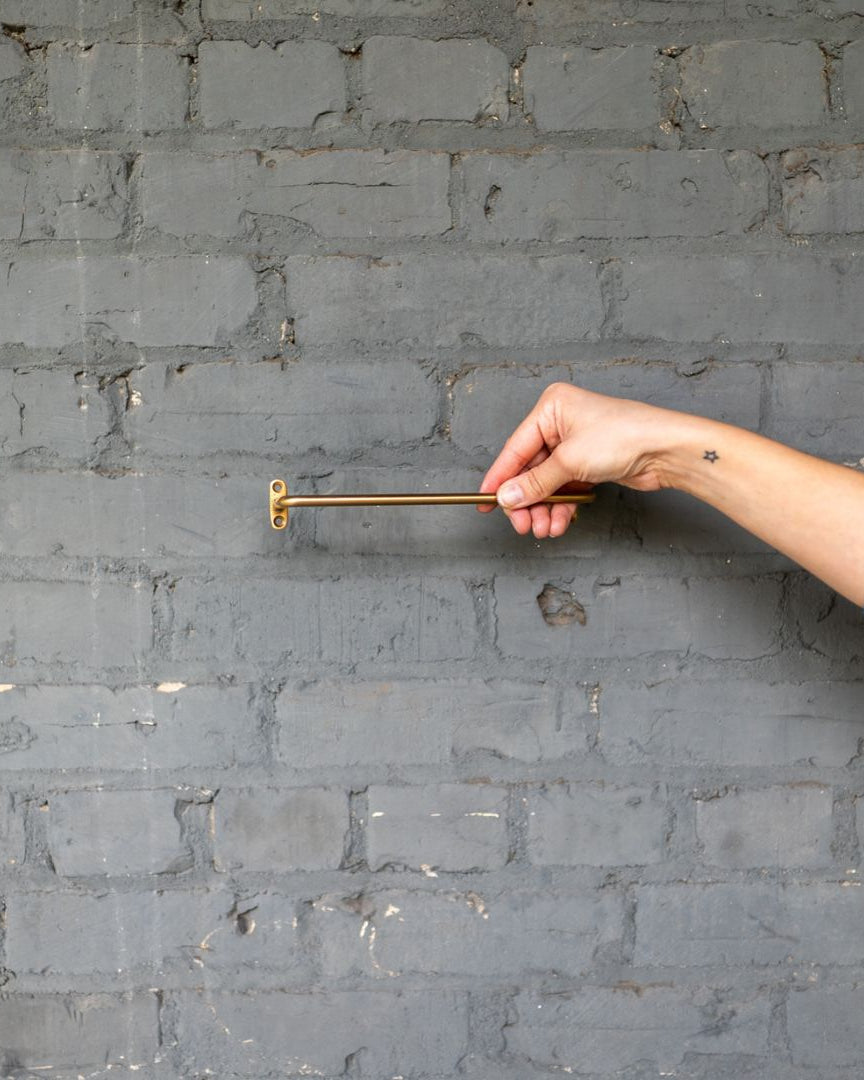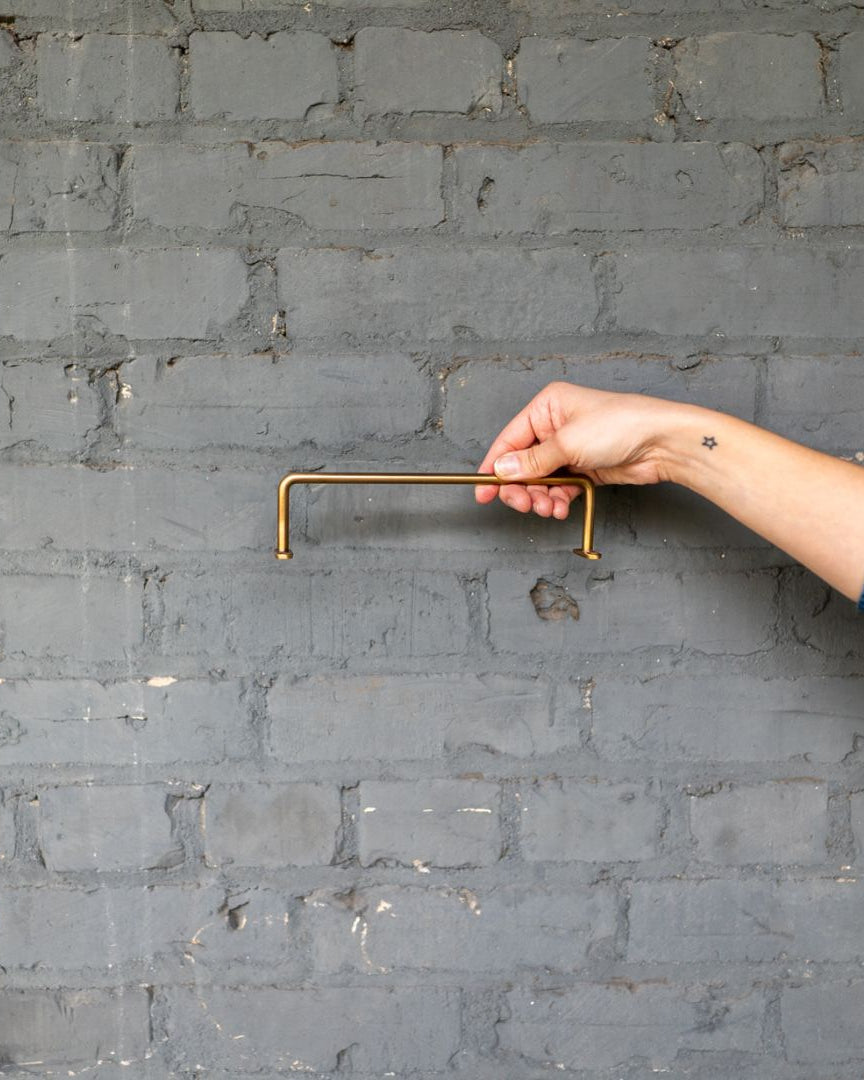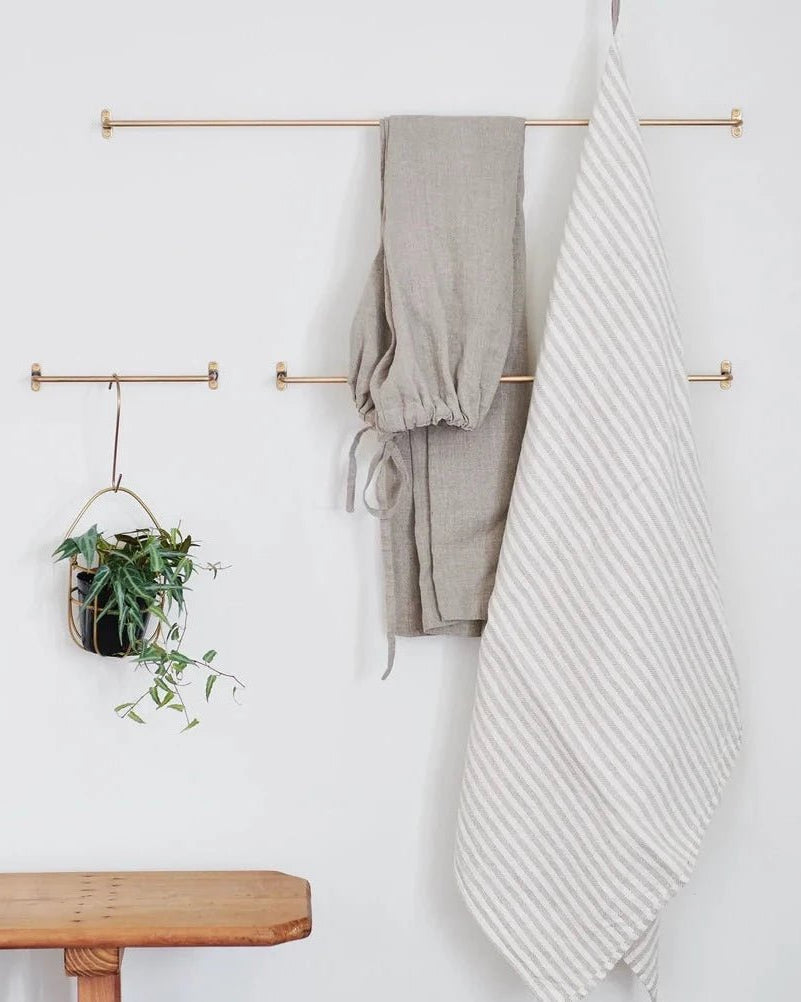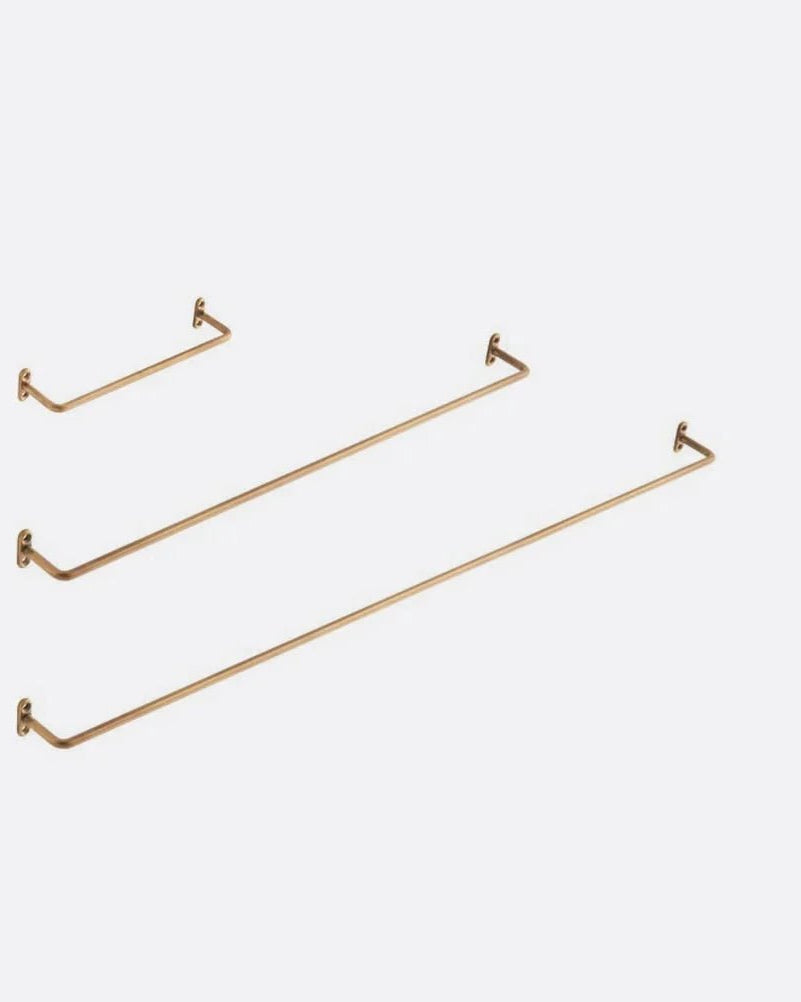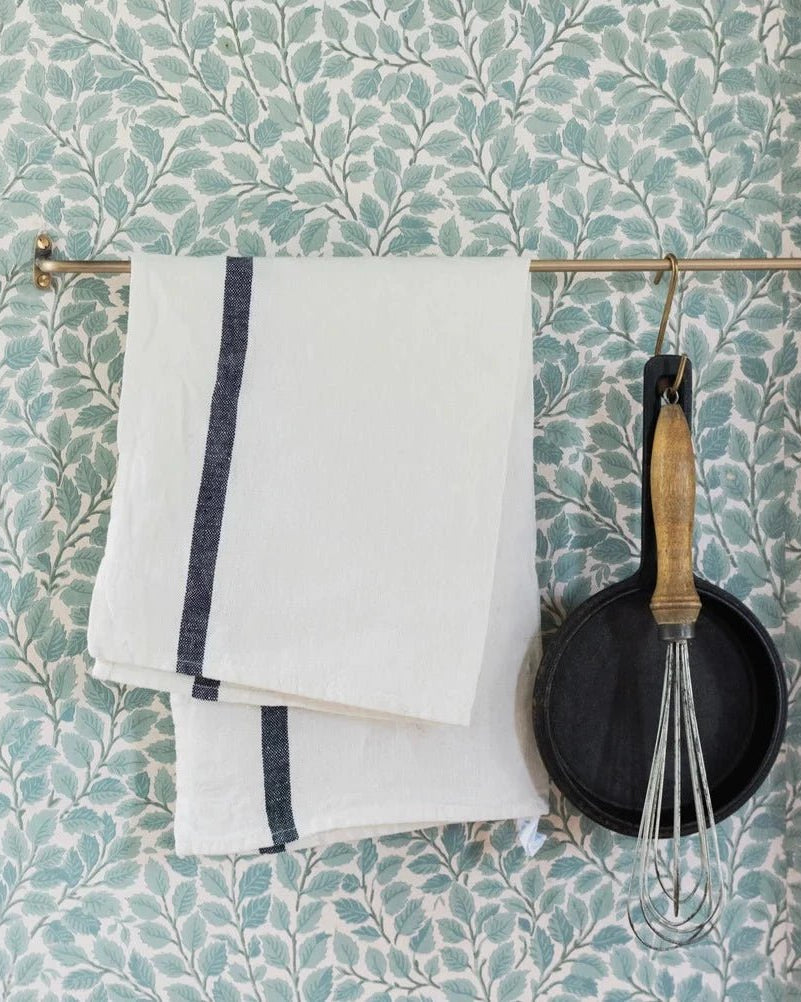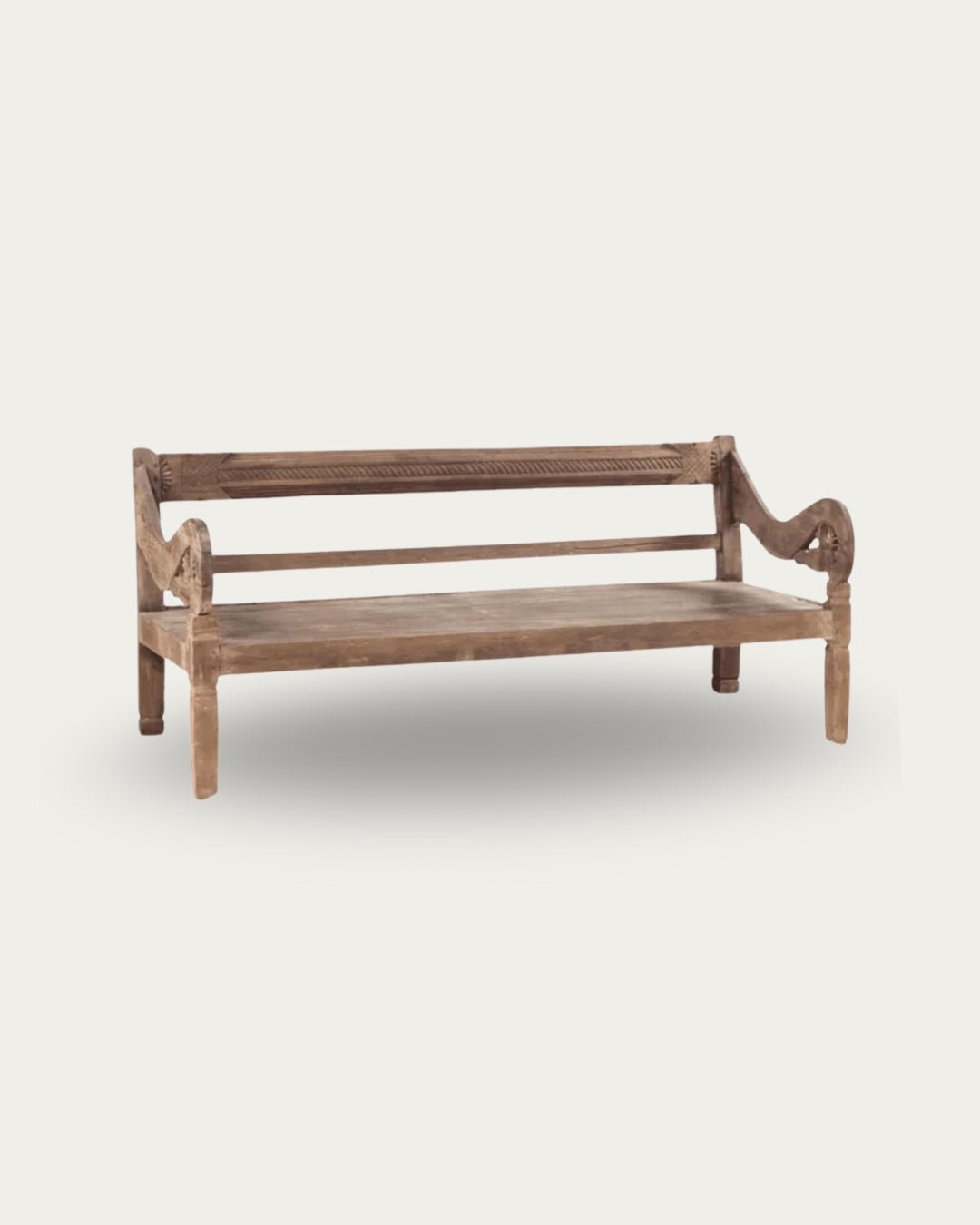A vintage sideboard isn’t just a piece of furniture—it’s a quiet anchor in the room, a witness to daily rituals, and a keeper of stories. Think of the times you’ve pulled out a favorite dish for a dinner party, set out your heirloom glassware, or tucked away clutter in a way that makes the space feel instantly calmer. That’s the understated power of a well-chosen sideboard: it balances function with character, offering storage while shaping the personality of the room.
There’s something inherently satisfying about the tactile presence of wood—the way its grain catches the light, the soft marks of age and imperfection, the subtle textures that beg to be touched. A vintage sideboard carries this tactile narrative, connecting you to the materials, the craftsmanship, and even the stories of homes it once belonged to. Each dent, knot, or uneven edge becomes part of its beauty—its authenticity.
At the same time, a sideboard is about practicality. Drawers, shelves, and doors provide discreet storage, keeping everyday clutter out of sight while giving you a surface for styling. From dining rooms to living spaces, these versatile cabinets act as both storage solution and design statement, proving that beauty and utility are not mutually exclusive.
In this blog, we’ll explore why a vintage sideboard is an essential piece for any home, how to choose one that fits your style and space, and ways to style it with confidence. Along the way, we’ll feature standout pieces from the Hello Norden sideboard collection, showing how form, function, and history come together to create furniture that feels alive in your home.
Browse the Hello Norden cabinets and storage collection to find the perfect piece that balances utility, and character presence in your space.
Why a Vintage Sideboard Transforms a Room
A vintage sideboard does something that ordinary storage cannot: it defines the space it occupies. Unlike modern, mass-produced cabinets that often fade into the background, a vintage sideboard carries presence and personality. Its silhouette sets a rhythm for the room—drawing the eye along its surface, grounding seating arrangements, and visually balancing walls. A well-chosen sideboard gives a room a sense of intention, suggesting that this space has been considered, curated, and lived in thoughtfully.
Sideboards are more than just furniture—they are anchors for the eye and the body. When positioned against a dining wall, they provide horizontal grounding that complements vertical elements like artwork, mirrors, or shelving. In a living room, a sideboard can act as a divider, creating a subtle boundary between zones without closing off light or space. In hallways, they serve as elegant staging points for seasonal décor or family photographs, blending function and artistry.
The Balance of Form and Function
What makes a vintage sideboard so compelling is the way it merges practical storage with visual weight. Unlike a simple cabinet or console, it has the ability to hold everyday essentials while simultaneously contributing to the room’s composition. Its depth, height, and proportions are deliberate: it needs to be substantial enough to carry the eye along its length, yet low enough to maintain openness and flow. The width of the piece allows for storage that doesn’t compromise style, while the design itself acts as a piece of sculptural furniture.
The Junia vintage wood sideboard illustrates this beautifully. Its solid wood construction and timeworn patina immediately give the room weight and presence. The hand-carved Far Eastern-inspired doors provide structure and rhythm, while the three to four reassembled doors conceal storage for linens, tableware, and everyday essentials. It’s a piece that demonstrates how function and style need not compete—each door, panel, and carved detail works together to create a sideboard that is both practical and visually arresting.
Vintage sideboards also have a temporal quality. Unlike minimalist pieces that feel disposable, their proportions and materials endure. The slight variations in wood, the subtle imperfections, and the handcrafted marks ensure the piece evolves with your space, gaining character as it ages. By bringing a vintage sideboard into a room, you’re not just adding storage; you’re adding a piece of history that anchors and humanizes the space.
Adding Character and Story
What truly sets a vintage sideboard apart is the story embedded in the materials. Each scratch, dent, and patina is a whisper of time. The wood itself bears the marks of age: knots, grain variations, and natural weathering that tell a story no mass-produced surface can. These details create a visual and tactile narrative—a table that invites touch, encourages presence, and subtly reminds us that perfection isn’t necessary for beauty.
Hand-carved details, geometric panels, and aged hardware add layers of personality to the piece. With a sideboard like the Junia Vintage Wood Sideboard, the combination of handcrafted woodwork and a timeworn finish turns storage into art. It’s a piece that doesn’t just sit in a room—it interacts with it. The doors hide items while the surface acts as a staging ground for curated décor: a ceramic vase, a stack of books, or a candle cluster. Each object layered on top complements the patina and character of the wood, highlighting the sideboard’s narrative rather than competing with it.
A vintage sideboard also has a psychological effect: its visual weight brings grounding to a space. Rooms with lighter, less substantial furniture can feel transient or incomplete, but a well-chosen vintage piece adds stability, inviting inhabitants to linger, entertain, or pause. In this sense, a sideboard doesn’t just store—it frames experiences.
Why It Becomes the Heart of a Room
Over time, a vintage sideboard becomes the heartbeat of a room. It’s the surface where guests place glasses, where family photographs are displayed, where daily rituals unfold. The patina and texture of the wood echo the life of the room, giving it warmth and a sense of continuity. Pieces like the Junia Vintage Wood Sideboard exemplify this, offering both functional storage and a visual anchor that gives the room a rhythm and purpose.
Every panel and carved detail invites the eye to linger. Every scratch and worn edge tells a story. In a dining room, it frames meals, gatherings, and celebrations. In a living space, it becomes a canvas for seasonal décor, art, and curiosities collected over time. By blending practicality with artistry, a vintage sideboard transforms the room into a place that feels curated yet lived-in, historic yet contemporary, functional yet meaningful.
Choosing the Right Vintage Sideboard for Your Space
Choosing a vintage sideboard is about more than picking a beautiful cabinet—it’s about how it interacts with your room, your lifestyle, and your aesthetic. The right sideboard transforms a space, providing practical storage while anchoring the room with visual weight and personality. From size and proportion to material, finish, and storage needs, each factor influences how a sideboard will feel in your home.
Size and Proportion
The first thing to consider is size and proportion. A sideboard should feel intentional without overwhelming the room. In a small dining area, a massive cabinet can crowd circulation and make the space feel cluttered. Opt for something narrower, but deep enough to hold essentials. Low profiles or streamlined designs help maintain flow while giving the room a grounded presence.
In a larger dining room, however, a sideboard can be more substantial, acting as a visual anchor that balances a wide table or open floor plan. Ample width allows for styling on the surface—lamps, plants, or curated objects—while still leaving room to walk comfortably.
The Berglind sideboard is a perfect example of a well-proportioned piece. Its reclaimed pine construction and rustic whitewash finish provide a visual anchor without feeling heavy. Two front doors conceal storage for tableware or linens, and its moderate height keeps the space feeling open. This sideboard shows how a thoughtfully sized piece can give structure to a room while allowing breathing room around it.
When evaluating size, also consider the scale relative to other furniture. A sideboard should complement your dining table, chairs, or surrounding seating, rather than compete with them. The right proportion ensures the sideboard enhances the room’s rhythm, acting as both storage and design punctuation.
Material and Finish
The material and finish of a vintage sideboard significantly influence the mood of a room. Reclaimed wood, distressed pine, and whitewash finishes each bring a different energy. Raw or weathered wood provides warmth, grounding a space with texture and subtle color variation. A whitewashed or light-toned finish can brighten a room, giving it a softer, airy feel while still retaining the authenticity of natural wood.
Texture is equally important. A smooth, polished surface communicates refinement and order, while hand-scraped wood or visible grain adds tactile interest and a sense of lived-in authenticity. Lighting interacts with texture, casting shadows along the grain and highlighting knots or carvings, making the sideboard feel alive in the room.
The Kaisa sideboard buffet exemplifies this balance. Crafted from reclaimed pine and elm, its soft washed finish allows every grain and knot to tell a story. The squared frame and grid-panel doors add subtle structure, while the neutral tone integrates seamlessly into multiple styles. This sideboard proves that the right material and finish can transform a utilitarian cabinet into a piece that radiates warmth and intention.
When choosing materials, also consider durability. Kitchens and dining areas are high-traffic zones; wood that can withstand occasional spills or bumps without losing character is ideal. The finish should be both protective and aesthetically complementary, letting the piece age gracefully over time.
Storage Needs and Functionality
A sideboard’s storage capabilities are just as critical as its visual presence. Consider how many doors, drawers, and shelves you require. Open shelving can display curated items but requires styling and upkeep to avoid clutter. Closed storage keeps essentials out of sight, maintaining a calm, orderly aesthetic. A combination of both often works best.
Think about what you plan to store. Dishes, linens, barware, or even books and electronics? Choose a layout that fits your needs. Drawers are perfect for smaller items, while wide shelves handle plates, serving trays, or stackable baskets. Adjustable shelving adds flexibility, allowing the piece to adapt as your storage needs evolve.
The Mari provincial hutch demonstrates functional versatility. With two outer doors revealing shelves inside, it offers ample space for dishes or collectibles while keeping them dust-free. Its distressed, hand-painted finish adds character, and its design allows it to function both as a buffet in the dining room and as a statement storage piece in a living area.
Balancing storage and design is key. A sideboard that is too utilitarian can feel heavy and uninspired, while a purely decorative piece without practical storage fails its purpose. The best vintage sideboards harmonize both aspects, delivering form, function, and personality in one cohesive piece.
Styling Your Vintage Sideboard
A vintage sideboard is more than a storage unit; it’s a canvas for styling, a surface for ritual, and an anchor for visual composition. Its form and texture allow you to layer objects, create rhythm, and define zones, whether in a dining room, living area, or entryway. Knowing how to place and style your sideboard is key to making it feel intentional rather than just utilitarian.
As a Dining Room Storage Solution
In the dining room, a sideboard is often the unsung hero—quietly organizing plates, glassware, linens, and serving pieces while setting the tone for the table it accompanies. Placement matters: position it against a wall to define the room’s flow, or under a mirror or artwork to draw the eye upward and create a sense of balance. The surface itself becomes a stage for small collections—candles, vases, or a carefully arranged tray of wine glasses.
The Berglind sideboard exemplifies this principle. Its reclaimed pine construction with subtle hand-carved detailing adds texture and character, while the whitewashed finish keeps it light and approachable. Behind its two doors, shelves conceal dining essentials, leaving the top surface free for styling. Whether you use it to host a weekend brunch or a holiday dinner, it balances functionality with visual interest, grounding the dining room while adding personality.
When styling a sideboard in this setting, think layering rather than clutter. A low stack of books can anchor a ceramic vase, while a tray can corral glassware or serve as a visual break. The right combination gives the piece a sense of life and makes it feel like a part of the room’s daily rhythm.
Multipurpose Use in Living Spaces
Vintage sideboards are surprisingly versatile beyond the dining room. They can act as media consoles, entryway storage, or general display surfaces in living rooms. Their horizontal form creates a visual base for styling decorative objects, while still offering hidden storage to keep everyday clutter out of sight.
The Sóley salvaged door buffet is an ideal example. With its repurposed vintage doors and edgy whitewashed finish, it brings character to an entryway or living space, turning functional storage into a conversation piece. Layered styling—think books, vases, a small lamp, or a collection of curated objects—enhances its presence without competing with the room’s architecture. The subtle imperfections in its salvaged wood emphasize the authenticity of the piece, creating a tactile, inviting surface that encourages interaction and adds depth to the space.
Multipurpose styling works best when you mix height, texture, and material. Taller items like lamps or sculptural objects draw the eye upward, while smaller elements like plants or bowls create intimacy and warmth. The sideboard becomes a living, breathing element of the space—a foundation for both storage and personality.
Why Reclaimed Wood Matters
Reclaimed wood carries more than structural integrity—it carries a story. In a world dominated by uniformity and mass production, reclaimed wood sideboards offer authenticity, character, and a tactile warmth that instantly changes the feel of a room. Each knot, crack, and mark is a reminder of the material’s previous life, embedding history into your living space. When you choose a vintage sideboard made from reclaimed wood, you’re not just adding storage; you’re giving the room a piece of living history.
Sustainability Meets Style
Choosing reclaimed wood is an eco-conscious decision with tangible benefits. By reusing materials that would otherwise go to waste, you reduce environmental impact while honoring the craftsmanship of a bygone era. The process preserves the wood’s natural textures—grains, knots, and subtle imperfections—bringing visual and tactile depth to a space that new wood often lacks.
The Kaisa sideboard buffet perfectly illustrates this balance of sustainability and style. Built from reclaimed pine and elm, its soft washed finish allows every grain and knot to tell its story. The squared frame and grid-panel doors give structure while the three-door layout hides everyday clutter, making it practical without losing character. Its presence in a dining room or hallway anchors the space with quiet confidence, proving that sustainable design can feel authentic, warm, and functional.
The Personality of Imperfection
One of the most compelling qualities of reclaimed wood is its imperfection. Unlike machine-milled furniture that prioritizes uniformity, reclaimed wood celebrates variation. A single board may show weathering, nail holes, or unique color shifts; another may have subtle warping or uneven edges. These marks aren’t flaws—they’re the personality of the piece.
The tactile texture invites touch, while the visual details catch the eye, making every sideboard a one-of-a-kind element in your home. Imperfections also give the piece a sense of narrative: the wood has lived, endured, and now becomes part of your story. Whether it’s the natural grain of a Kaisa Sideboard Buffet or the rustic whitewash of a Berglind Sideboard, reclaimed wood adds authenticity and soul to a space that no mass-produced furniture can replicate.
Common Mistakes When Choosing a Vintage Sideboard
Even a well-chosen vintage sideboard can feel off if a few key factors are overlooked. While these pieces carry history, character, and visual weight, the wrong scale, materials, or layout can turn a statement piece into a source of frustration. By understanding common pitfalls, you can ensure your sideboard enhances both function and style.
Ignoring Scale
One of the most frequent mistakes is ignoring the scale of the sideboard relative to the room. A cabinet that’s too large for a small dining area can dominate the space, making movement awkward and leaving little room for other furniture. Conversely, a sideboard that’s too small in a large room can feel lost, failing to provide the grounding effect it was meant to deliver.
Scale isn’t just about the width or height of the piece; it’s also about visual presence. A bulky sideboard in a minimalist space can feel imposing, while a delicate cabinet in a maximalist dining room might vanish against patterned walls or layered décor. Take the time to measure the area, consider walking paths, and envision how the piece will interact with your dining table, chairs, and surrounding furniture. A perfectly scaled vintage sideboard should feel deliberate, anchoring the room without overpowering it.
Overlooking Storage Functionality
A vintage sideboard should balance form and function. Many people fall into the trap of choosing a piece purely for its aesthetic appeal, only to discover that it doesn’t meet practical needs. Too few shelves or drawers, limited depth, or doors that open awkwardly can reduce usability, leaving items cluttering countertops or hidden in other storage.
When evaluating a sideboard, consider your specific storage requirements. Do you need room for china and glassware? Space for linens and table accessories? Adjustable shelves or multi-purpose compartments? The best vintage sideboards combine beauty with intuitive design, so your collection of dishes, books, or barware is both accessible and neatly stored. A piece that looks great but fails to function efficiently will quickly lose its purpose.
Neglecting Material and Finish
The material and finish of a vintage sideboard play a critical role in how it feels in the space. A wood tone that clashes with your floors or walls can make the room feel disjointed, while an overly glossy finish may overpower the subtle textures of the room.
It’s also worth considering tactile qualities. Reclaimed wood, distressed pine, or hand-painted finishes create warmth and authenticity, whereas perfectly uniform or lacquered surfaces can feel flat in comparison. Textures, grains, and natural imperfections contribute to a sense of depth and grounding, making the piece feel alive rather than decorative. Taking the time to choose a finish that complements your existing furniture, décor, and color palette ensures that the vintage sideboard integrates seamlessly, rather than feeling like an afterthought.
The Long-Term Value of a Vintage Sideboard
A vintage sideboard is more than a fleeting trend—it’s an investment in both function and character. Unlike mass-produced furniture that can feel disposable, a well-crafted sideboard carries durability, history, and the ability to evolve alongside your home. Its value isn’t just measured in years; it’s measured in presence, personality, and how it enhances the rhythm of everyday life.
Longevity of Materials
At the heart of a vintage sideboard is solid wood—often reclaimed or hand-selected for both durability and visual depth. Woods like pine, elm, or mango are built to withstand decades of use, aging beautifully with subtle changes in patina and texture. Unlike synthetic alternatives, the natural properties of these woods make them resilient, and each scratch, dent, or worn edge only adds to the table’s story.
Craftsmanship matters just as much as materials. Hand-carved panels, precise joinery, and attention to proportion ensure the piece isn’t just beautiful, but also structurally sound. A sideboard like this doesn’t just hold your dishes or linens—it holds up to daily life, from setting down heavy trays to concealing the occasional clutter, without compromising its integrity.
Investment in Style and Story
A vintage sideboard is an investment in style as much as in utility. Its aesthetic appeal remains relevant because it carries authenticity and narrative, elements that mass-produced furniture often lacks. Over time, as it gathers subtle marks from use, its personality deepens, making it a piece that feels truly part of your home.
This combination of form and history ensures that the sideboard retains its functional and aesthetic value. It doesn’t fade into the background or become obsolete with fleeting design trends. Instead, it continues to anchor rooms, complement interiors, and inspire new styling choices as your space evolves. Its storytelling quality—the grain, the patina, the handcrafted details—makes it impossible to replicate, giving it a unique presence.
Collectible and Heirloom Potential
Perhaps the most compelling aspect of a vintage sideboard is its potential to become an heirloom. Pieces built with quality materials and careful craftsmanship can be passed down through generations, carrying not just objects, but memories. A sideboard might start as the functional hub of a contemporary dining room and later become a treasured piece in a new home, retaining the marks of both its past and present.
When selecting a vintage sideboard, consider its long-term presence. Solid construction, and authentic finishes are the hallmarks of pieces that will endure style trends and daily use, making them ideal for anyone looking to invest in furniture that truly lasts. Each scratch and worn edge becomes part of its legacy, enriching its value as both a functional object and a vessel of story.
Final Word
A vintage sideboard is more than just a storage solution—it’s a piece that anchors a room, brings warmth, and adds a sense of history. Its solid wood construction, handcrafted details, and natural imperfections make it a furniture piece that feels alive, tactile, and deeply personal. From dining room storage to styling opportunities in living rooms or hallways, a vintage sideboard balances practicality and personality, giving any space structure and rhythm without sacrificing authenticity.
These pieces are investments in both function and story. They hold your dishes, linens, and treasures while also carrying the marks of history and craftsmanship, enriching the room with texture and visual depth. Whether it’s the clean, deliberate lines of a minimalist interior or the layered warmth of a more traditional space, a vintage sideboard adapts, enhances, and endures.
Bring this combination of utility, character, and authenticity into your home by browsing the Hello Norden cabinets and storage collection. Each piece is crafted to offer storage, style, and a story that’s ready to become part of your space, helping you create a home that feels curated, grounded, and unmistakably lived-in.
FAQ: Vintage Sideboards and How to Choose Them
1. What makes a vintage sideboard different from a modern cabinet?
A vintage sideboard carries history and personality that mass-produced furniture cannot replicate. Every scratch, knot, and handcrafted detail adds character, making it a tactile, visually engaging piece. Unlike standard cabinets, vintage sideboards act as both storage and design statement, anchoring the room while telling a story.
2. How do I choose the right size?
Scale is key. In small dining rooms, choose a low-profile, narrow sideboard to maintain flow. In larger spaces, a wider piece anchors the room and offers more surface for styling. The Berglind Sideboard is a versatile option, offering generous storage without overwhelming the space. Always measure your walls and ensure there’s breathing room around the piece.
3. What materials are best for vintage sideboards?
Solid wood—especially reclaimed wood or hand-selected timber—offers durability and authentic texture. Pine, elm, and mango wood age beautifully, developing patina over time. The Kaisa Sideboard Buffet shows this perfectly, with soft washed wood highlighting knots and grain for a lived-in feel.
4. How much storage do I need?
Consider what you’ll store: dishes, linens, barware, or collectibles. Sideboards with drawers, shelves, and doors offer flexible options. The Mari Provincial Hutch combines closed storage with shelves, keeping items dust-free while maintaining a stylish profile. Choose a layout that balances function with accessibility.
5. Can a vintage sideboard work in living spaces?
Yes. Sideboards are versatile: they can serve as media consoles, entryway storage, or decorative display surfaces. The Sóley Salvaged Door Buffet works beautifully in living rooms, blending reclaimed wood with unique, one-of-a-kind detailing. Styled with books, plants, or a lamp, it becomes a focal point while providing hidden storage.
6. How do I mix a vintage sideboard with modern interiors?
Vintage sideboards add warmth and texture to clean, minimalist spaces. Pair the worn wood or distressed finishes with neutral furniture, sleek lines, and curated accessories. A single statement sideboard introduces personality without overwhelming the room. Layer height and texture with lamps, ceramics, or small art objects to highlight the piece.
7. How do I care for a vintage sideboard?
Dust regularly with a soft cloth.
Use mild wood cleaner when needed.
Avoid placing hot objects directly on the surface.
Apply wood conditioner or wax periodically to maintain the finish.
Proper care ensures your vintage sideboard continues to evolve gracefully, preserving both its beauty and utility.
8. Why does a vintage sideboard feel personal?
Each piece is unique, with its own wood grain, patina, and marks. Over time, it collects the stories of your home—displaying your objects, holding your essentials, and becoming part of your daily life. Unlike generic furniture, a vintage sideboard offers tactile connection, authenticity, and lasting presence.
9. Are vintage sideboards worth the investment?
Absolutely. A well-crafted sideboard provides durable storage, enriches the room with texture and personality, and often appreciates in value as a collectible piece. They combine function, story, and authenticity, making them a long-term investment for both your home and your aesthetic.





